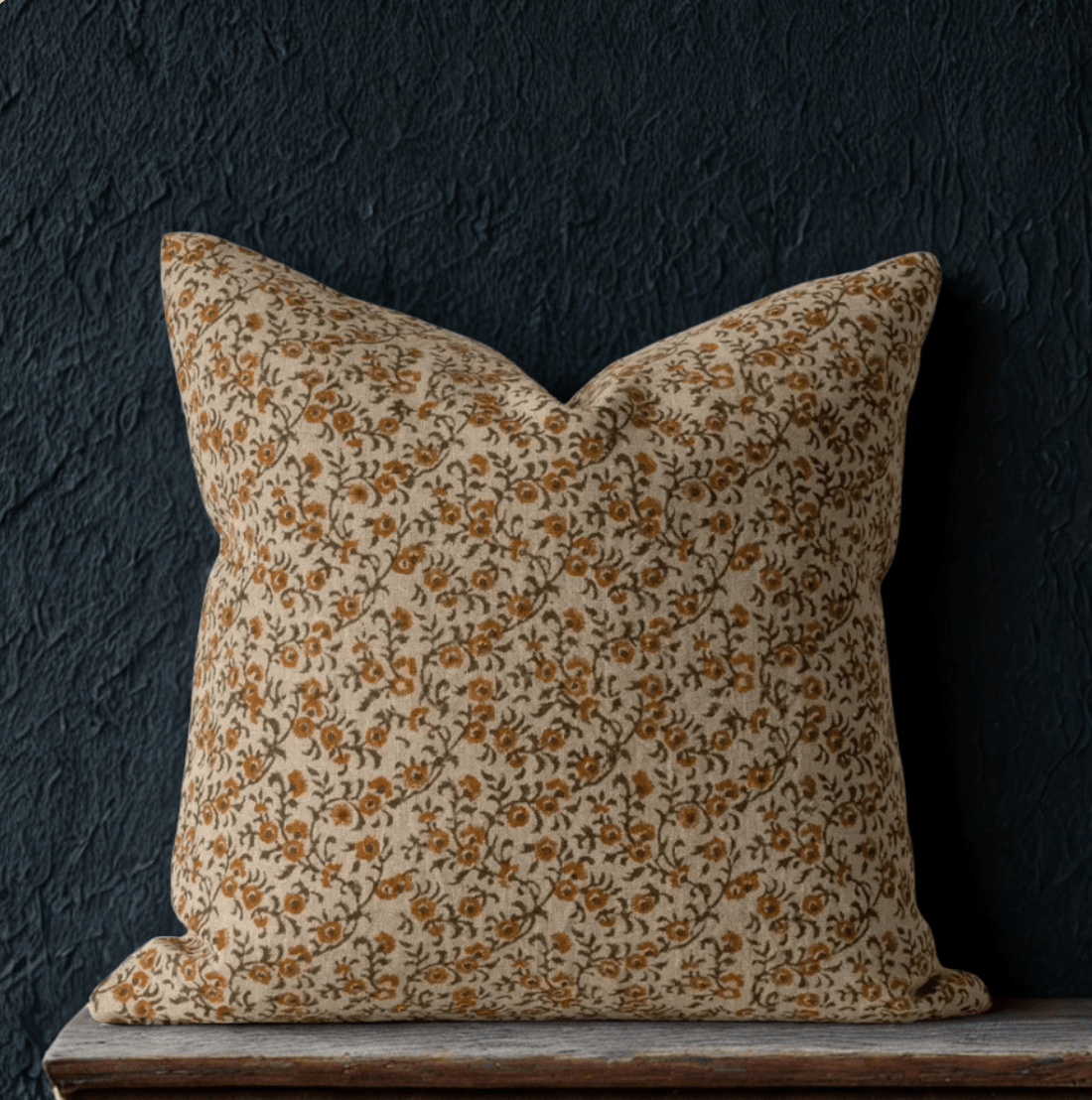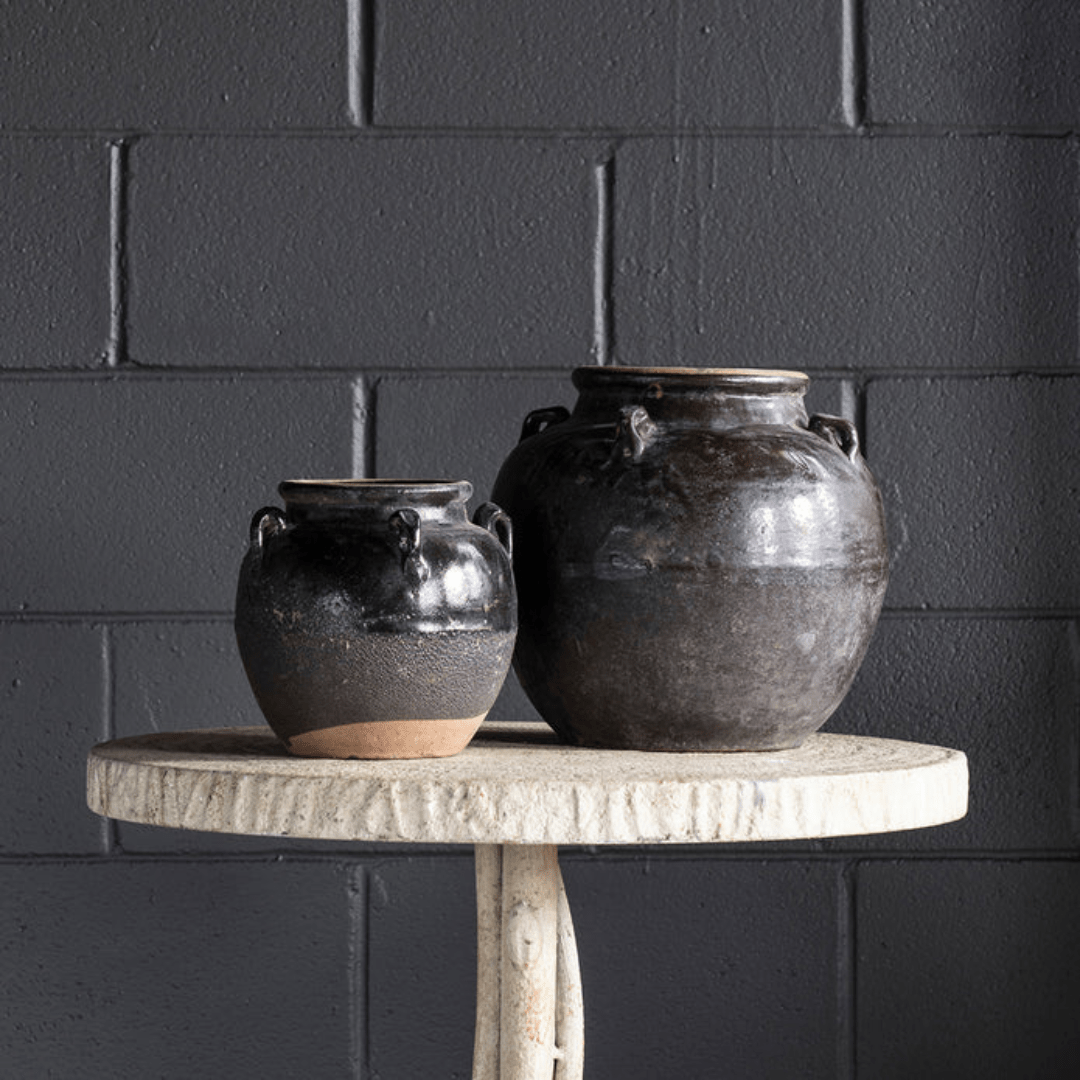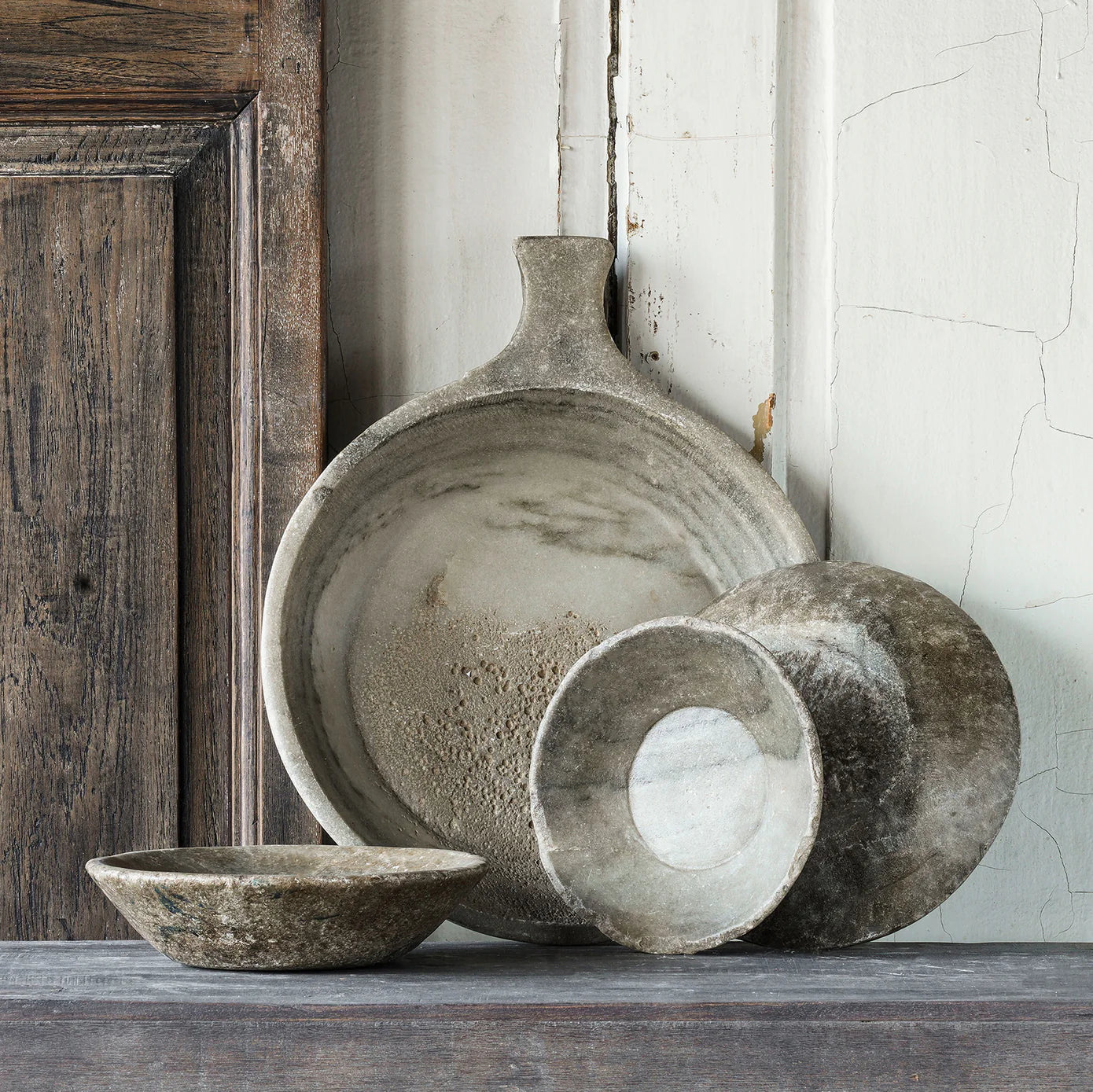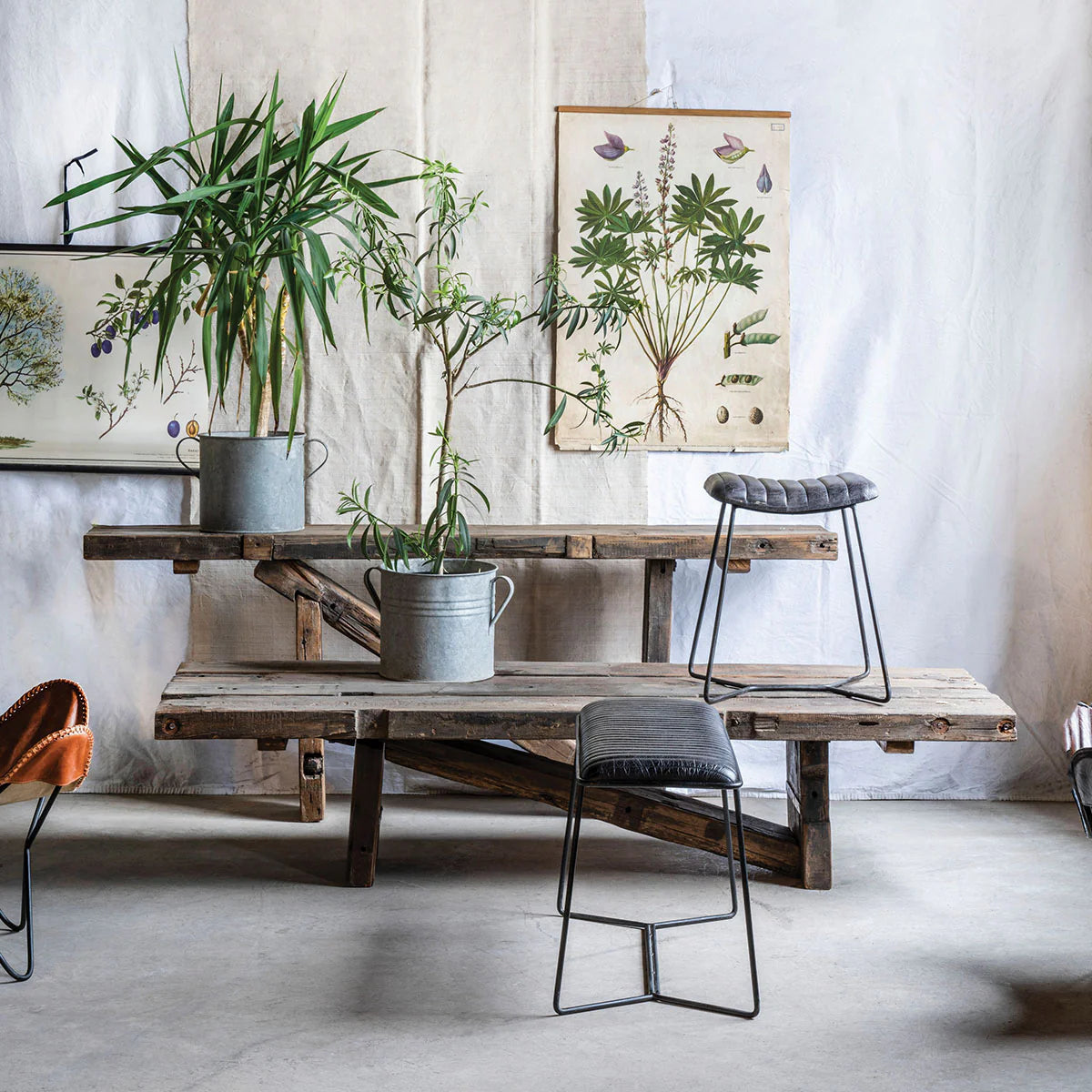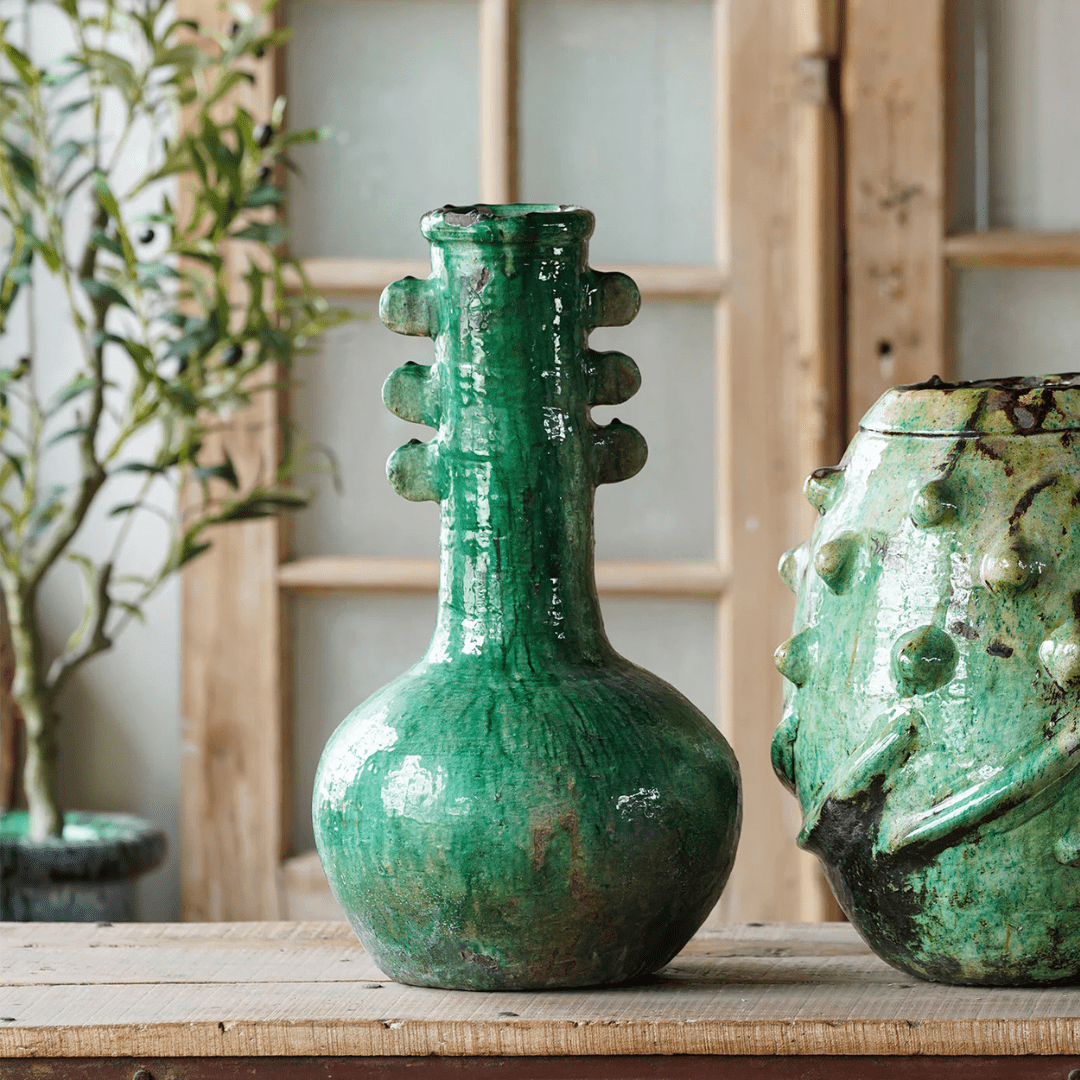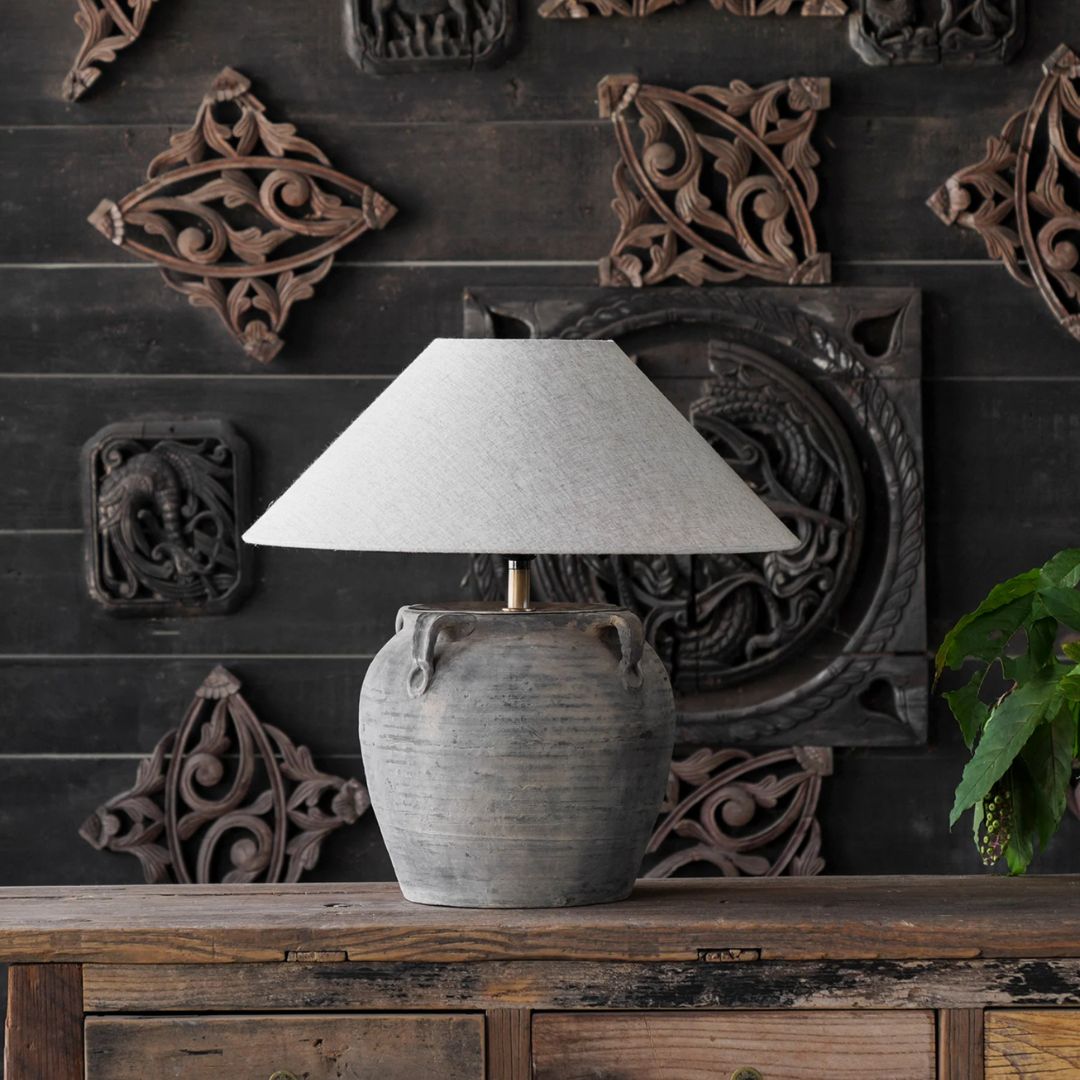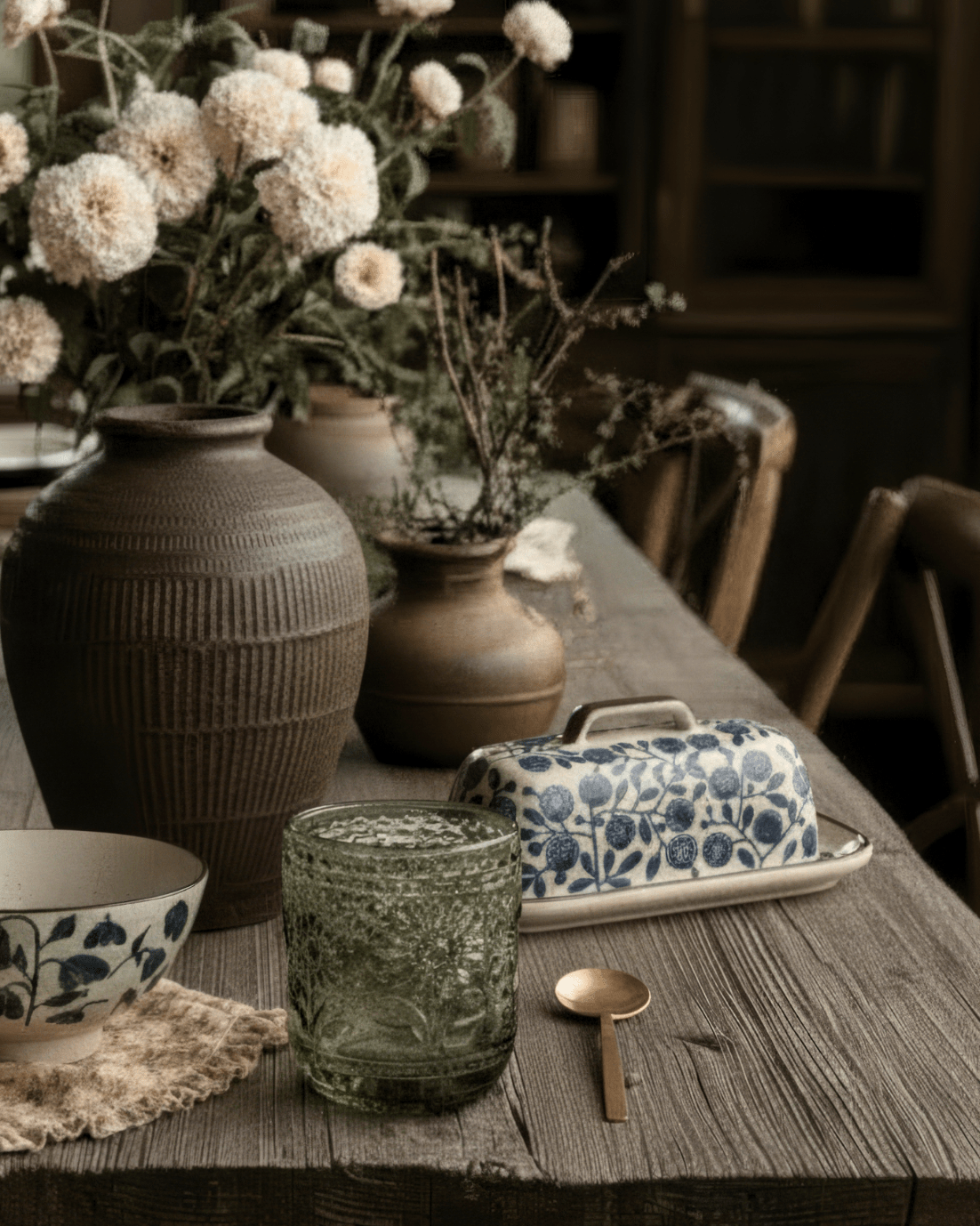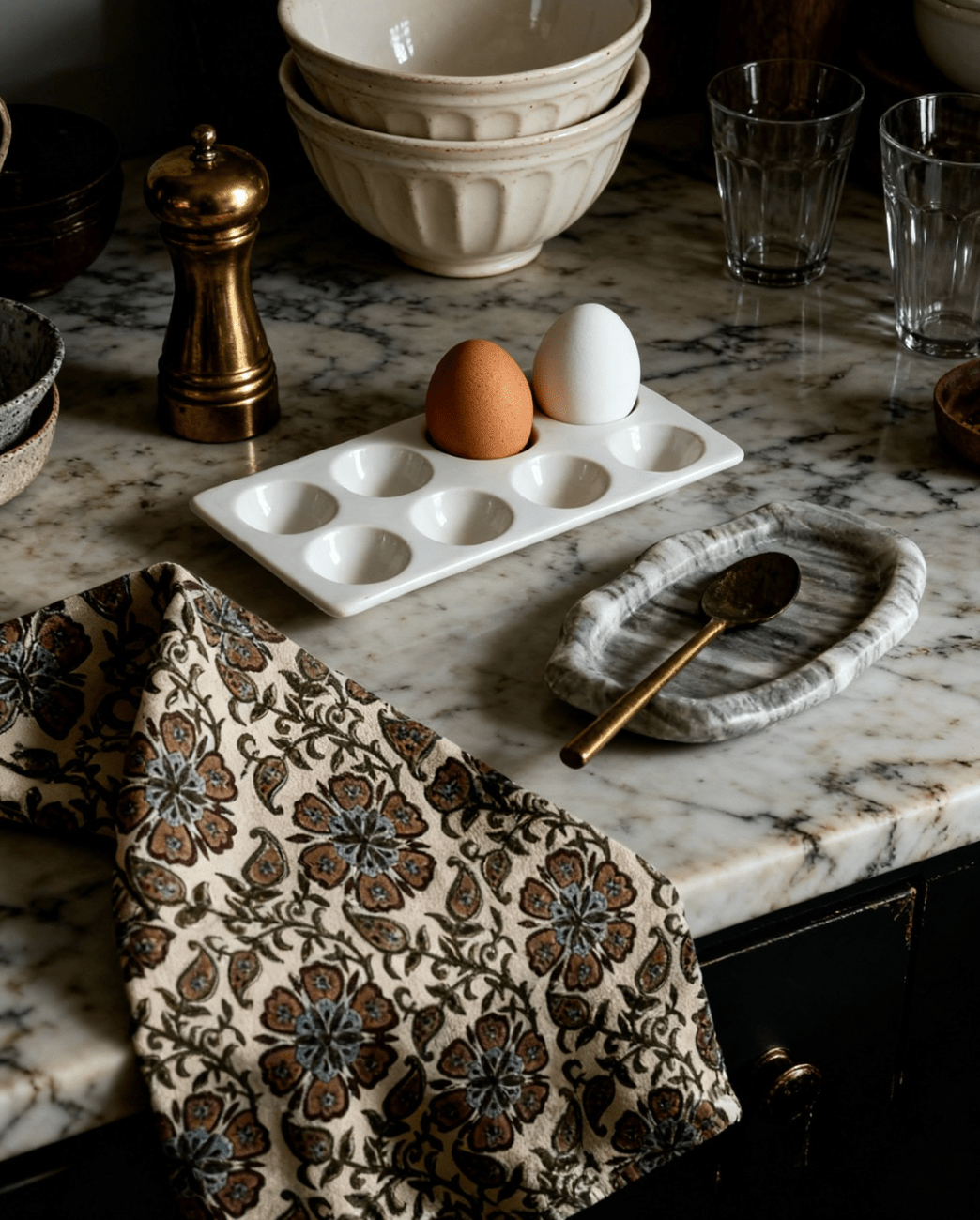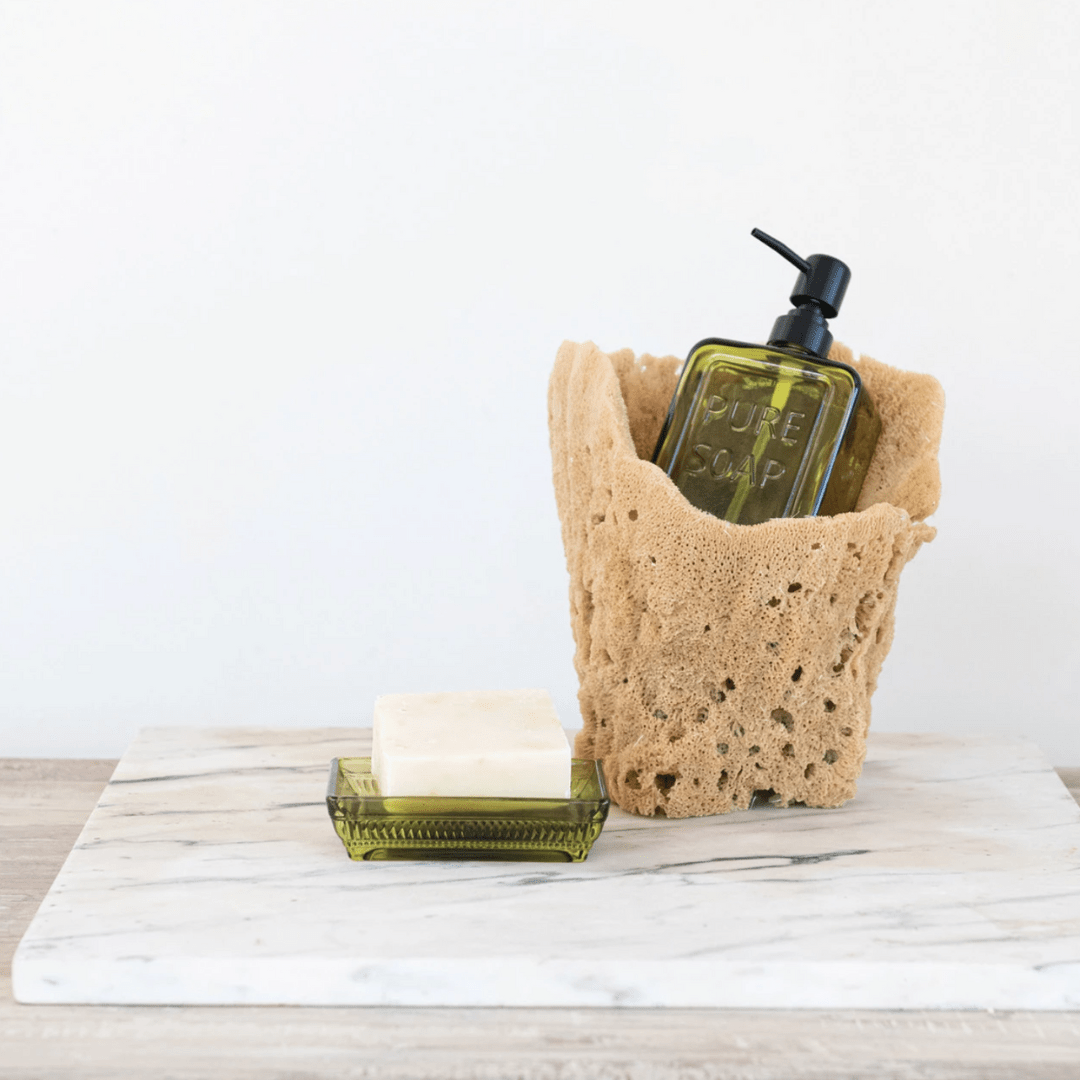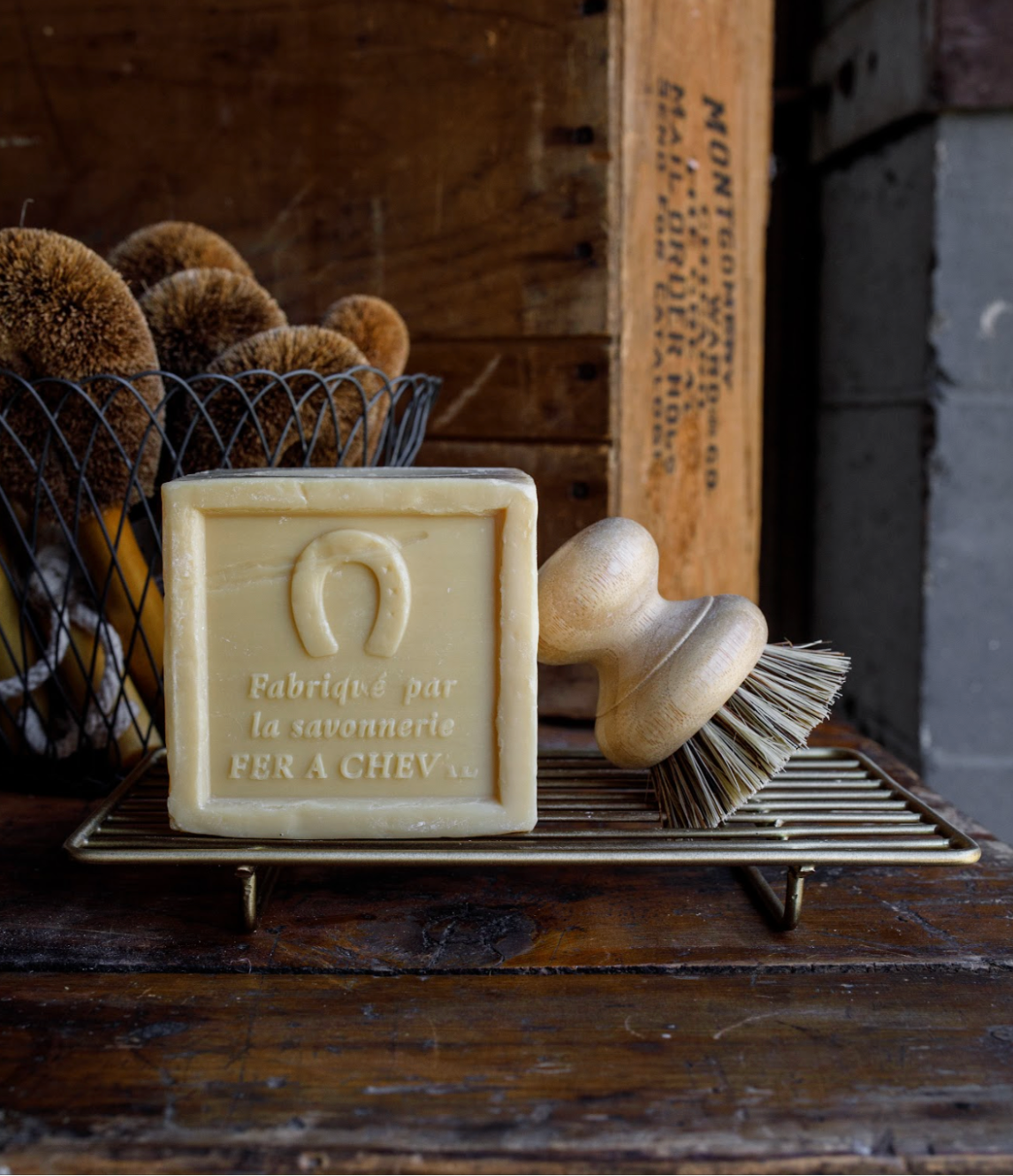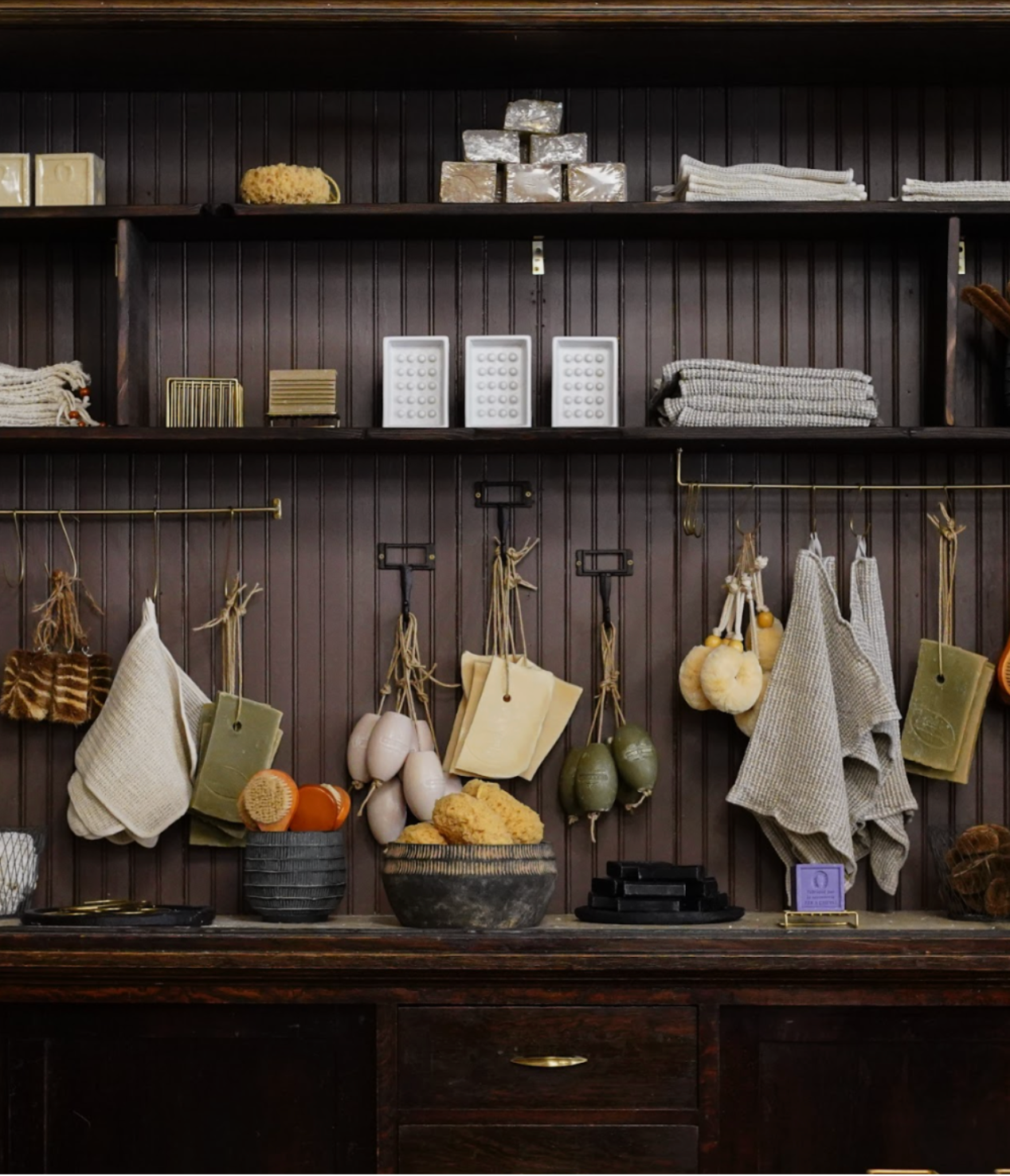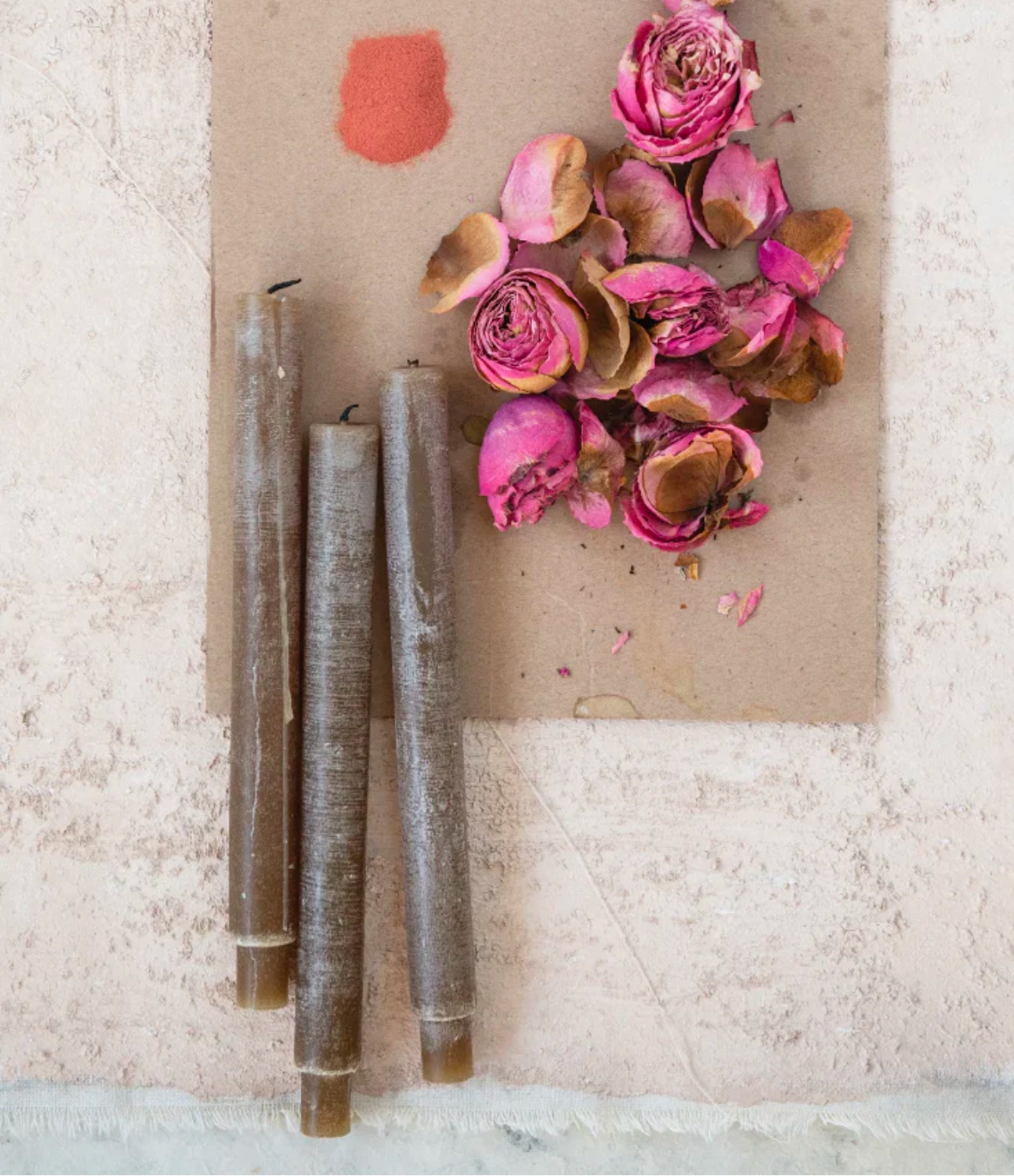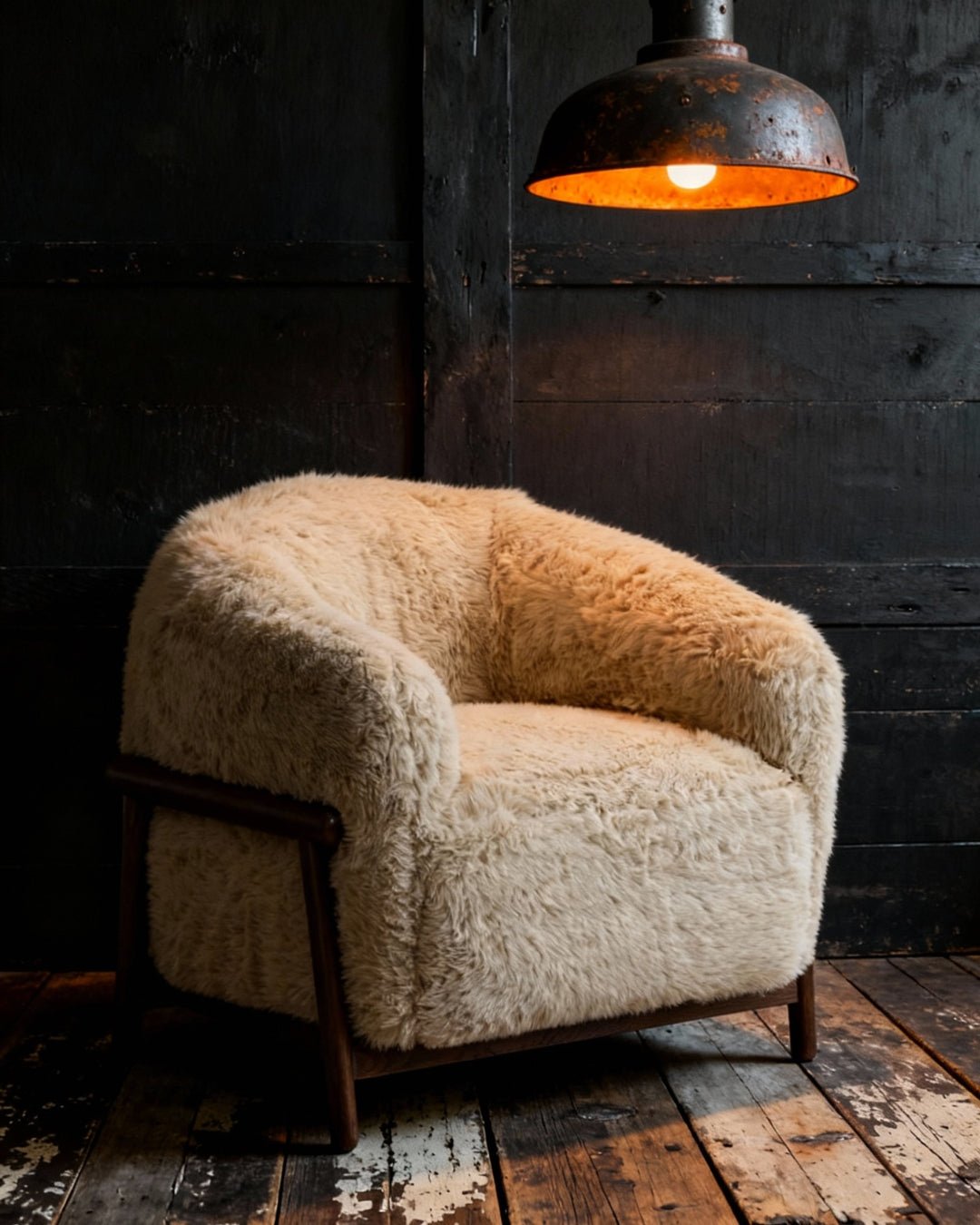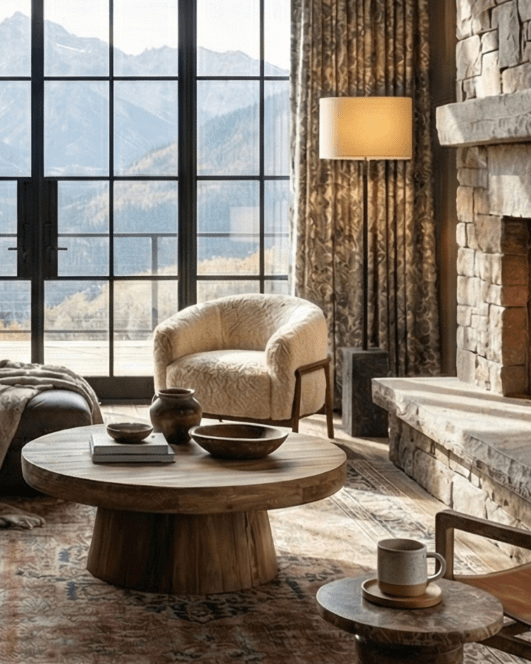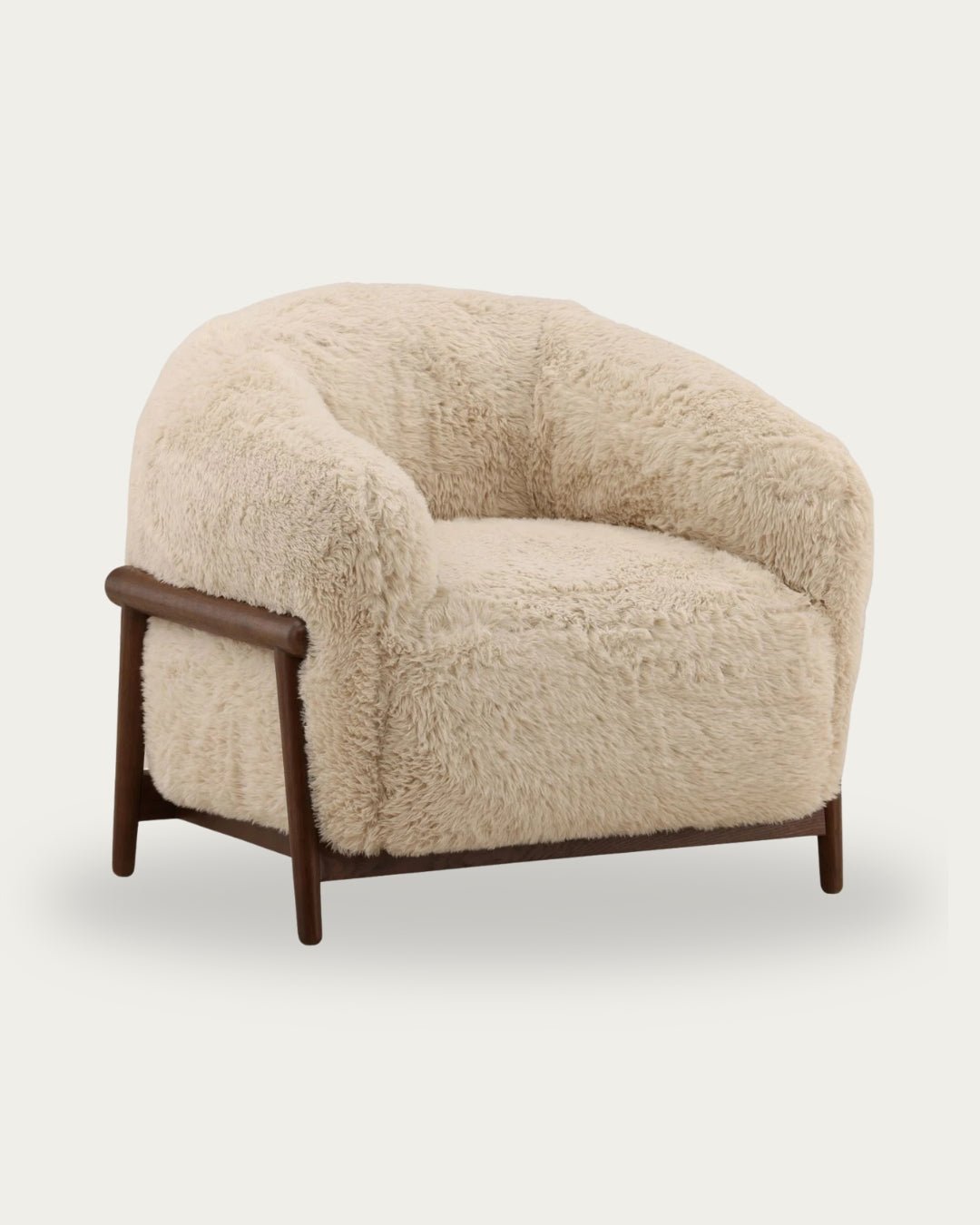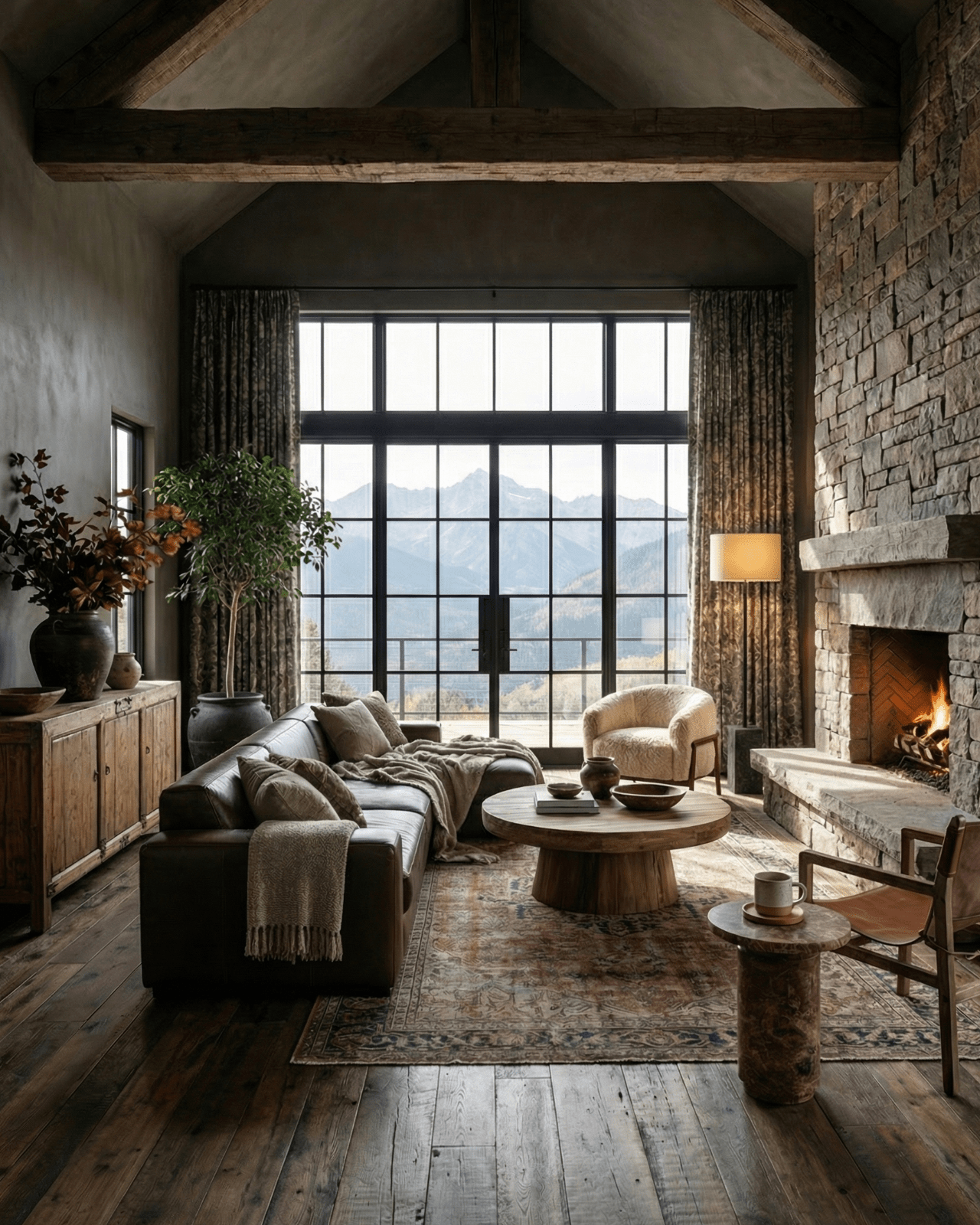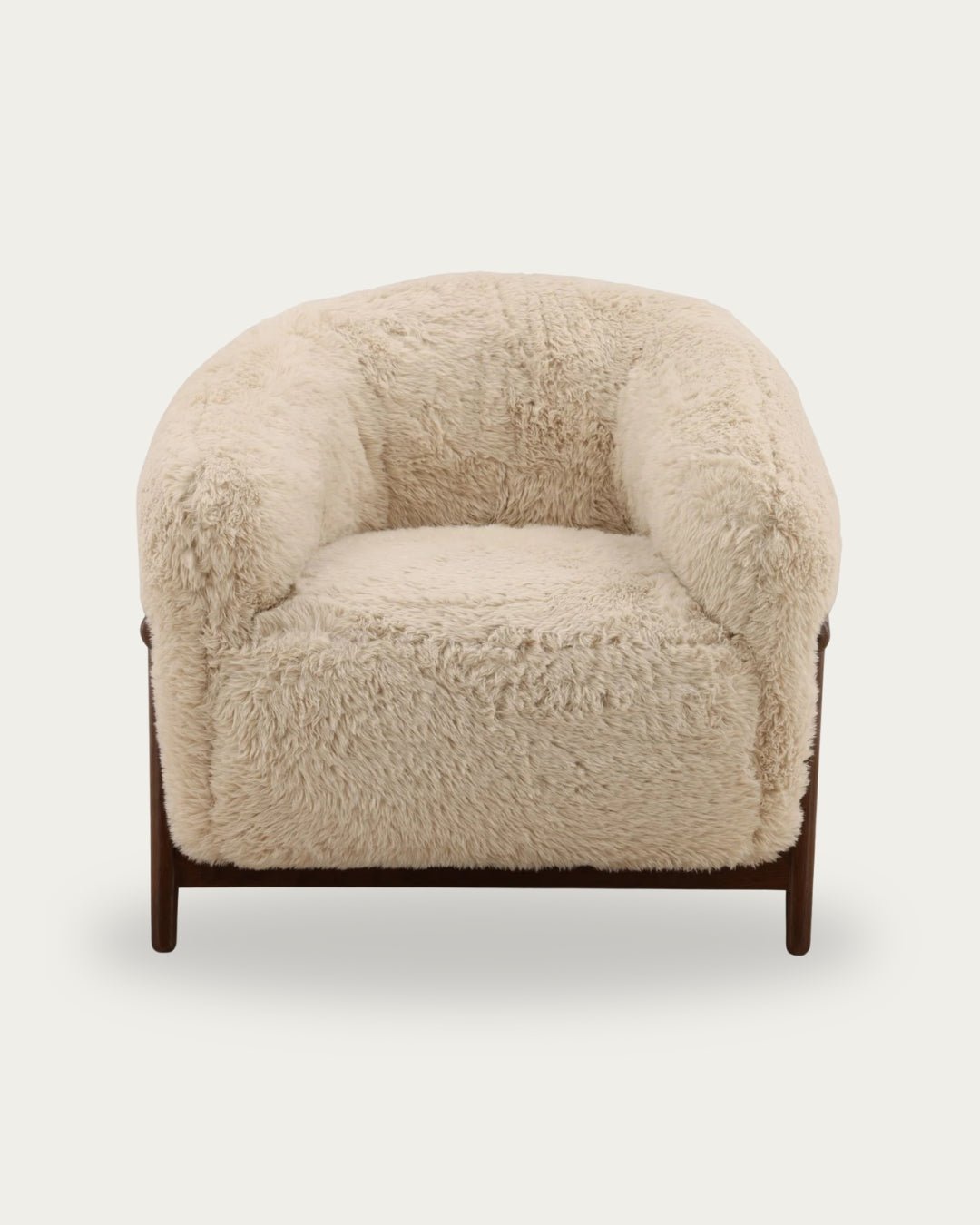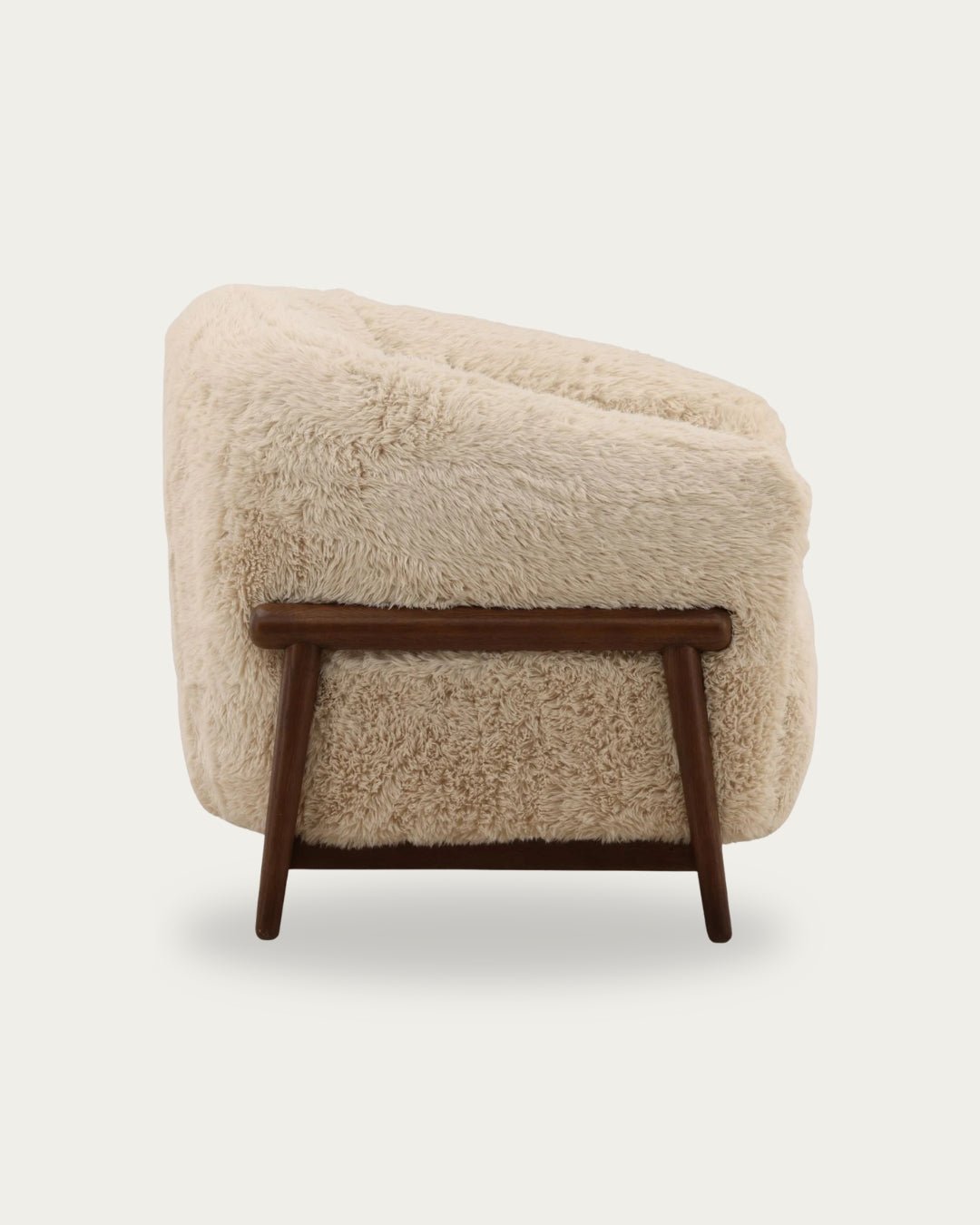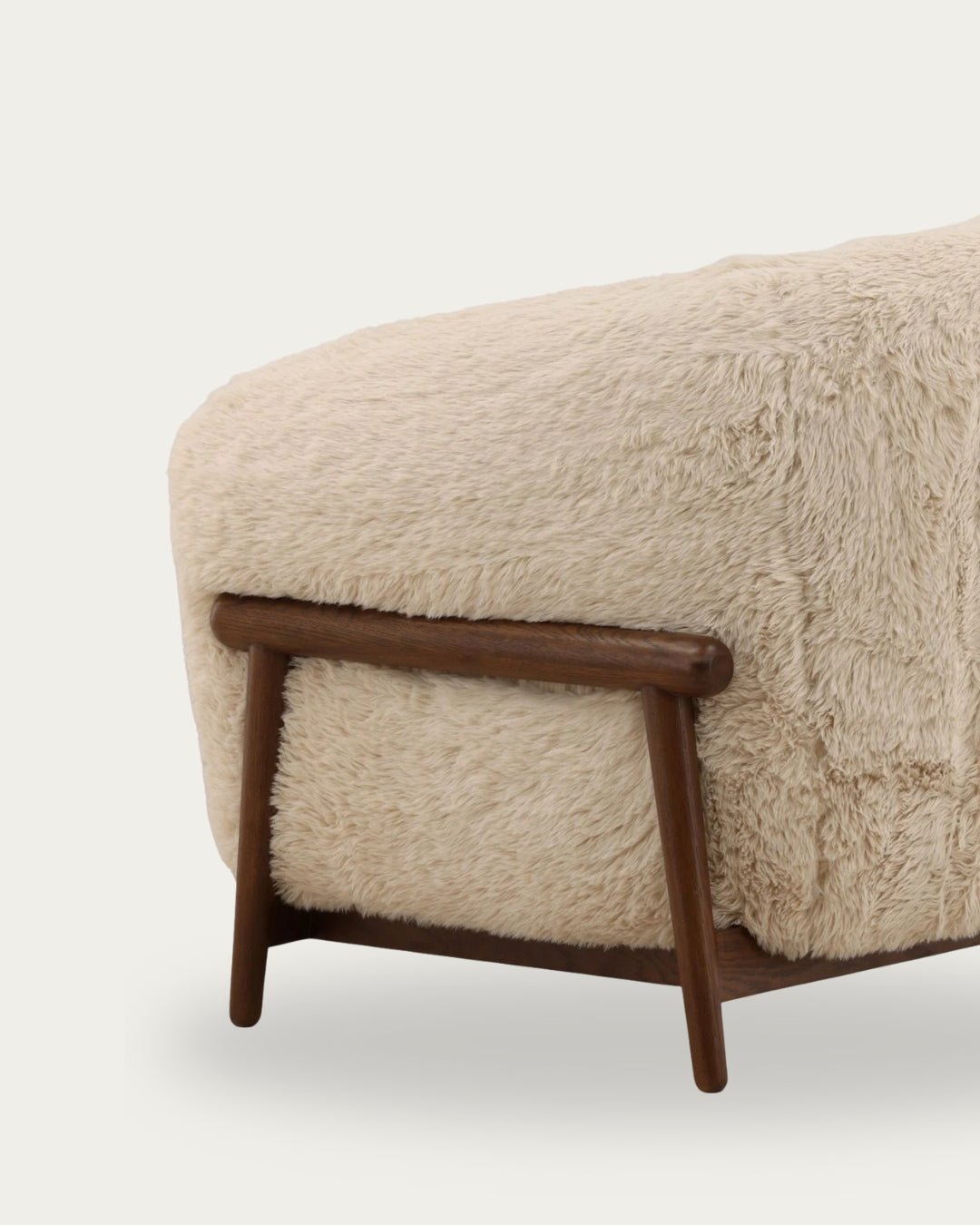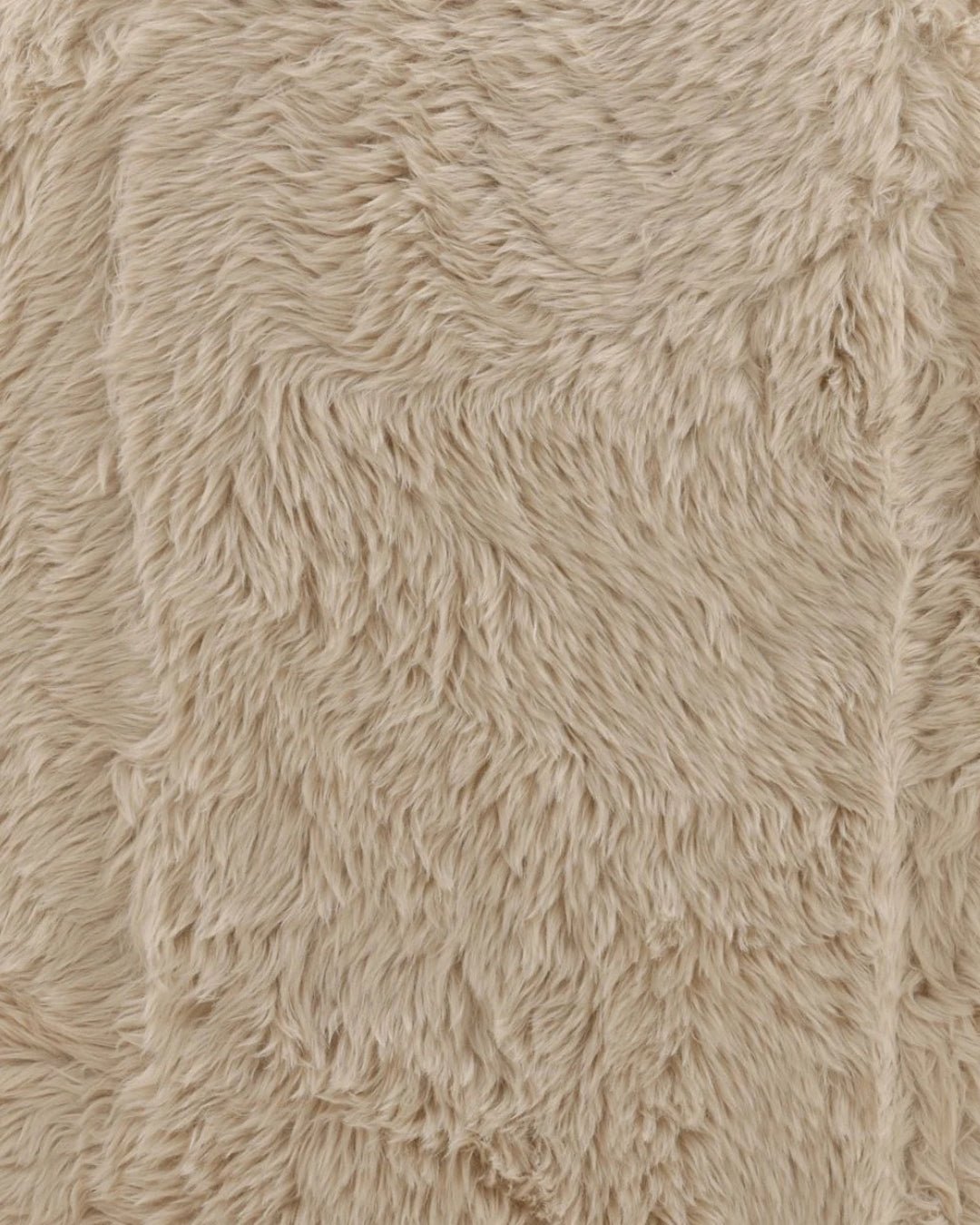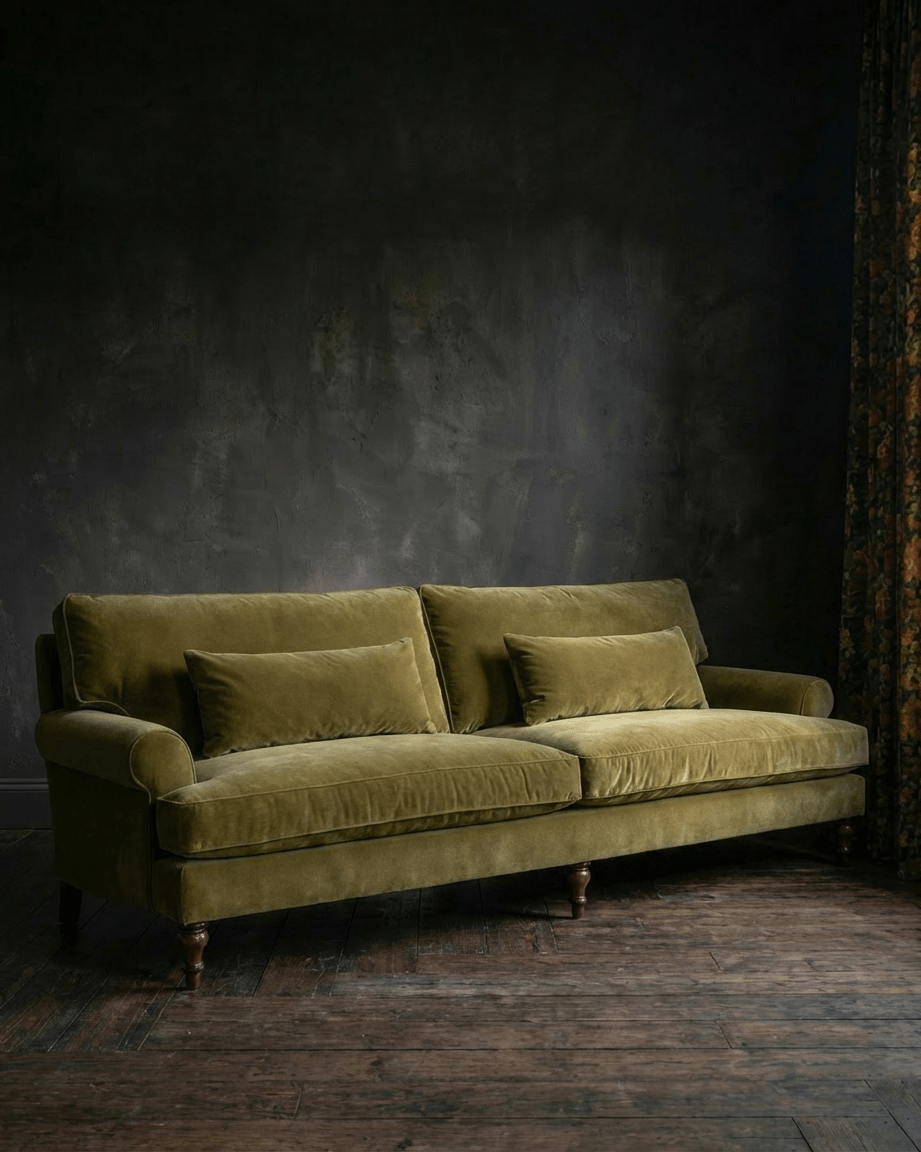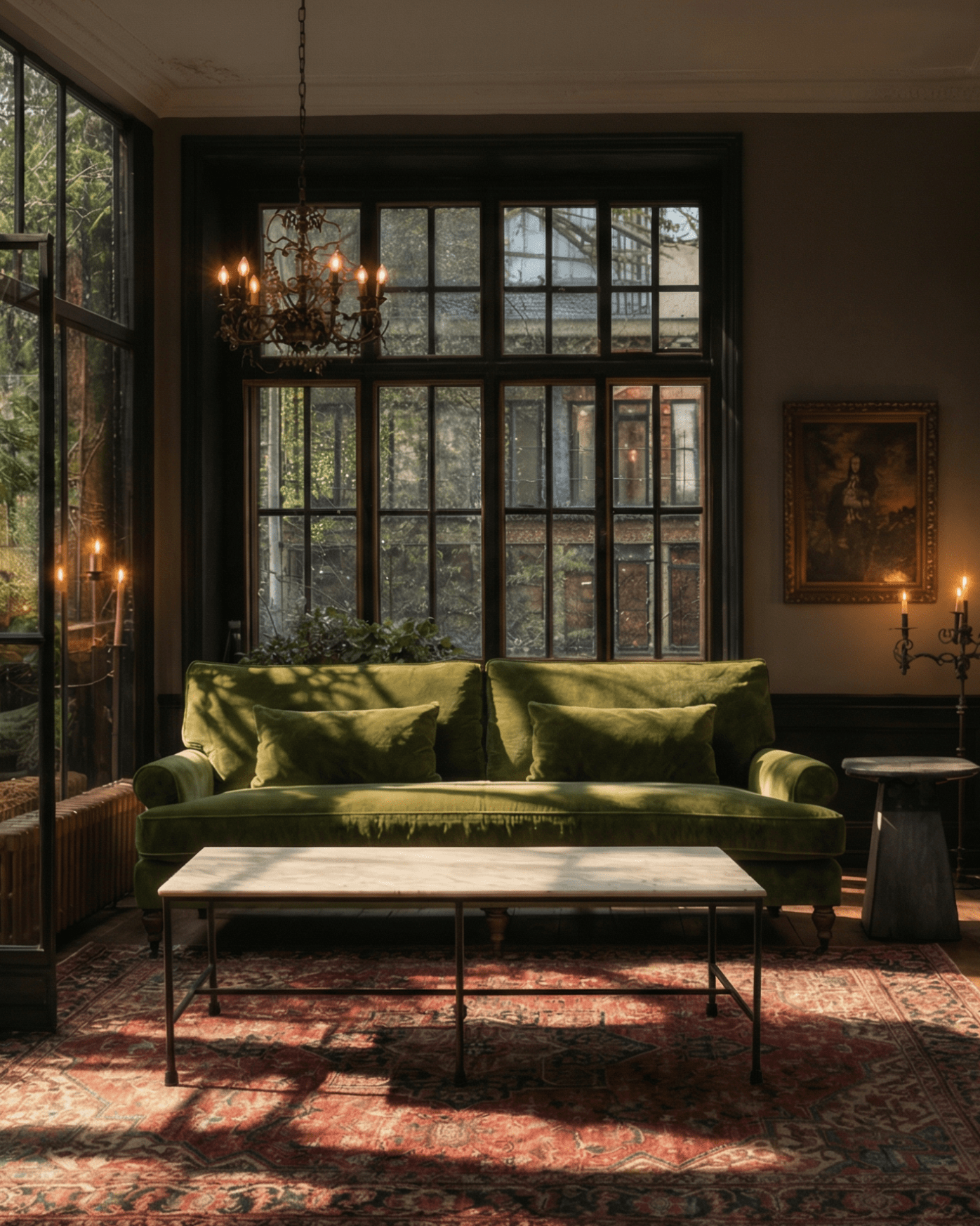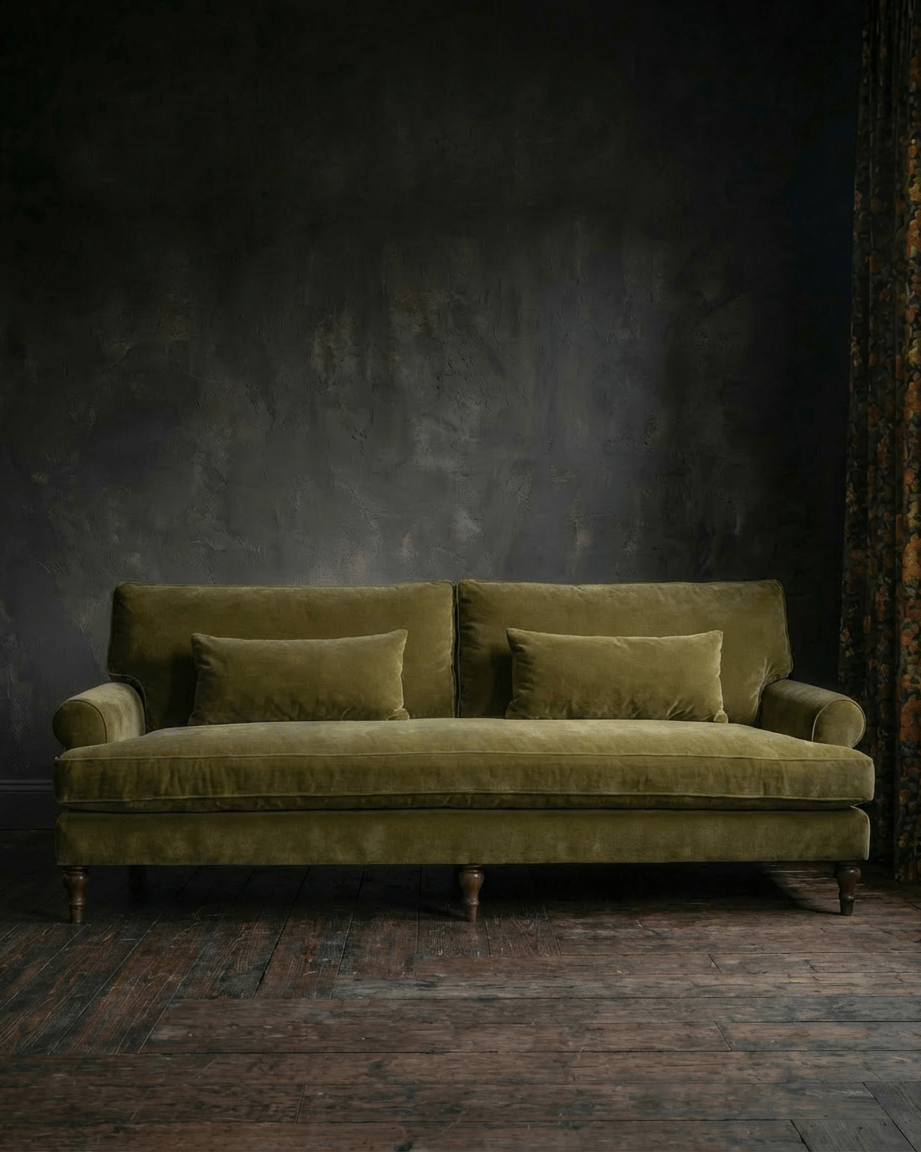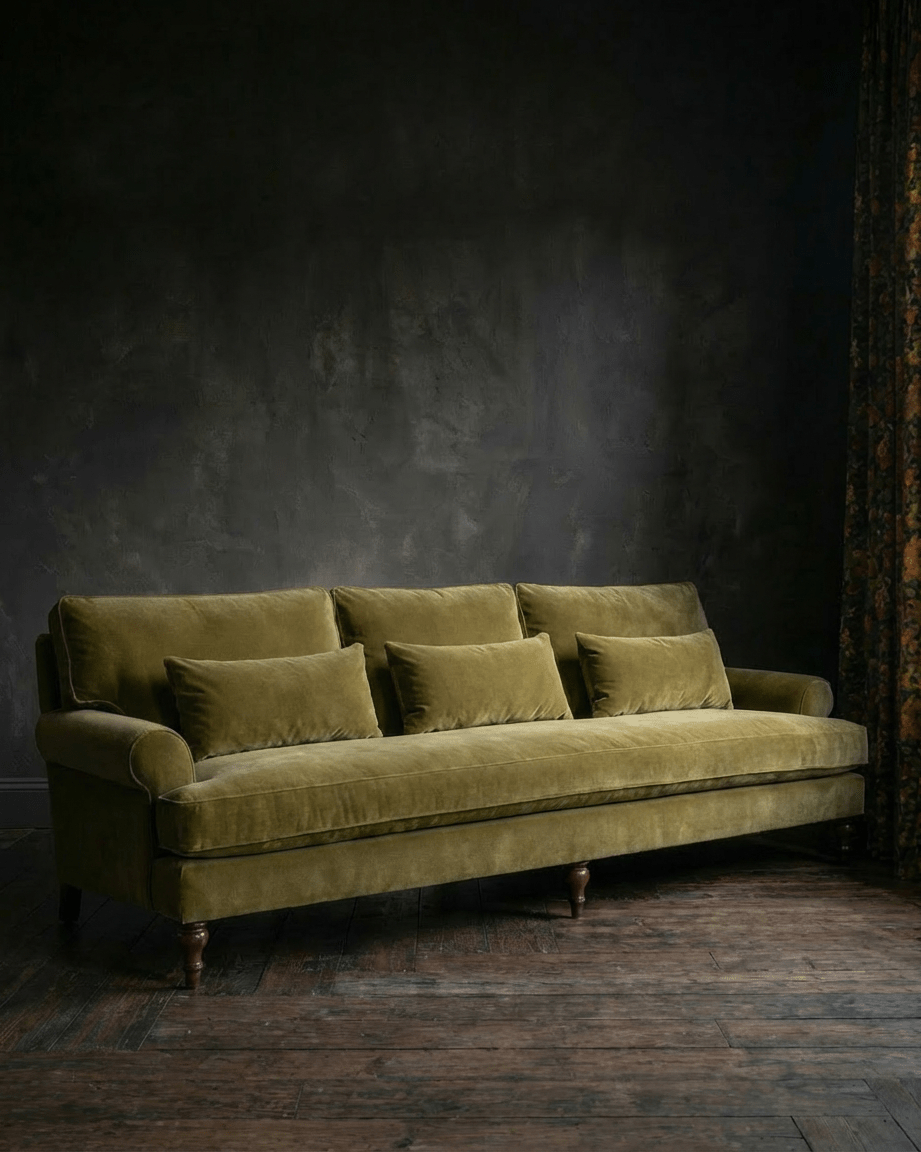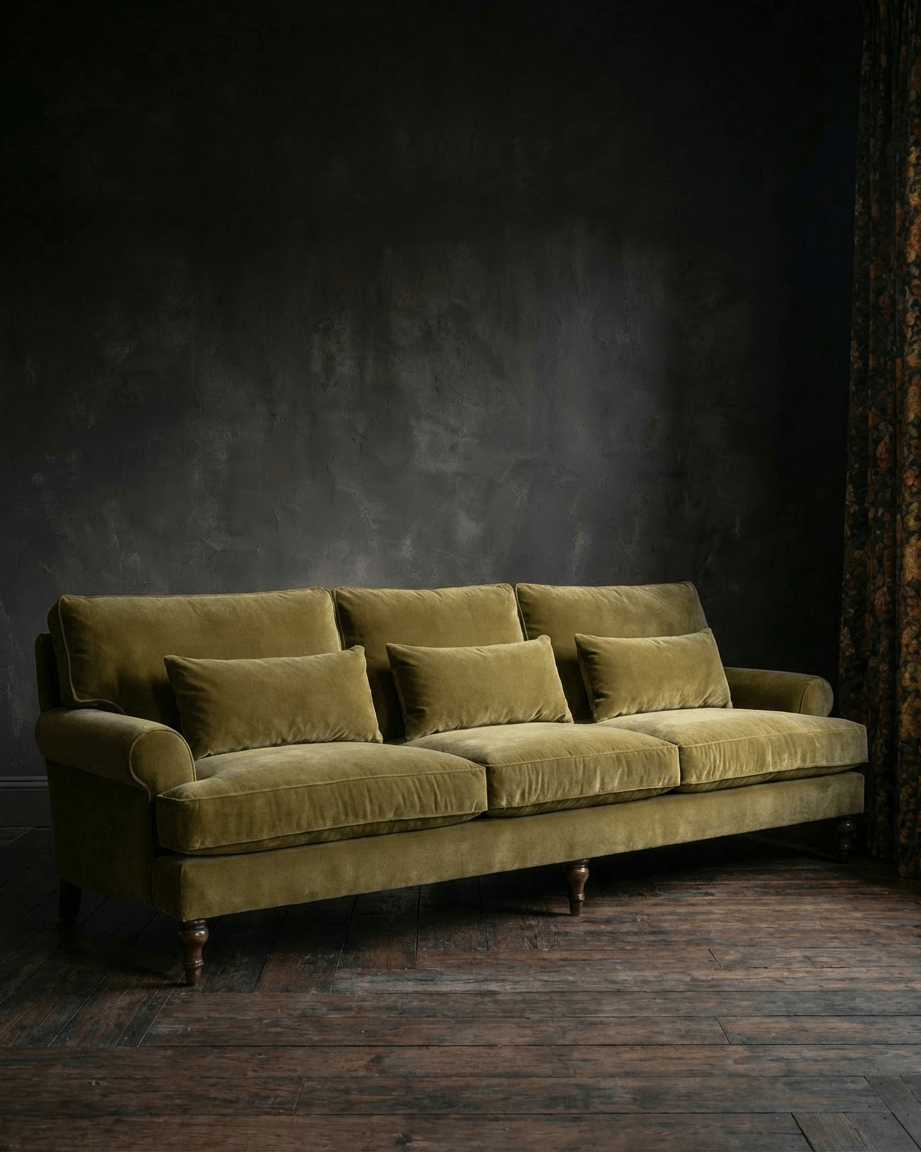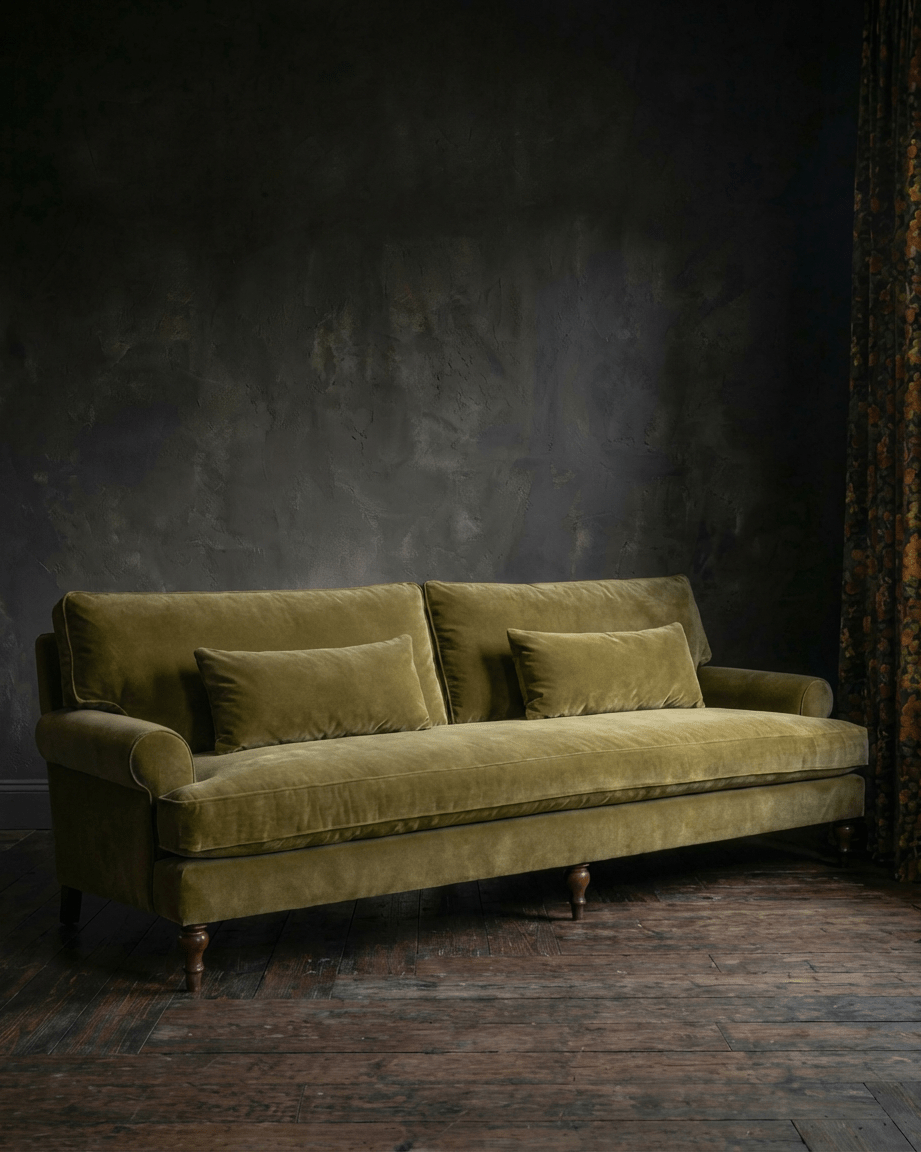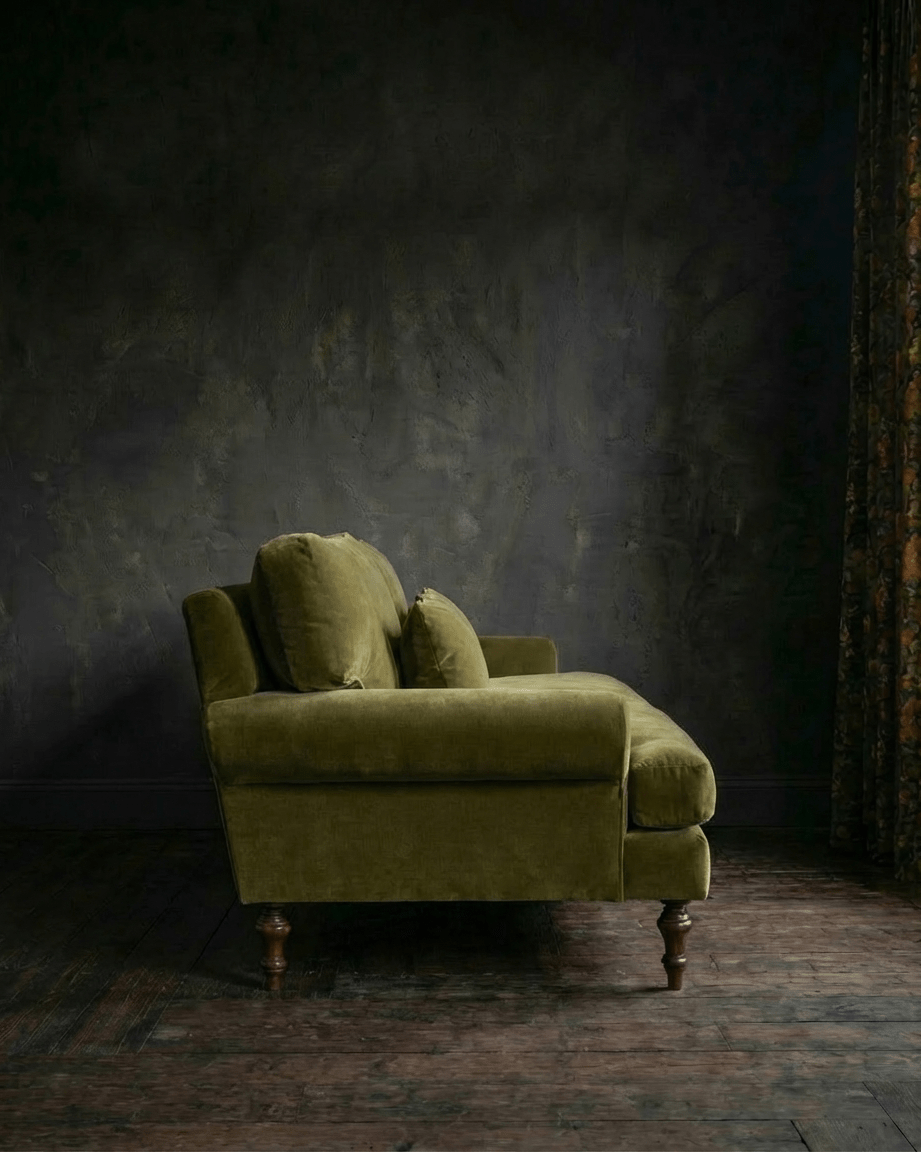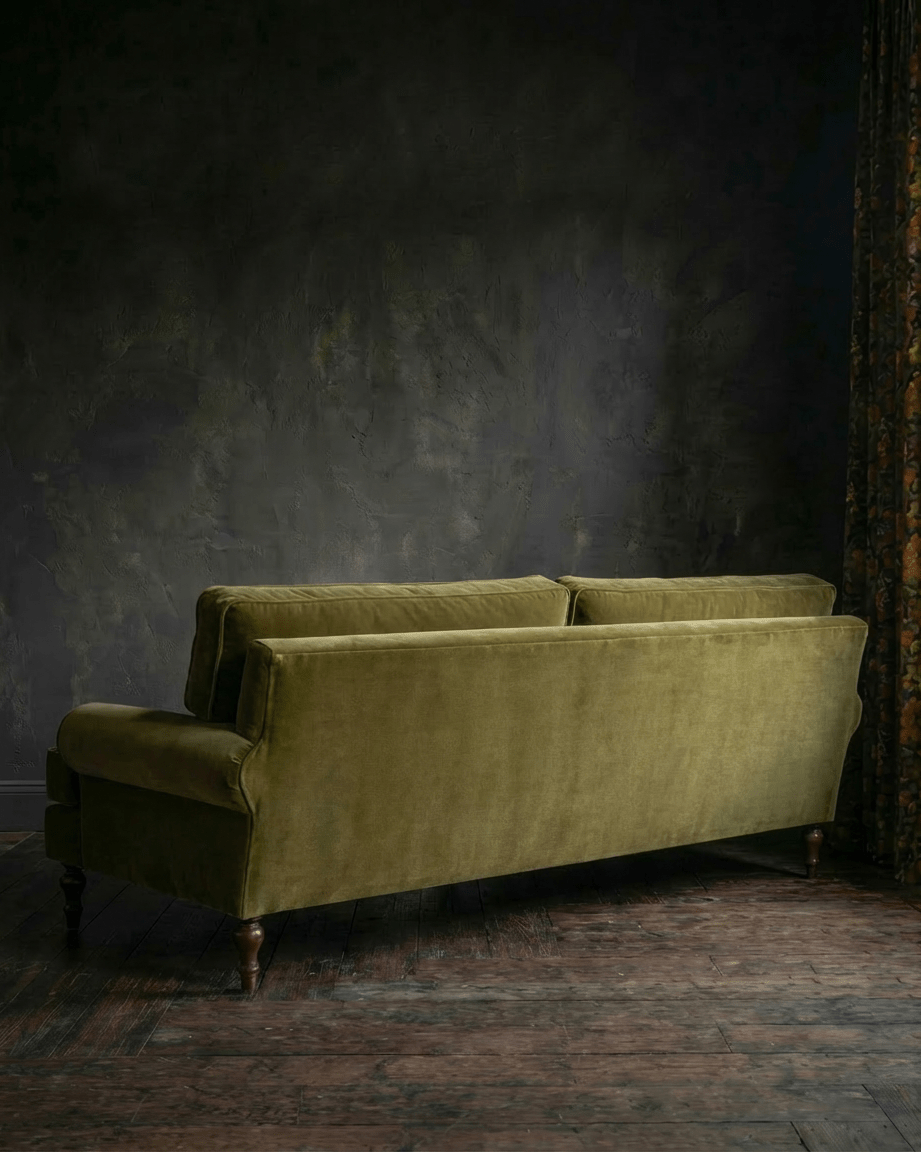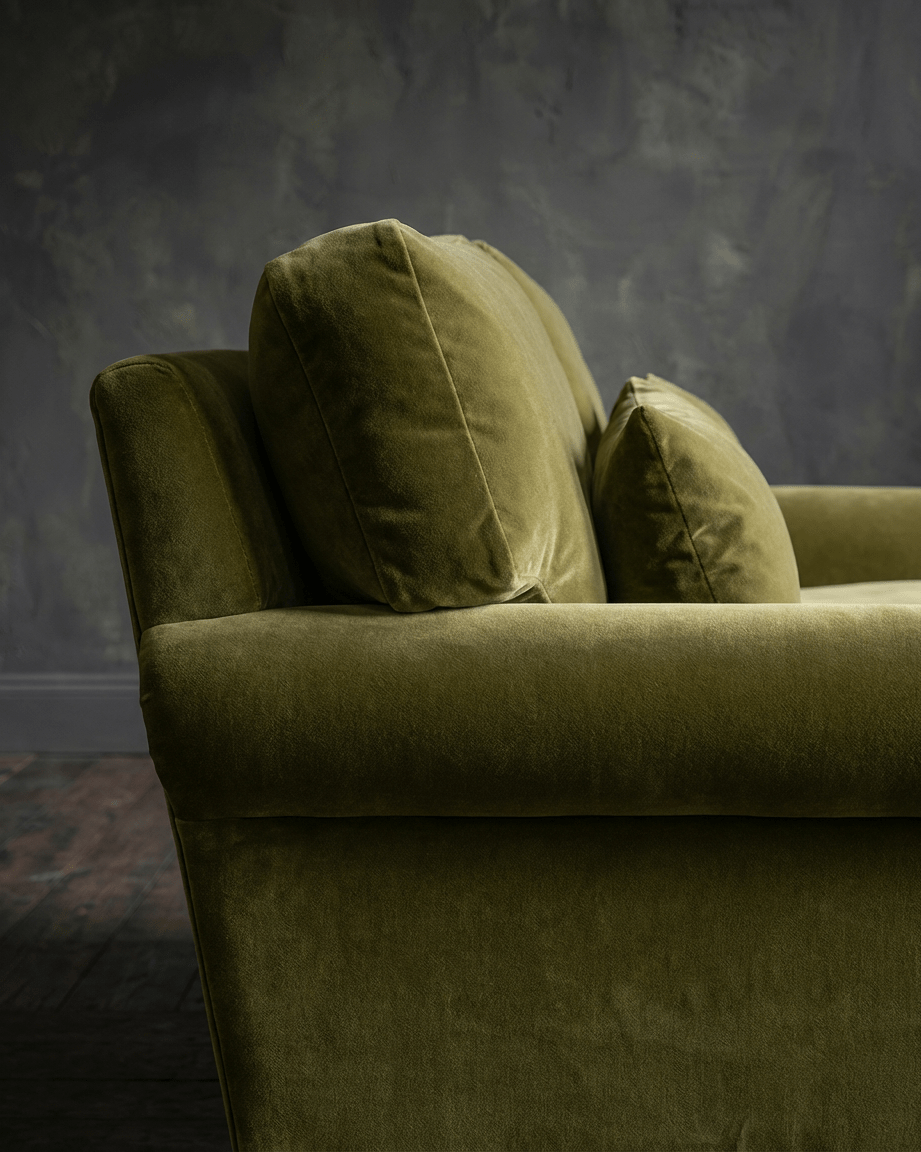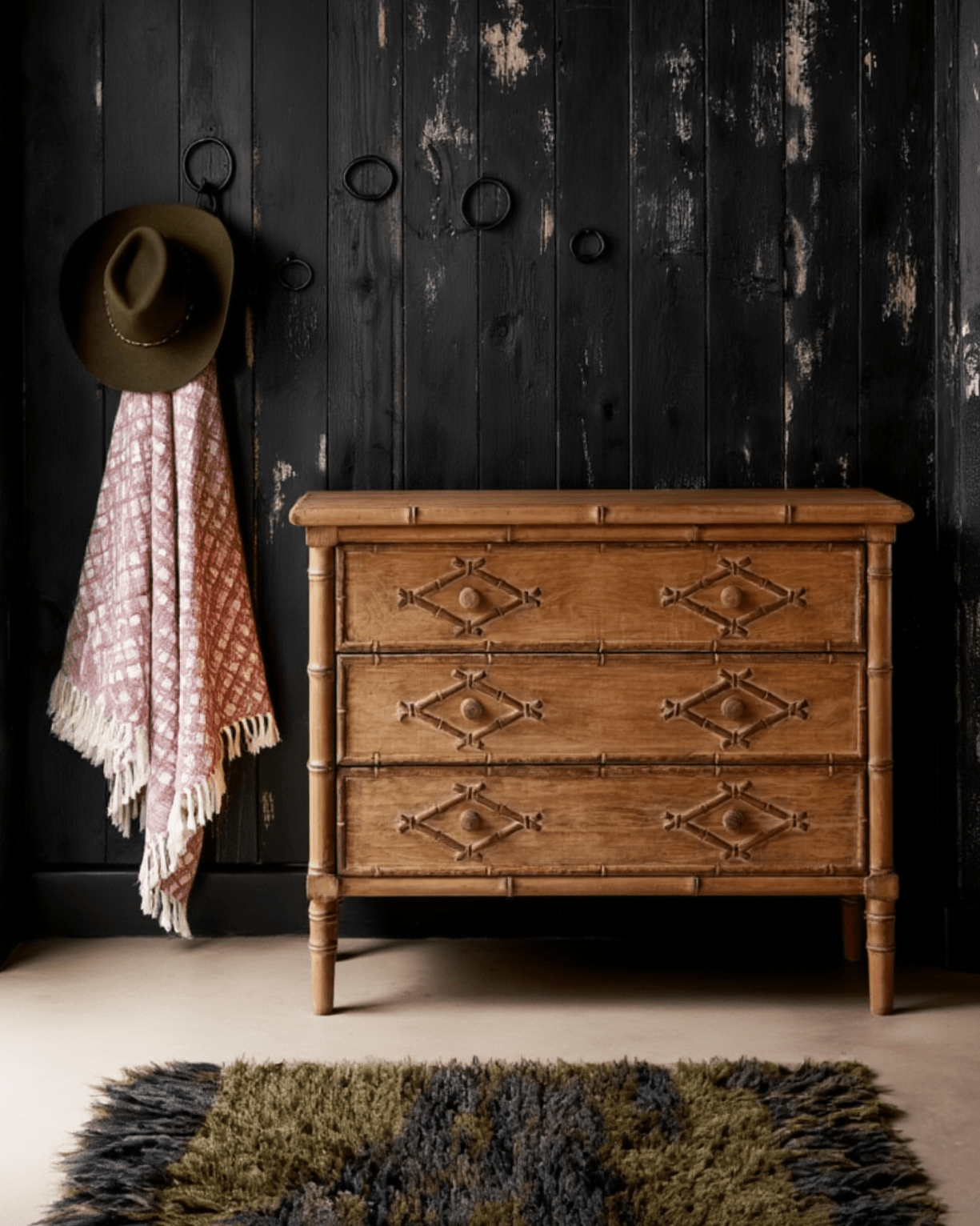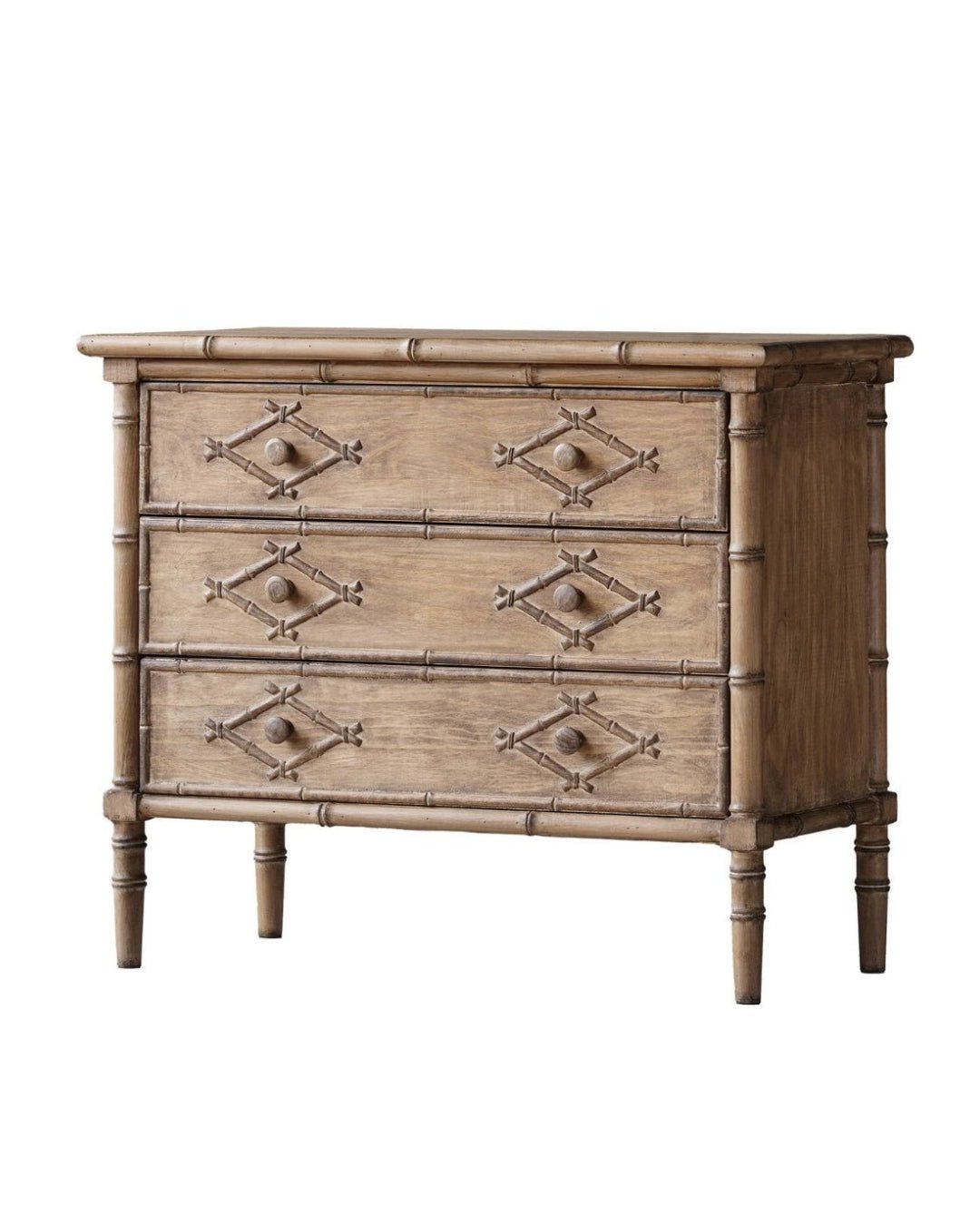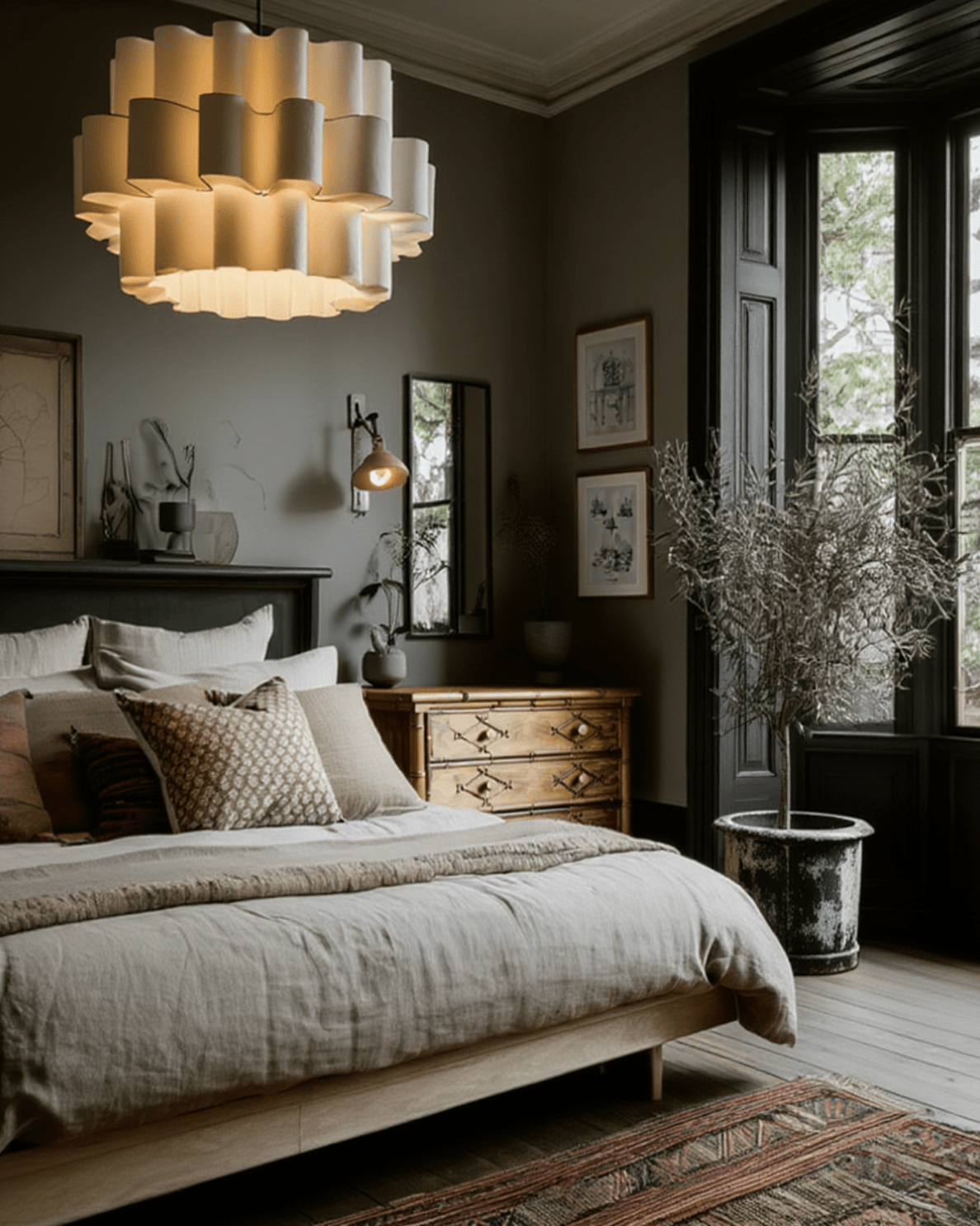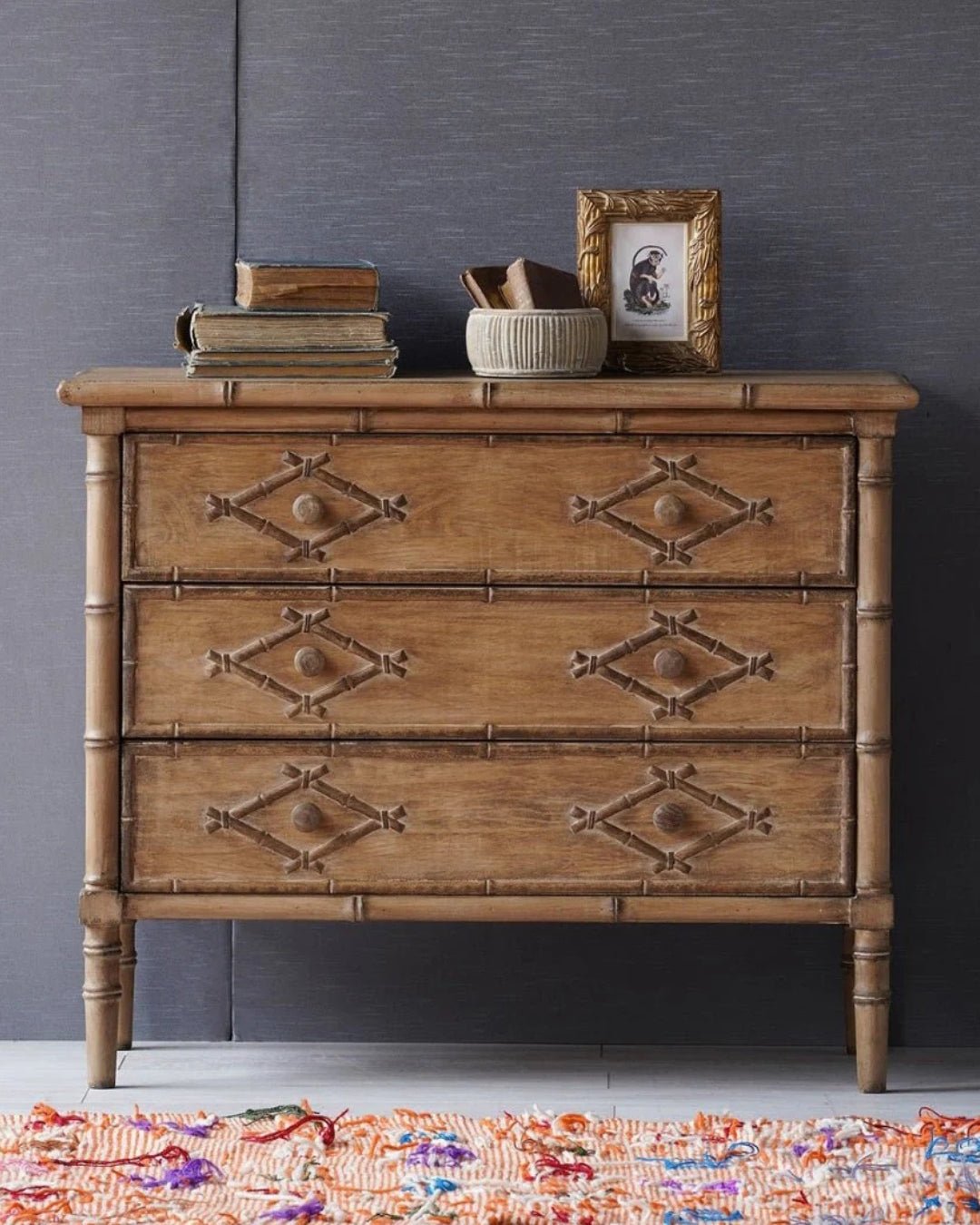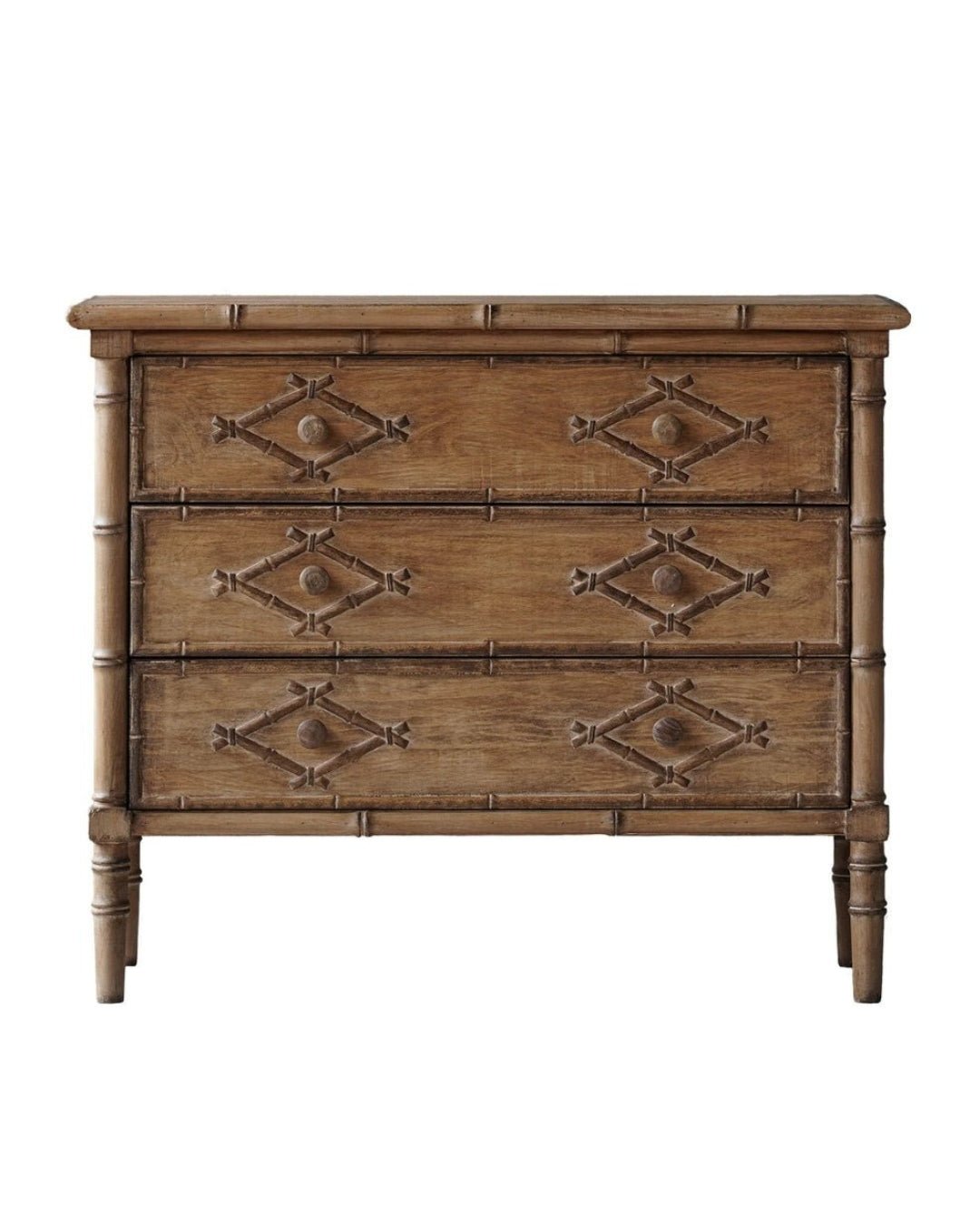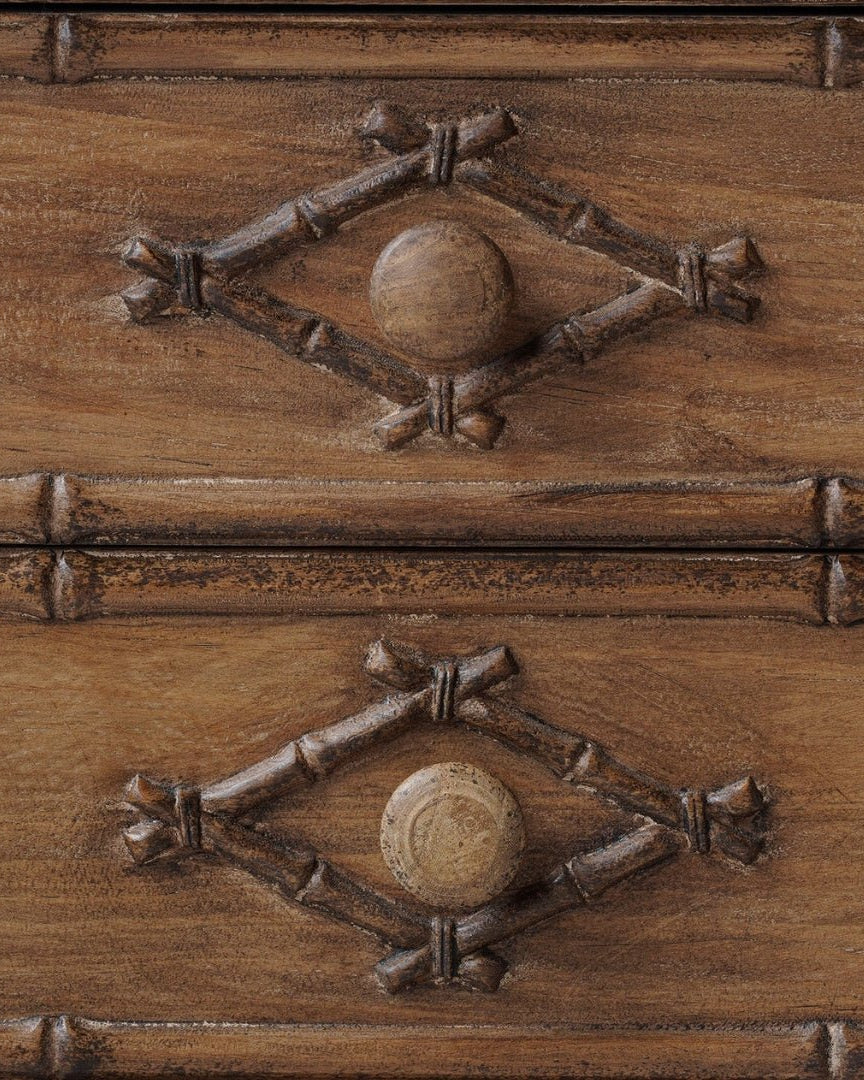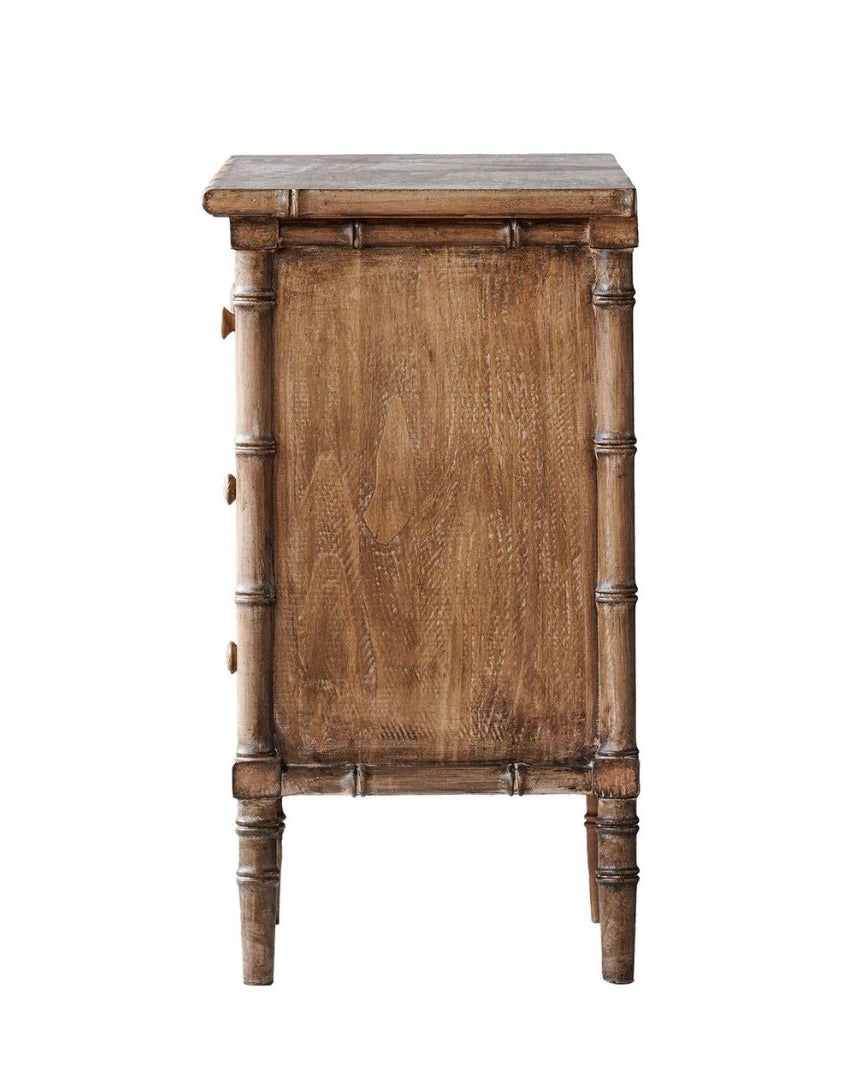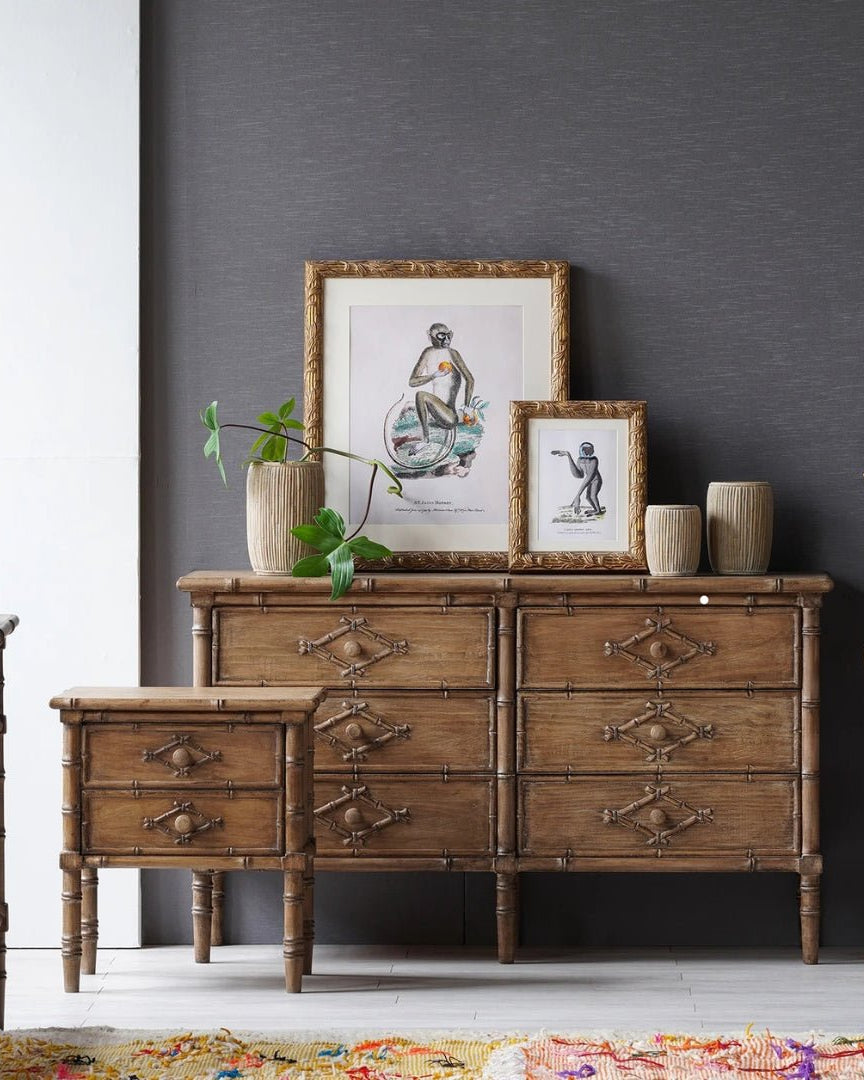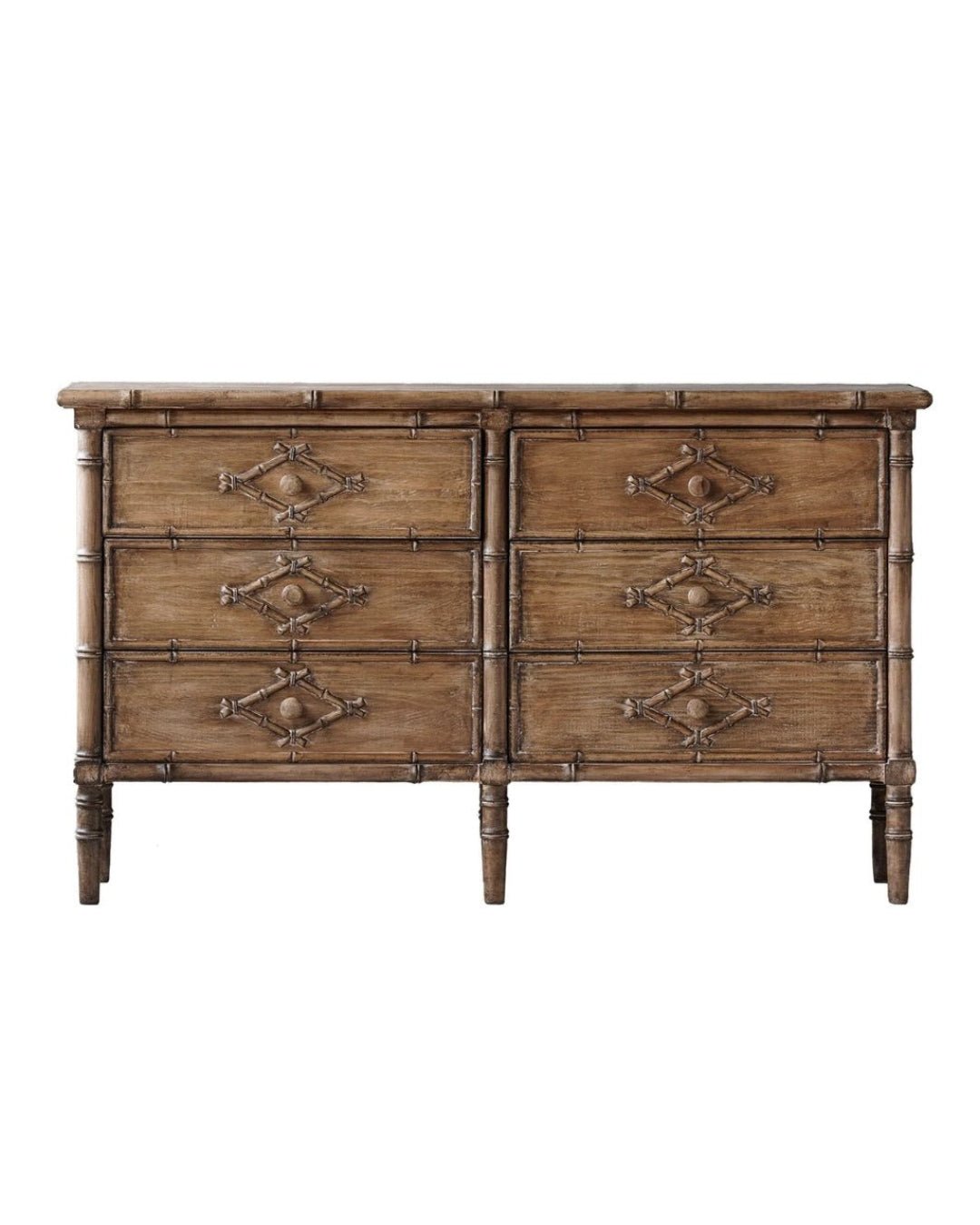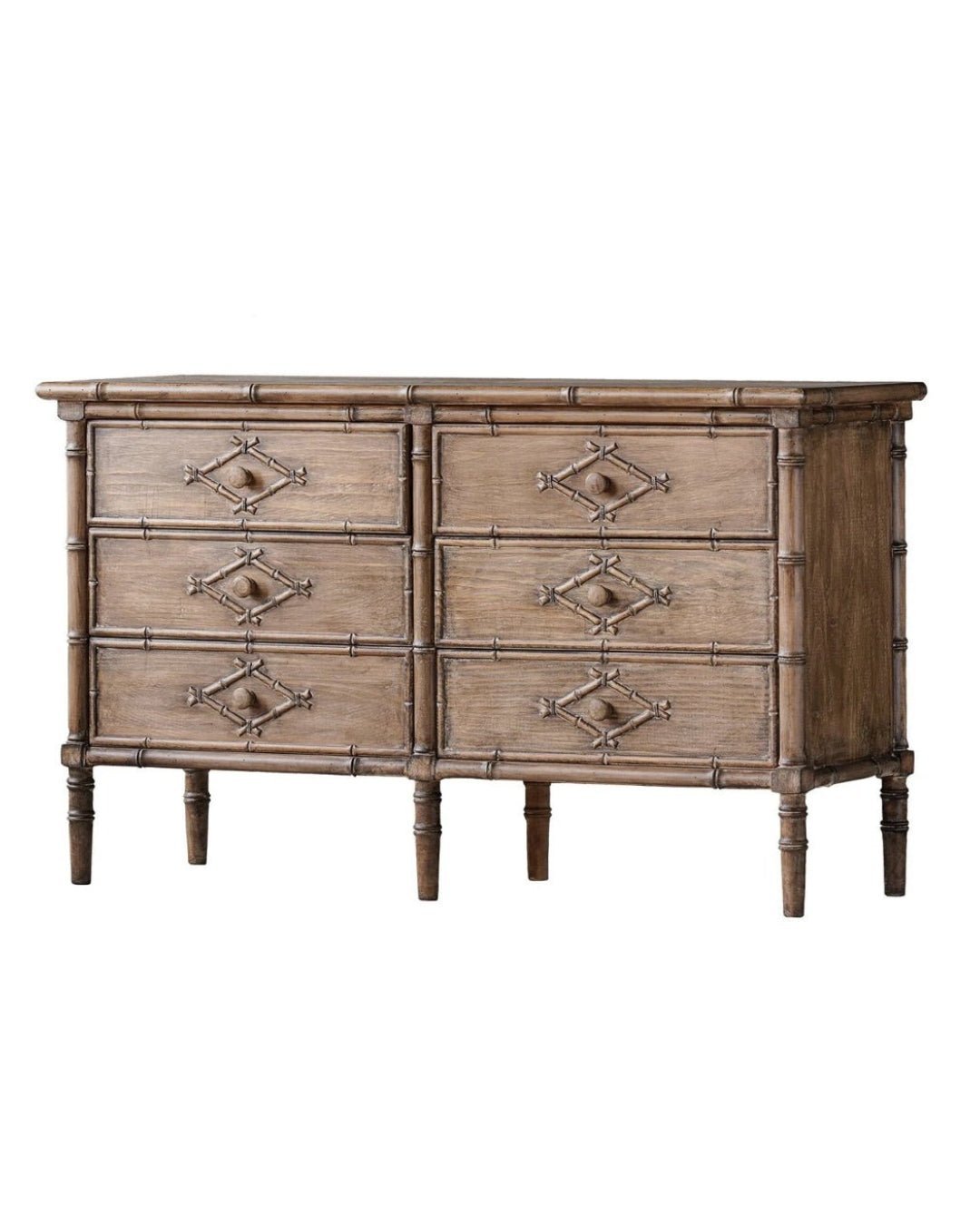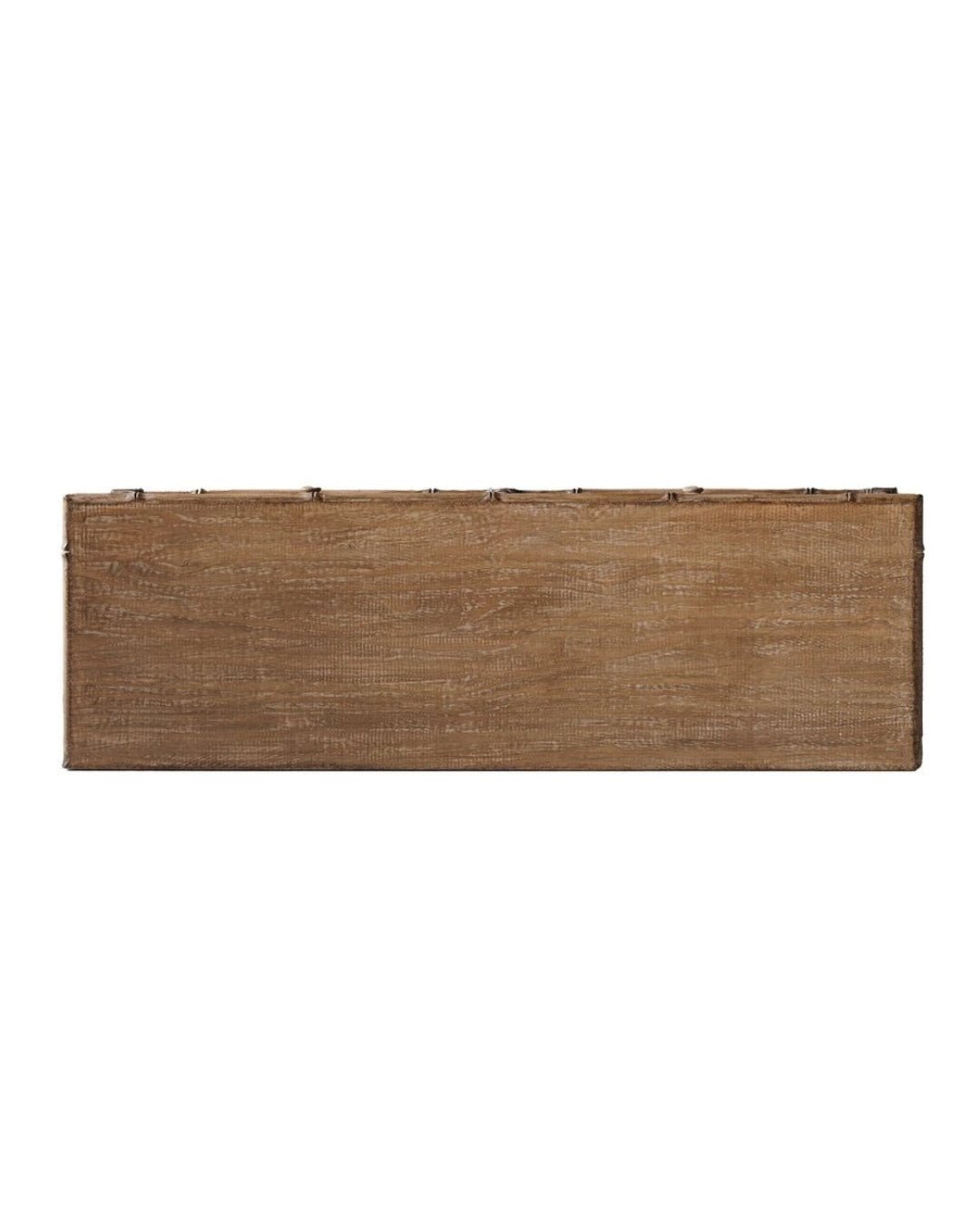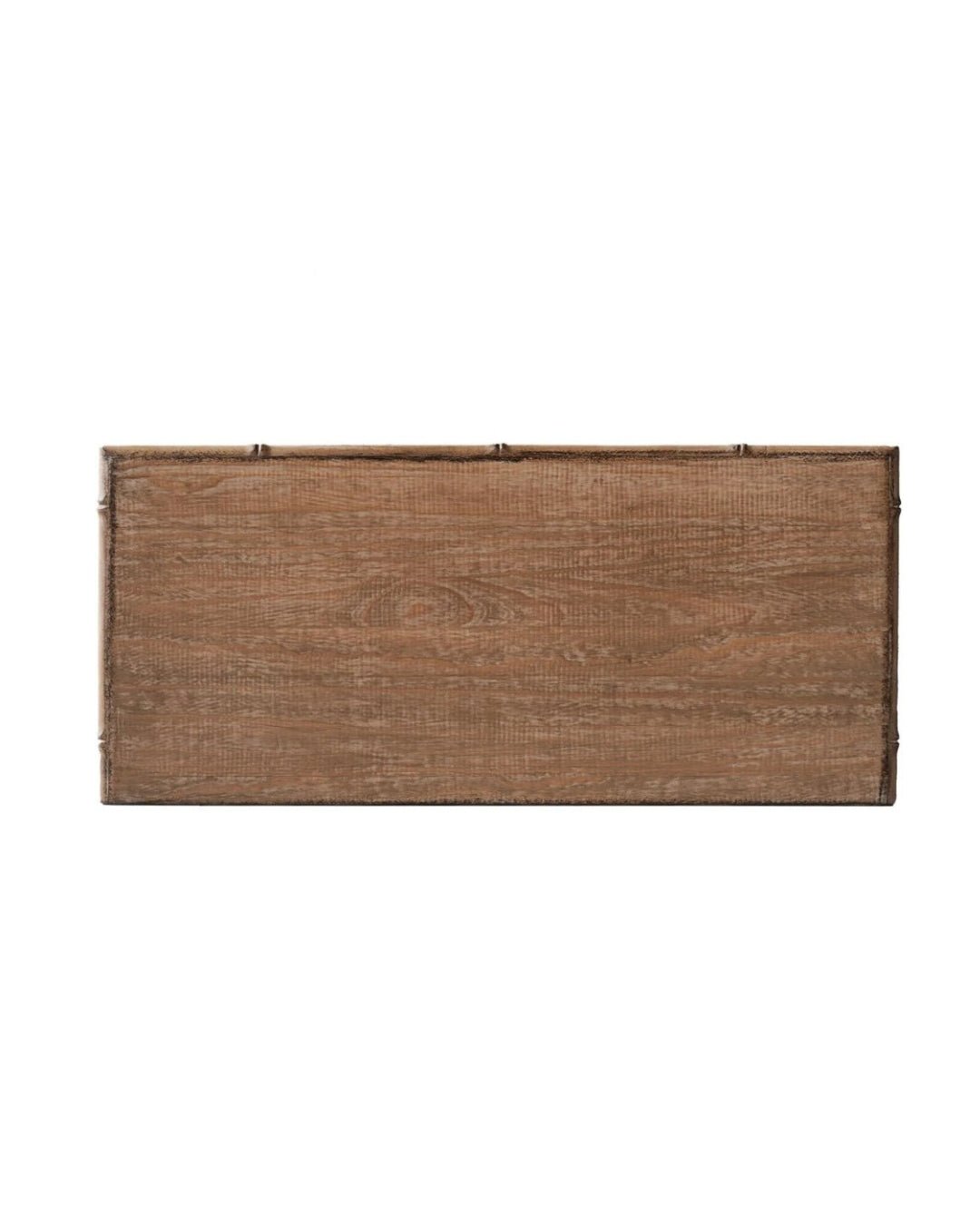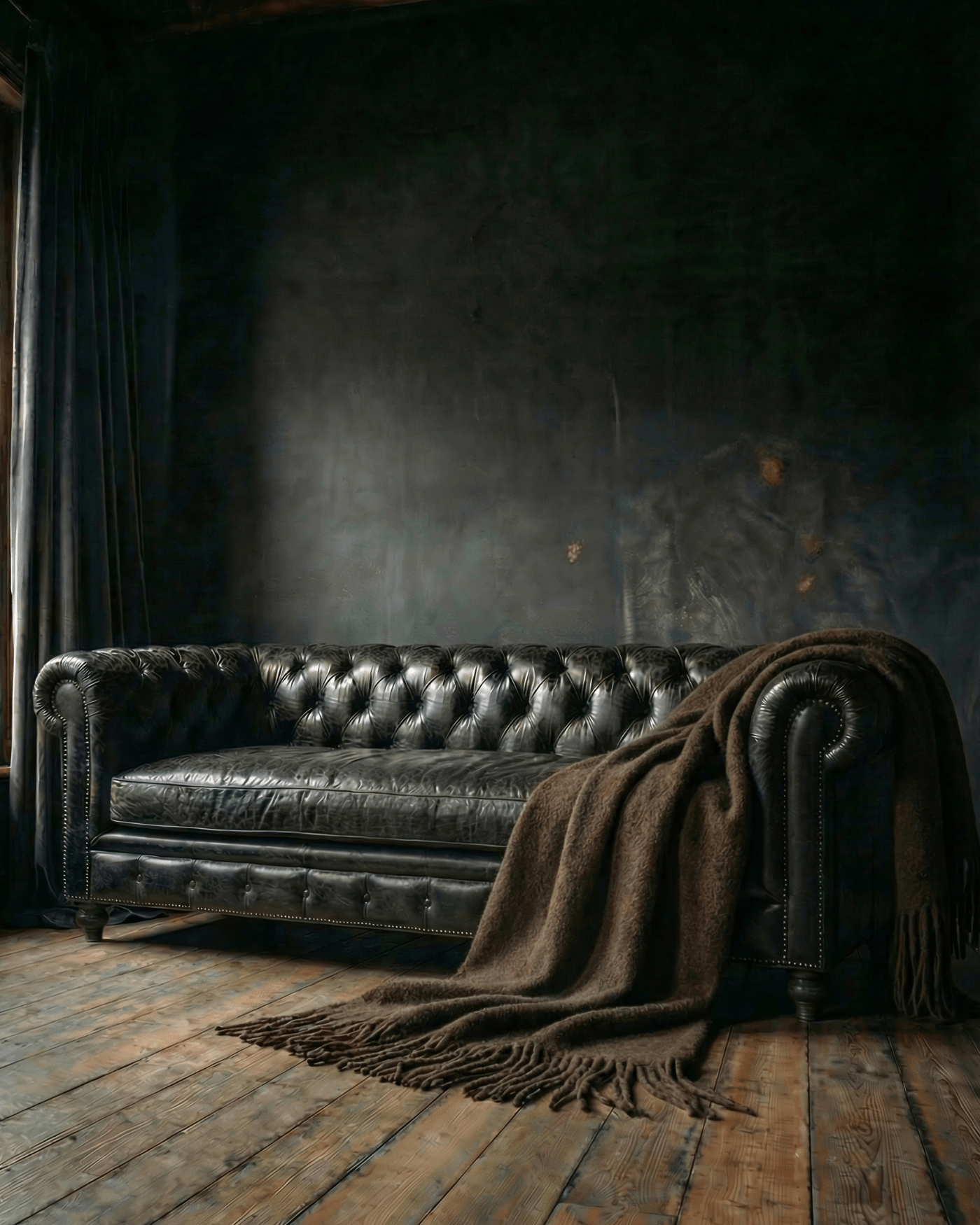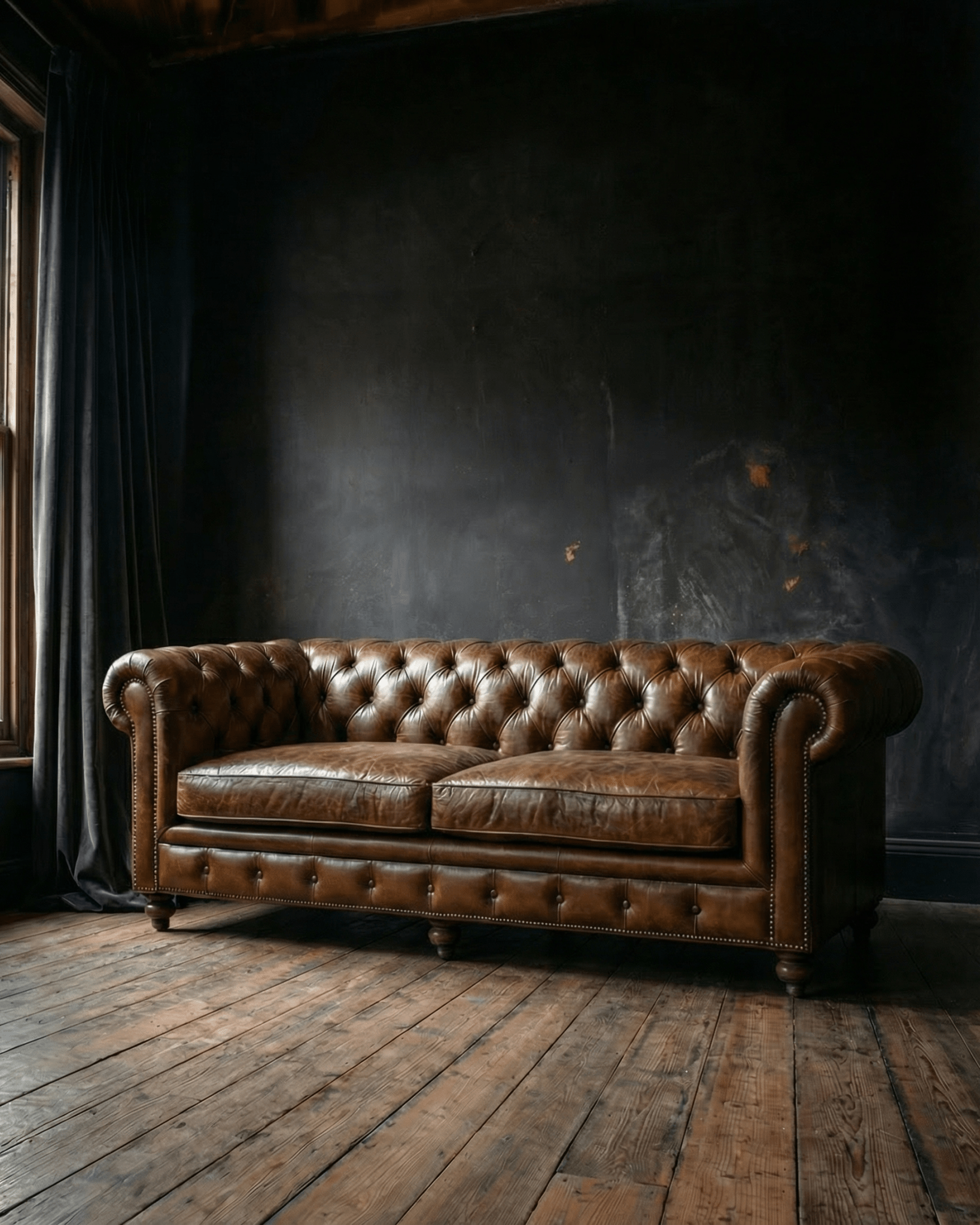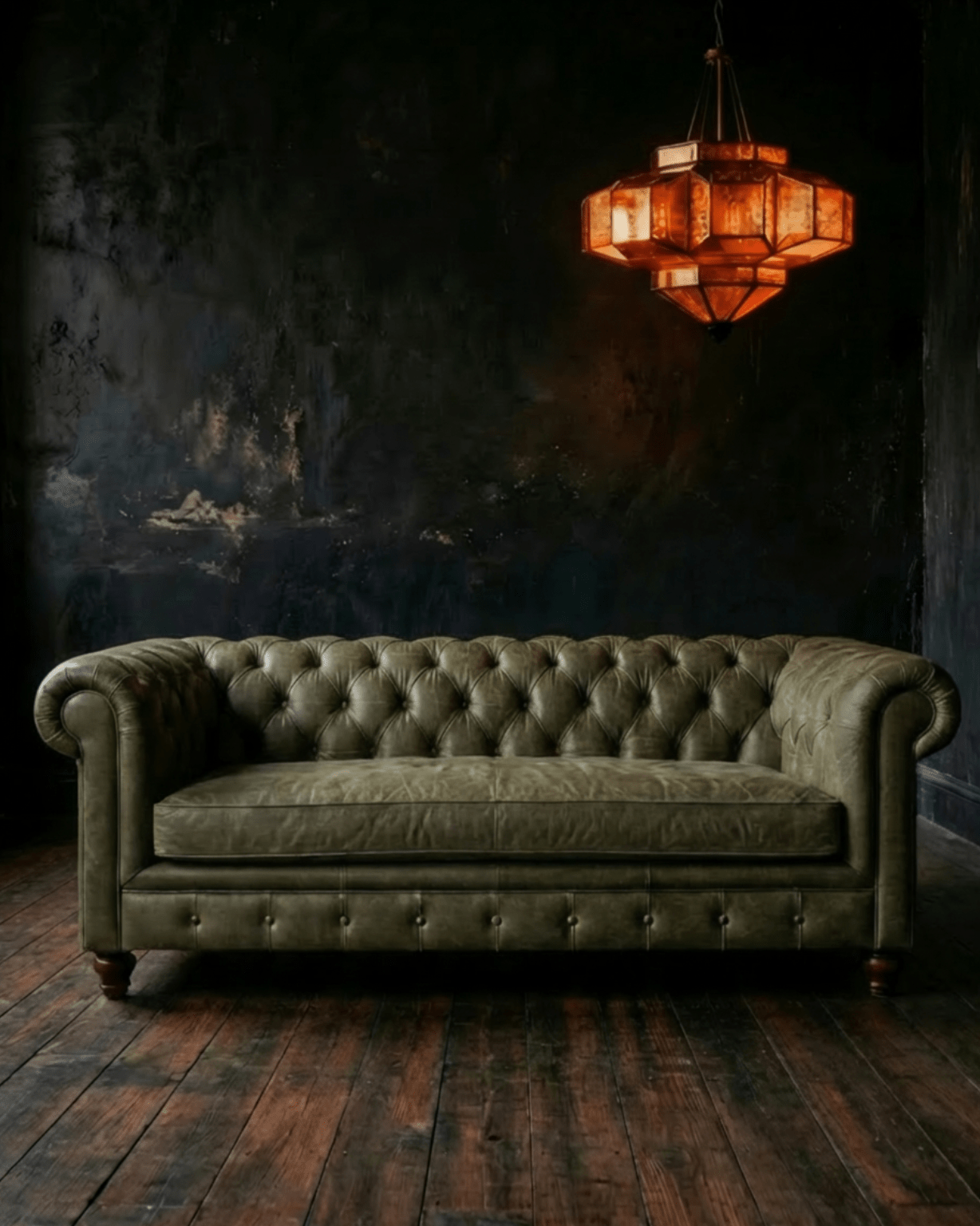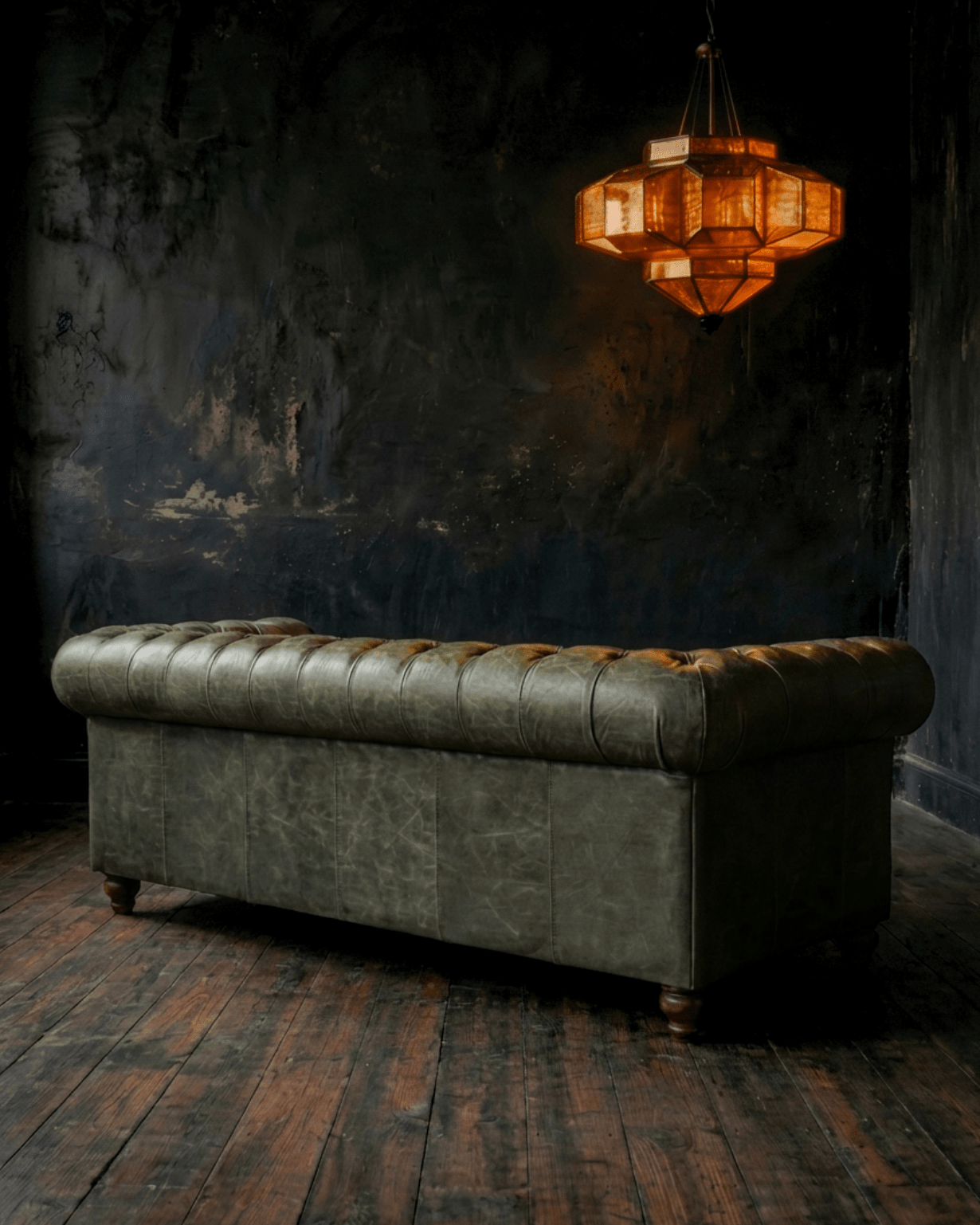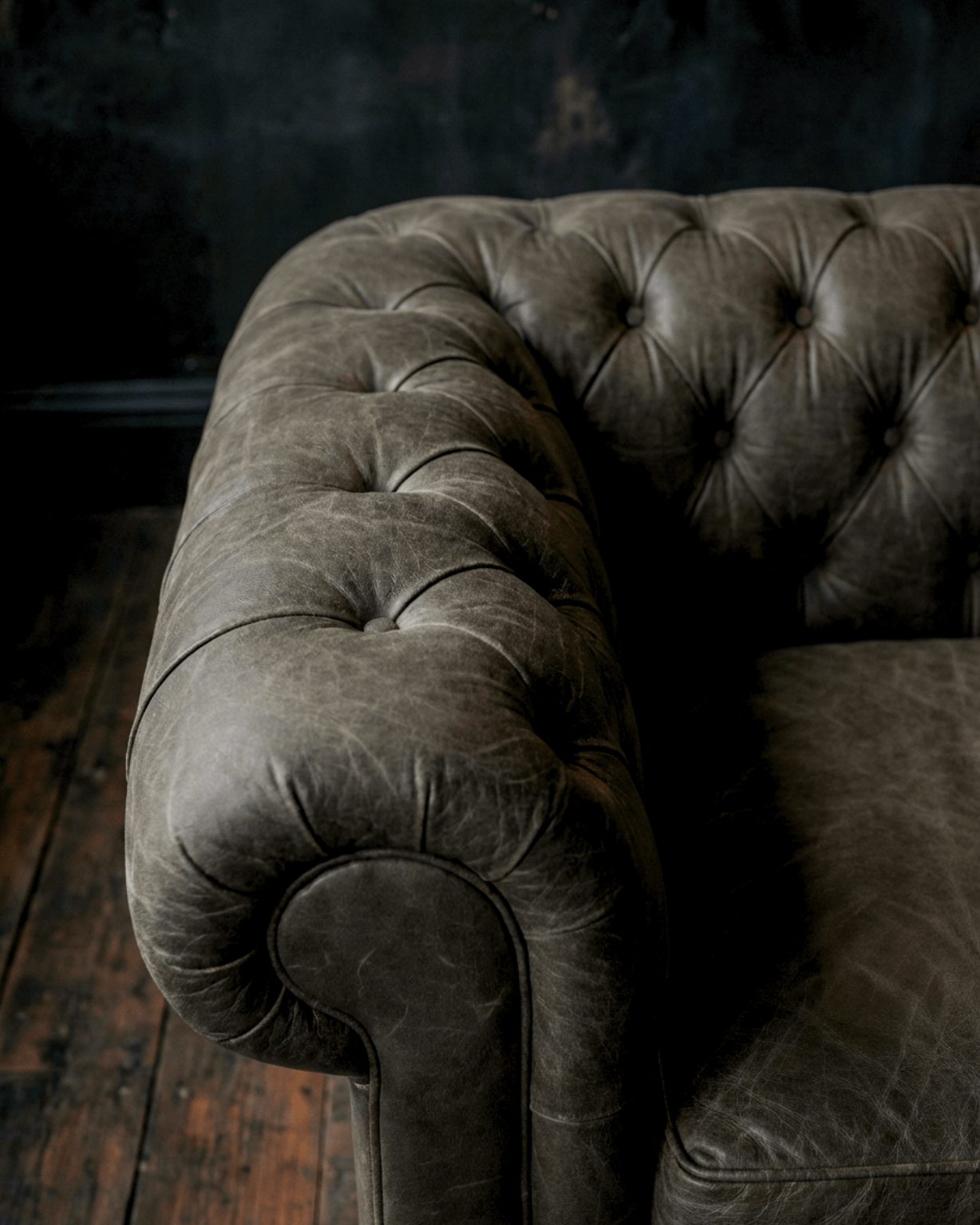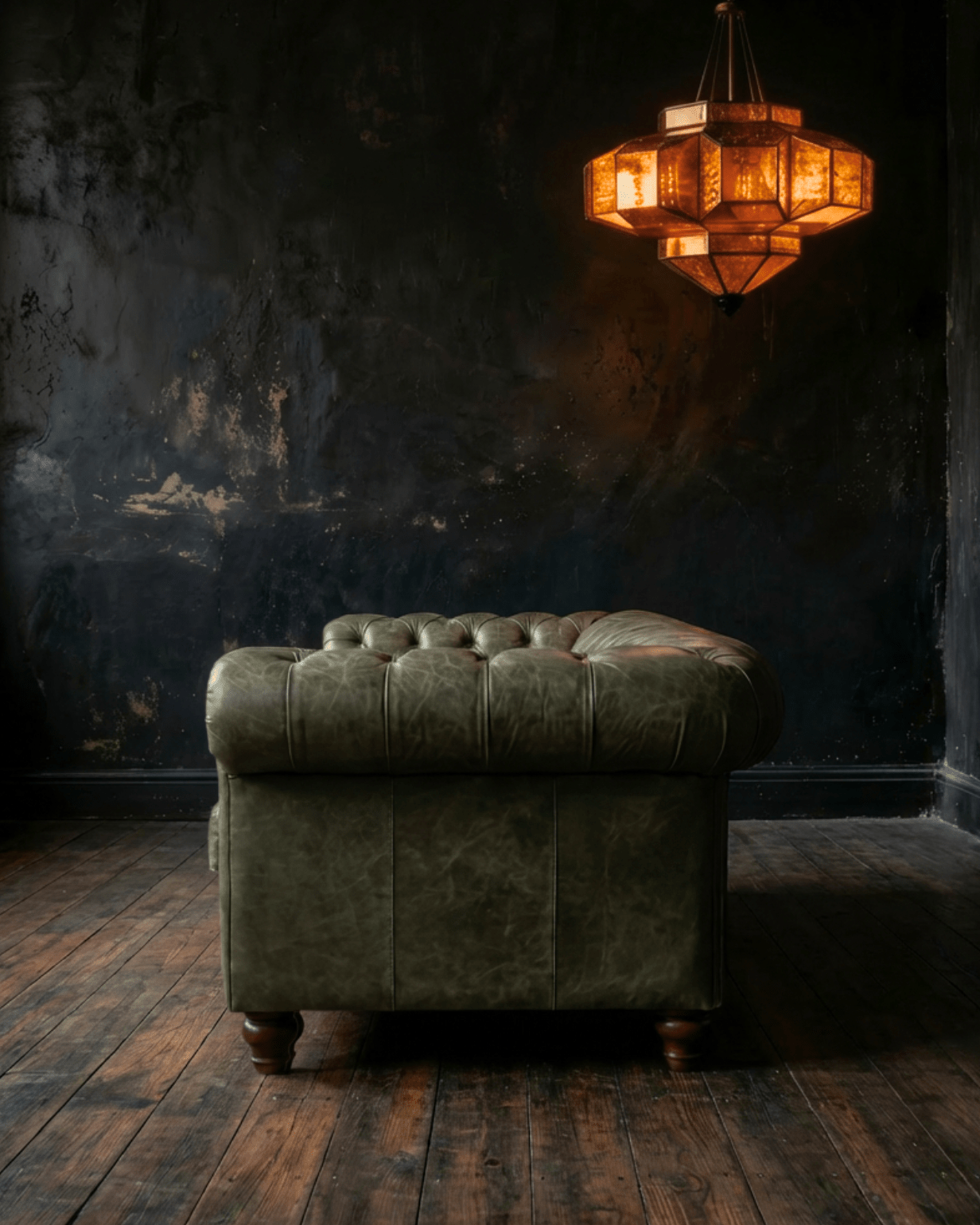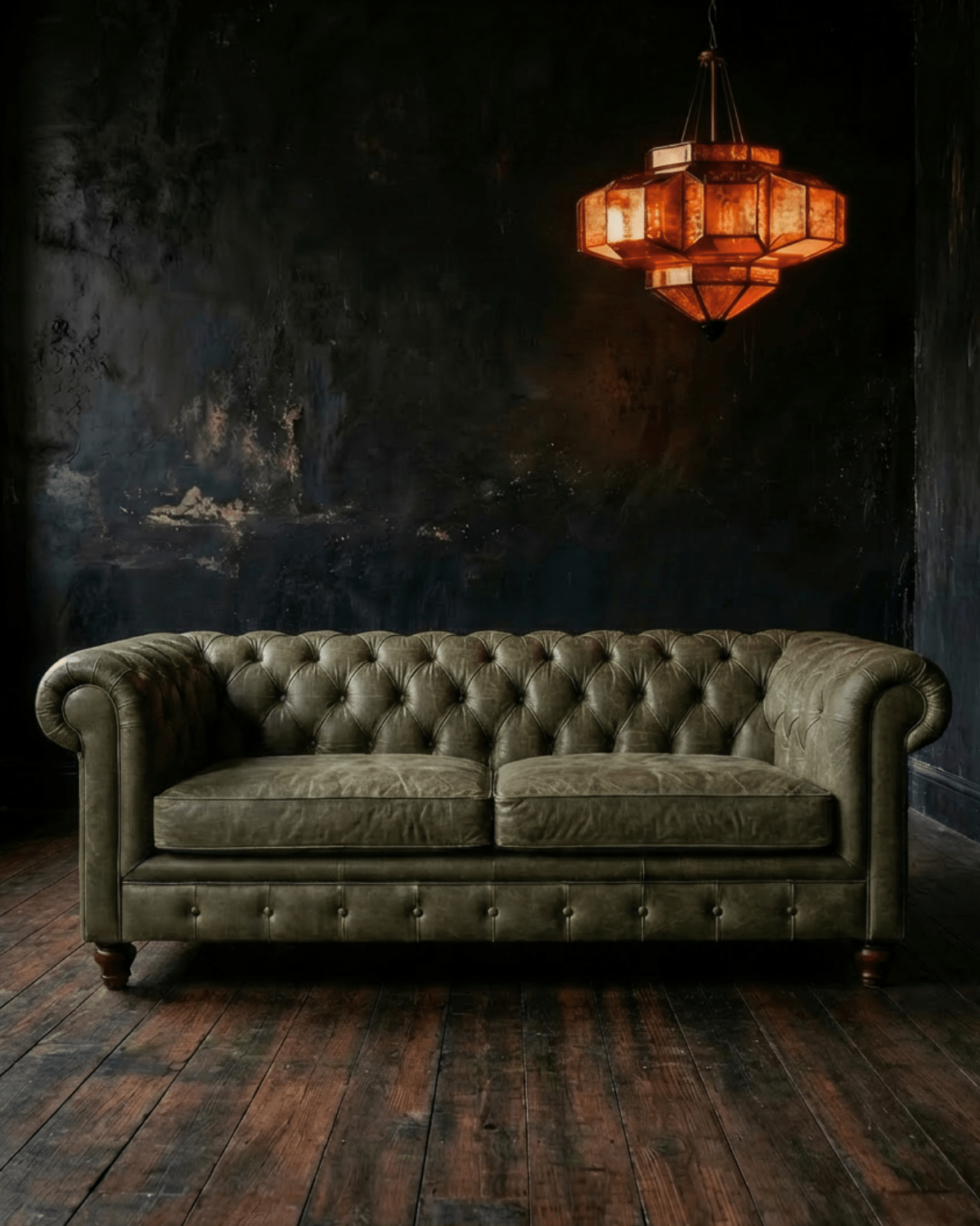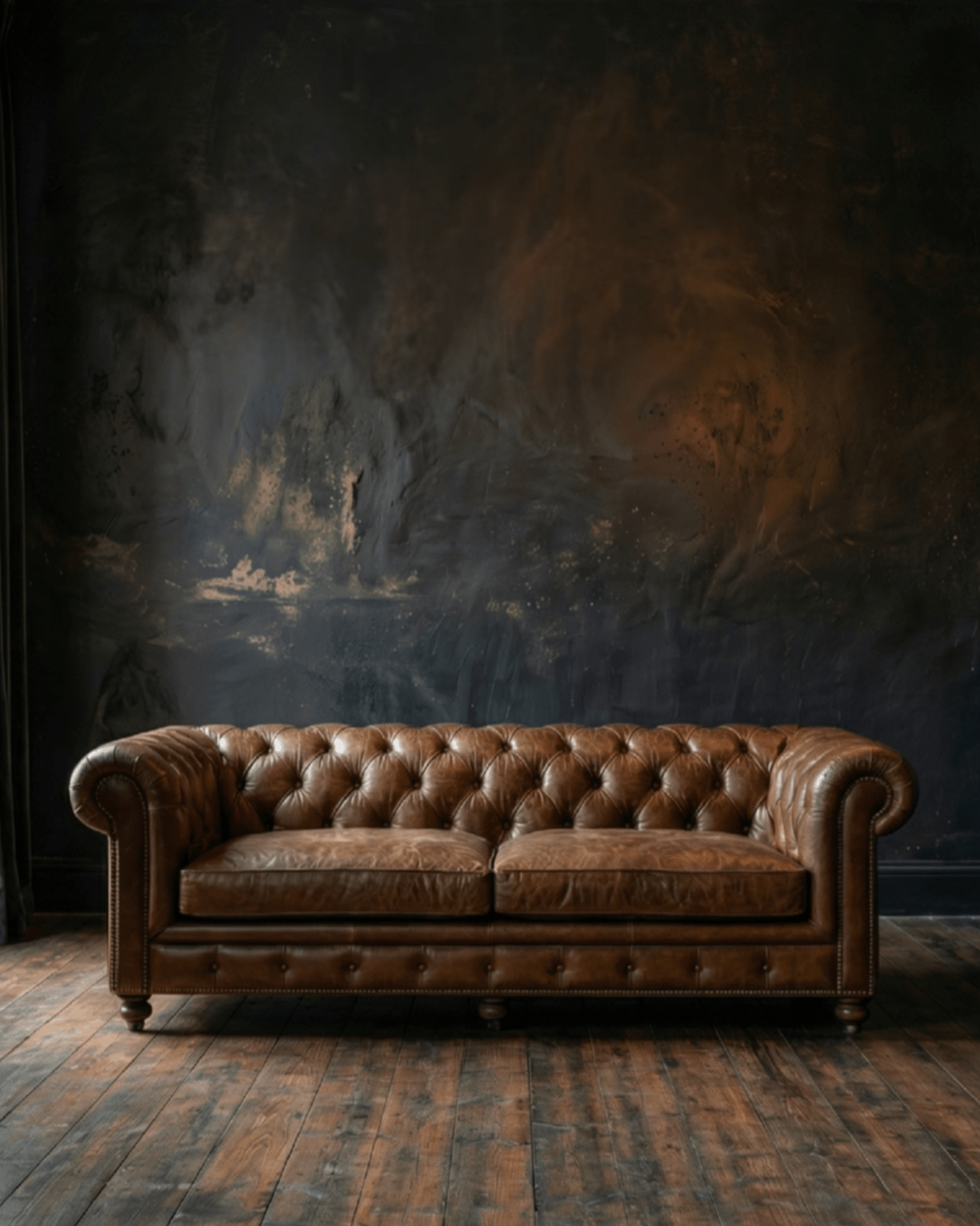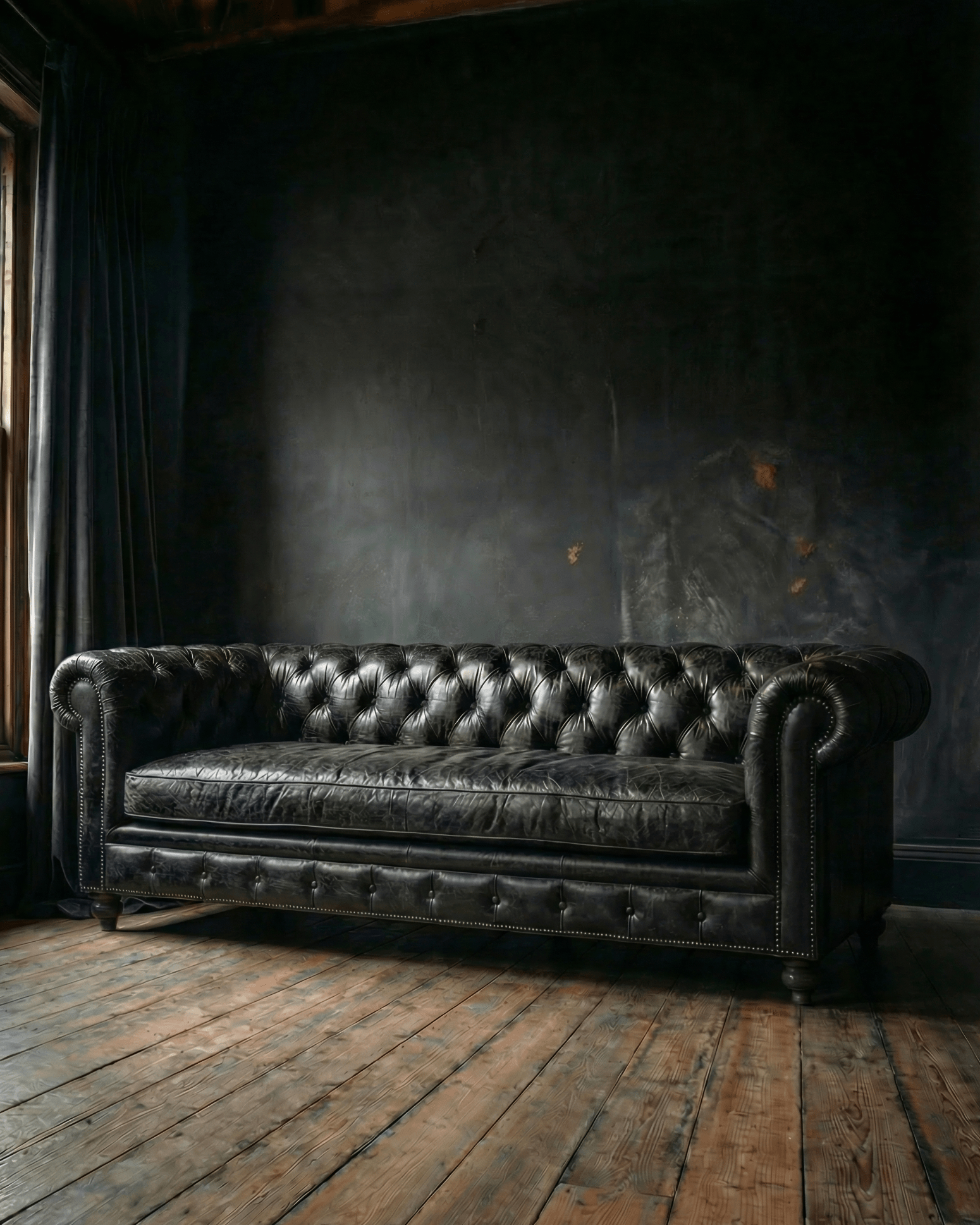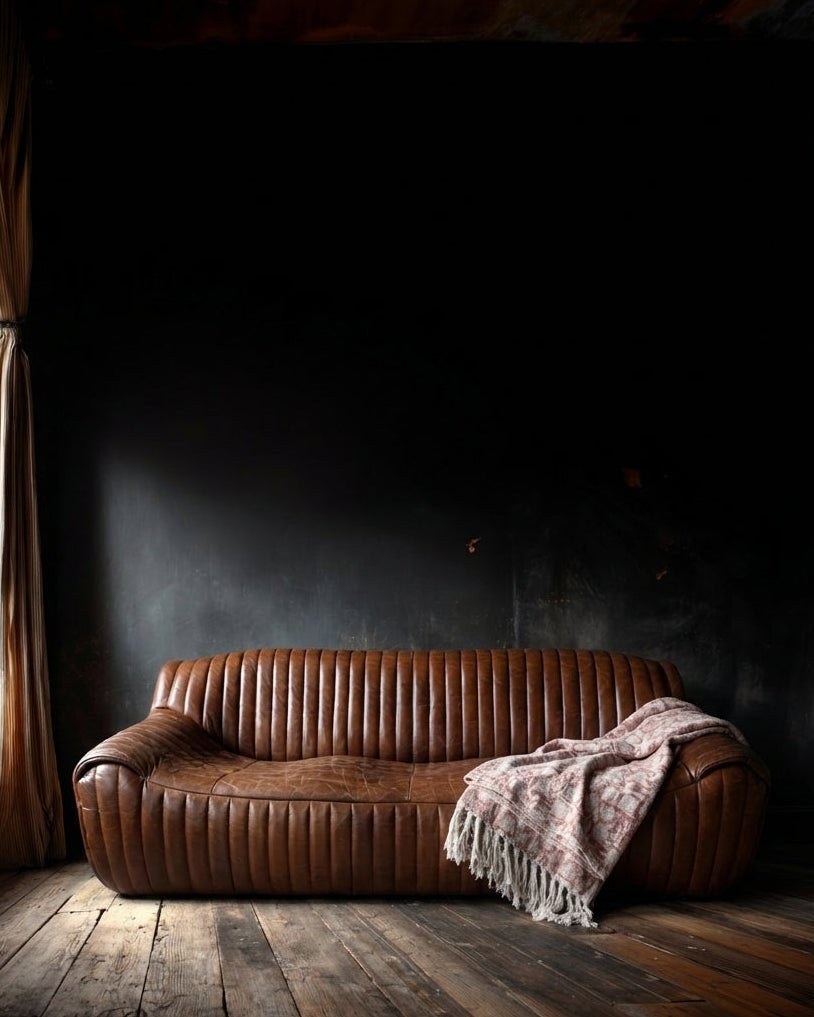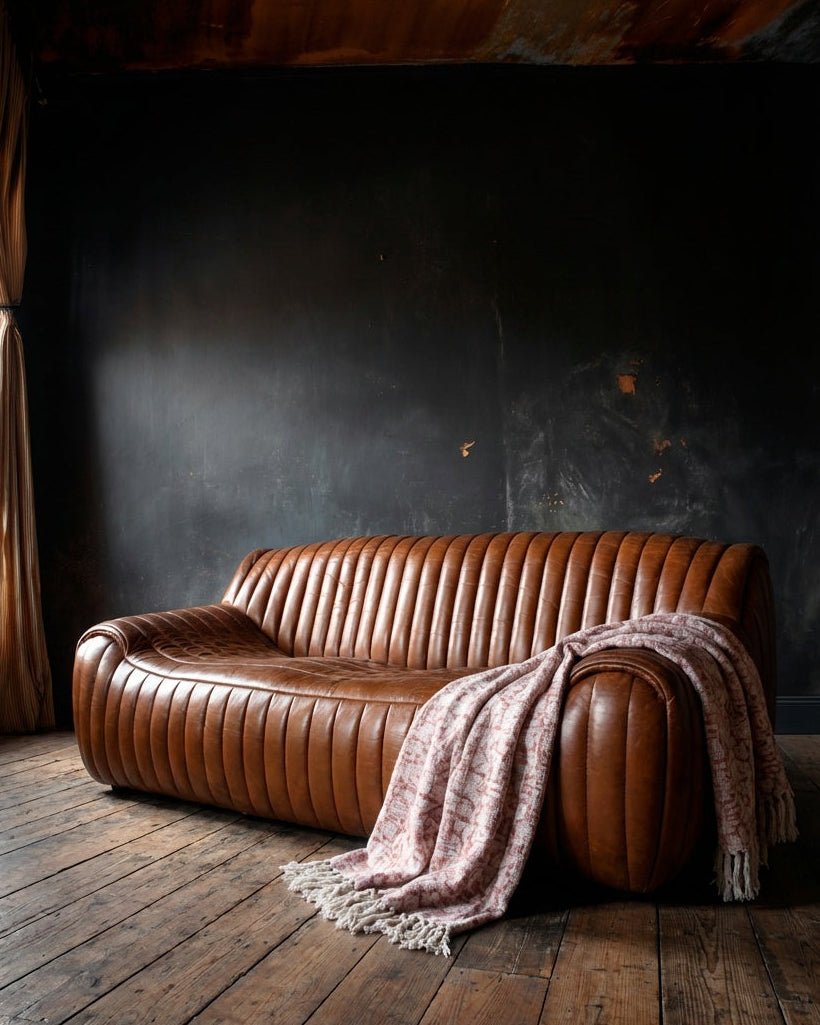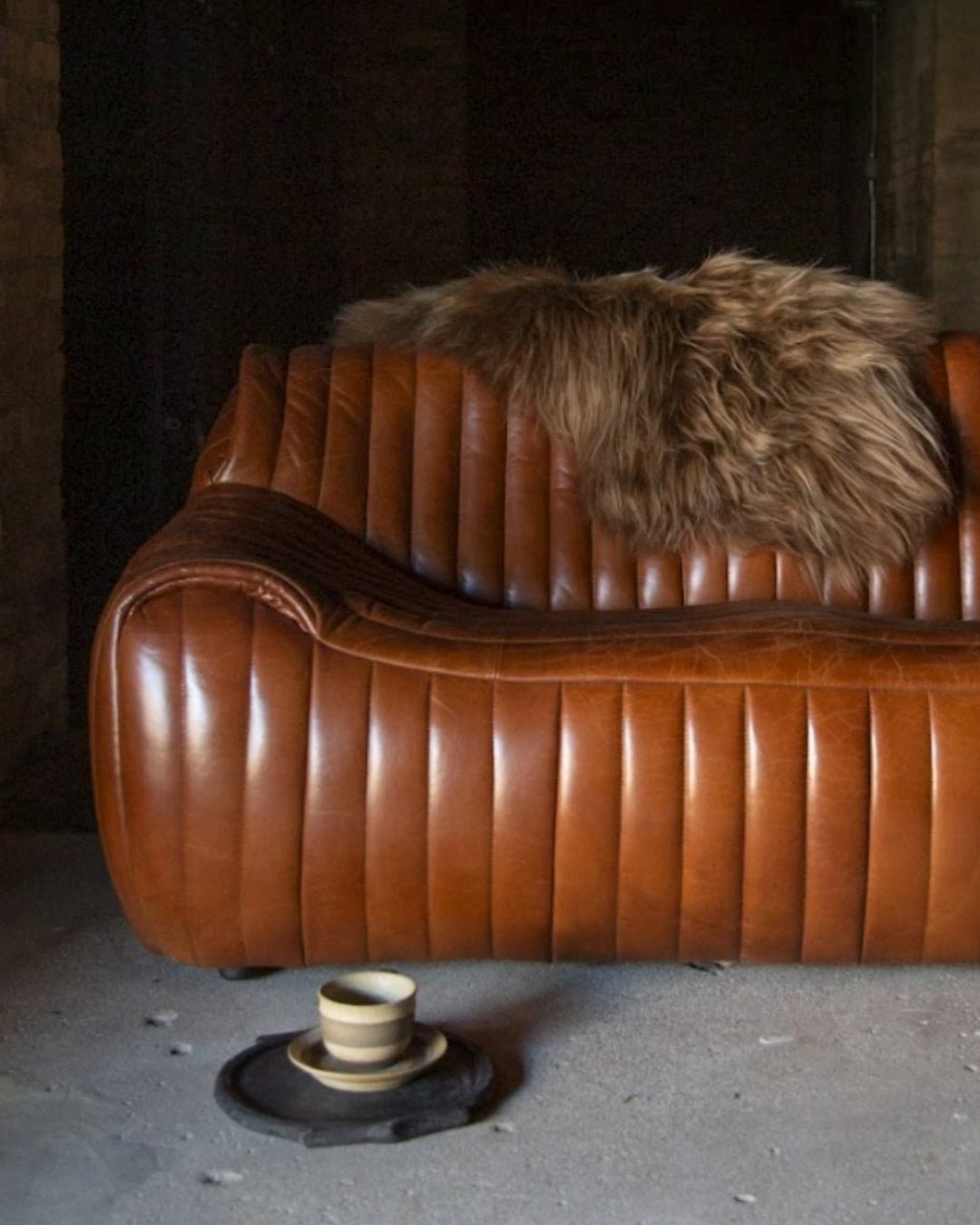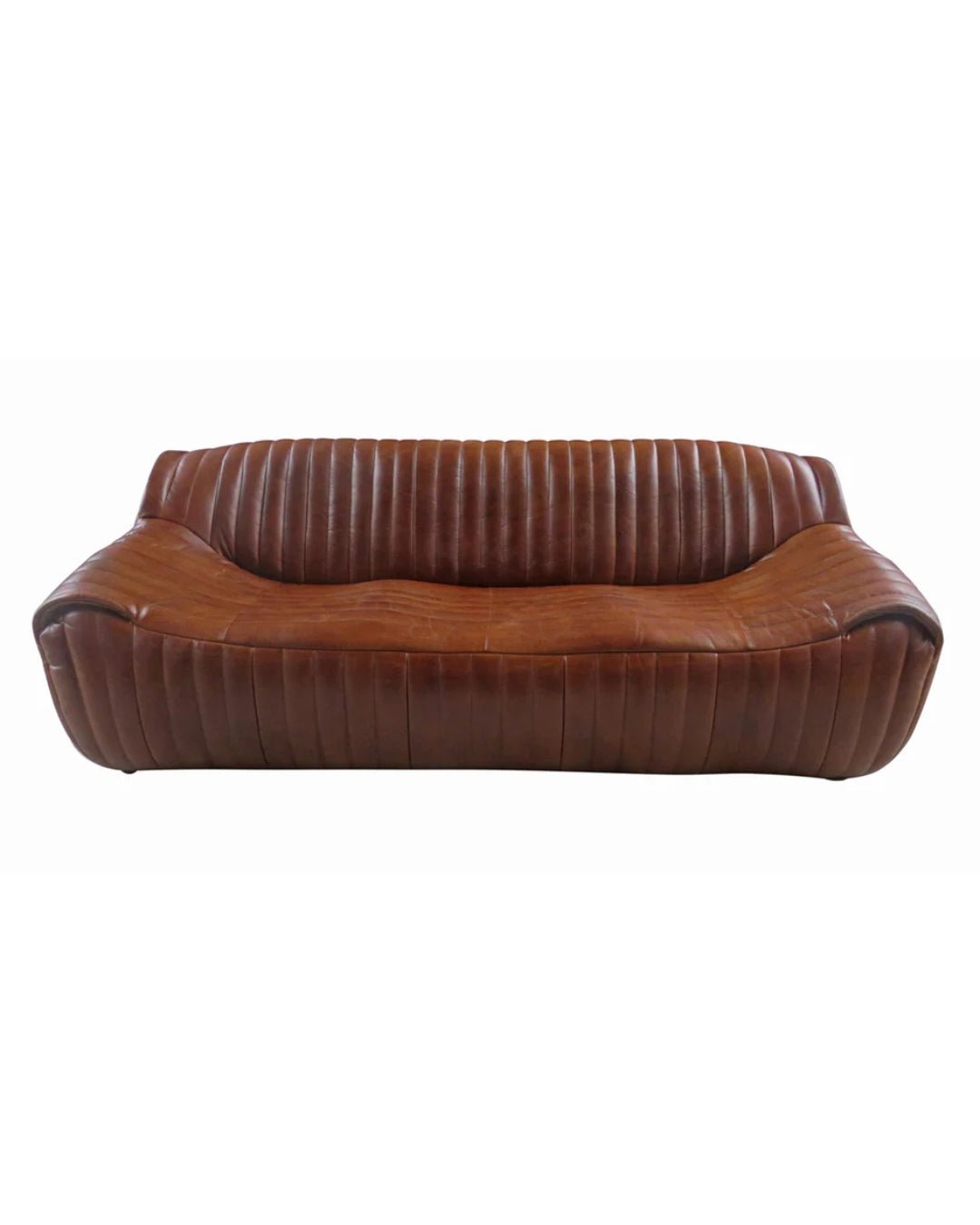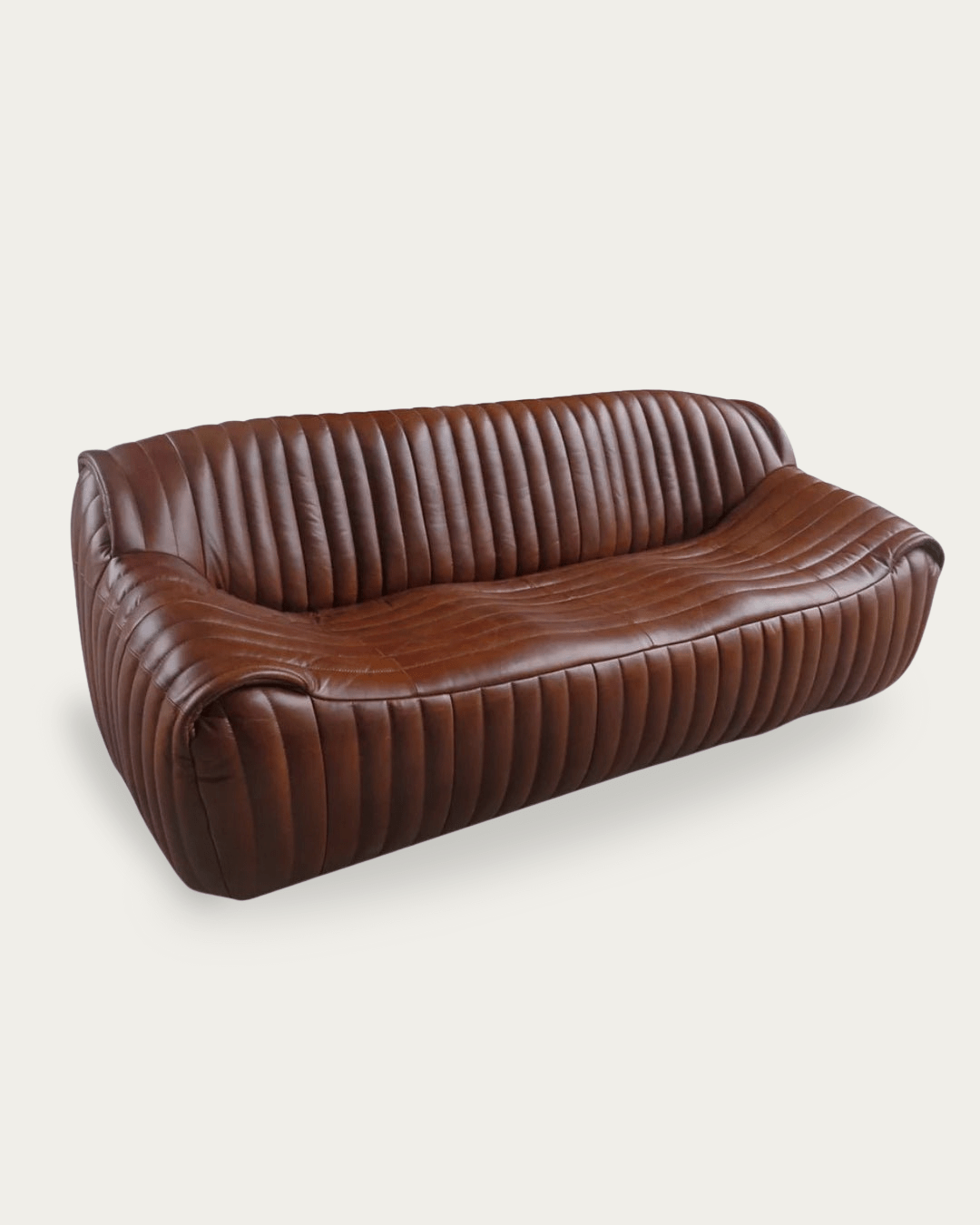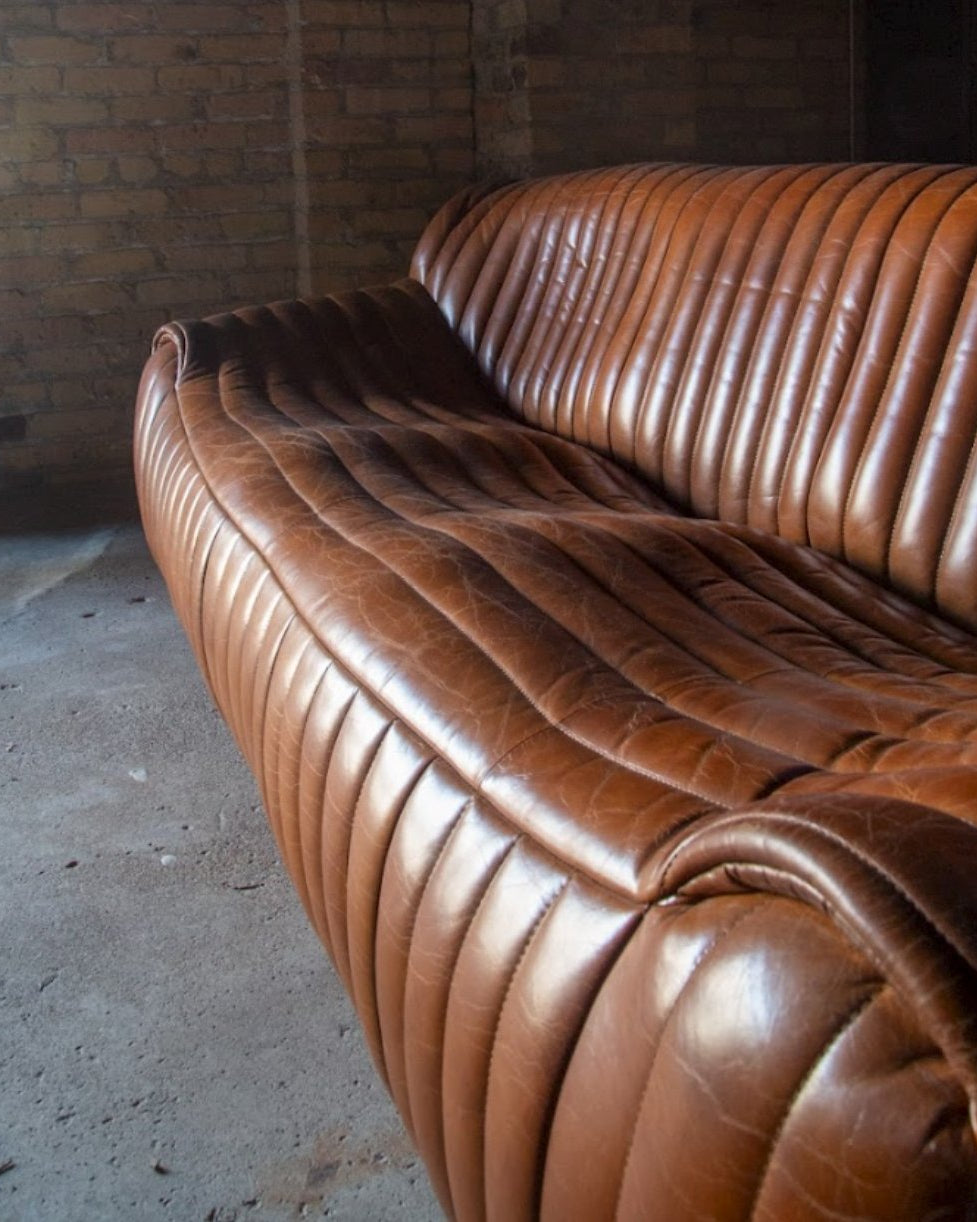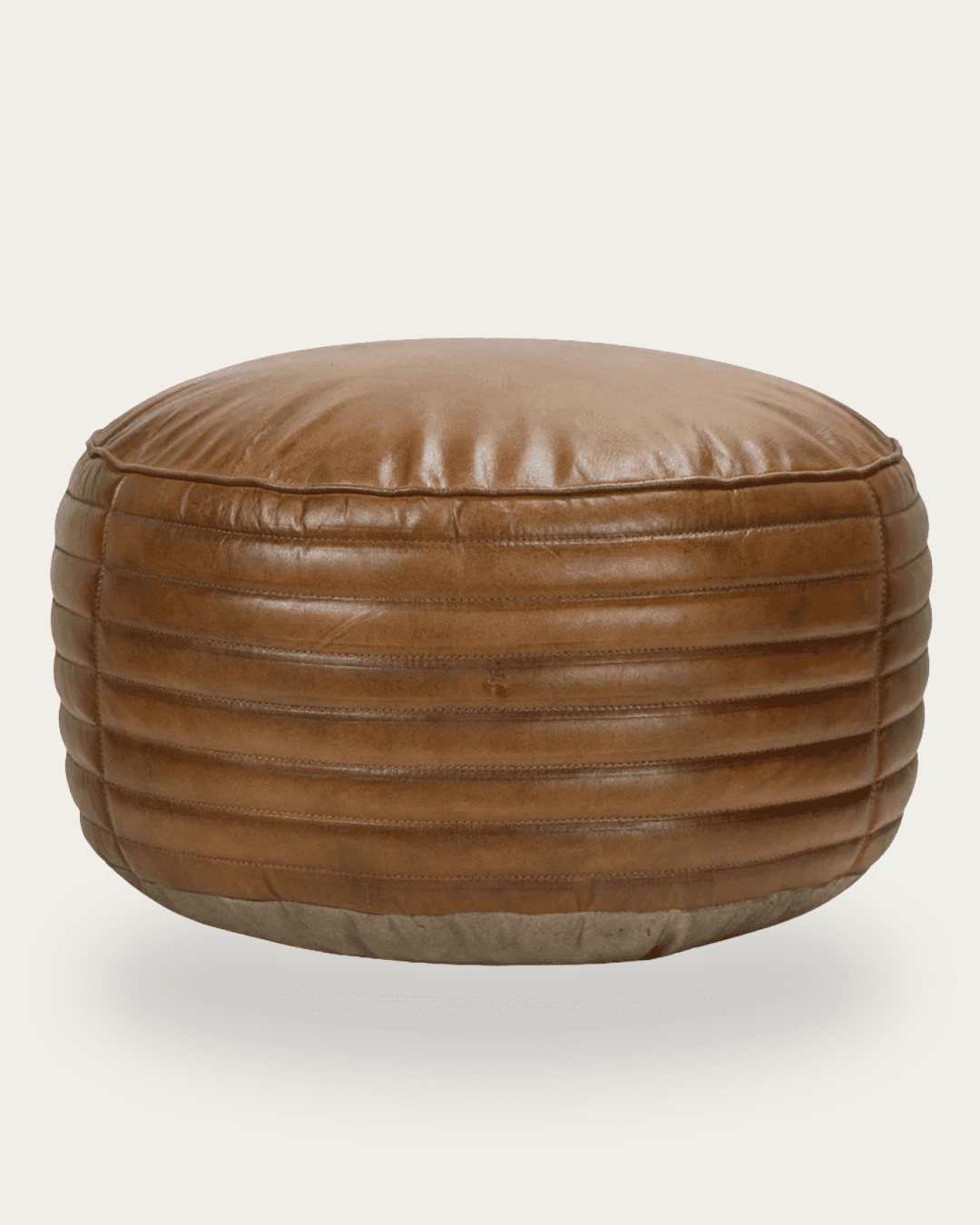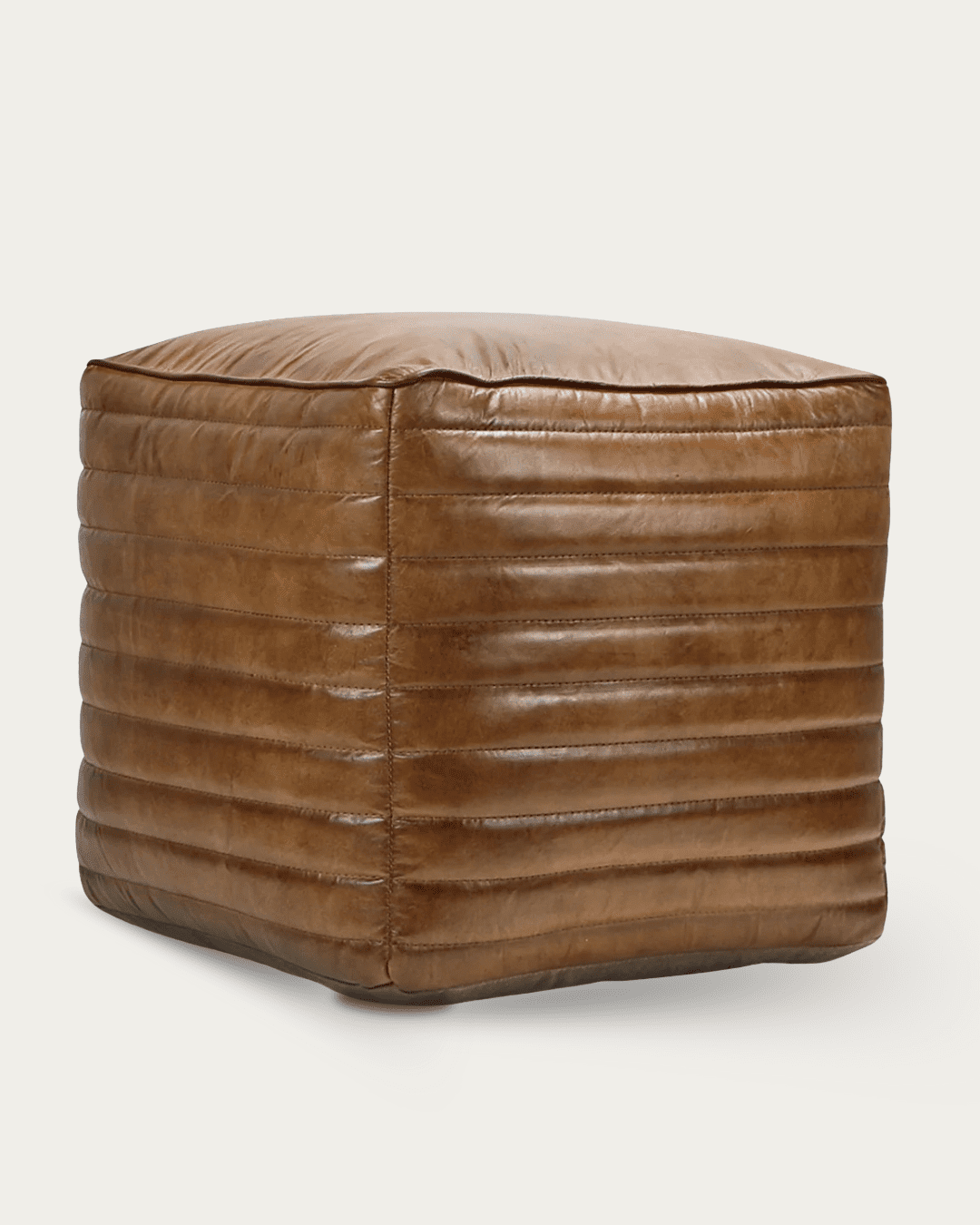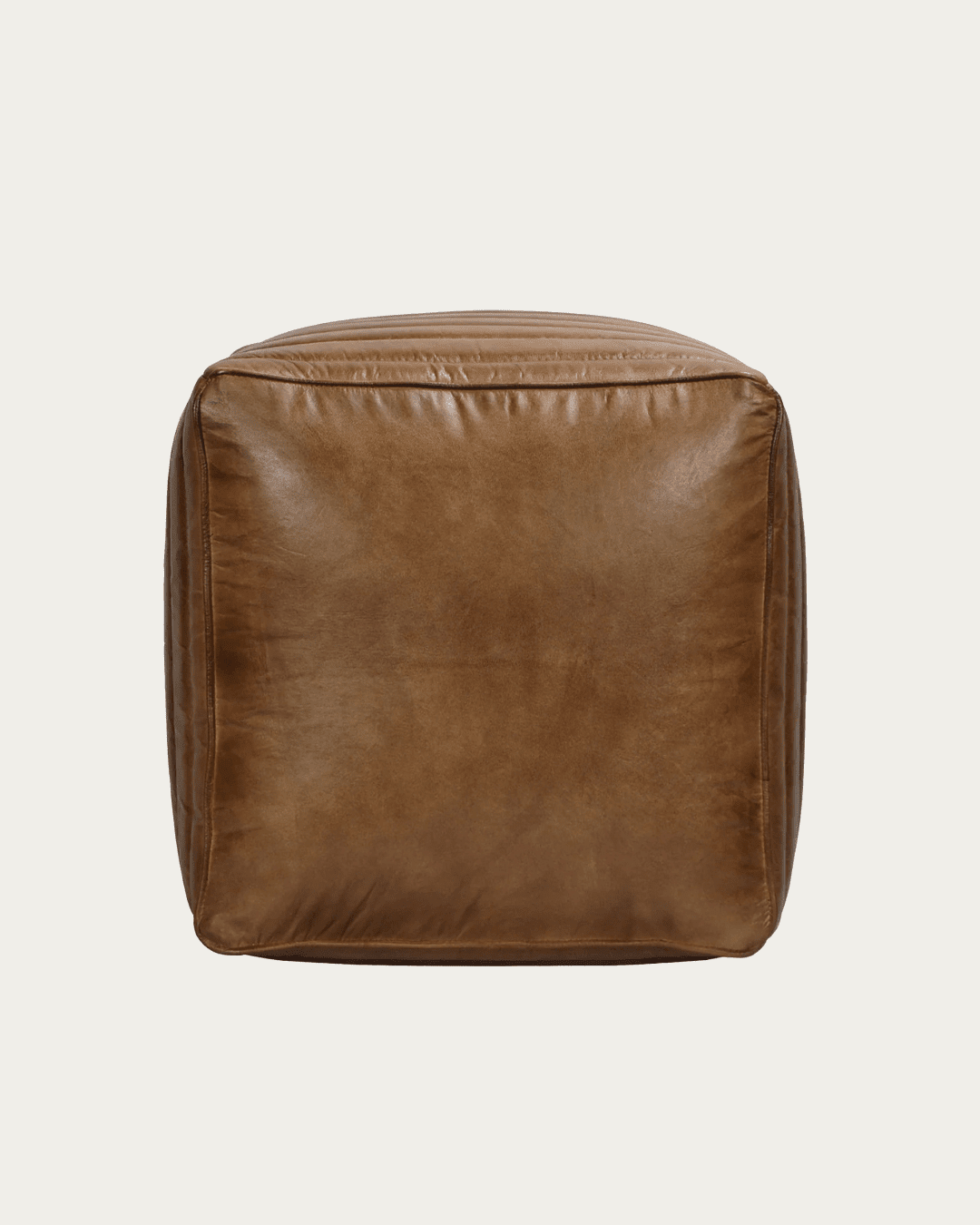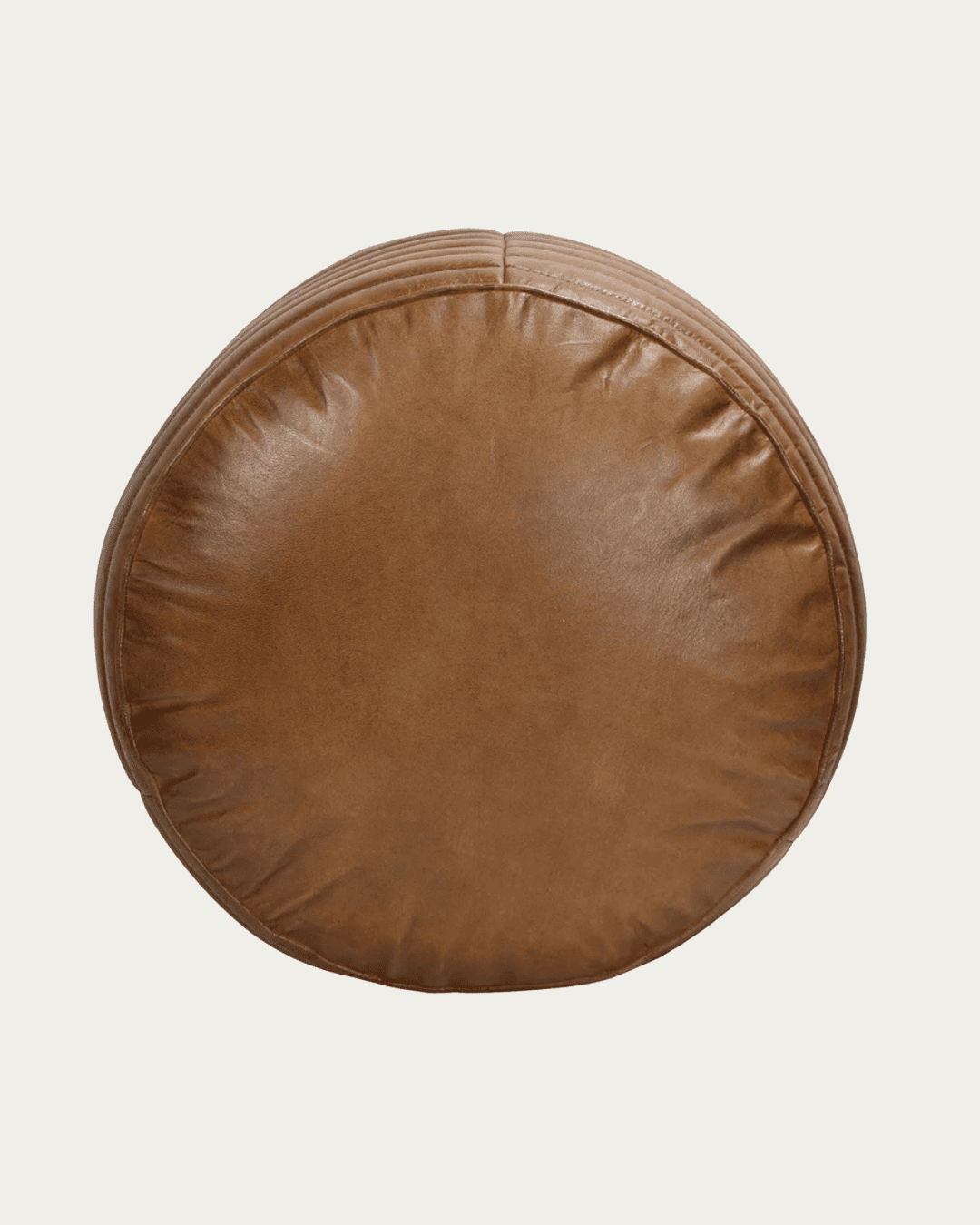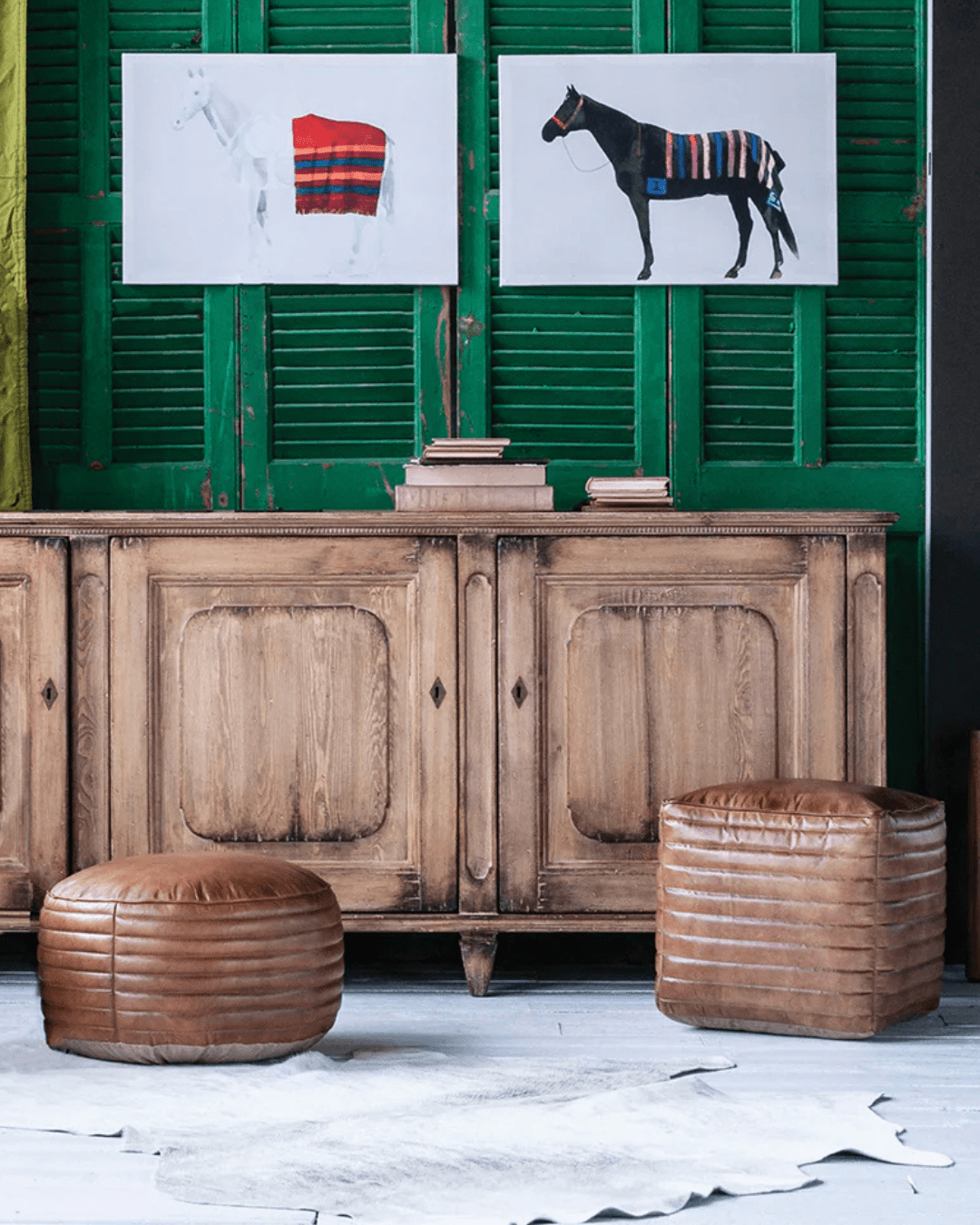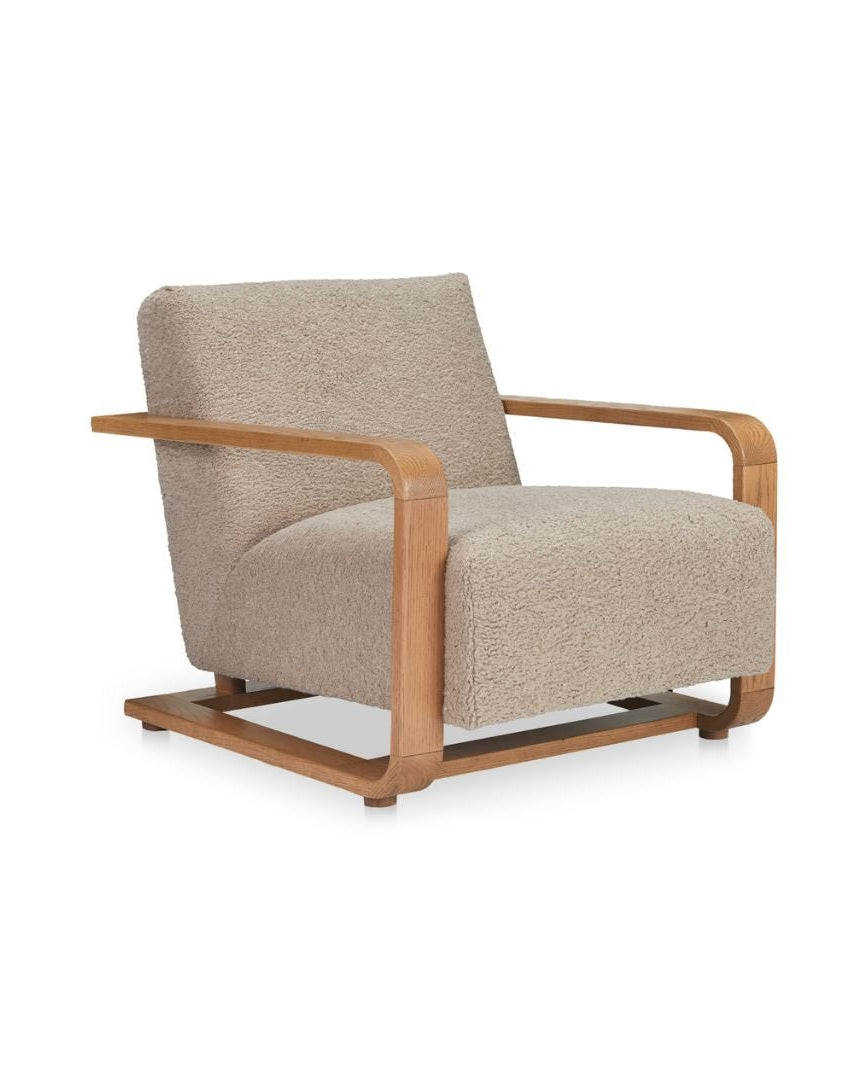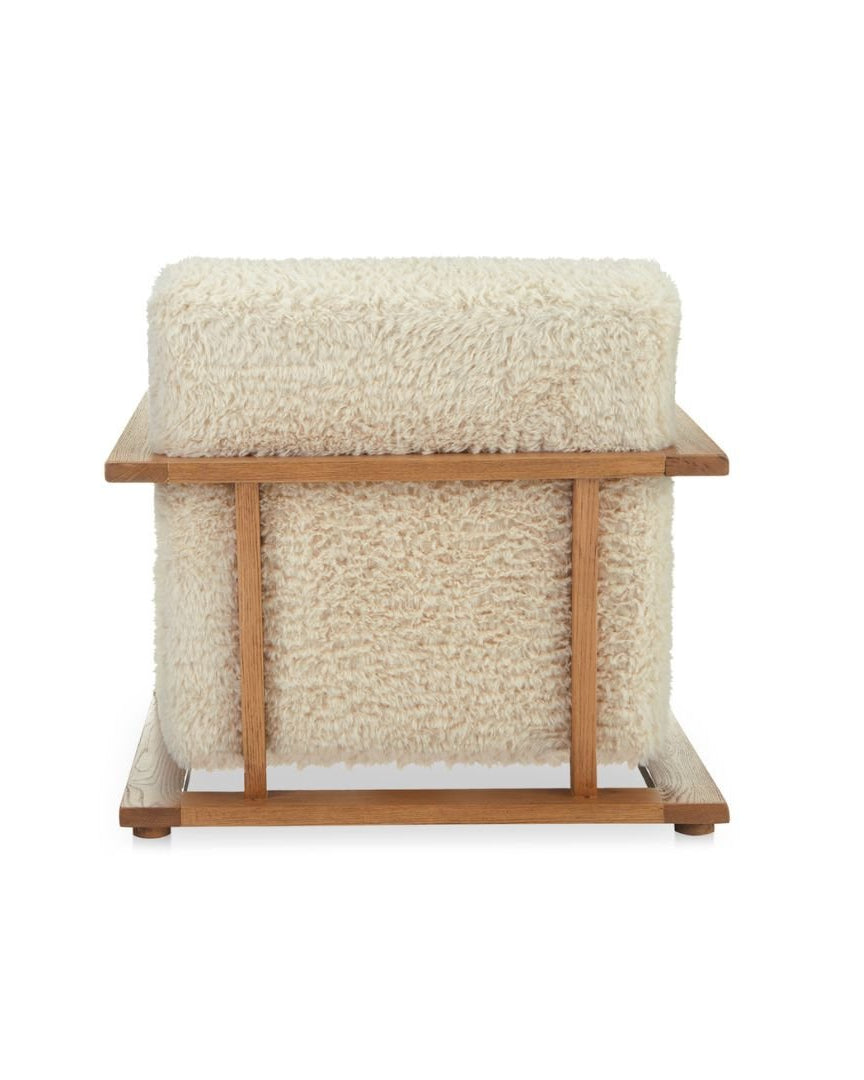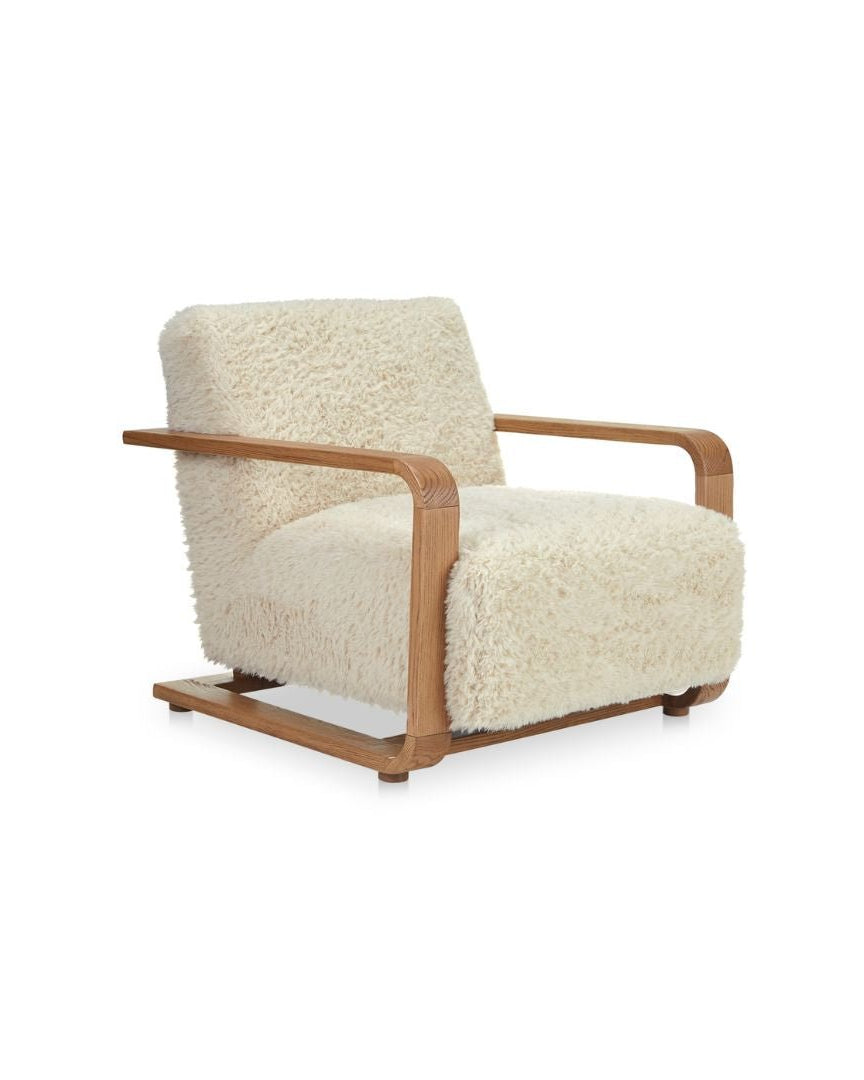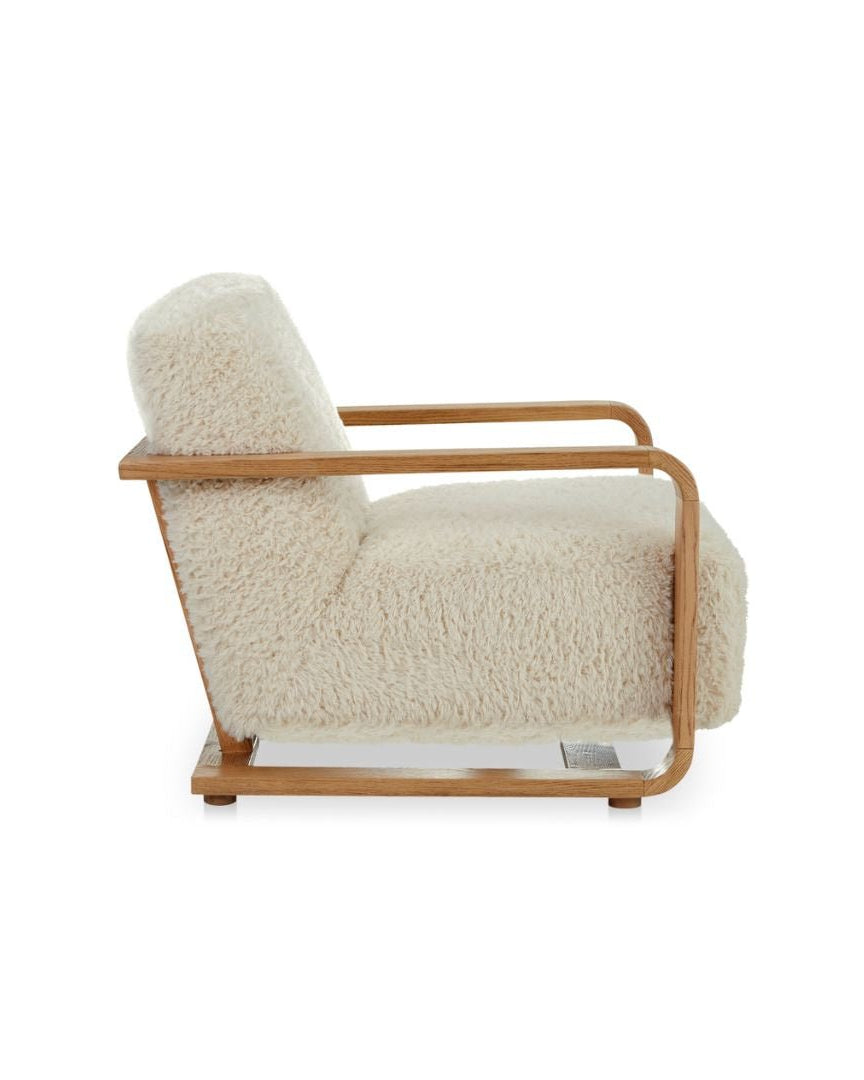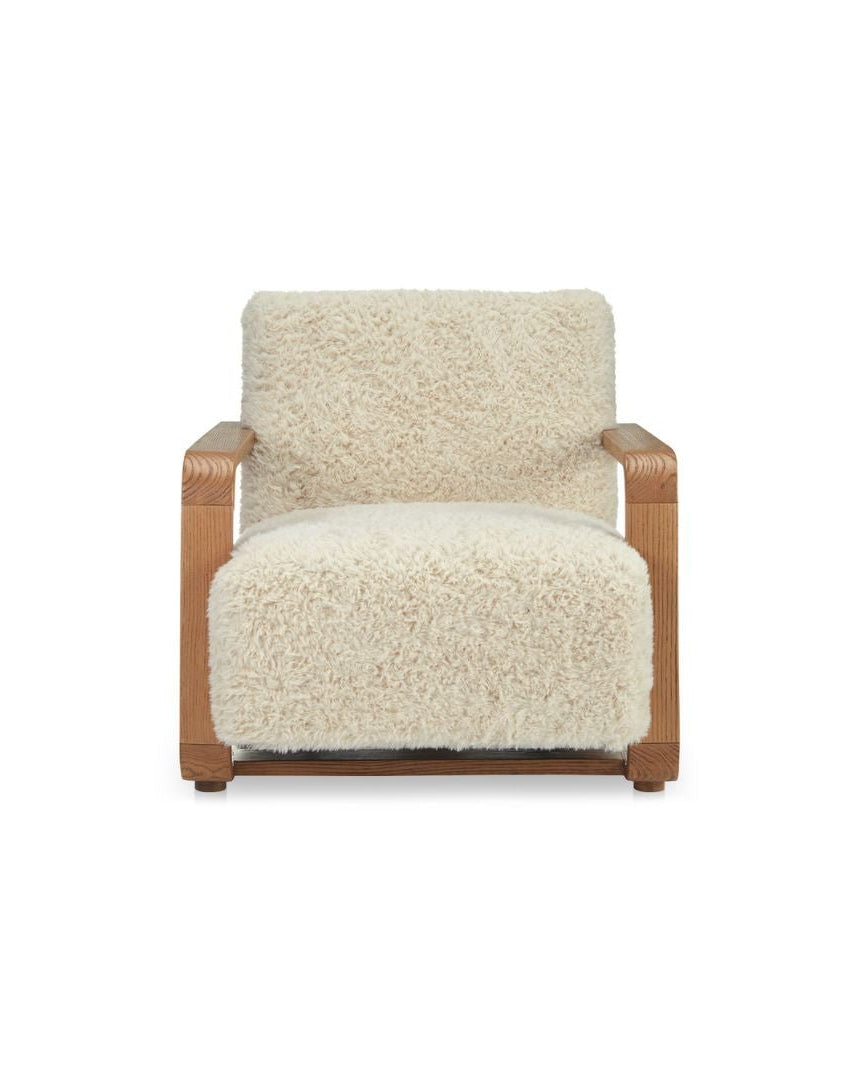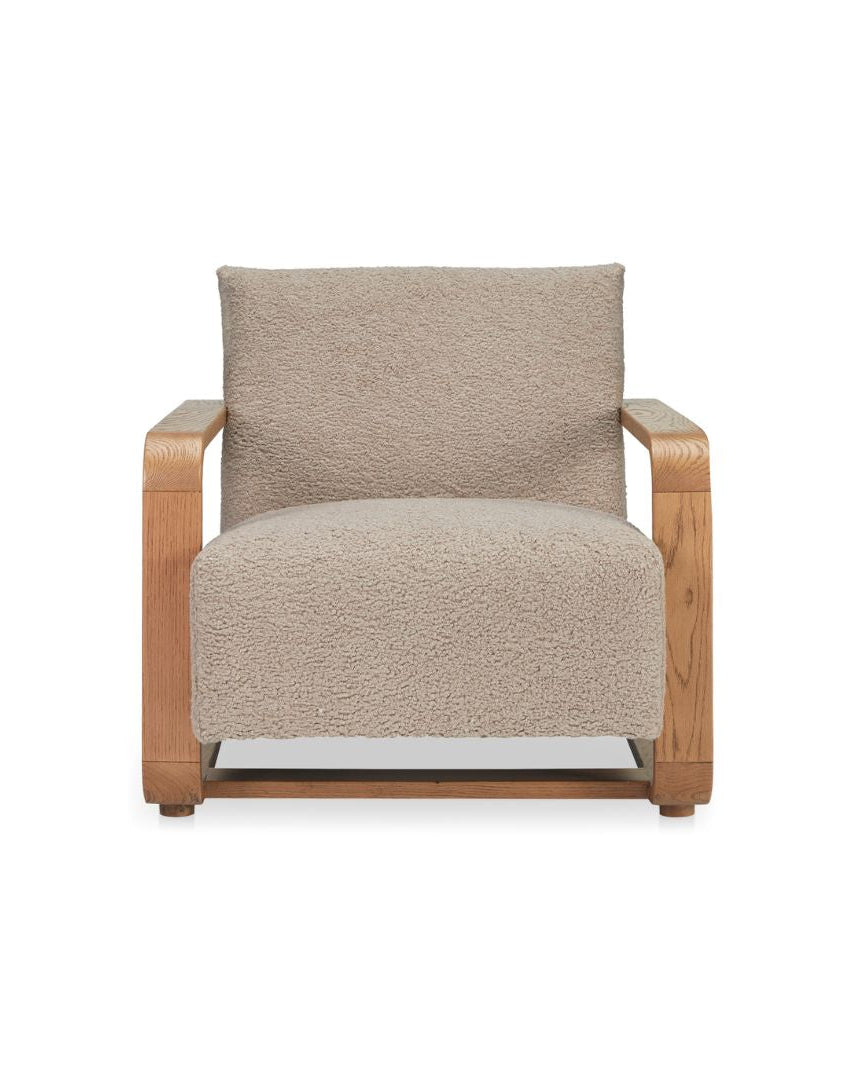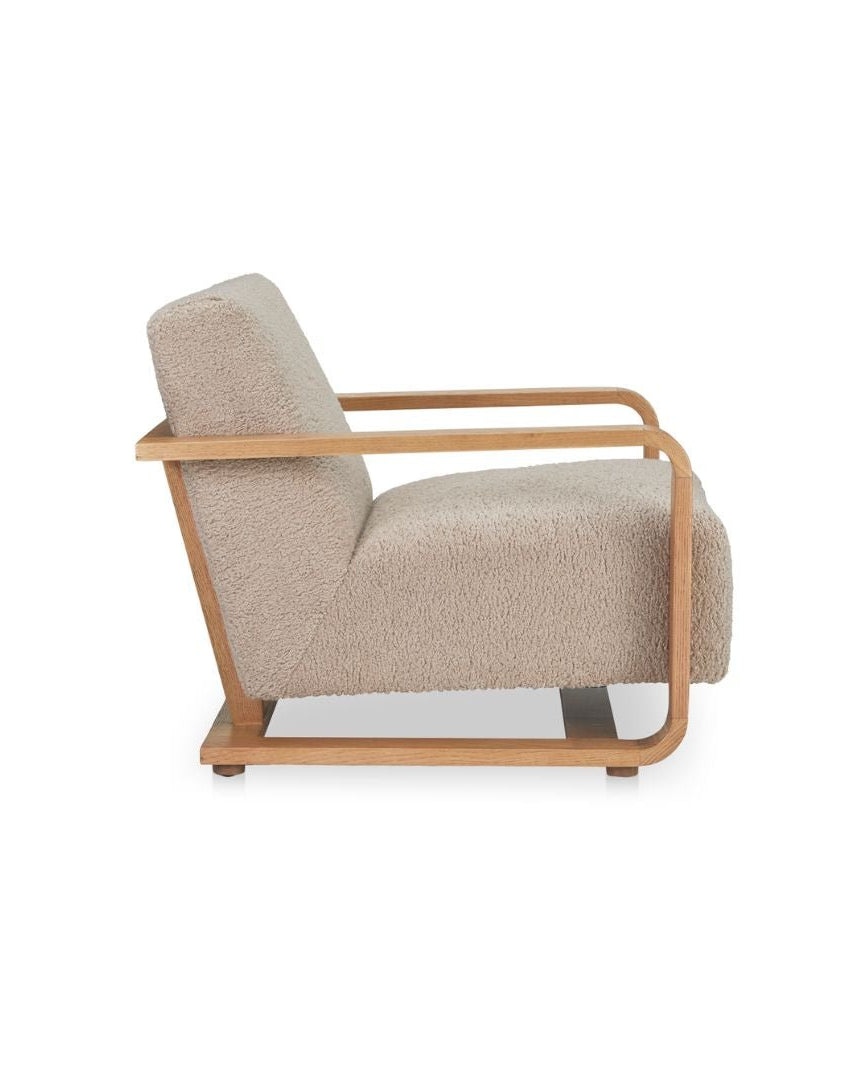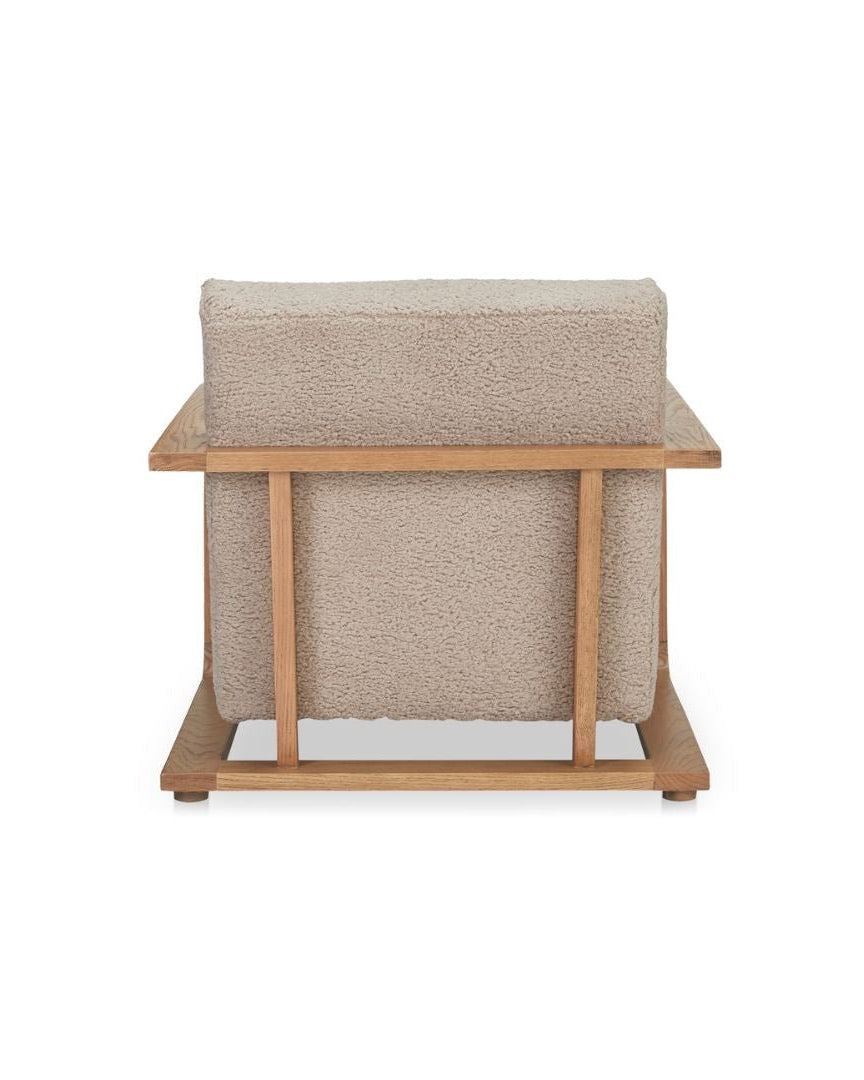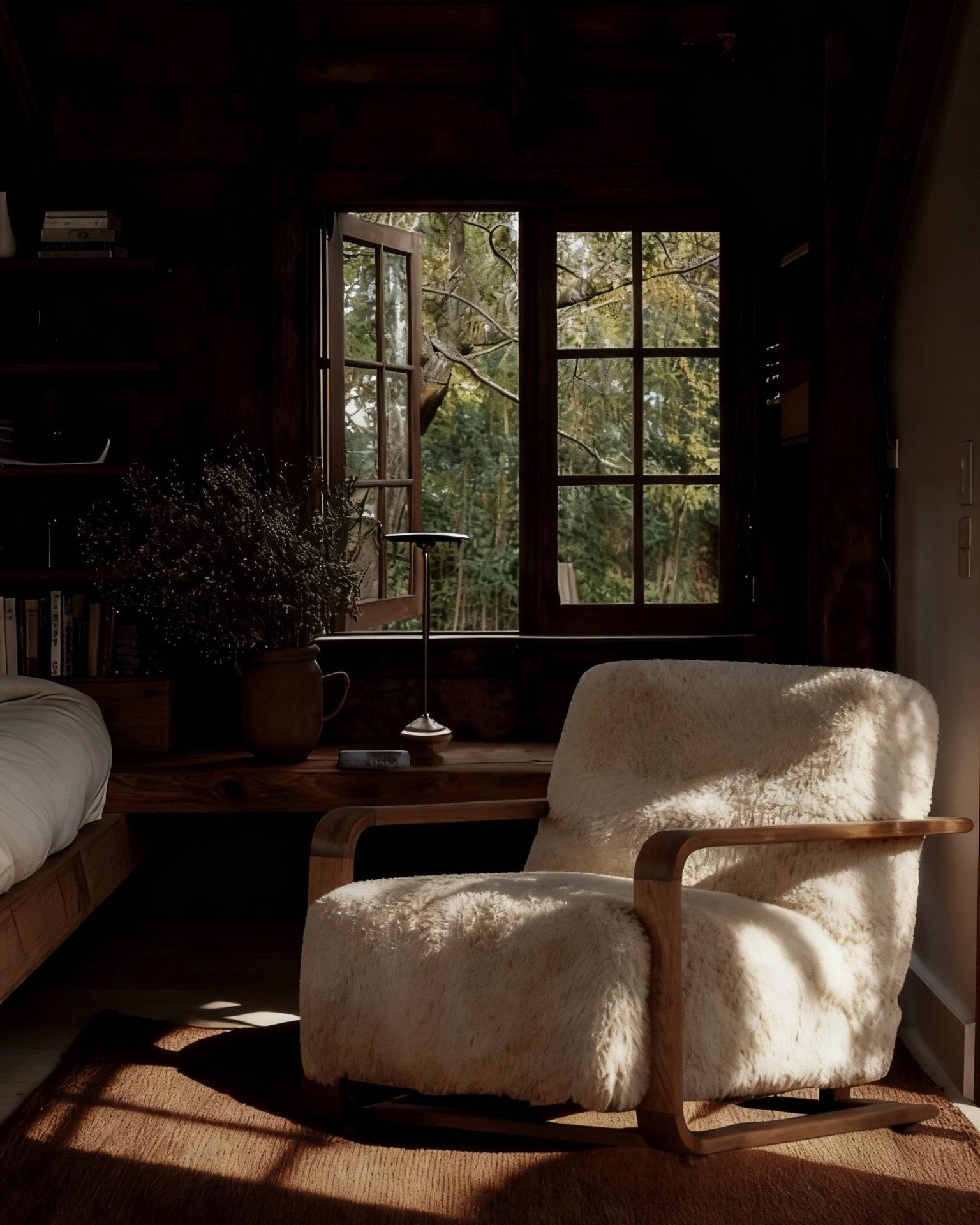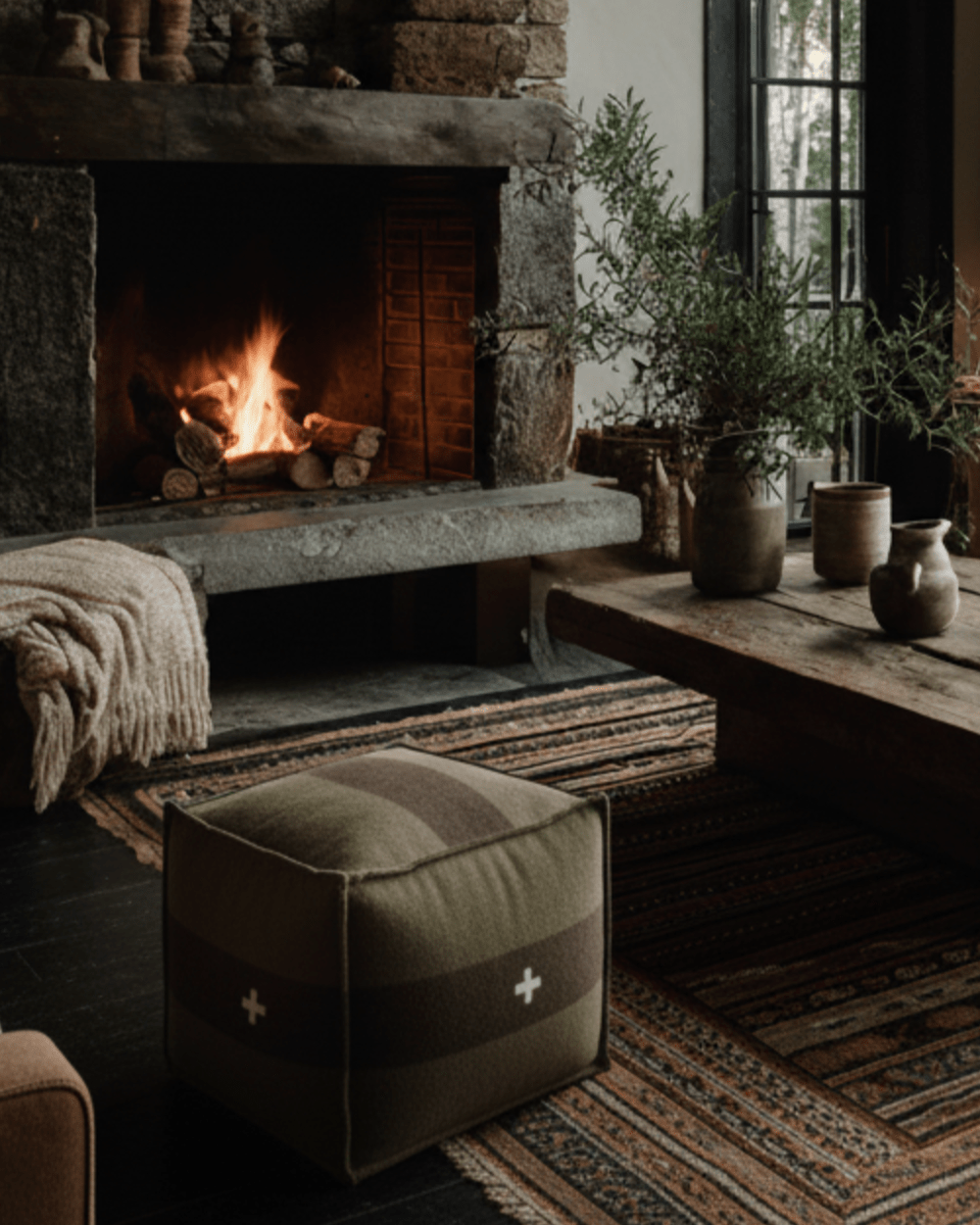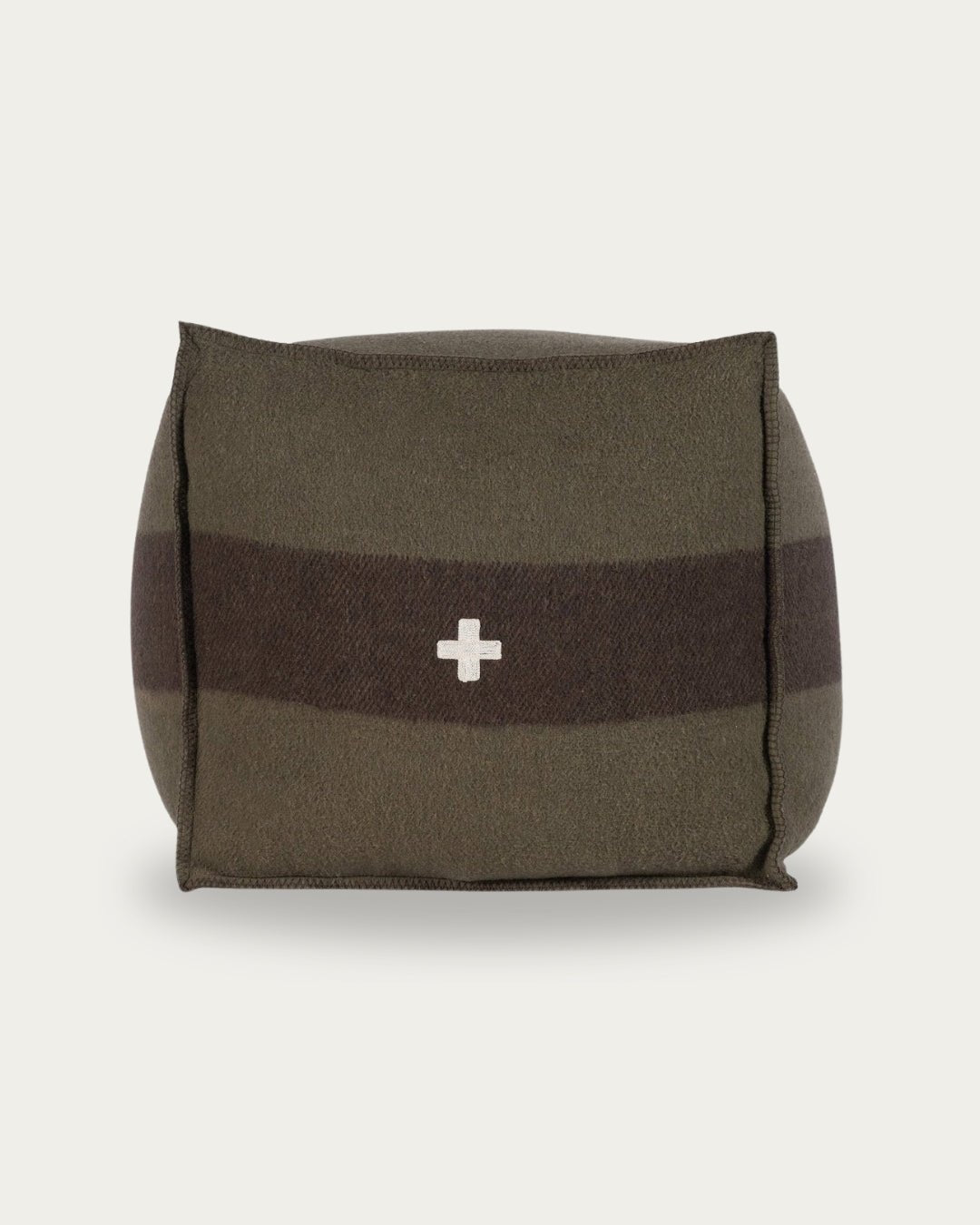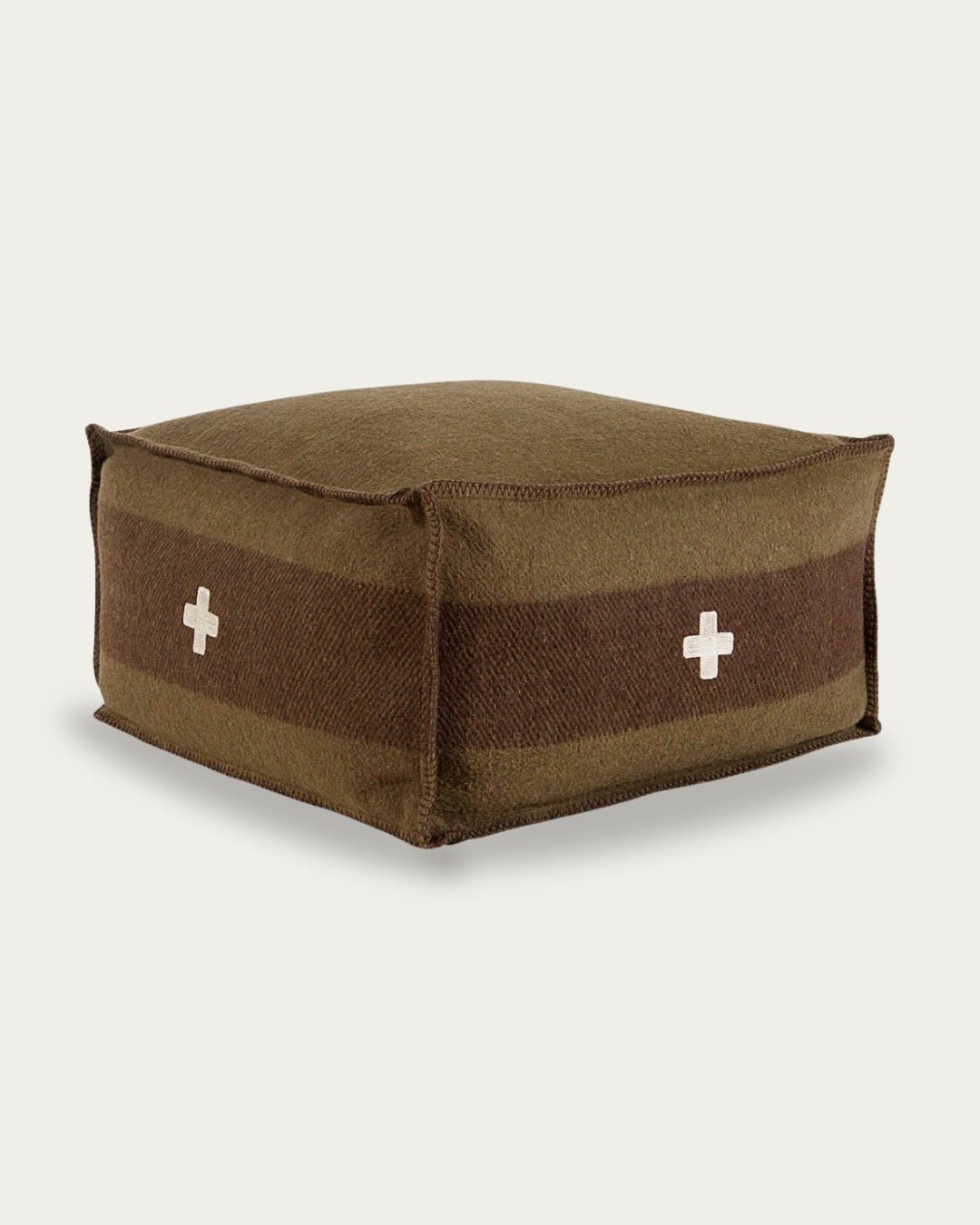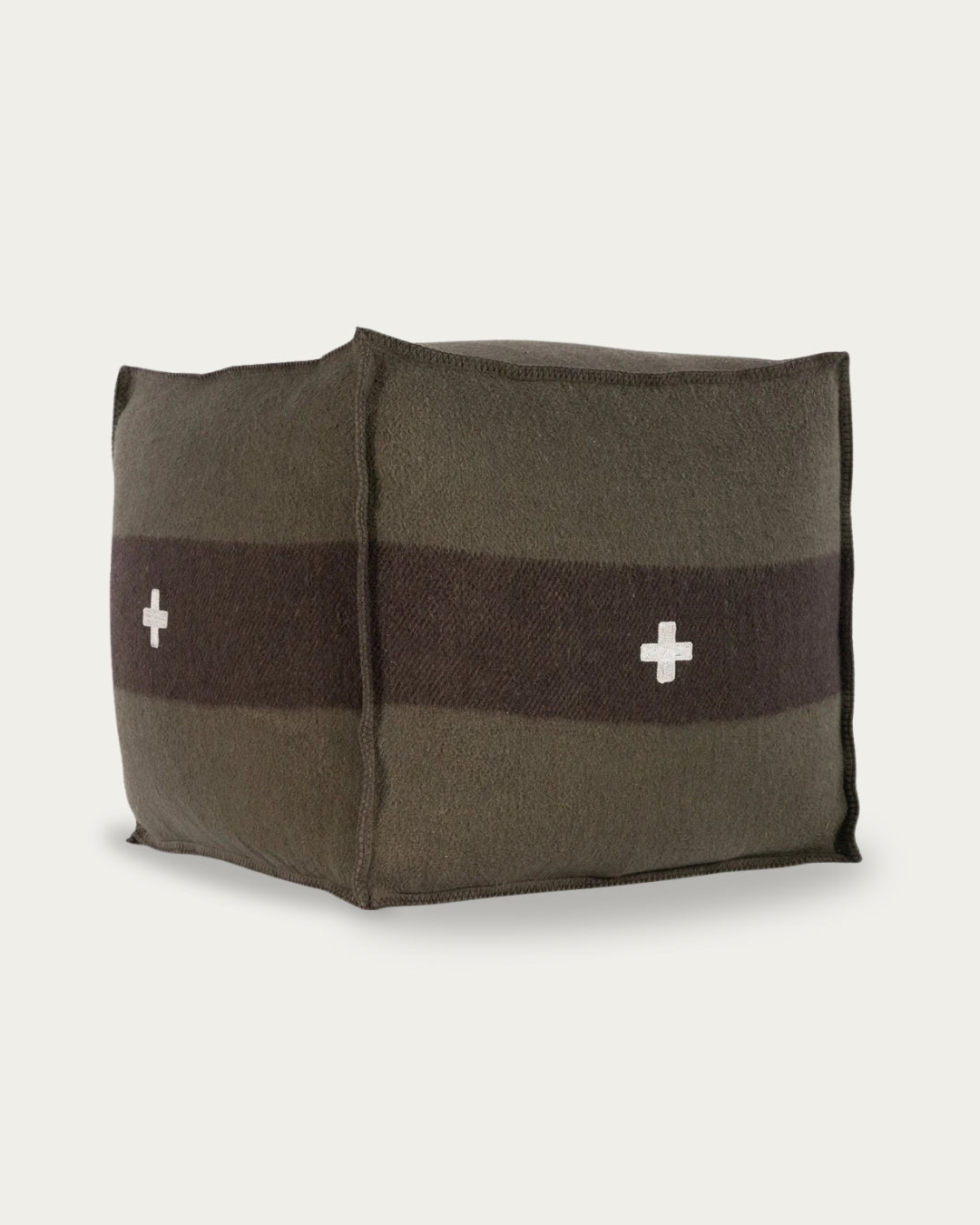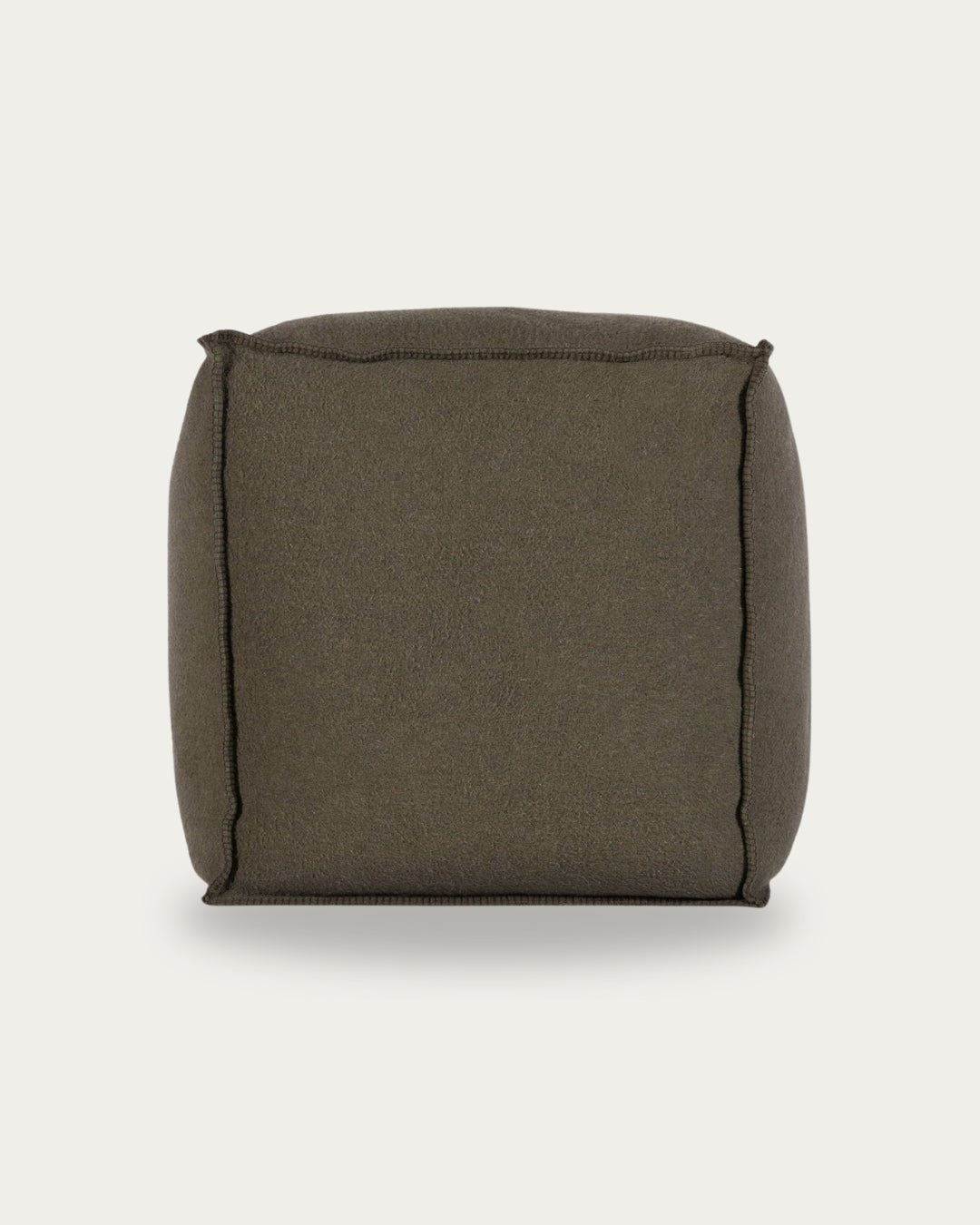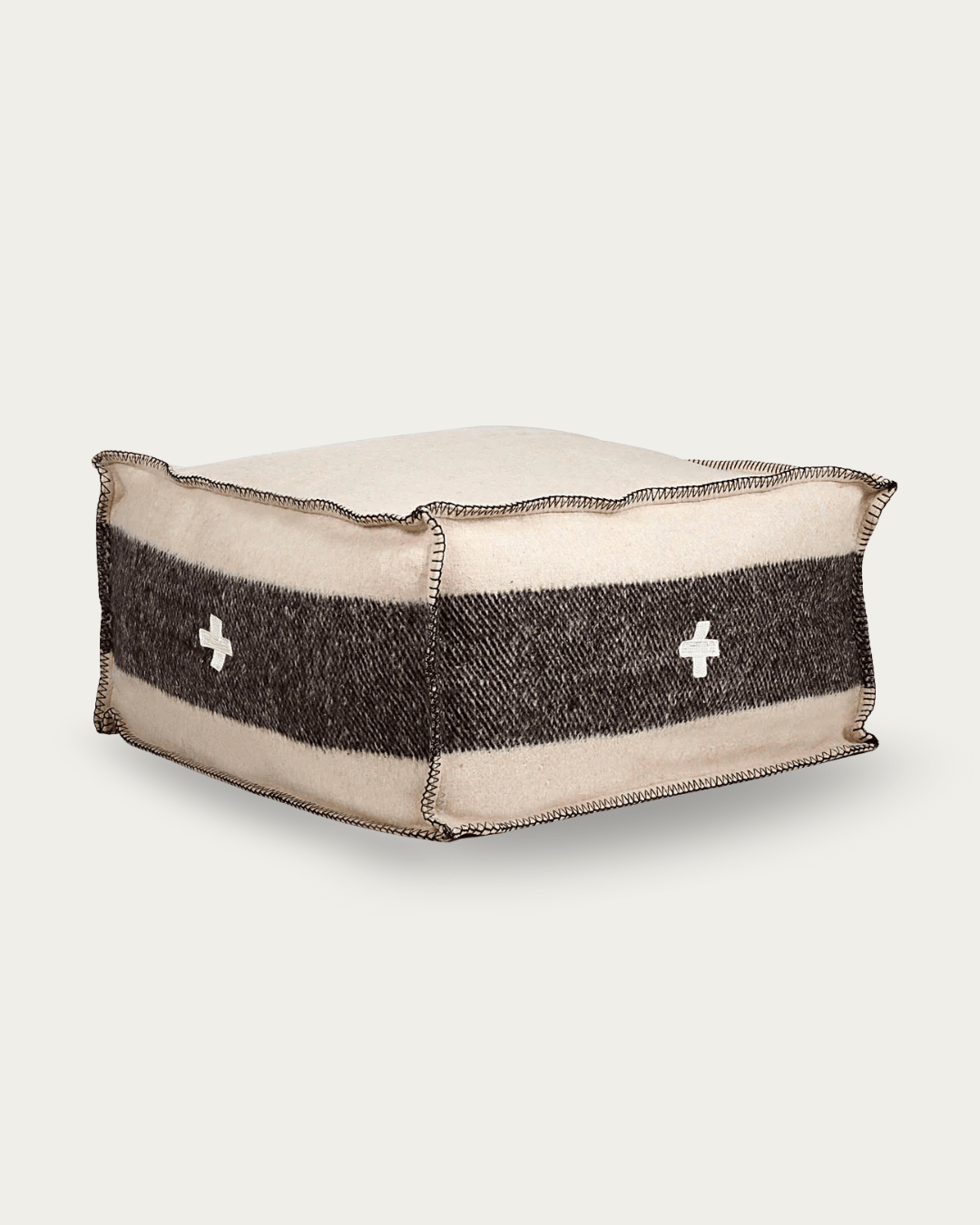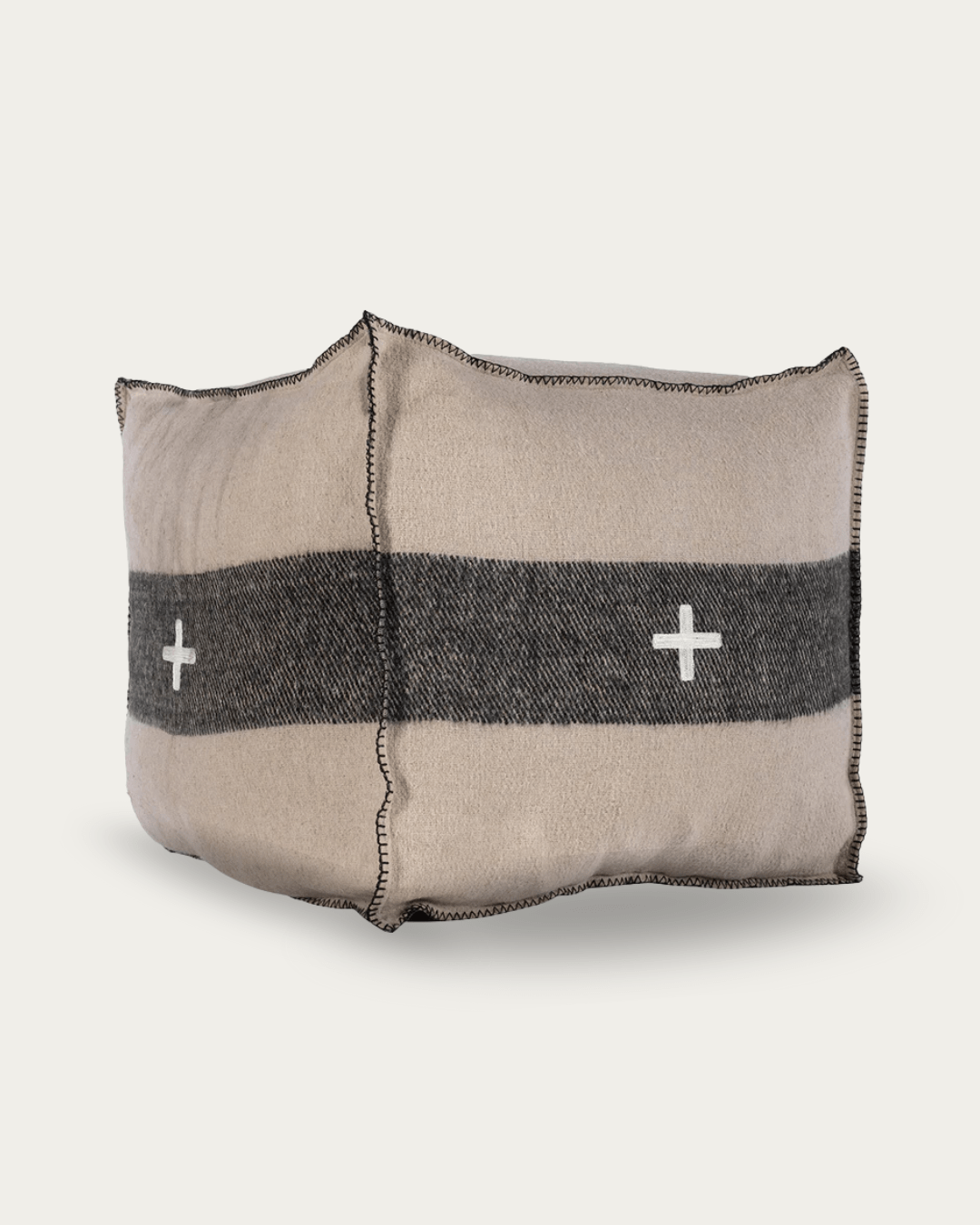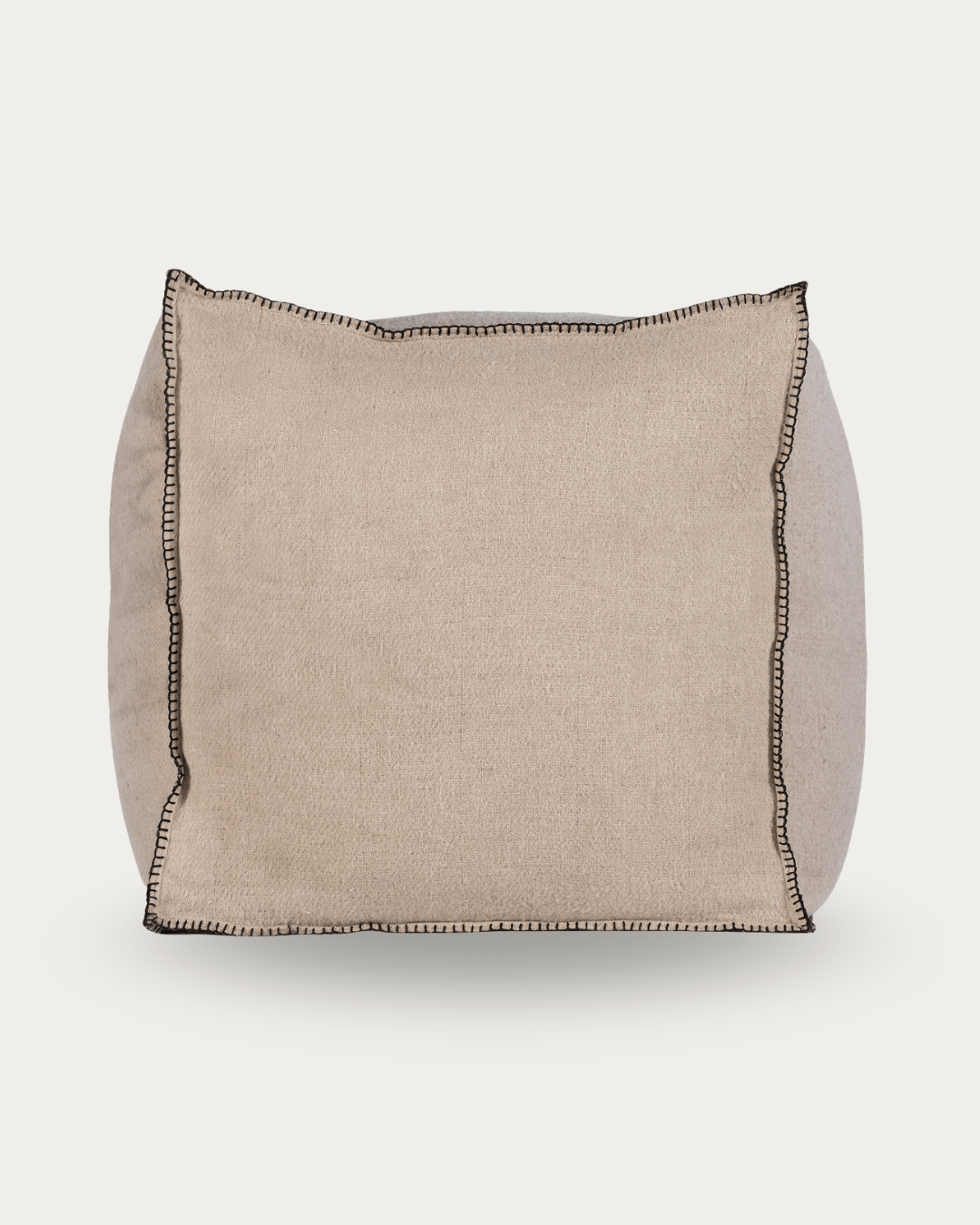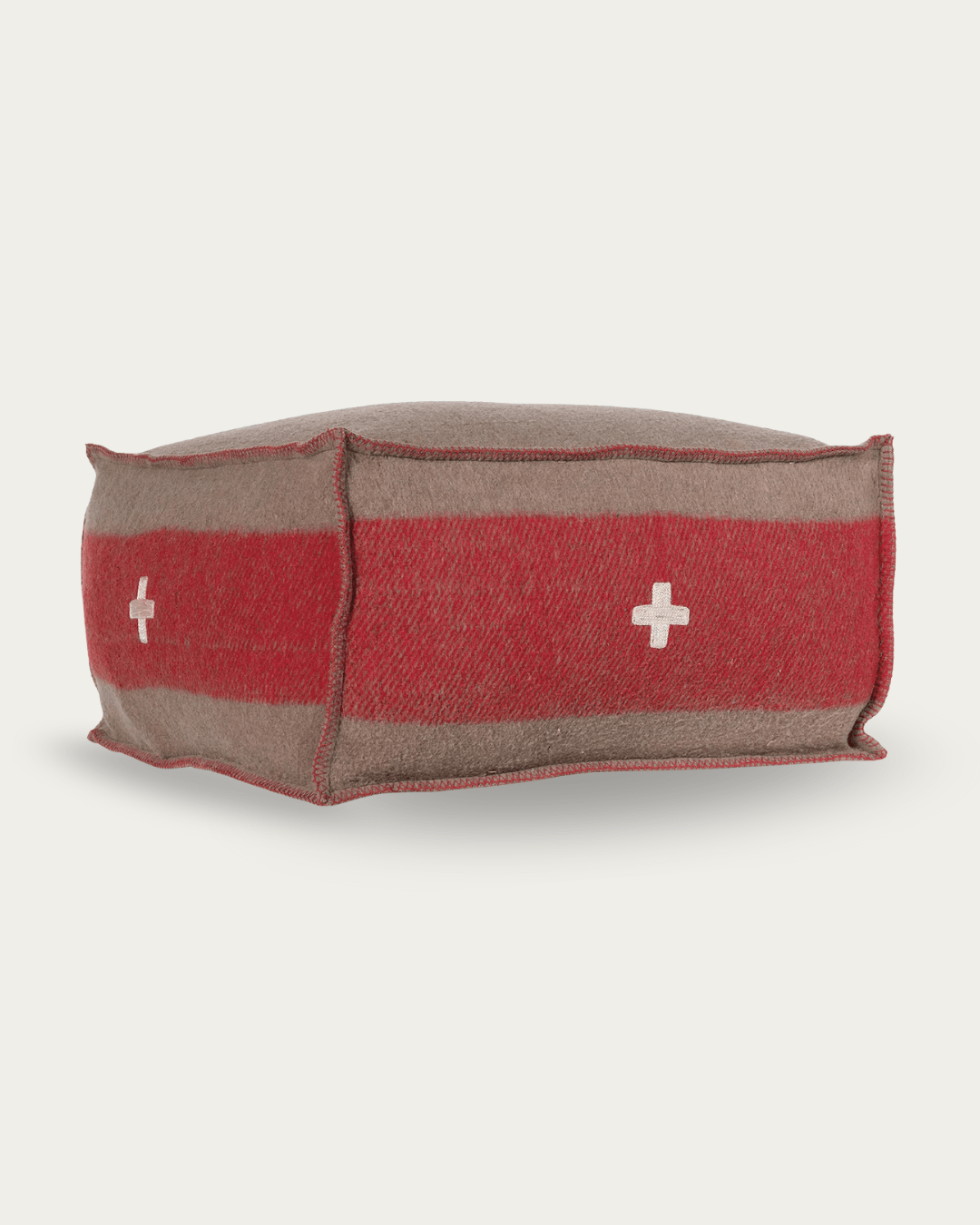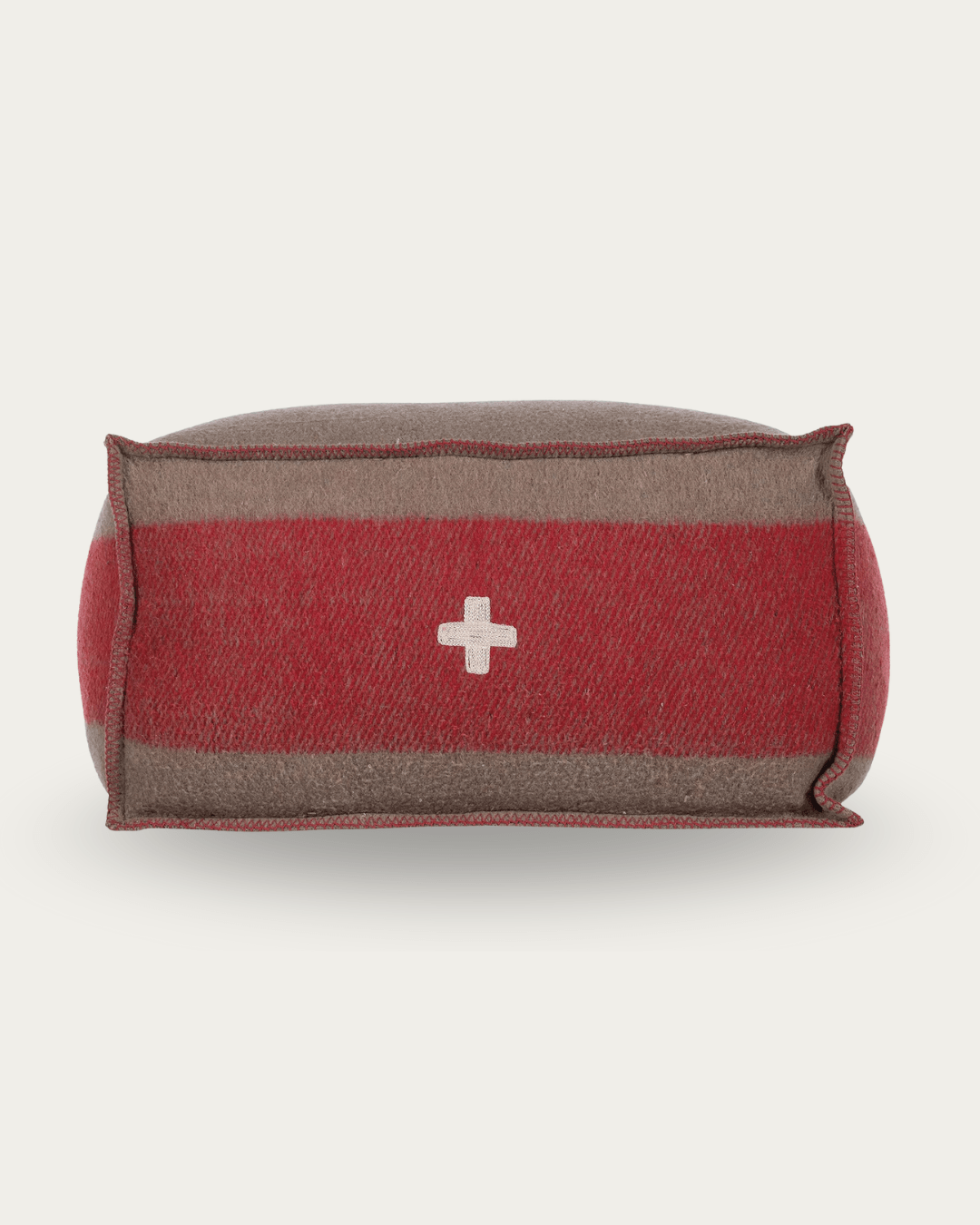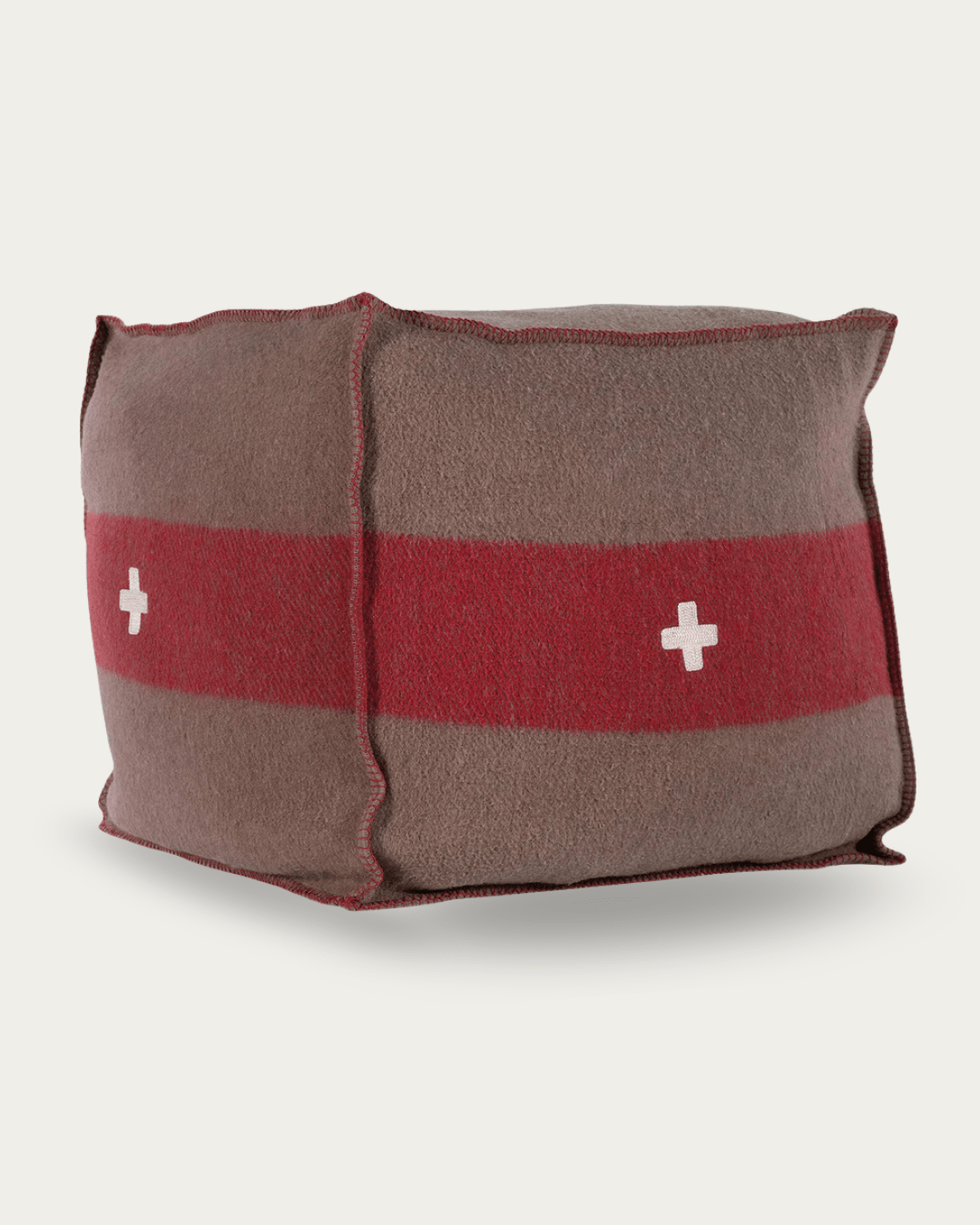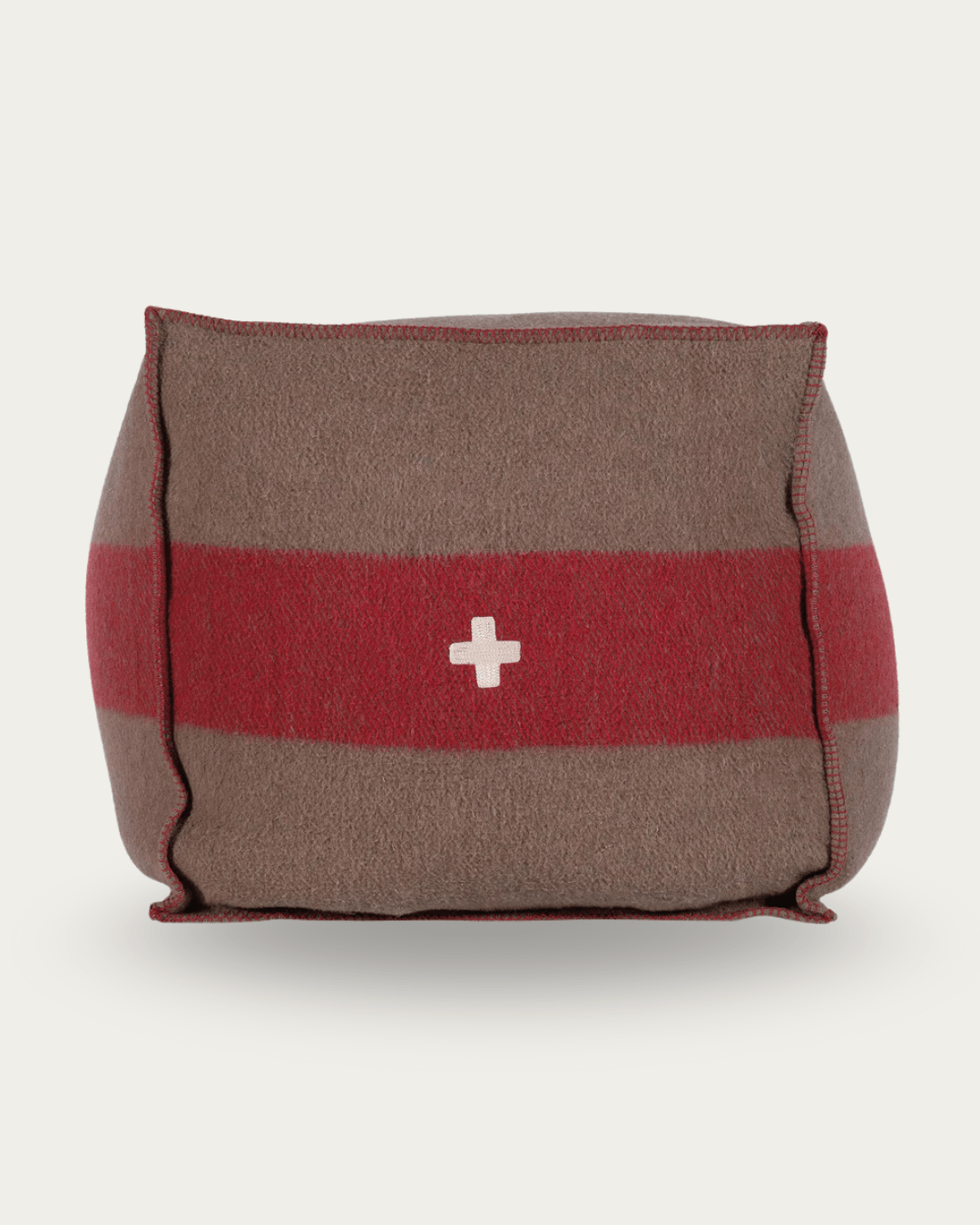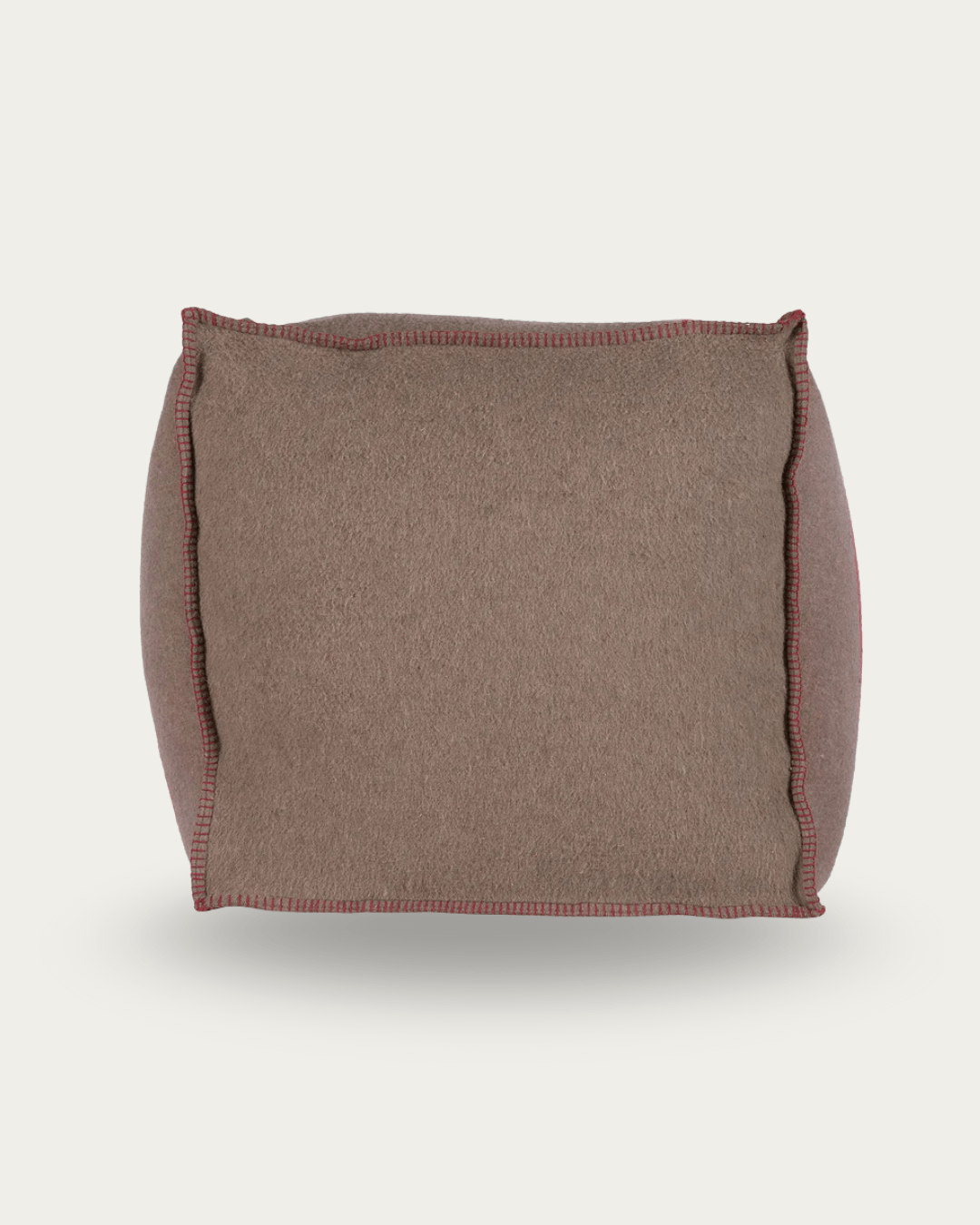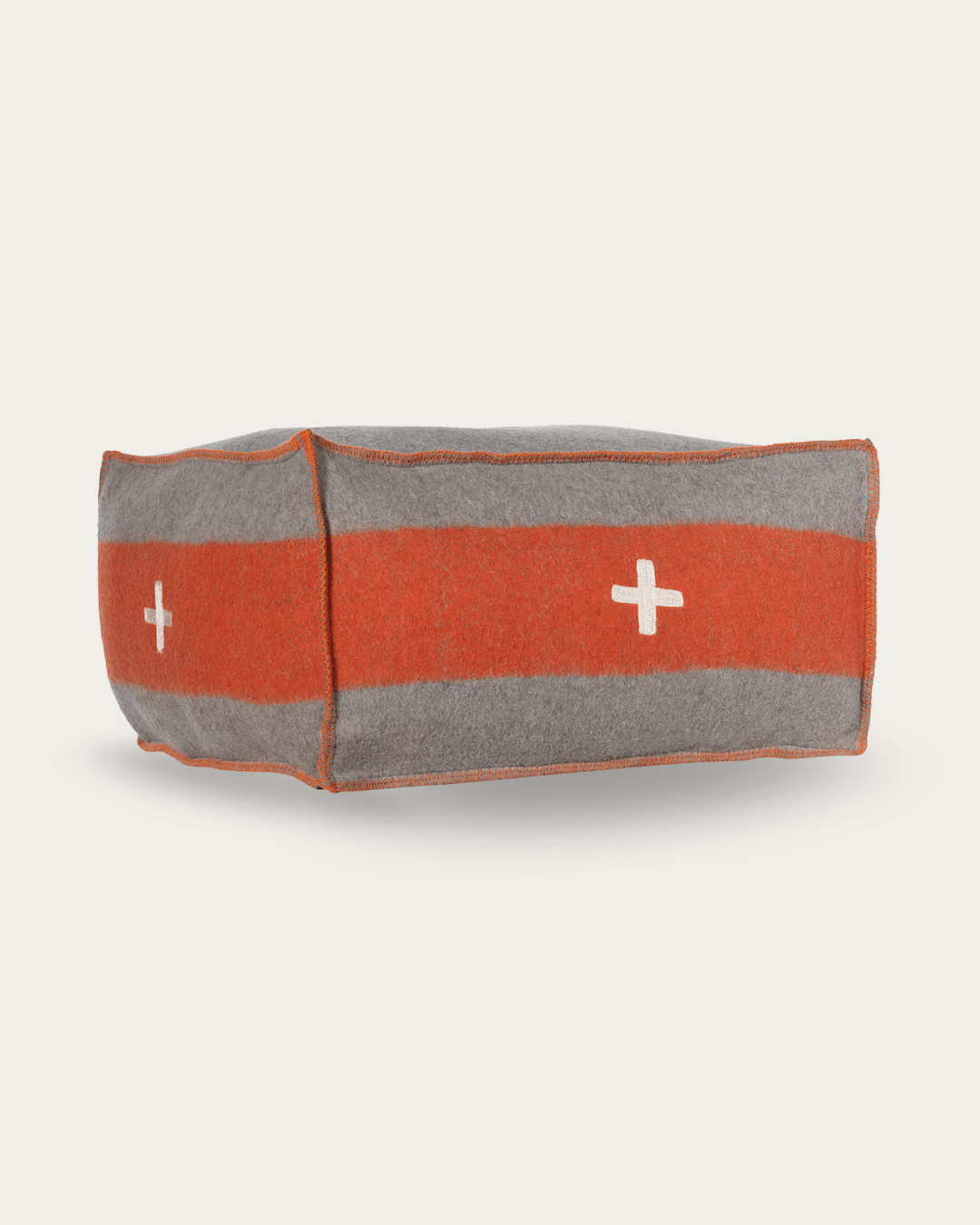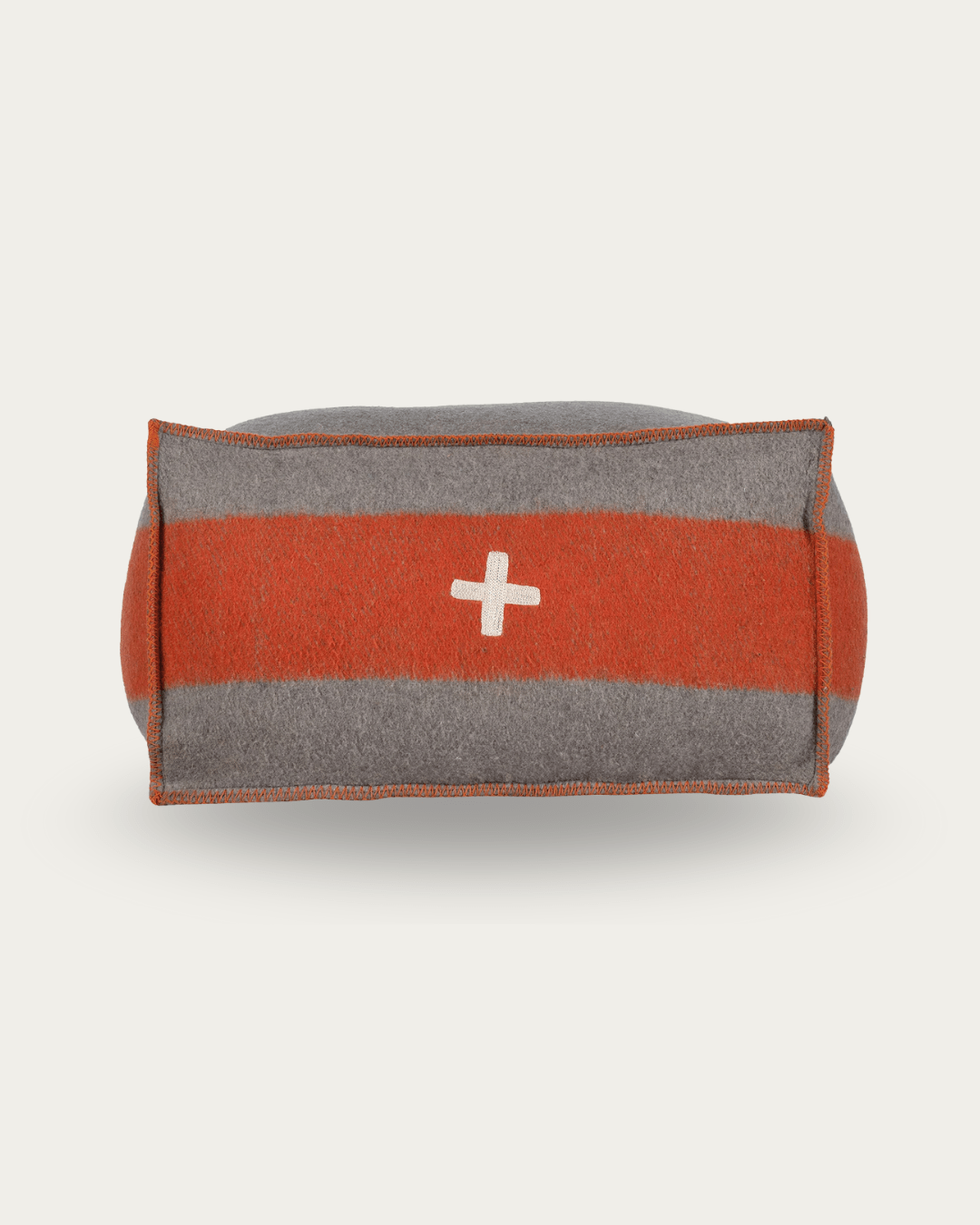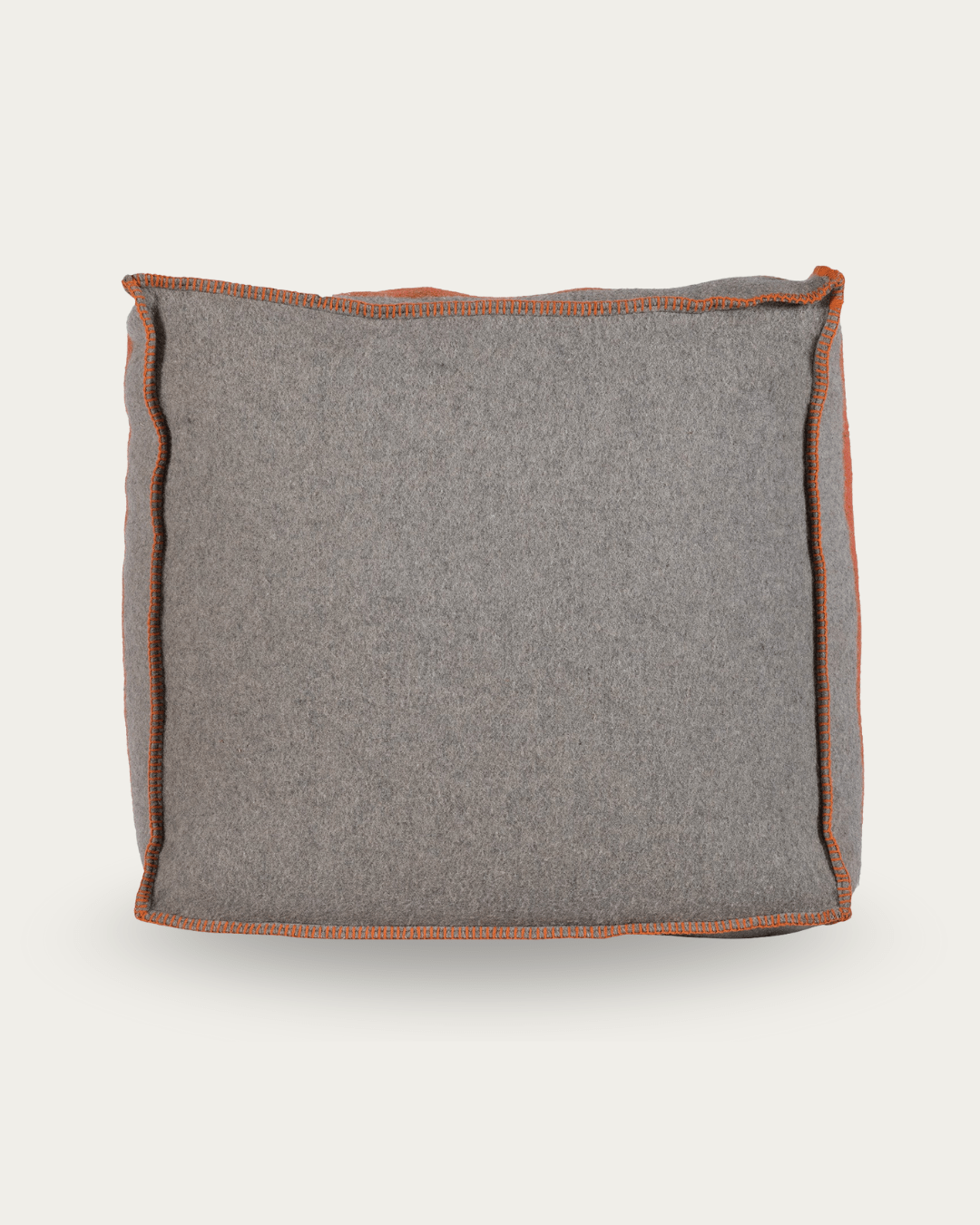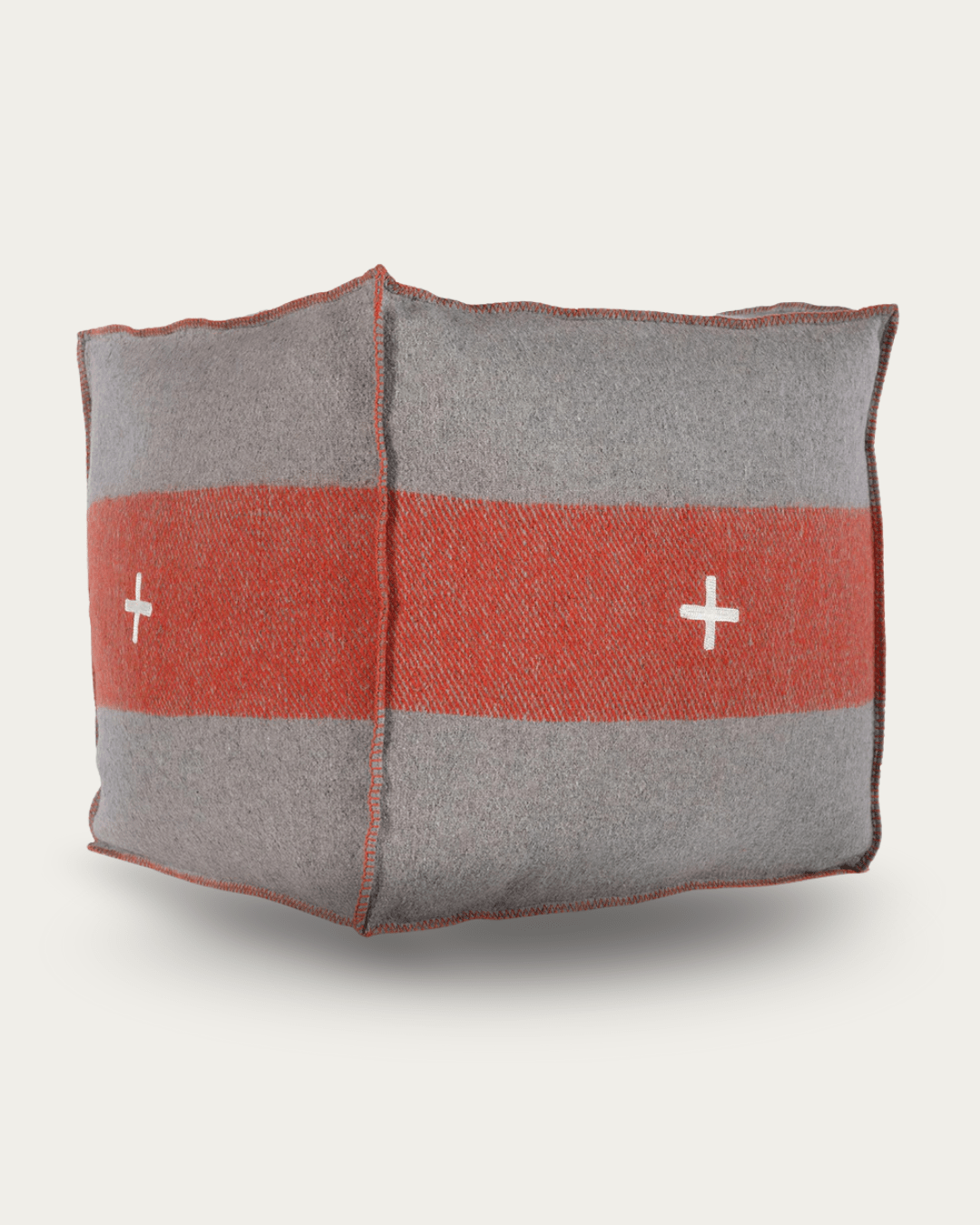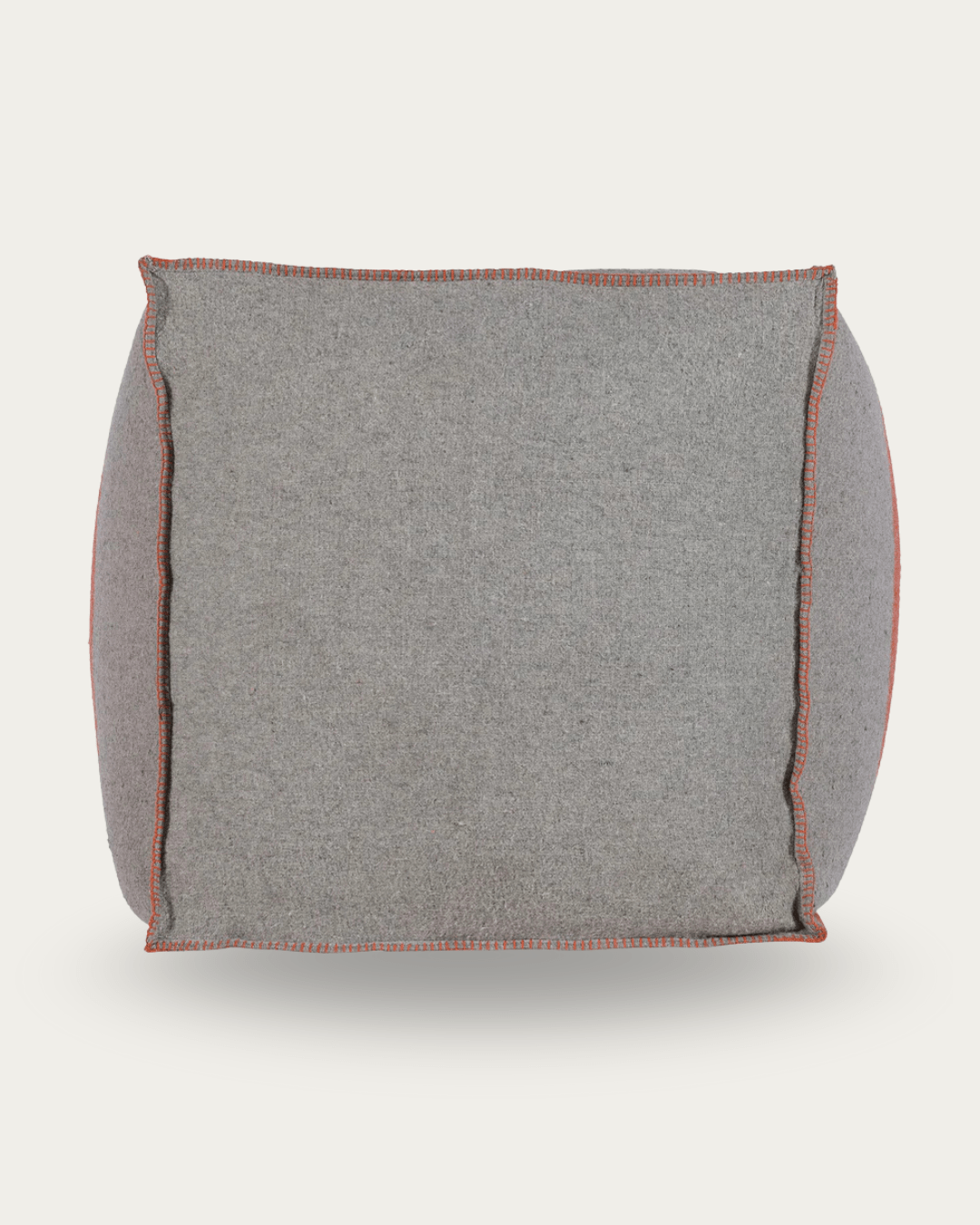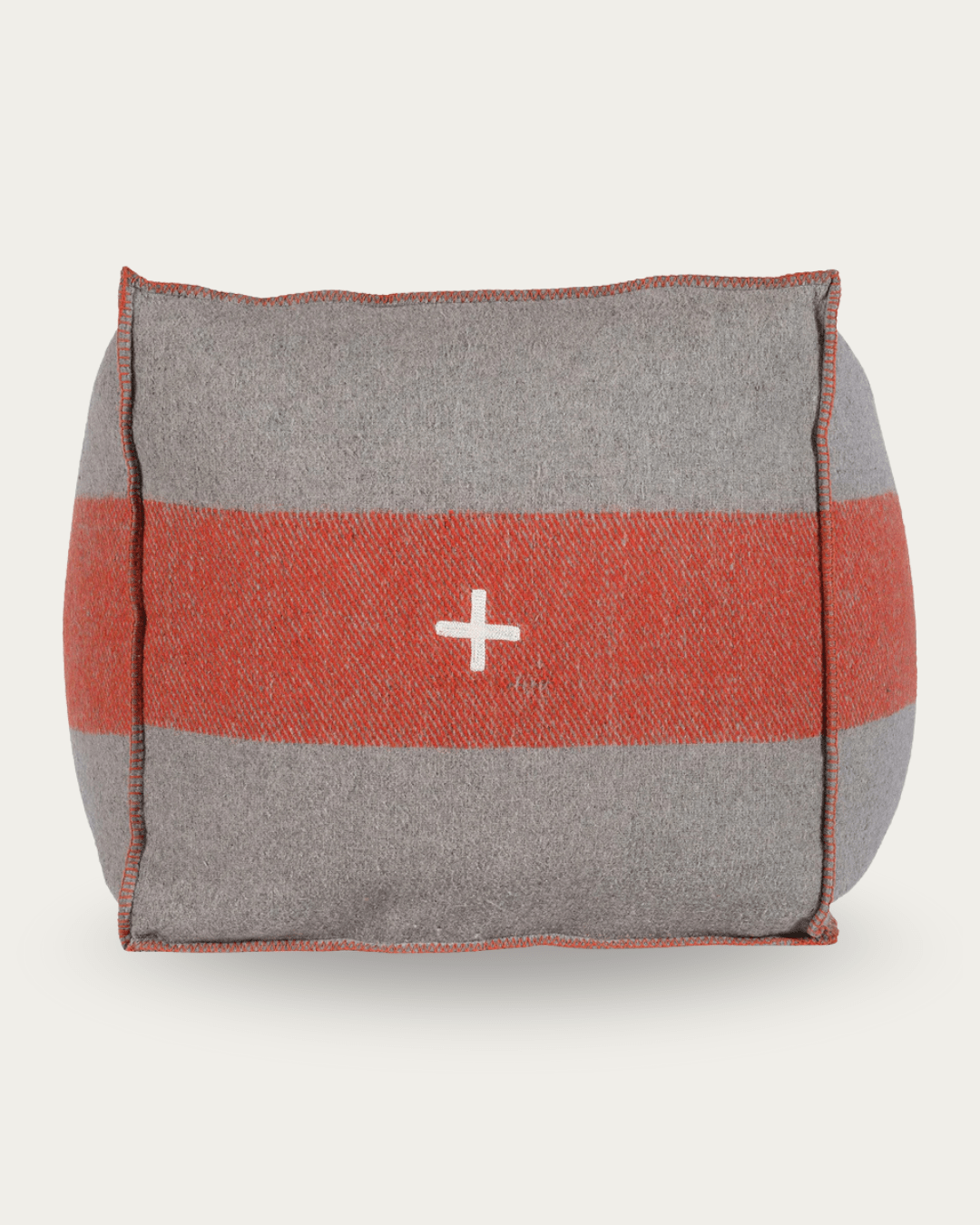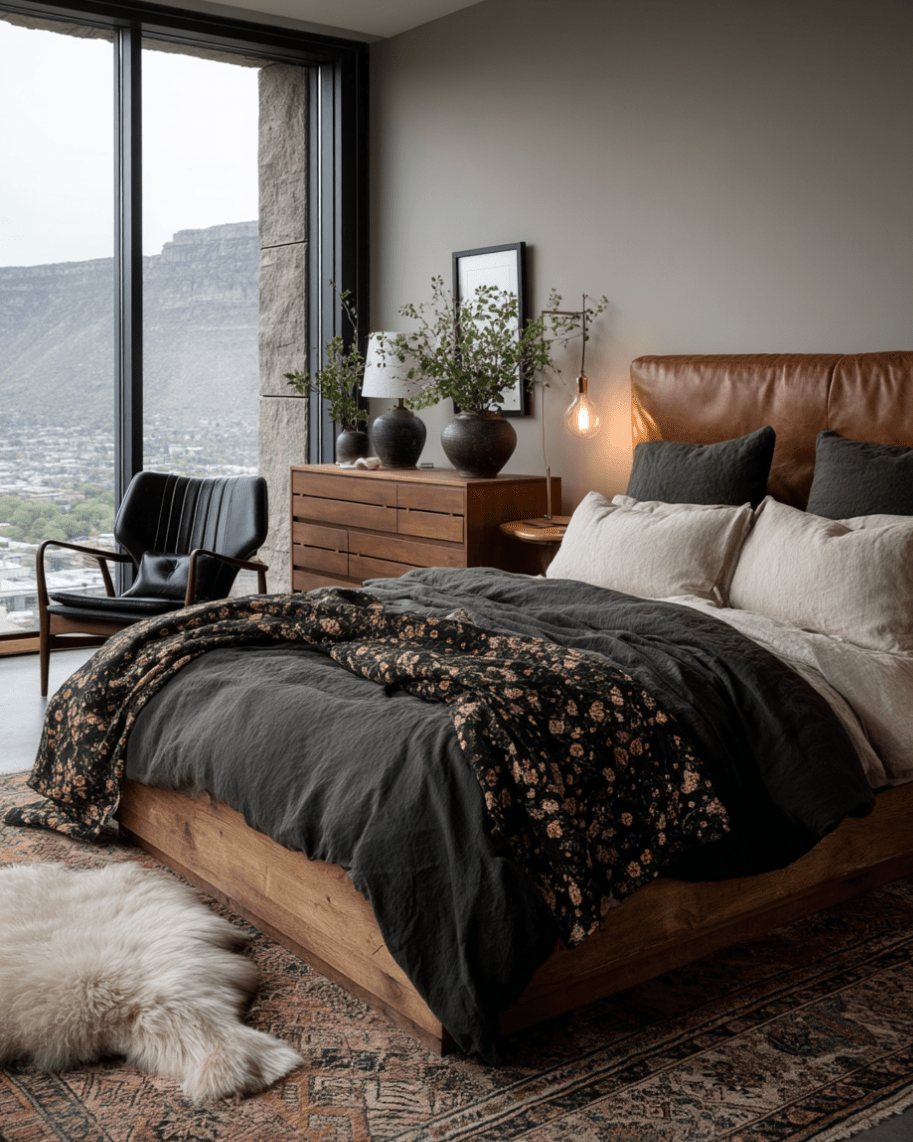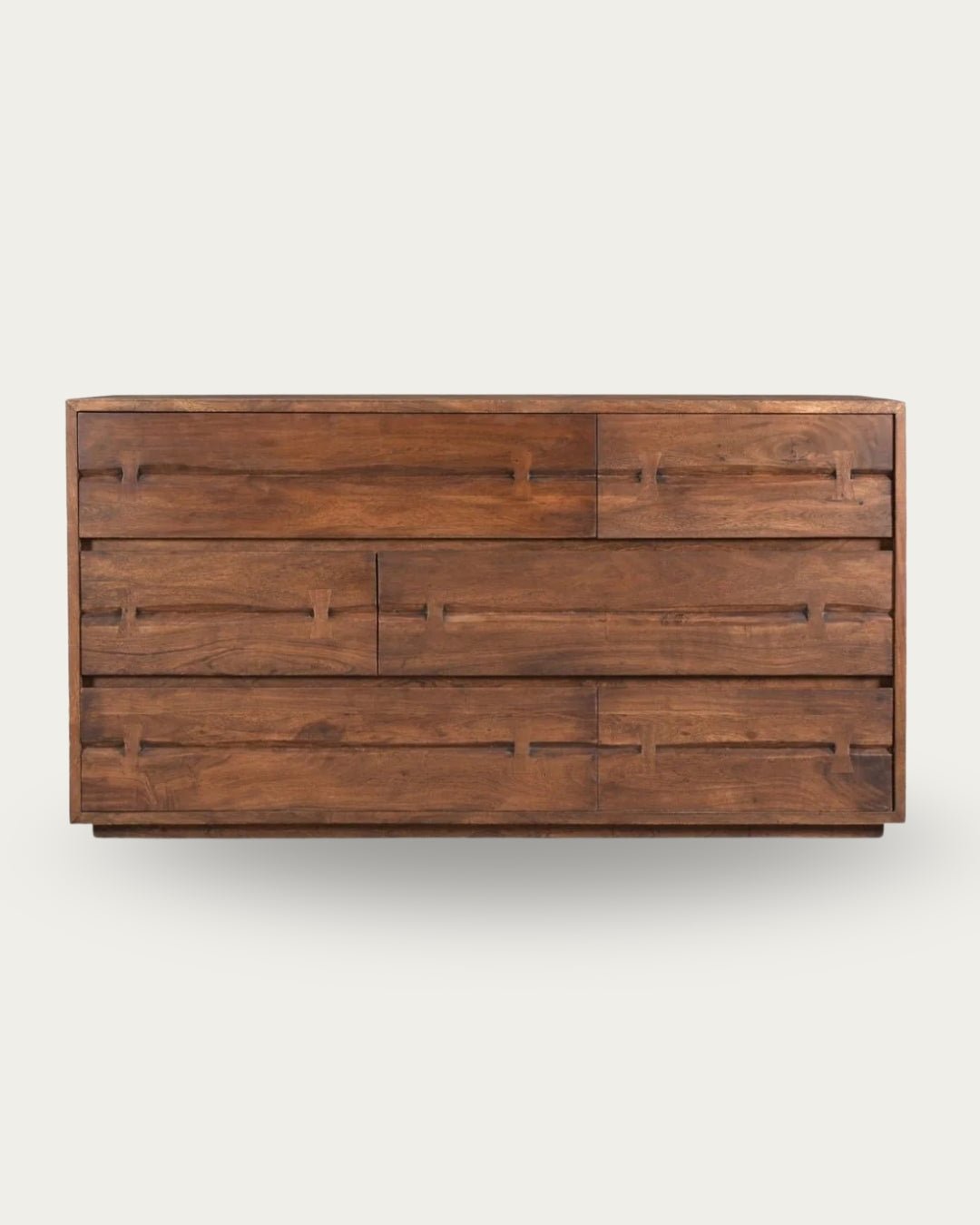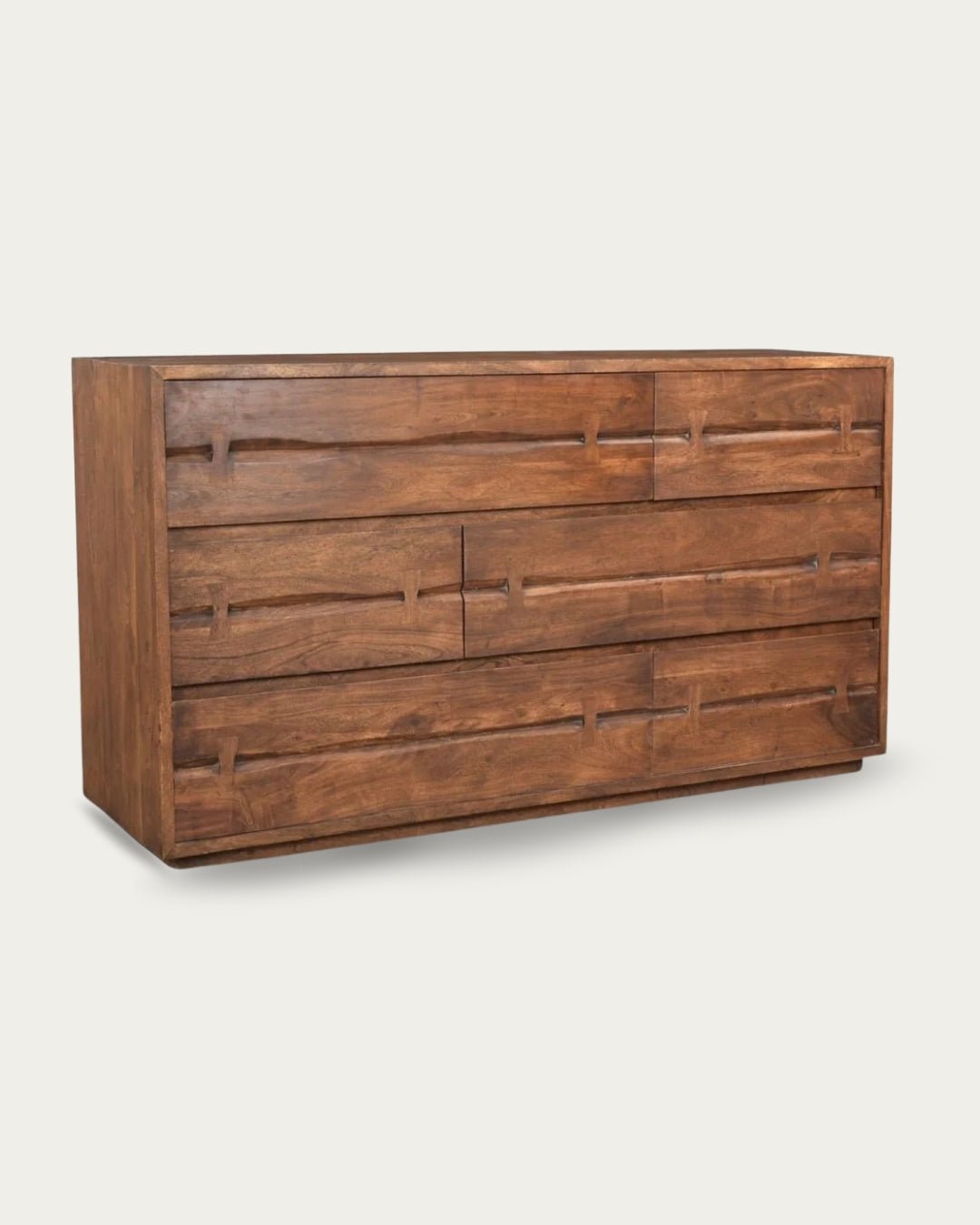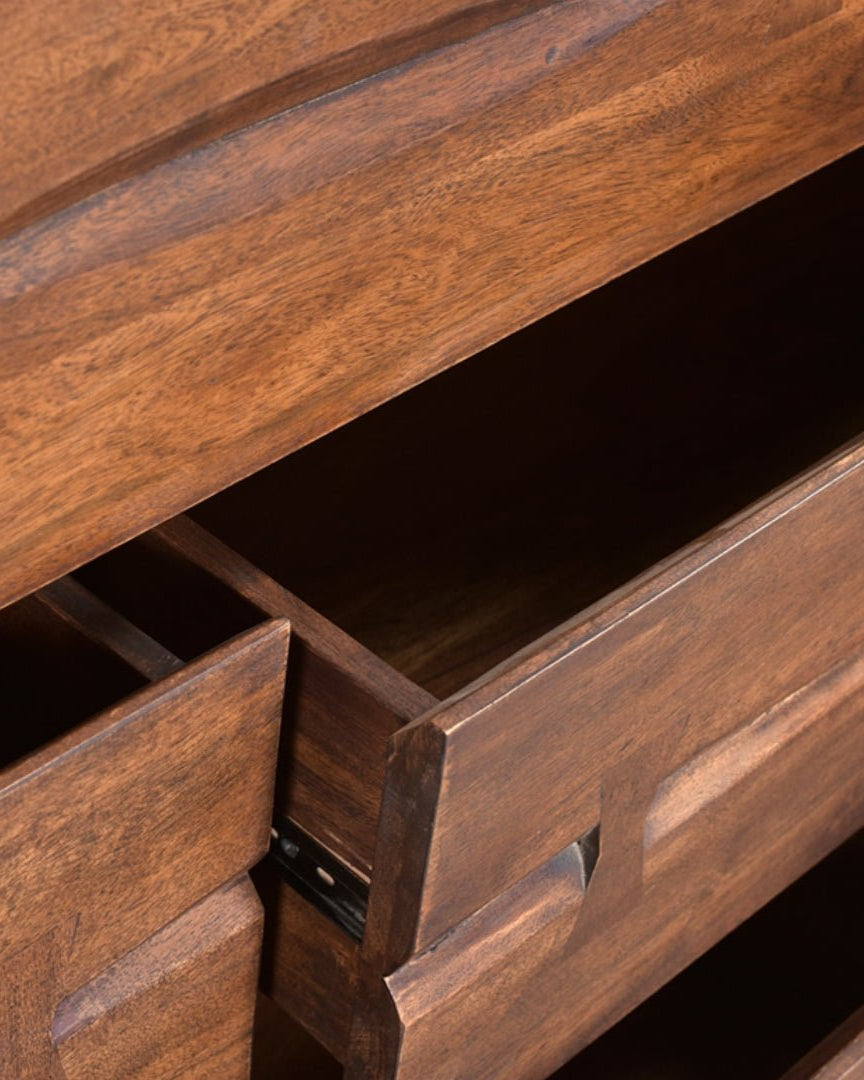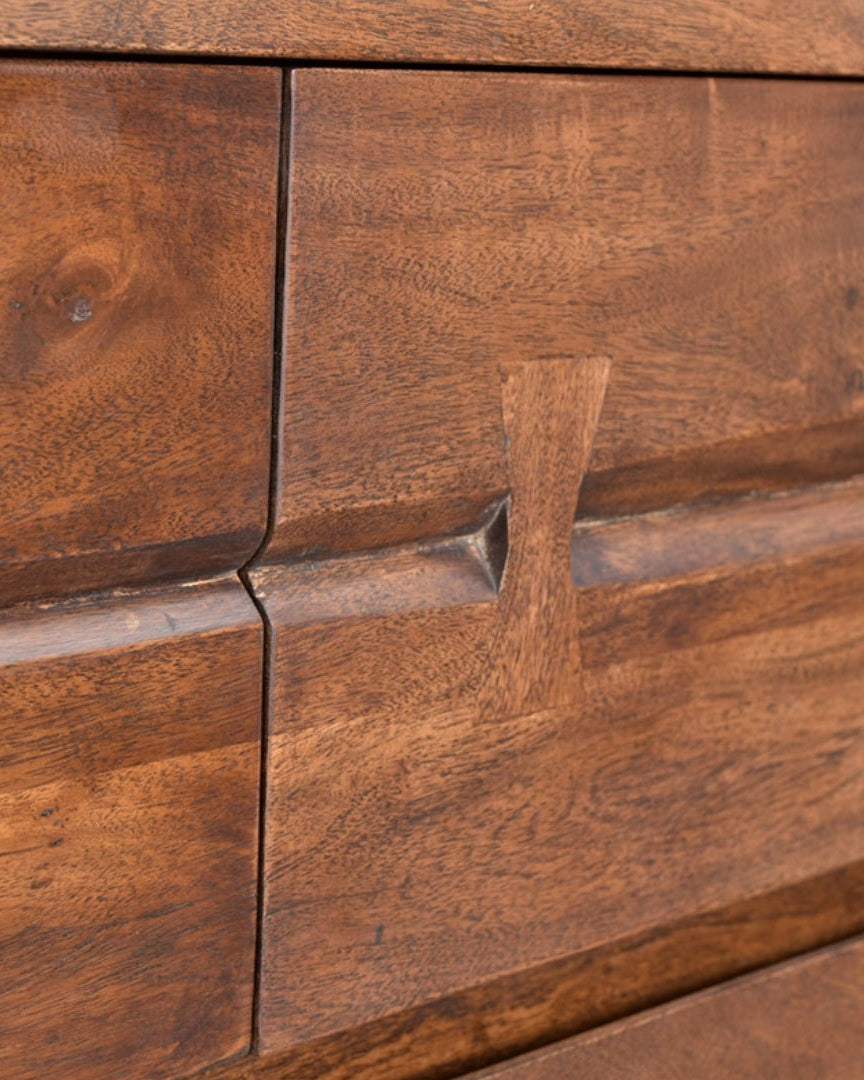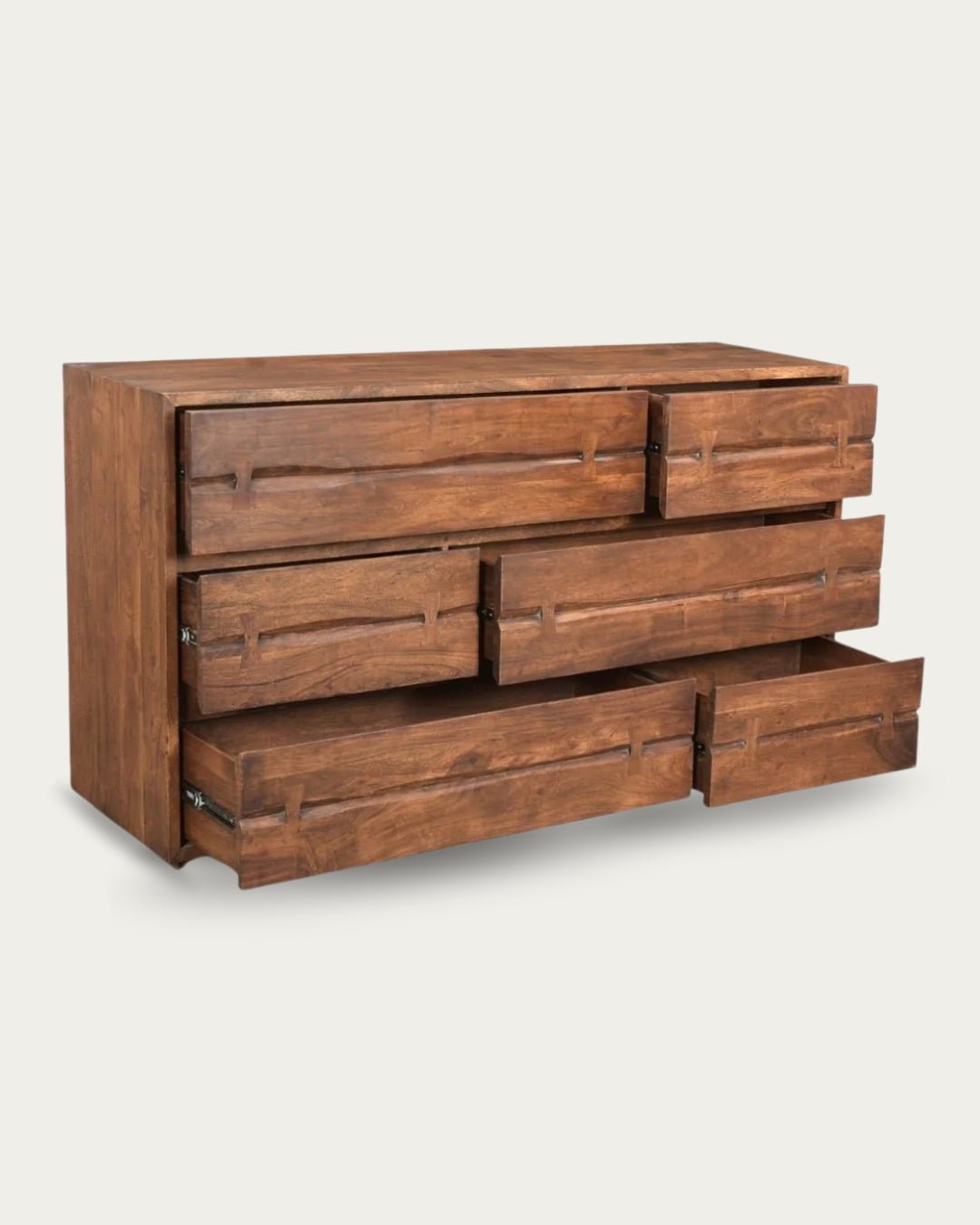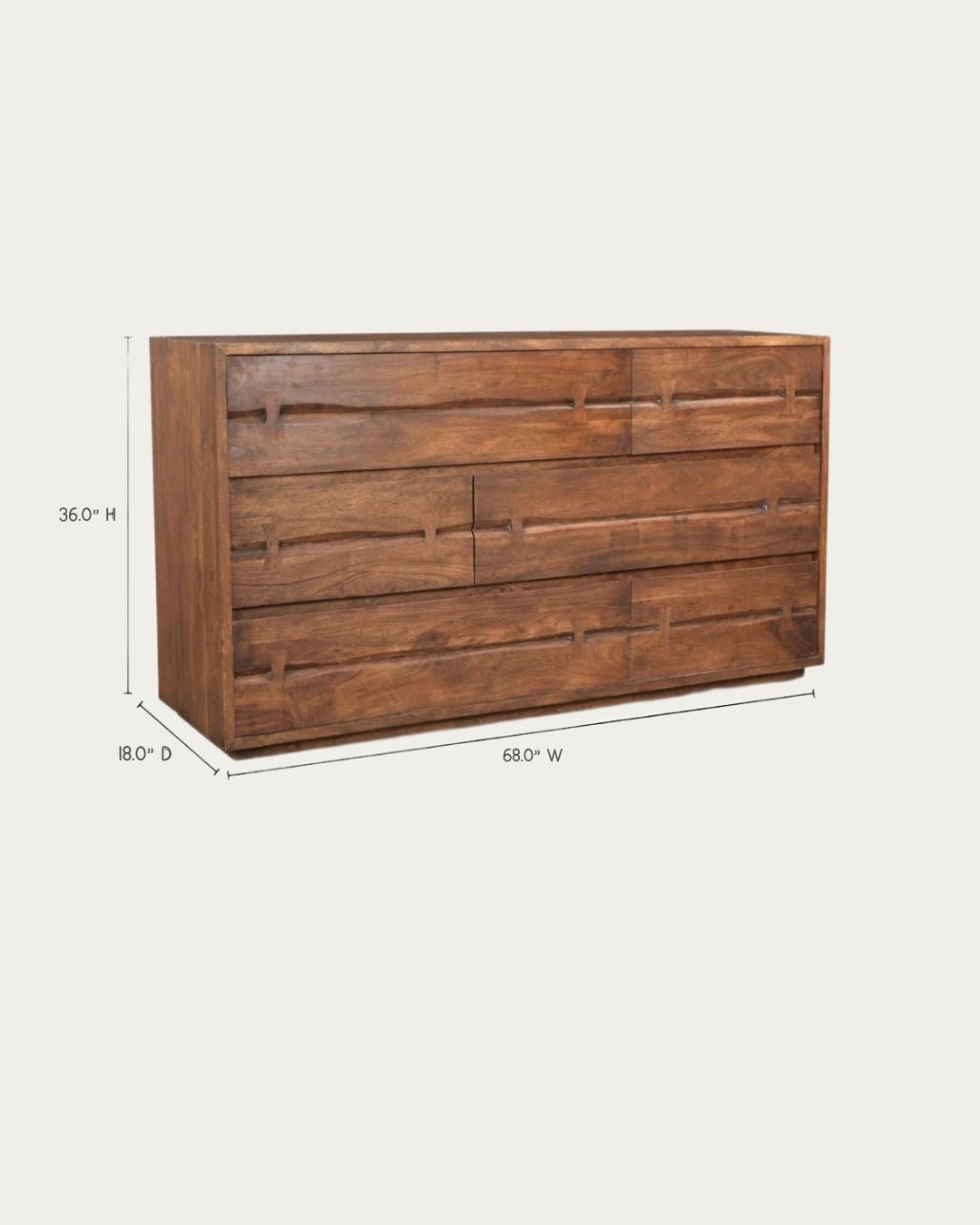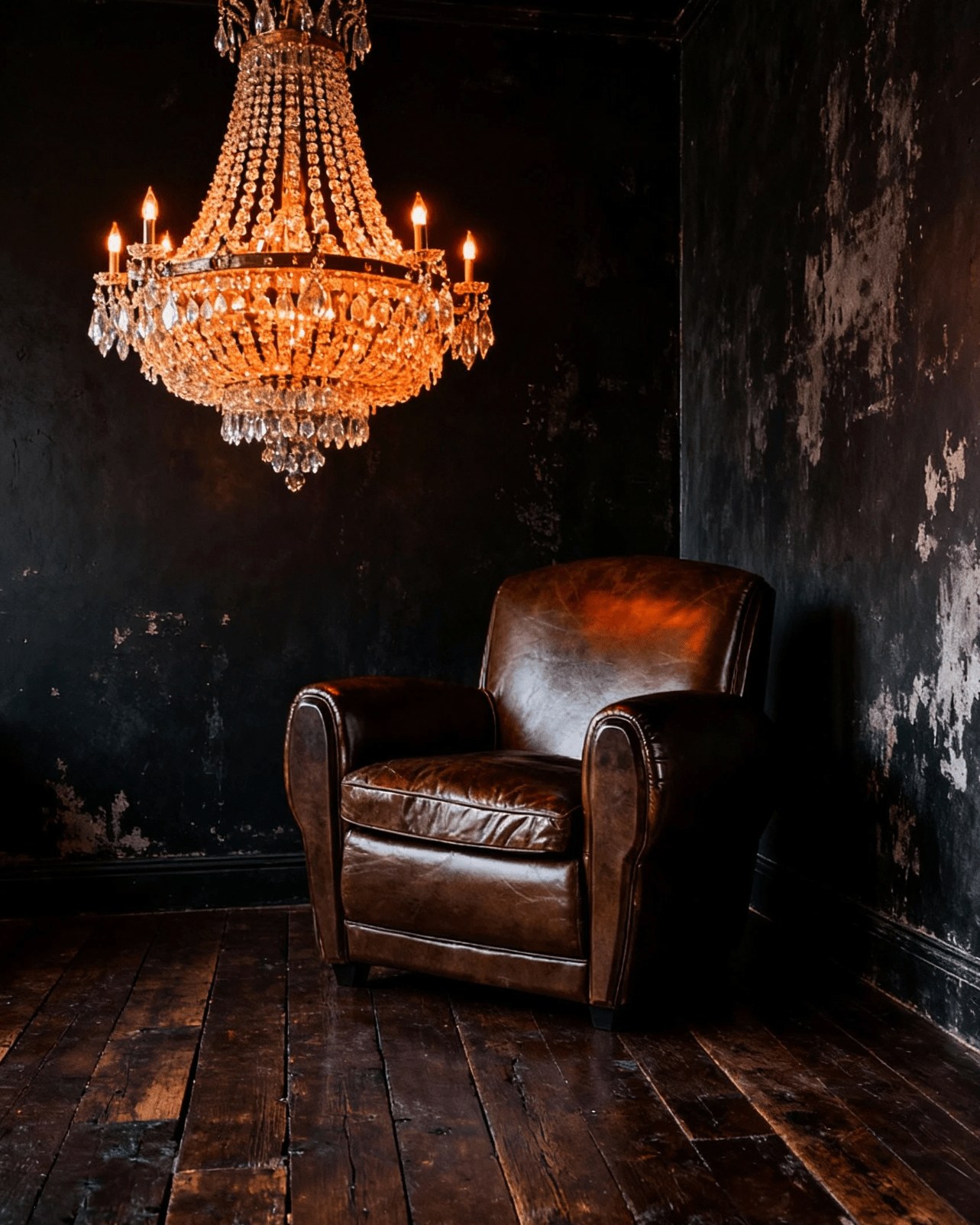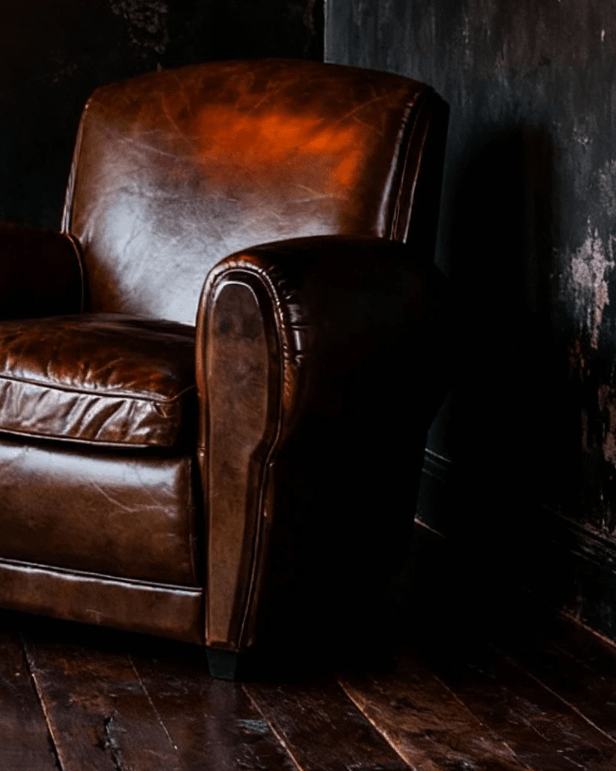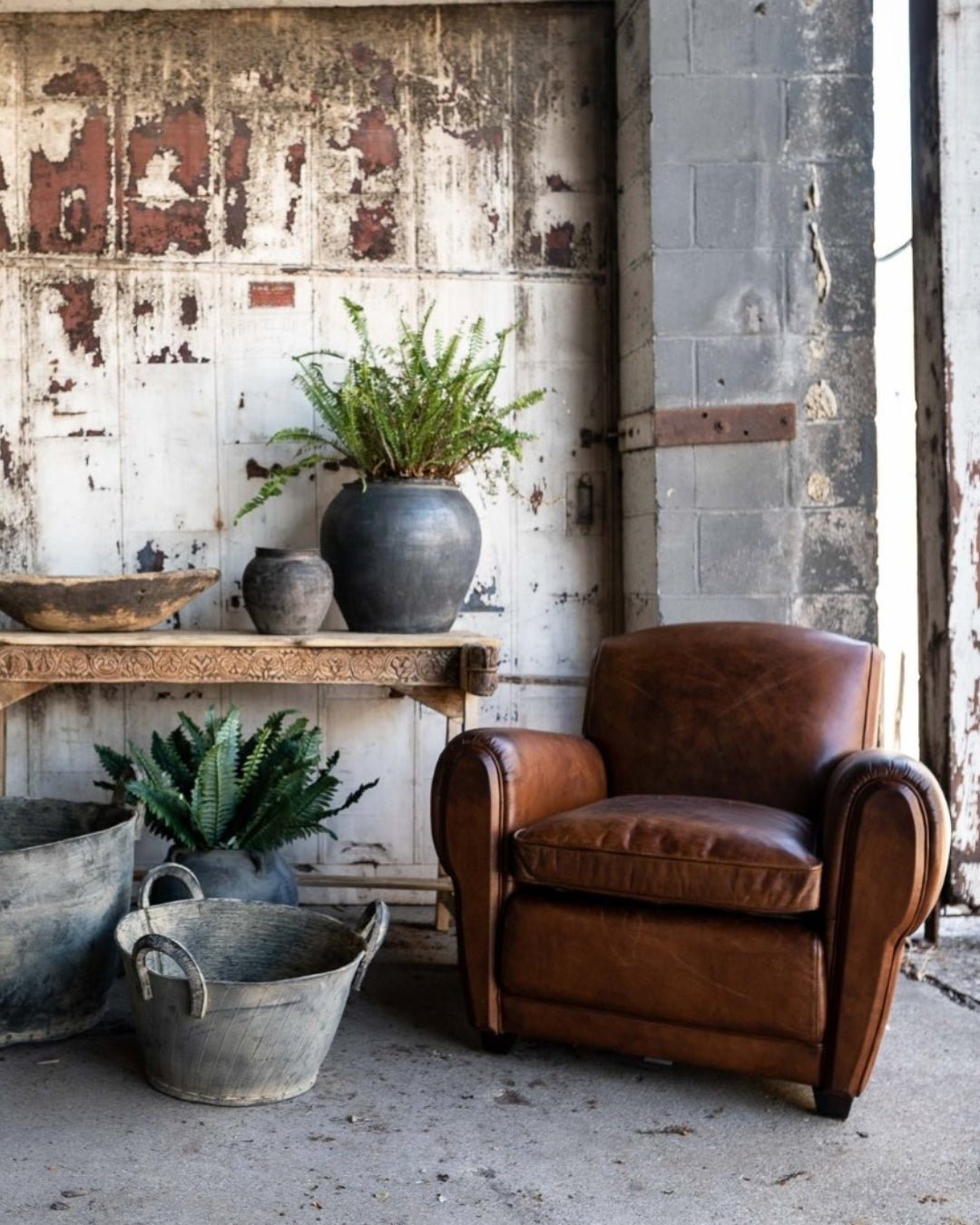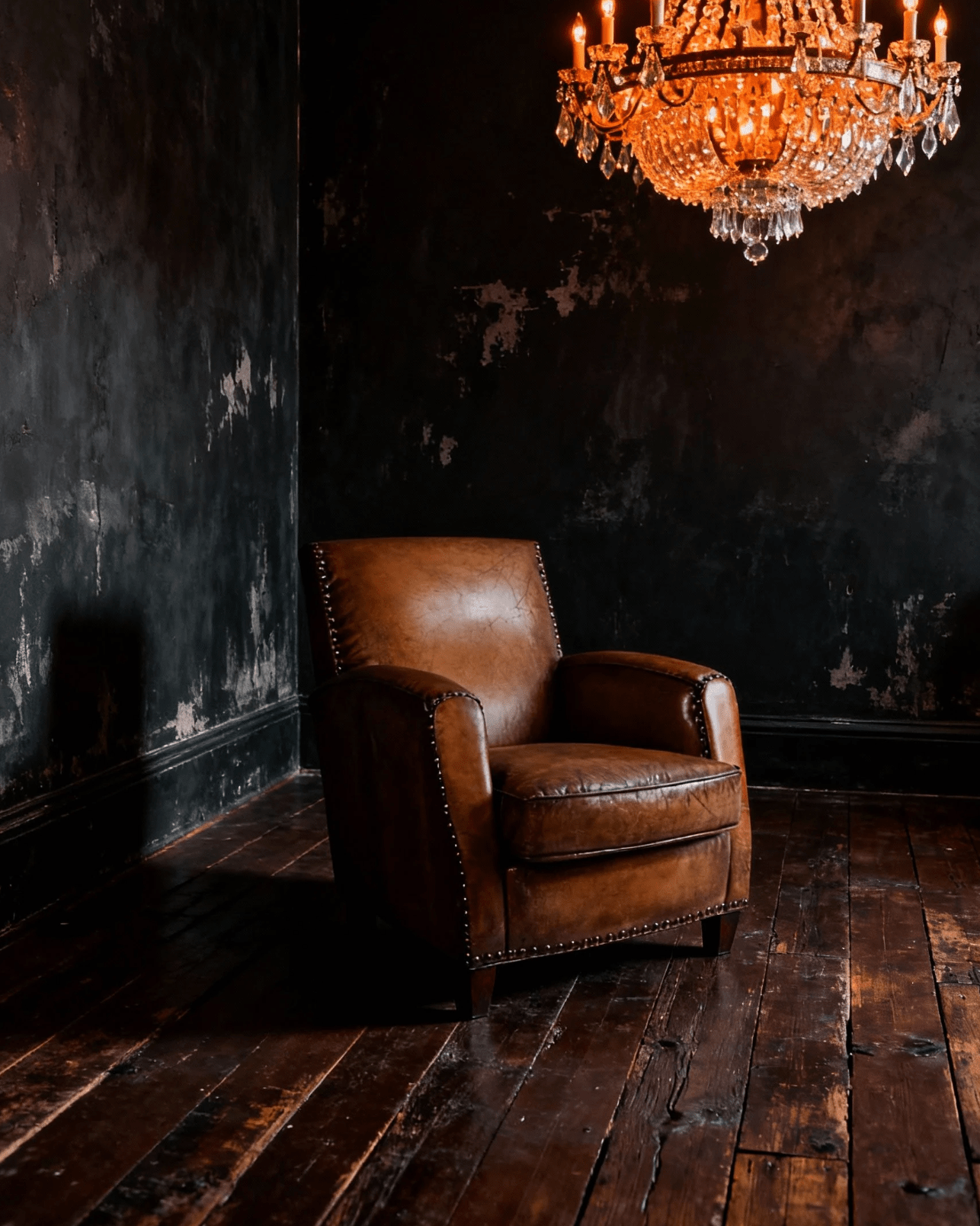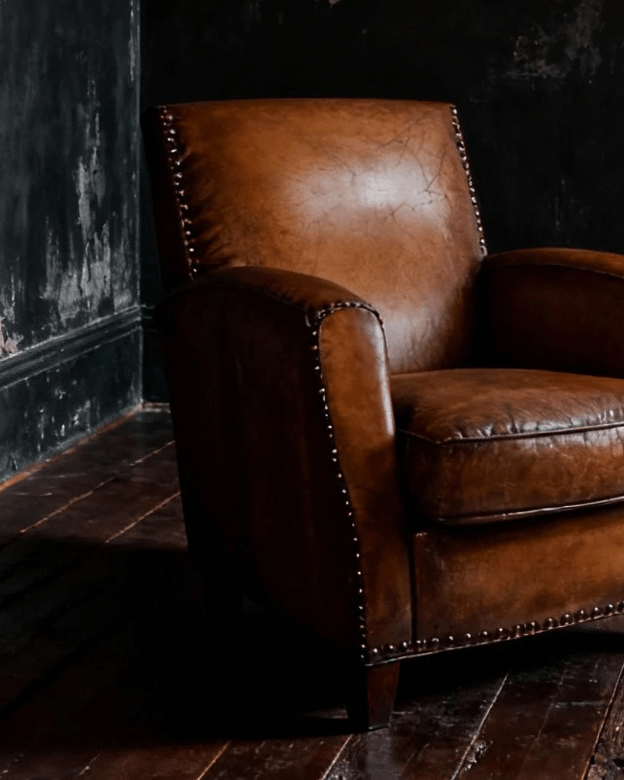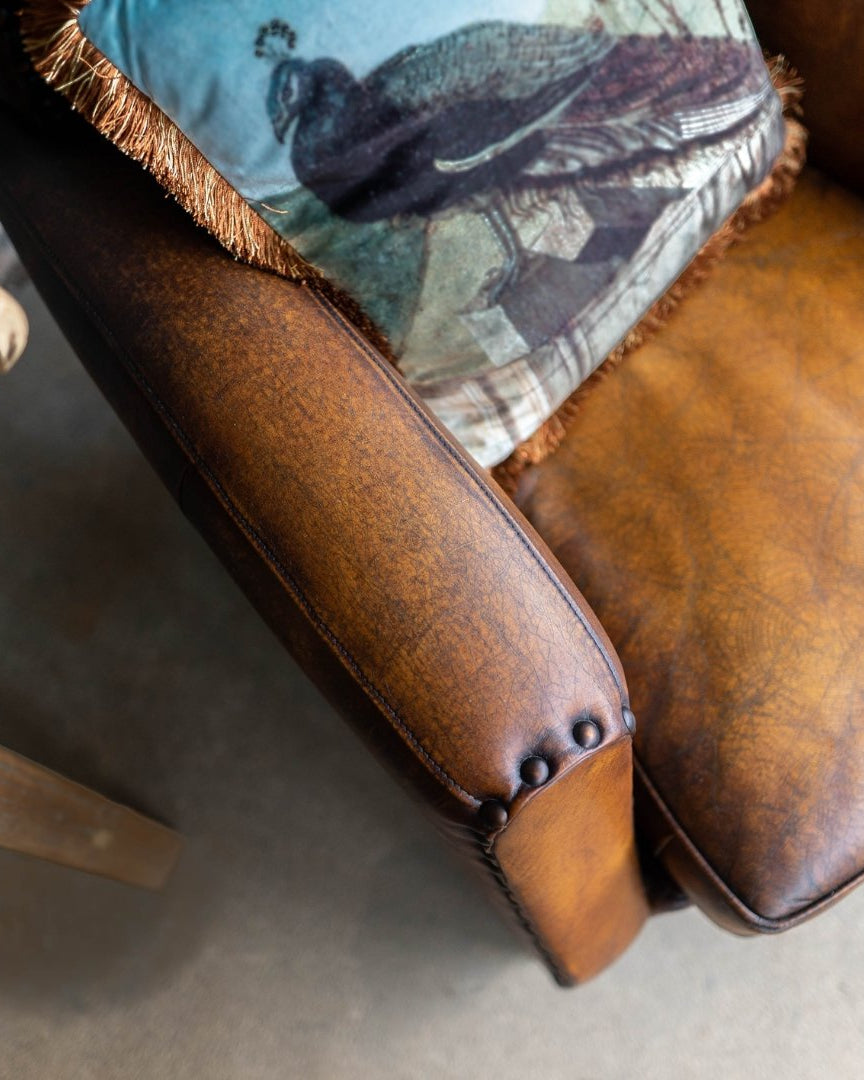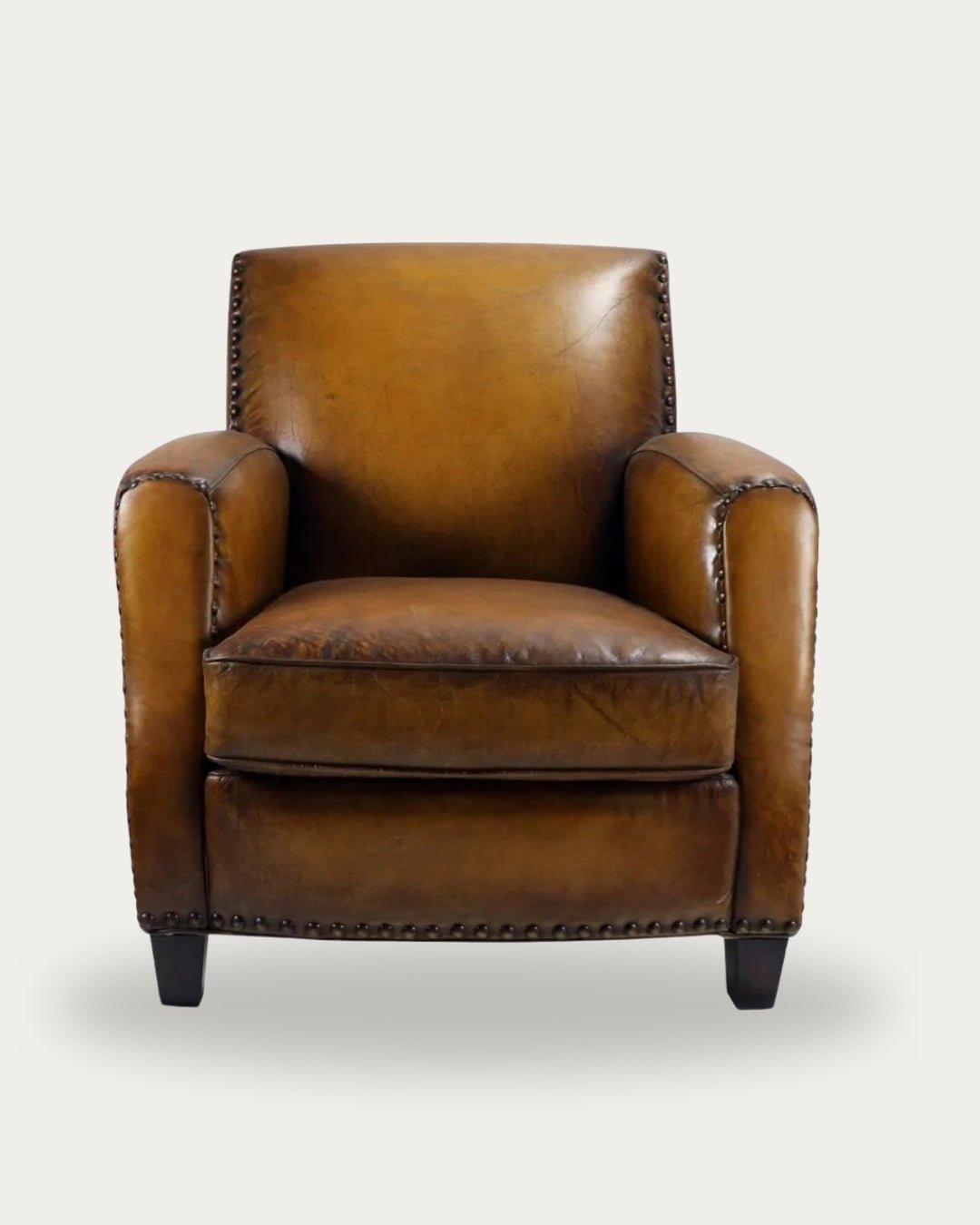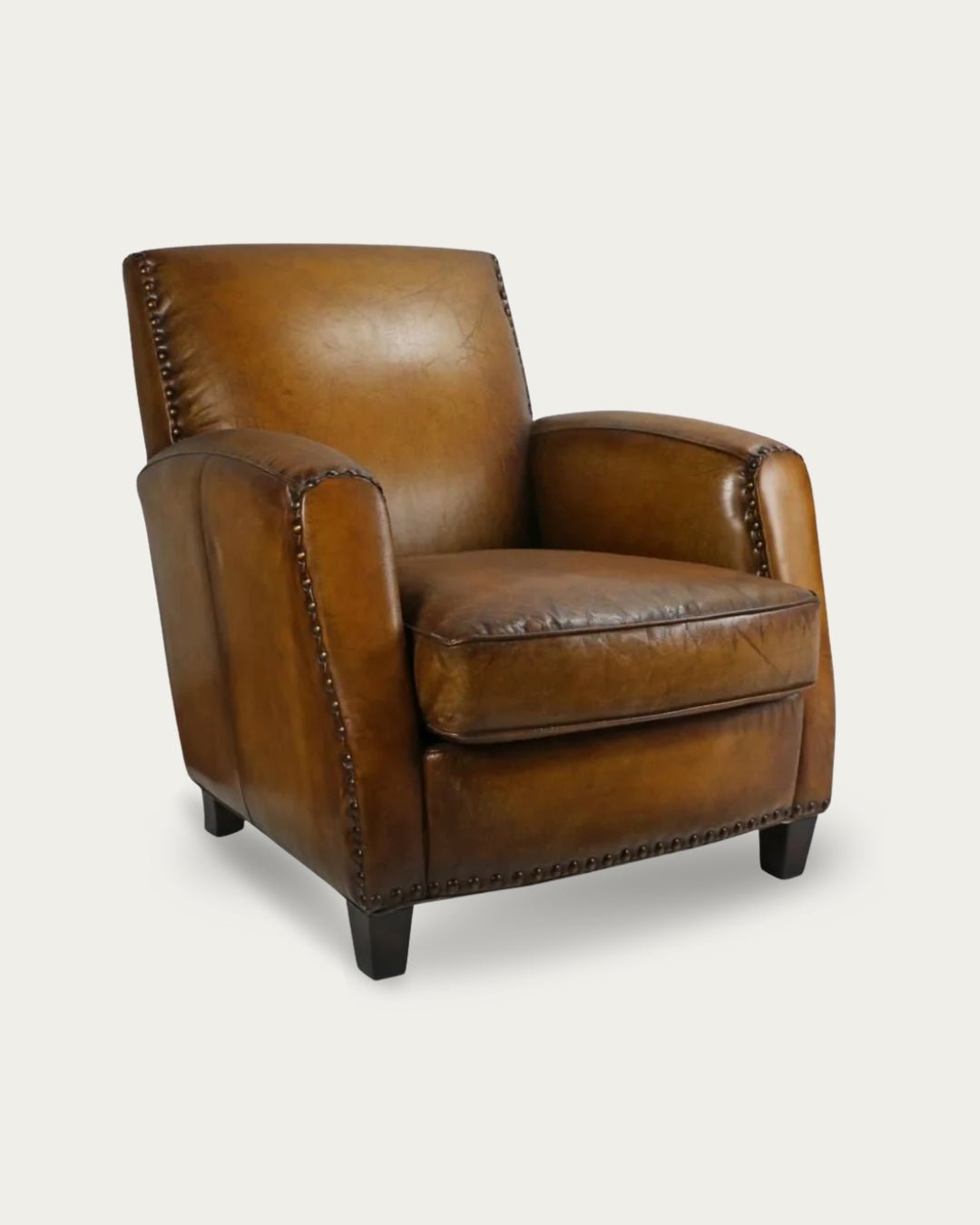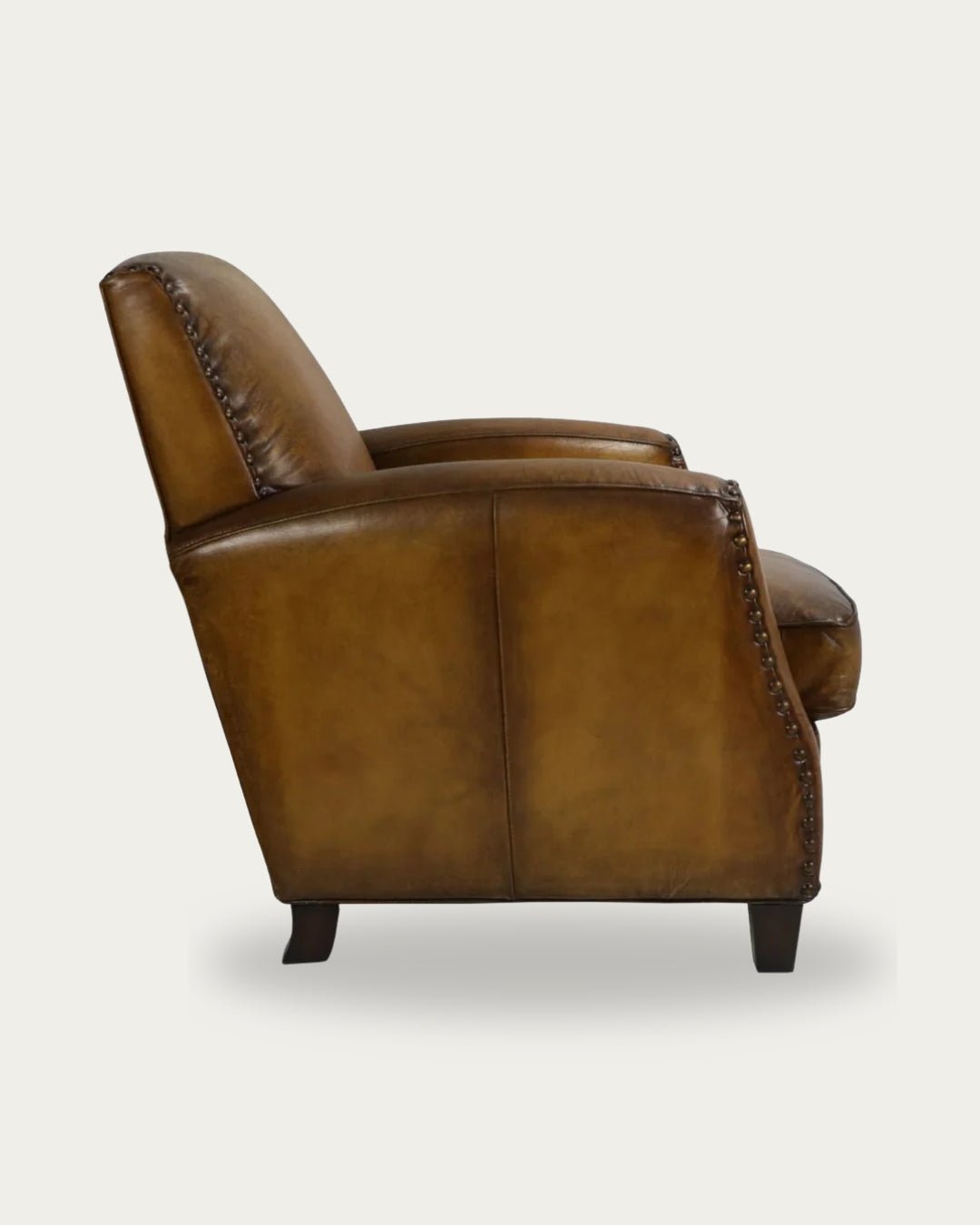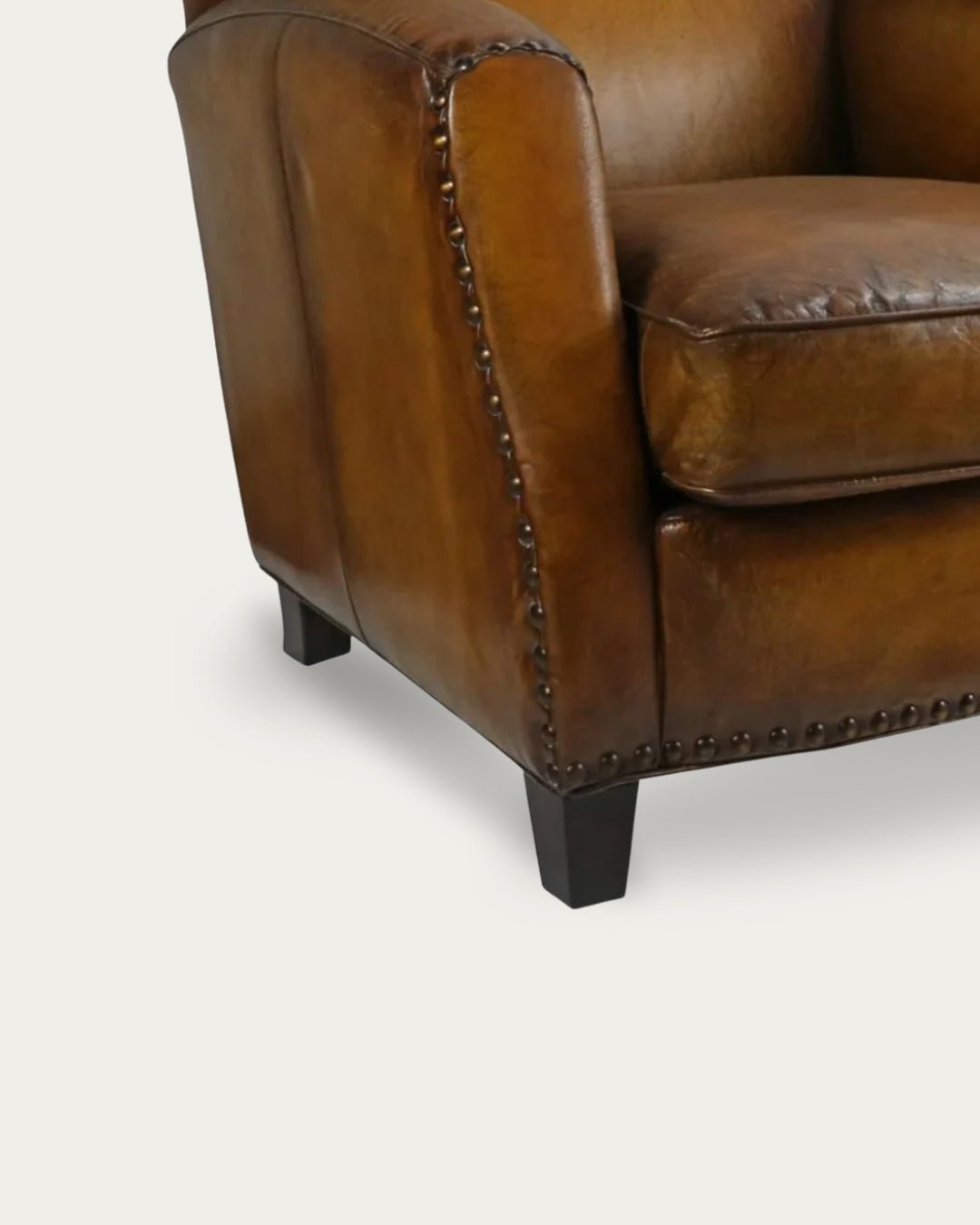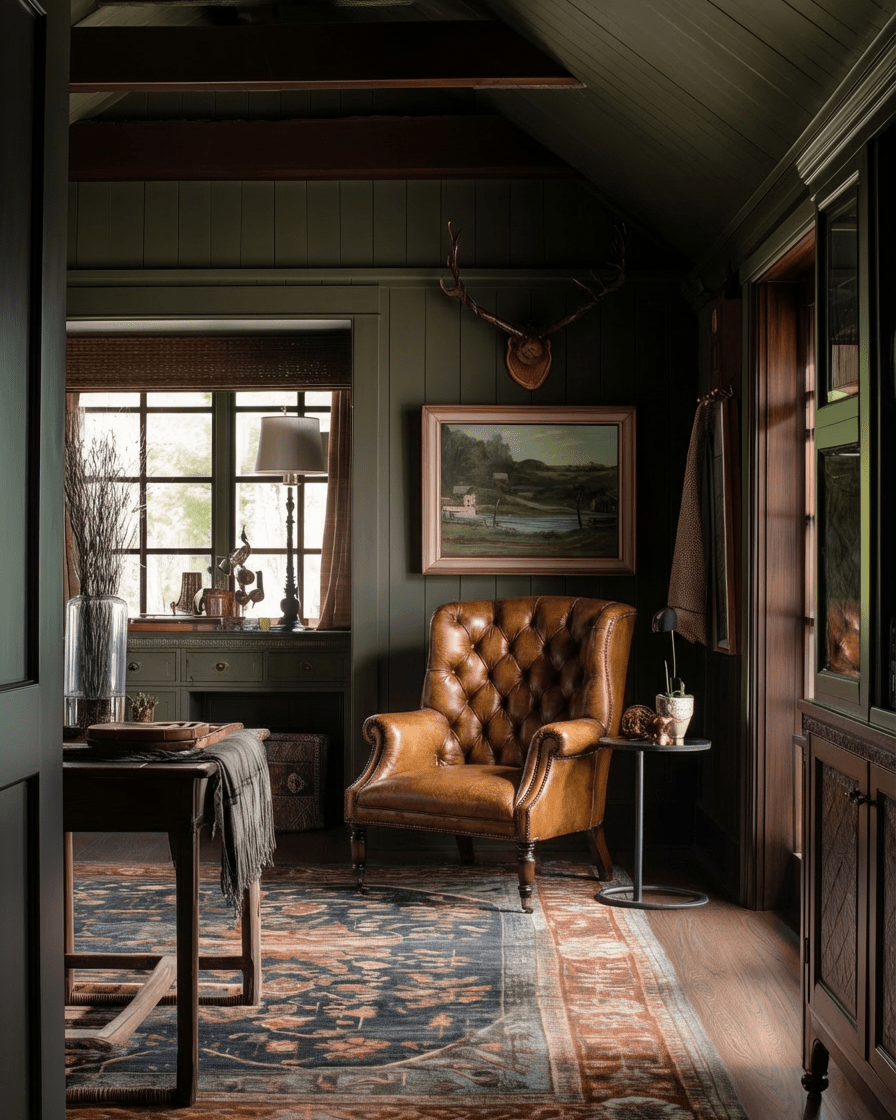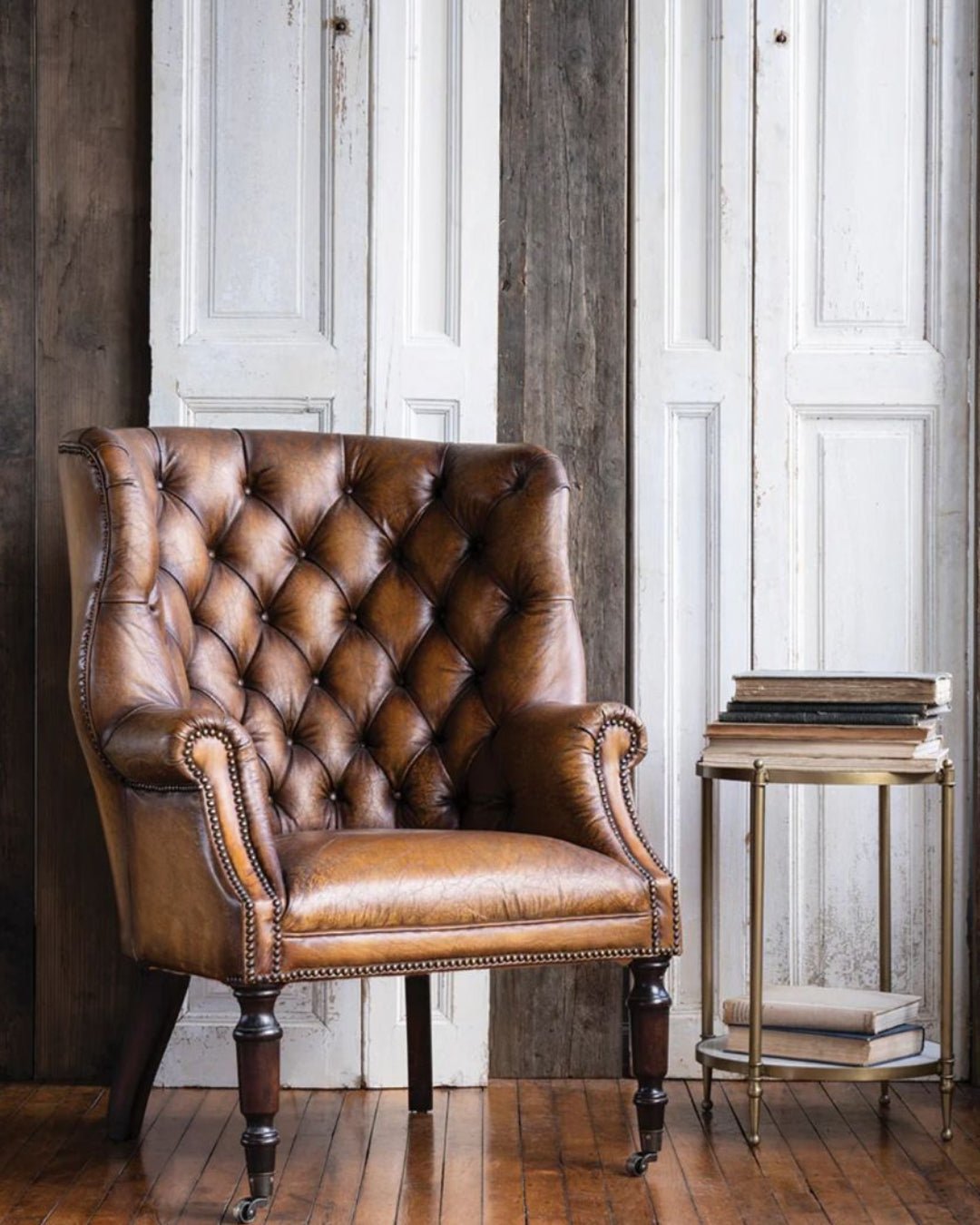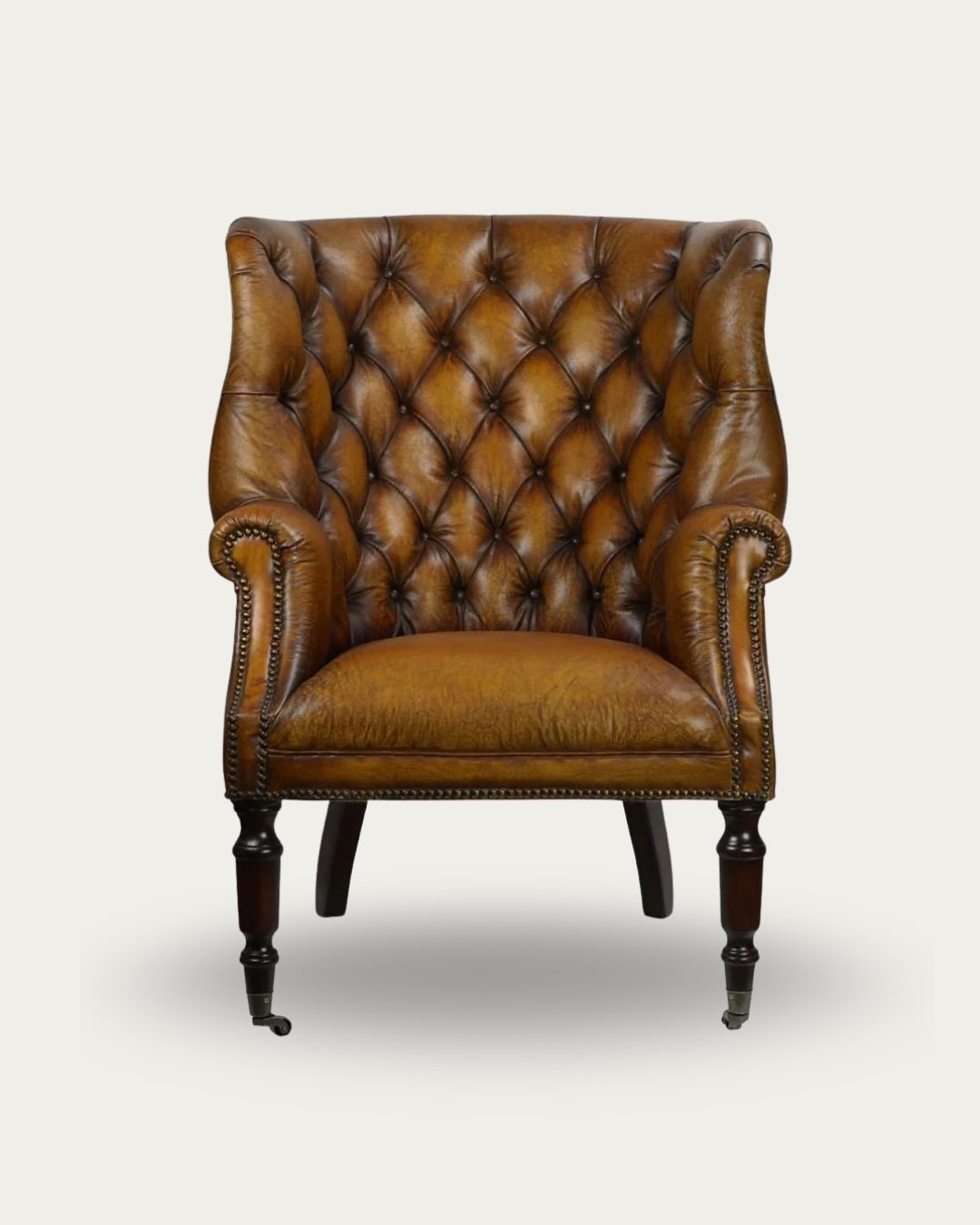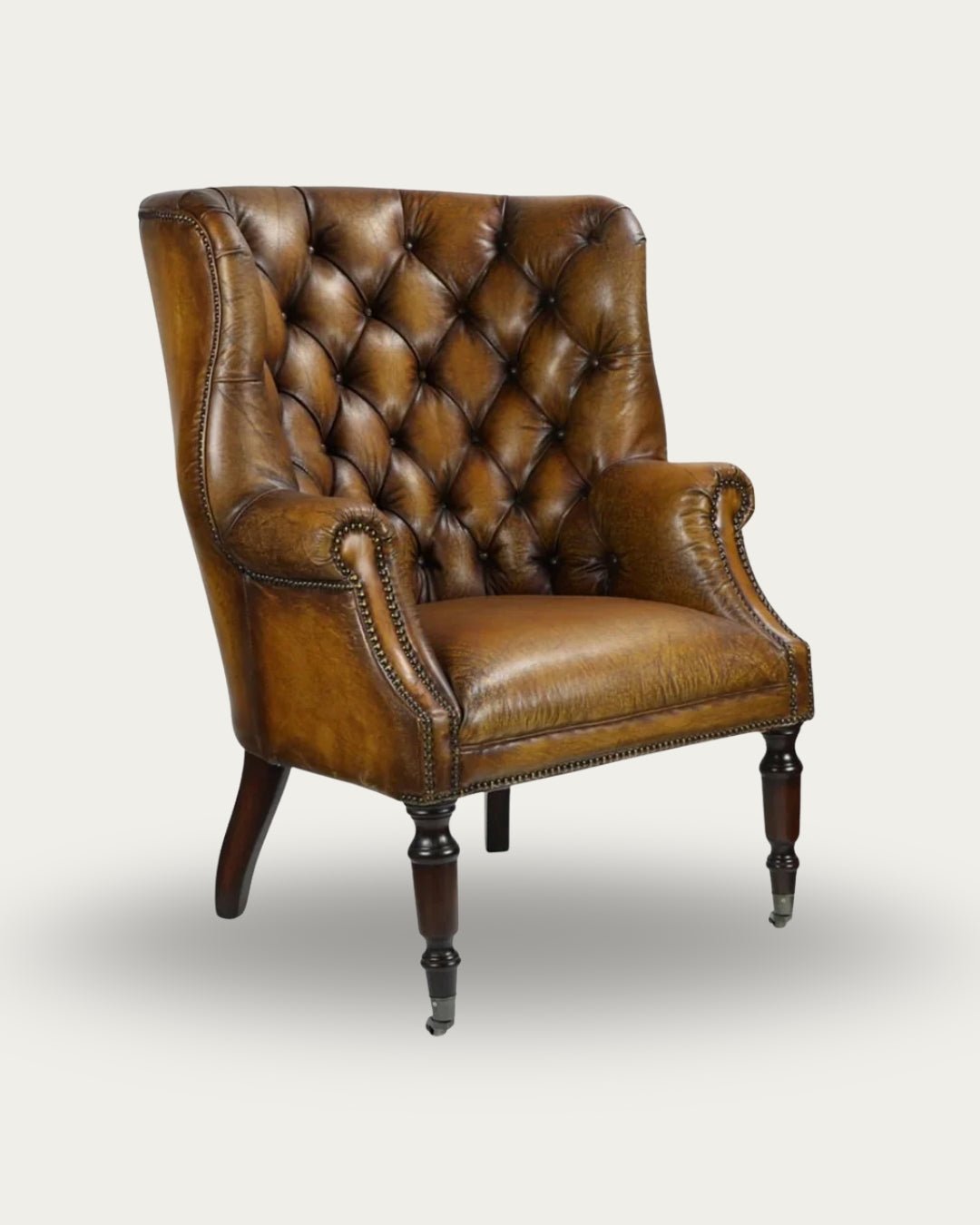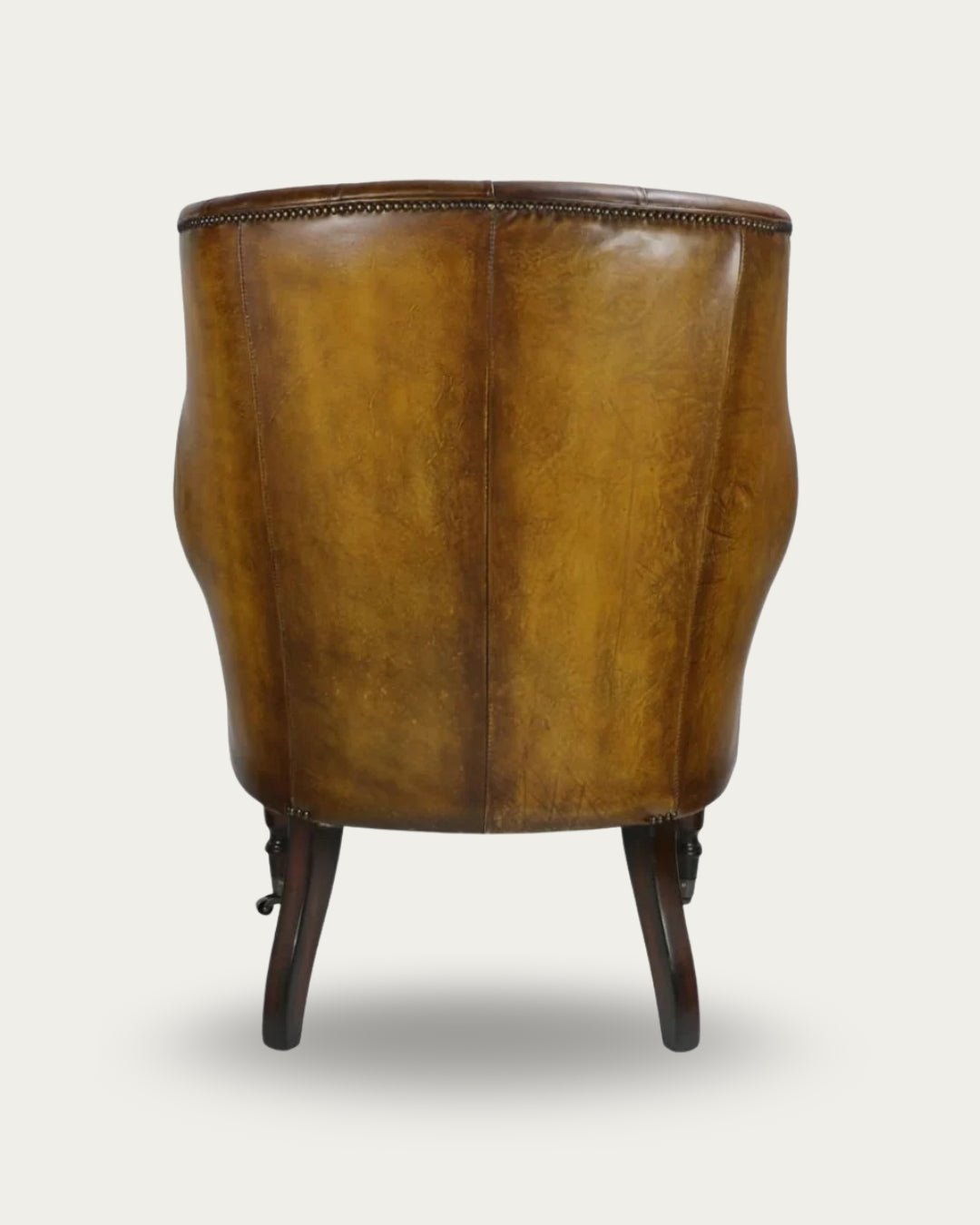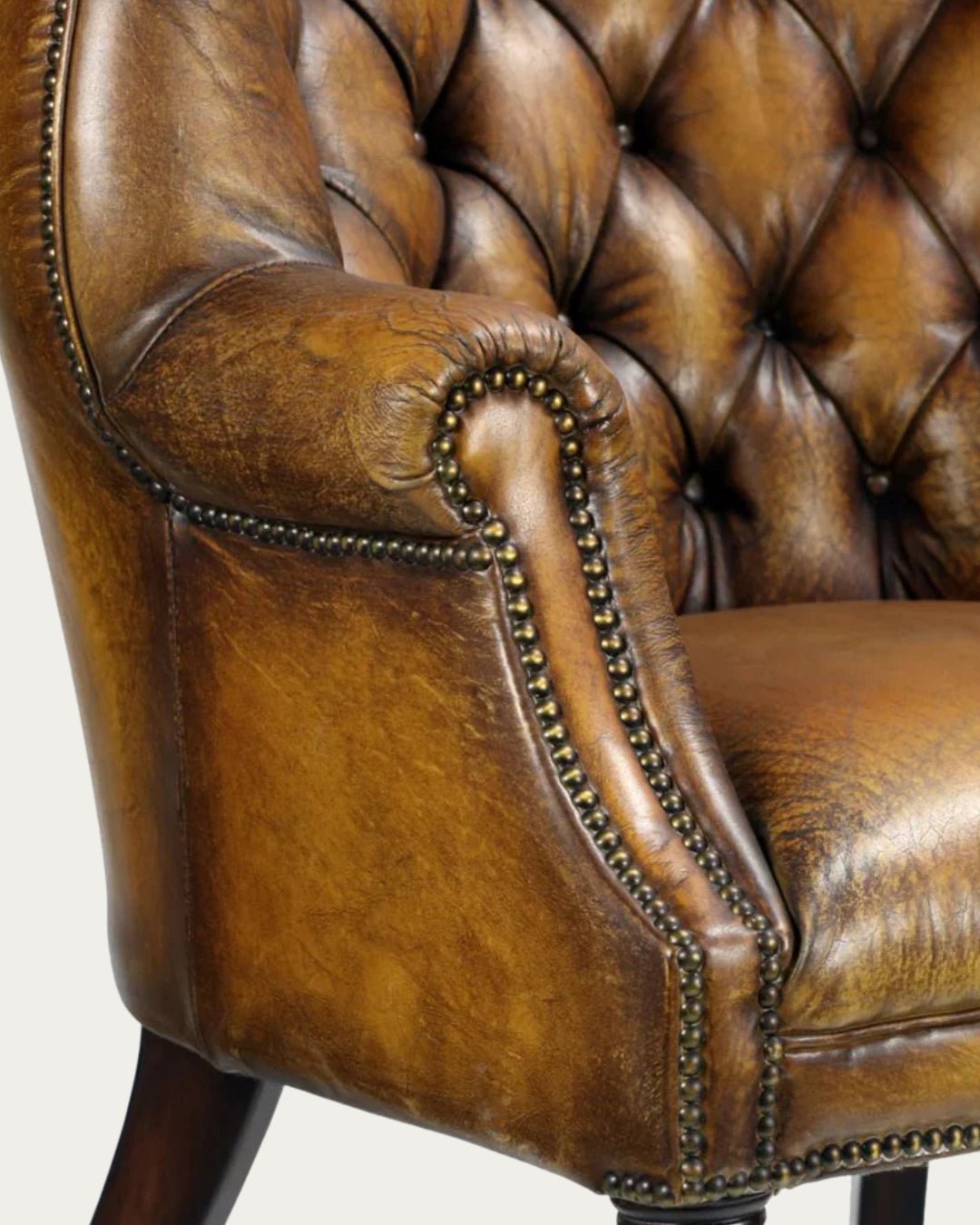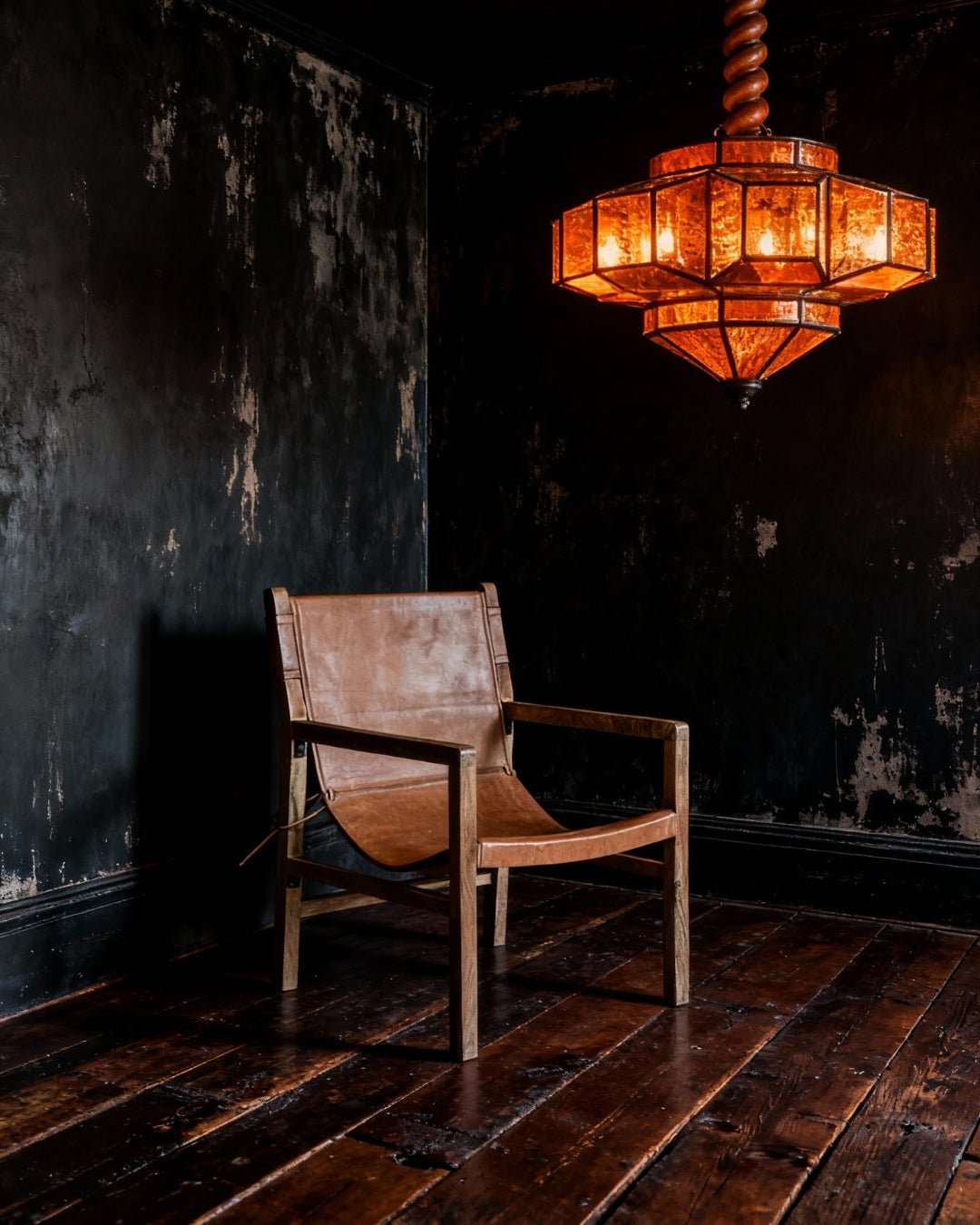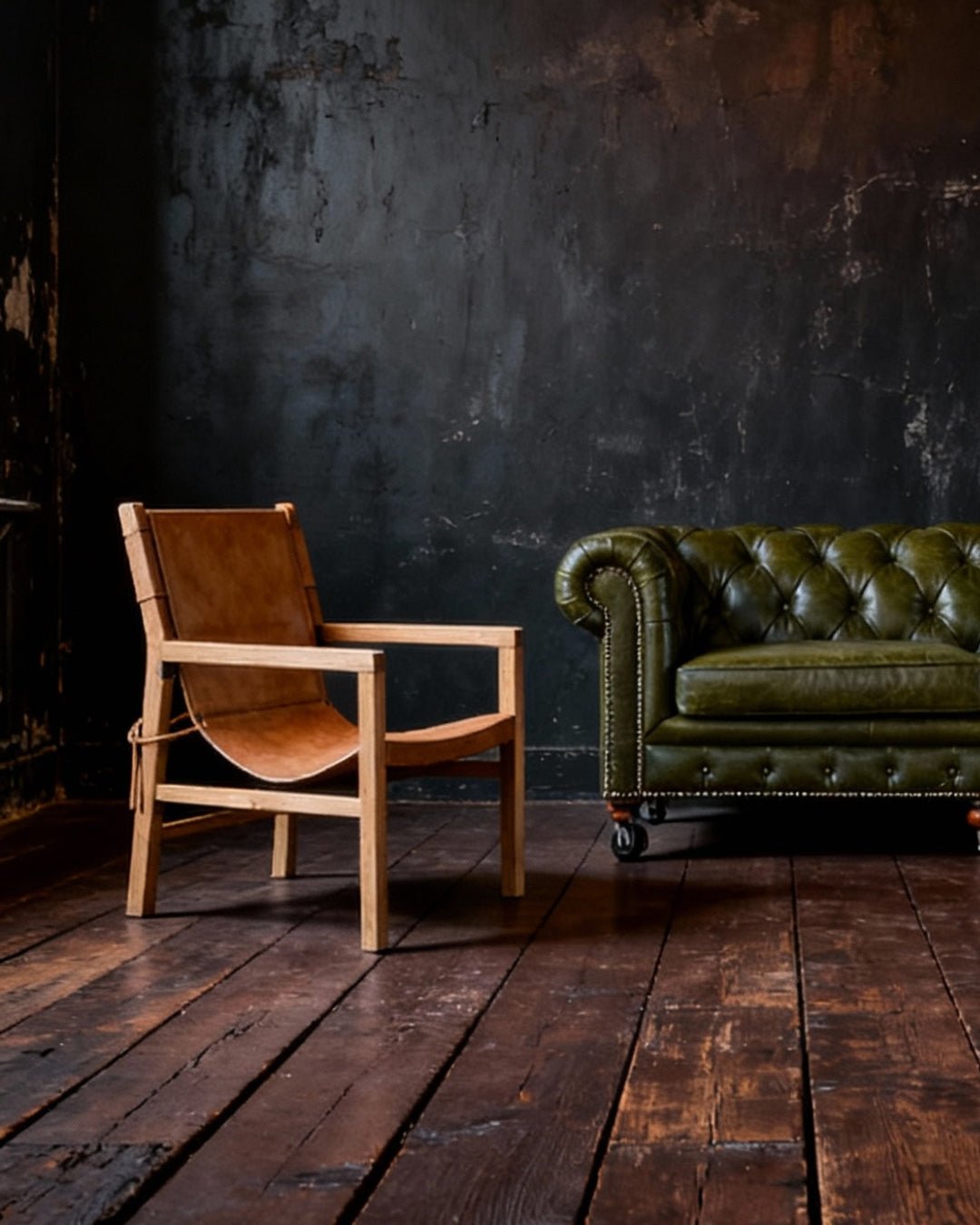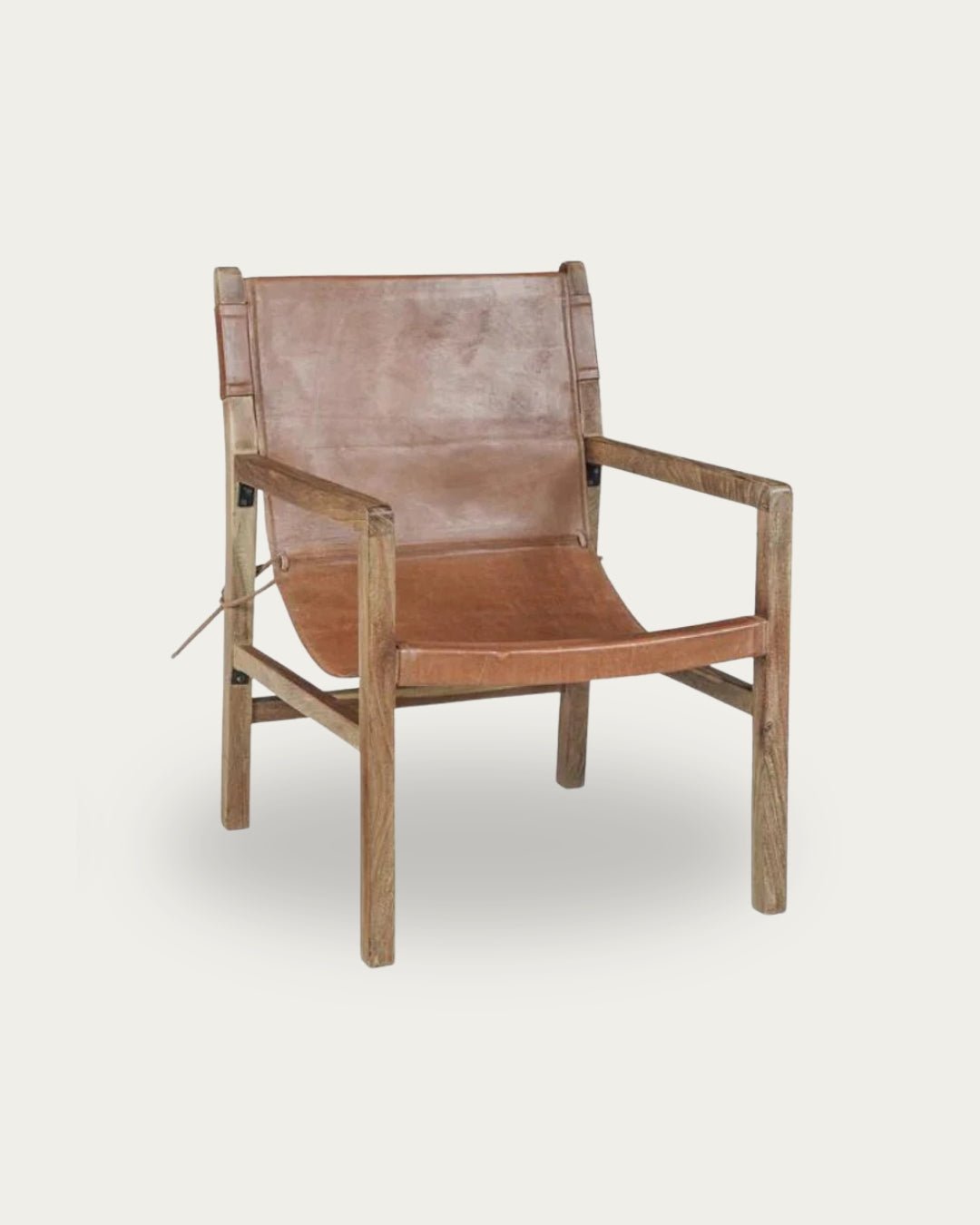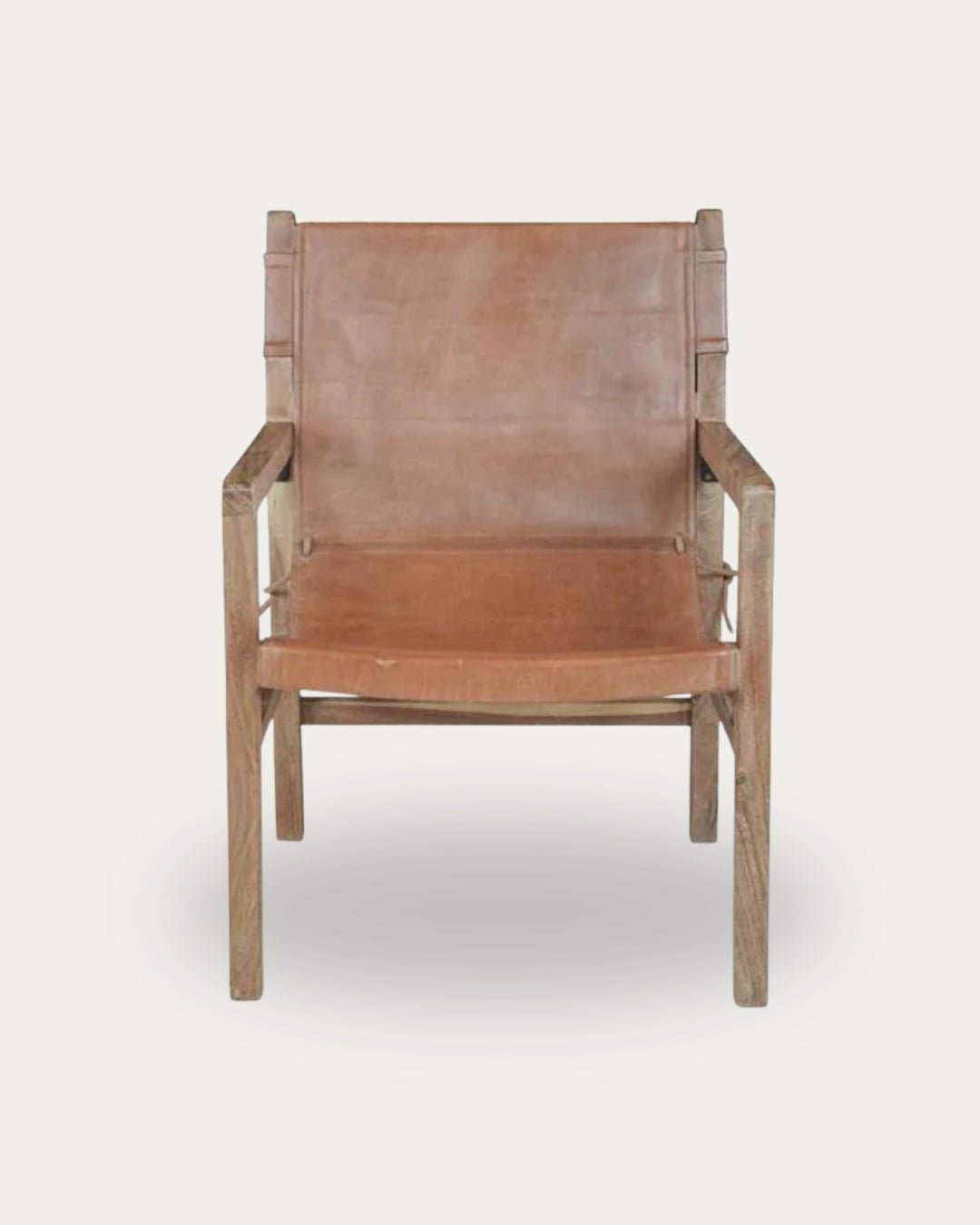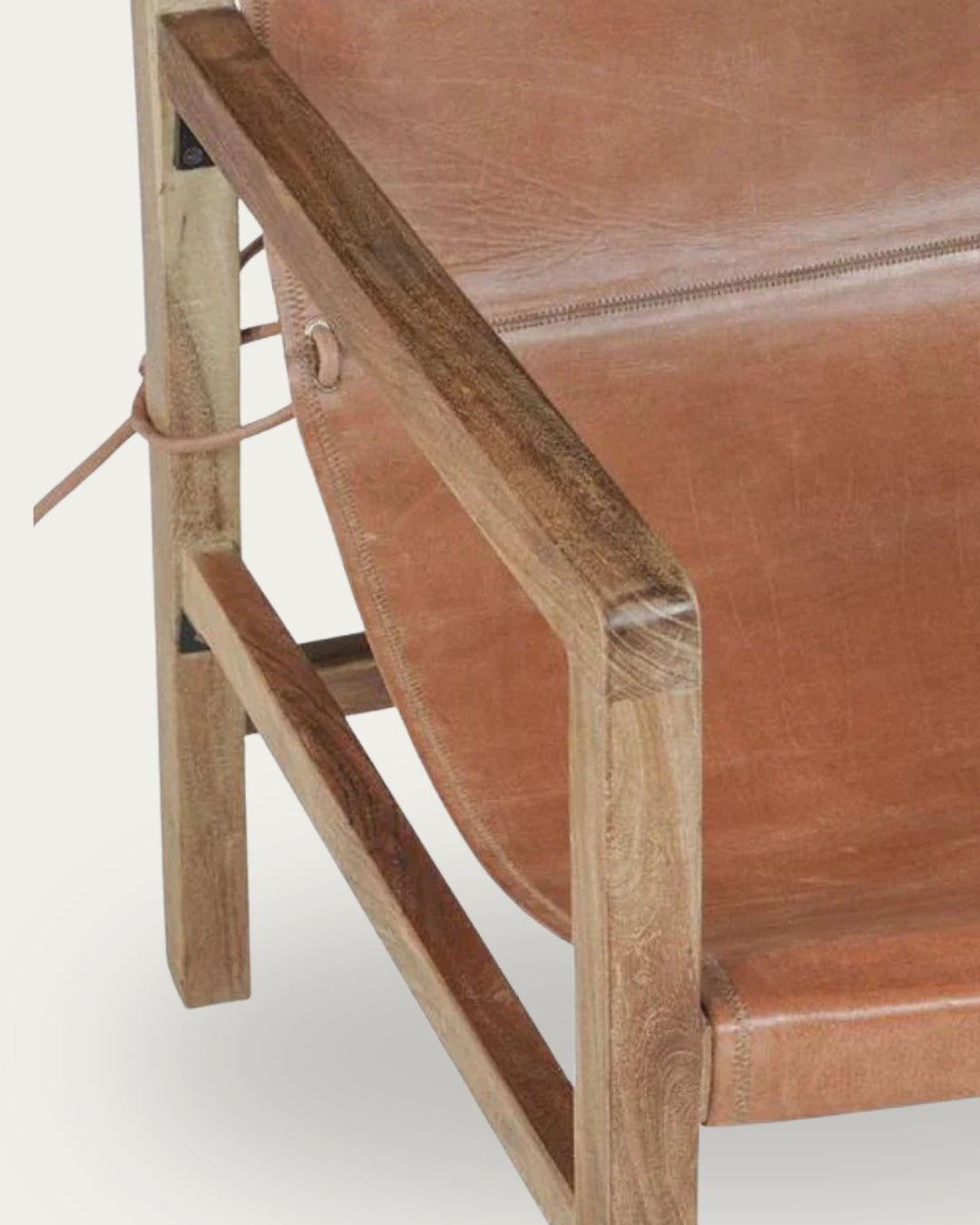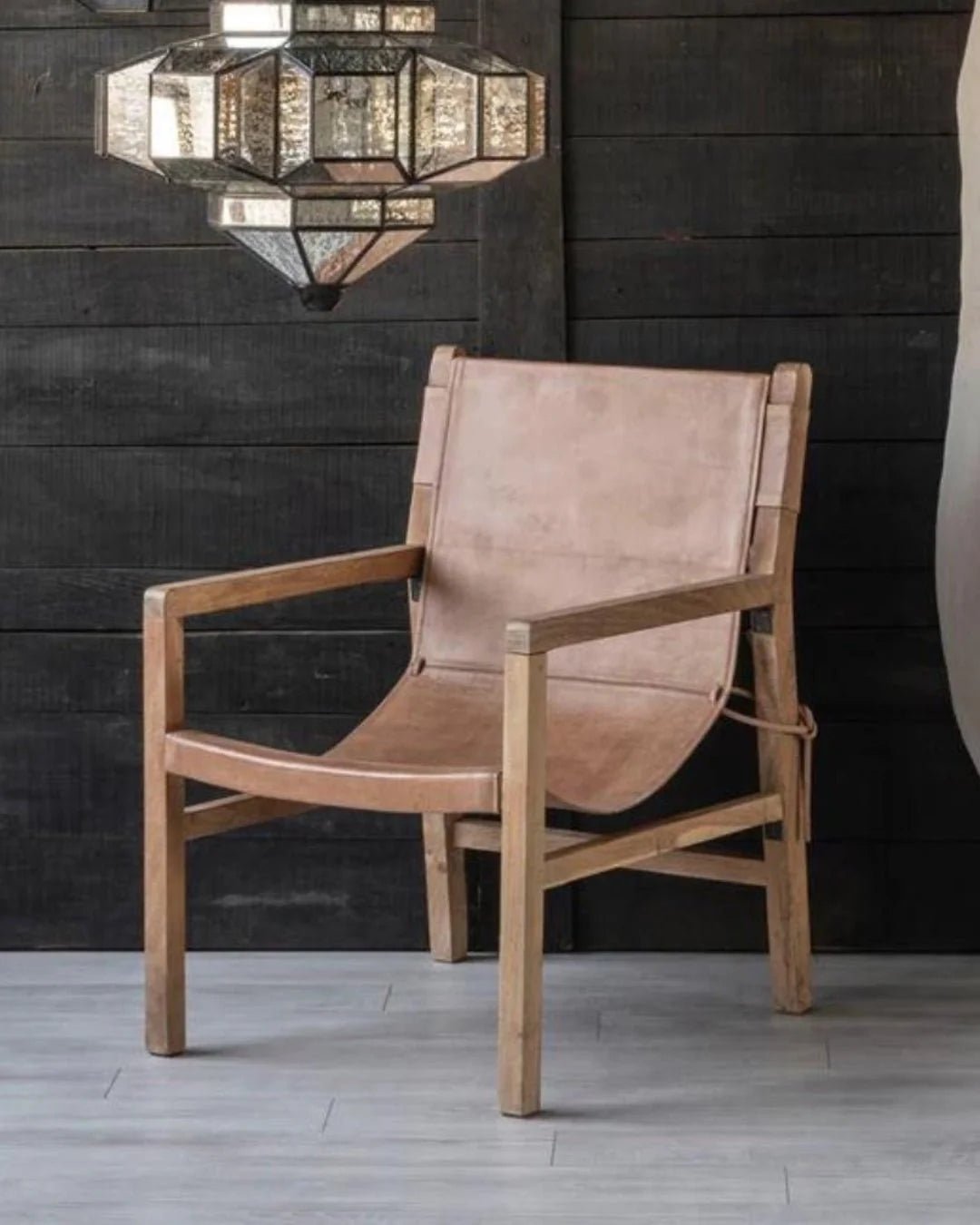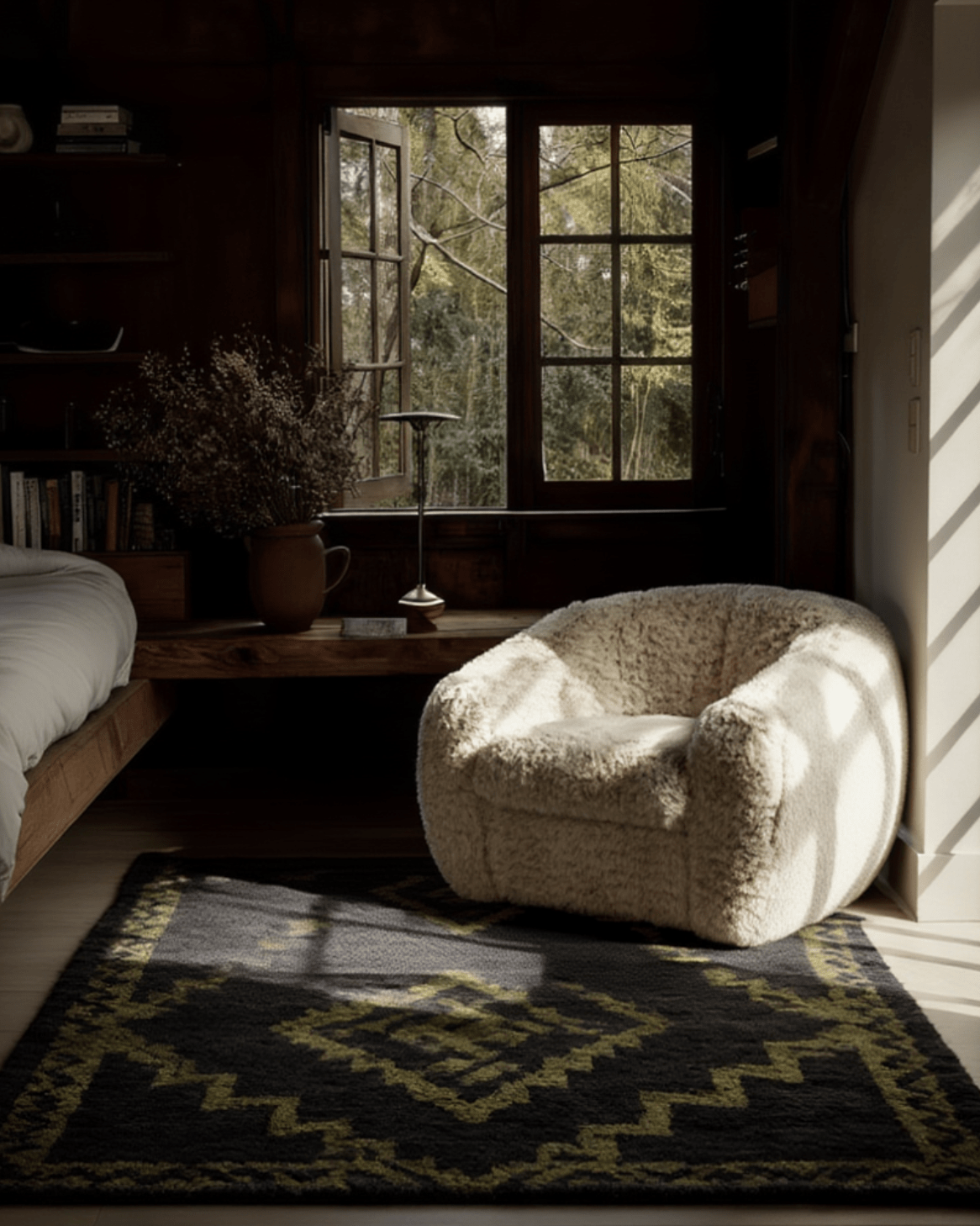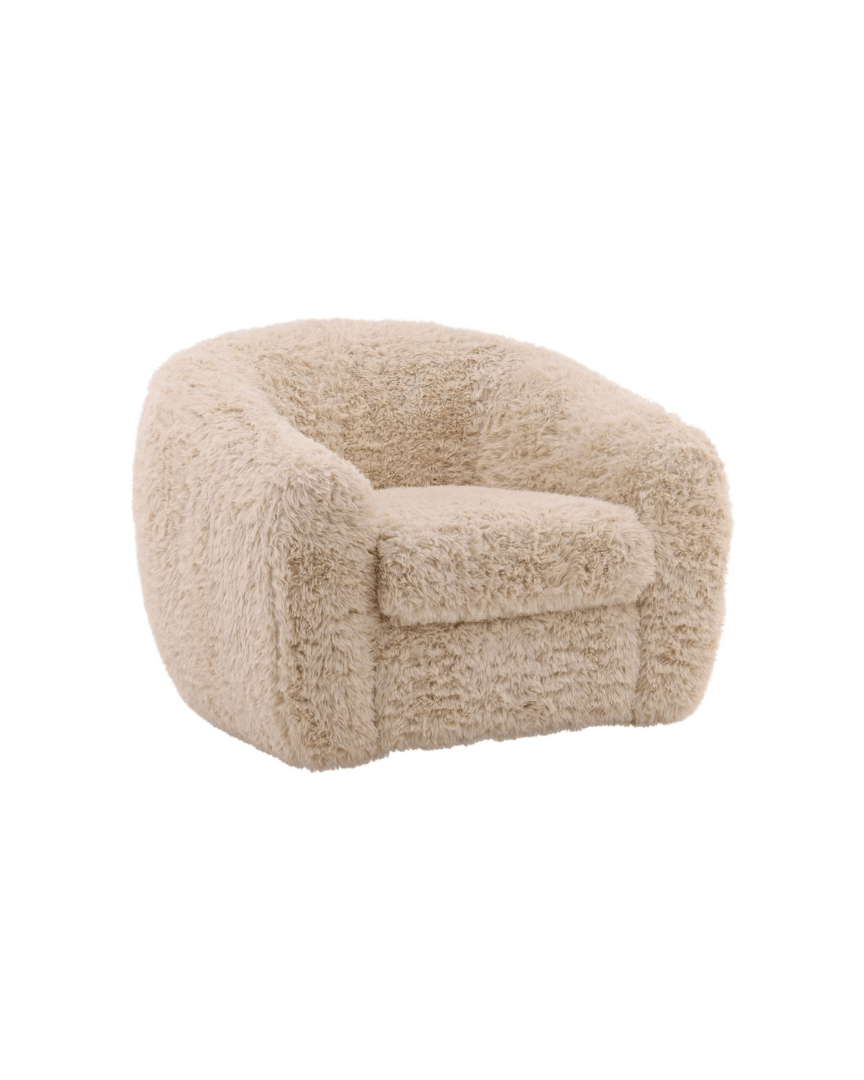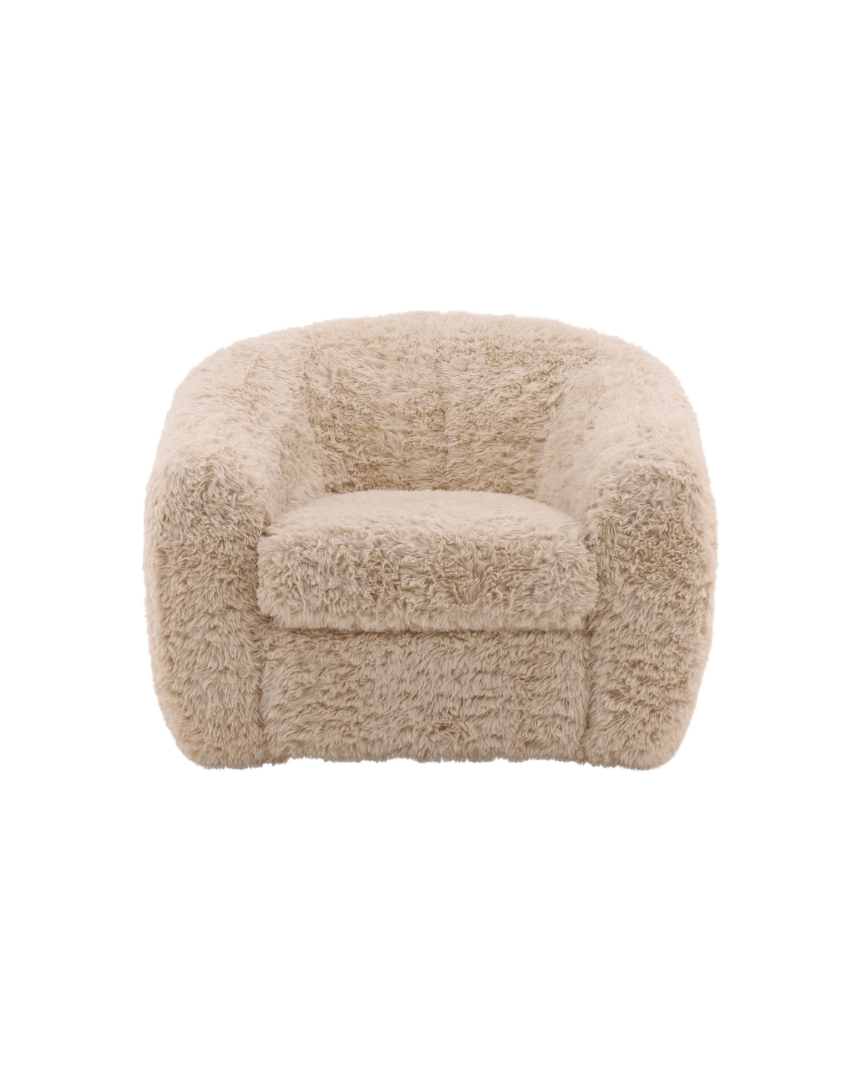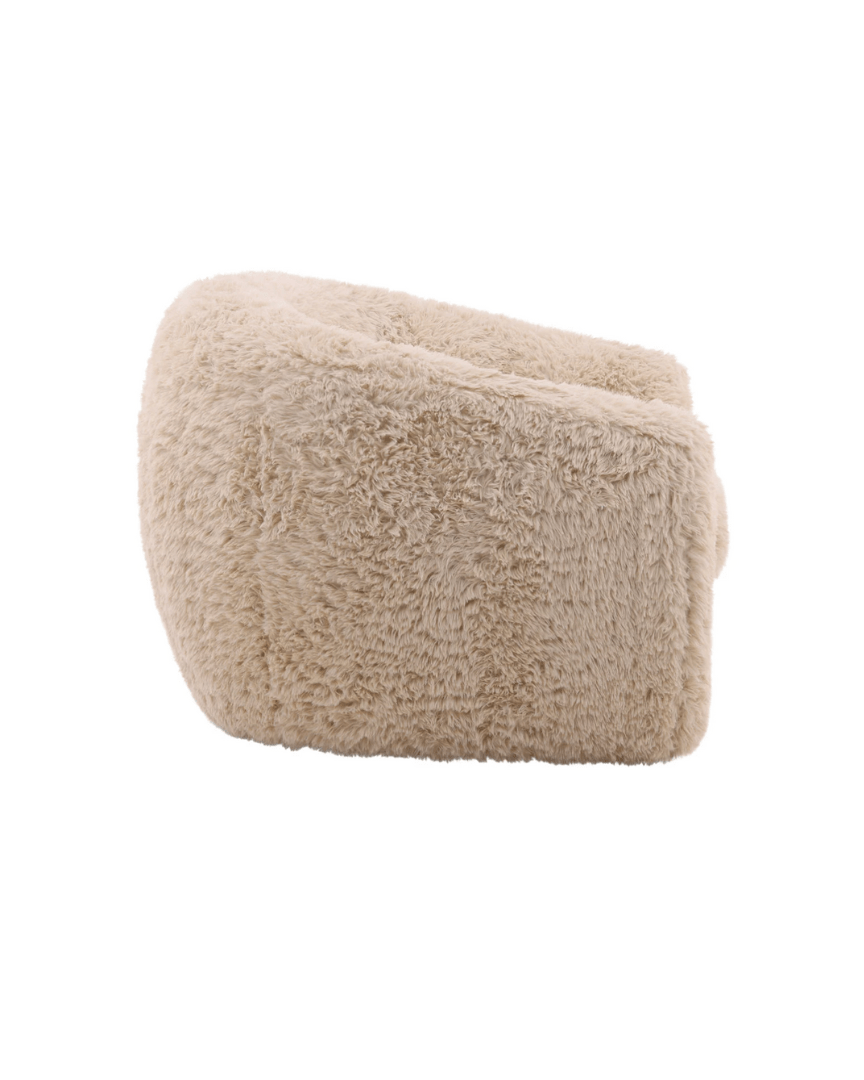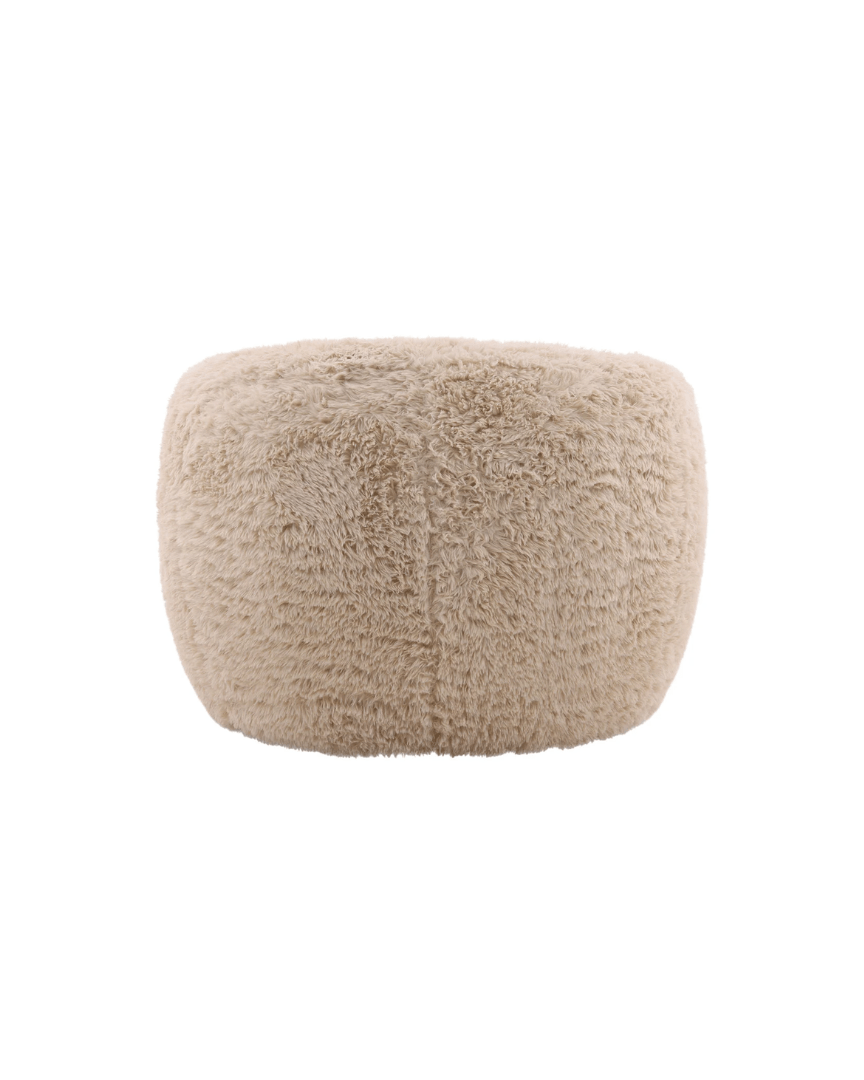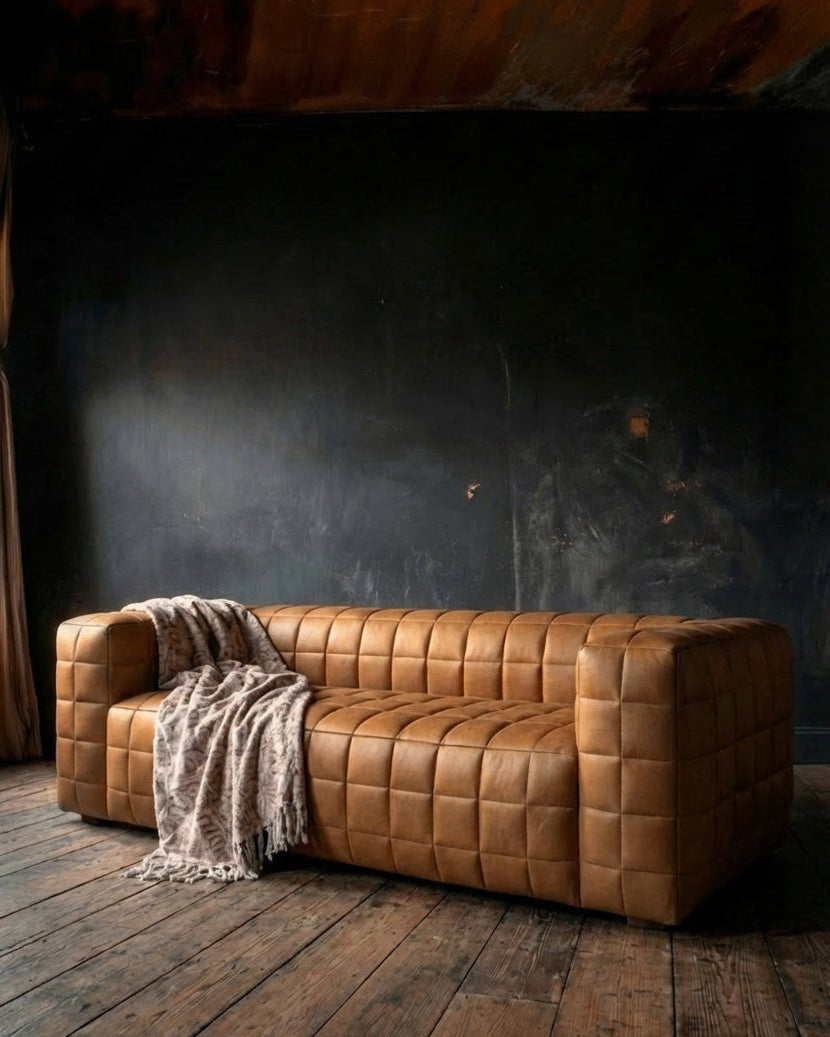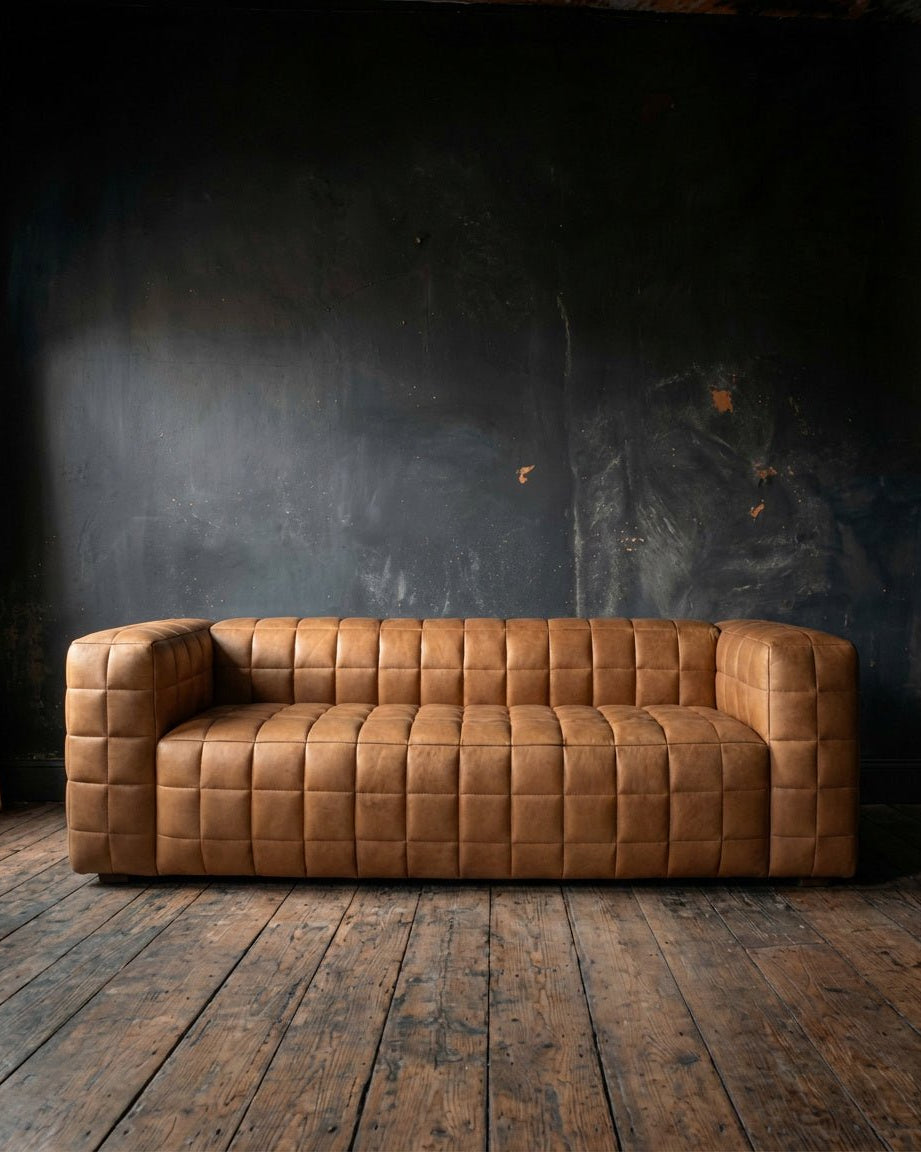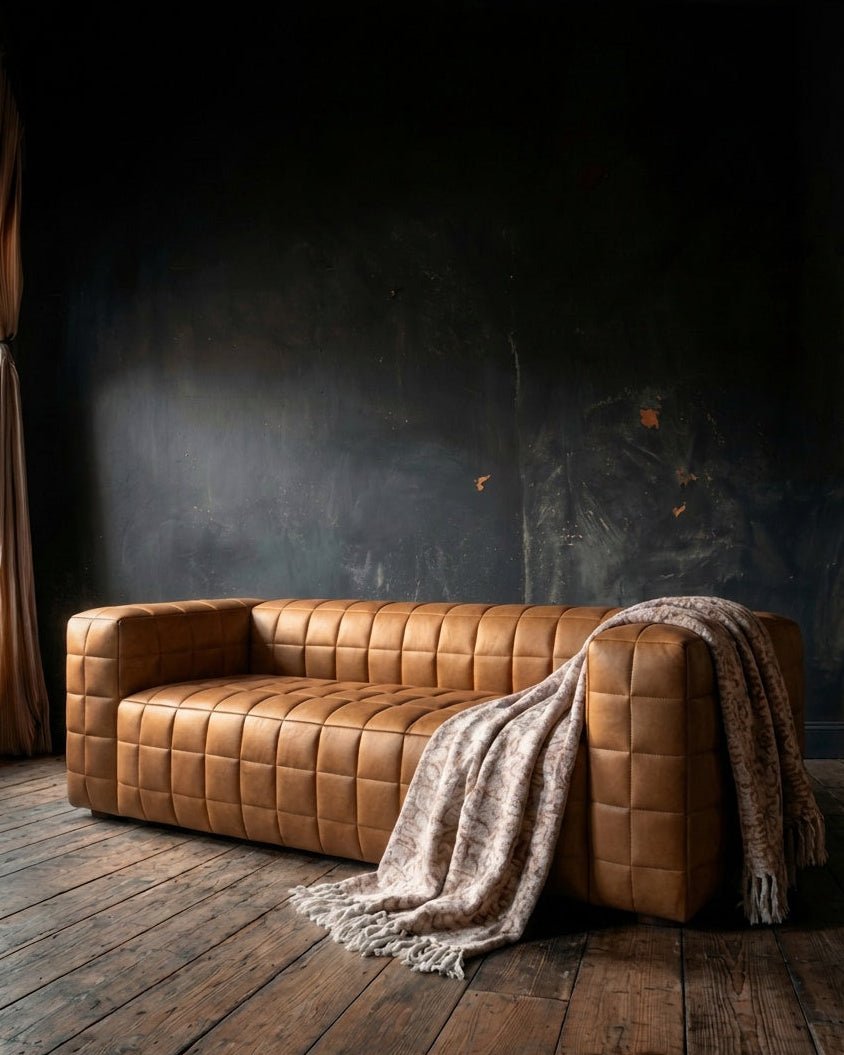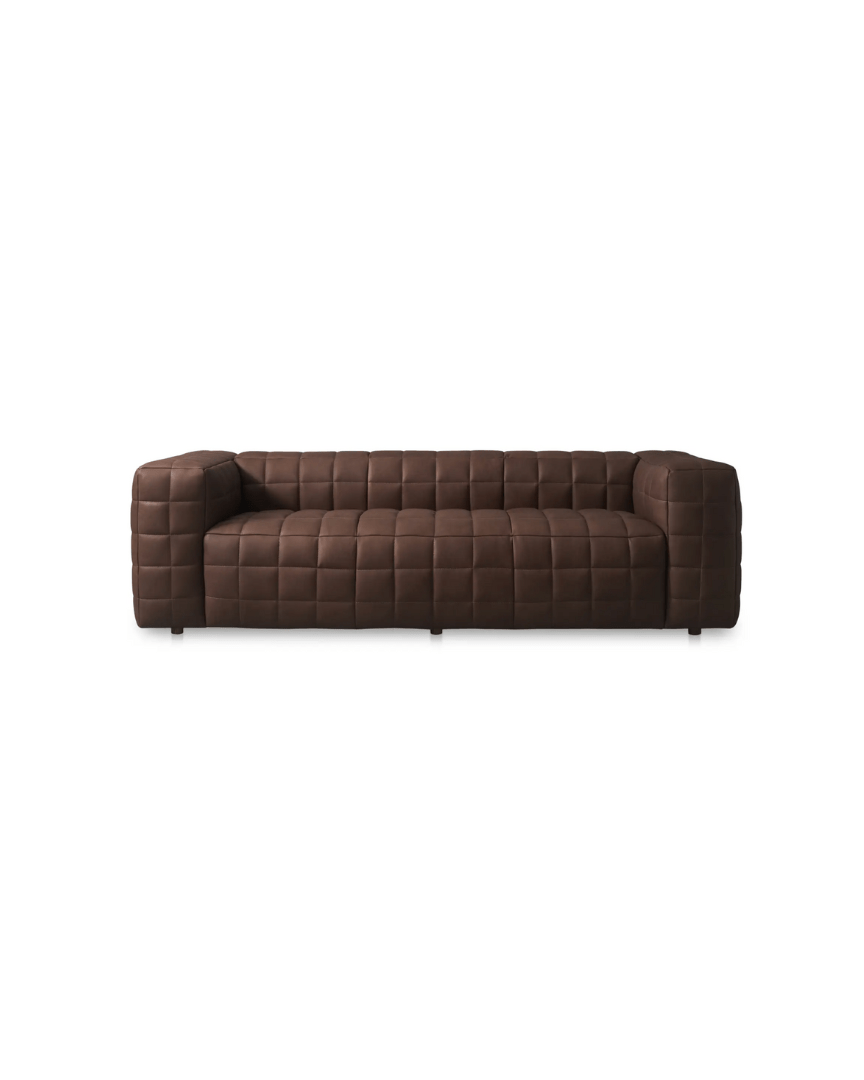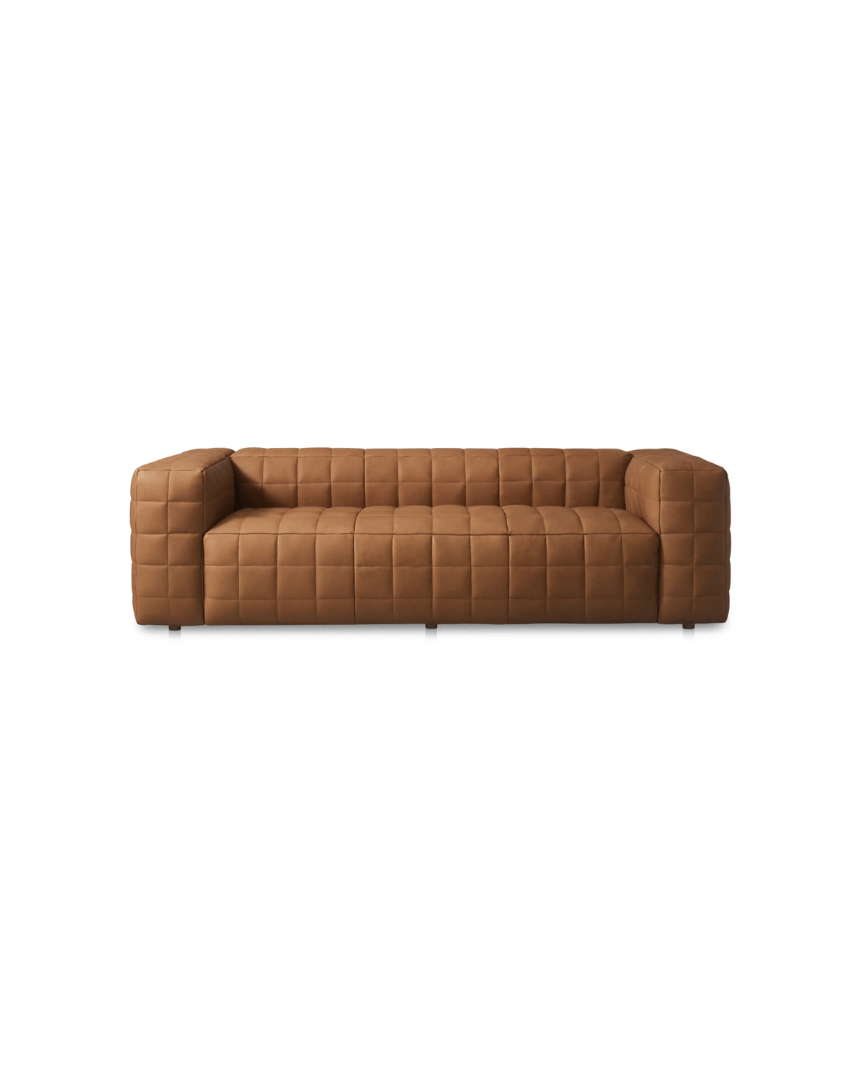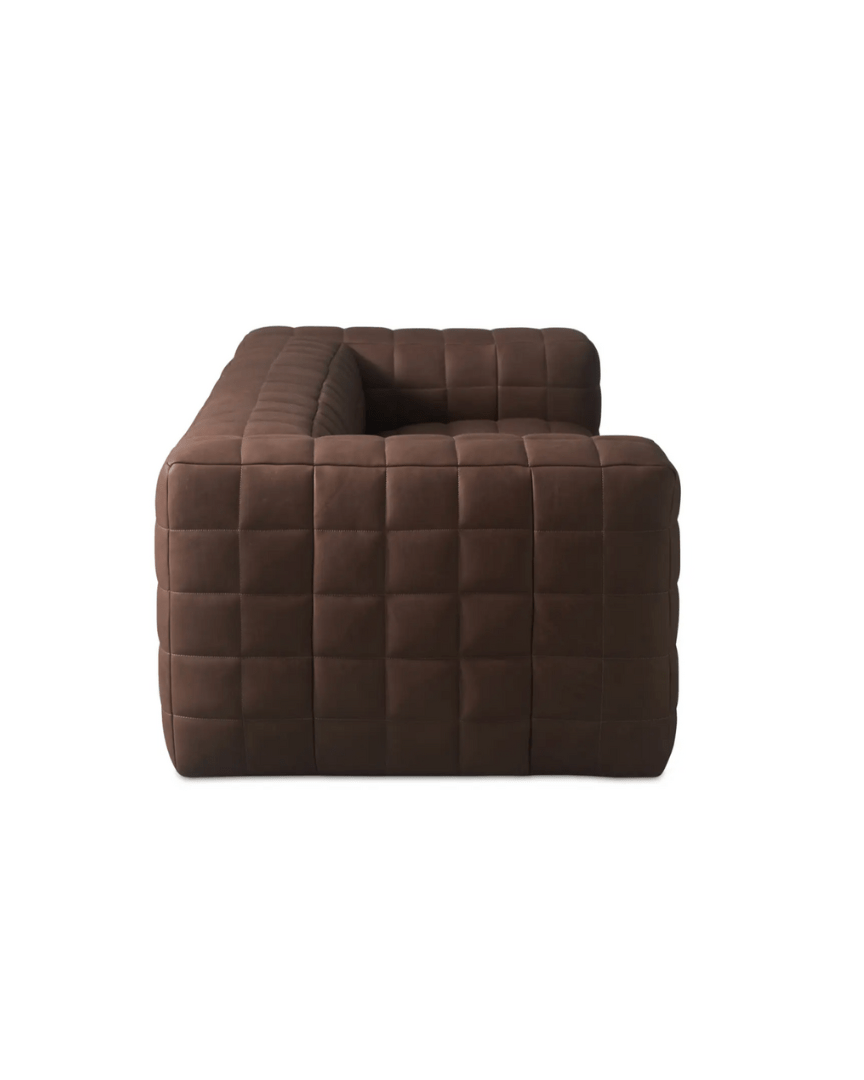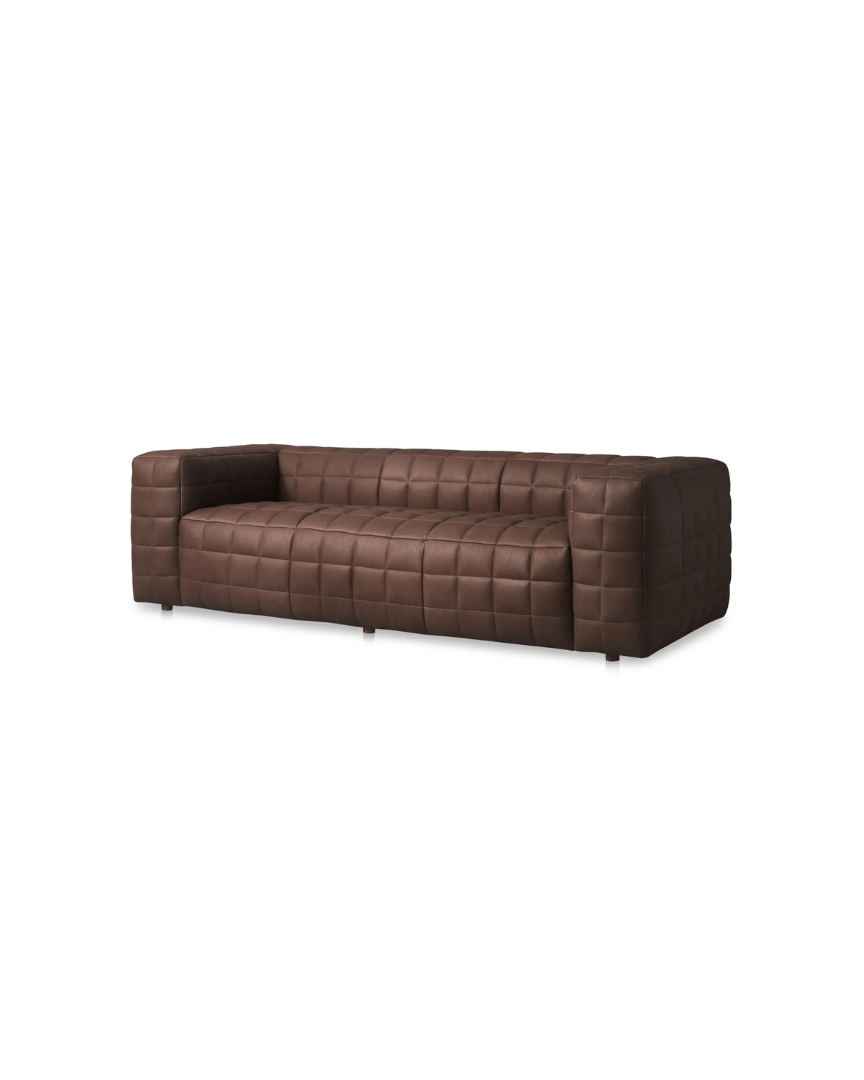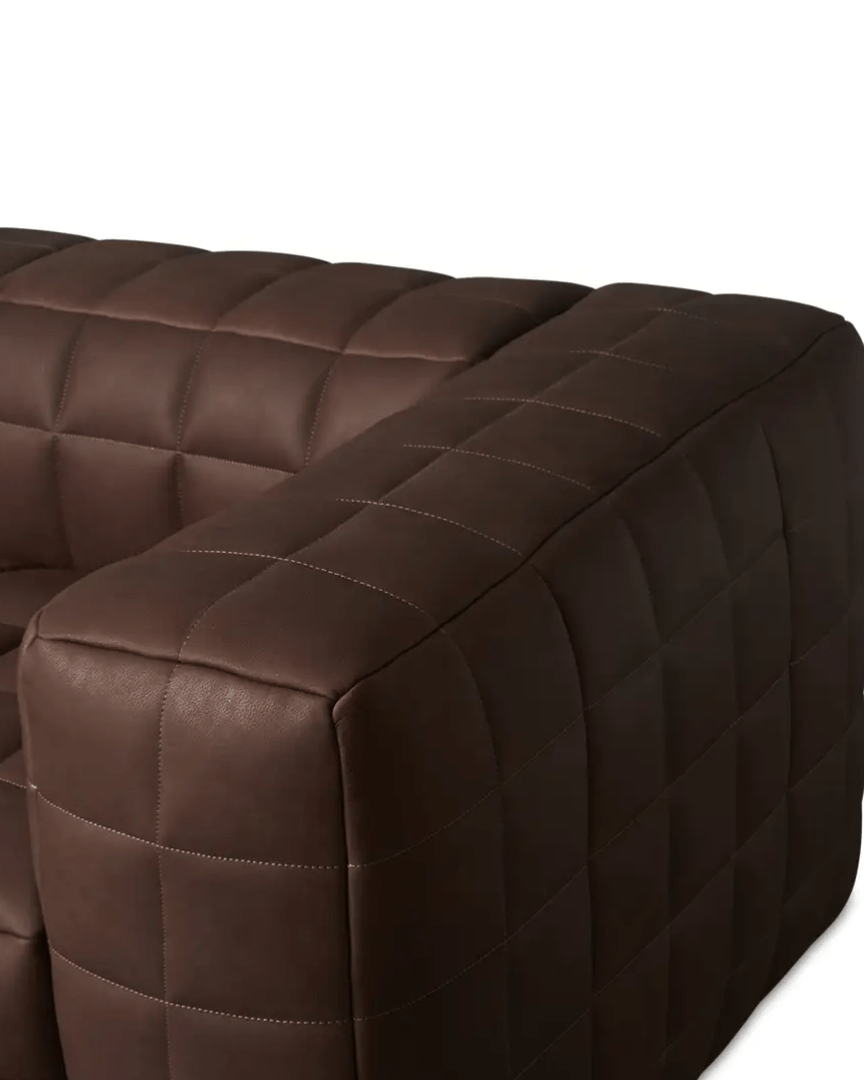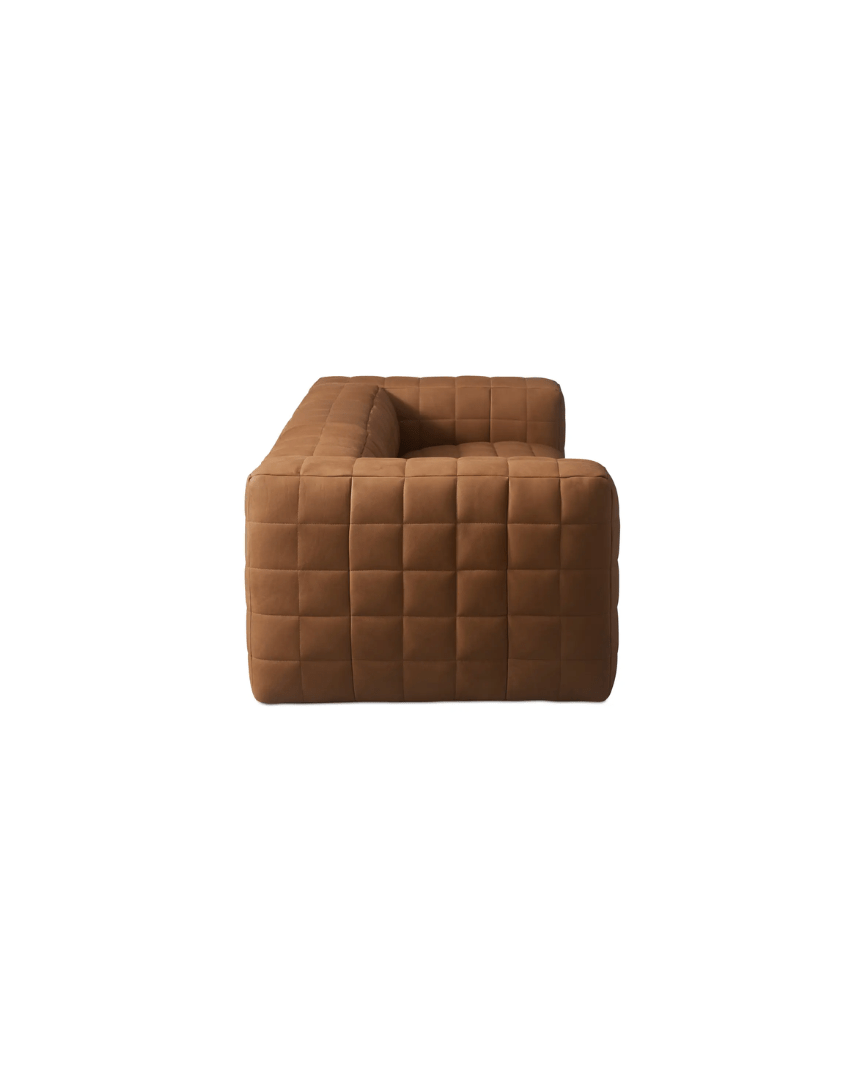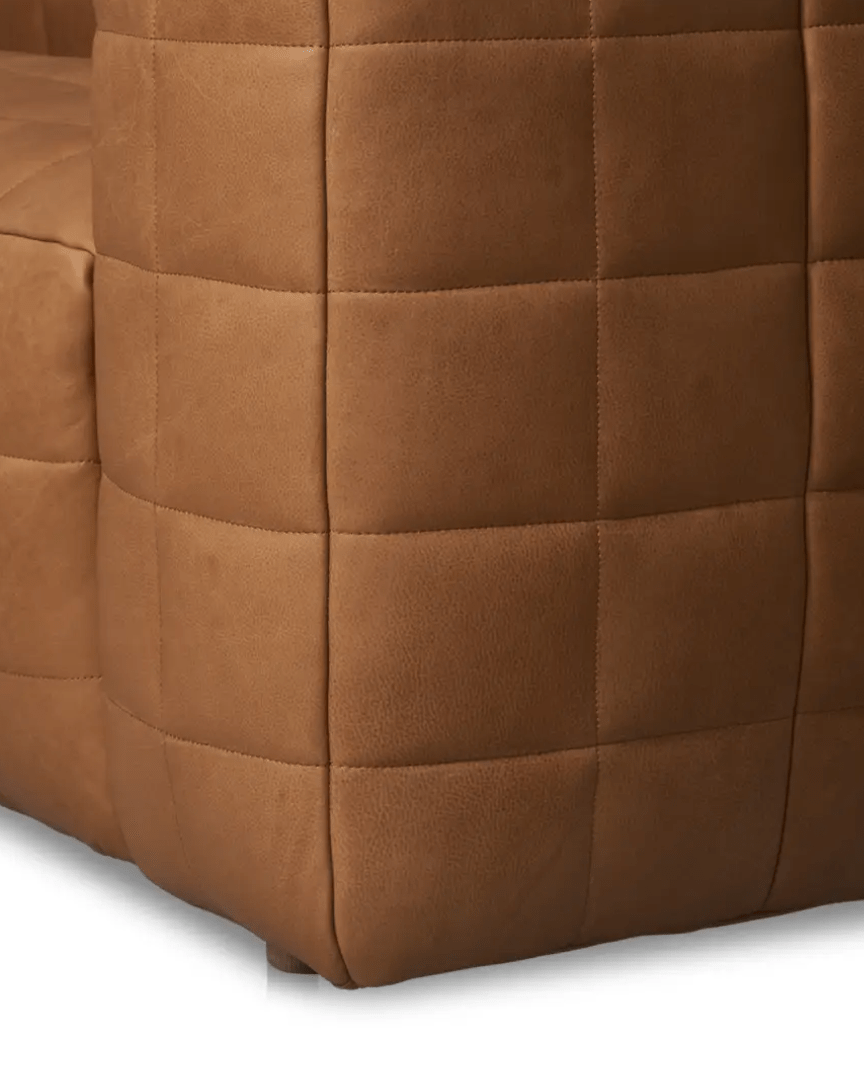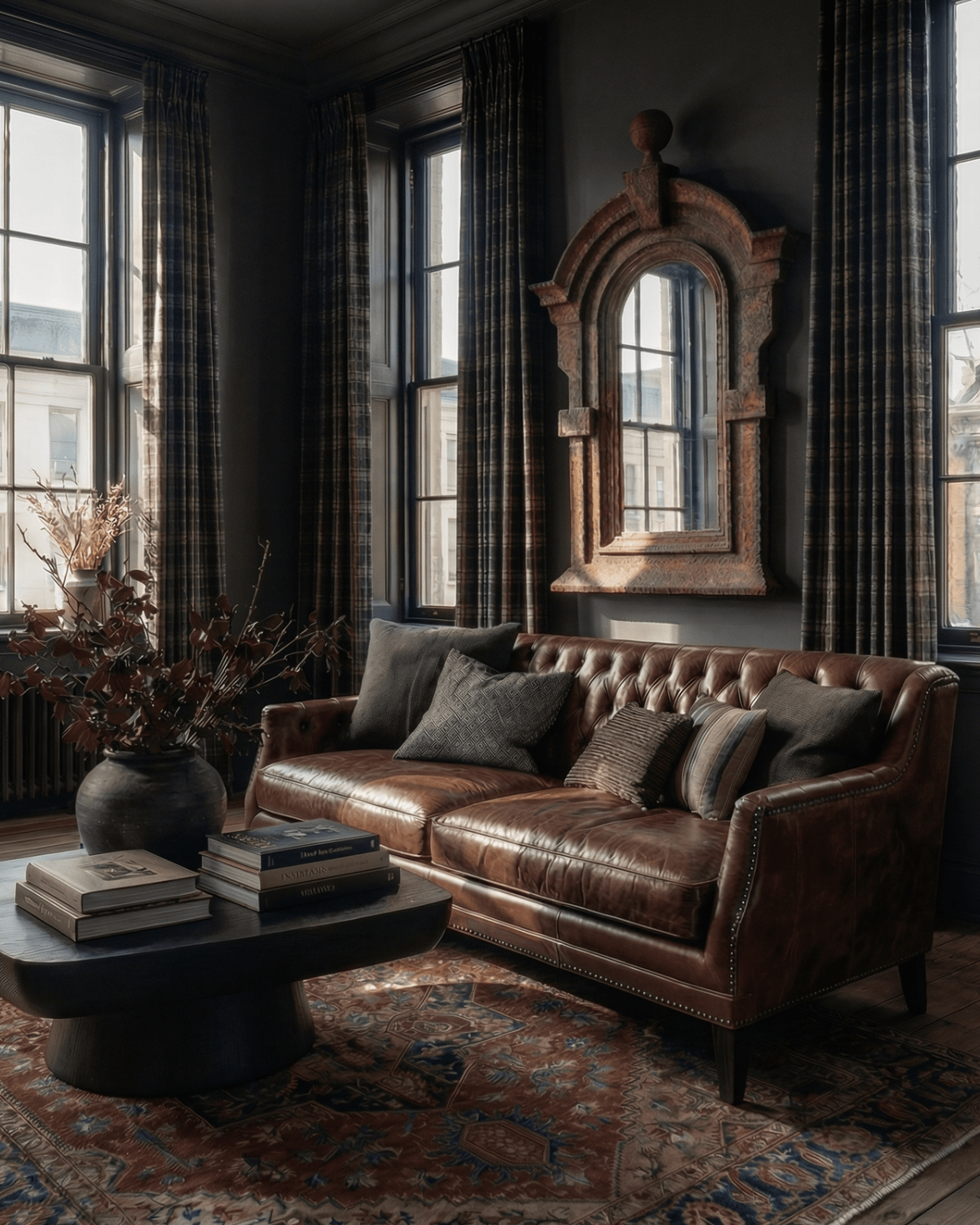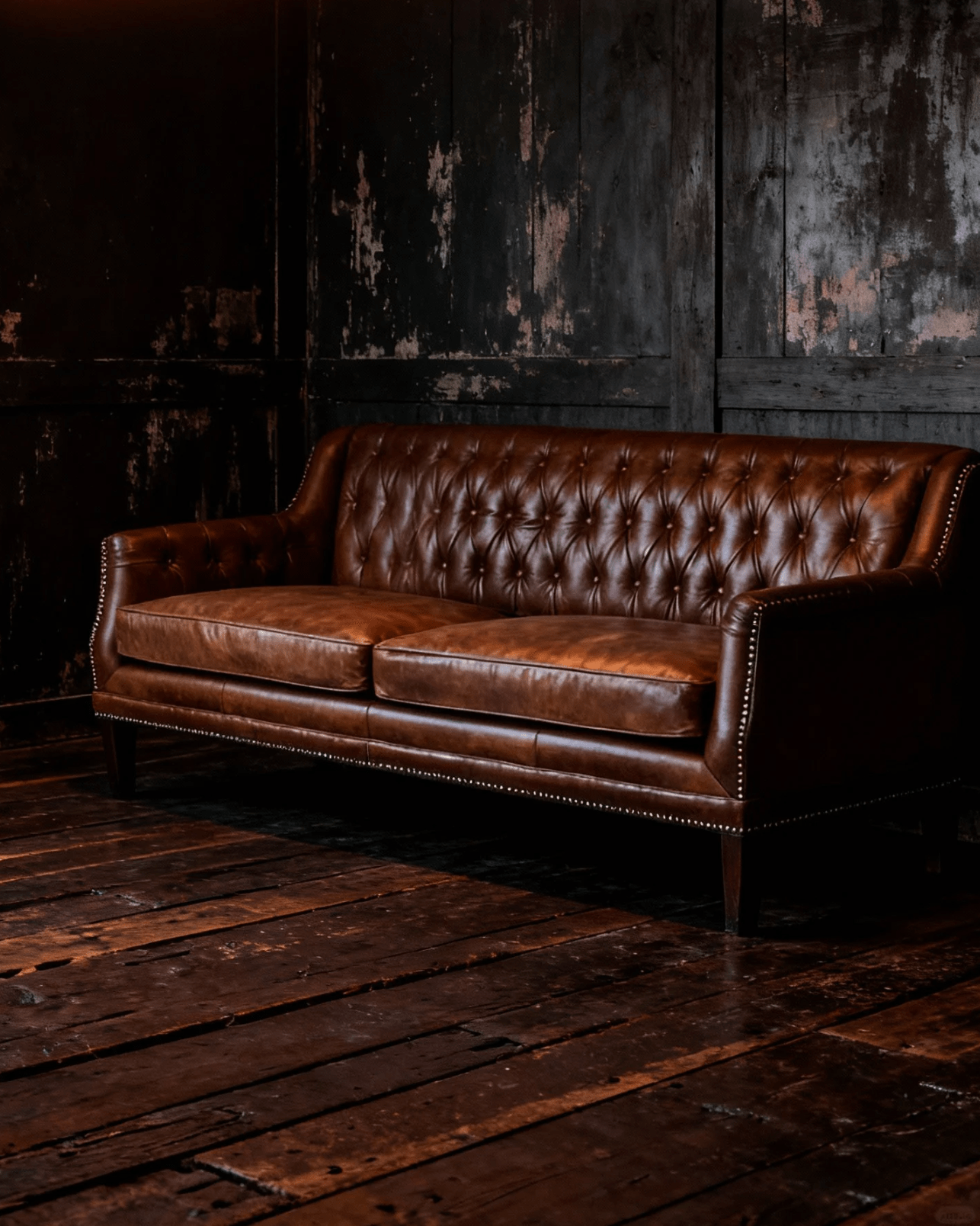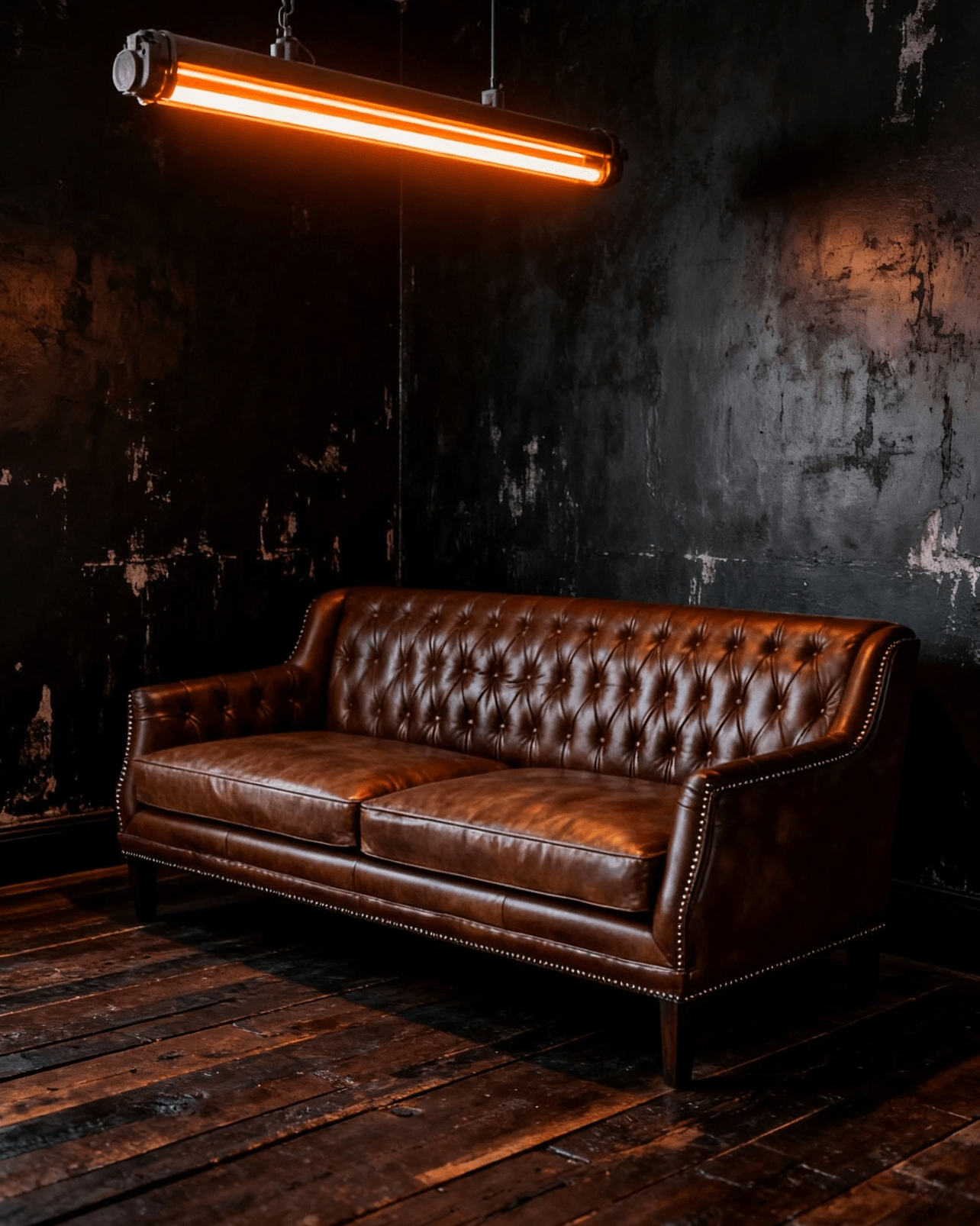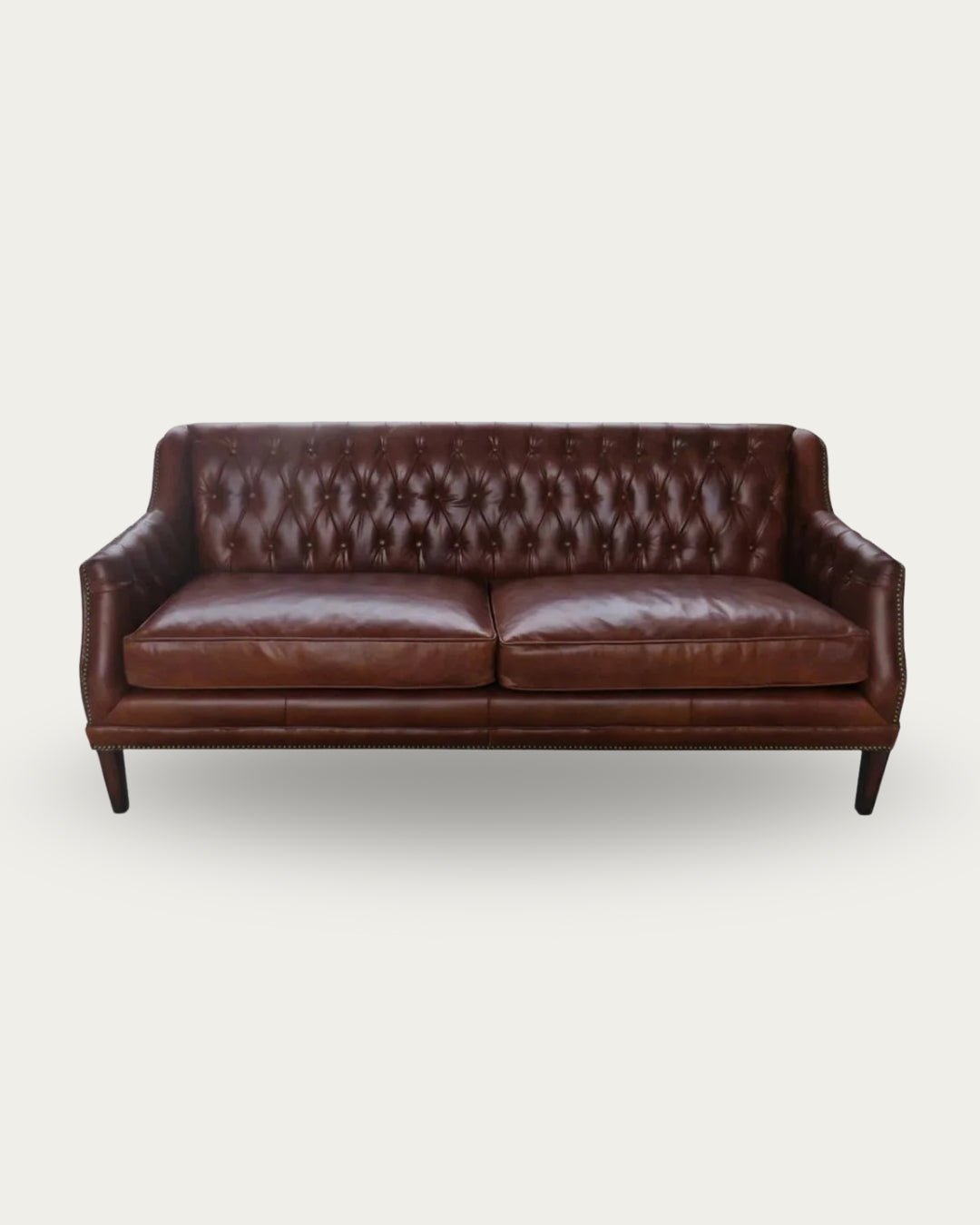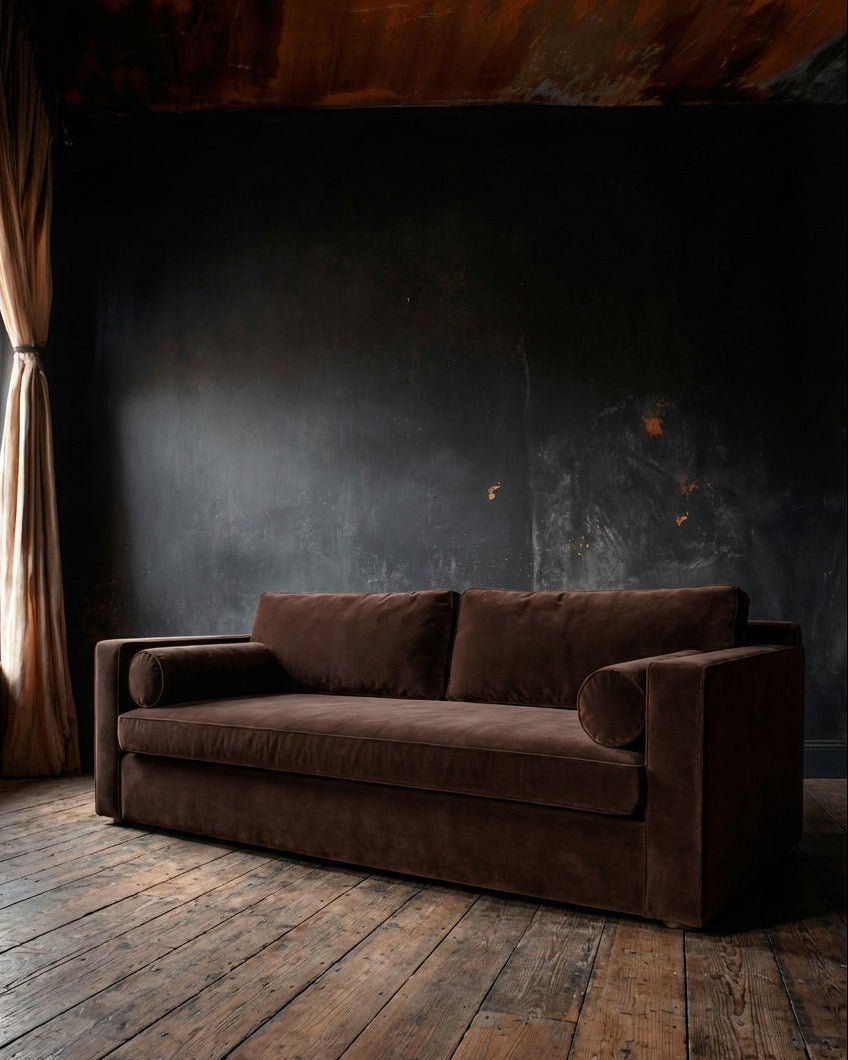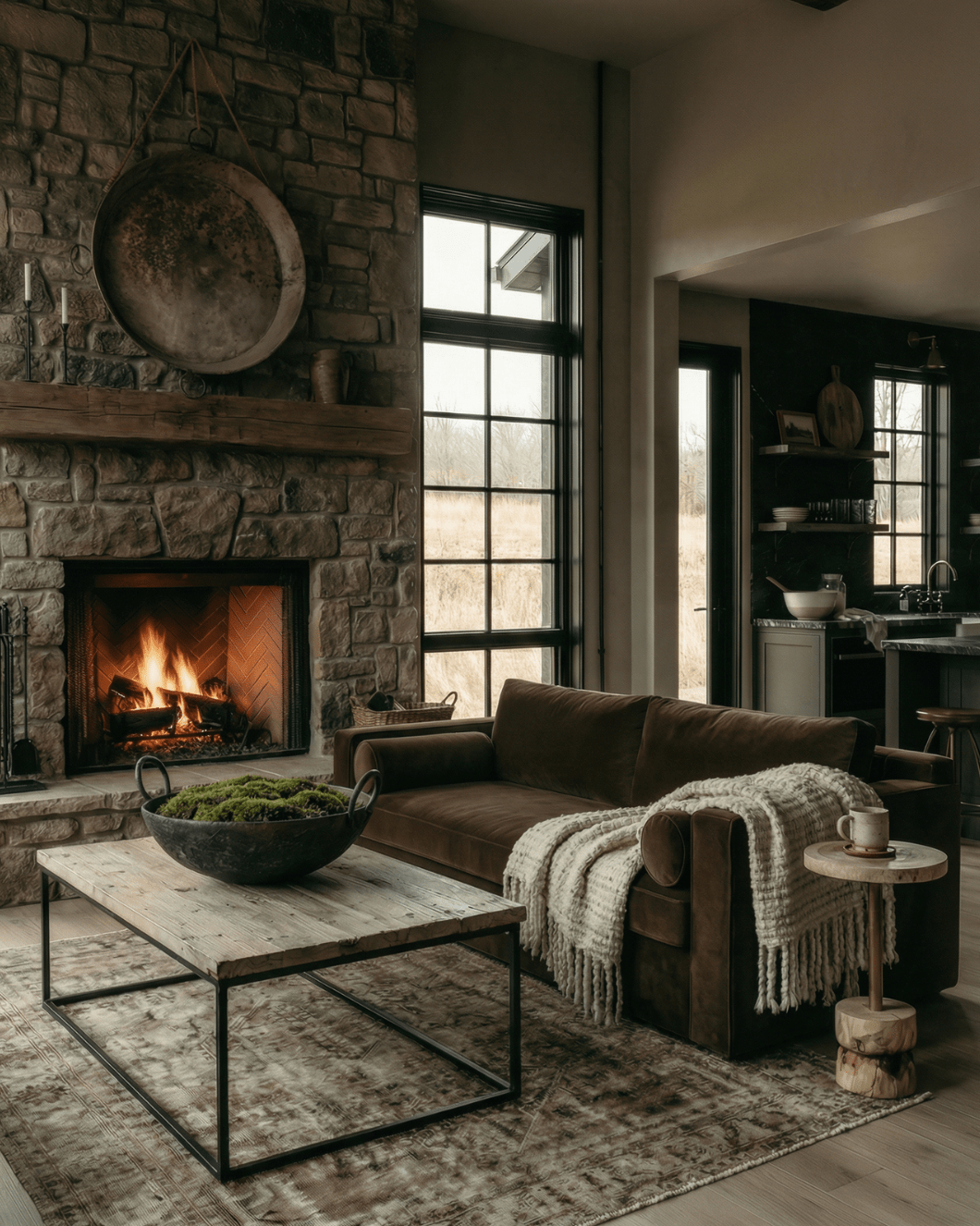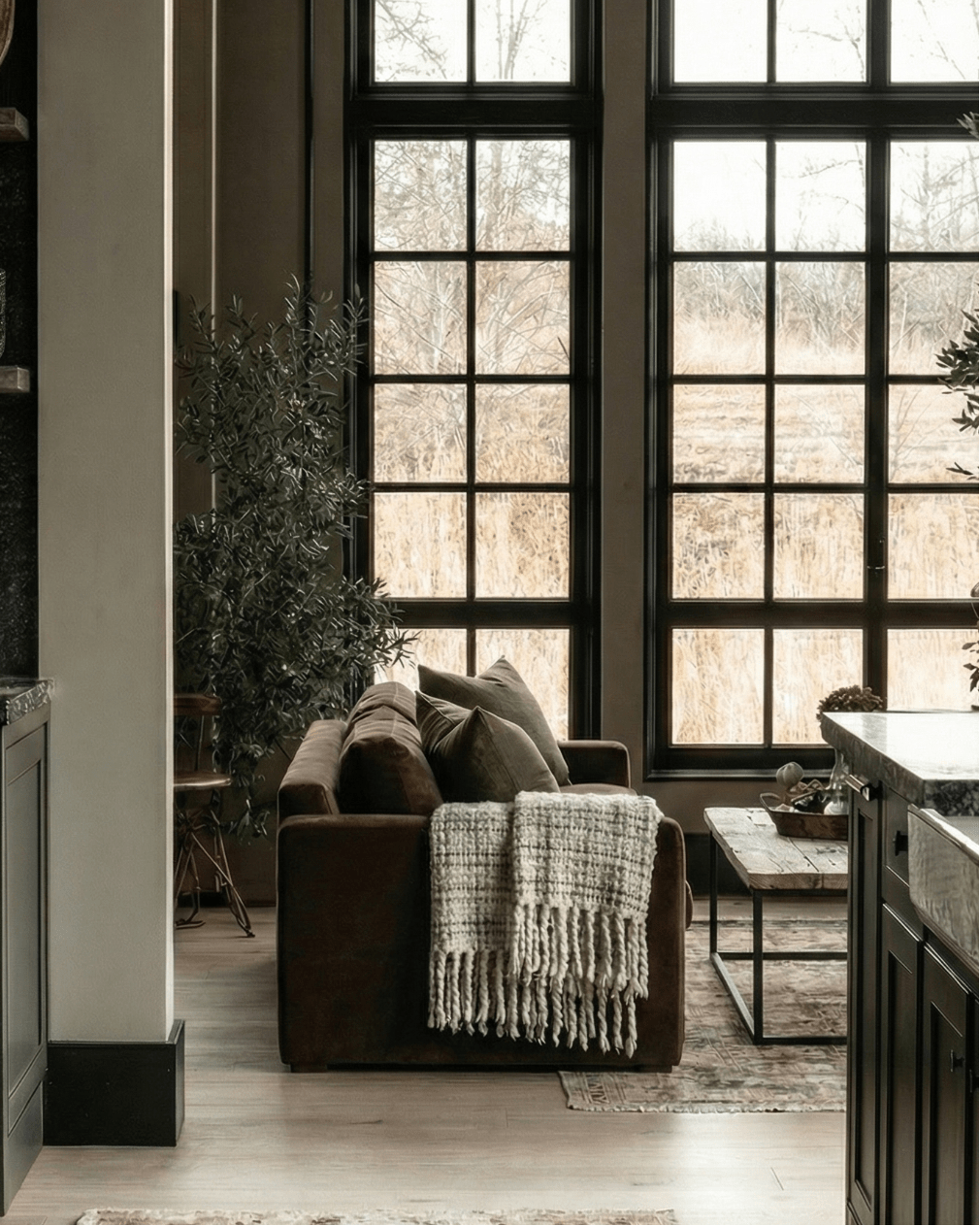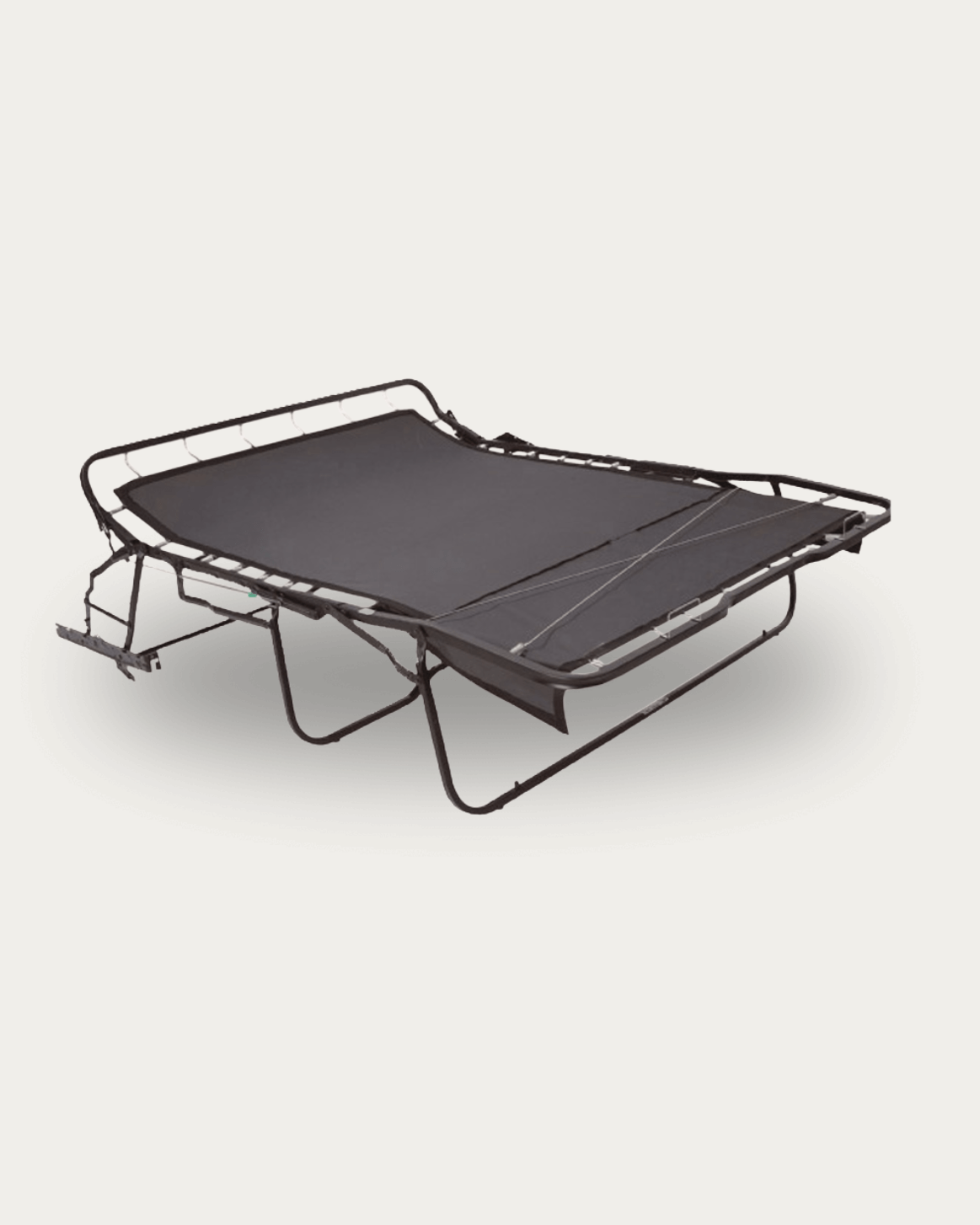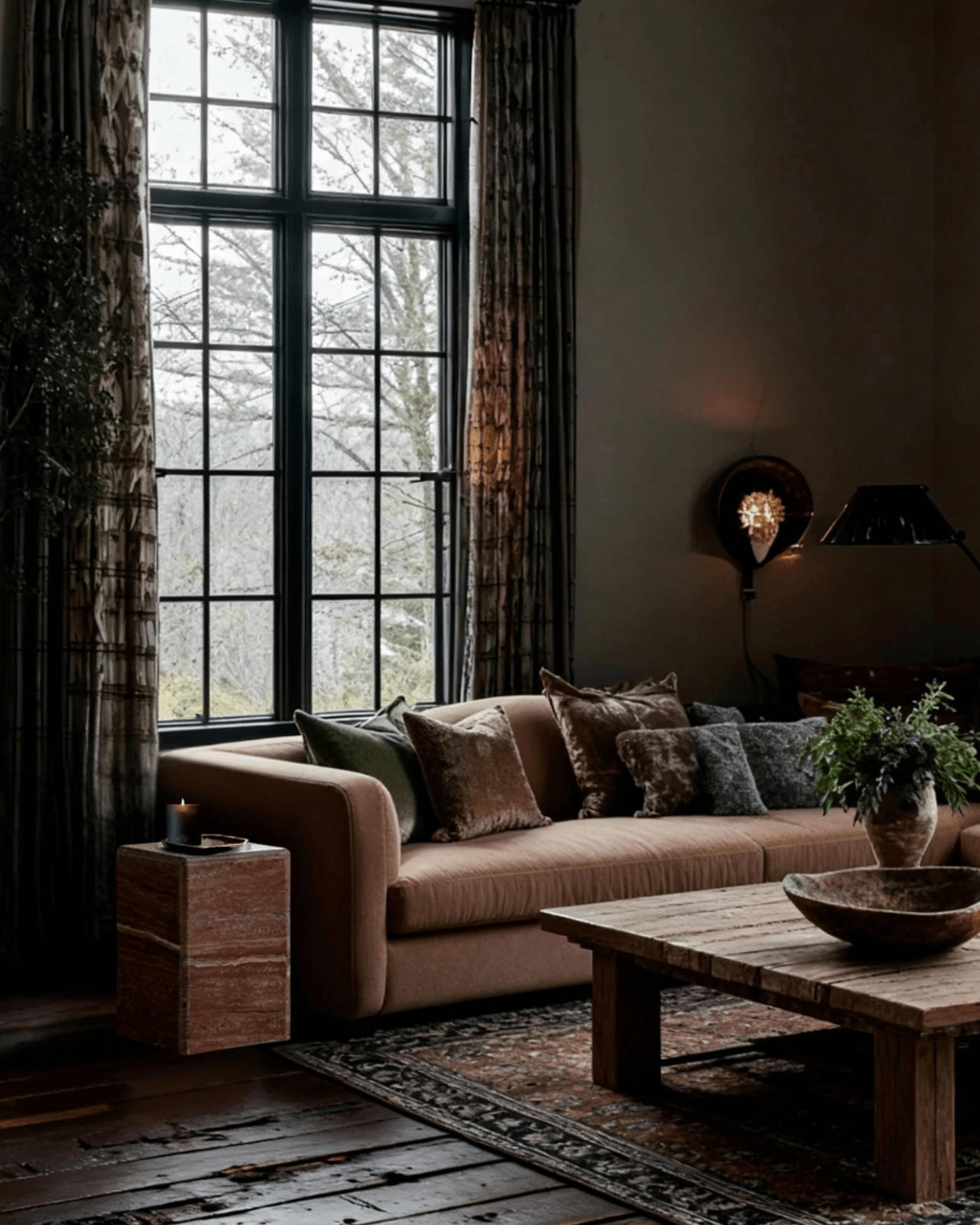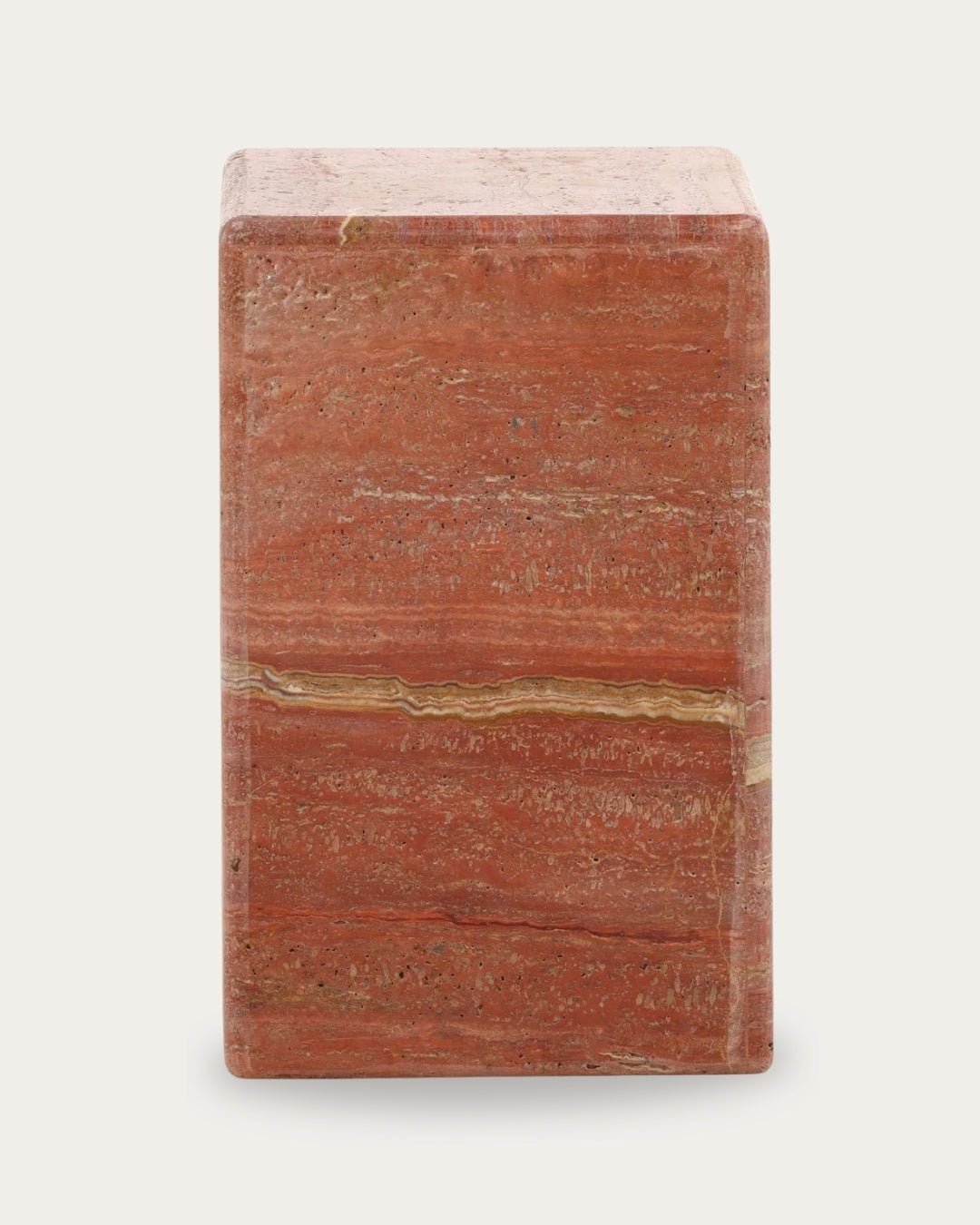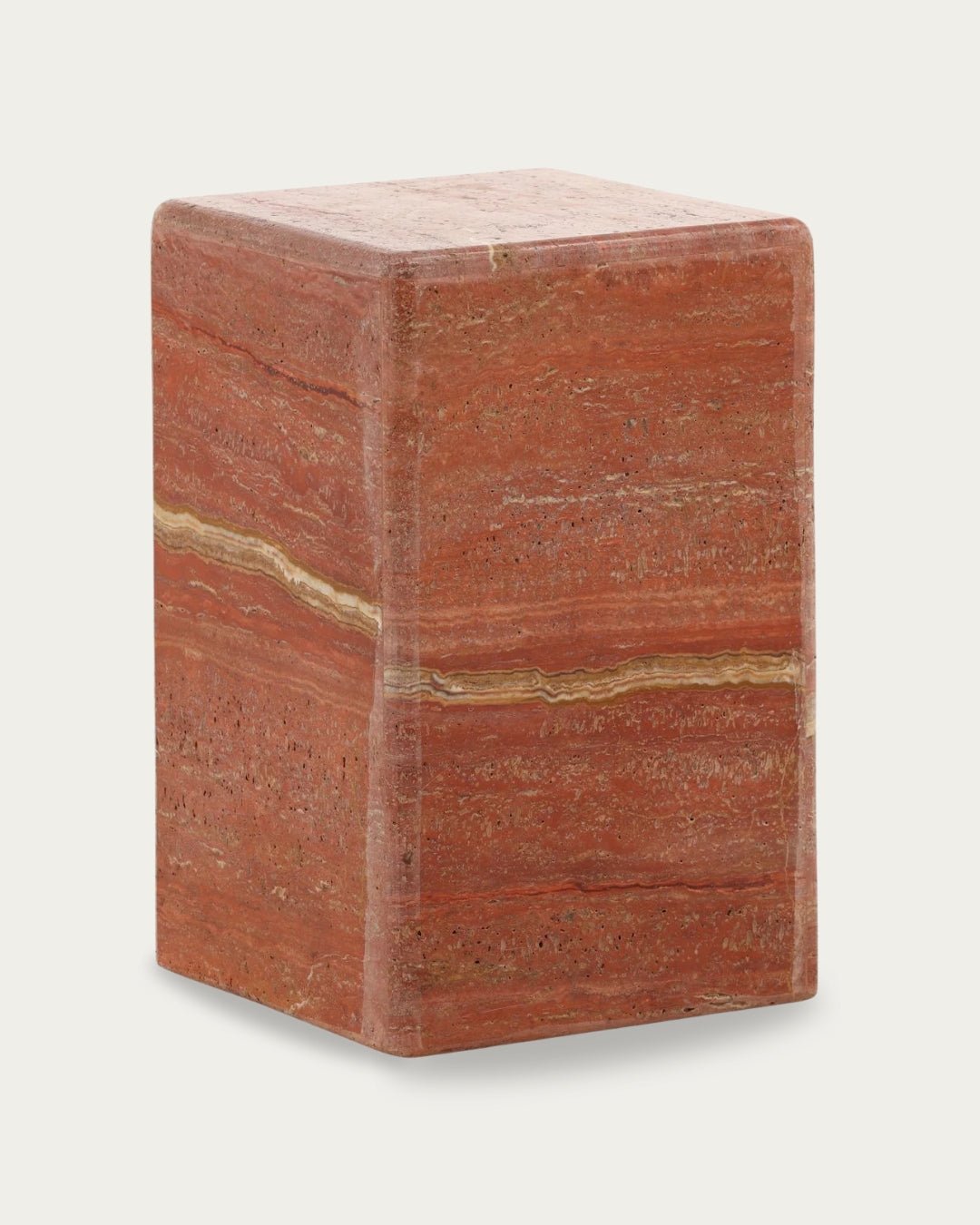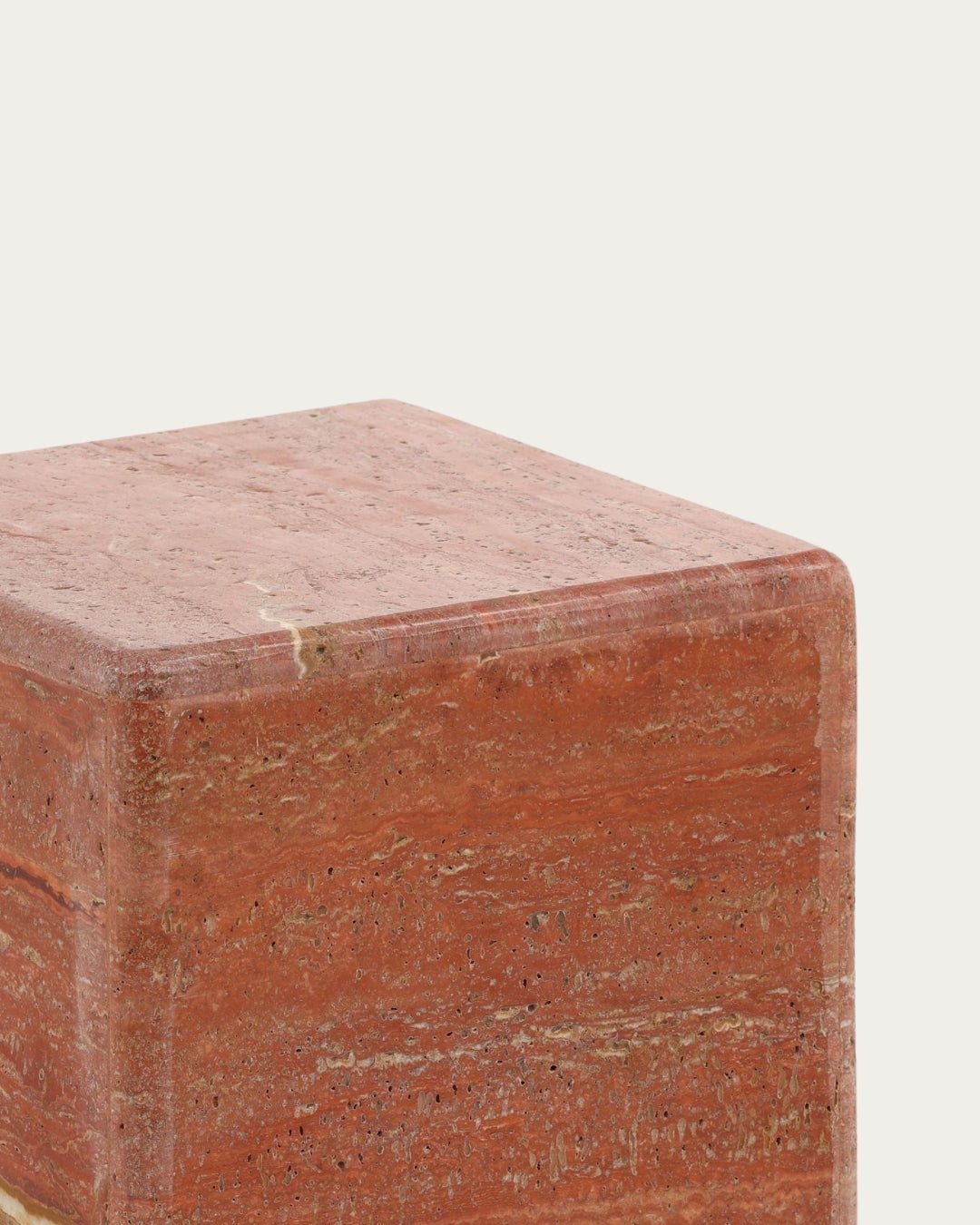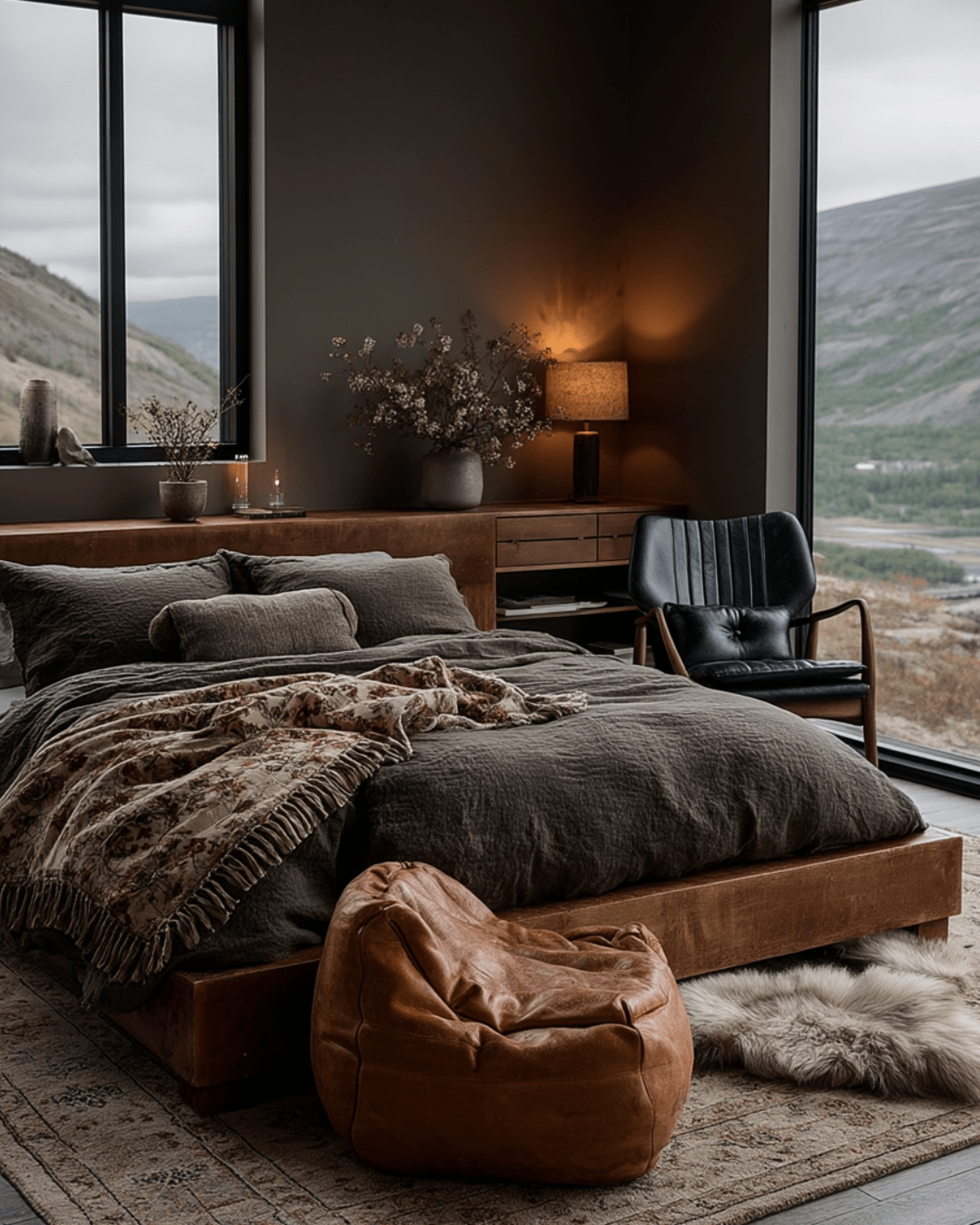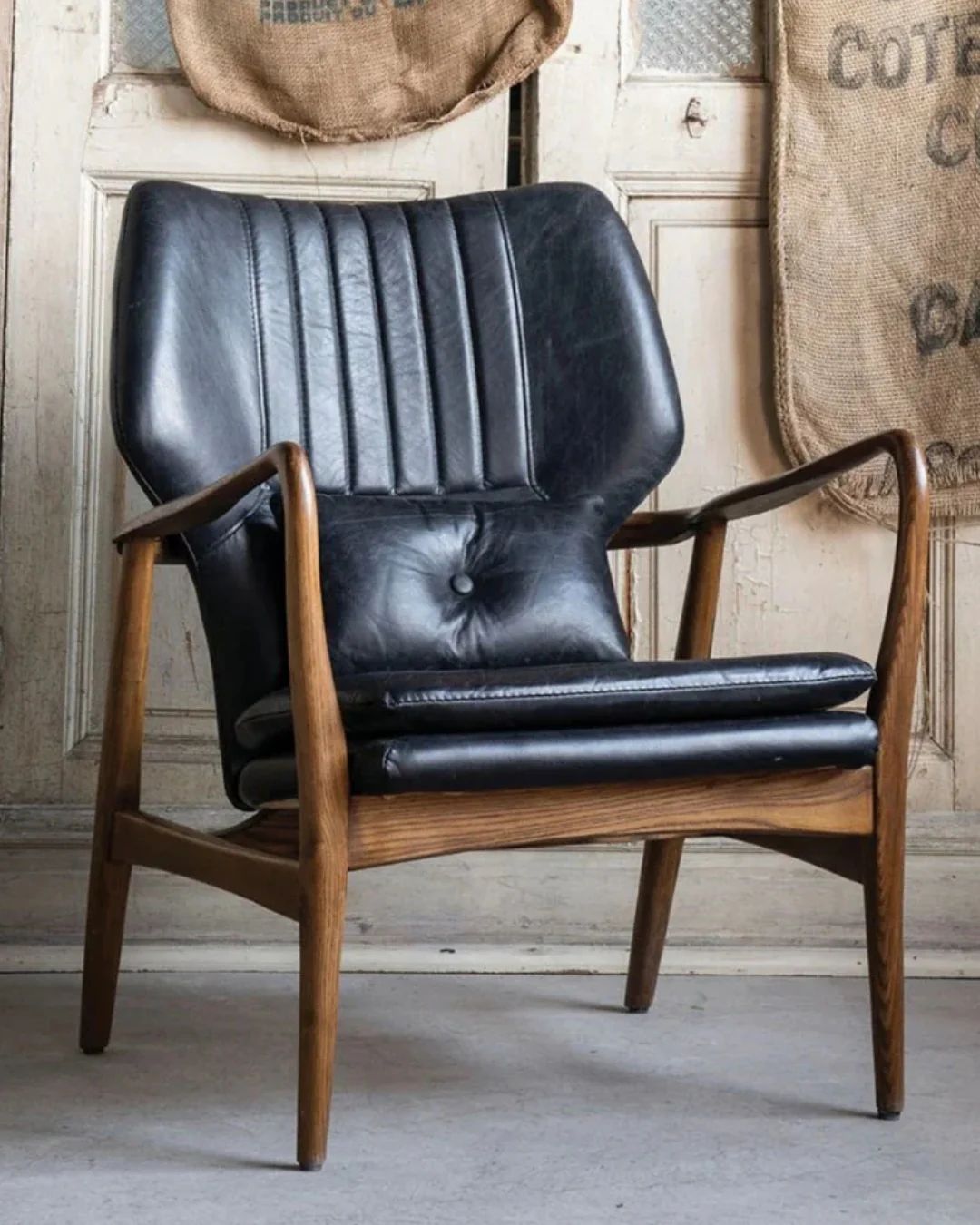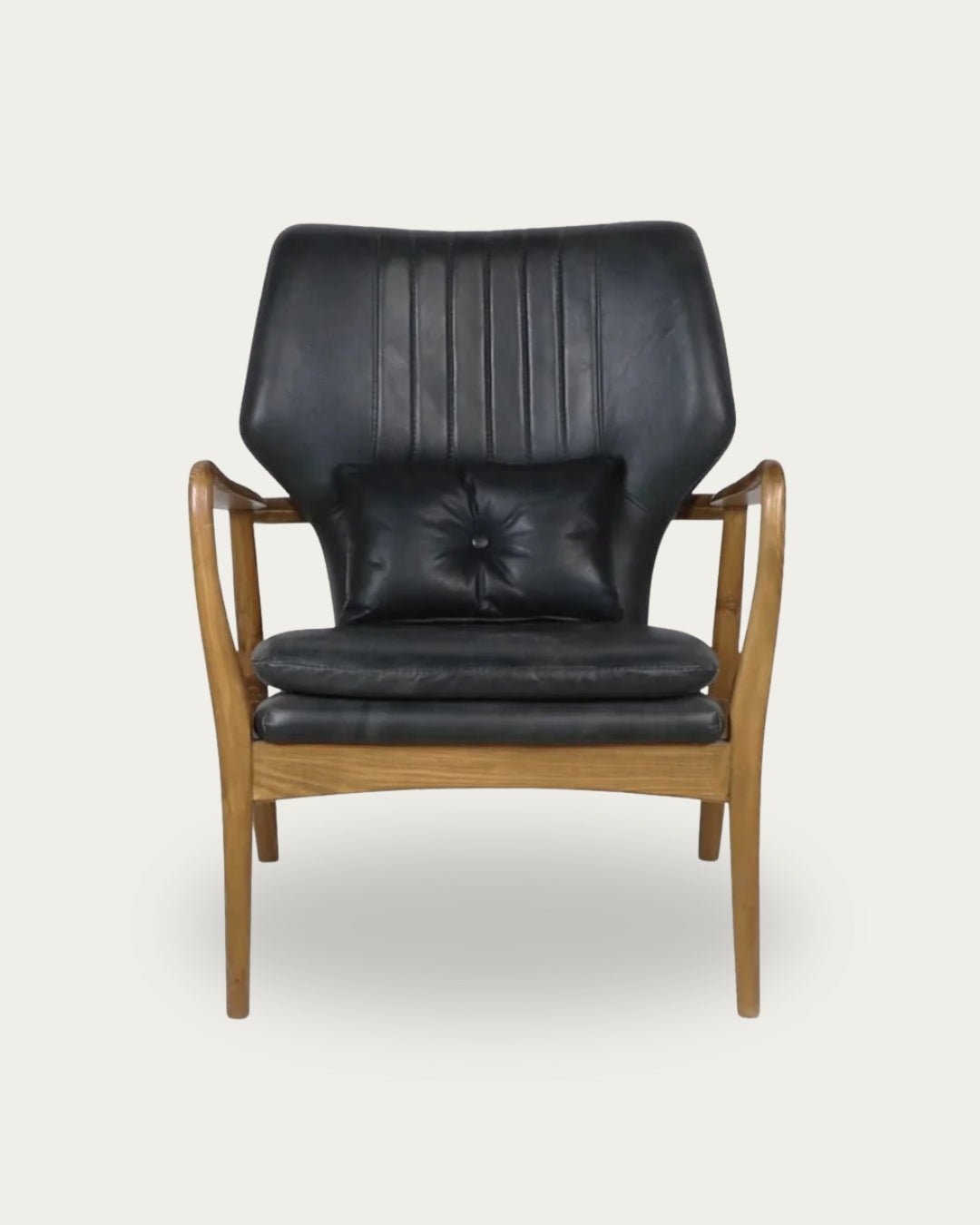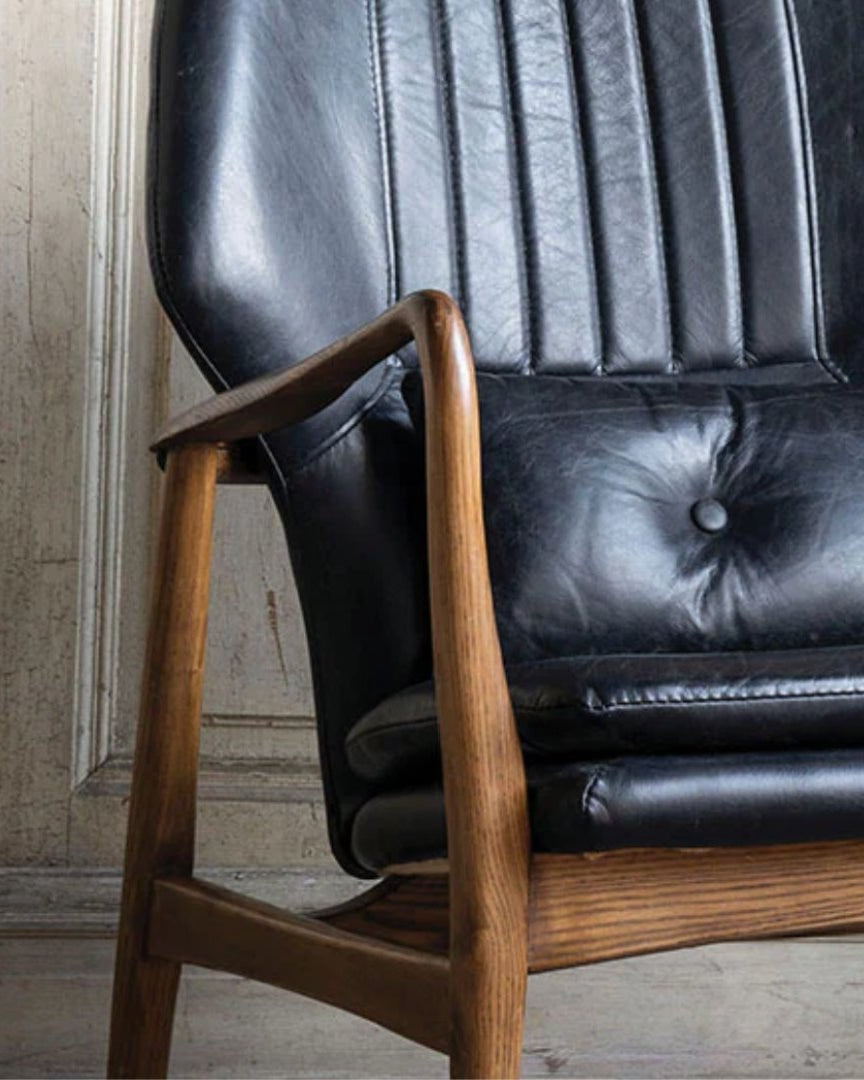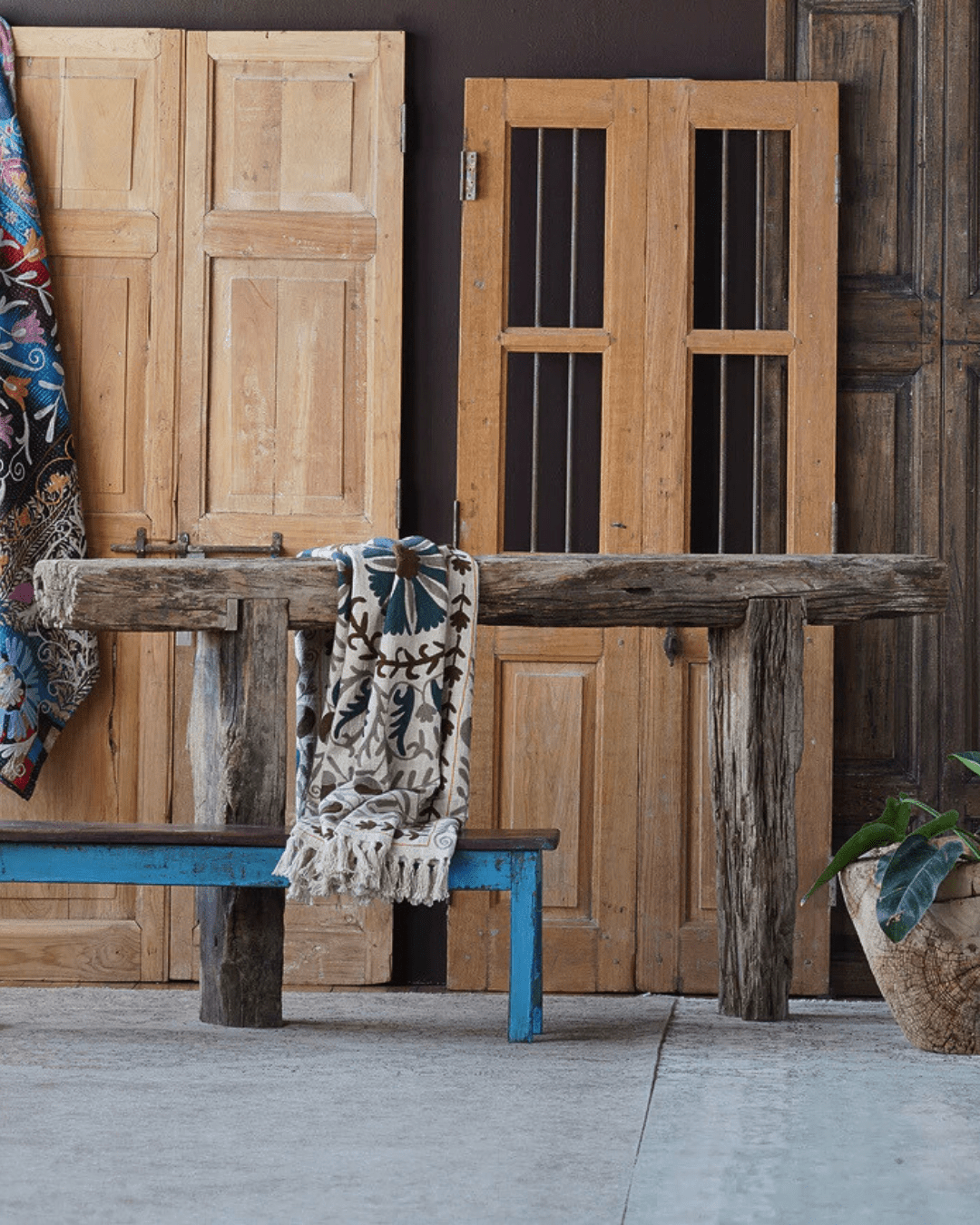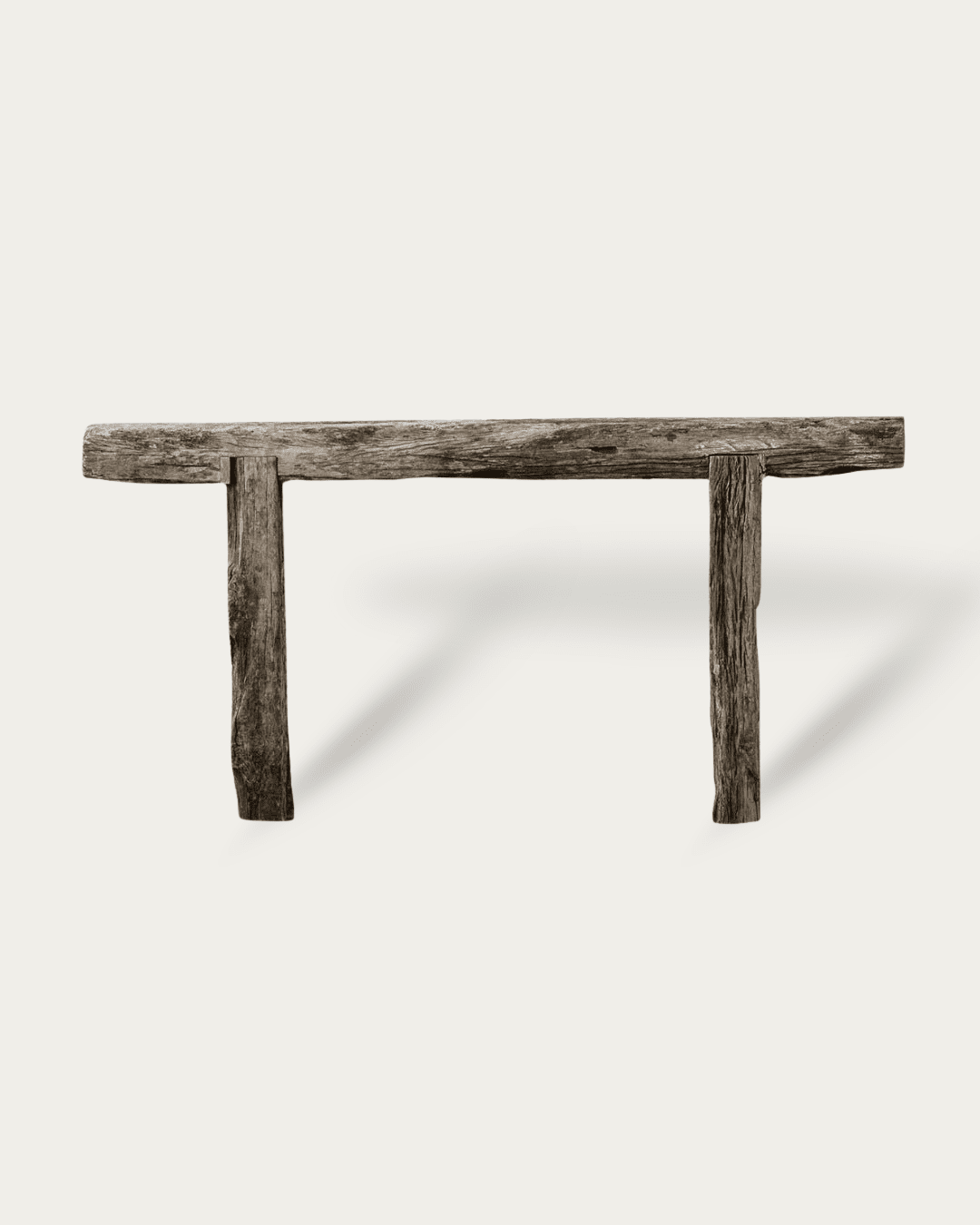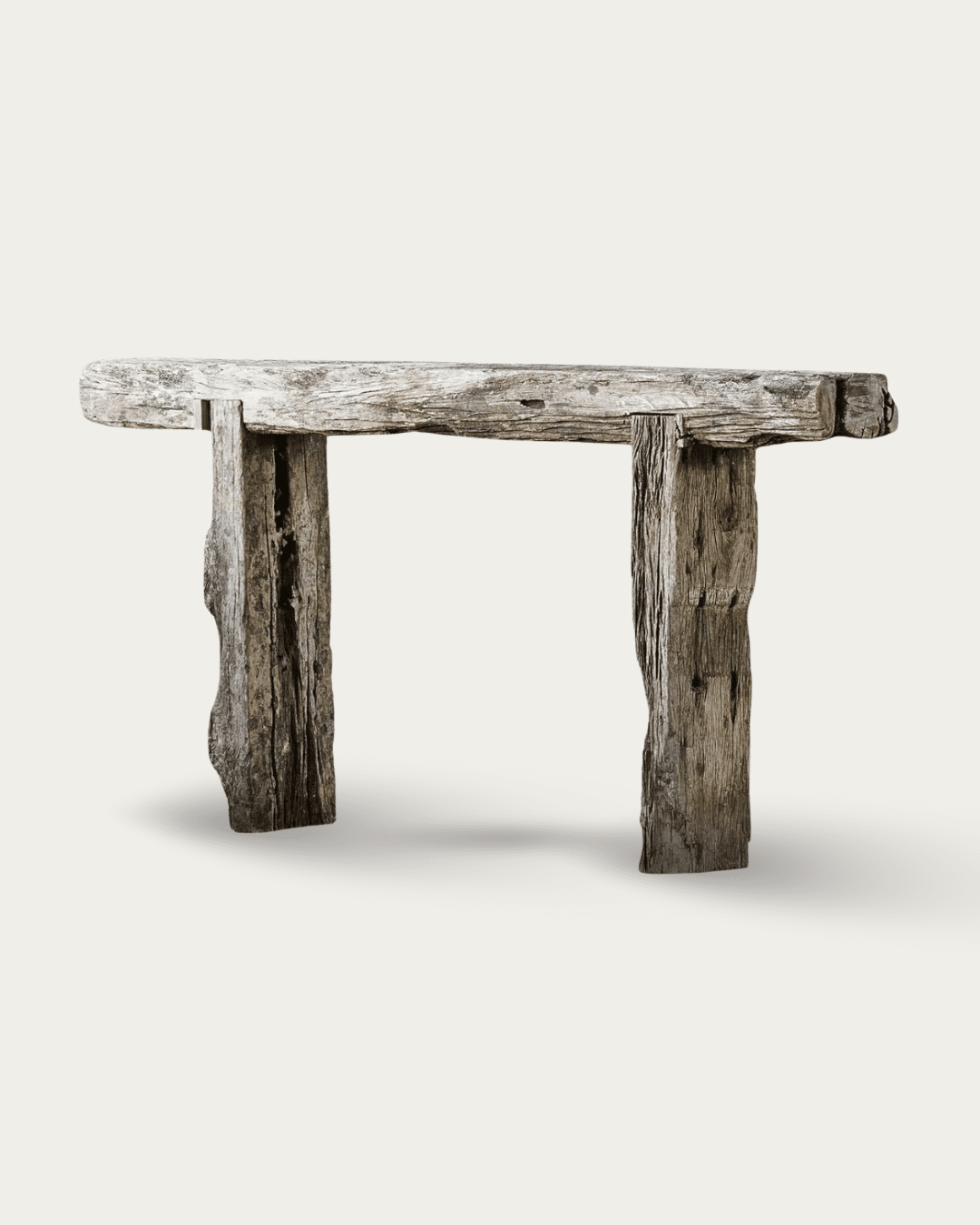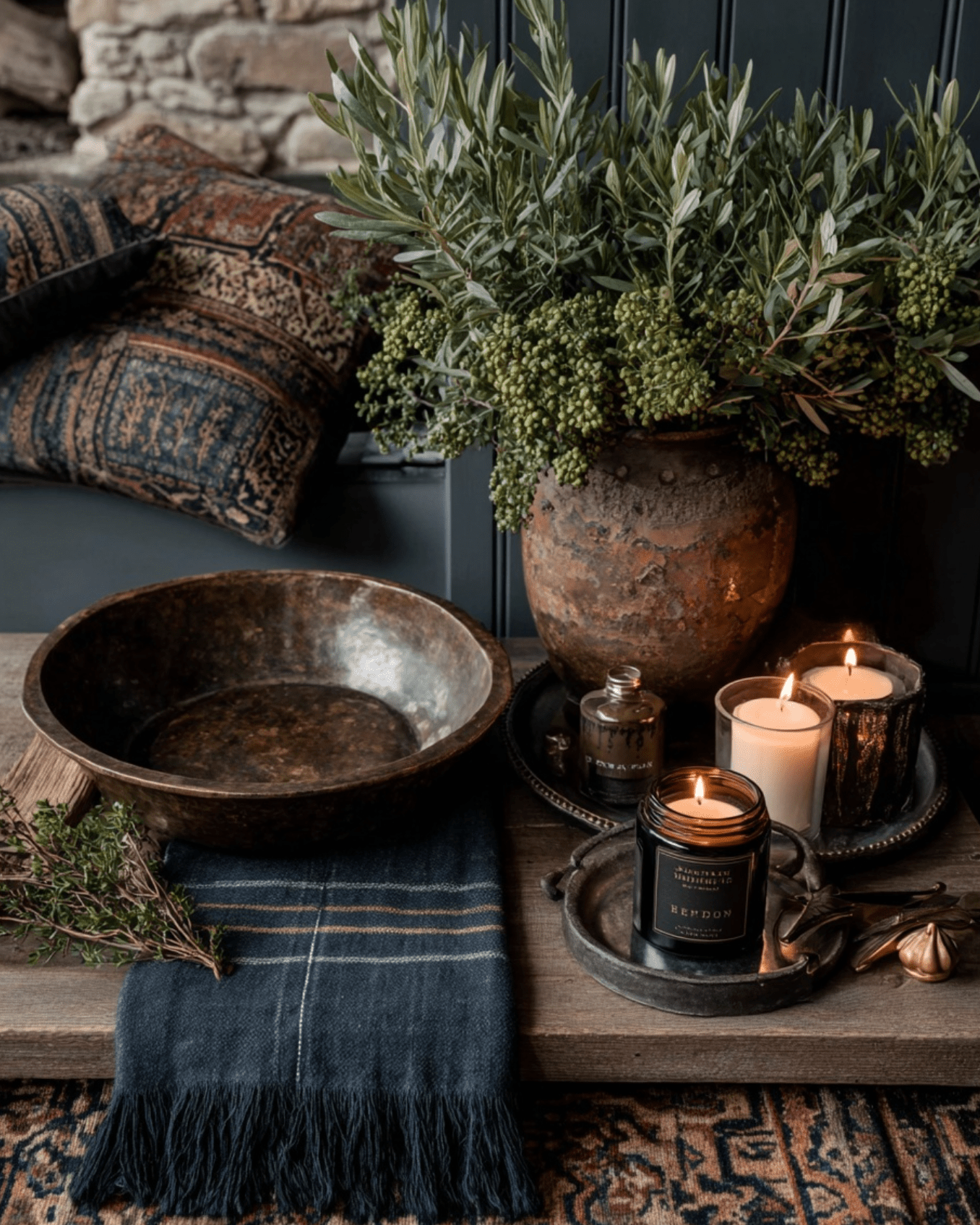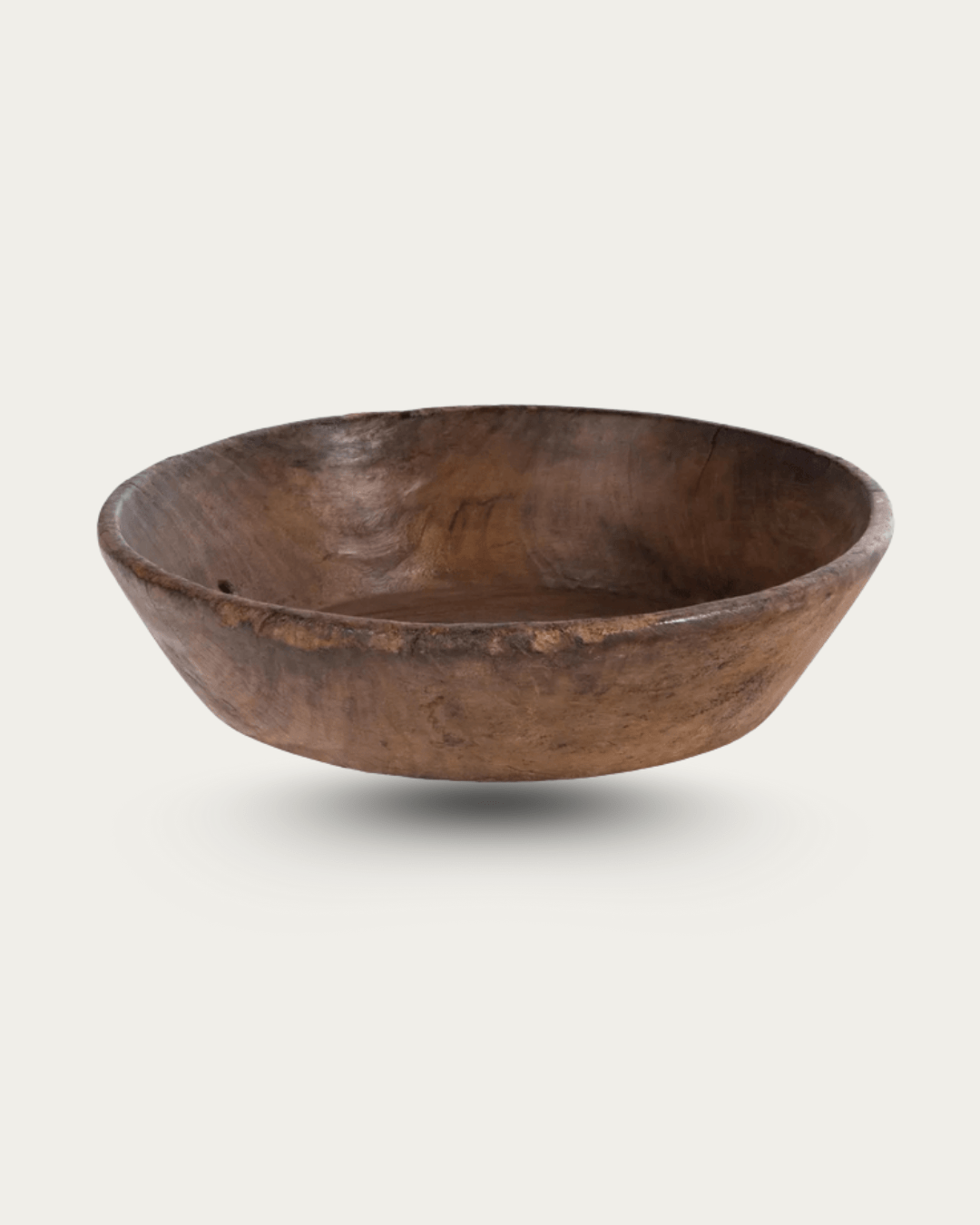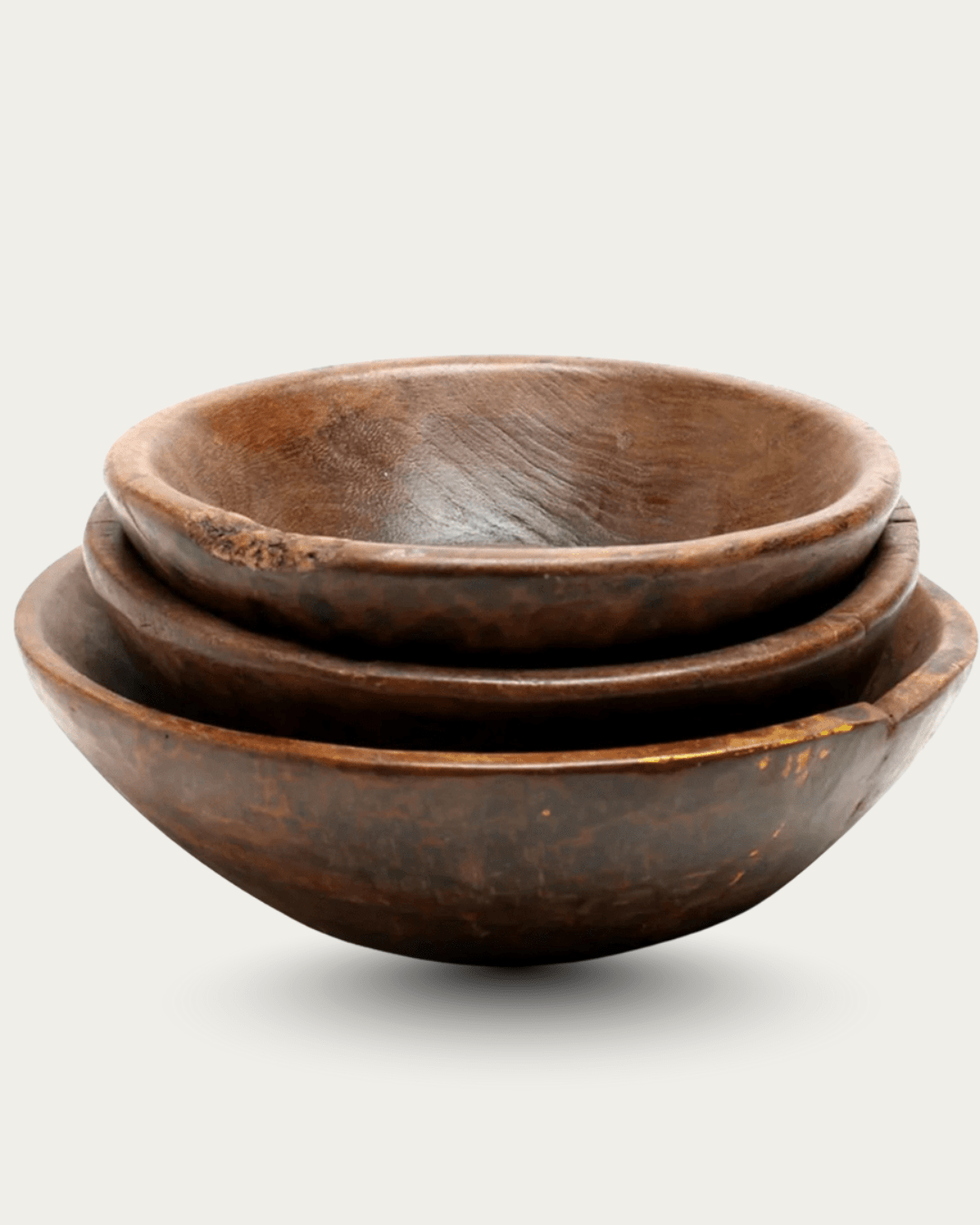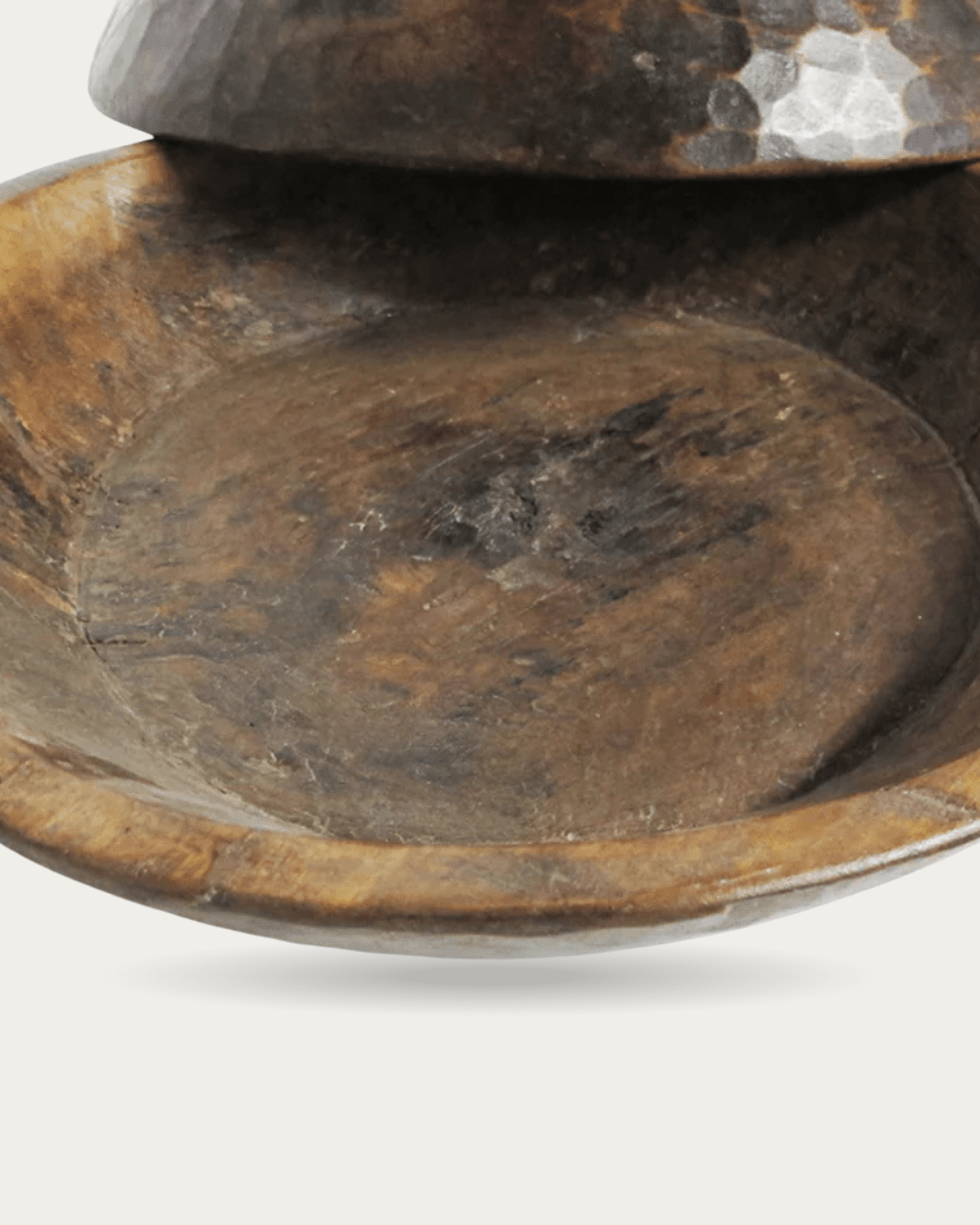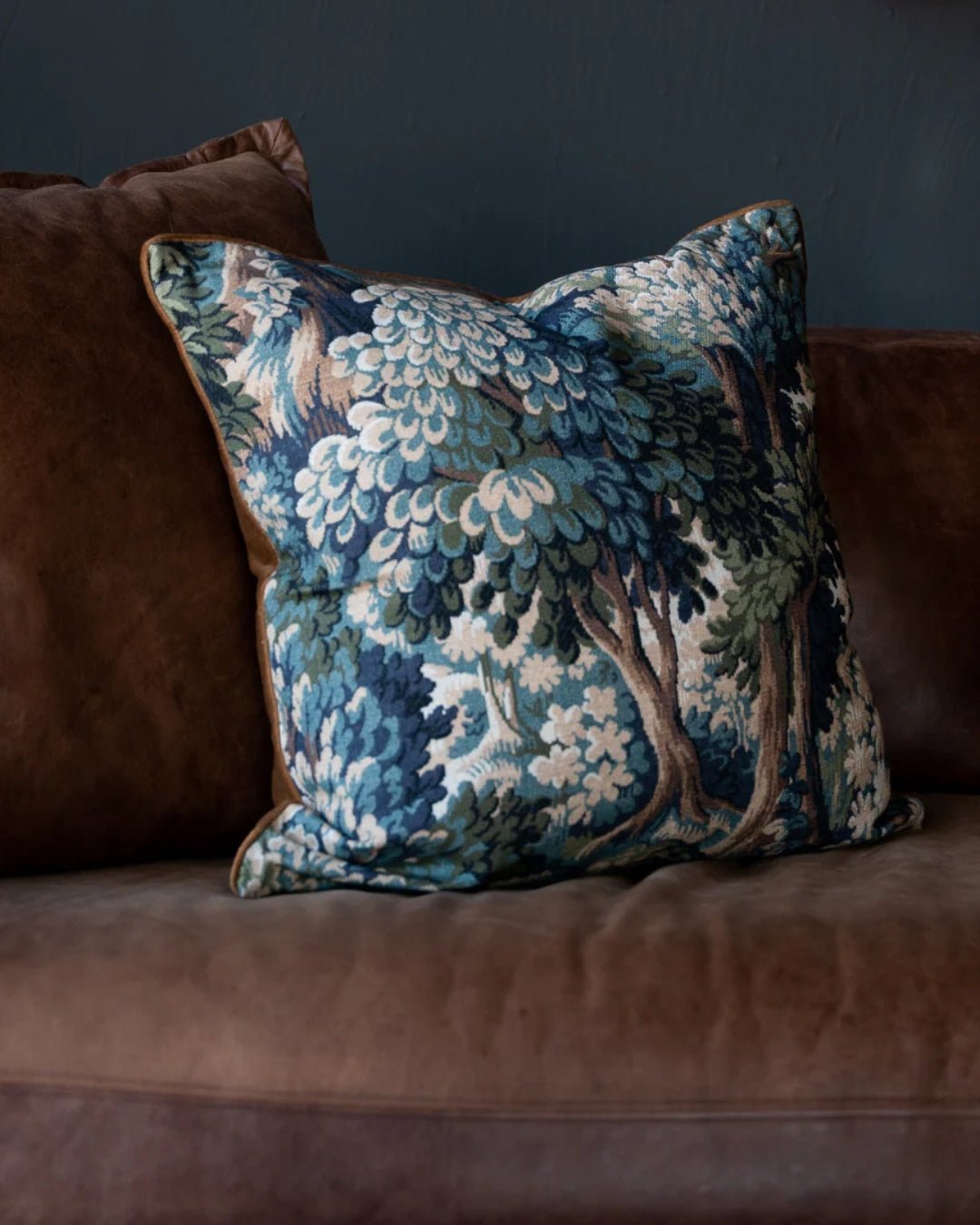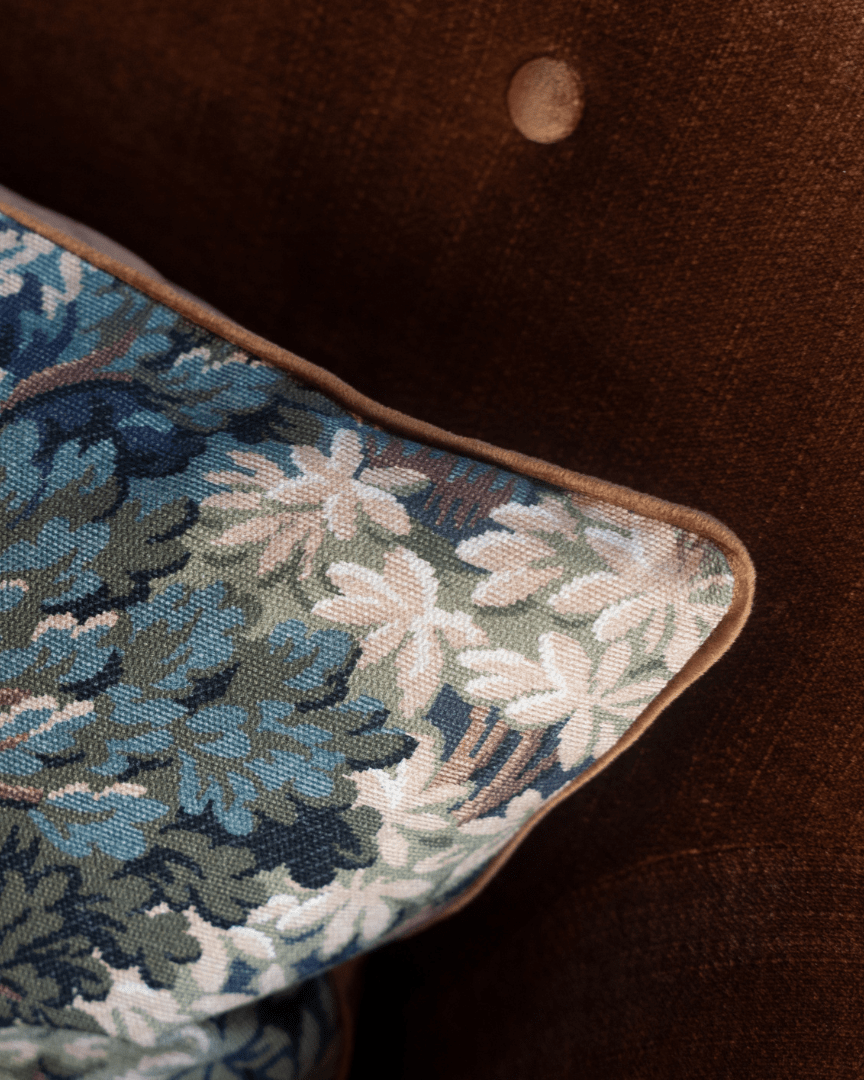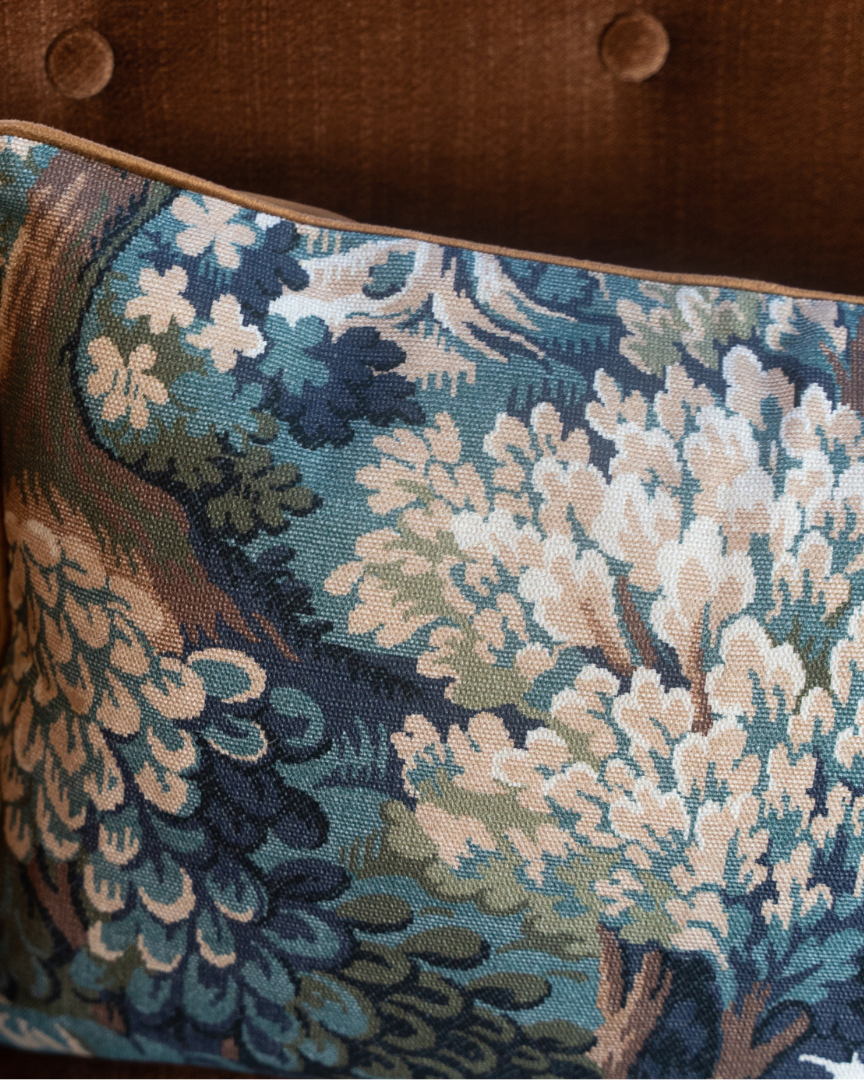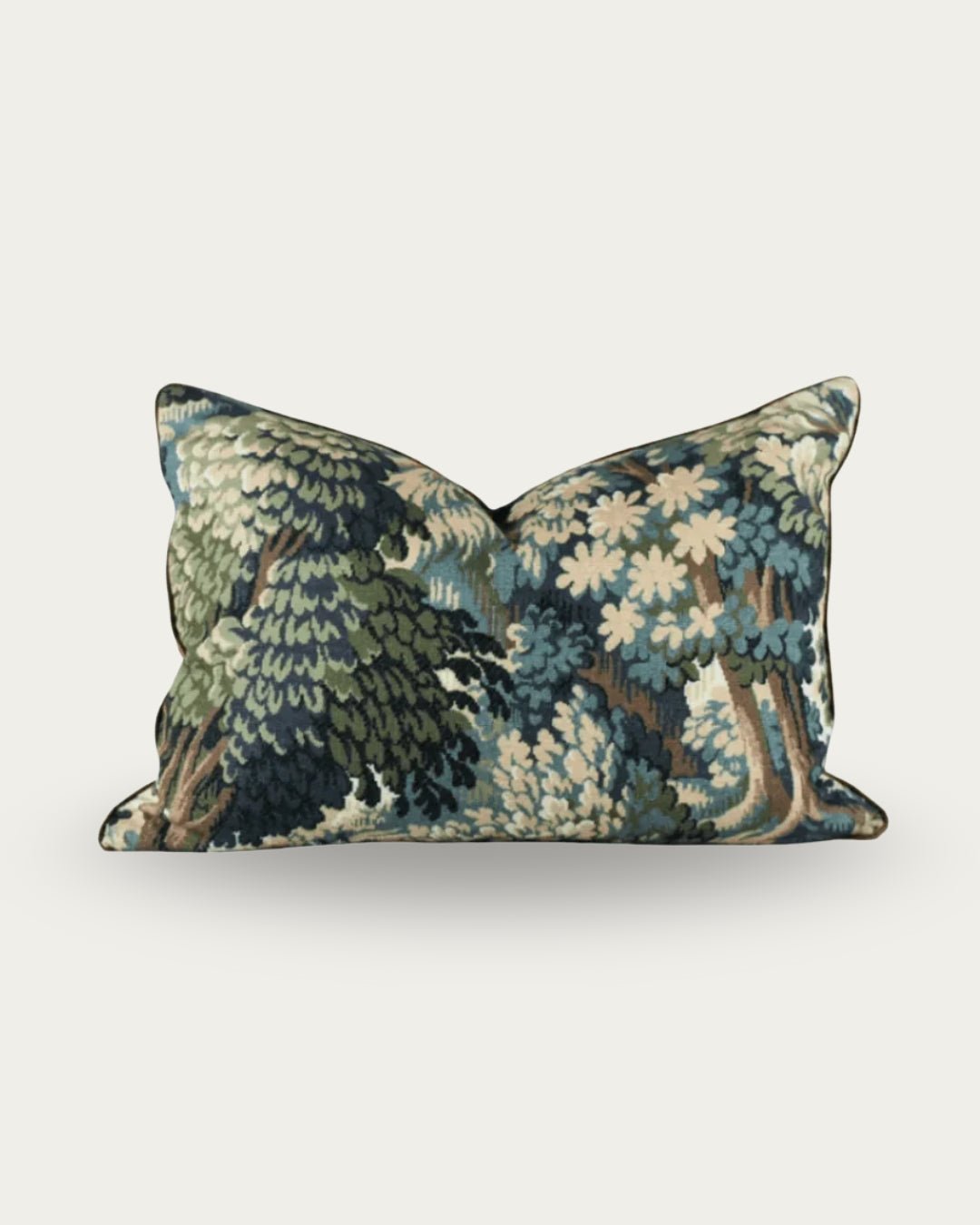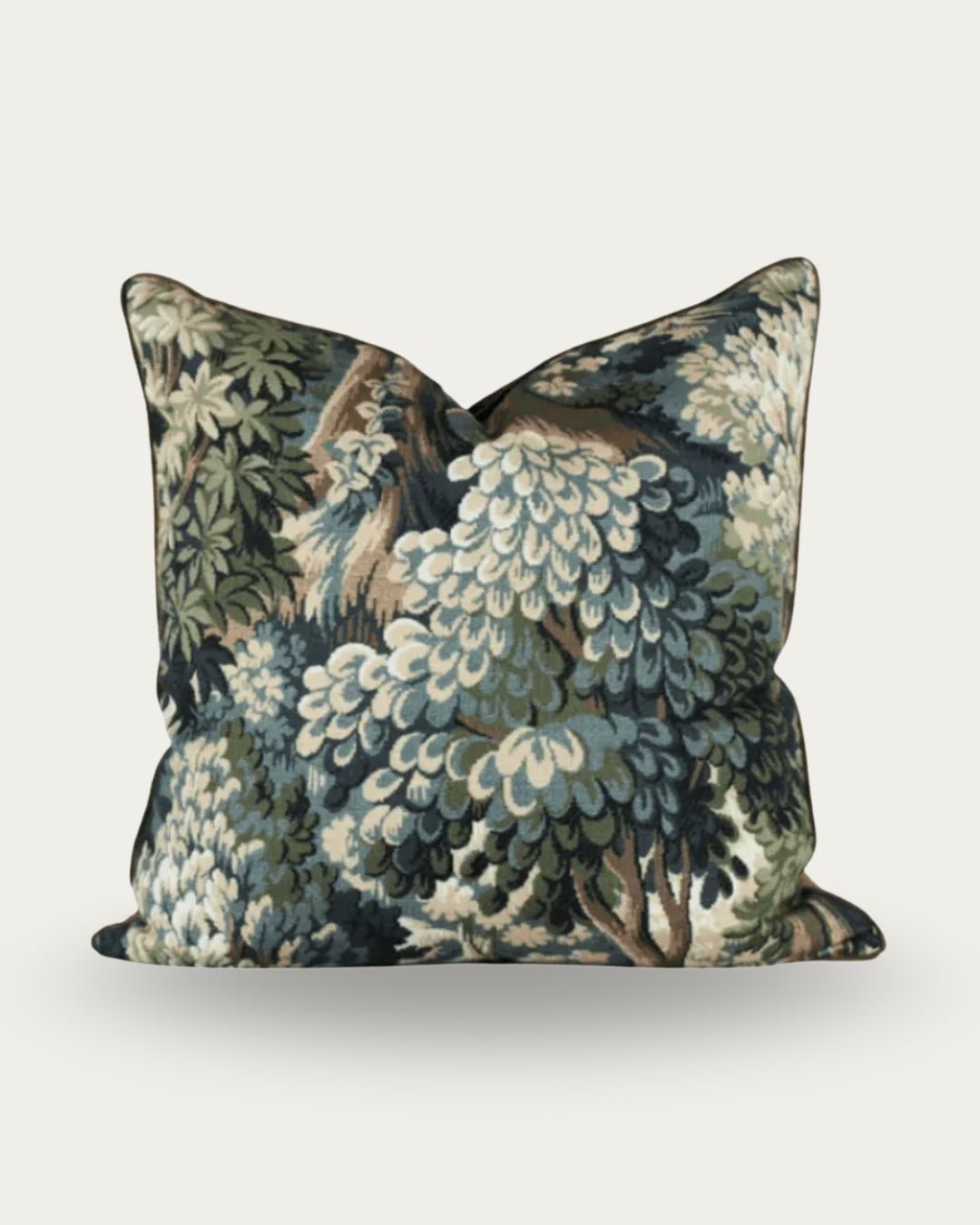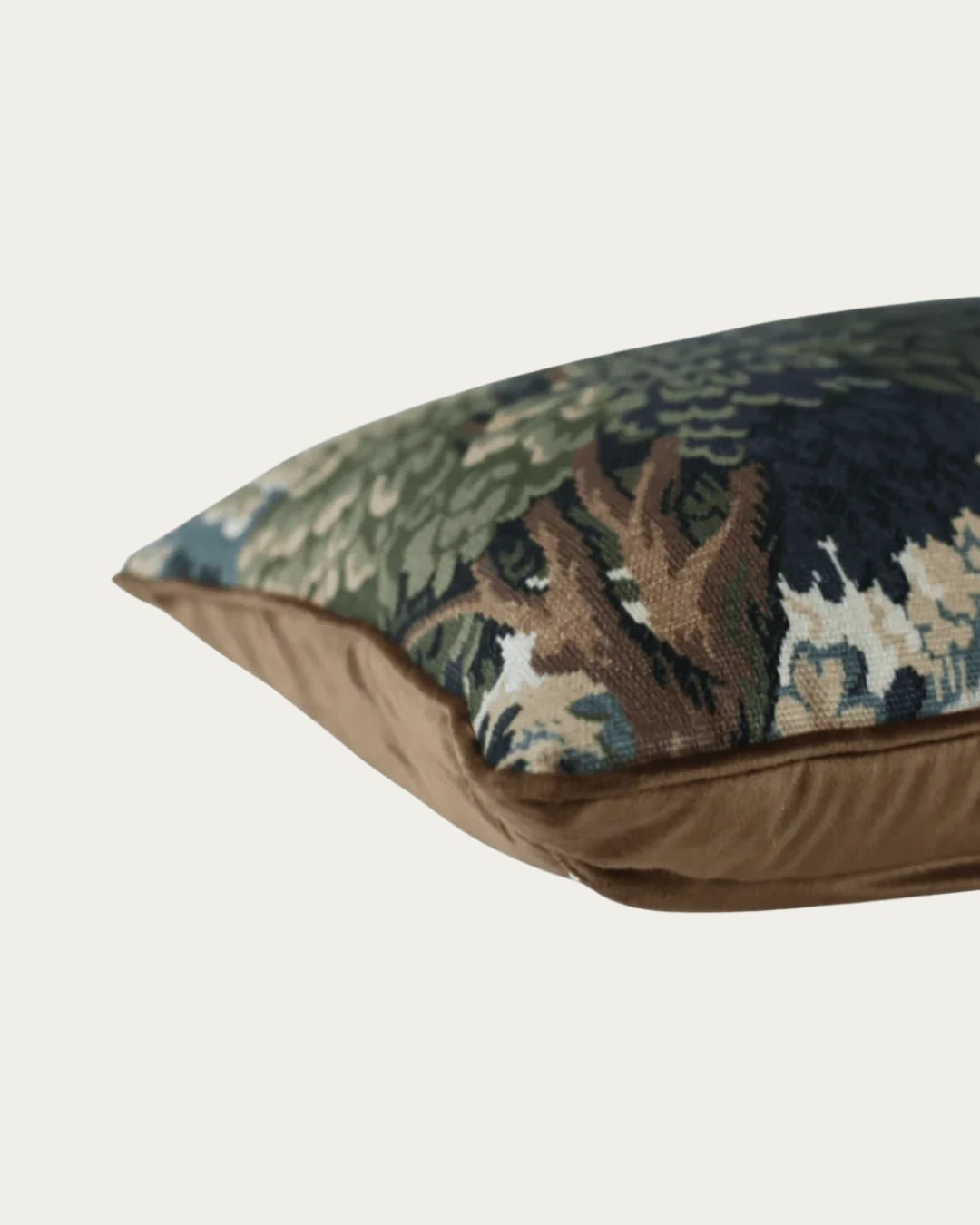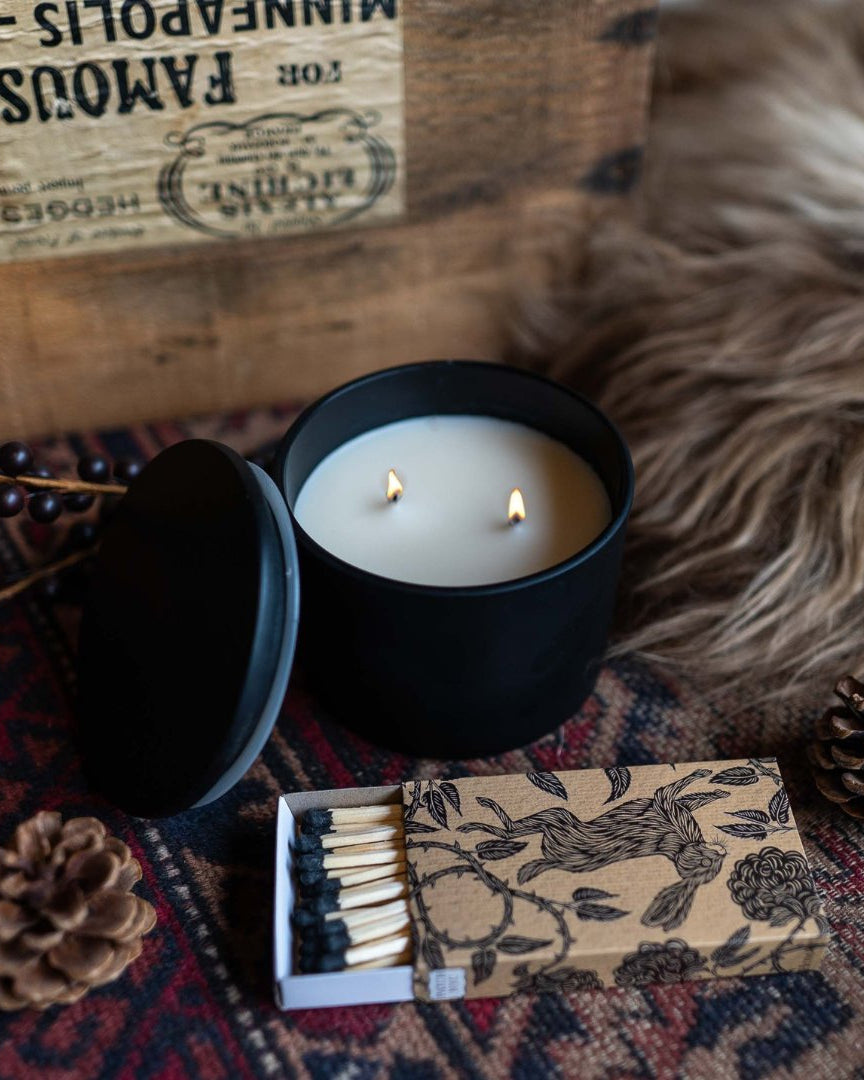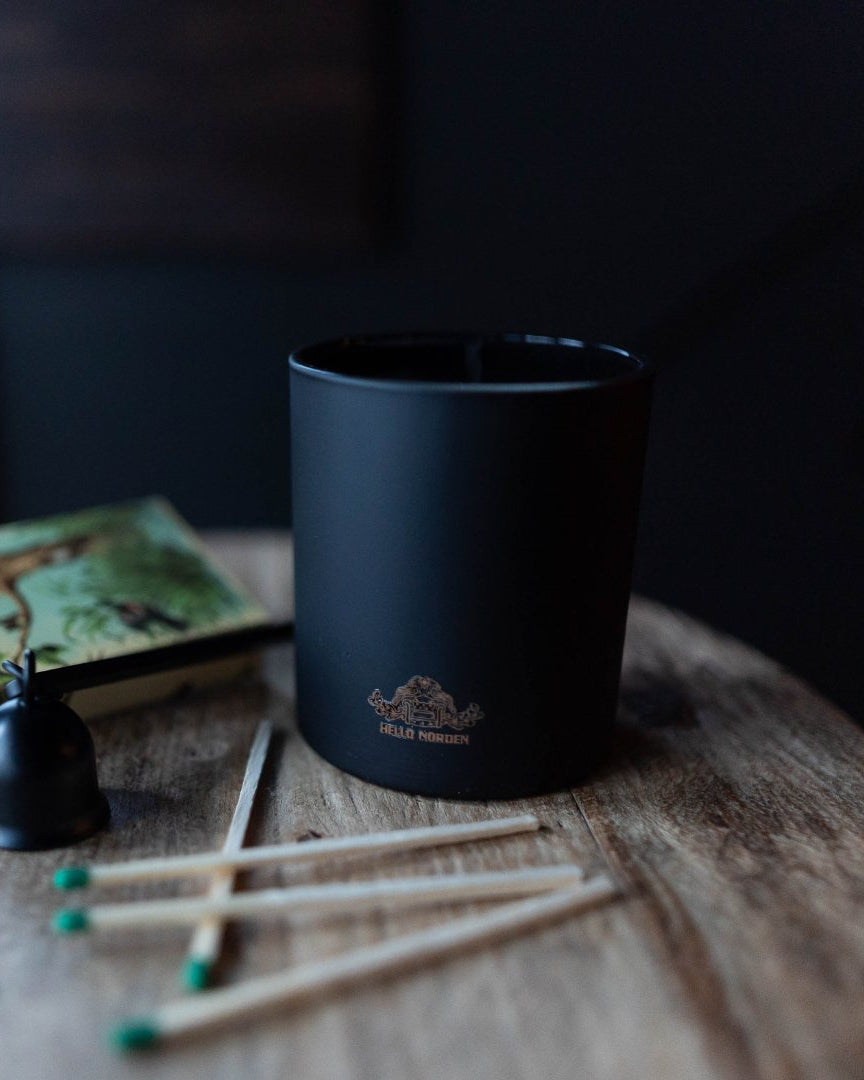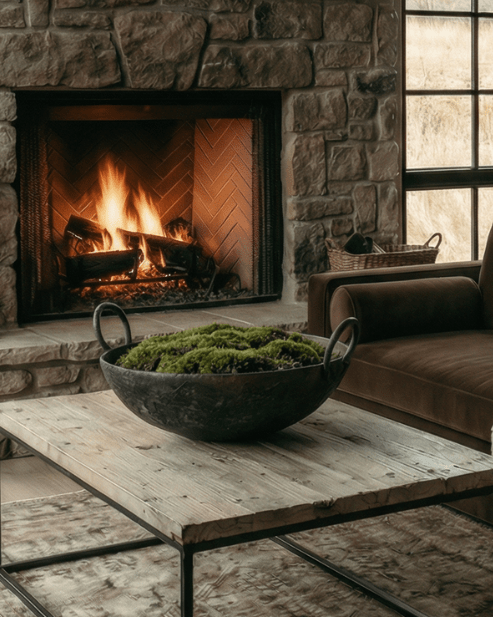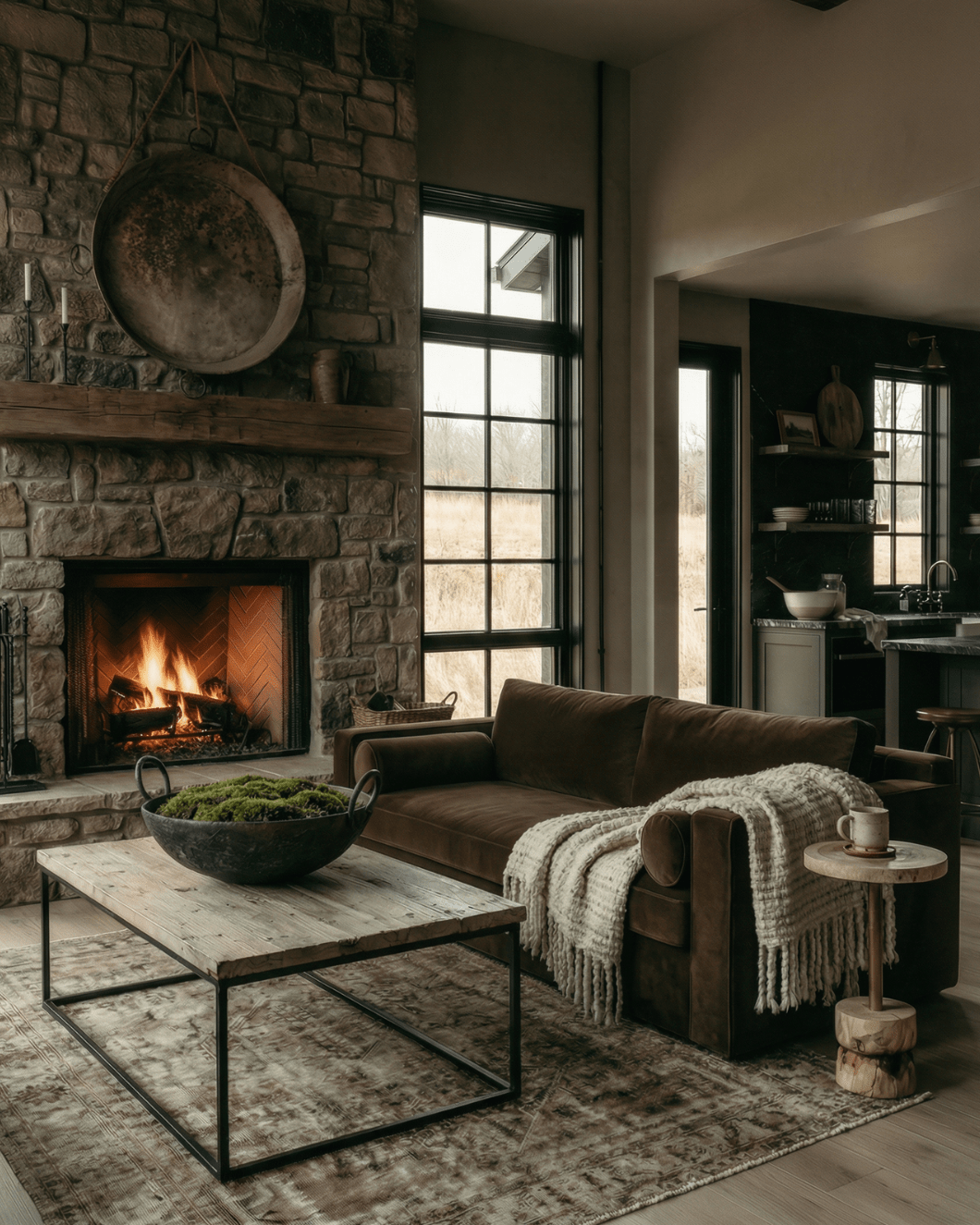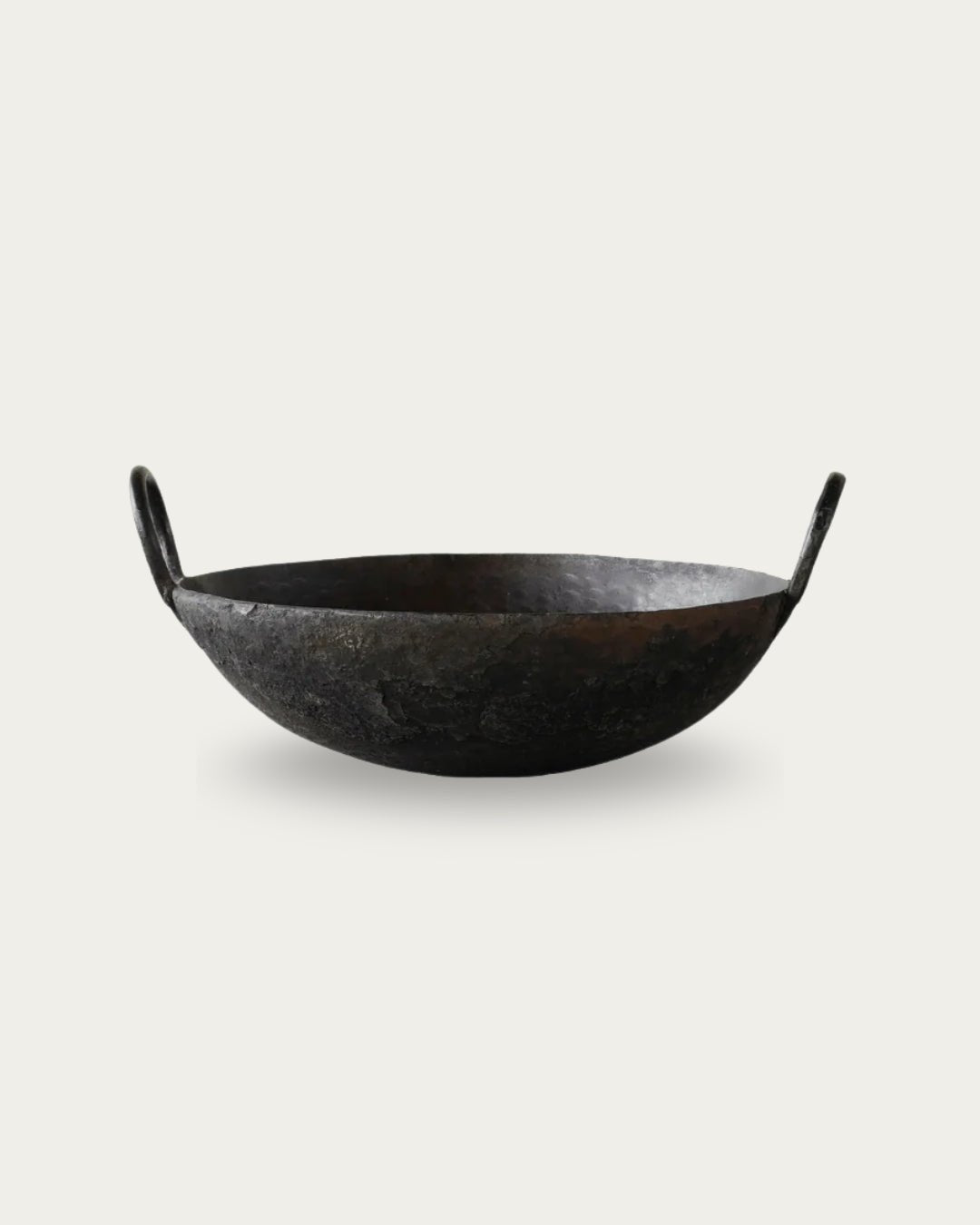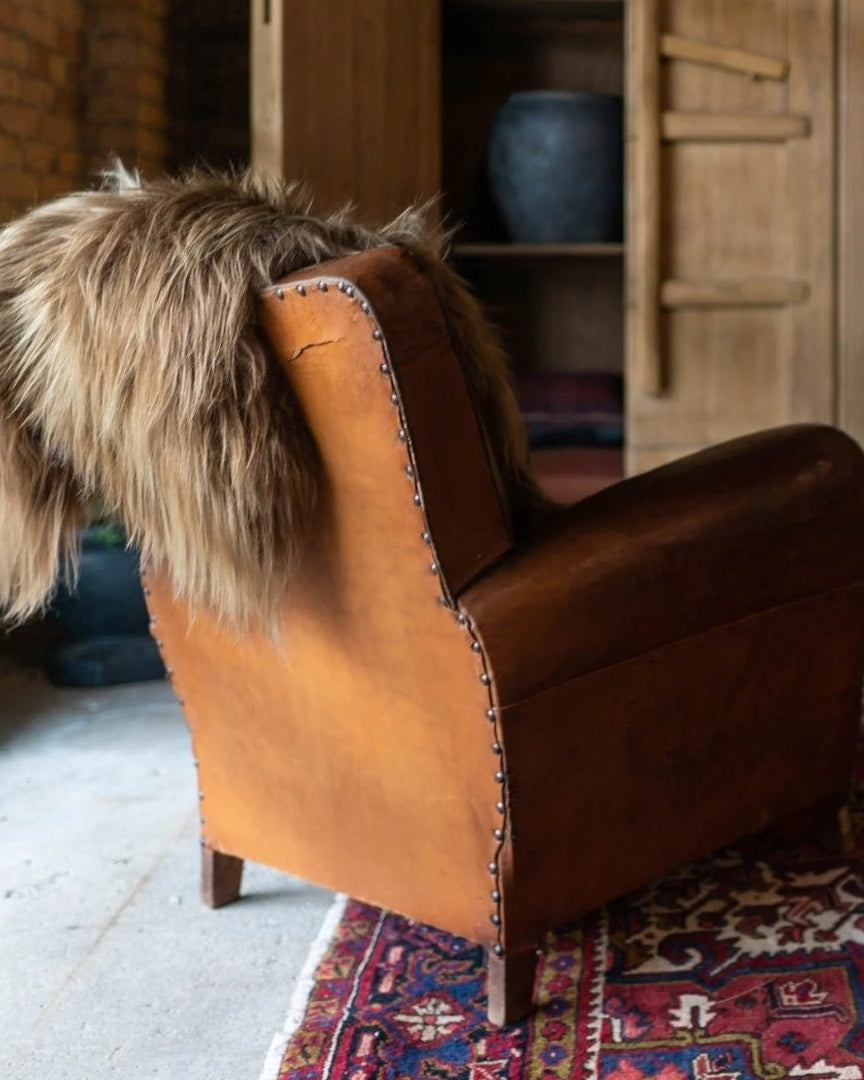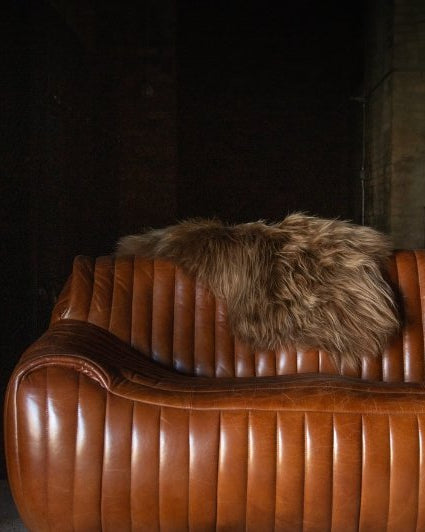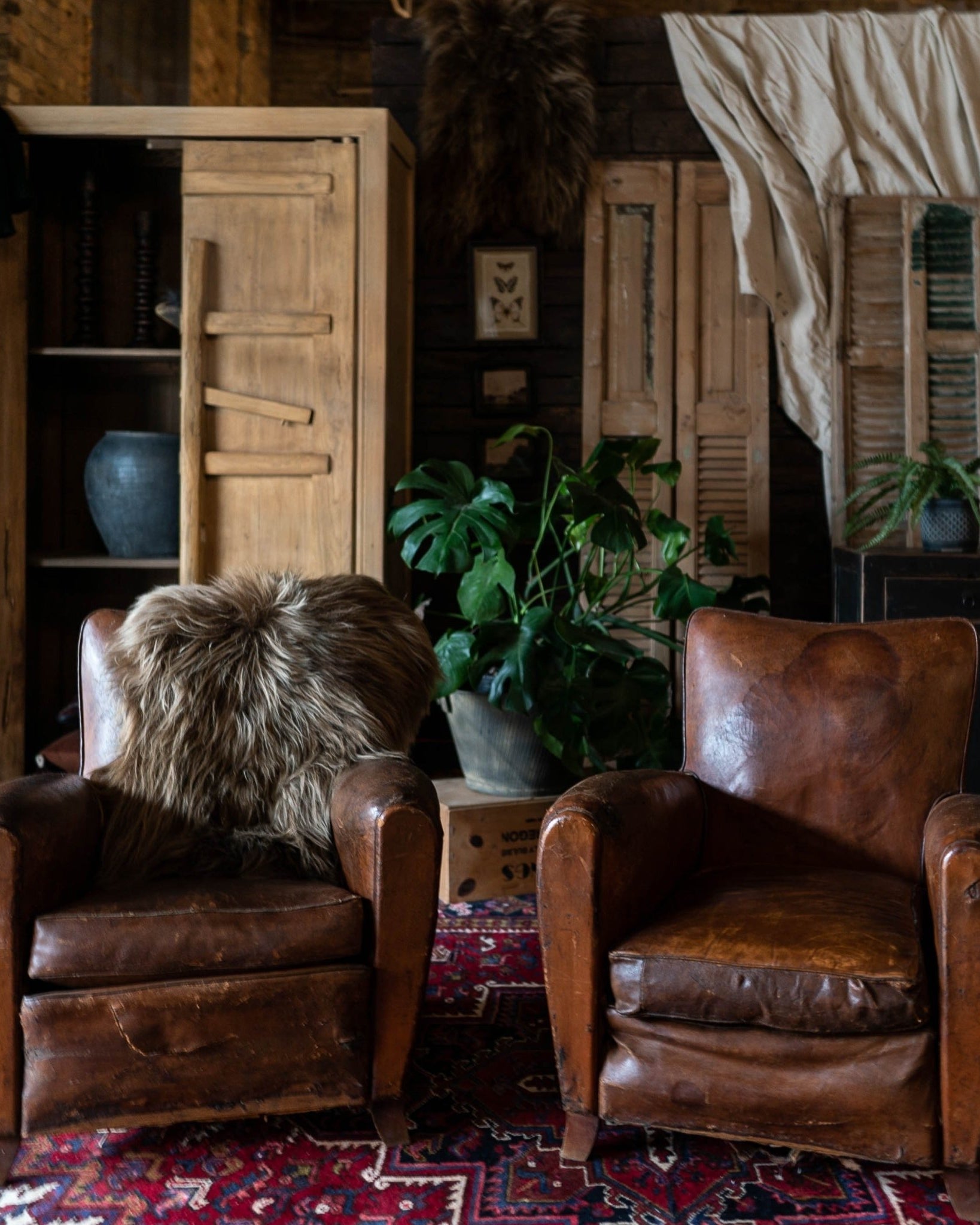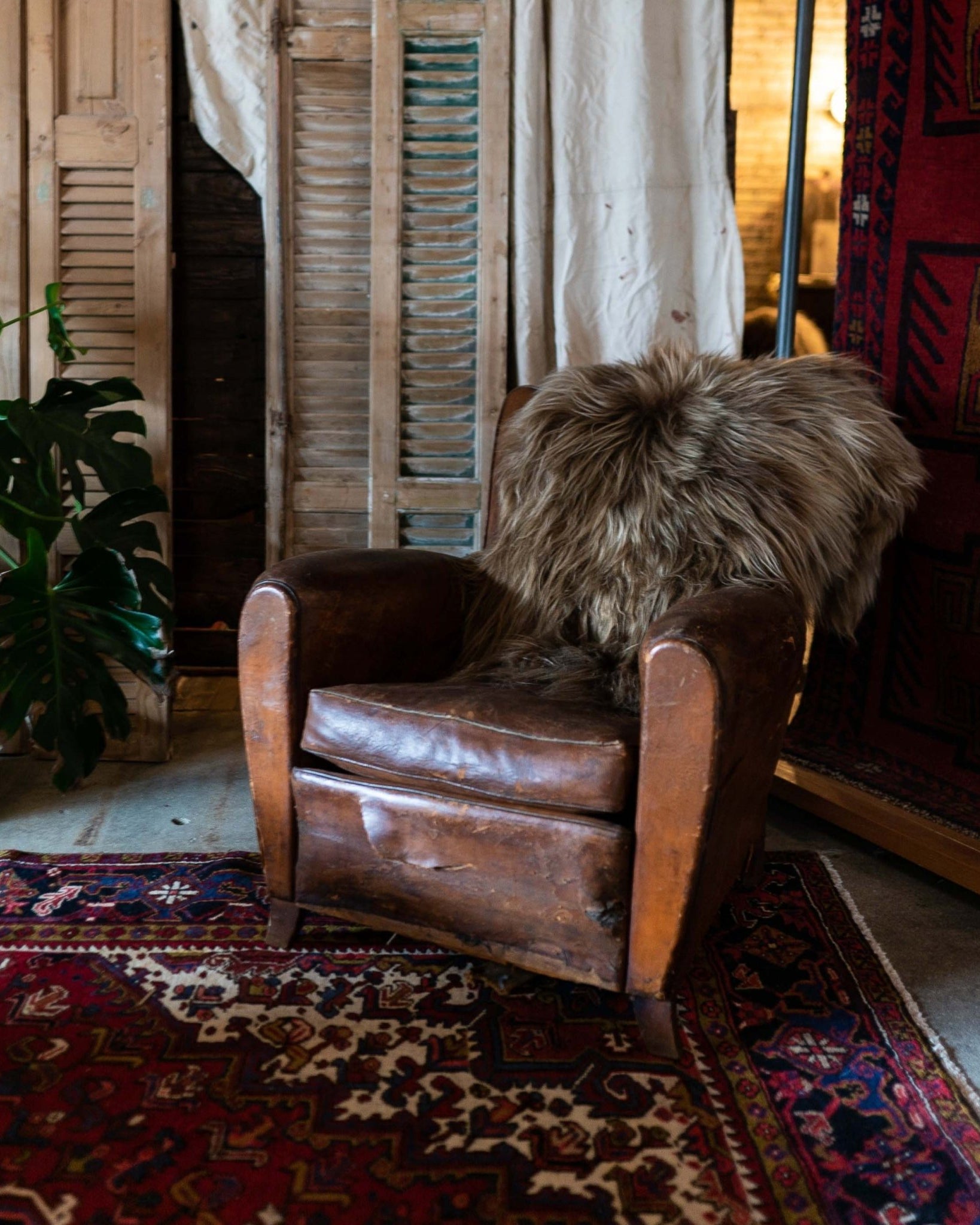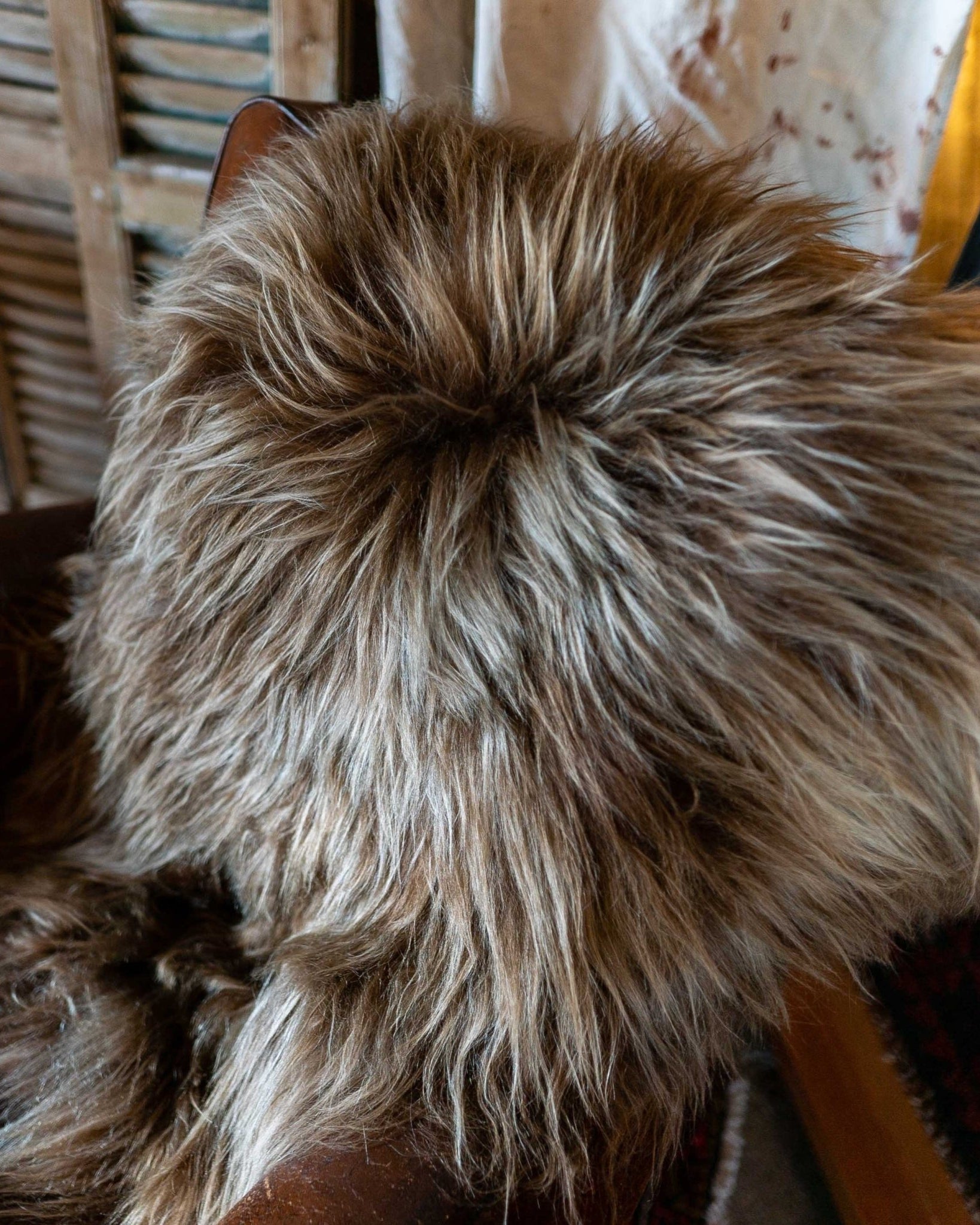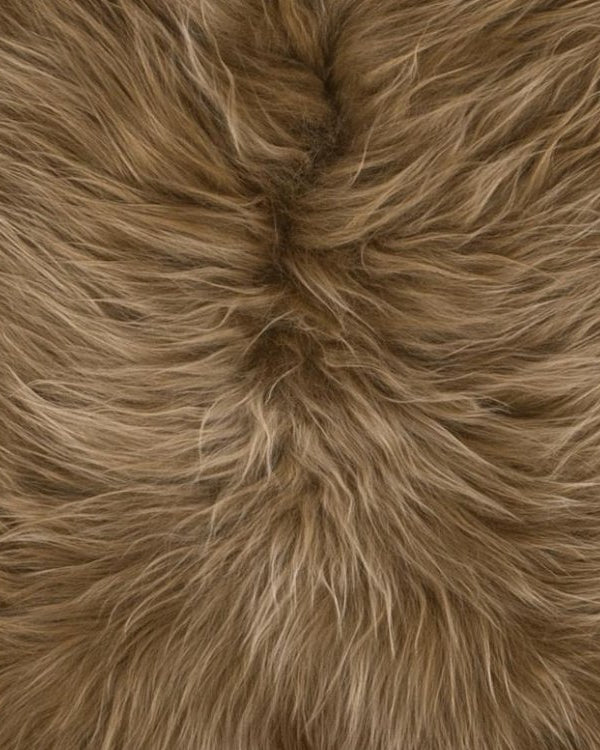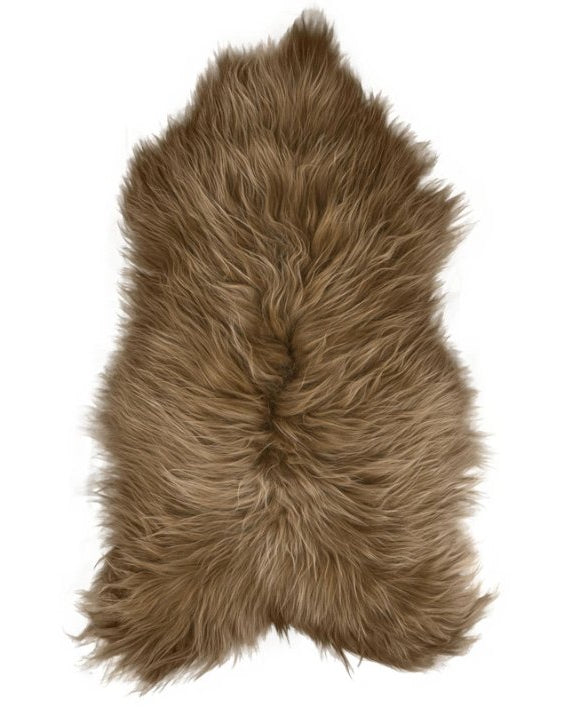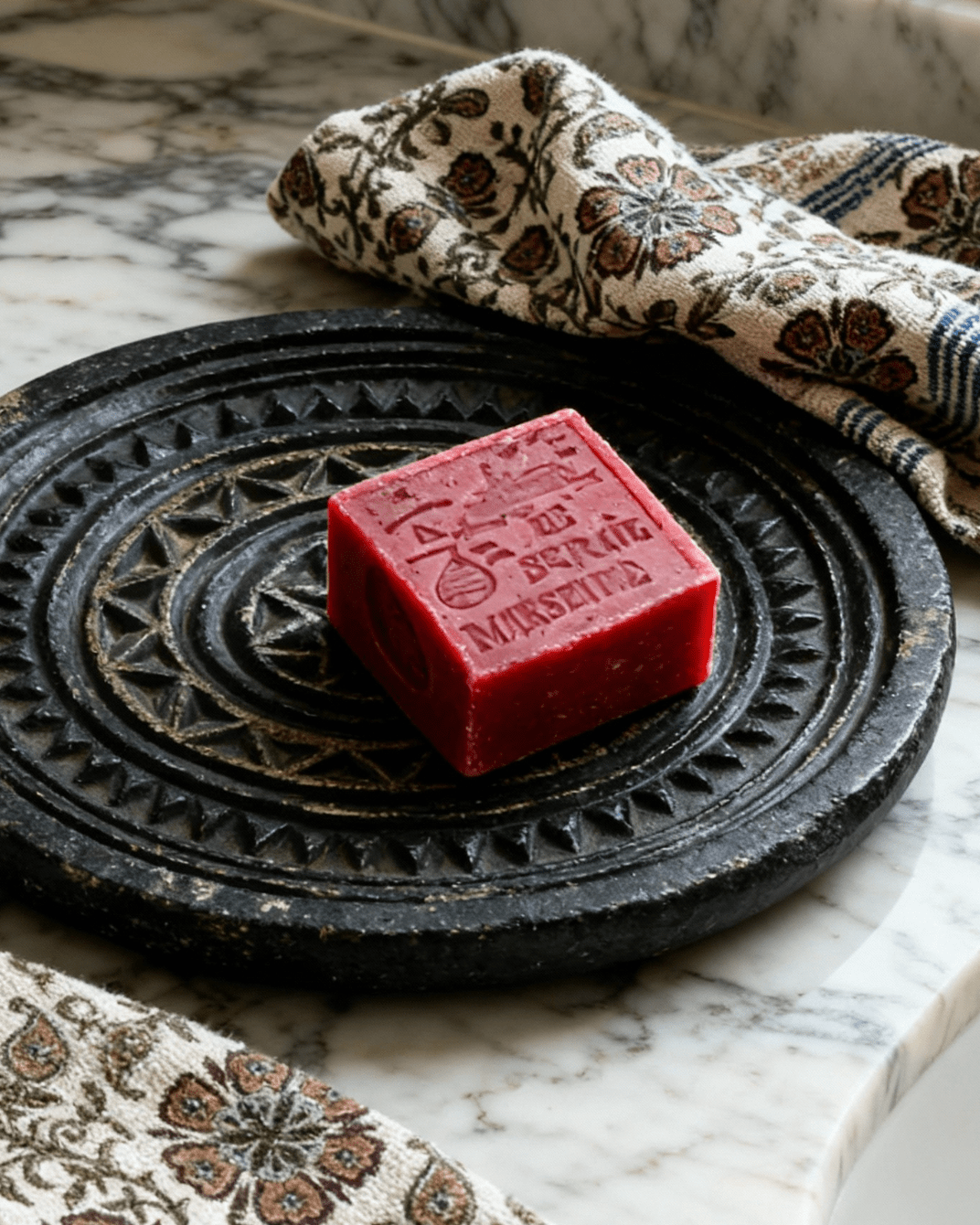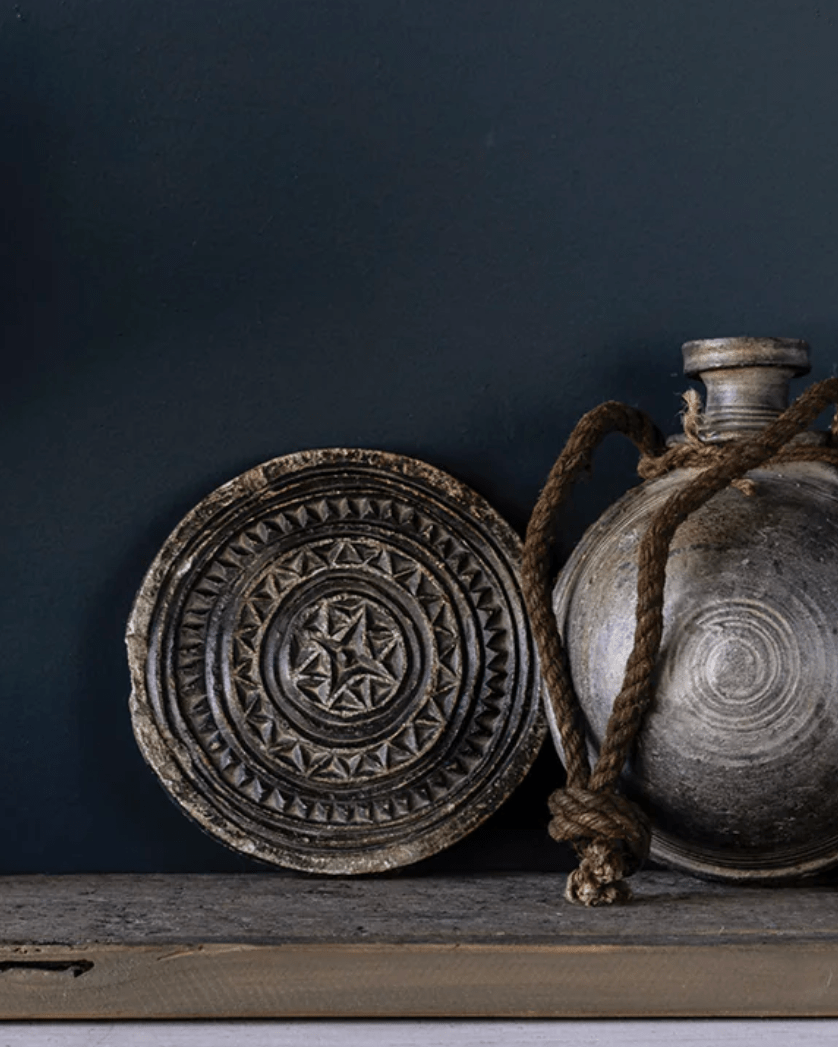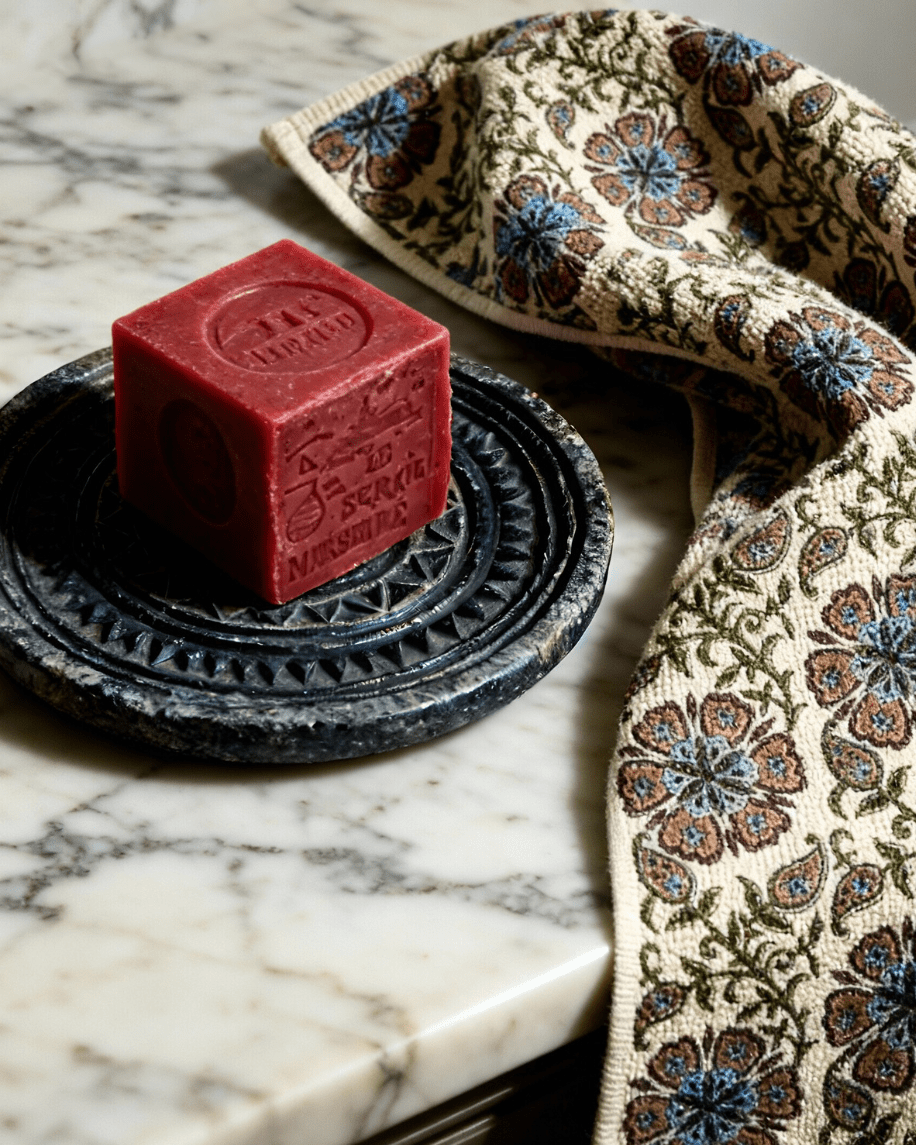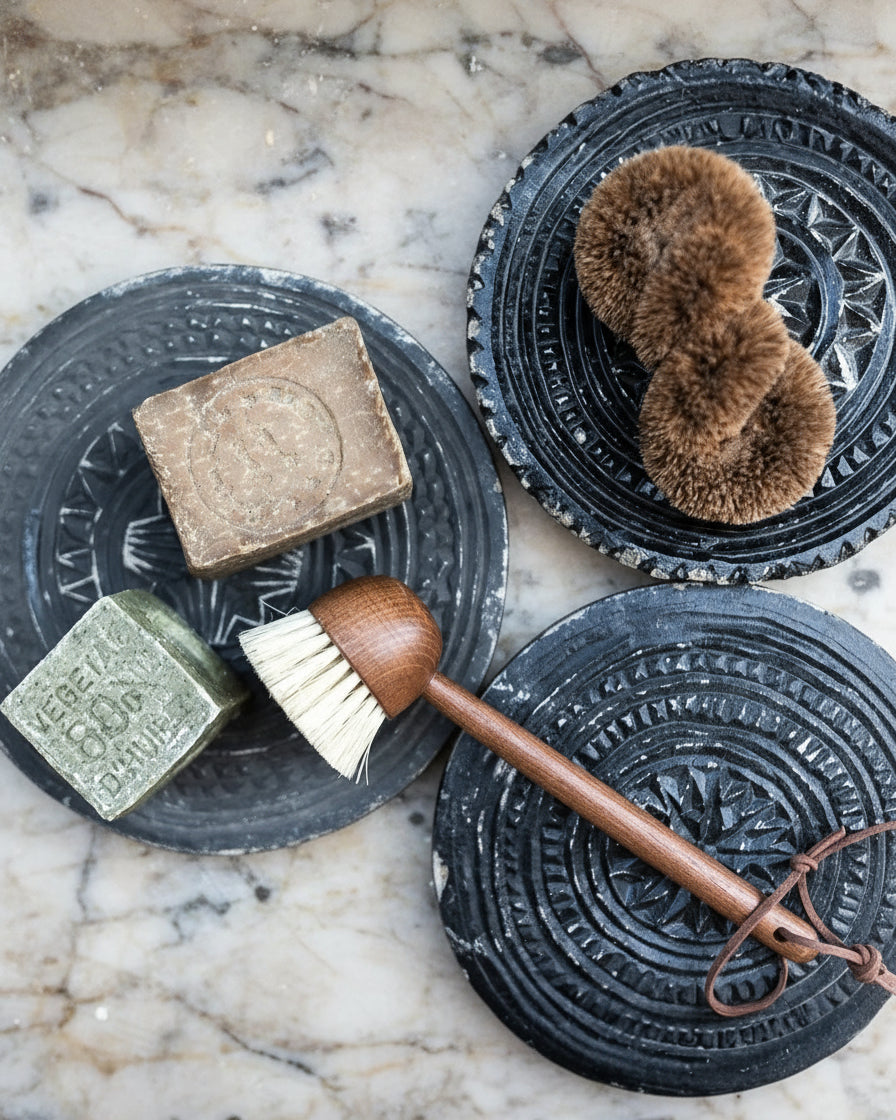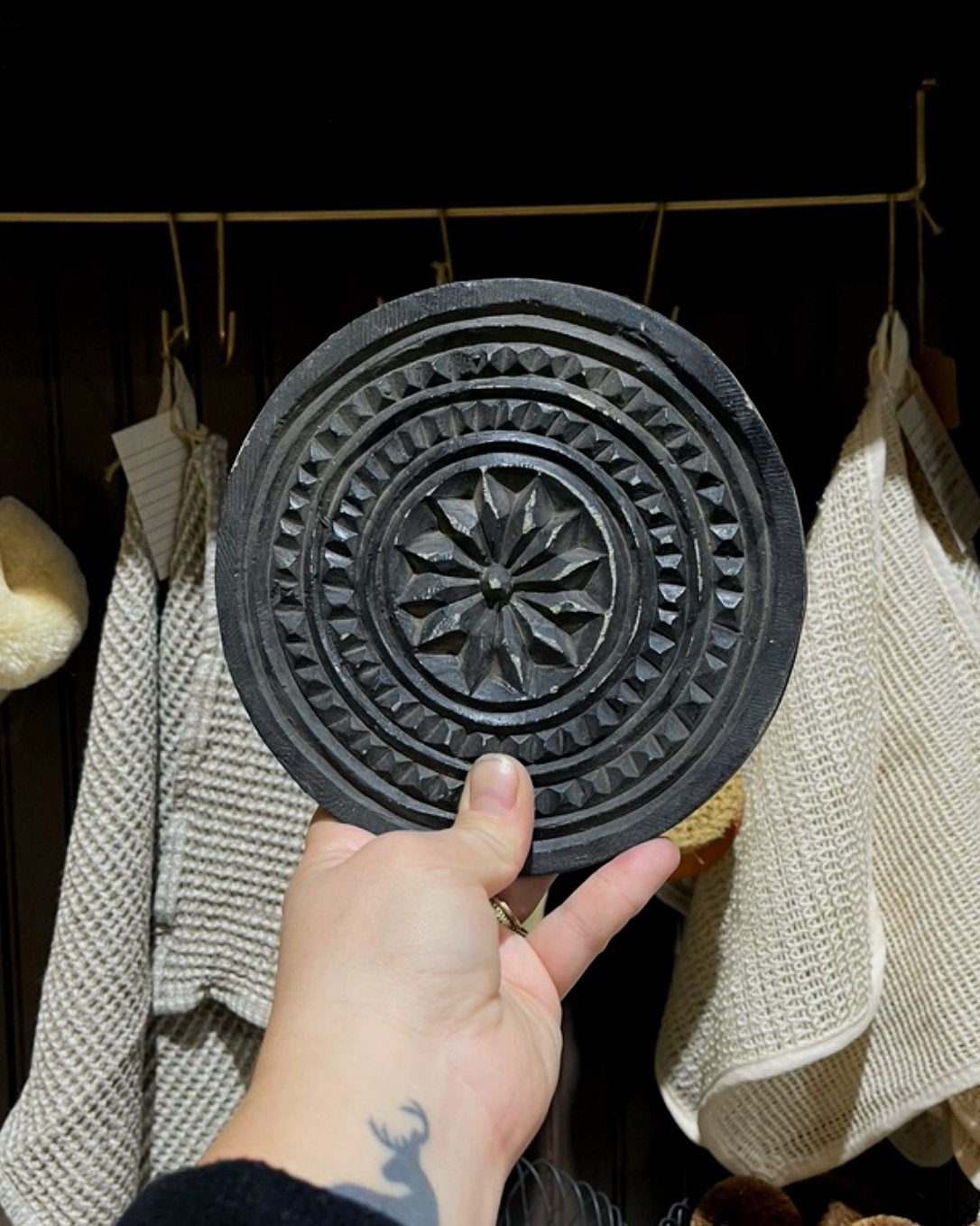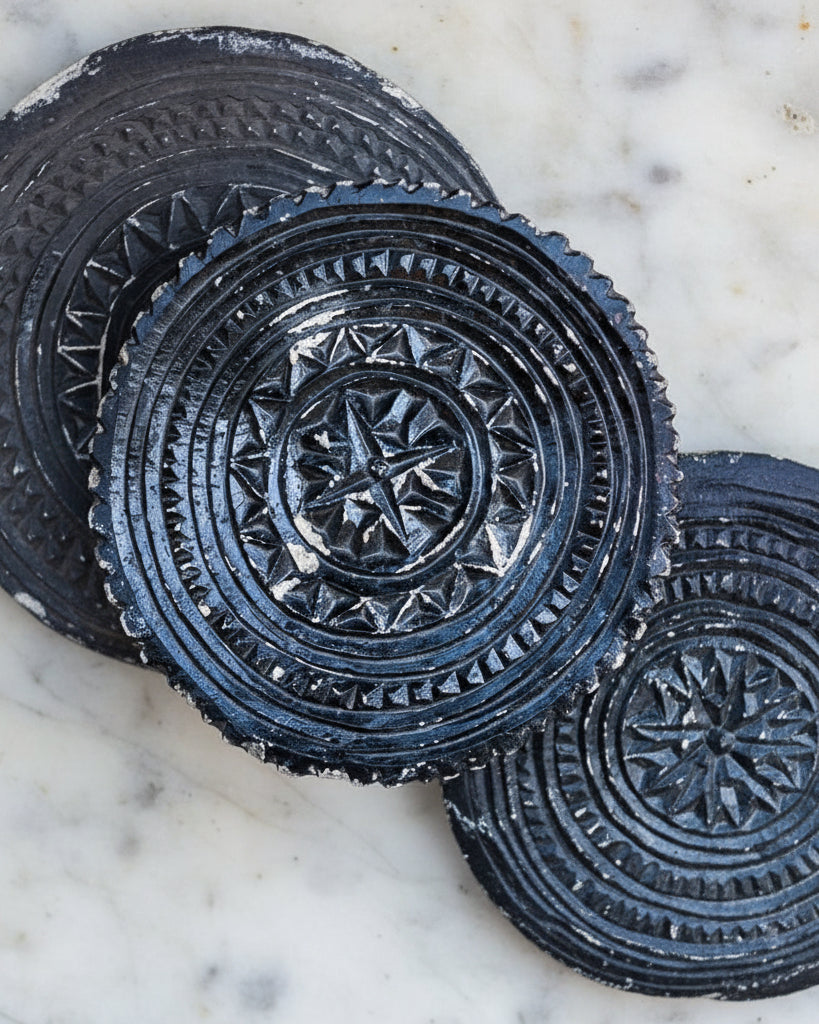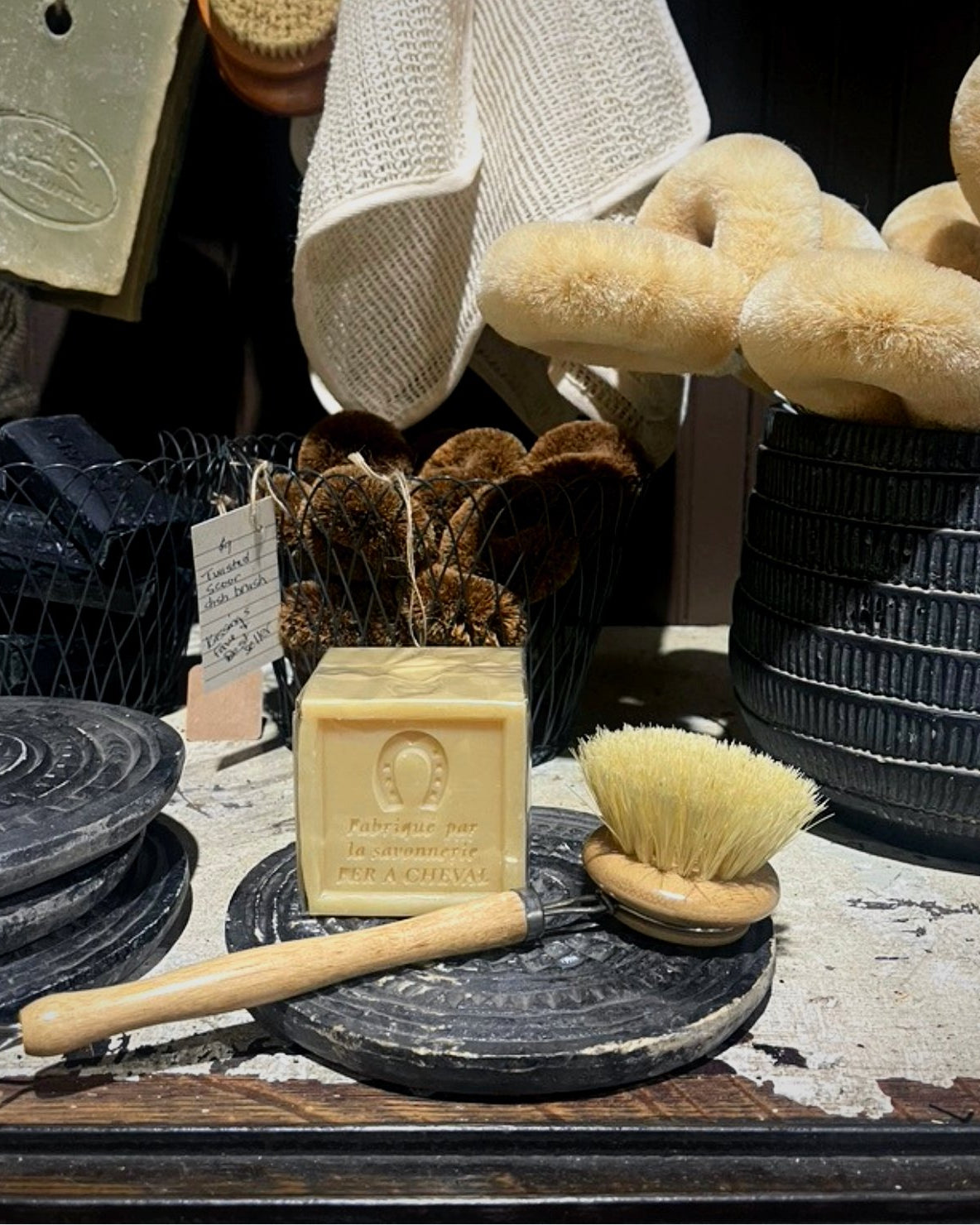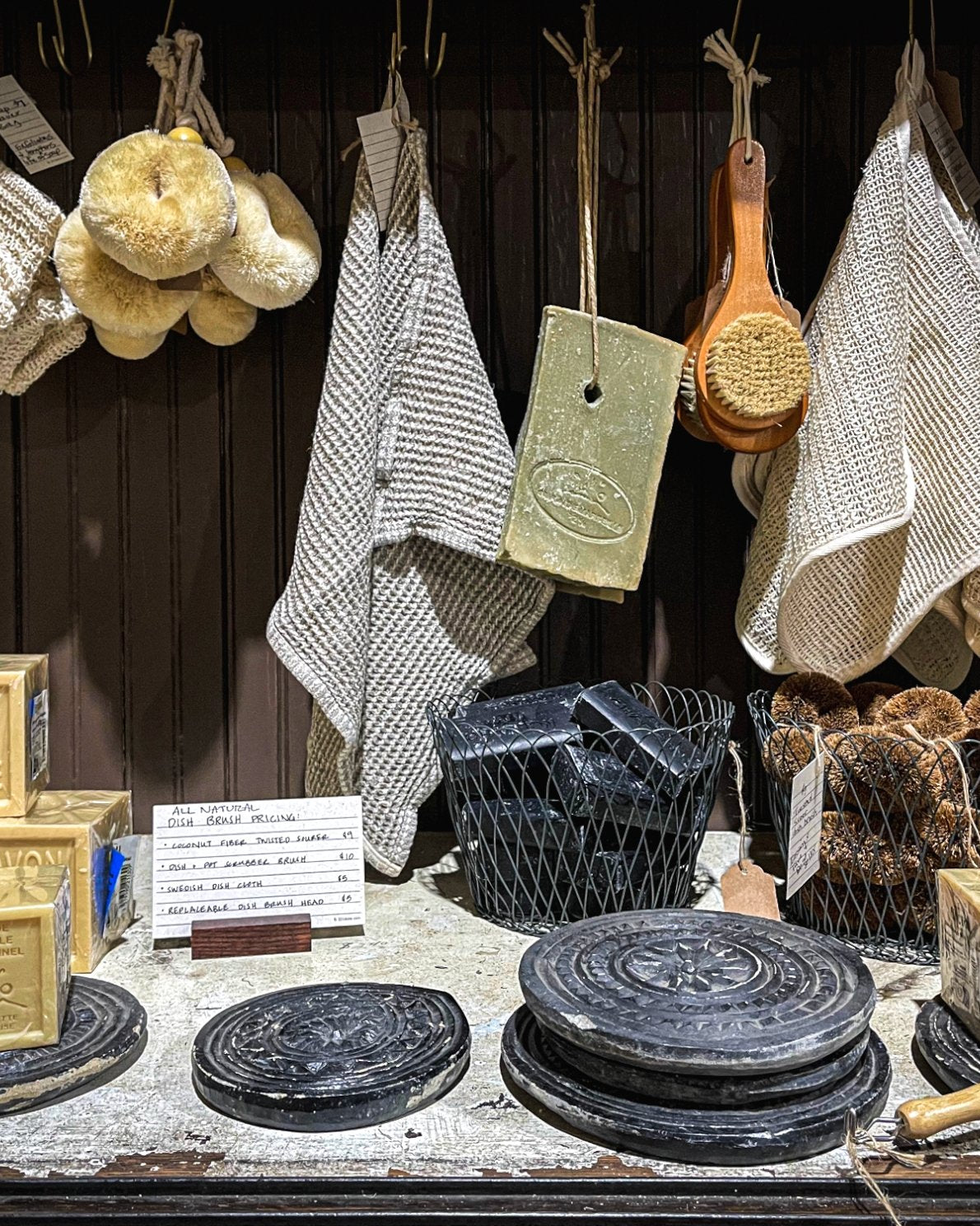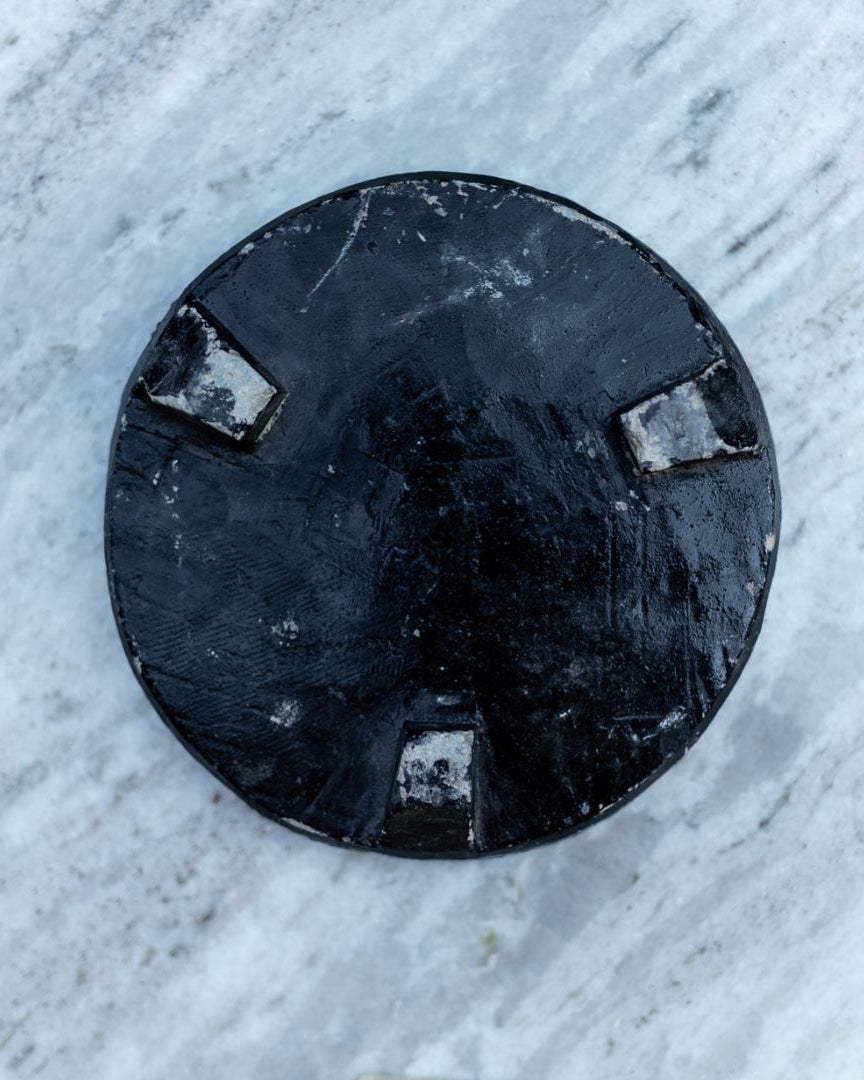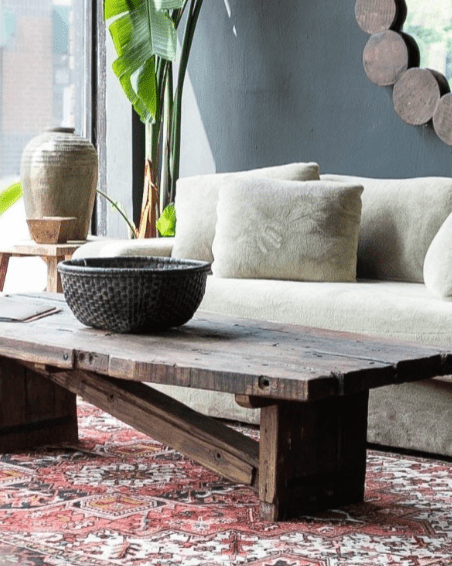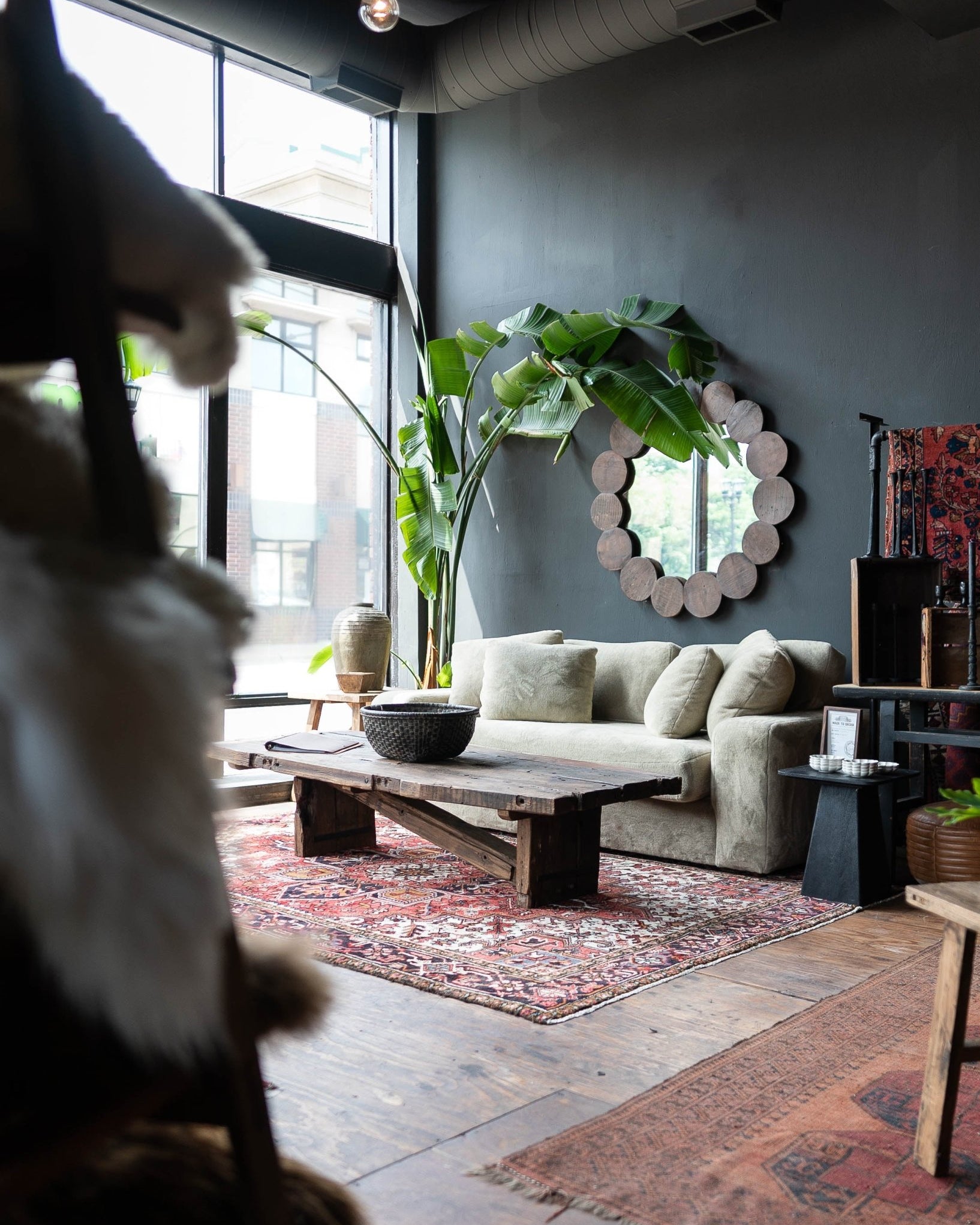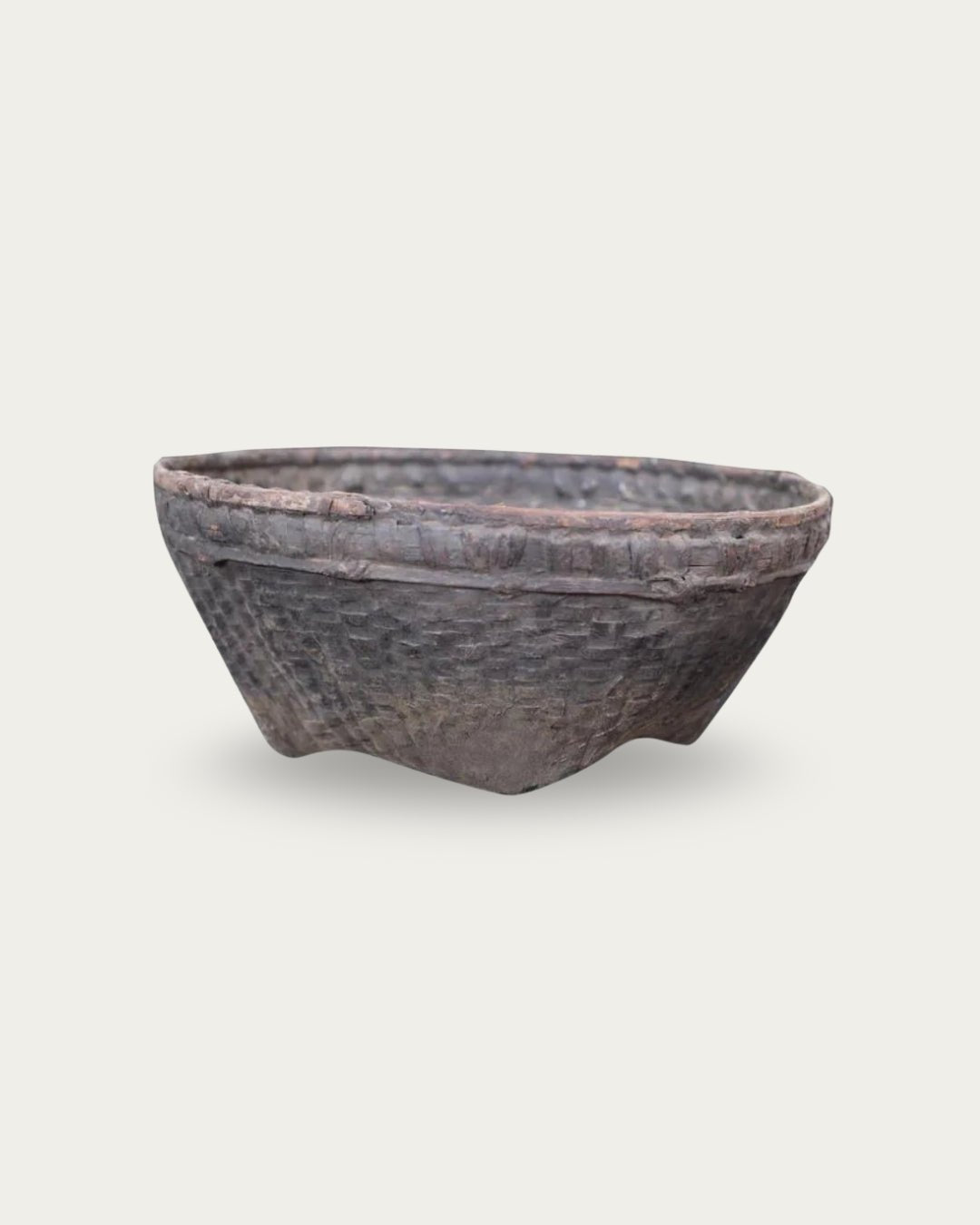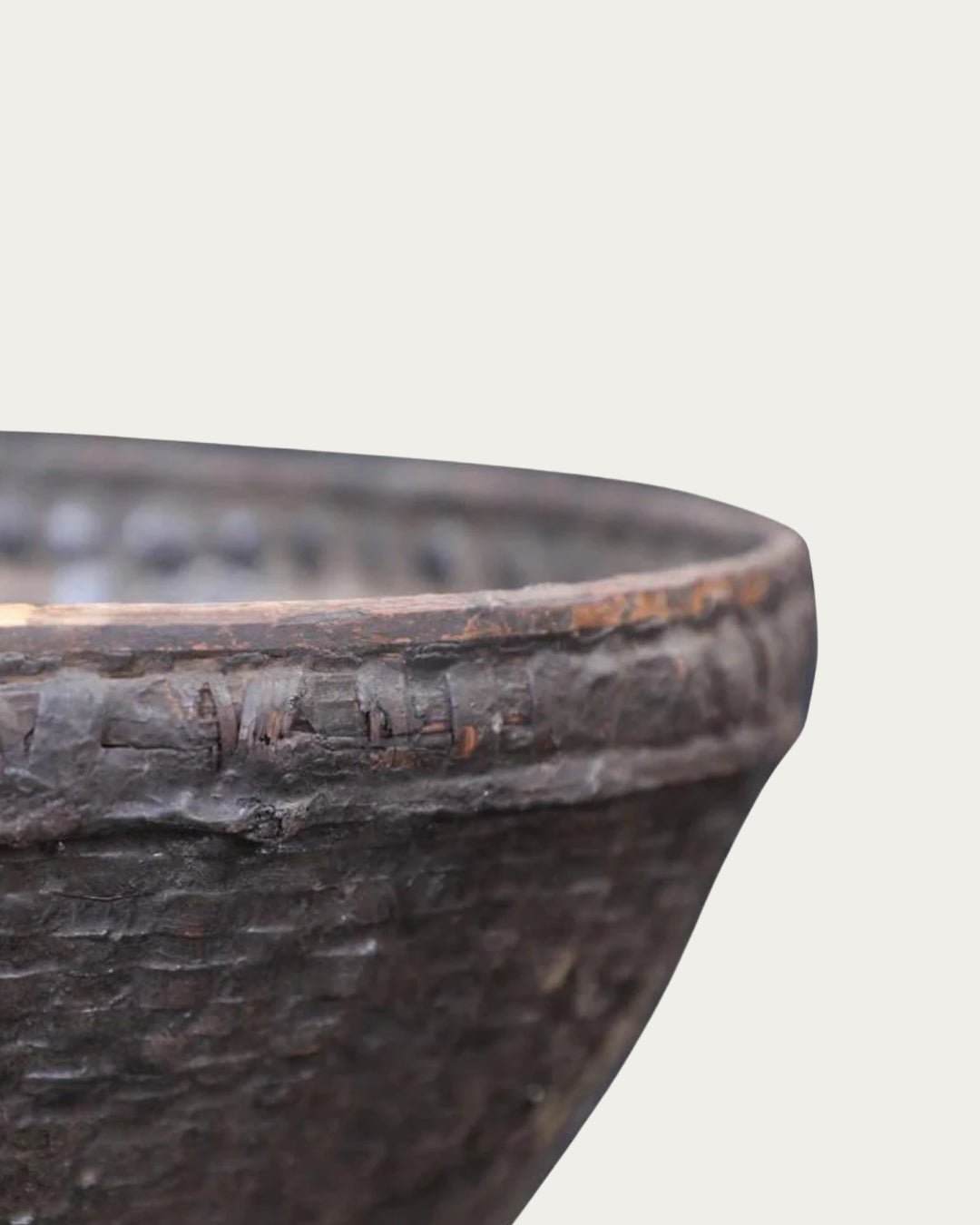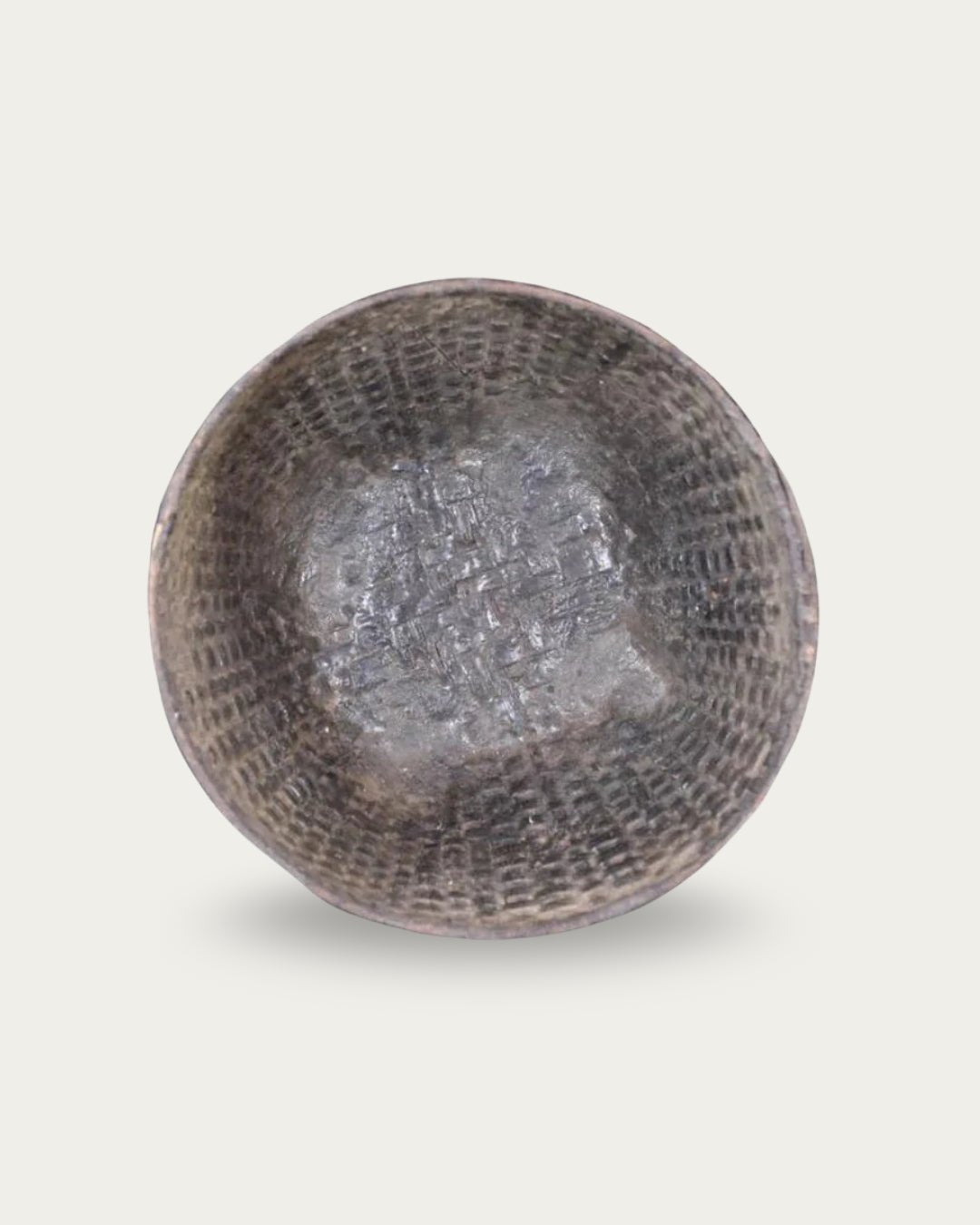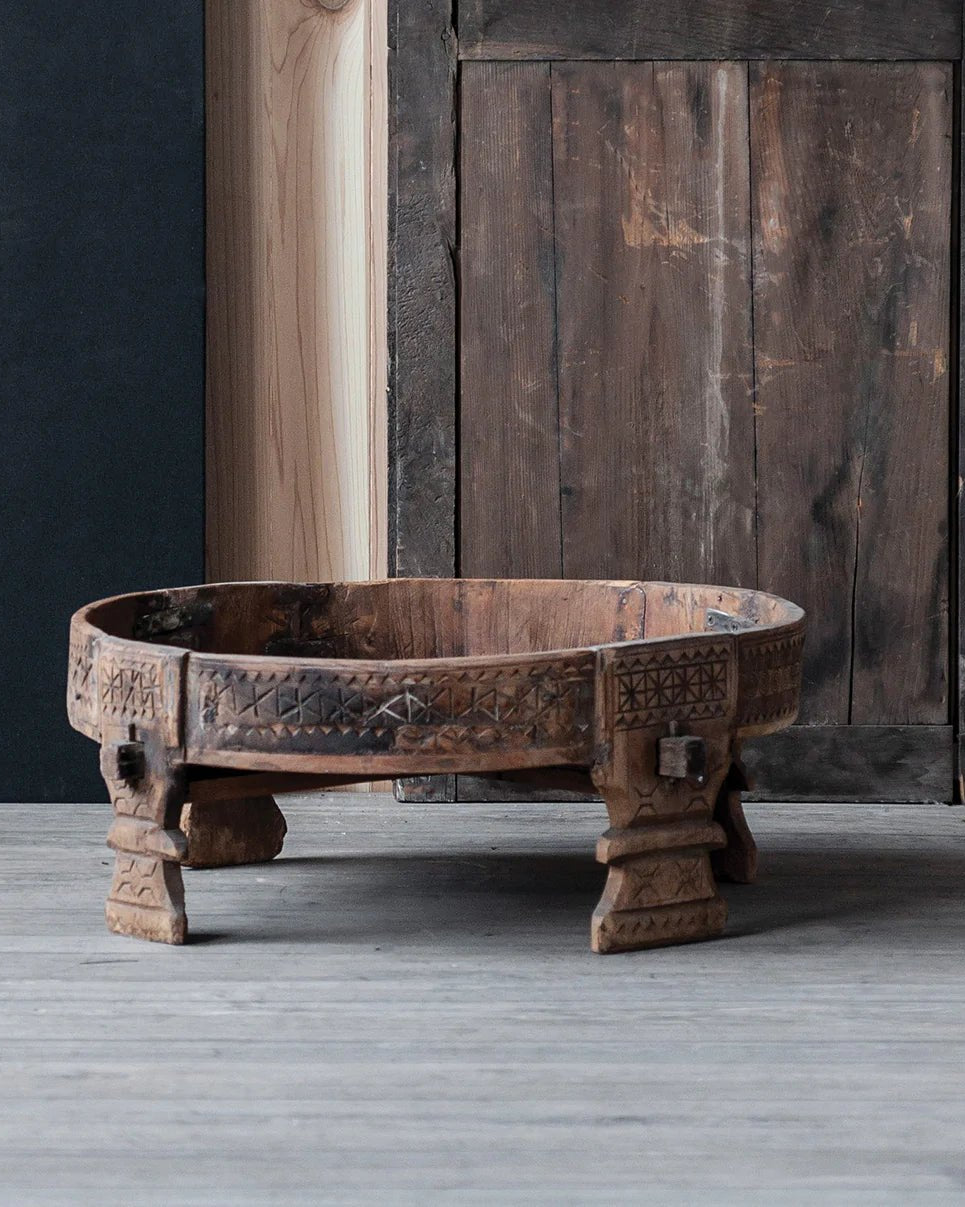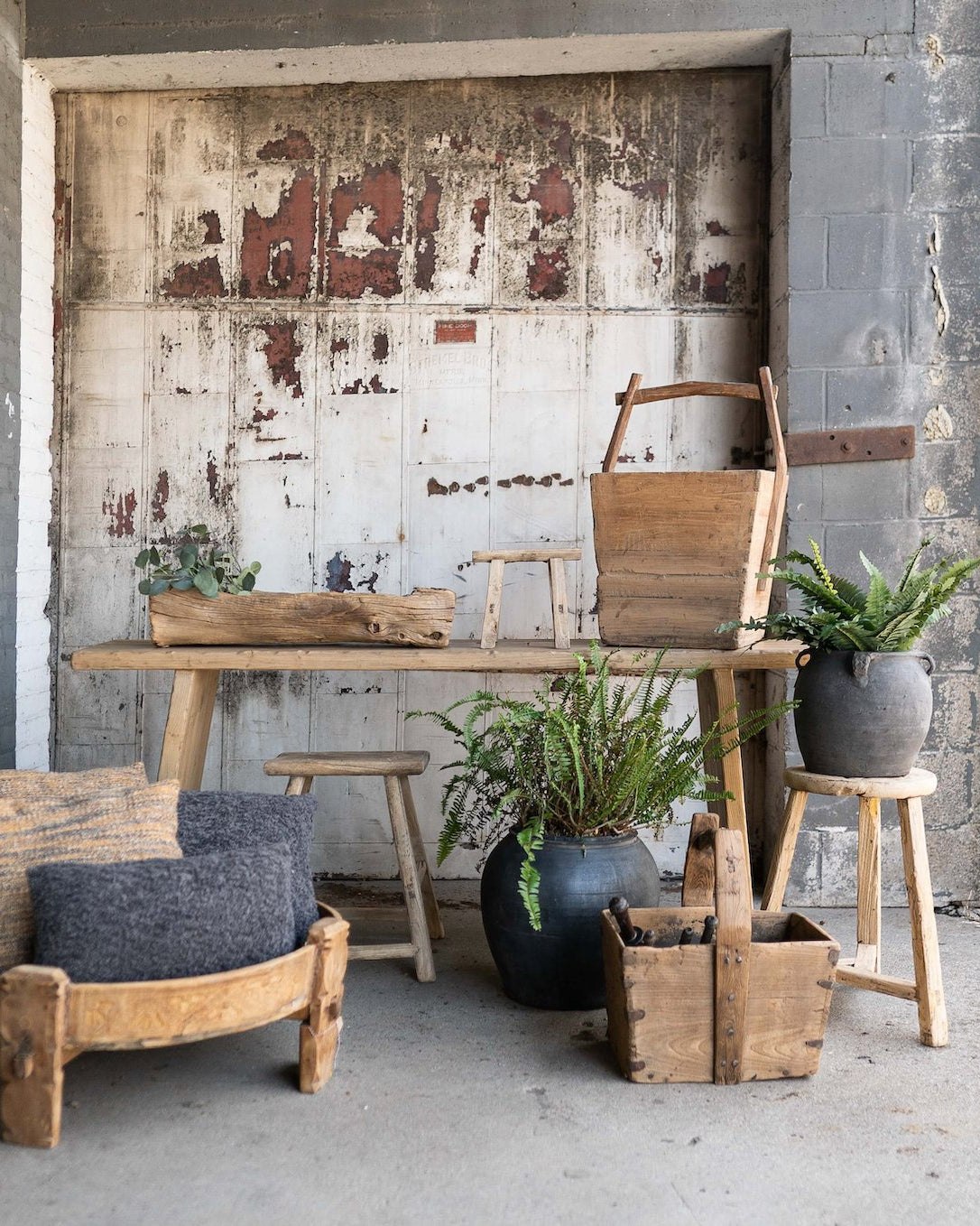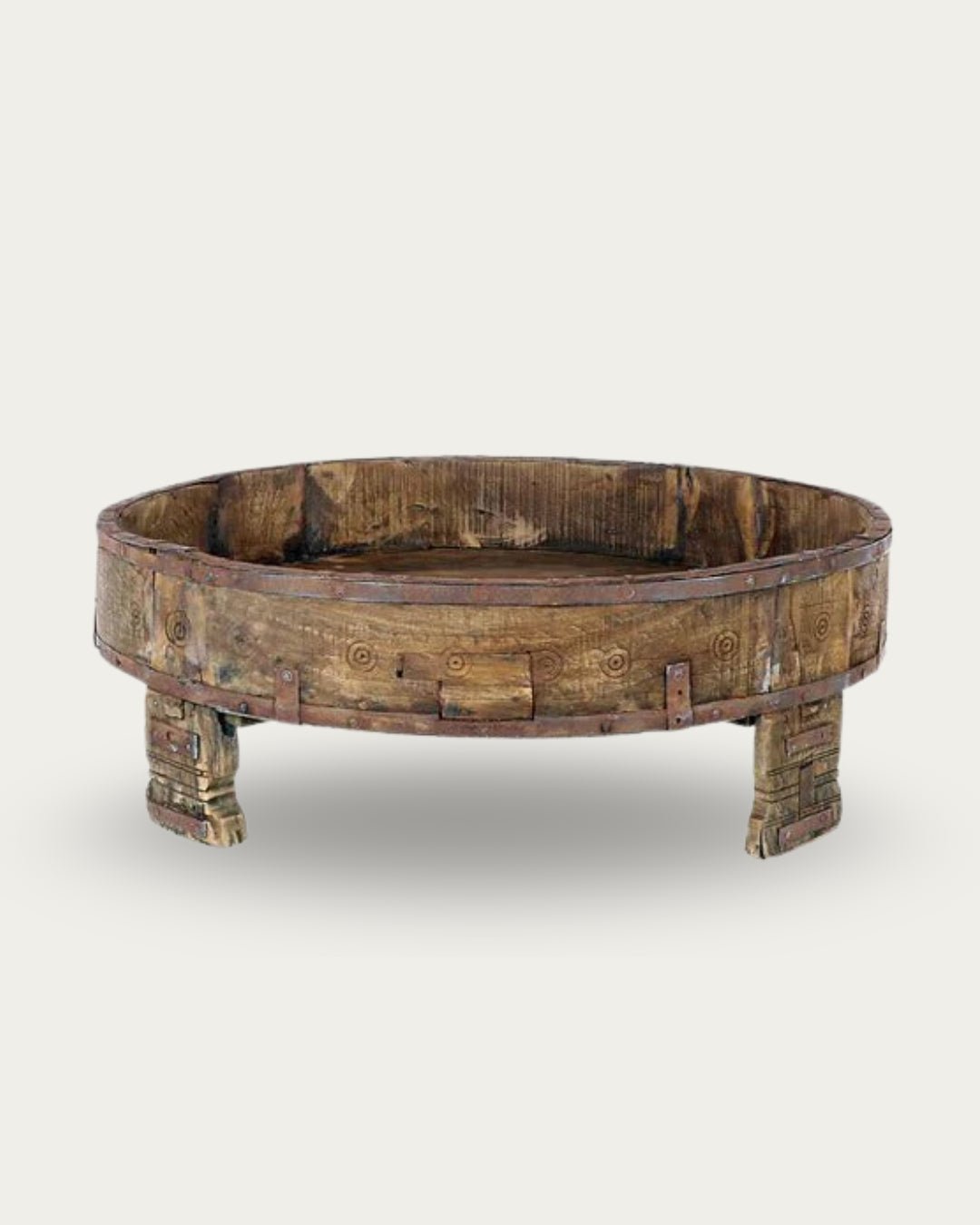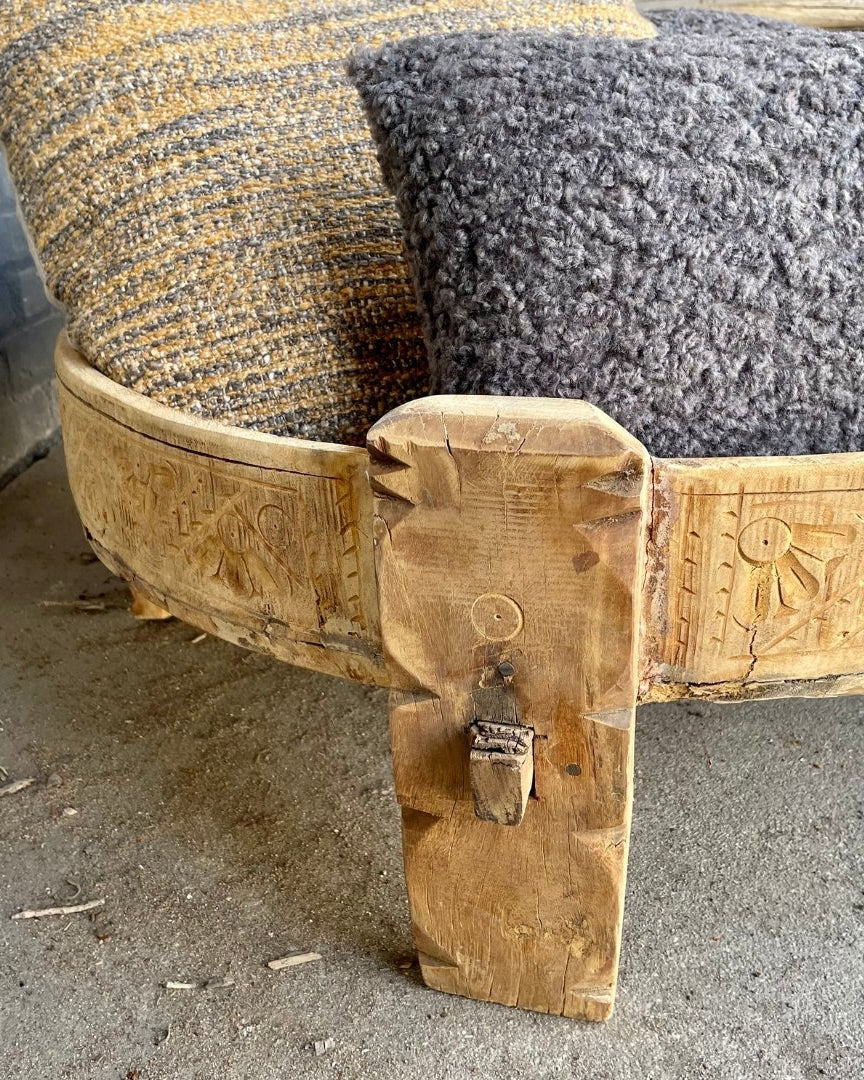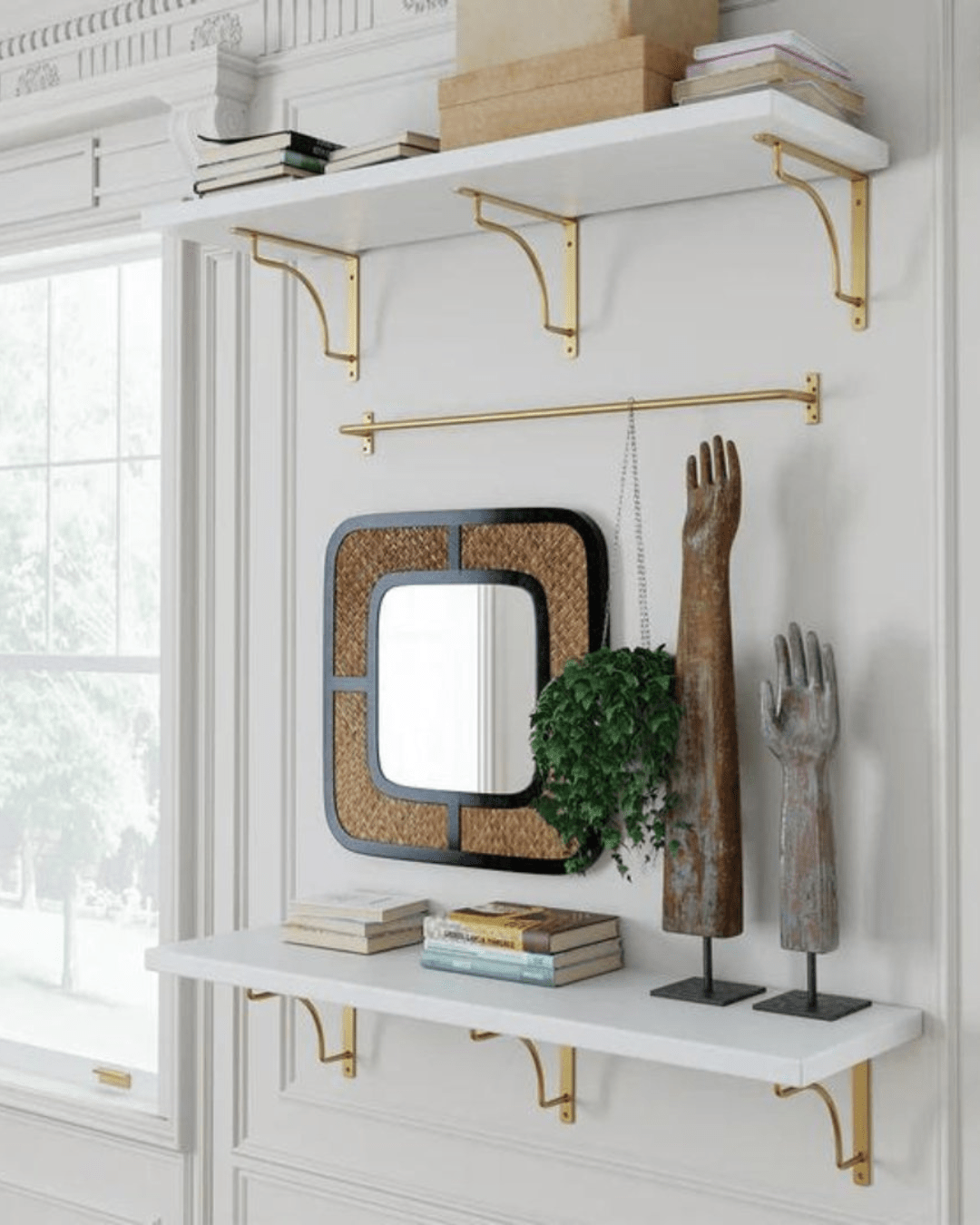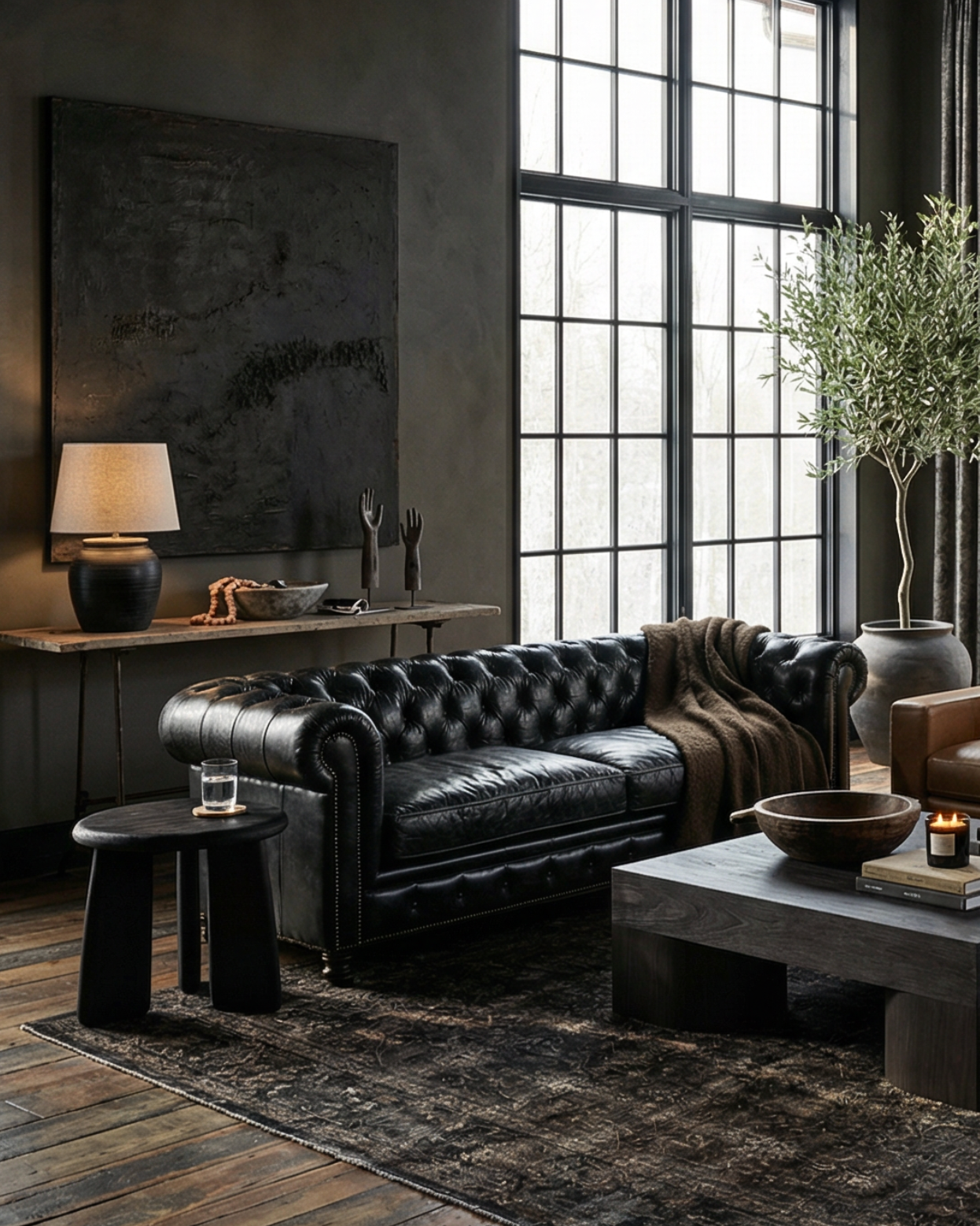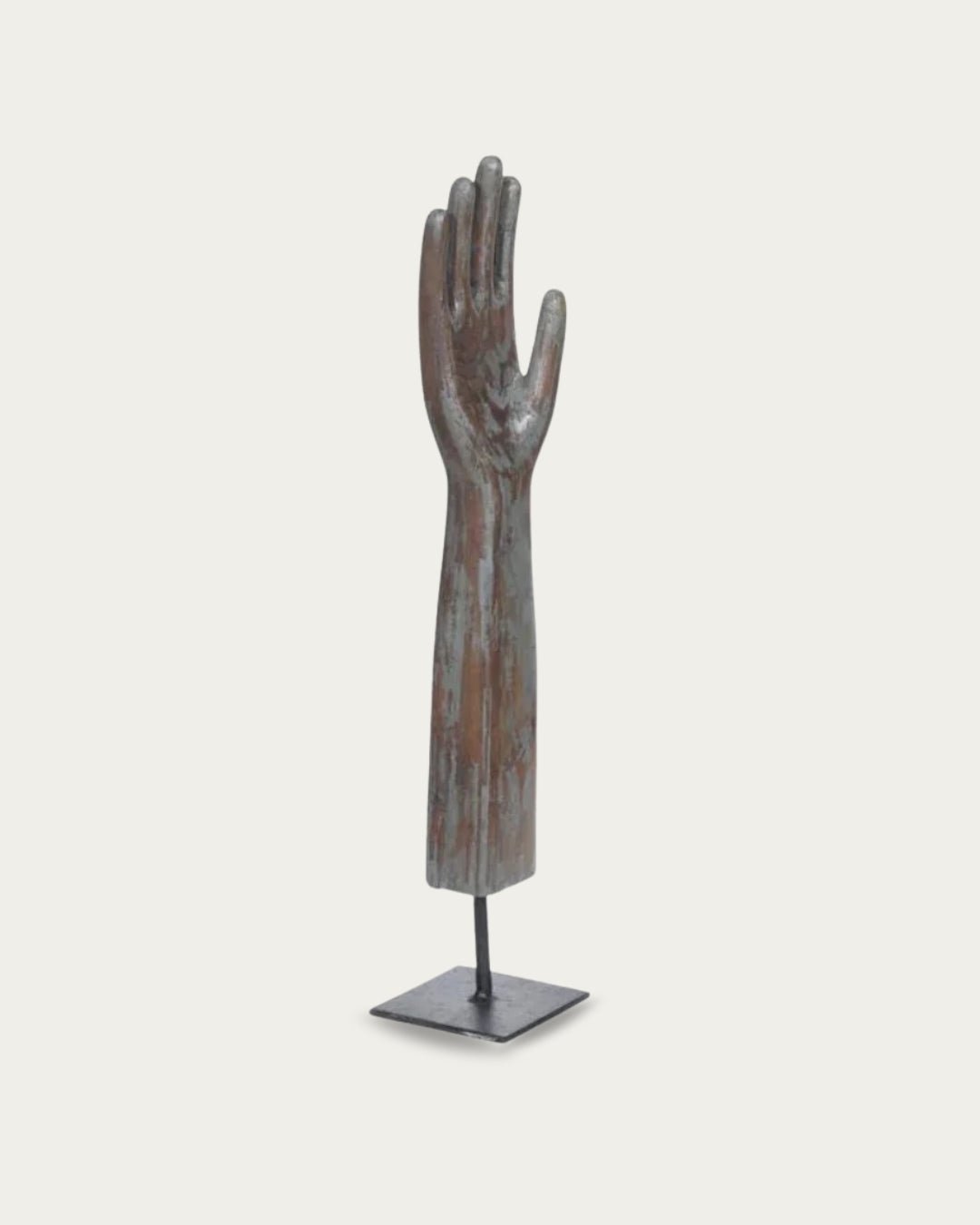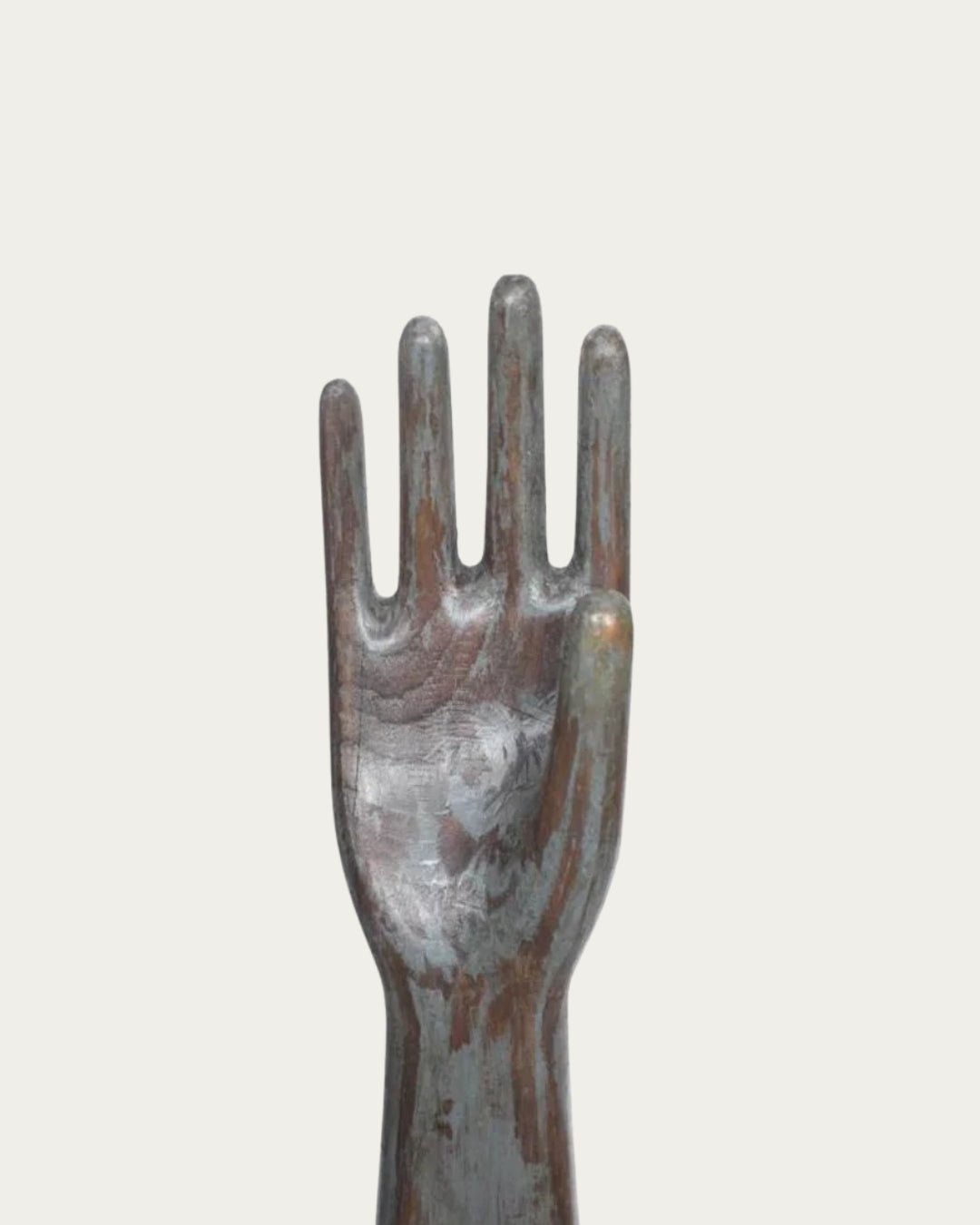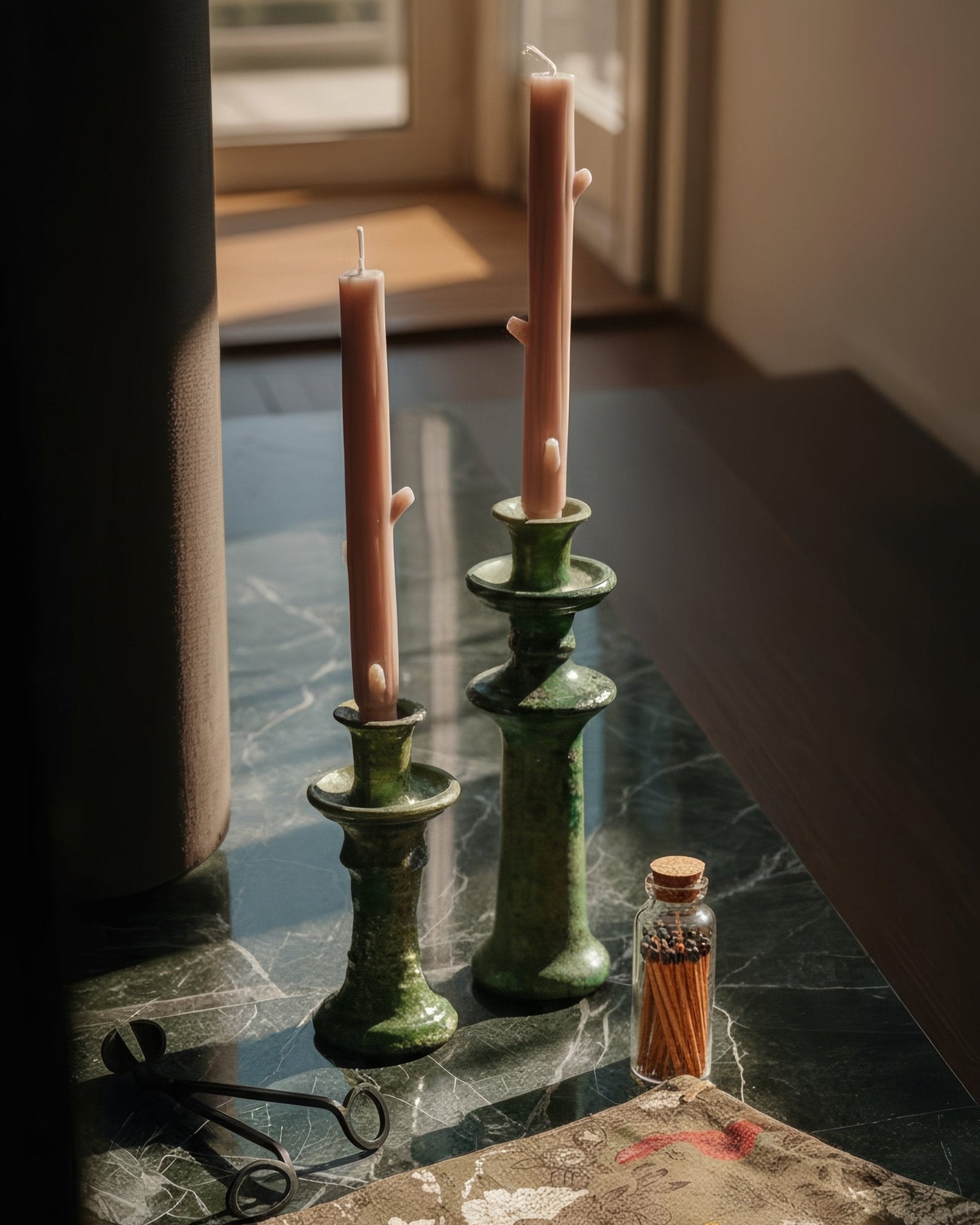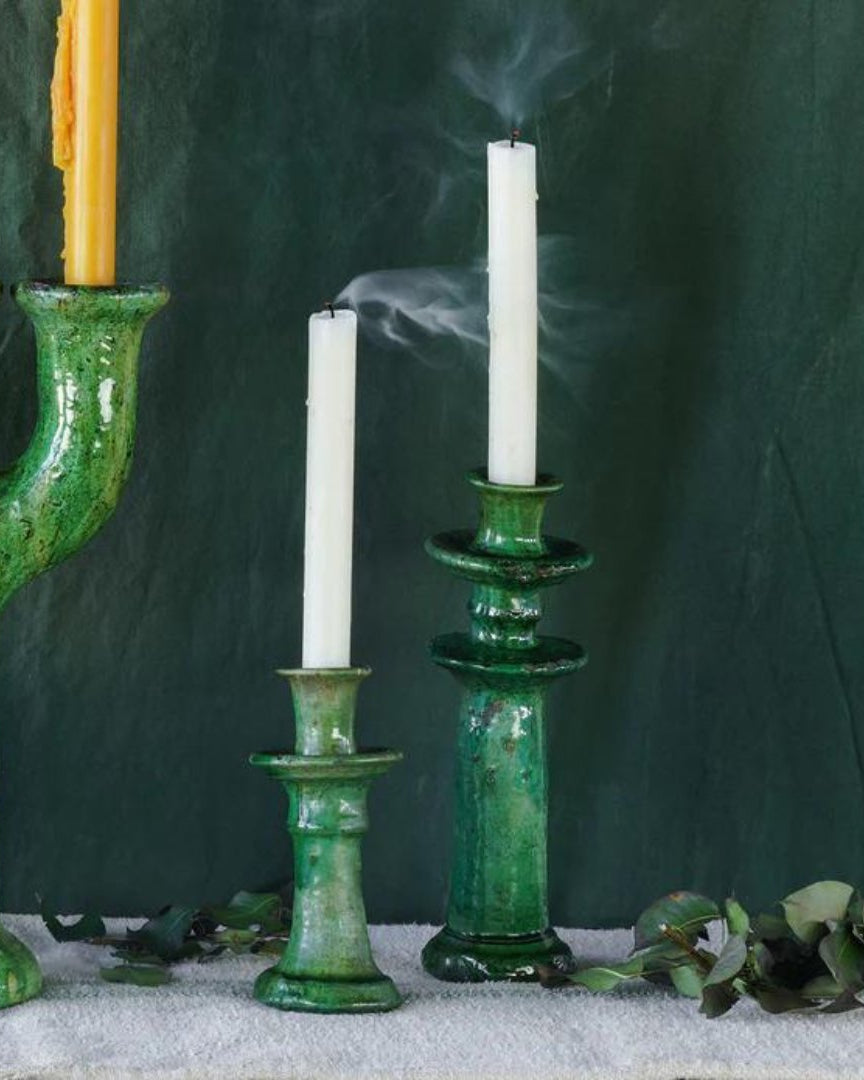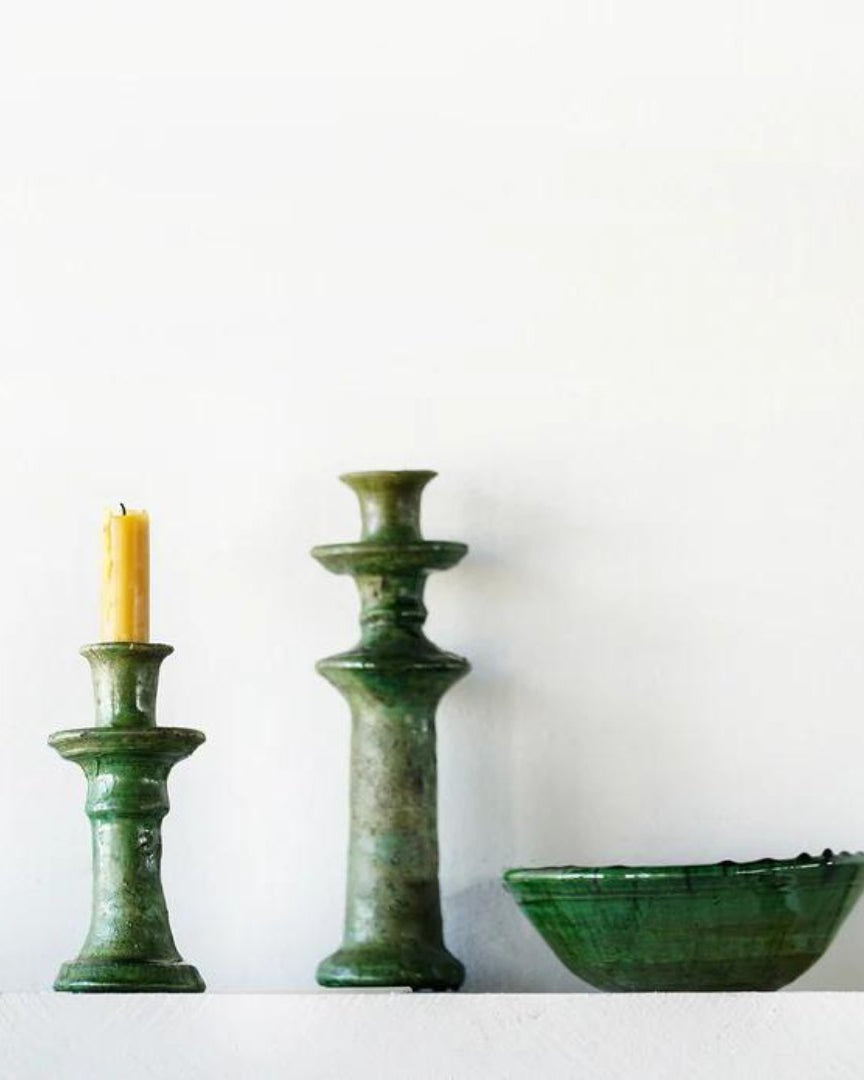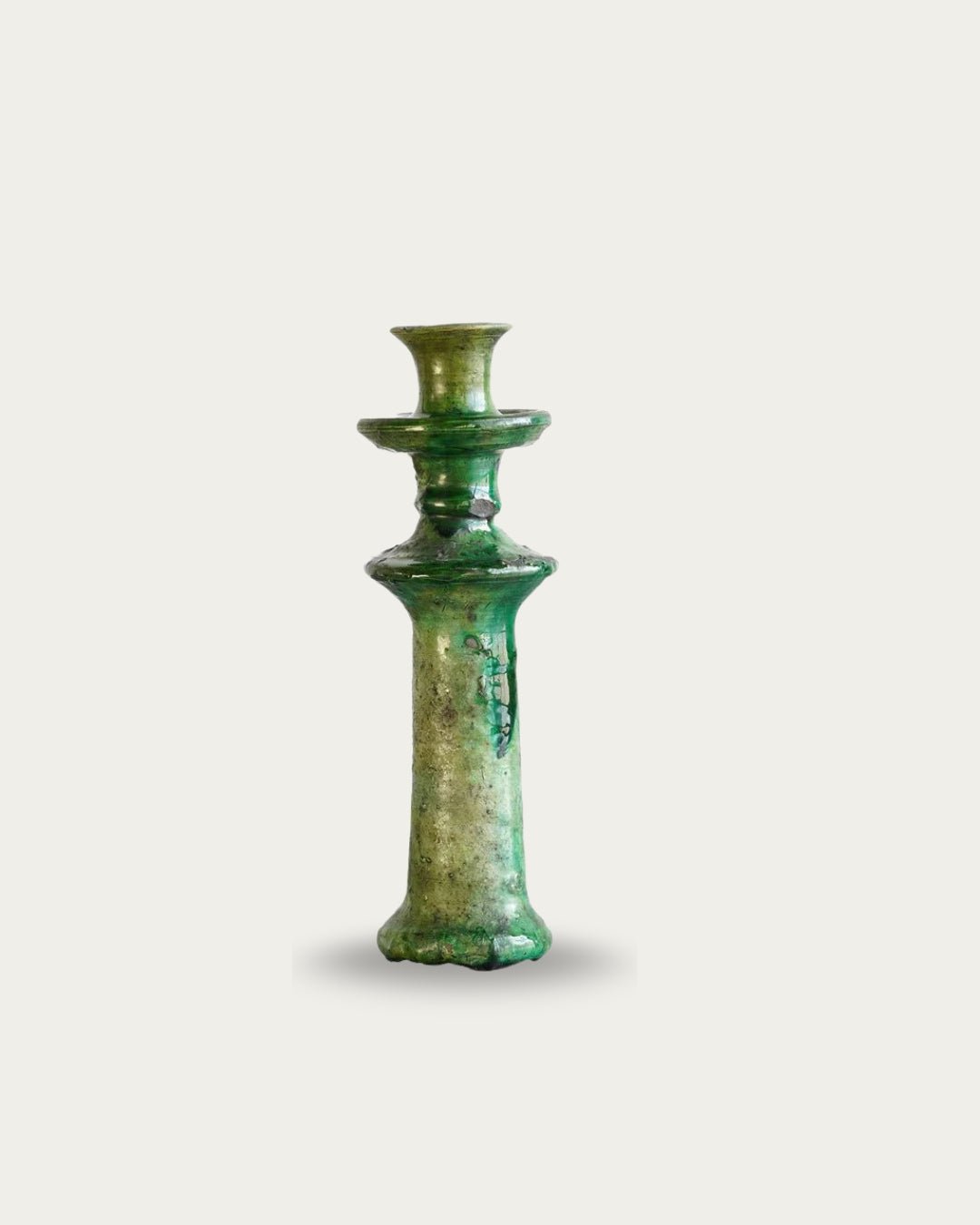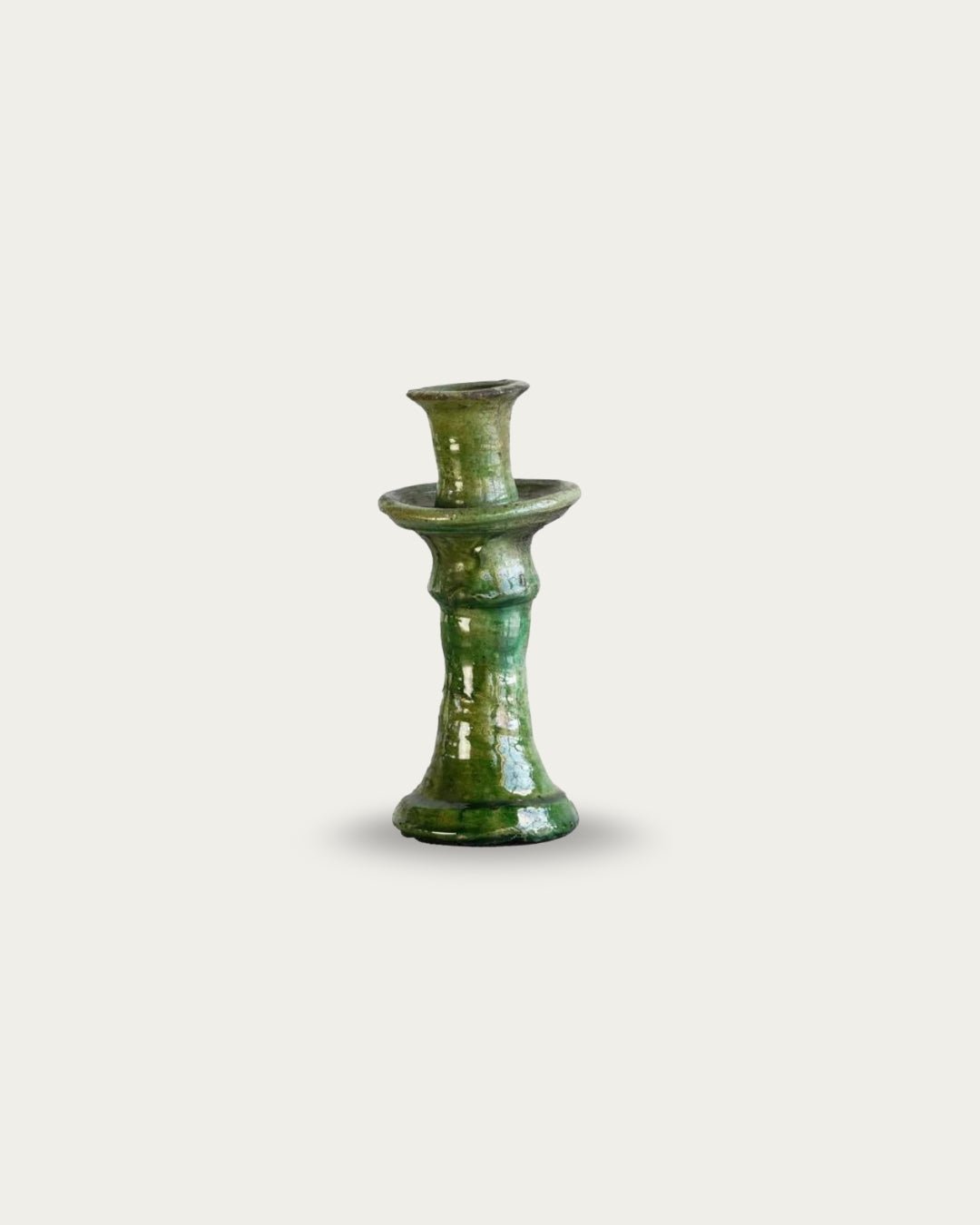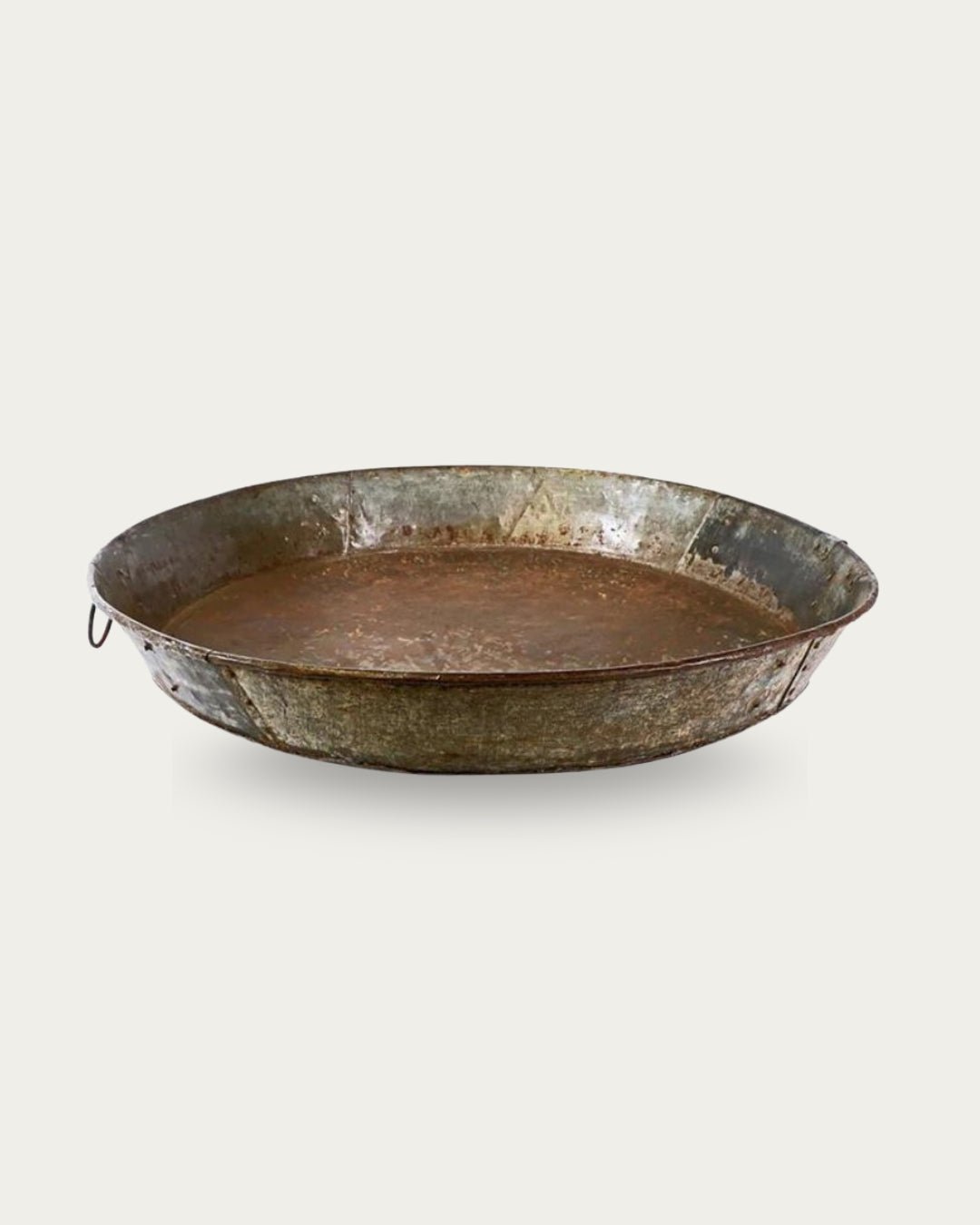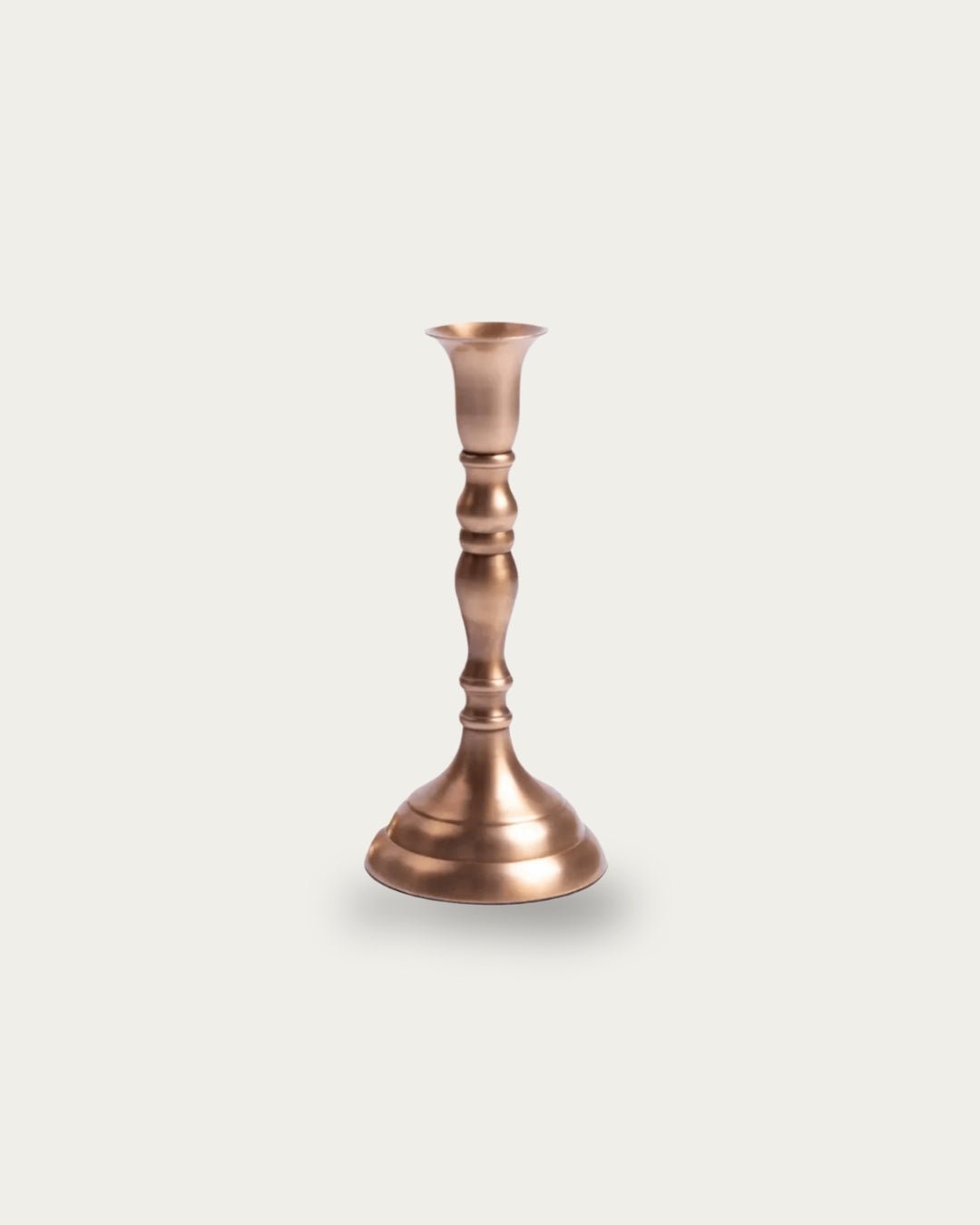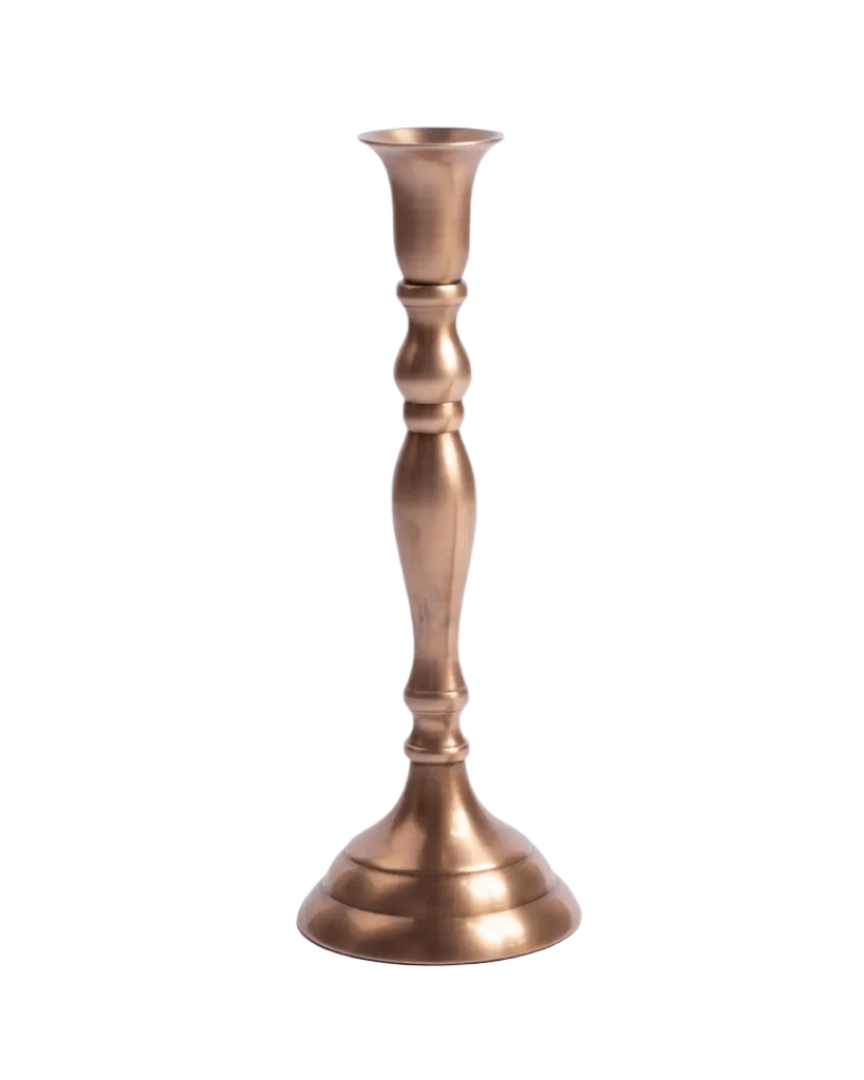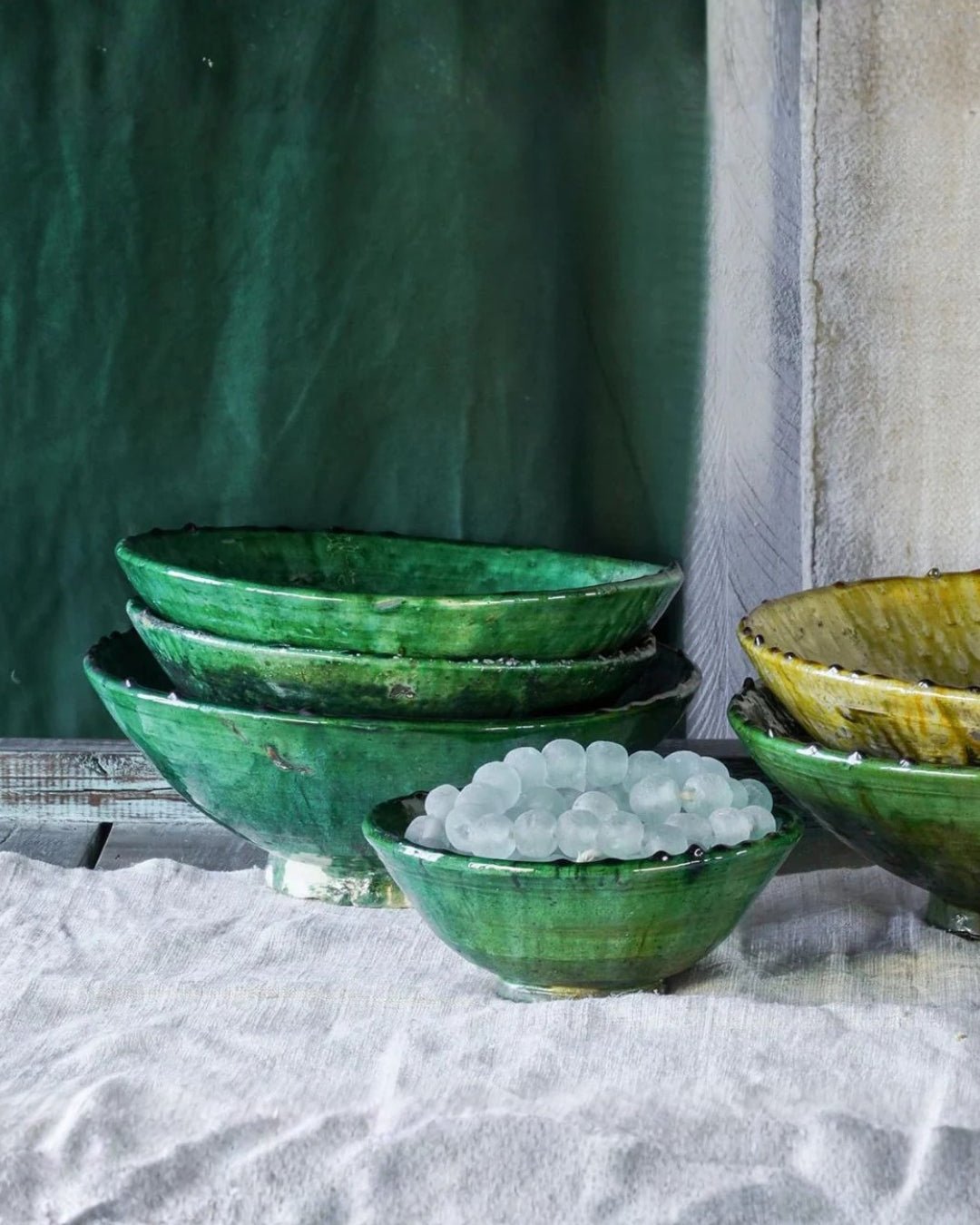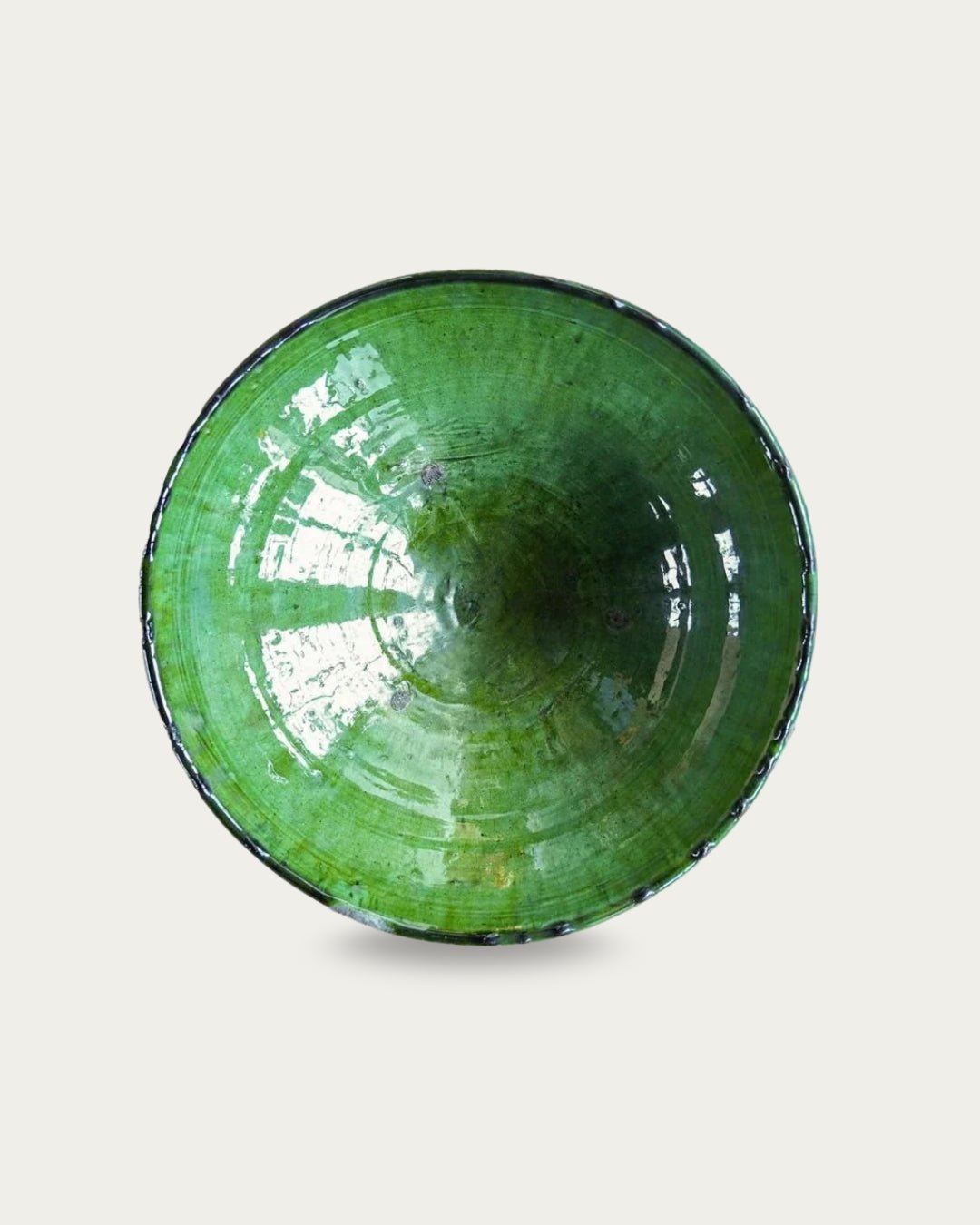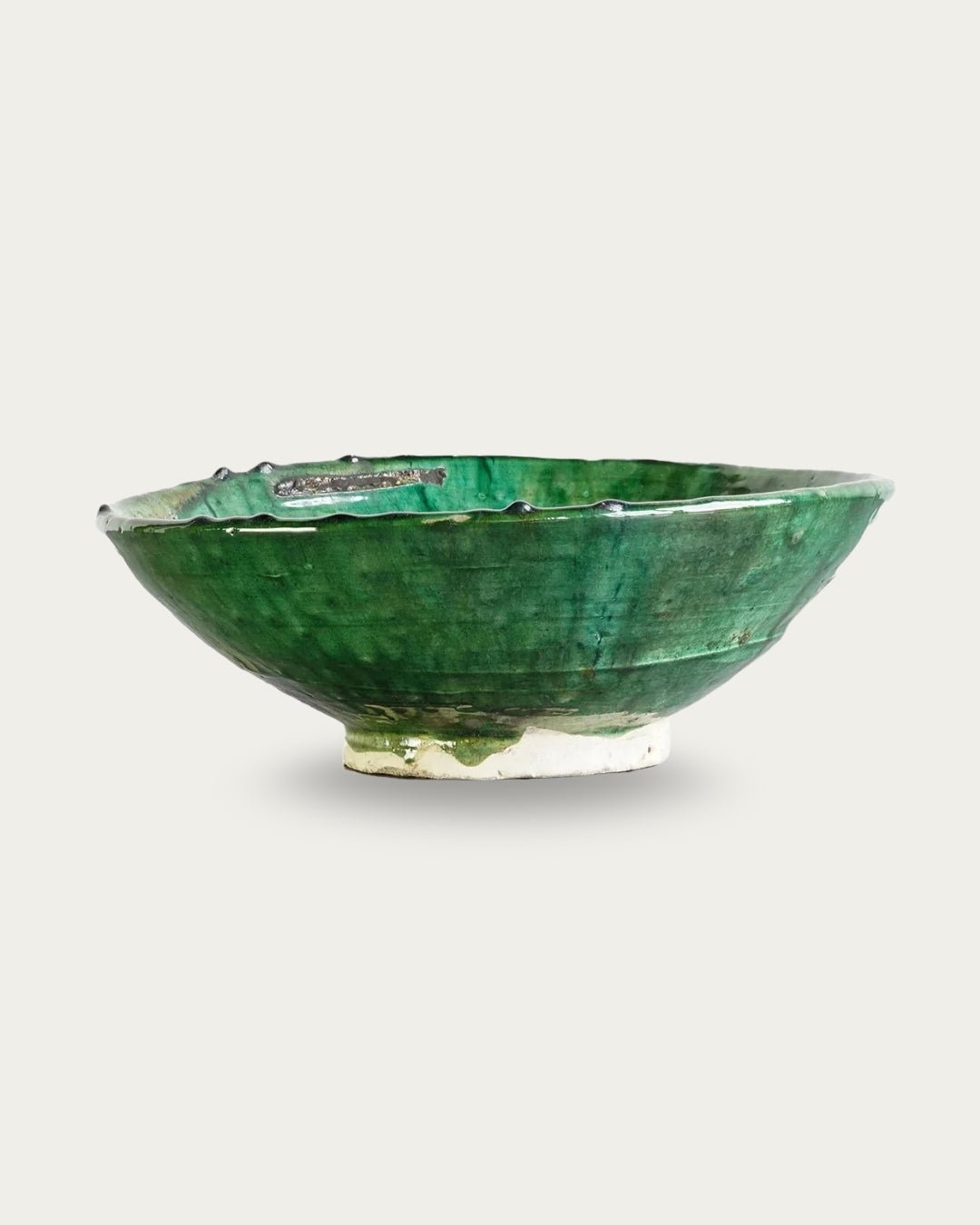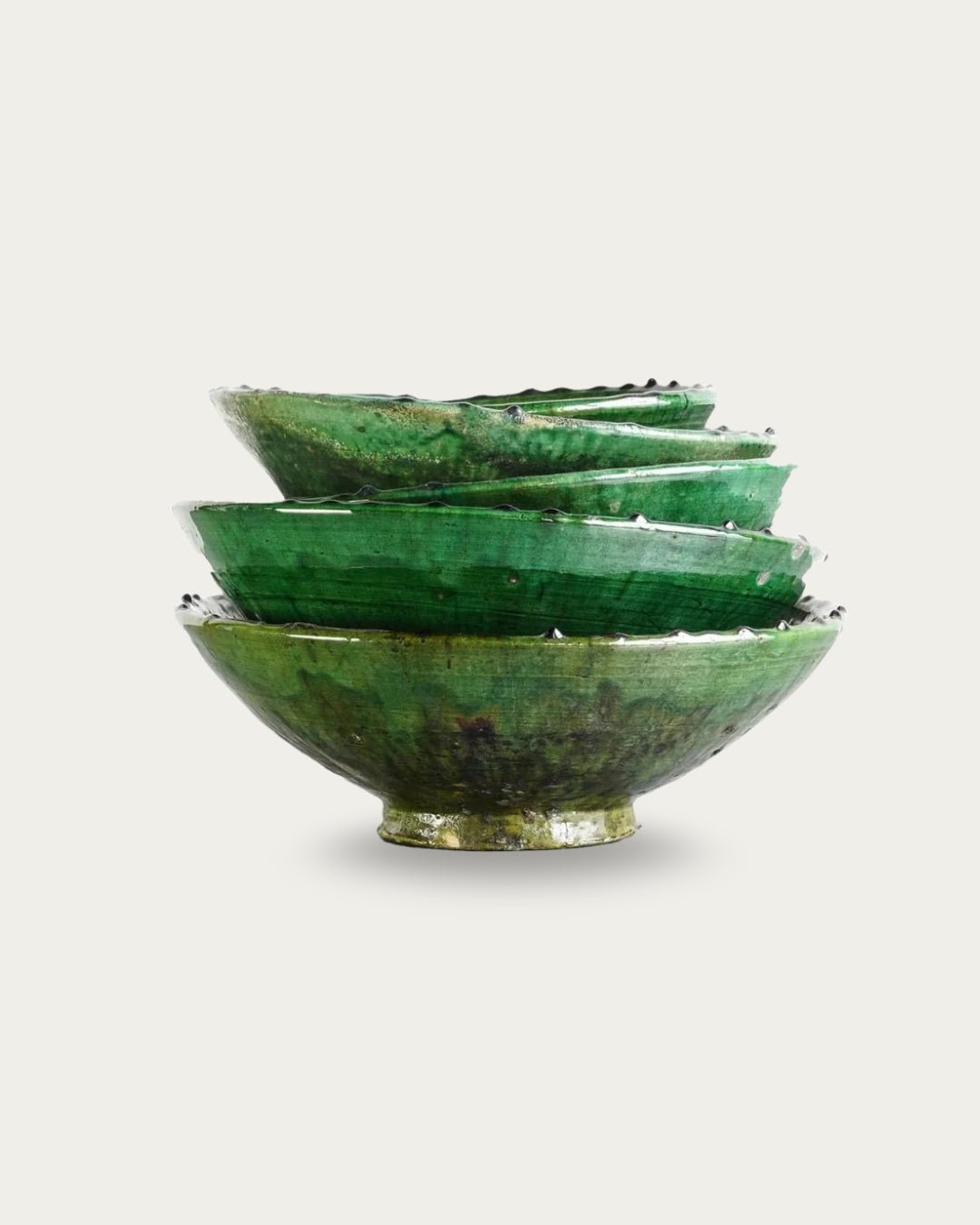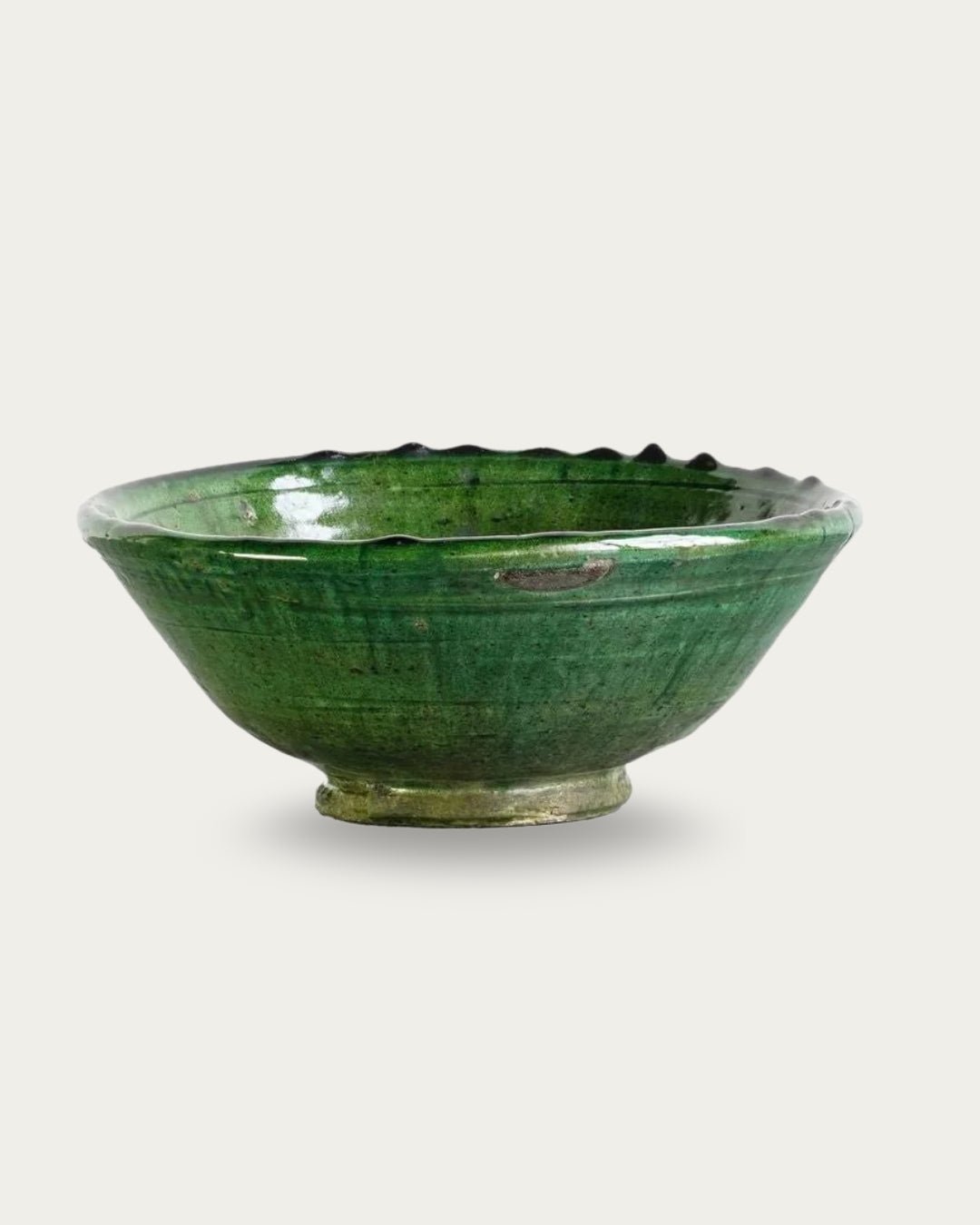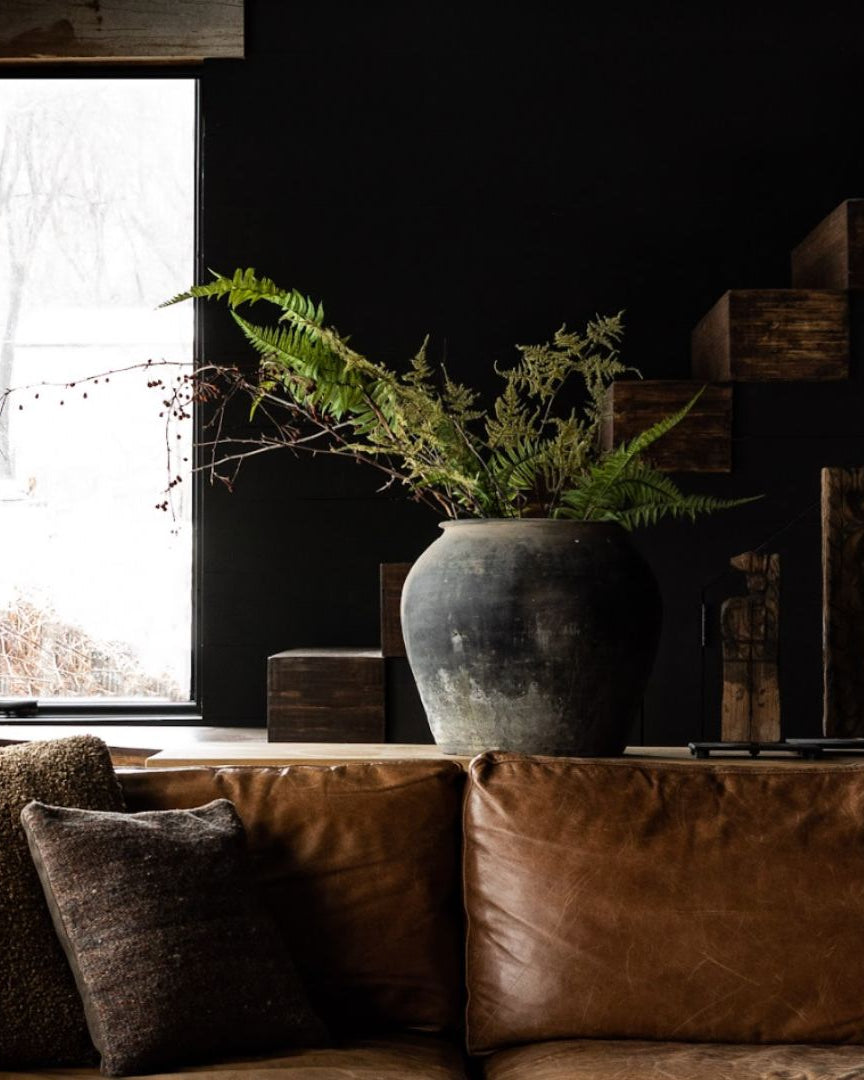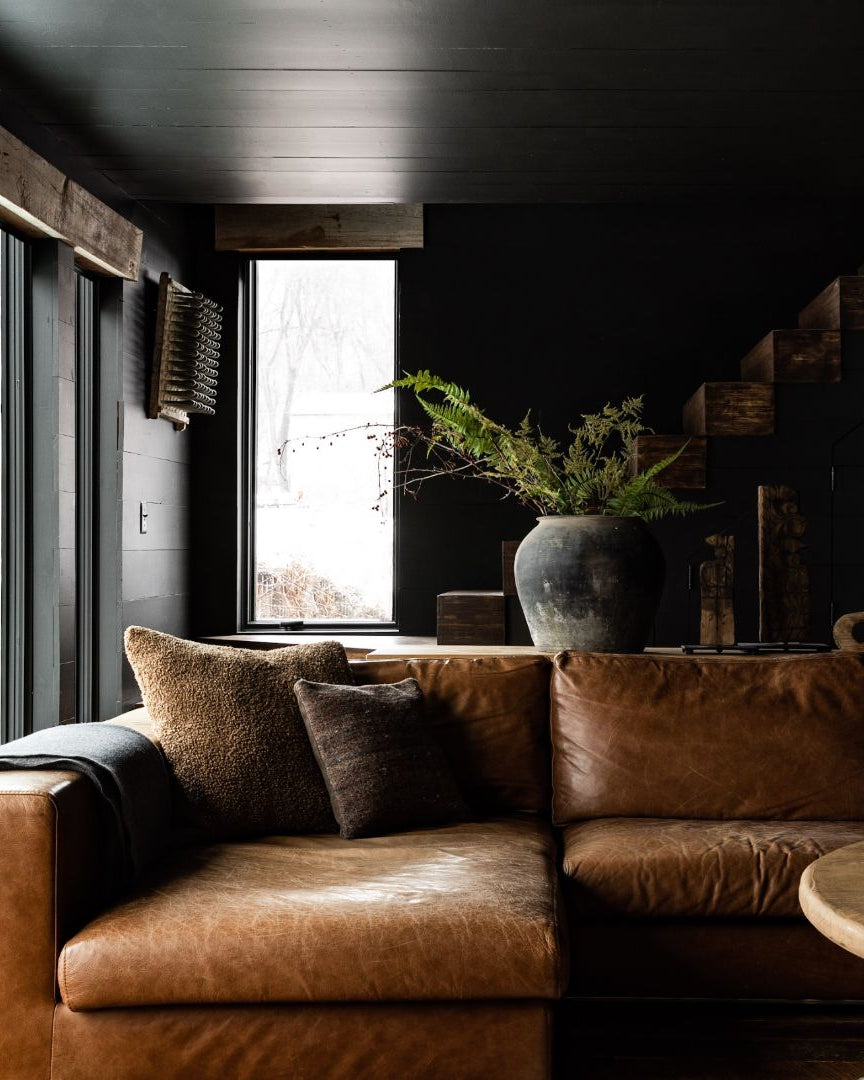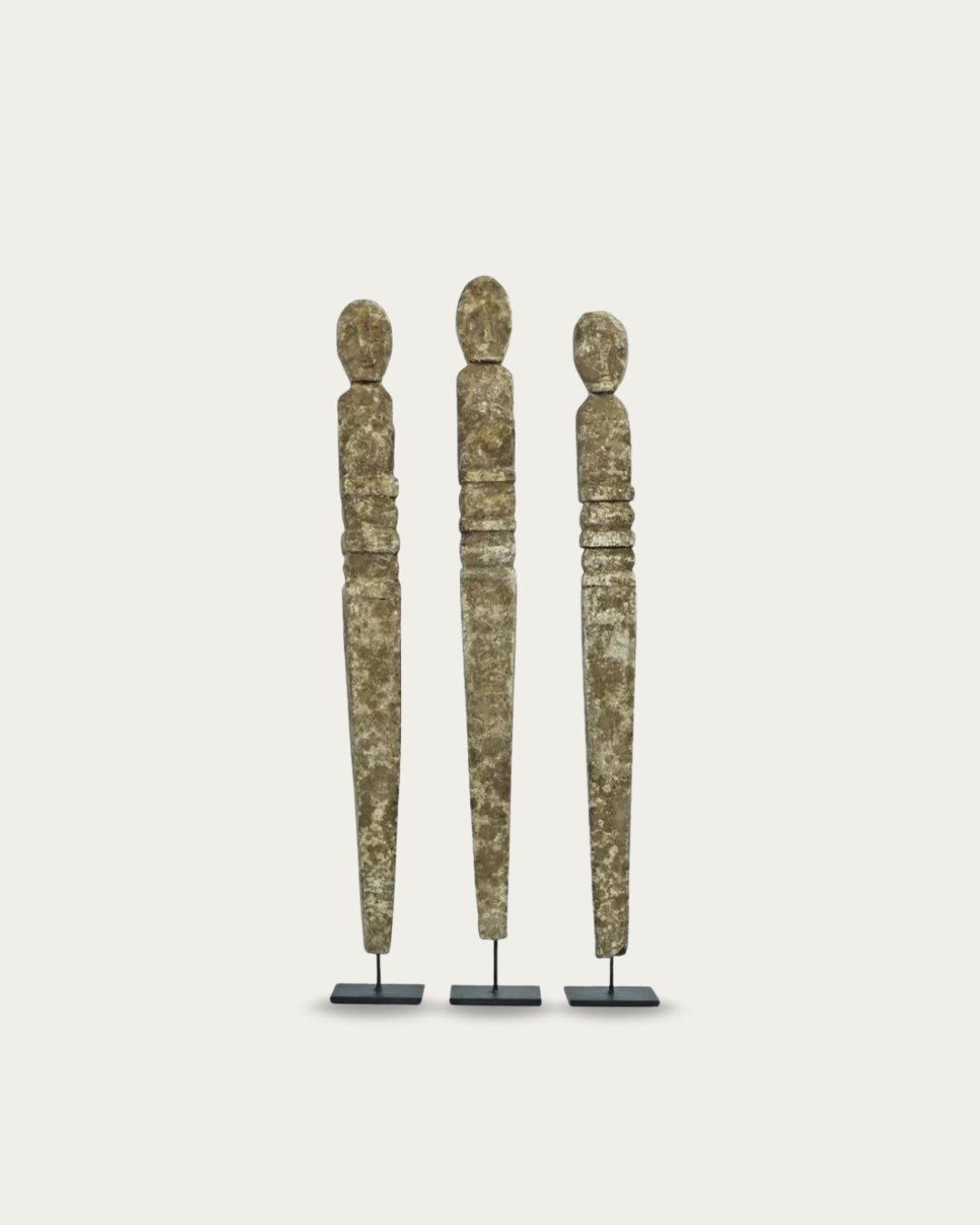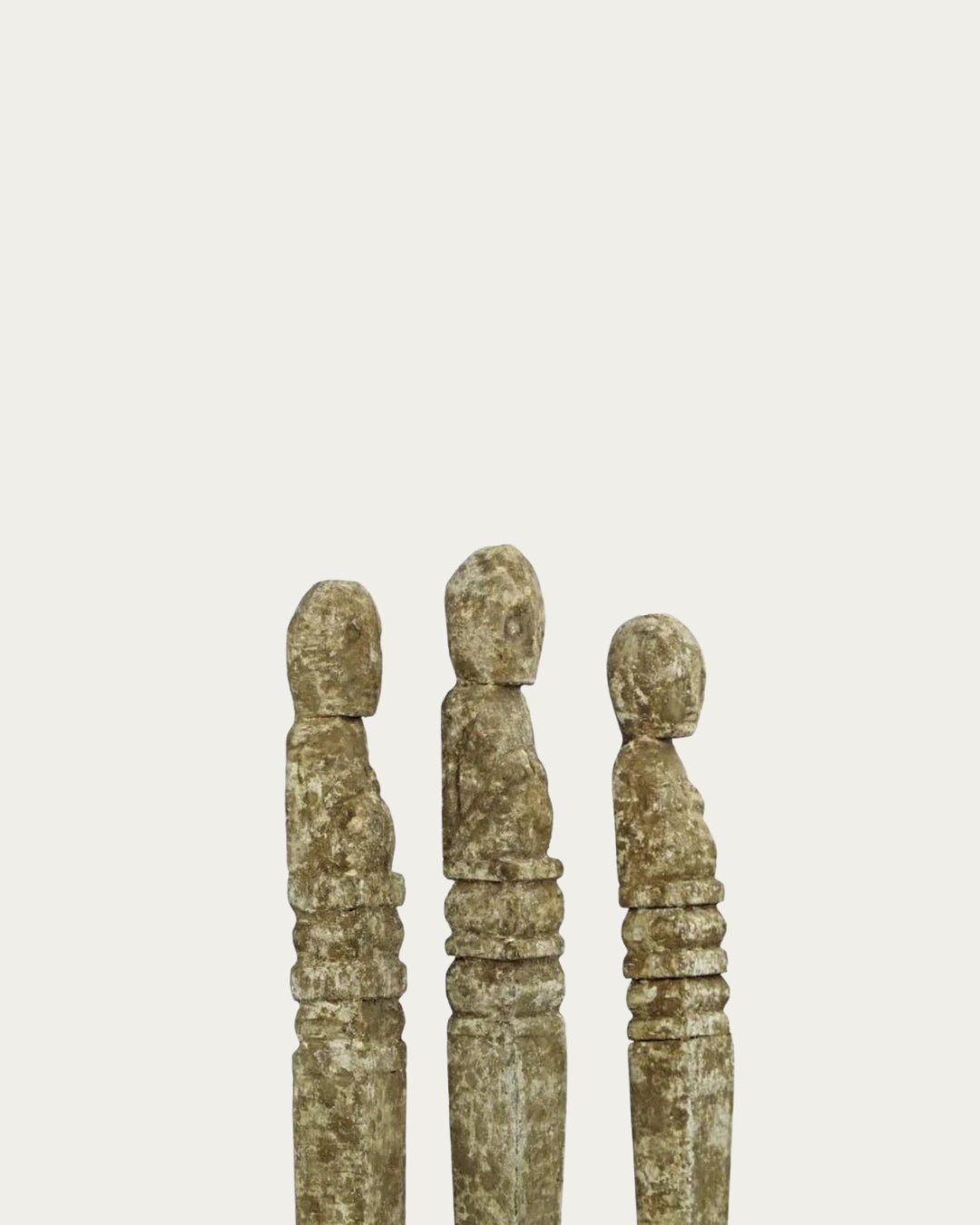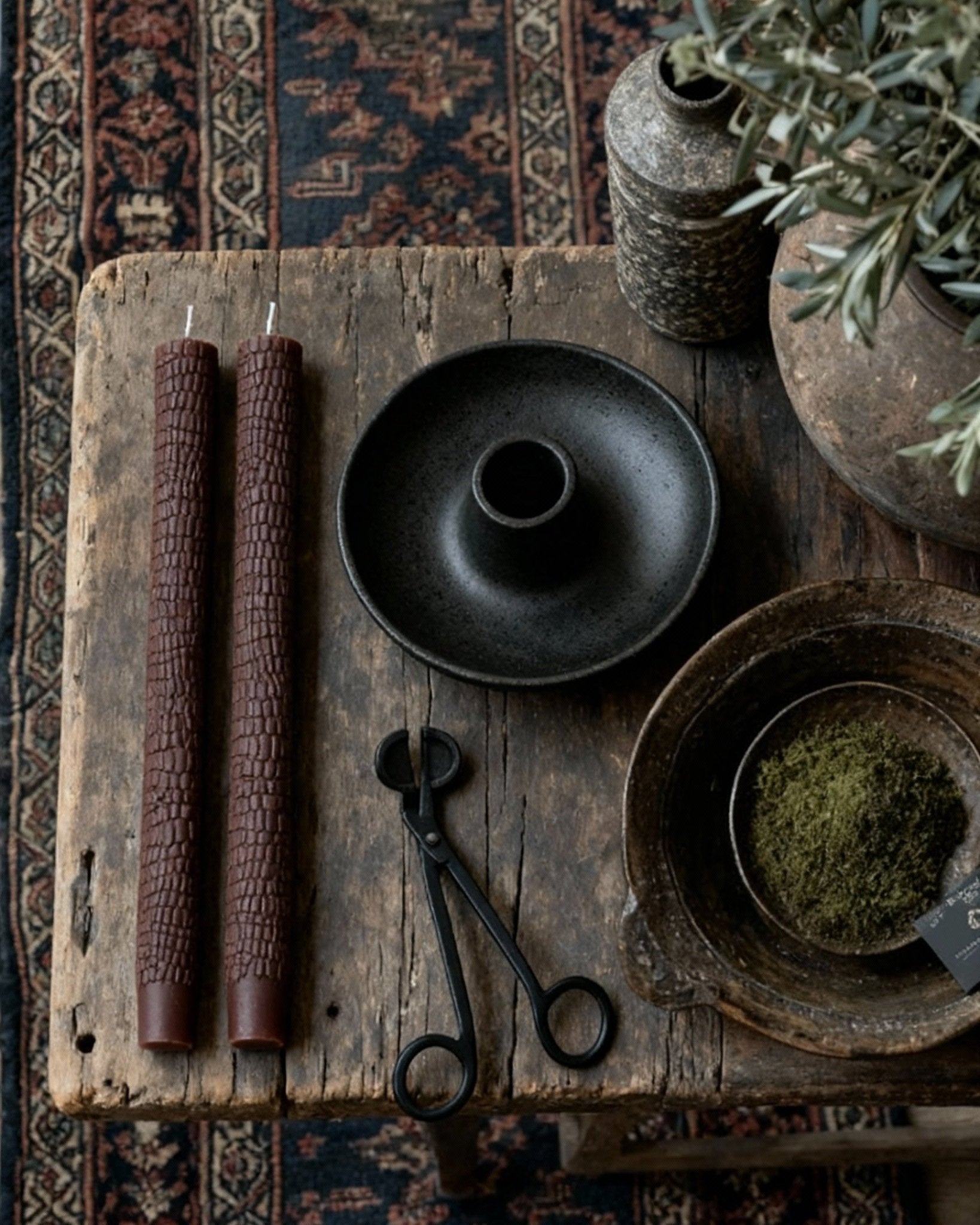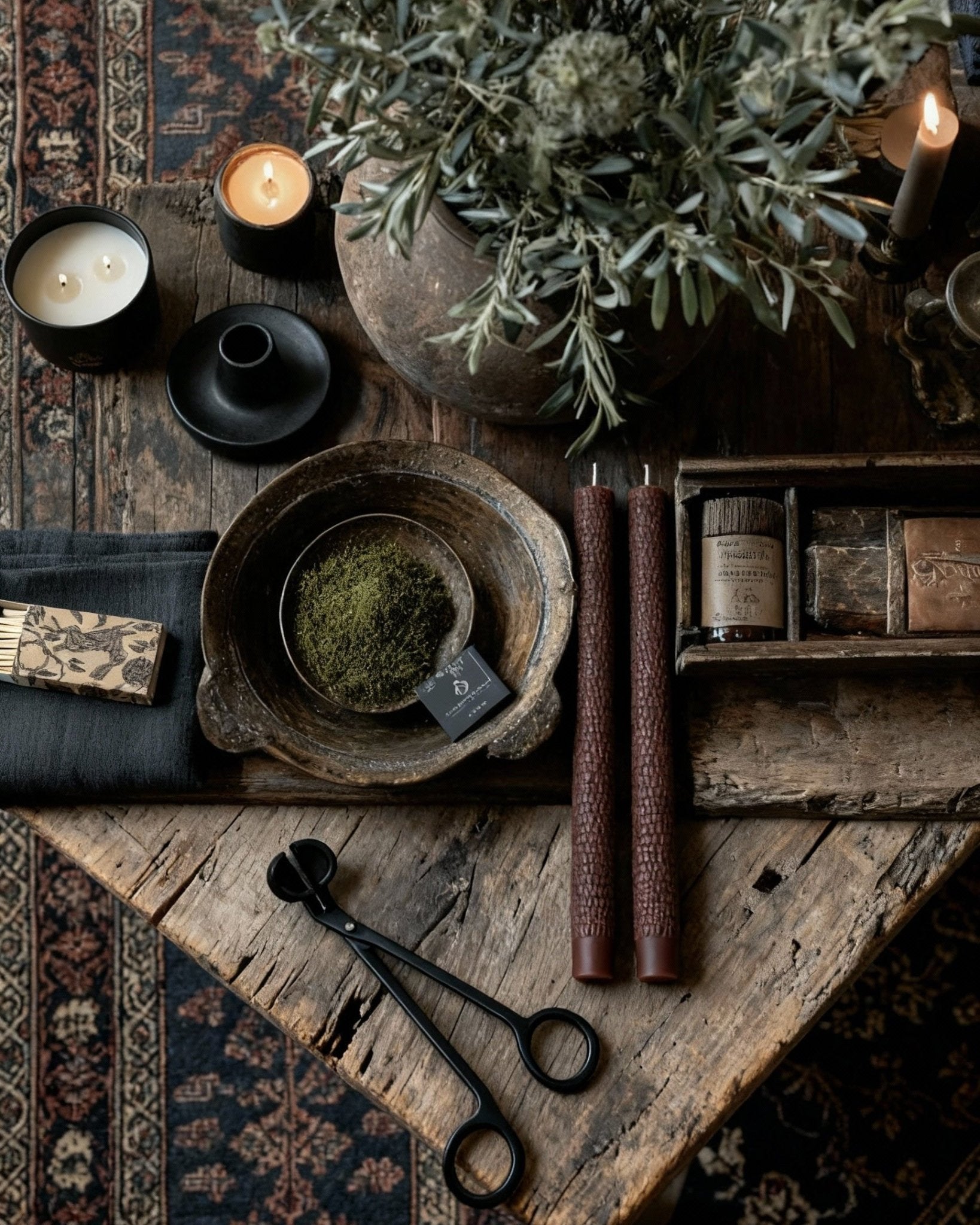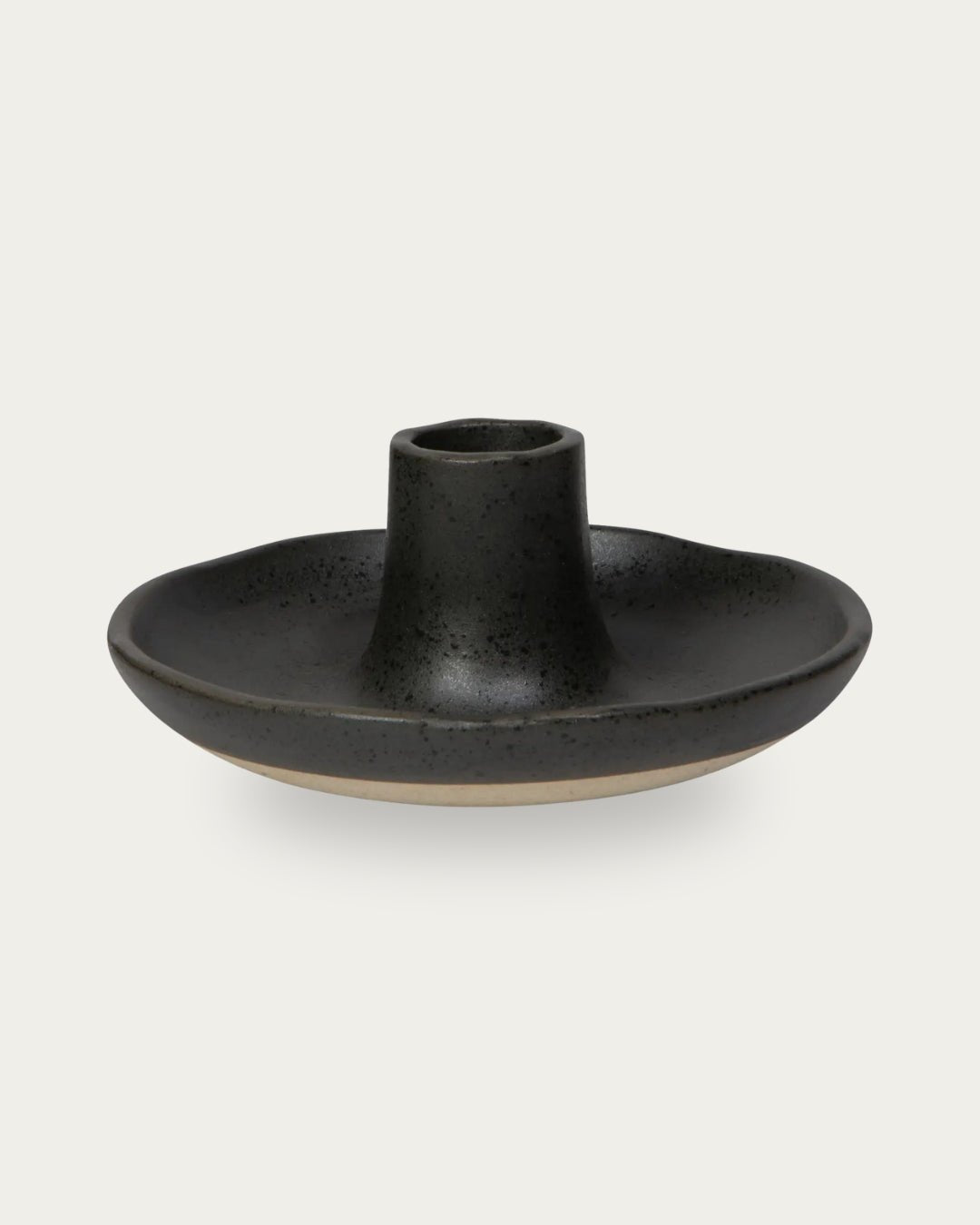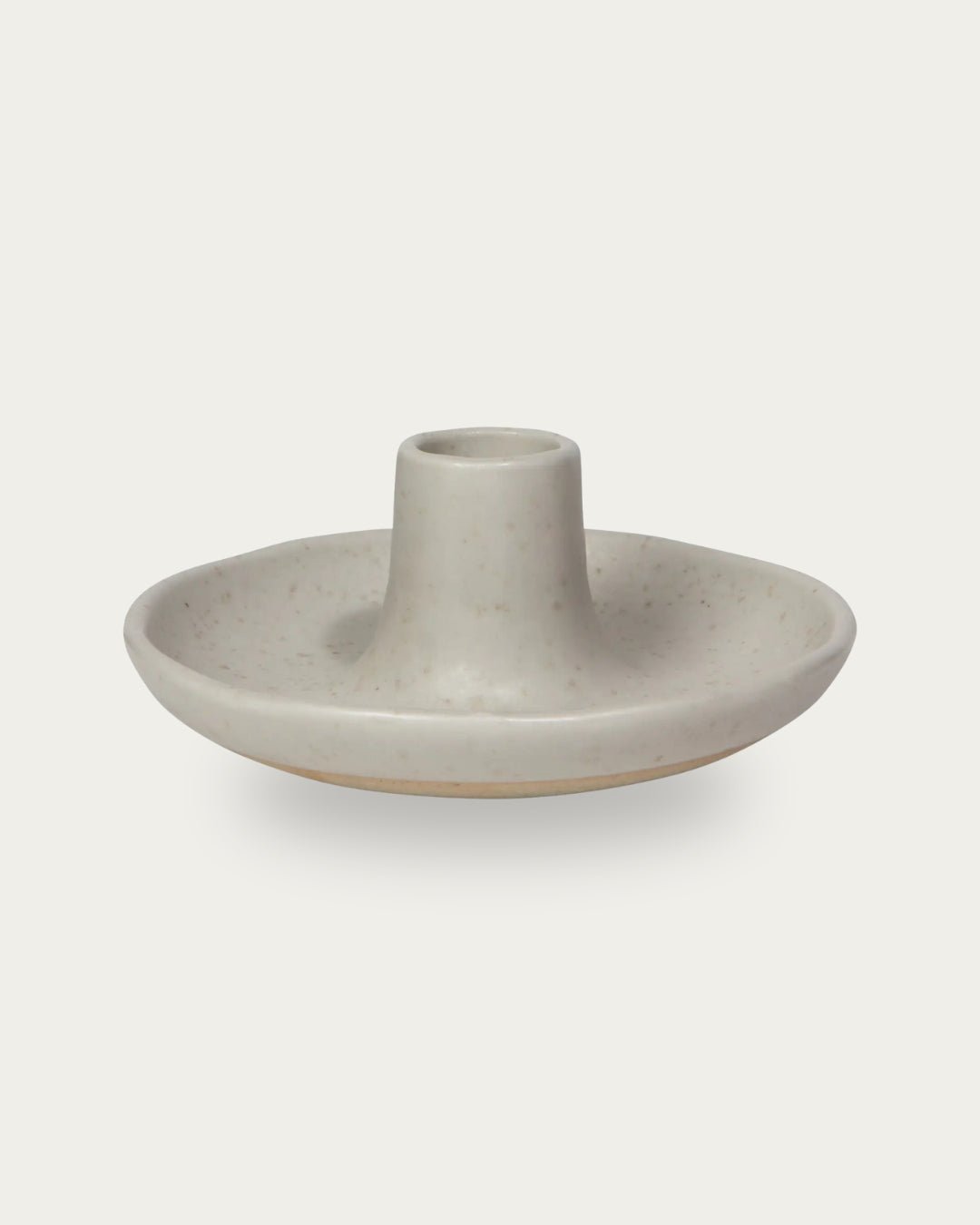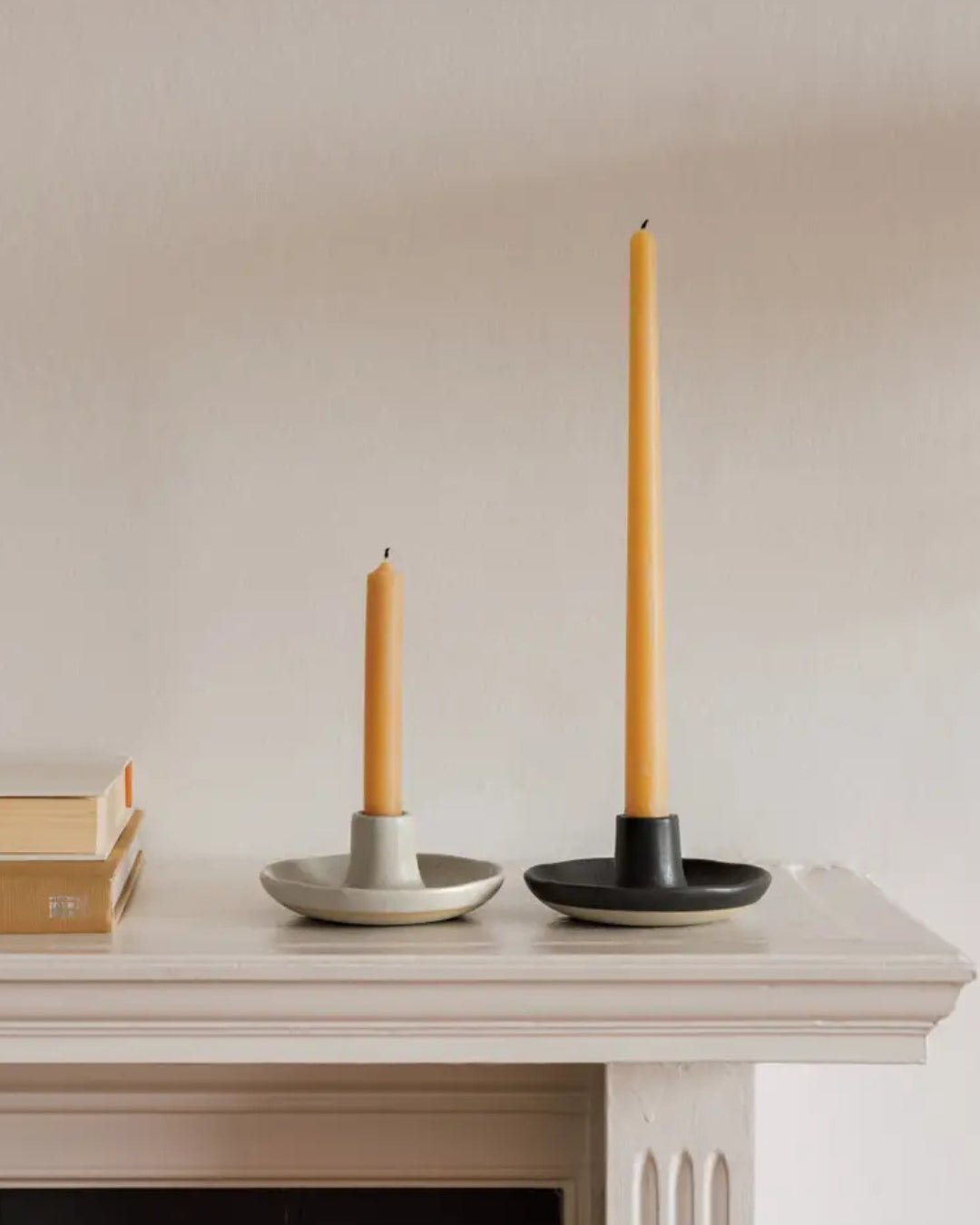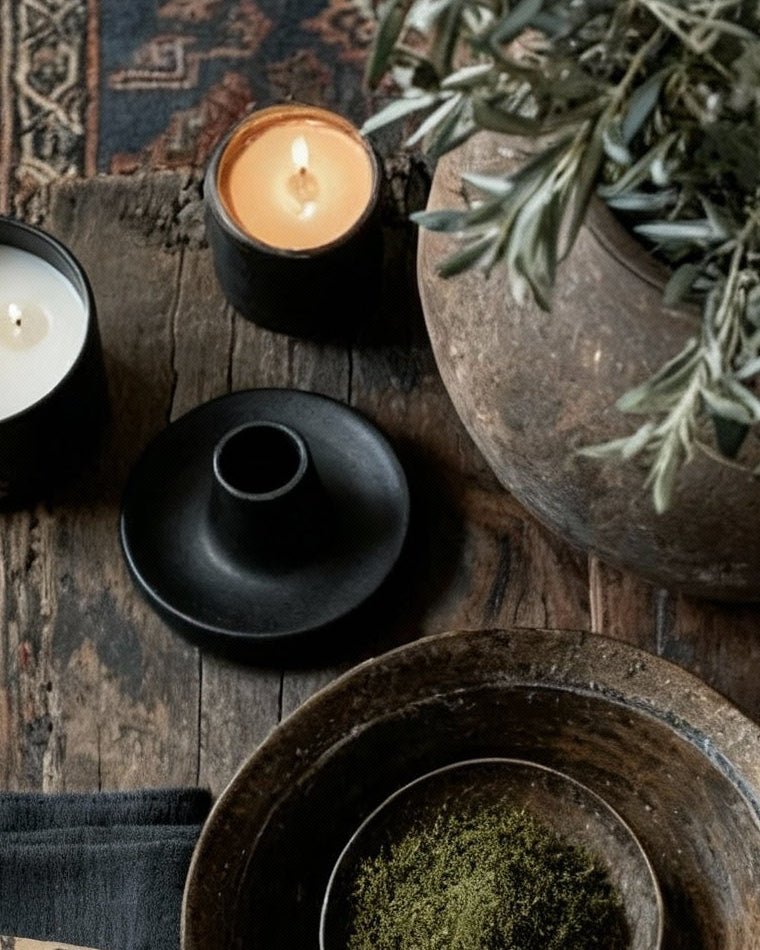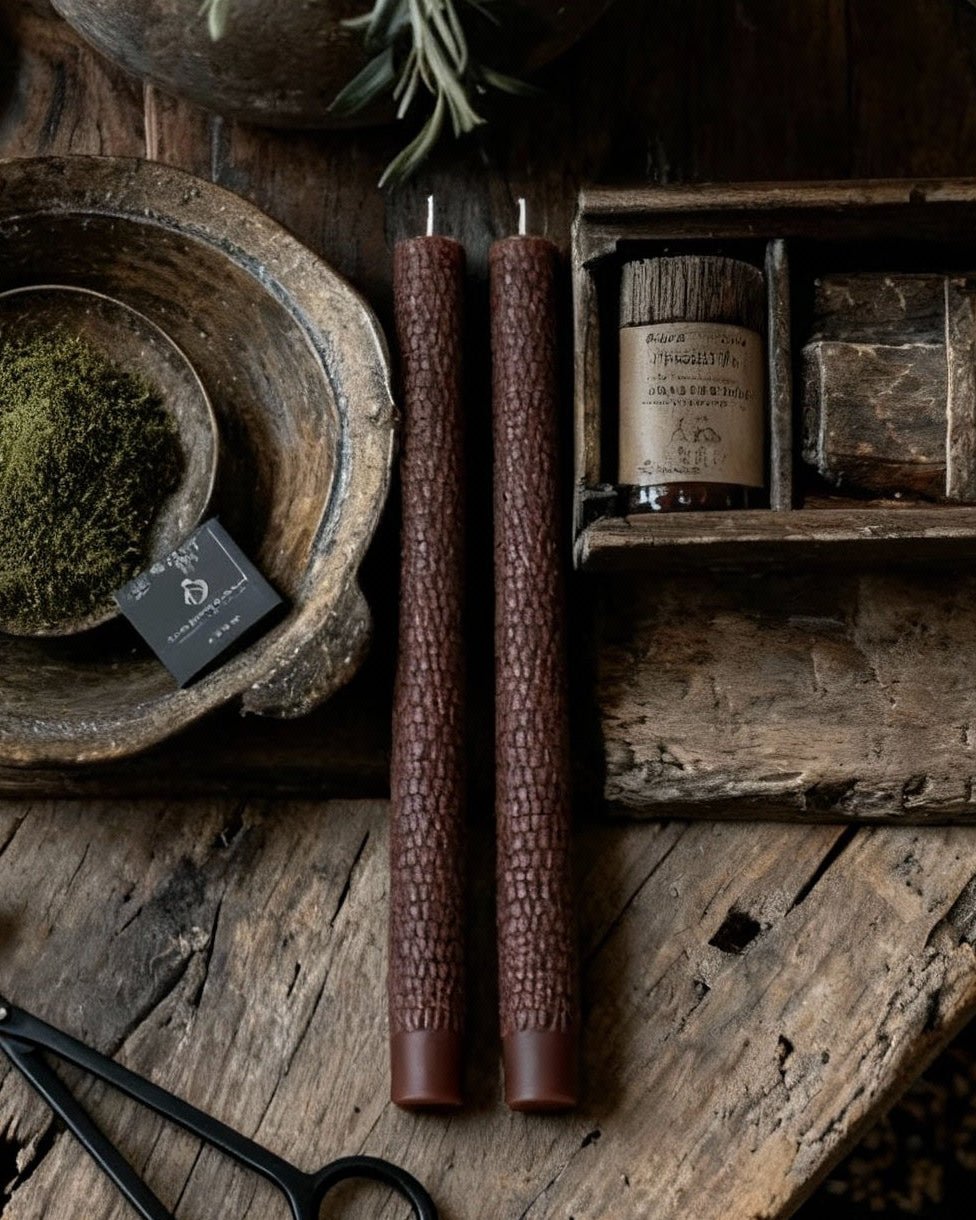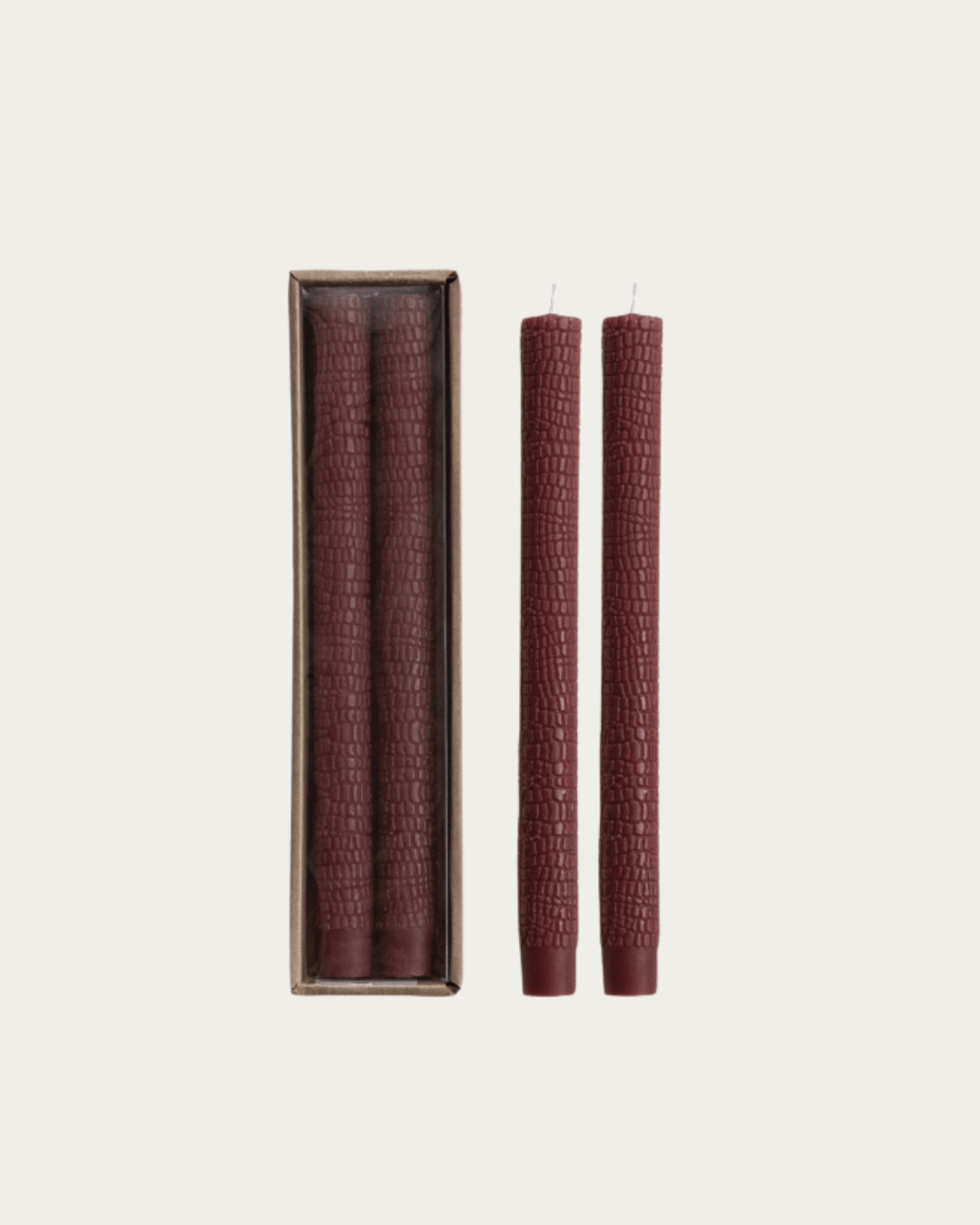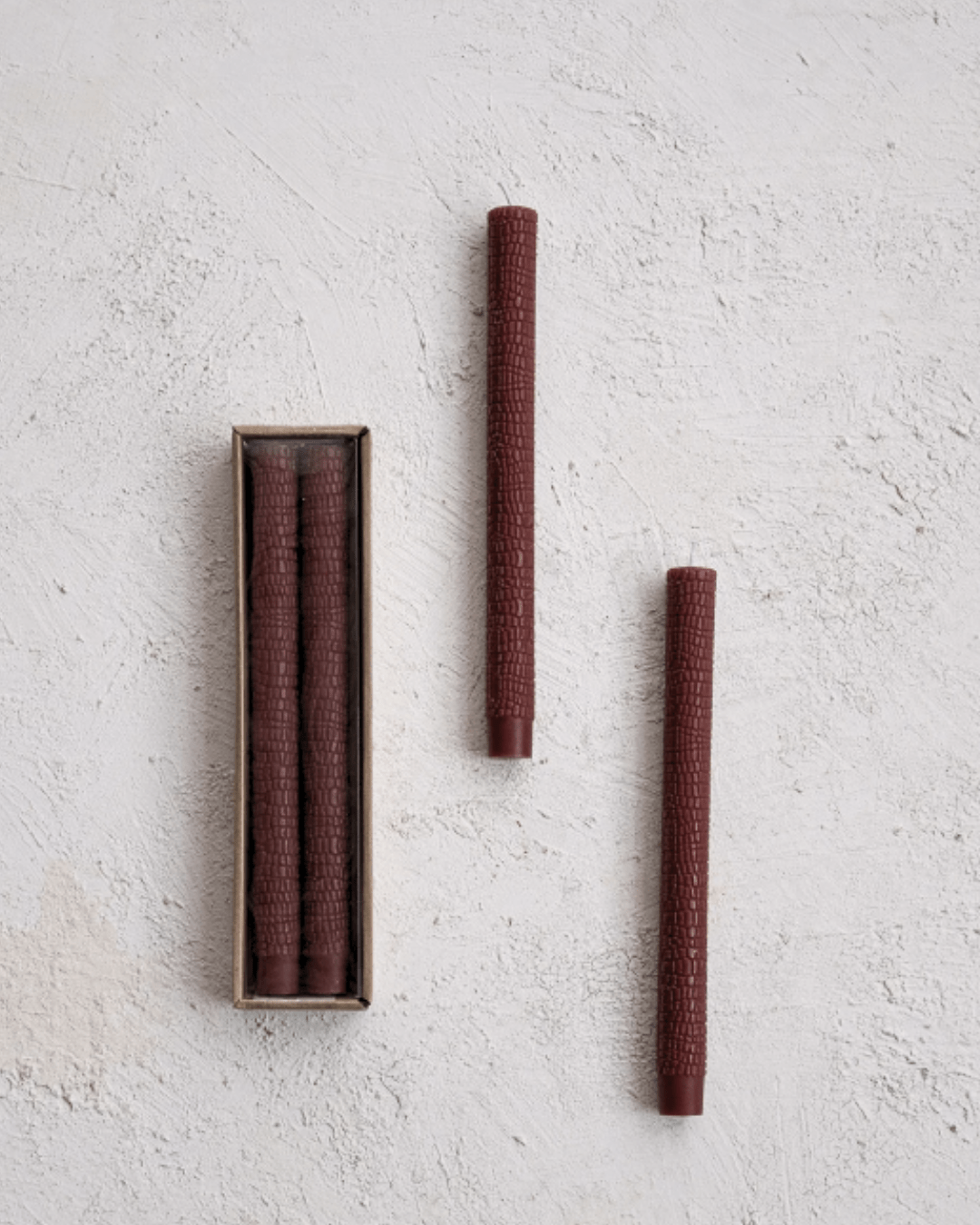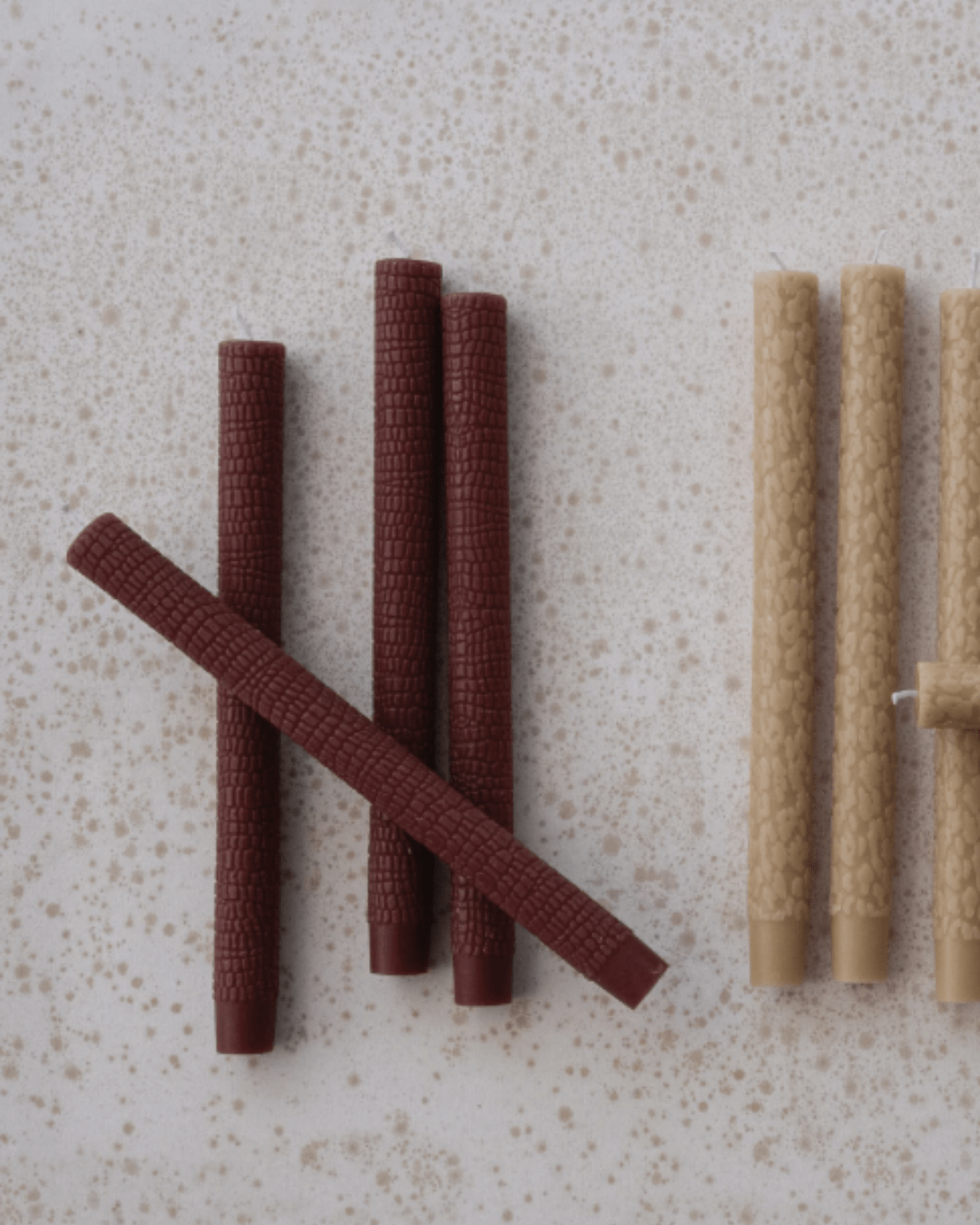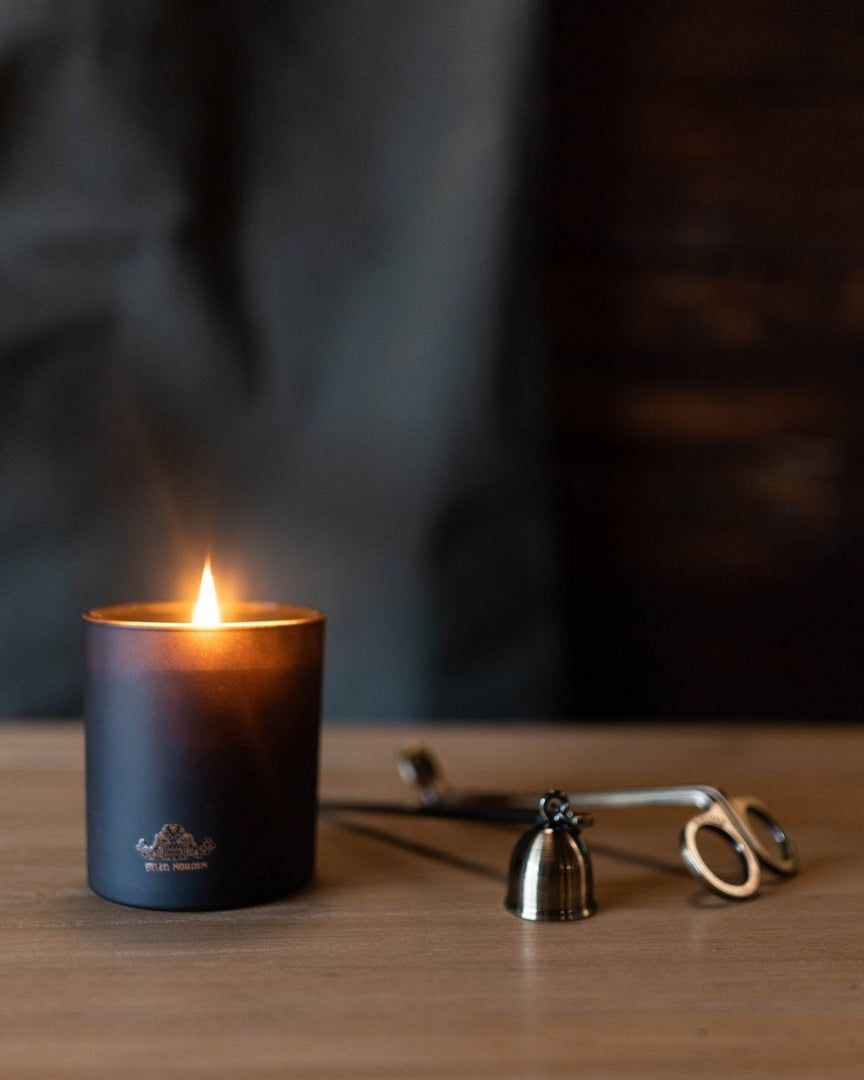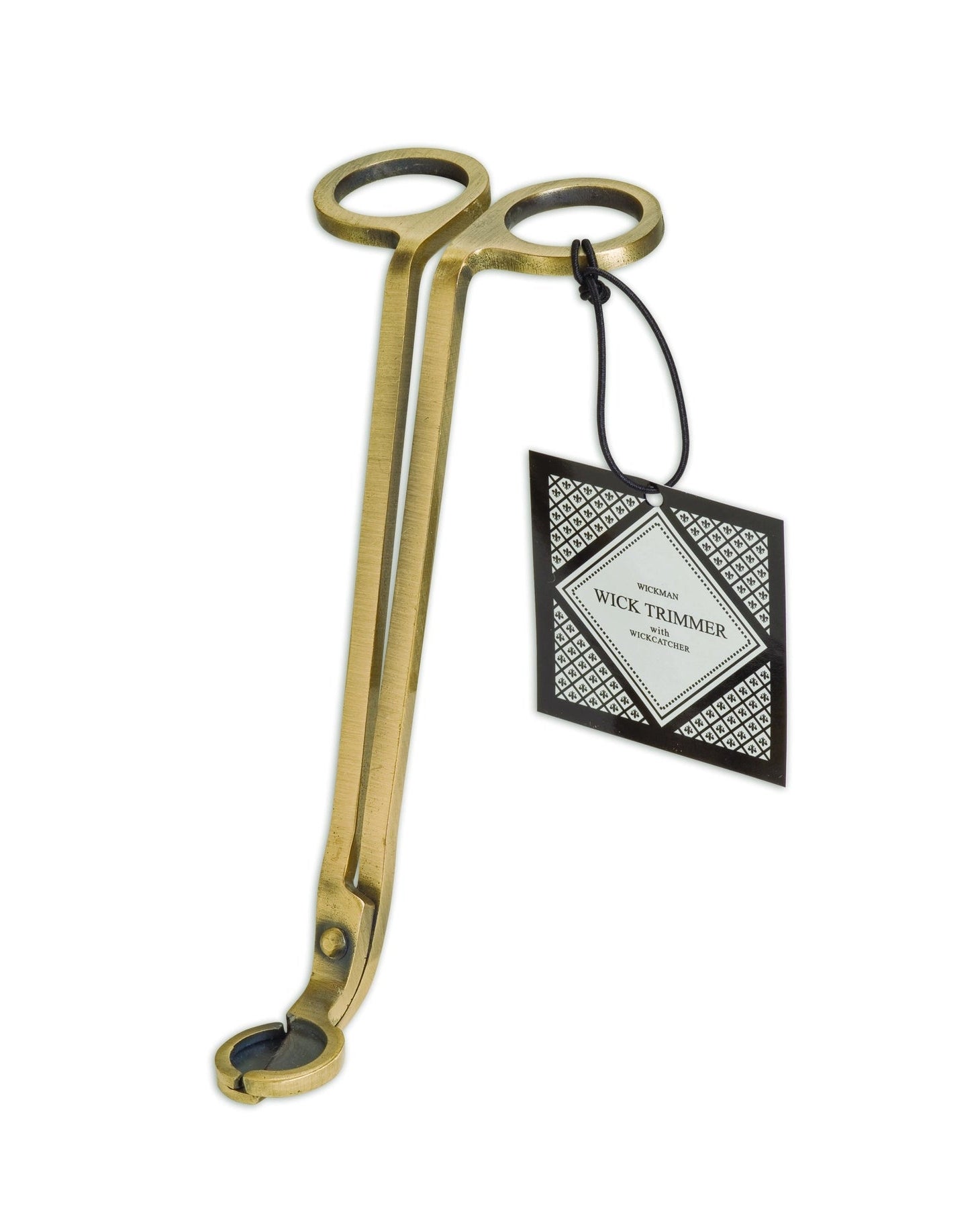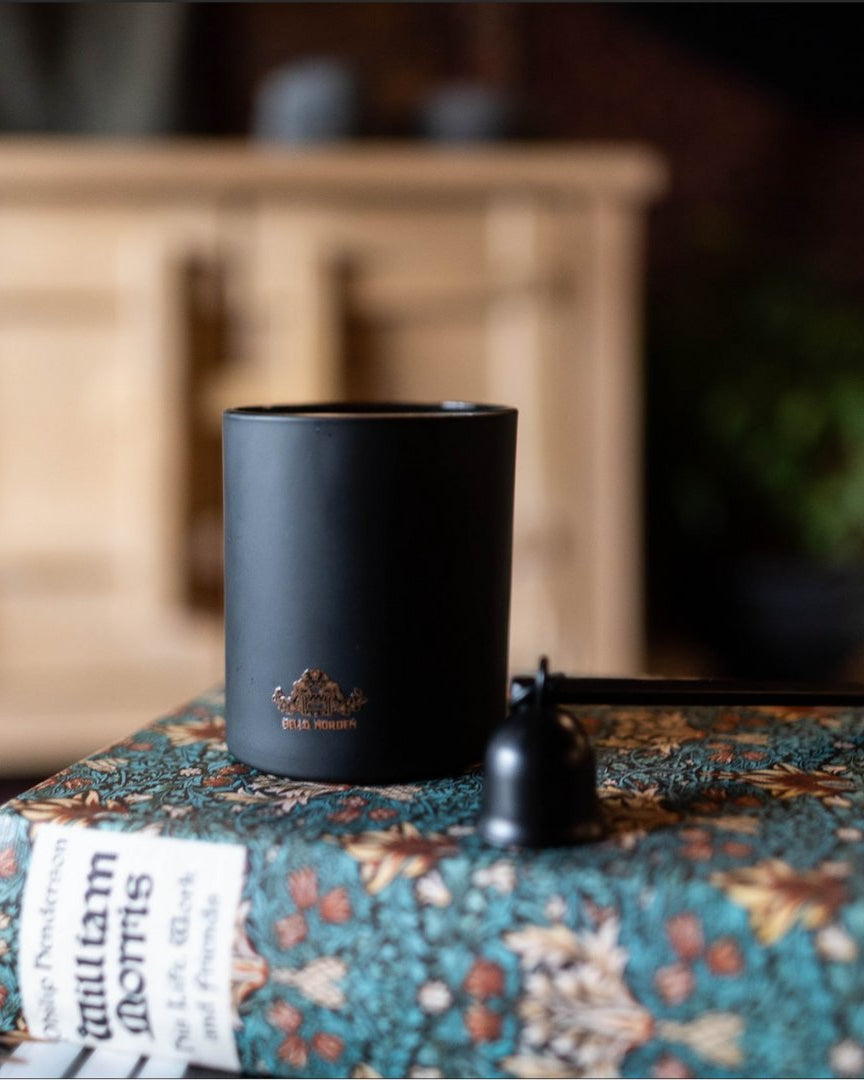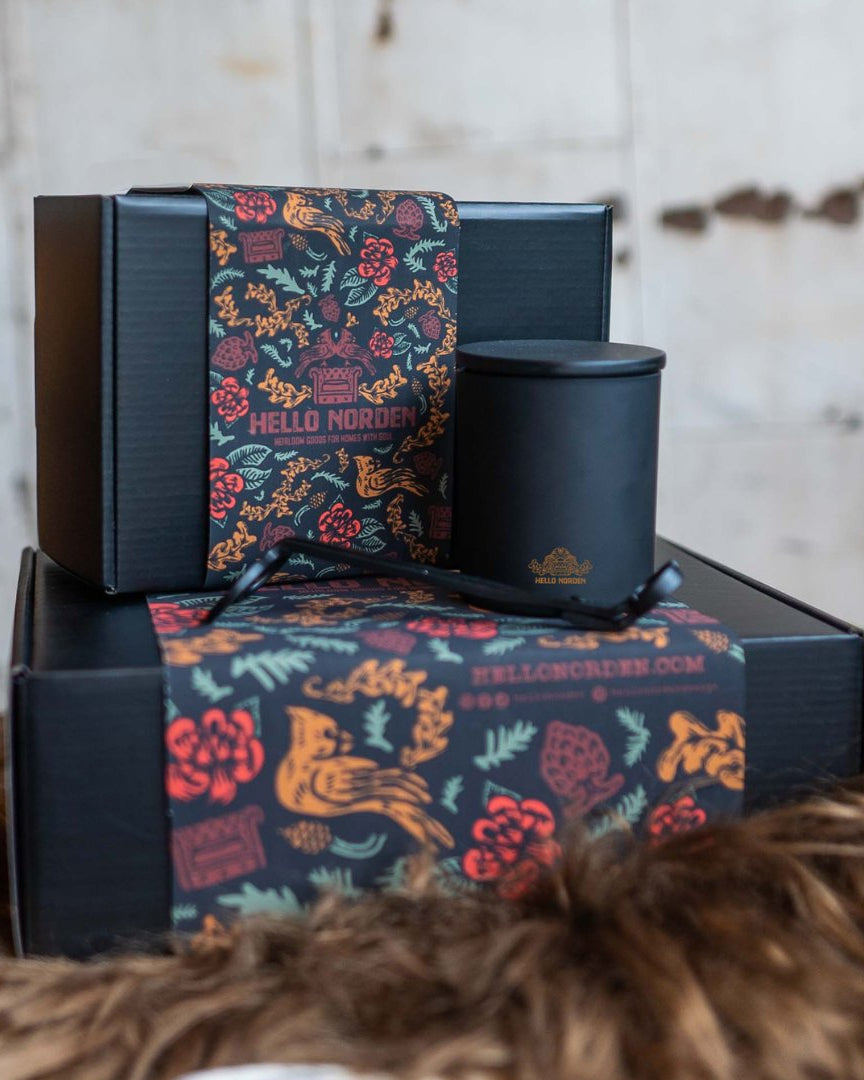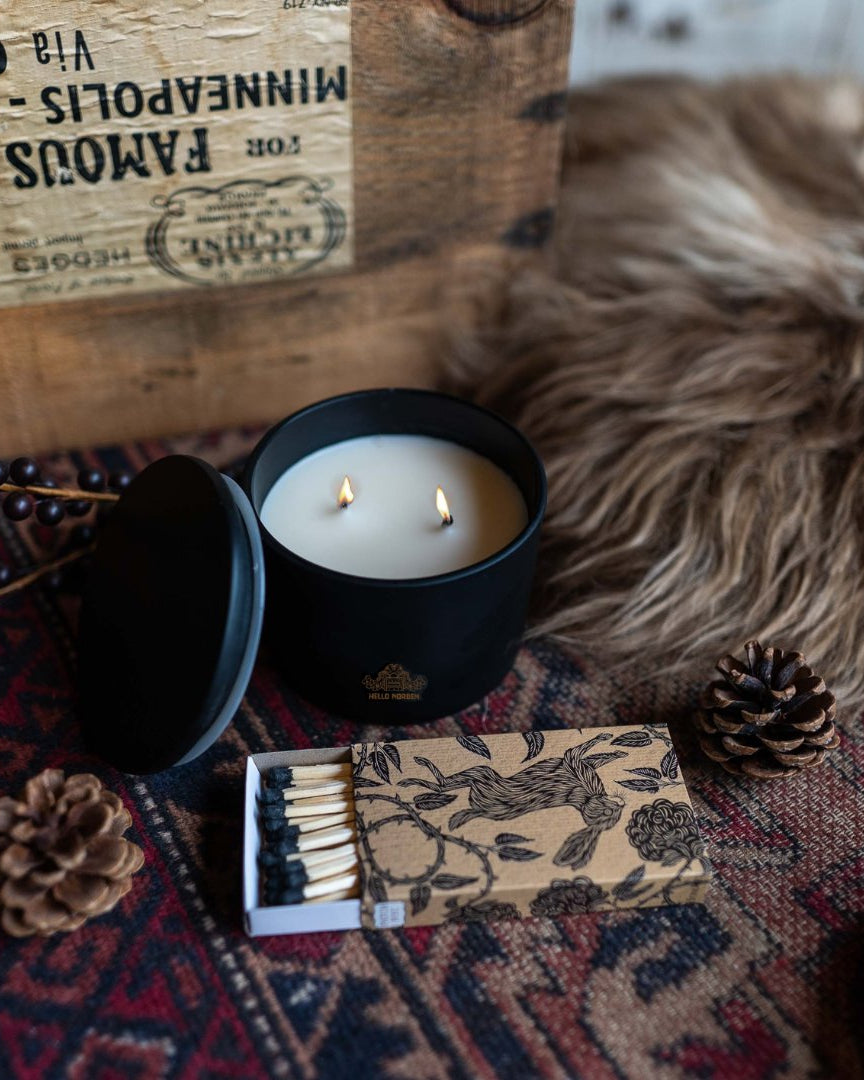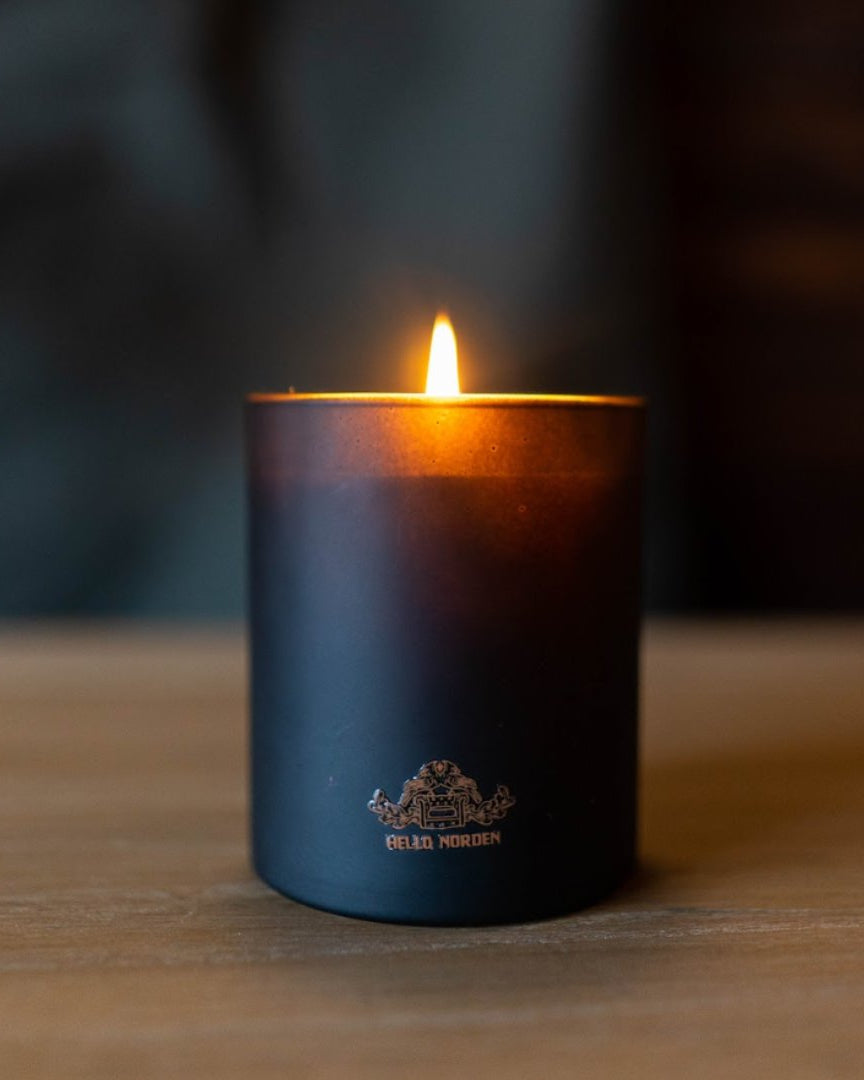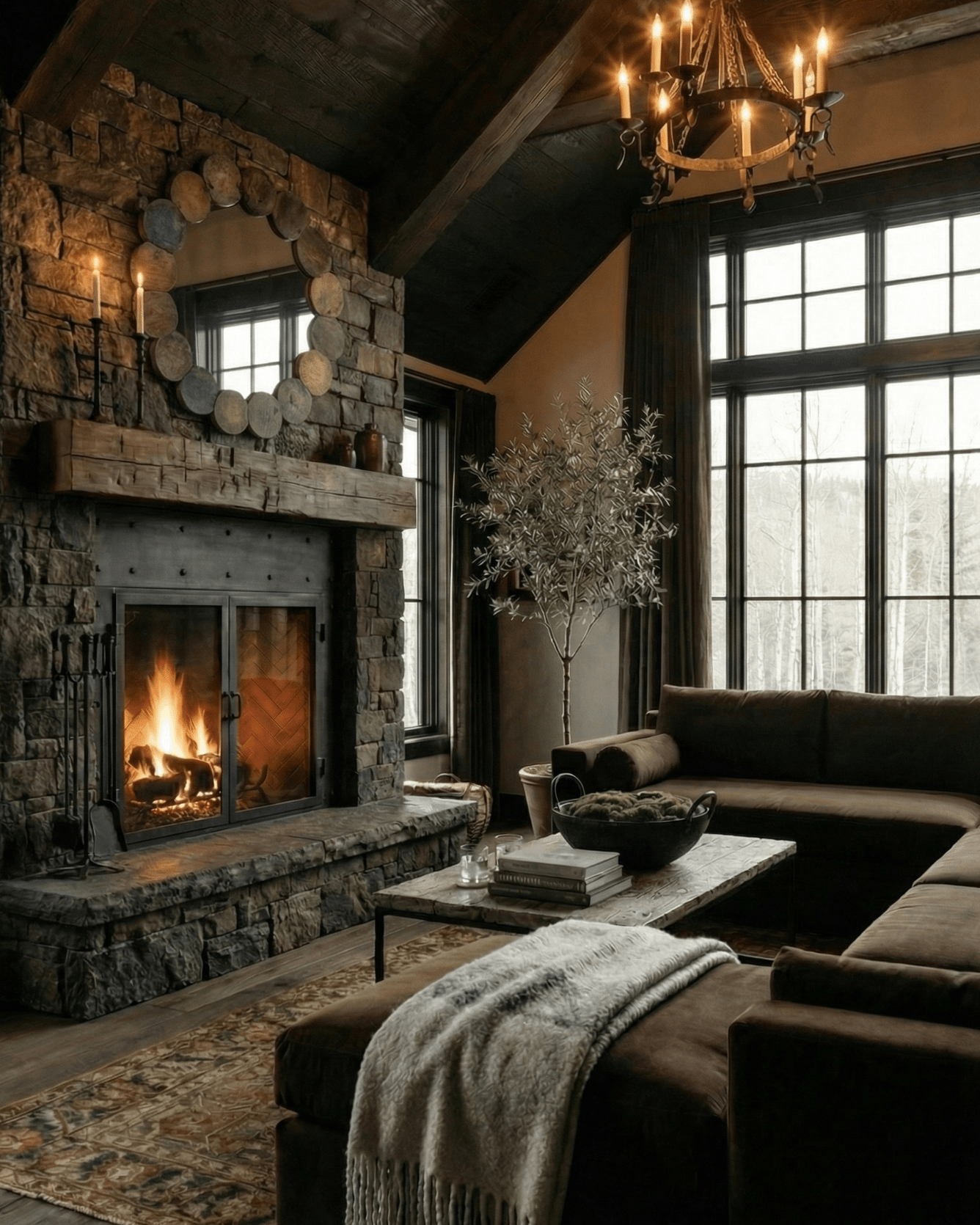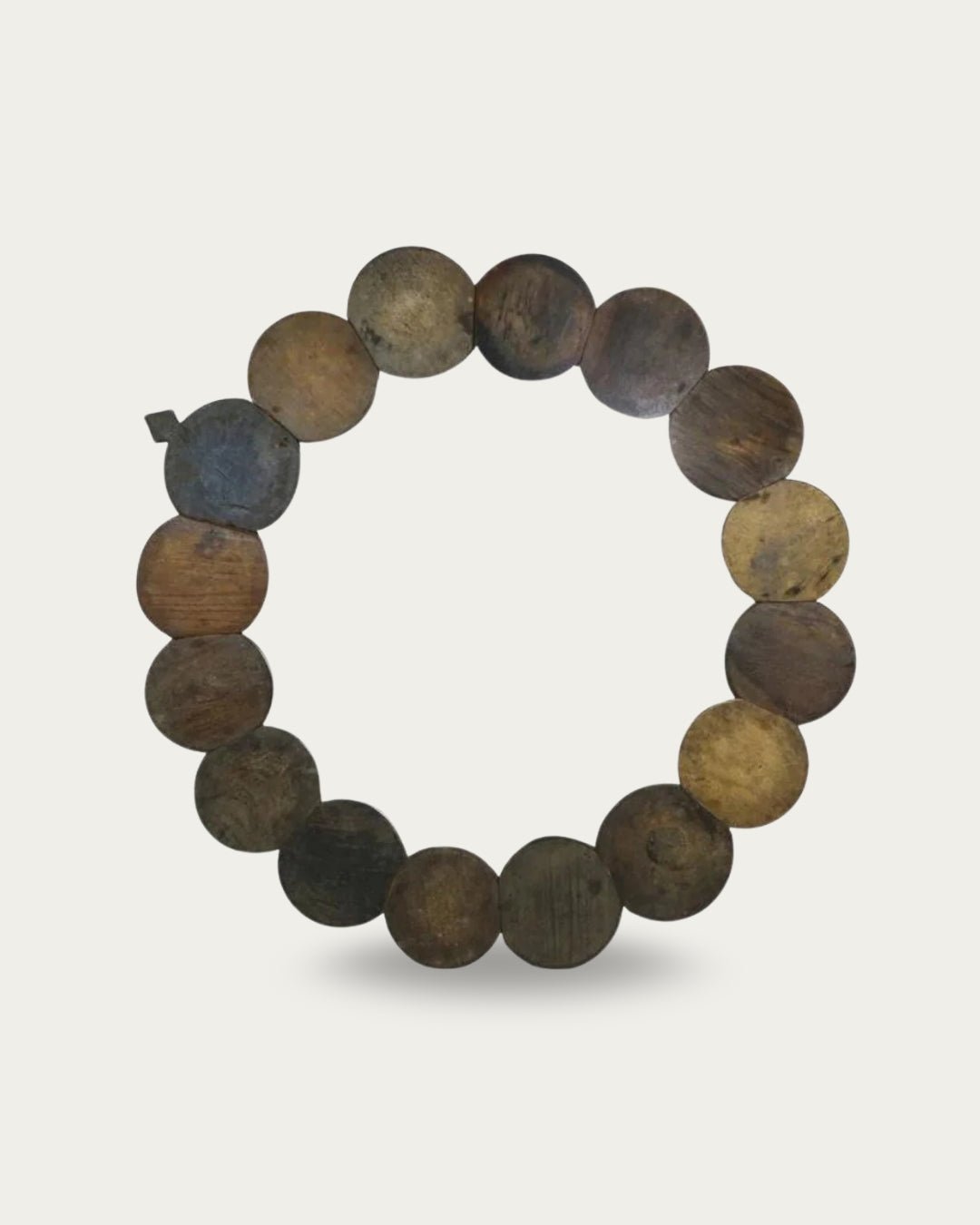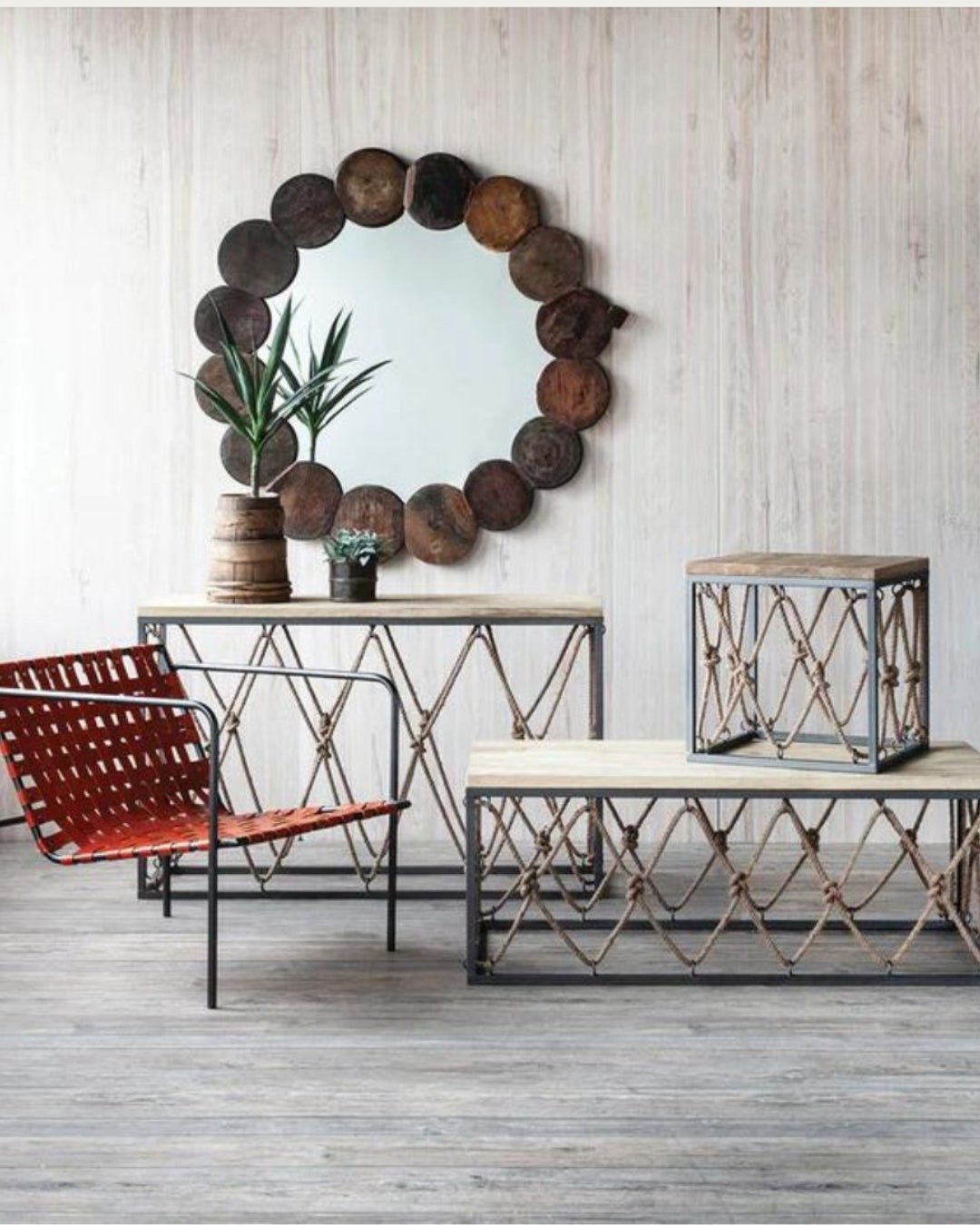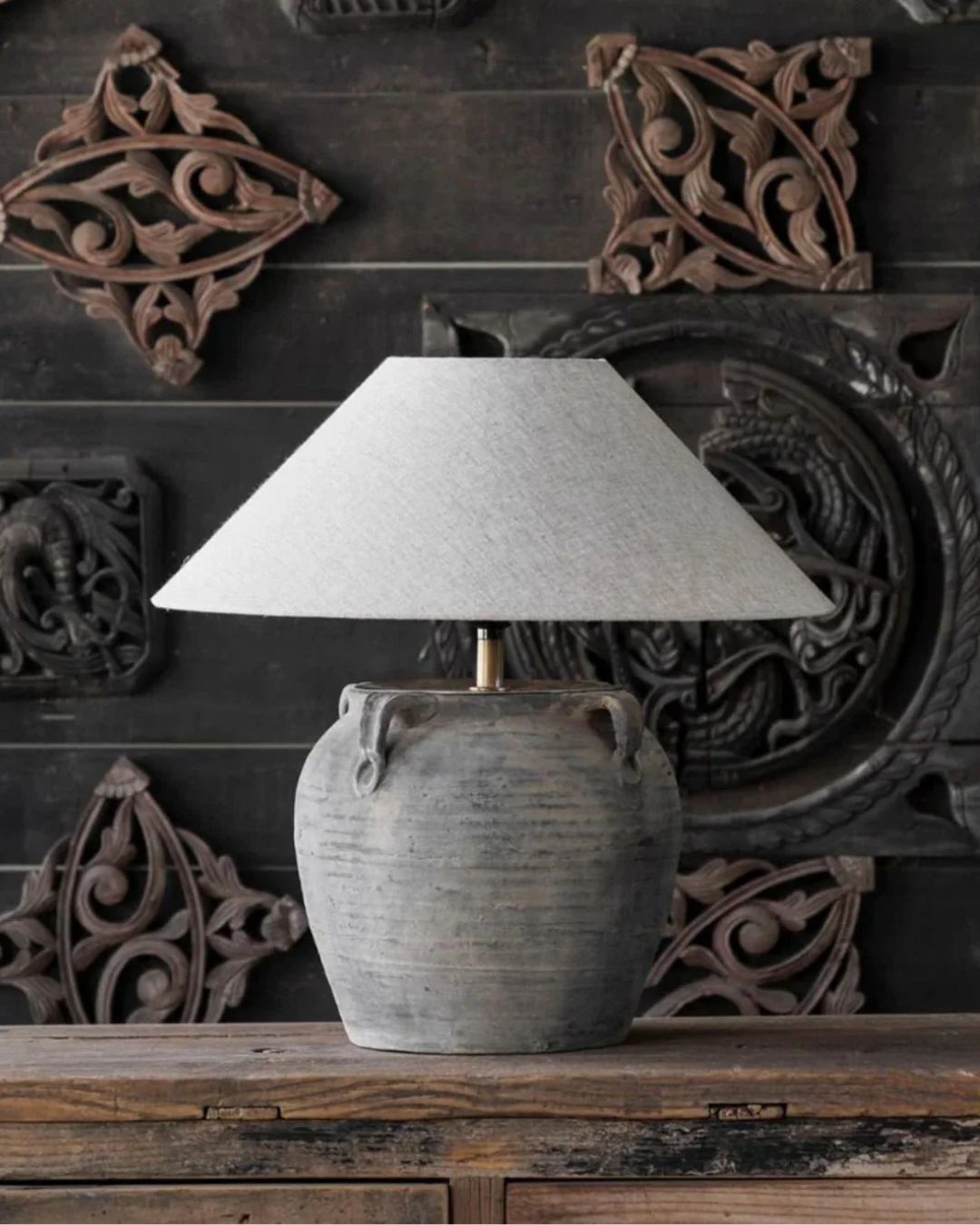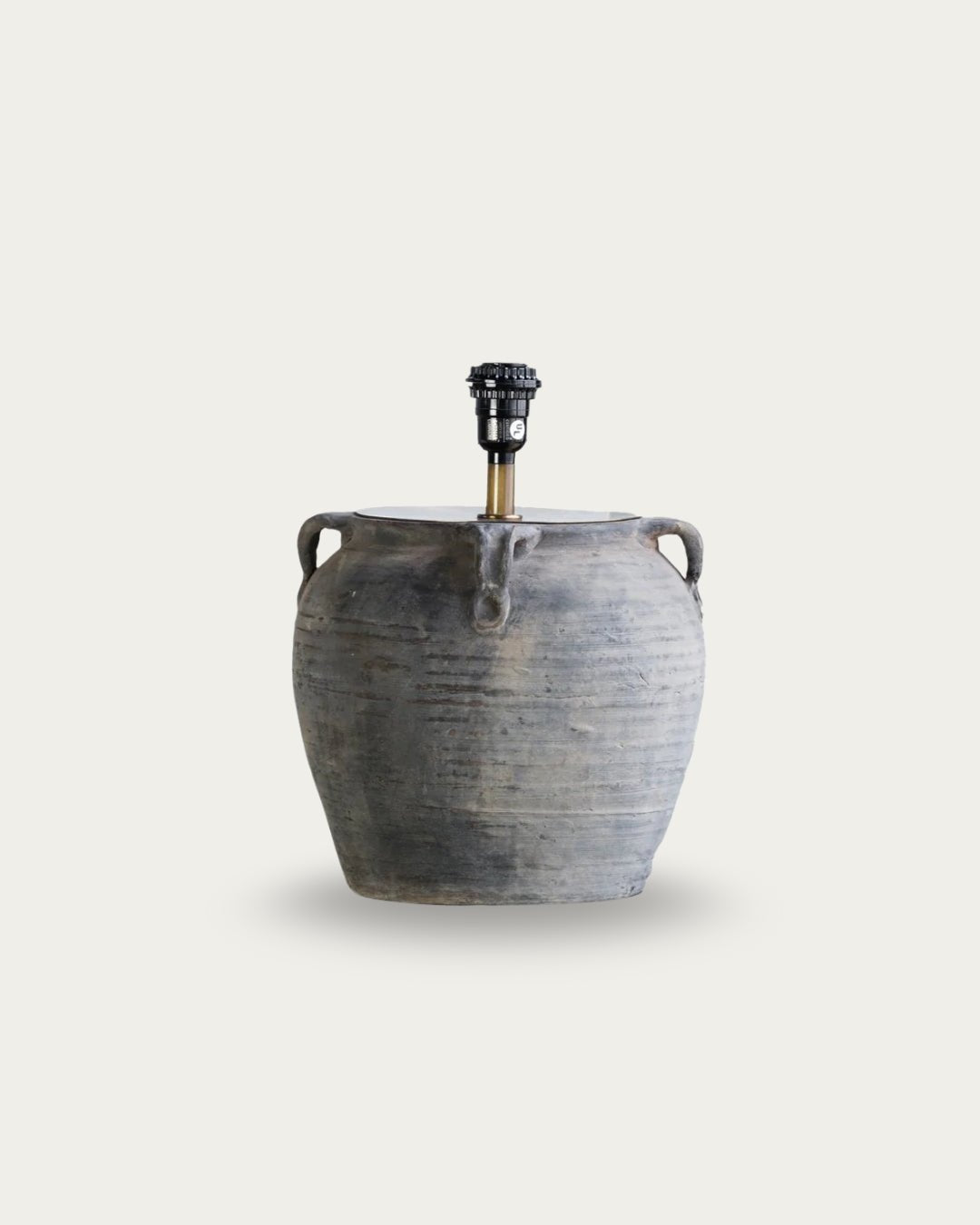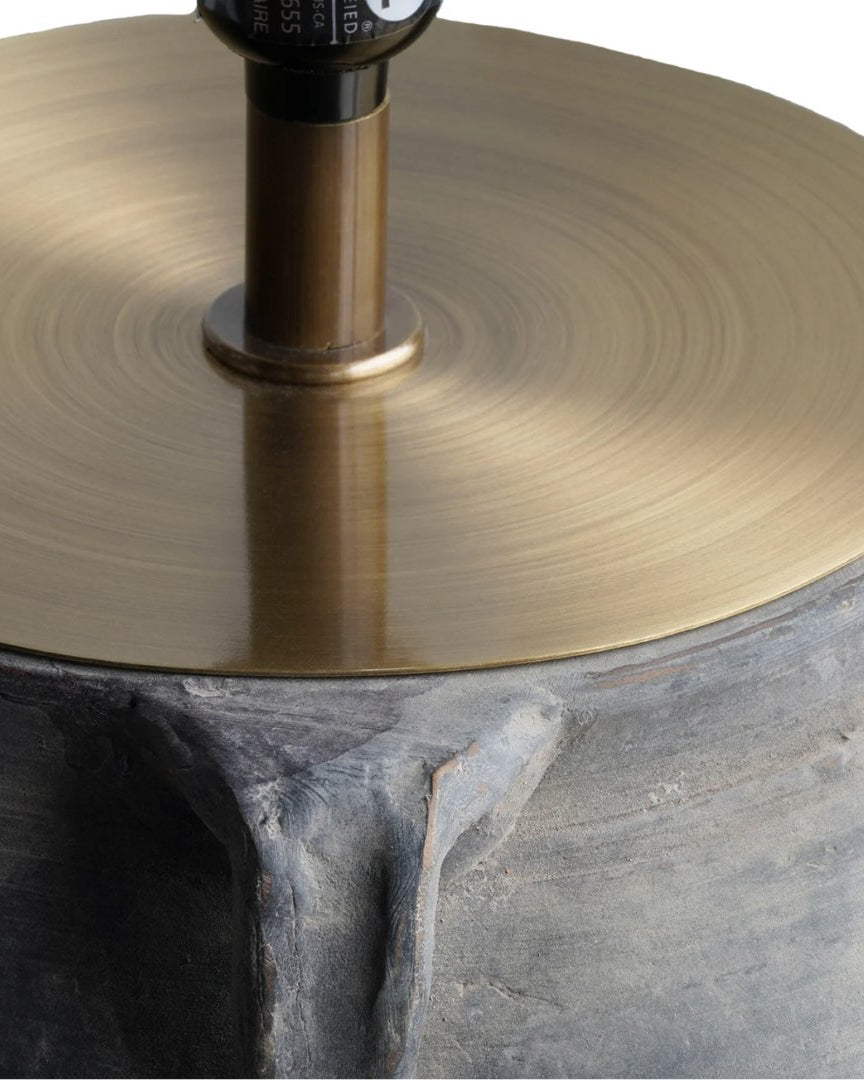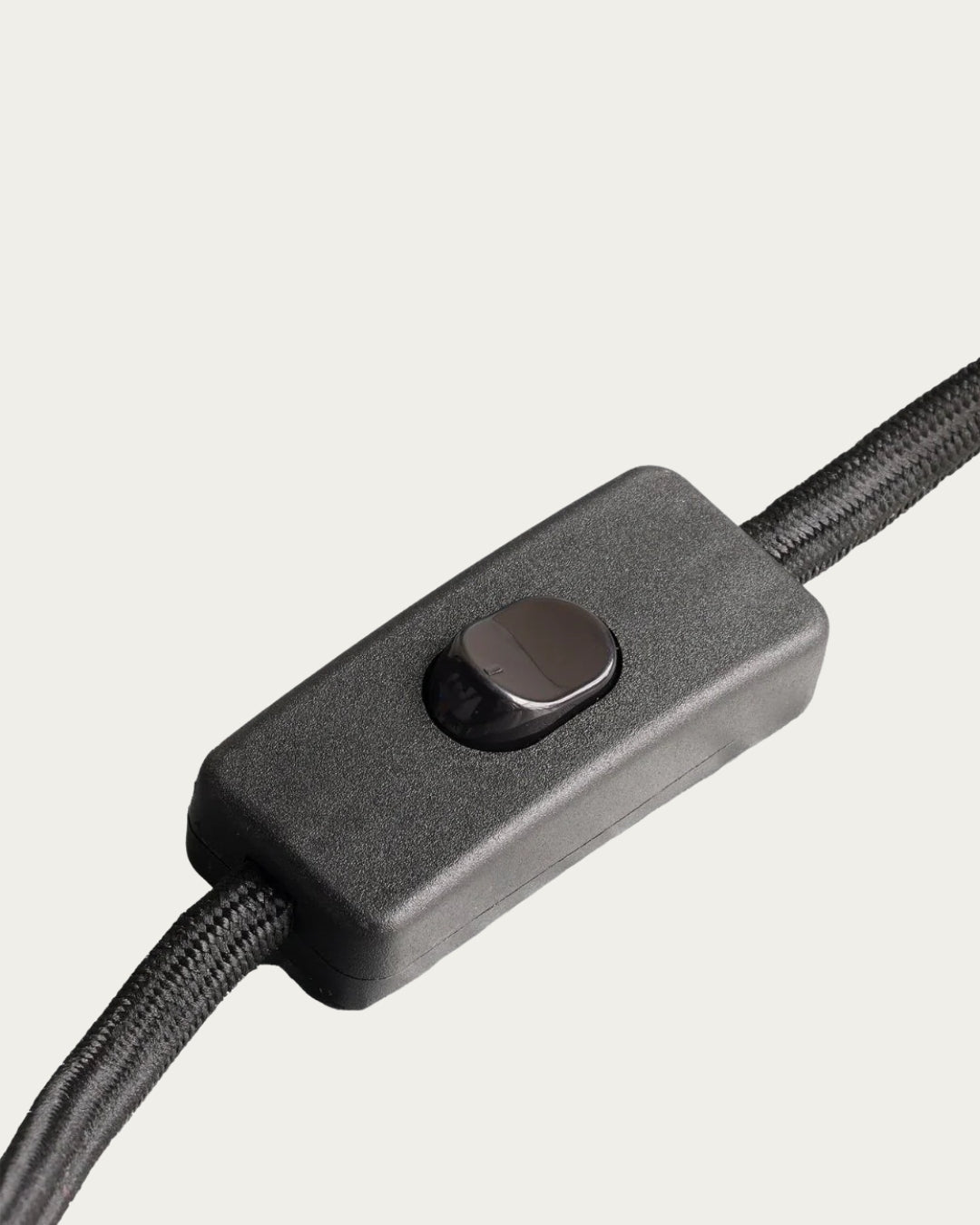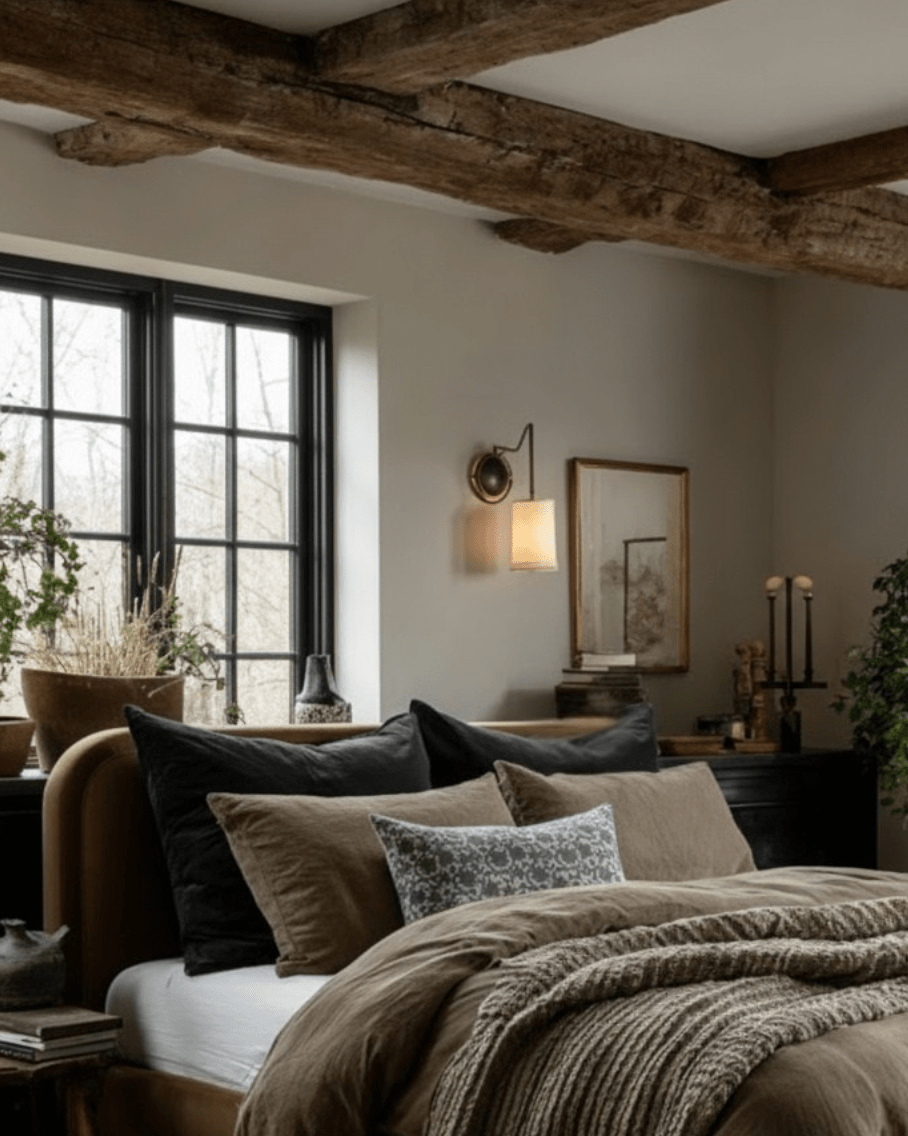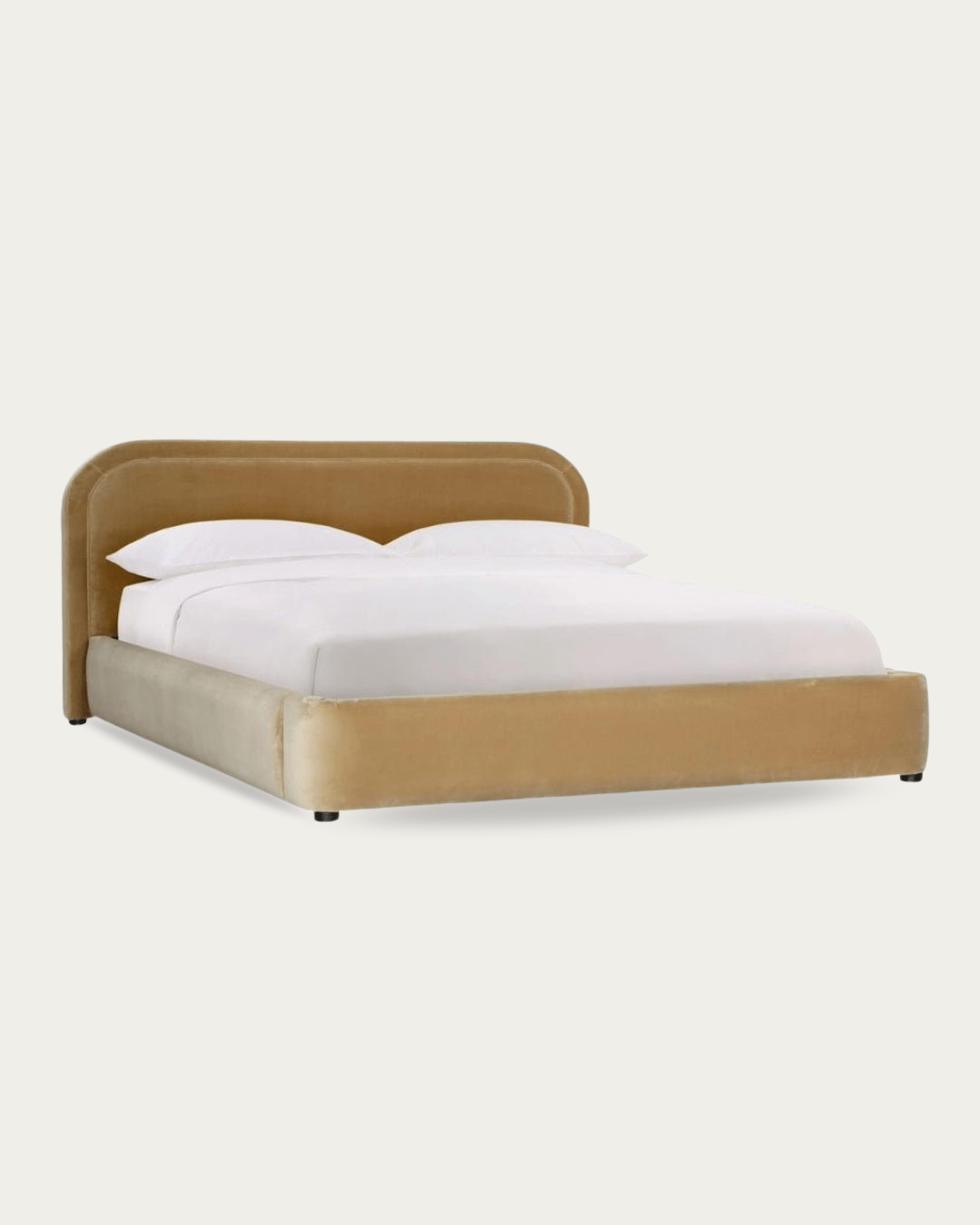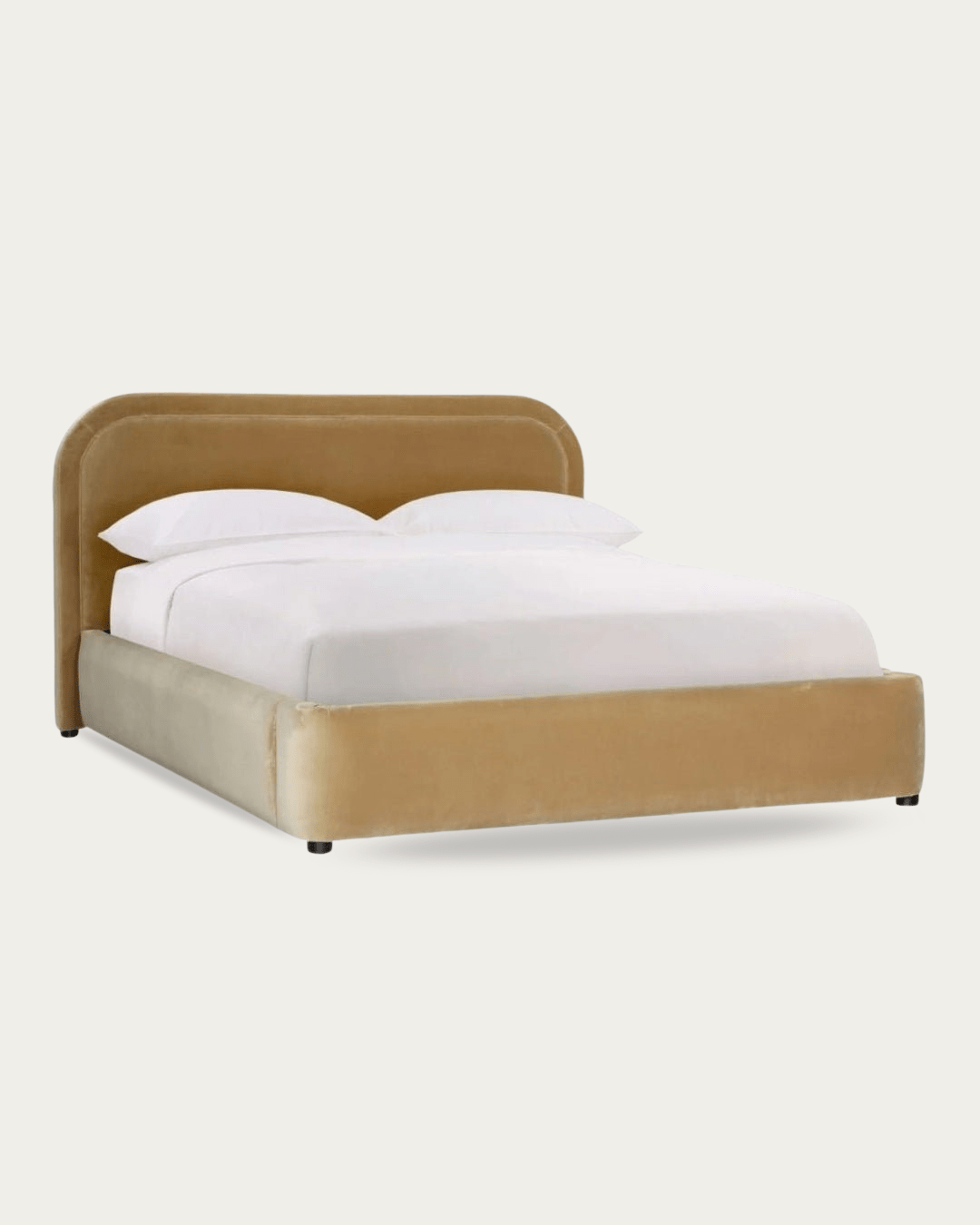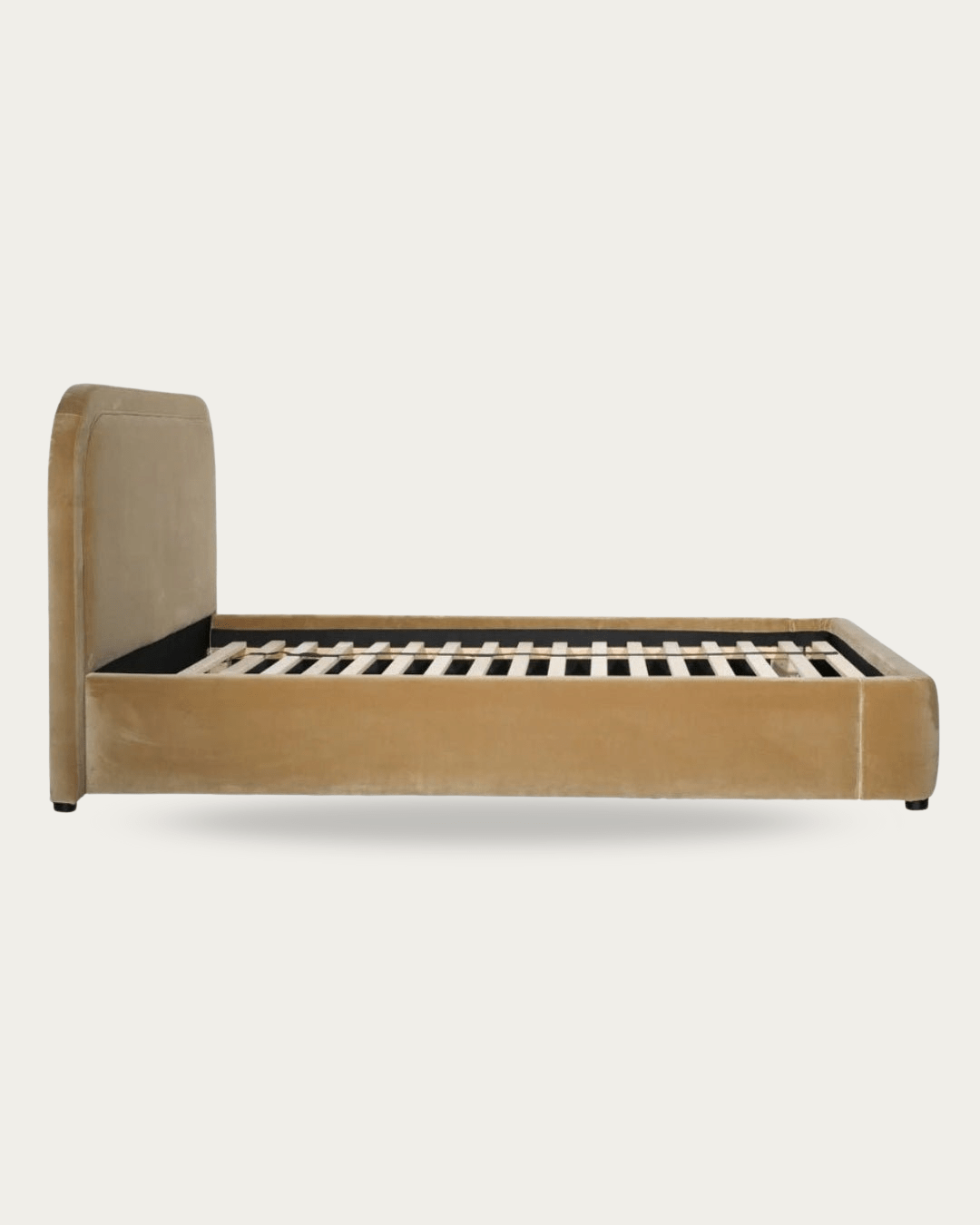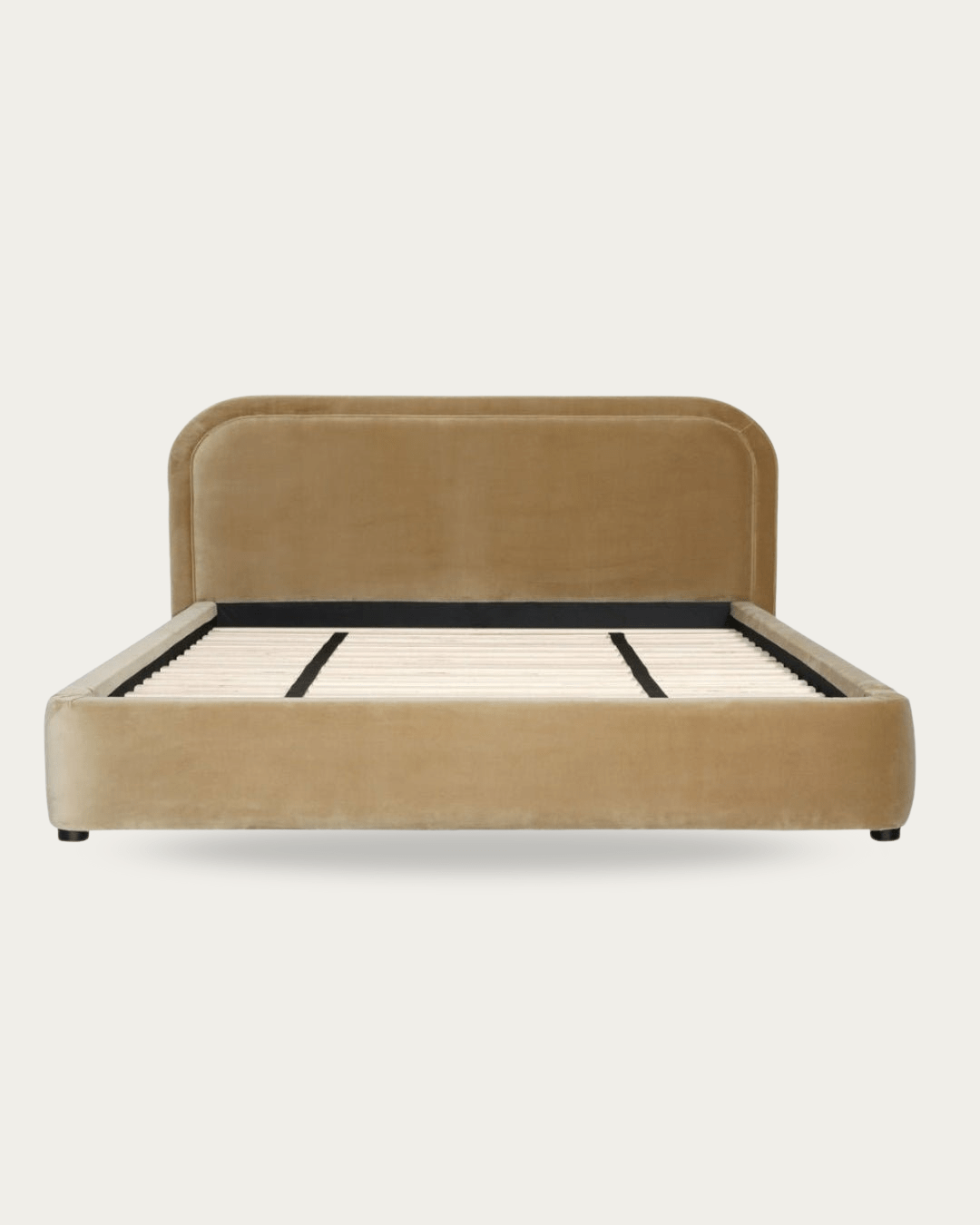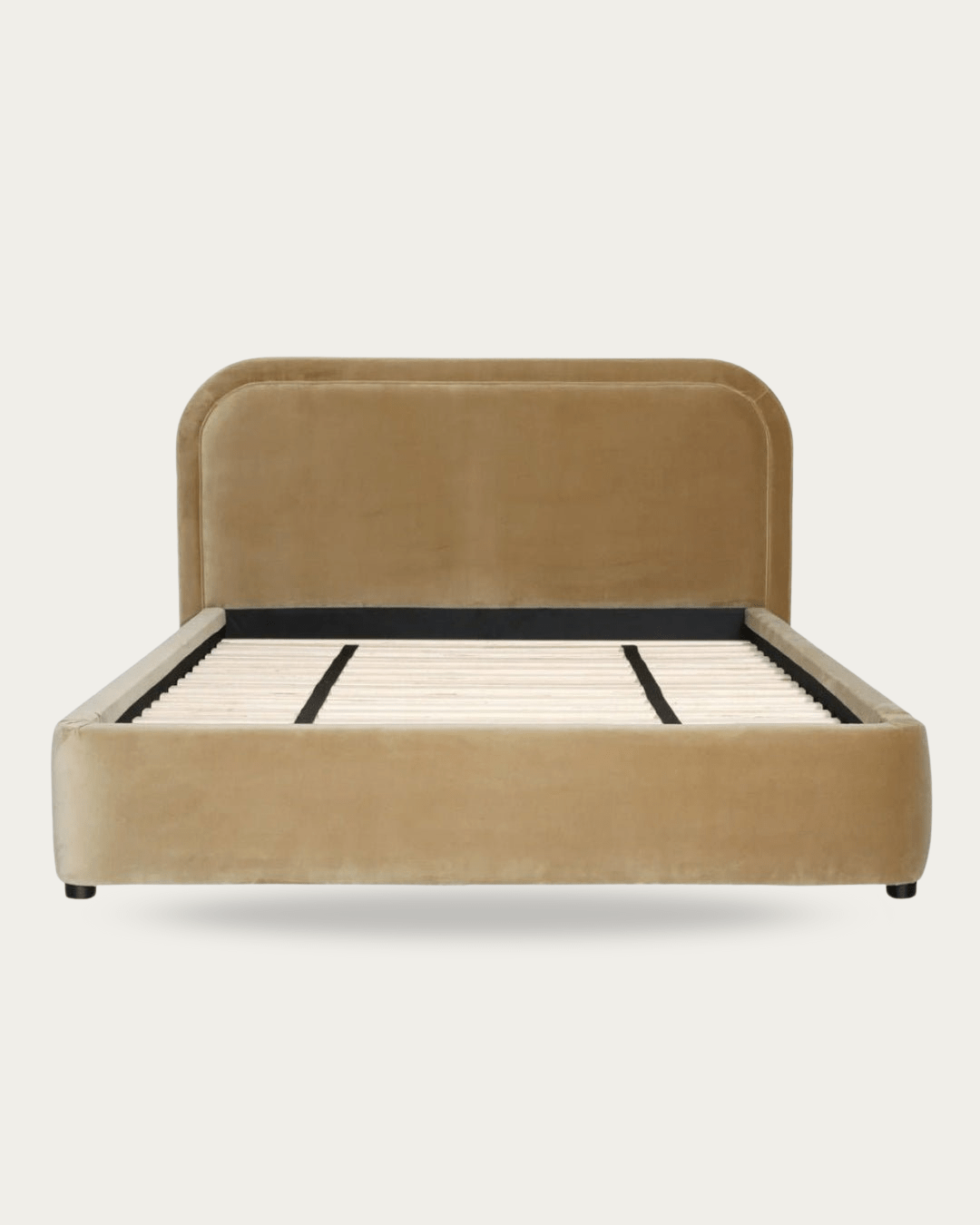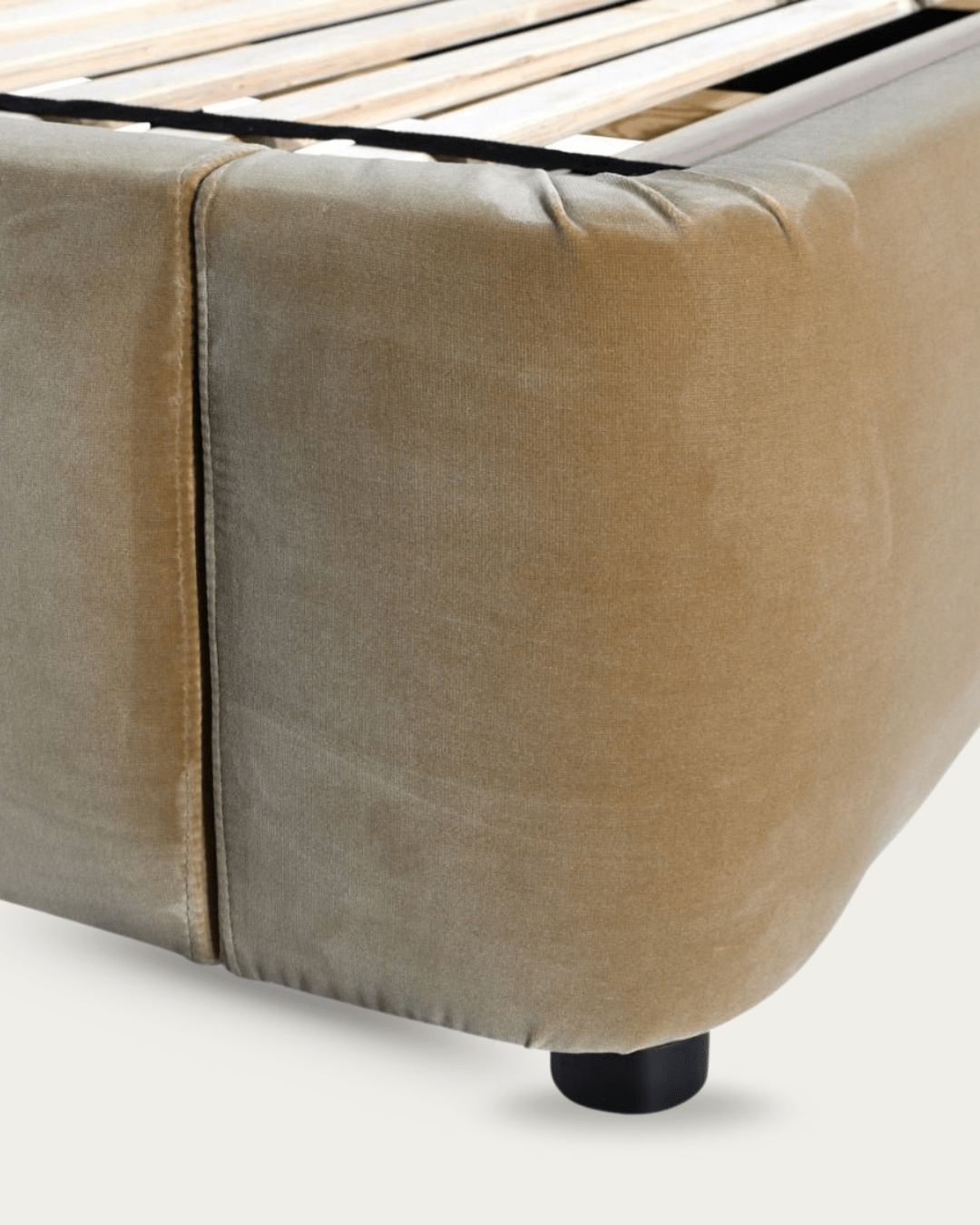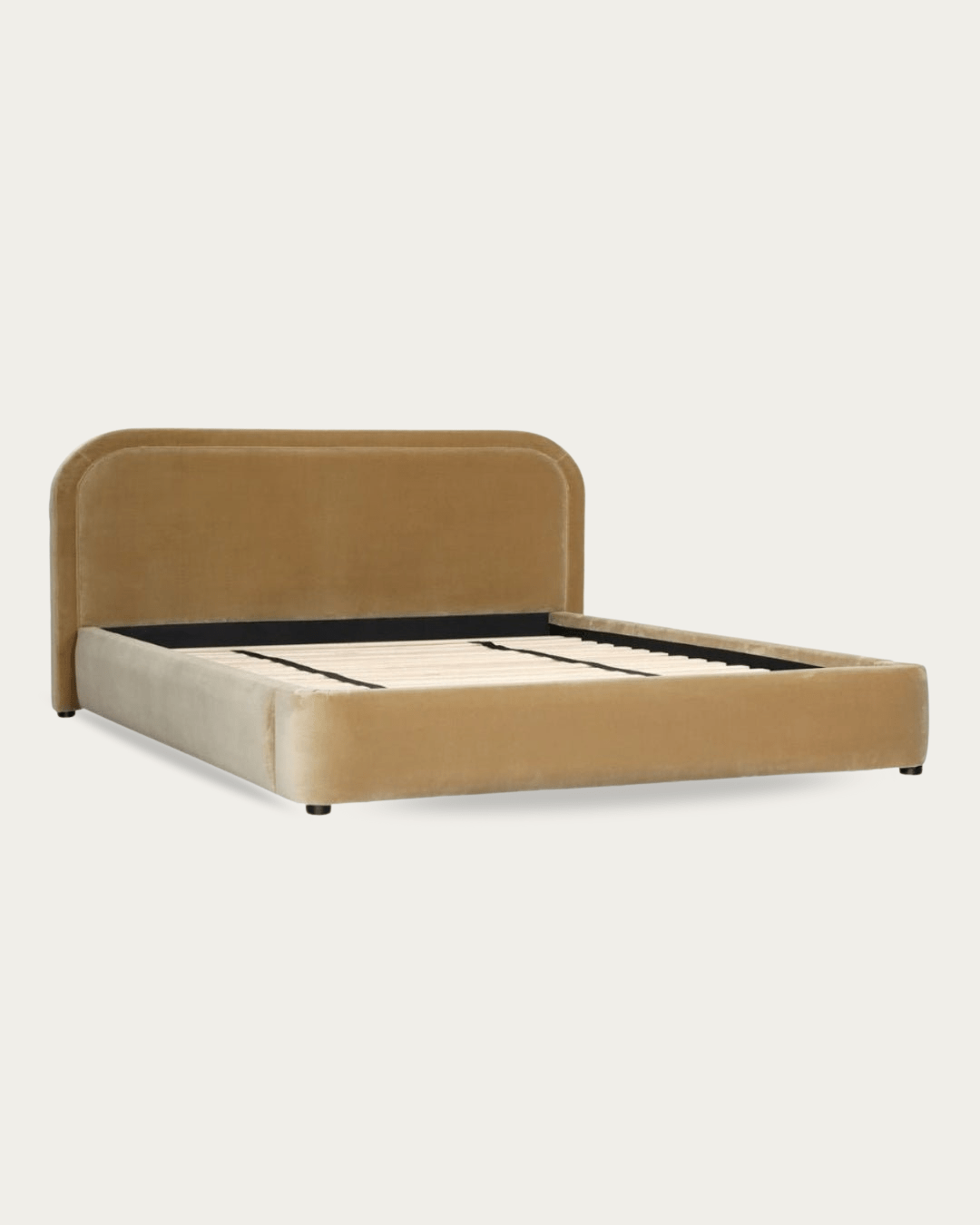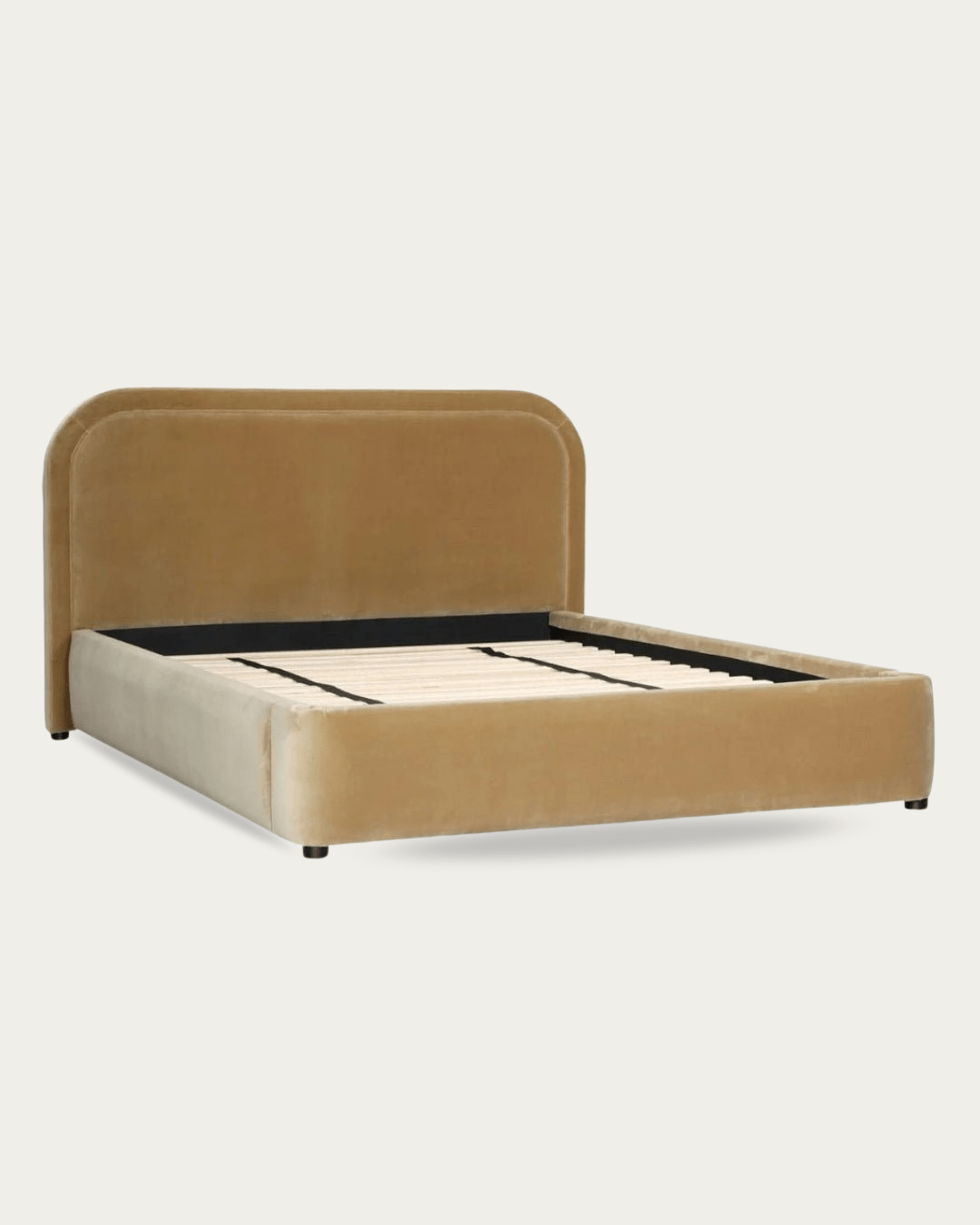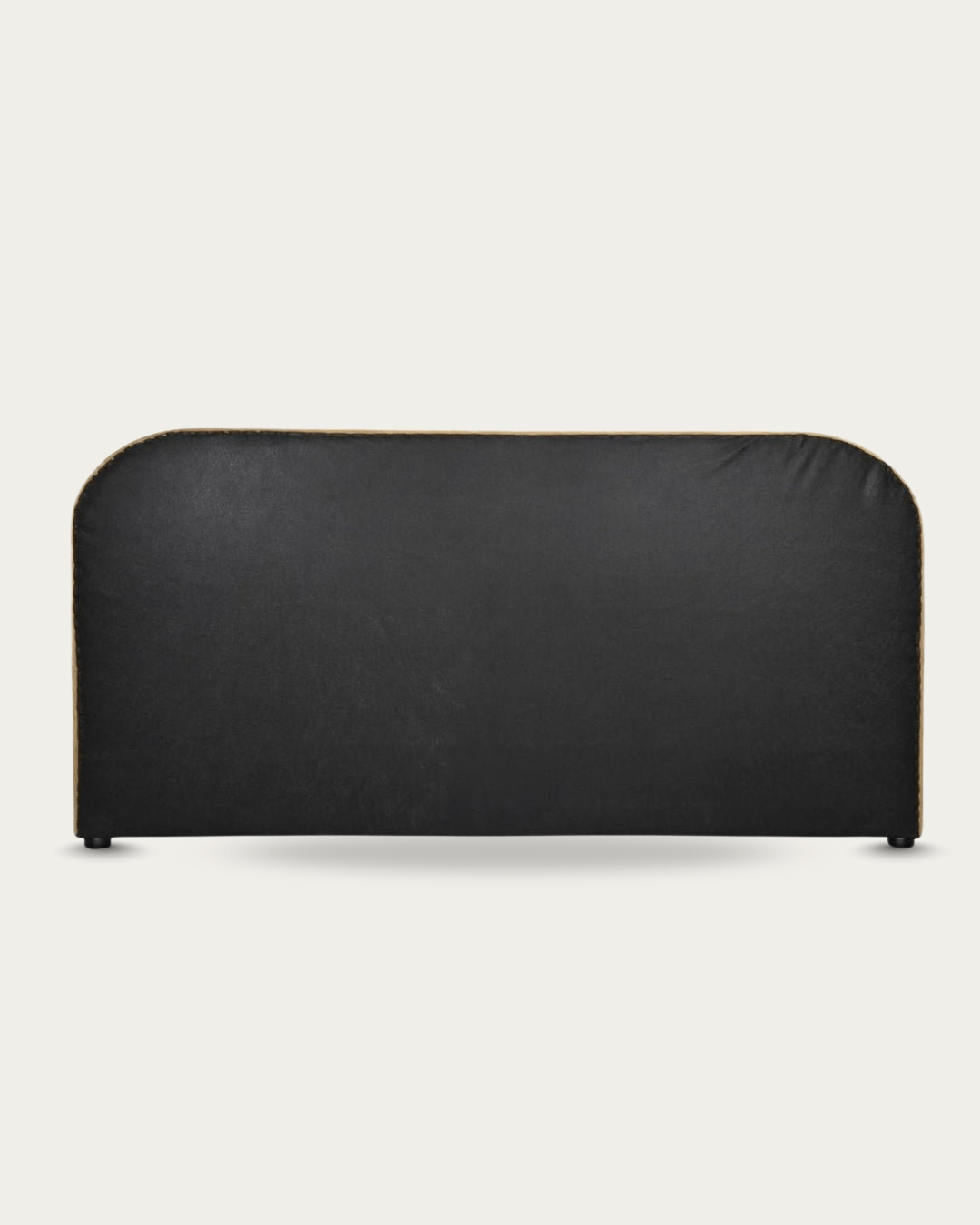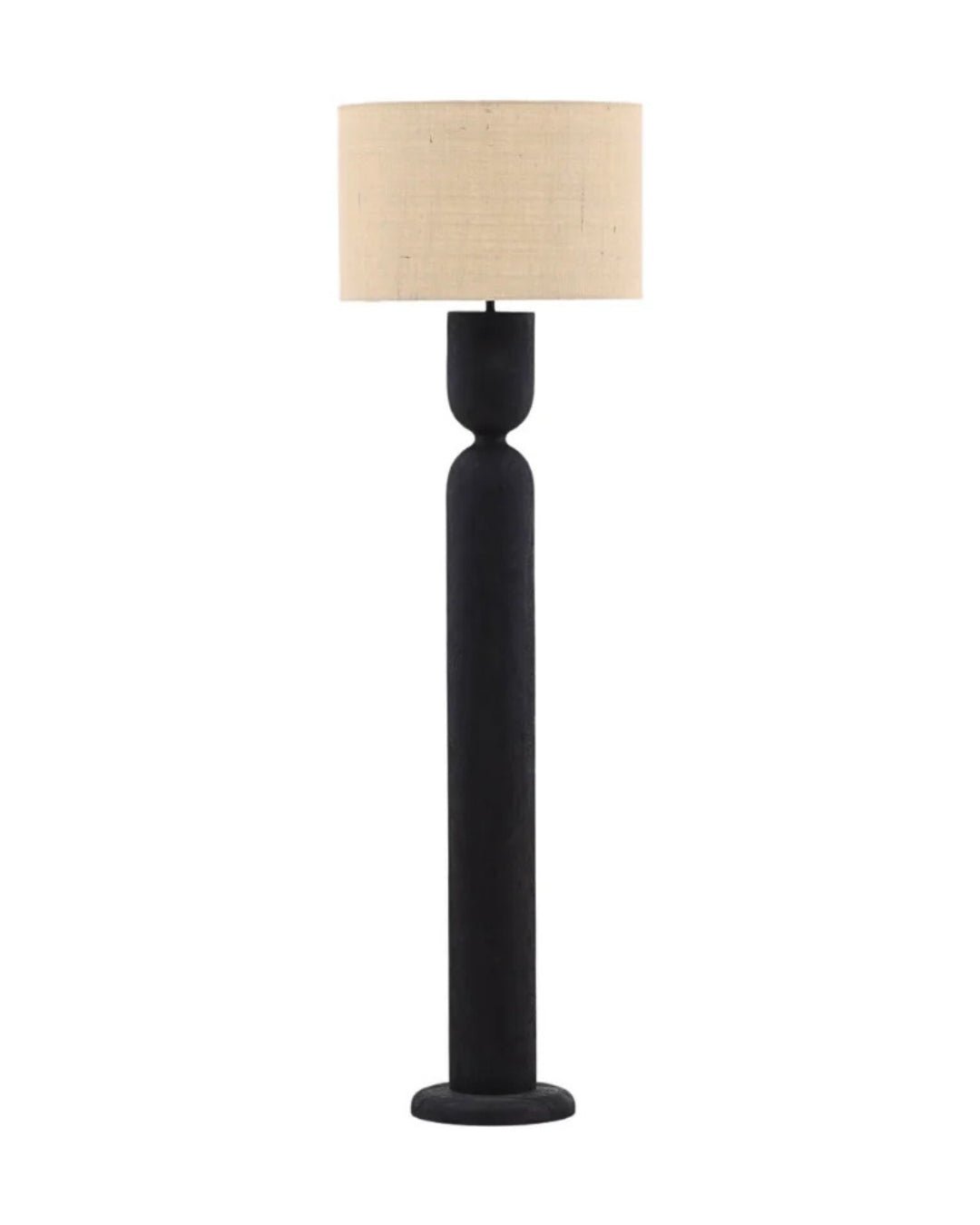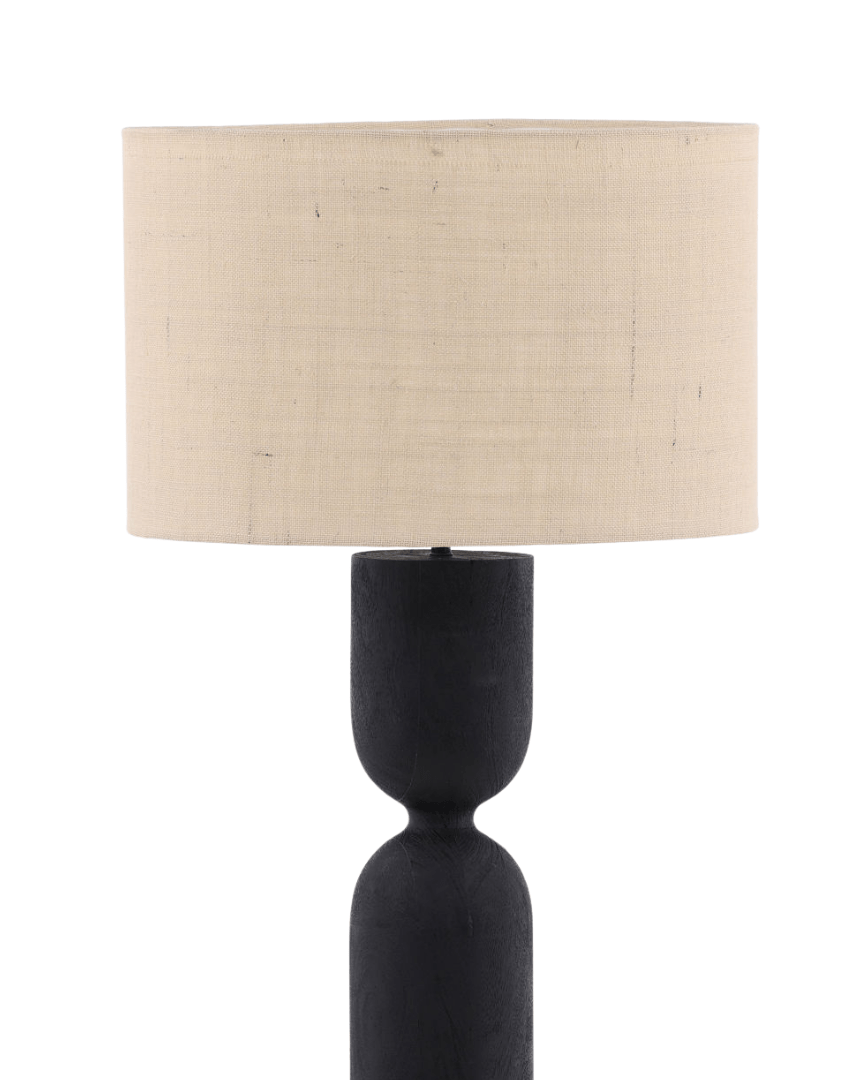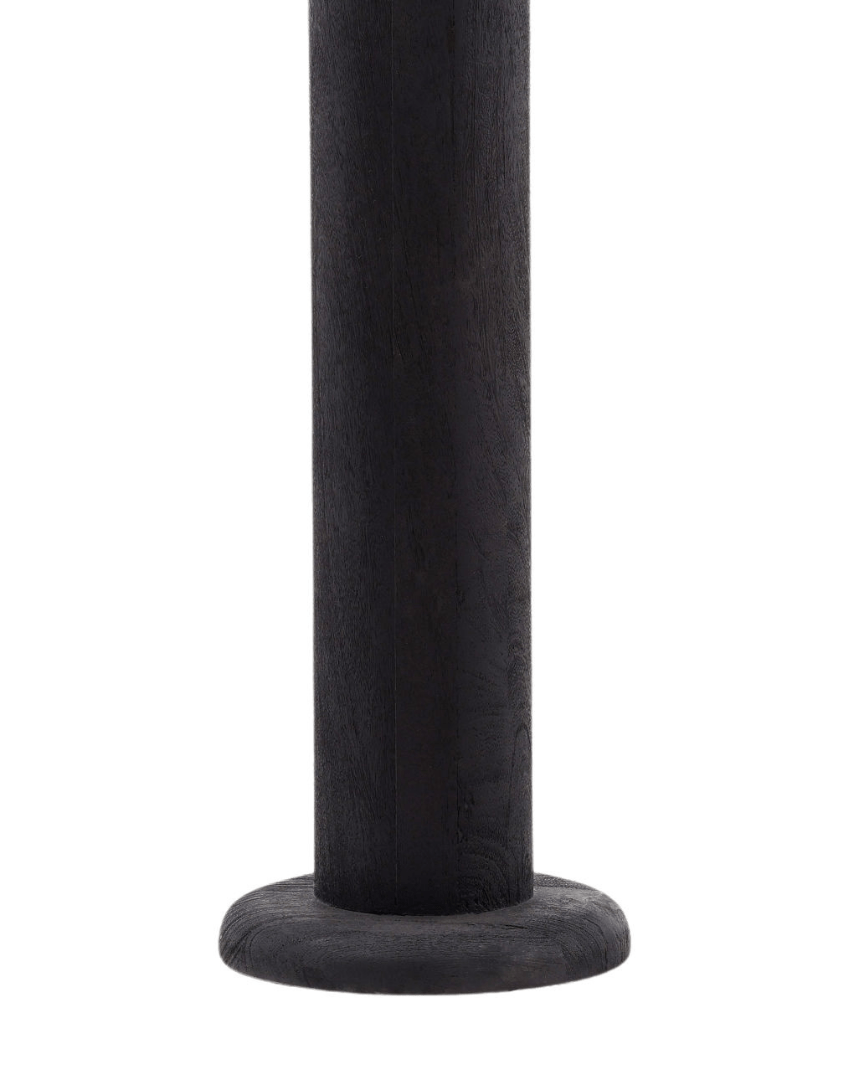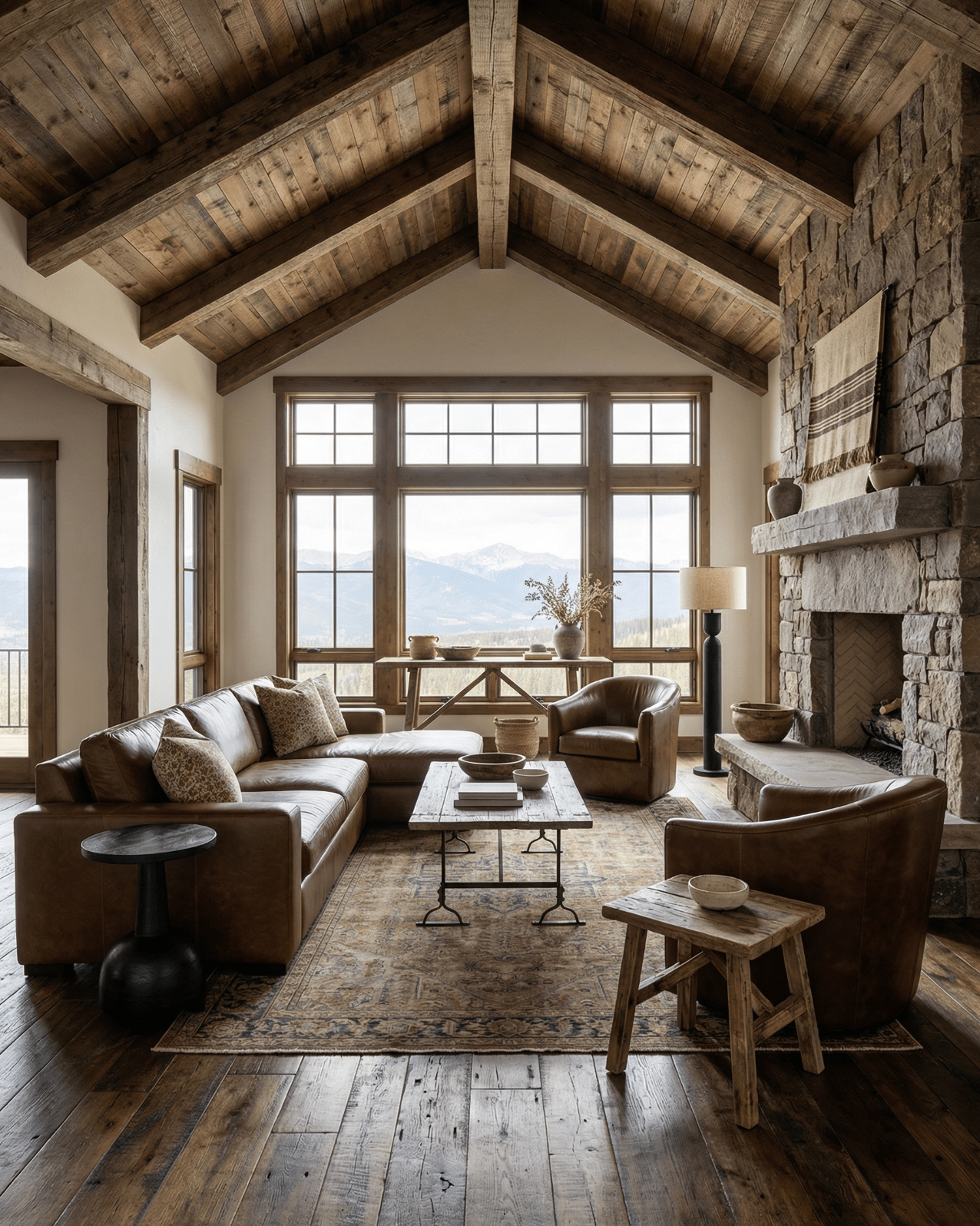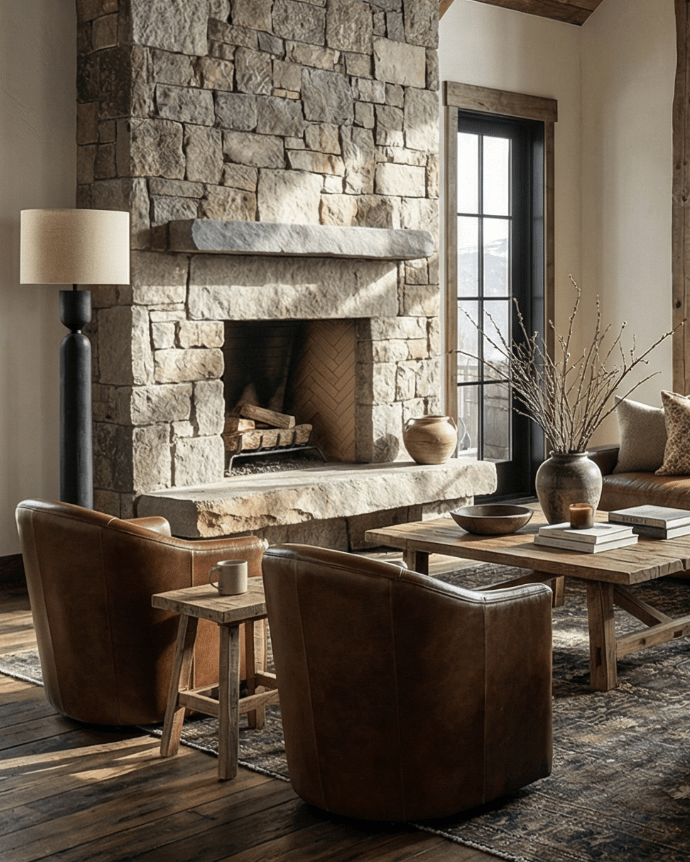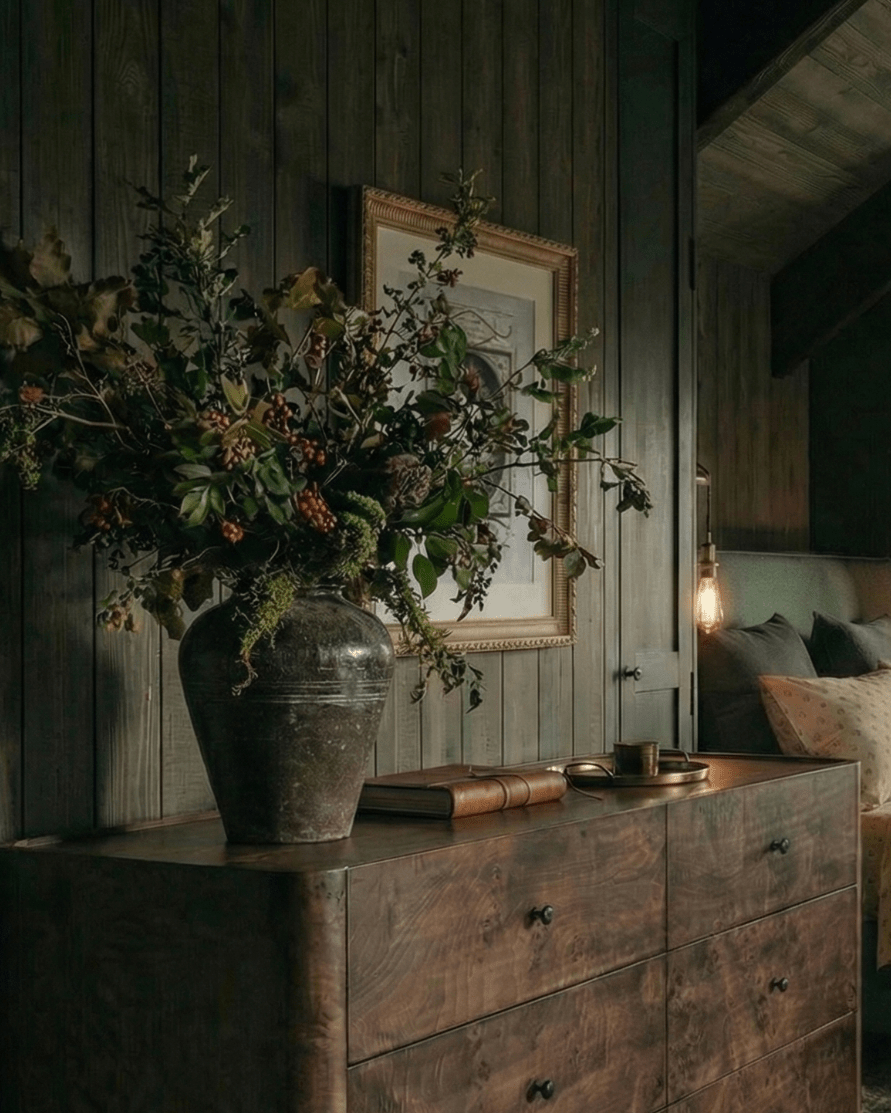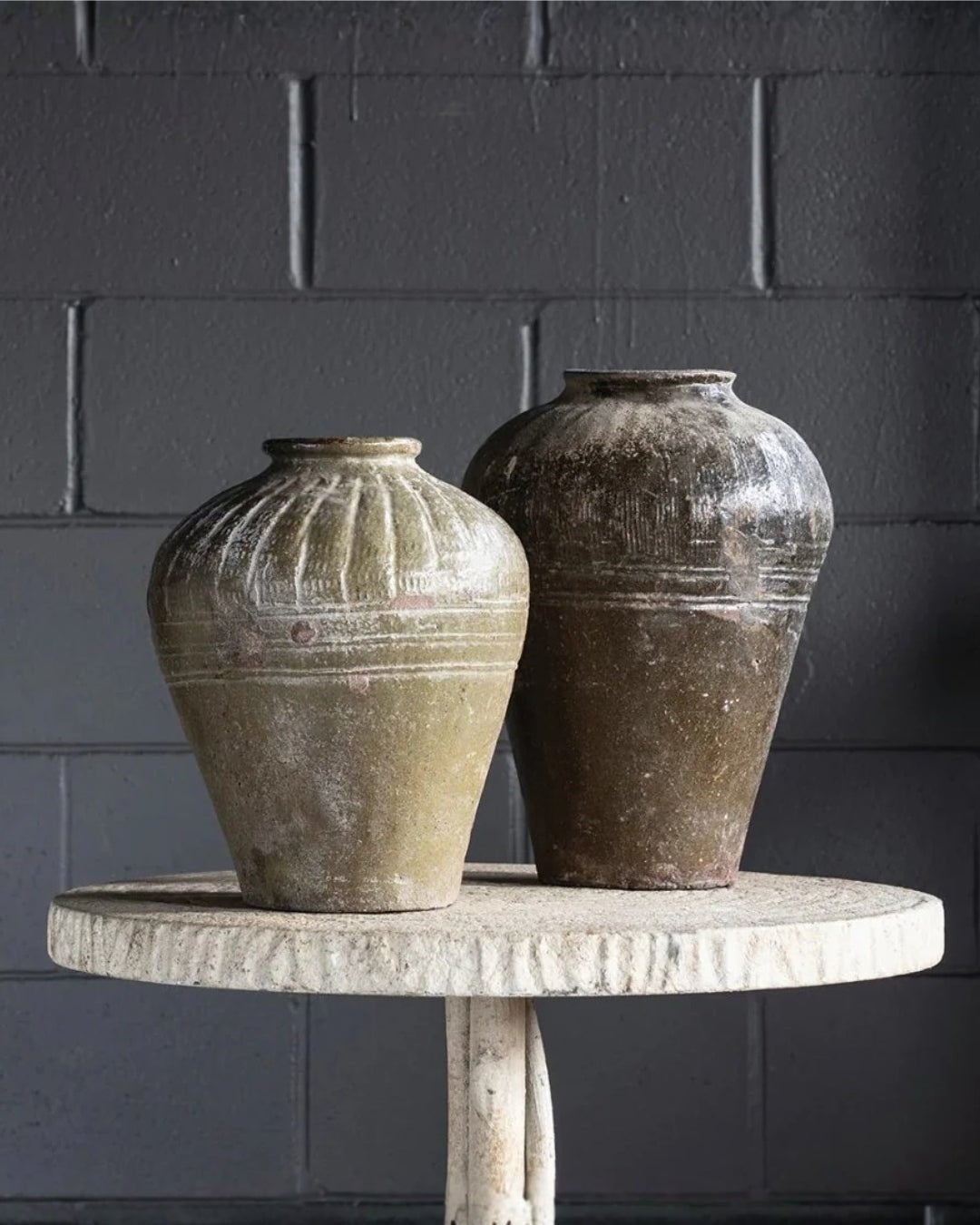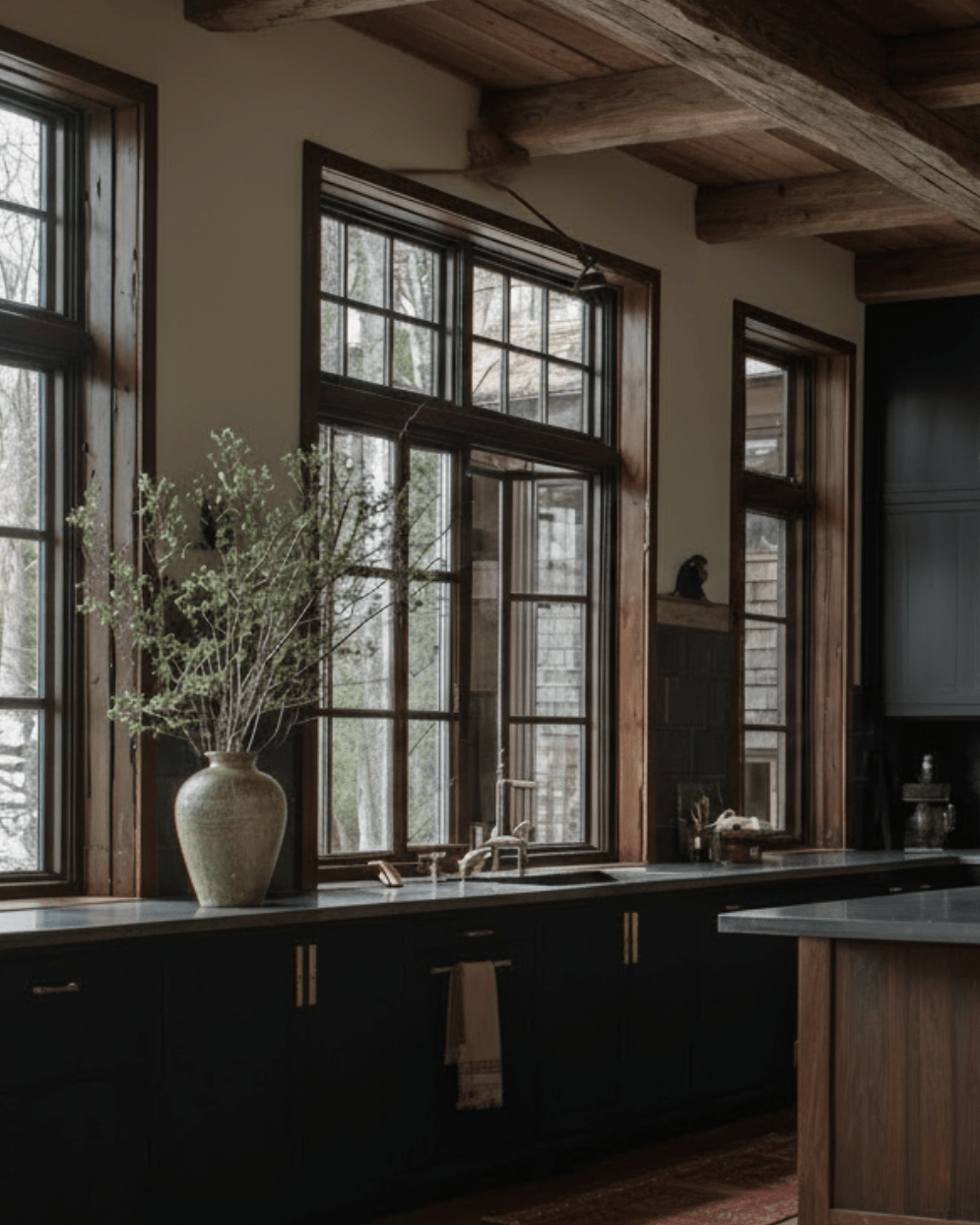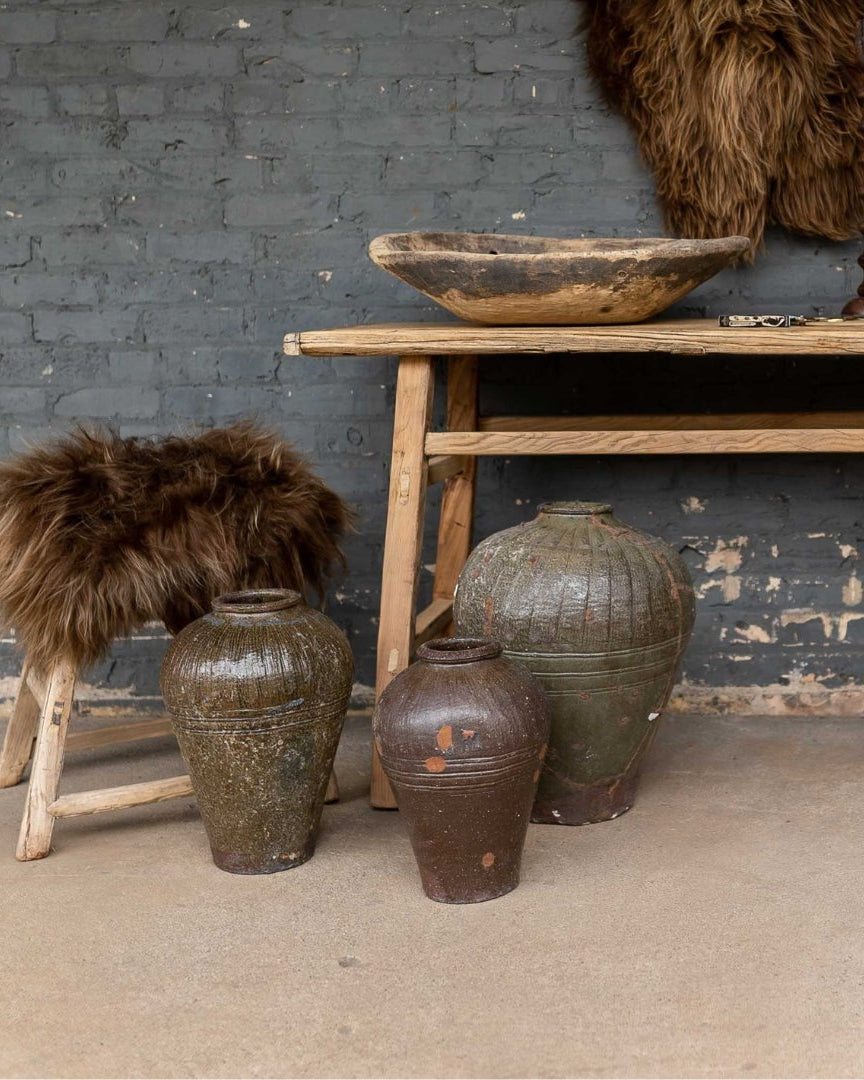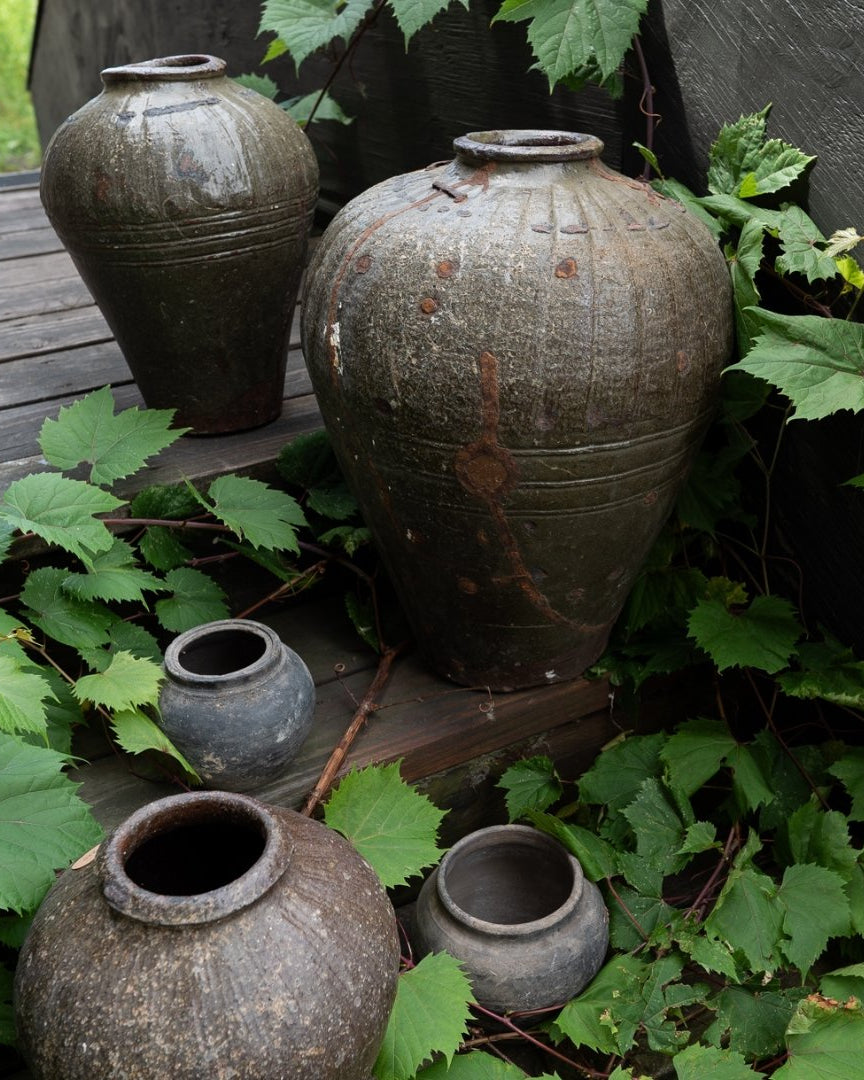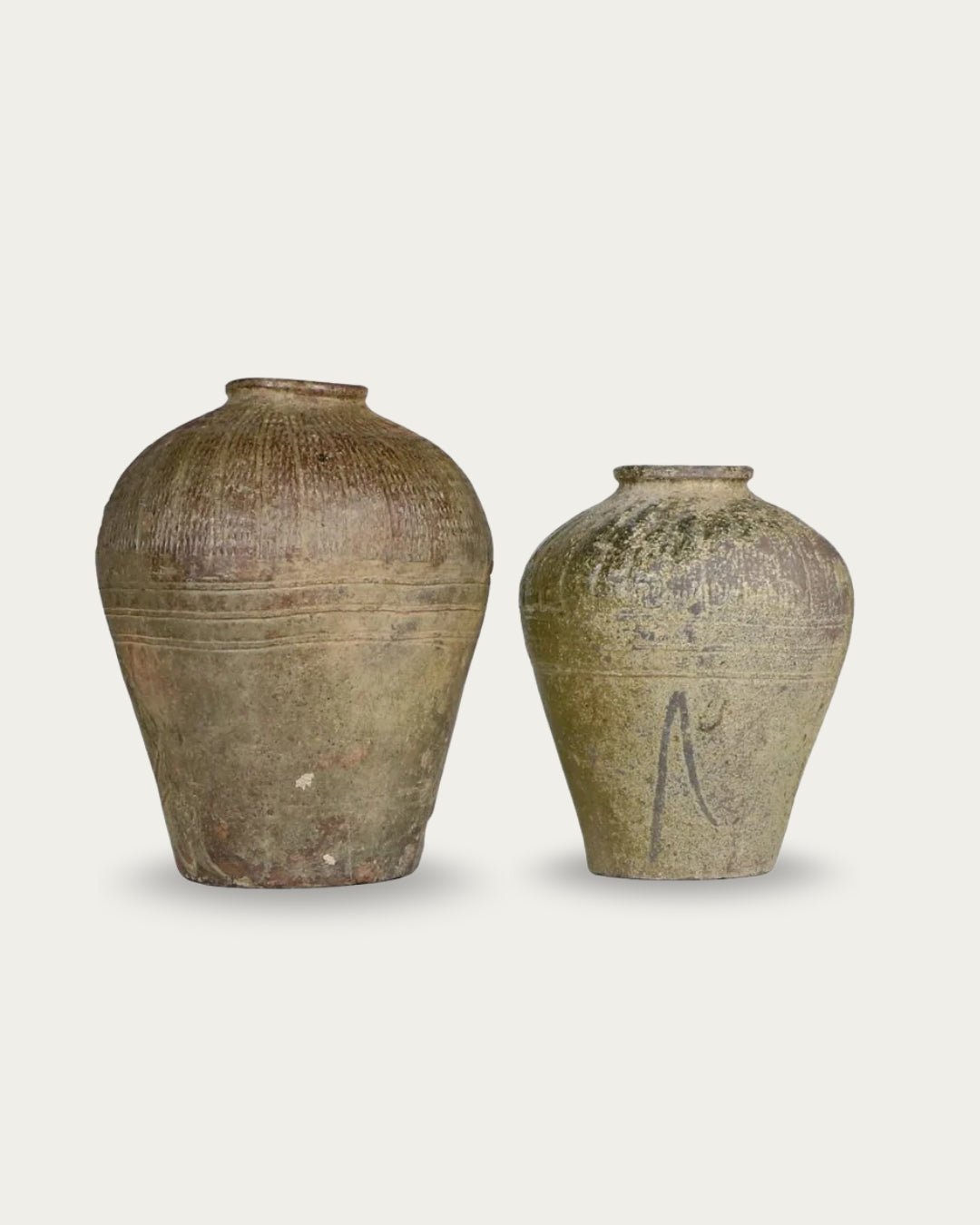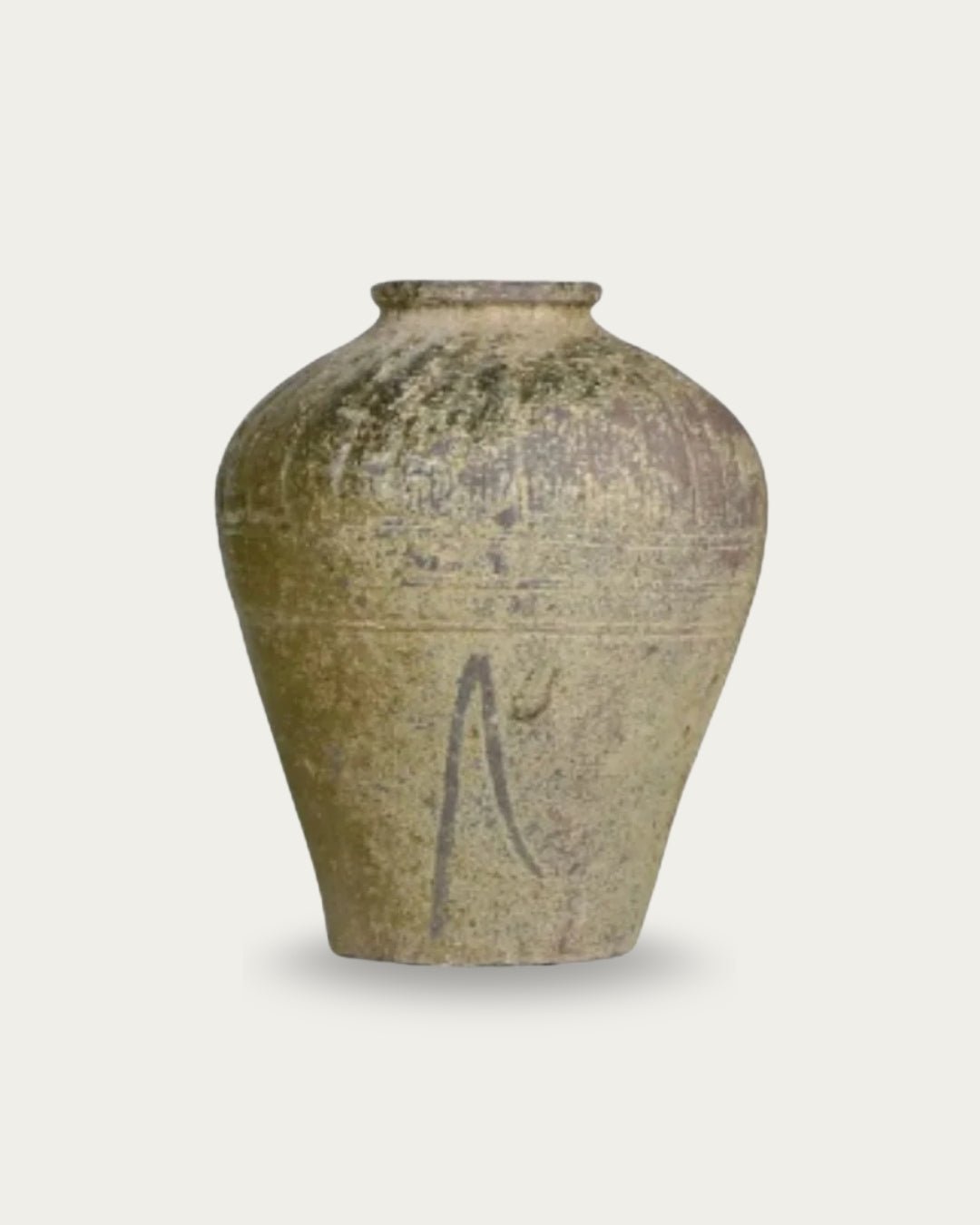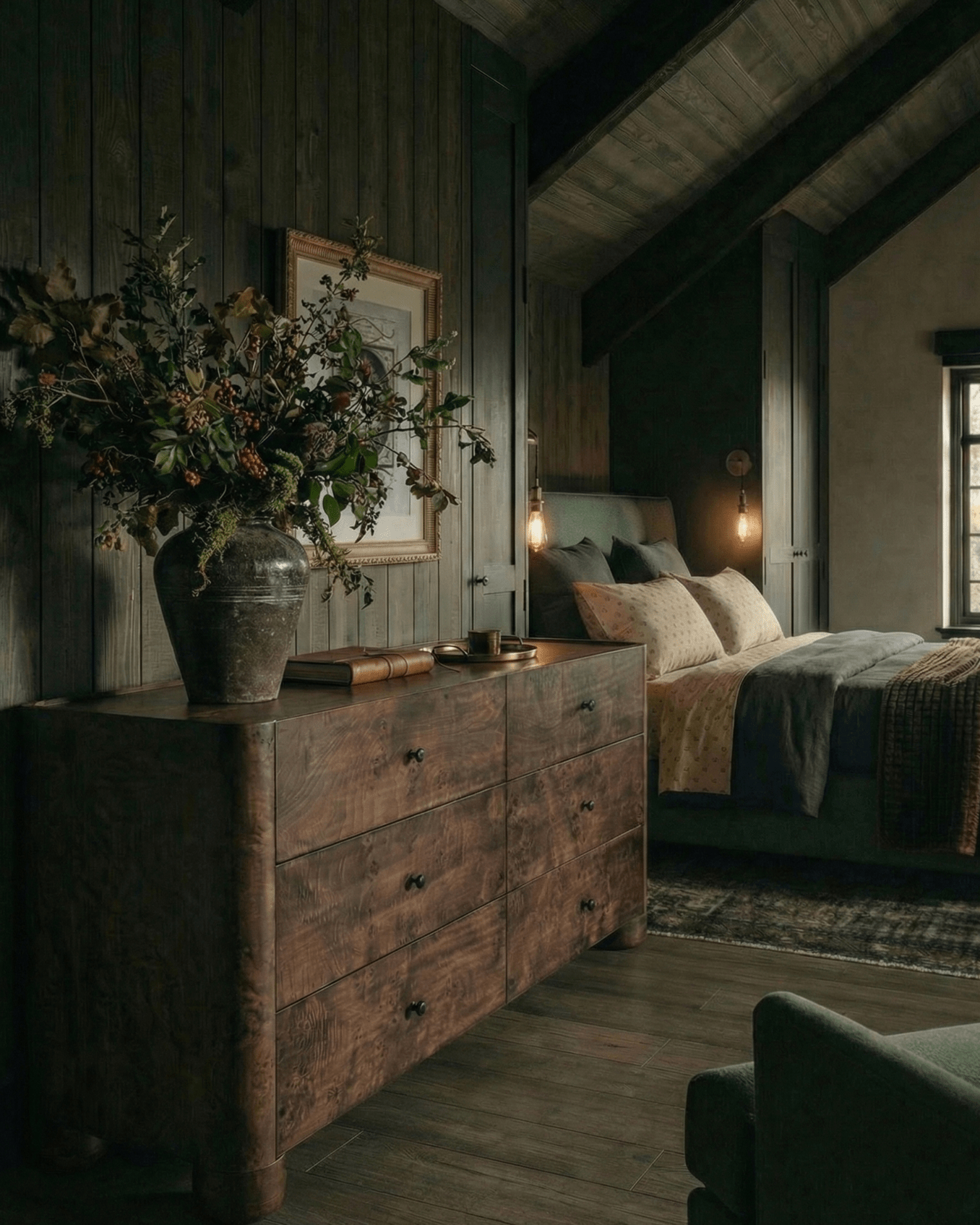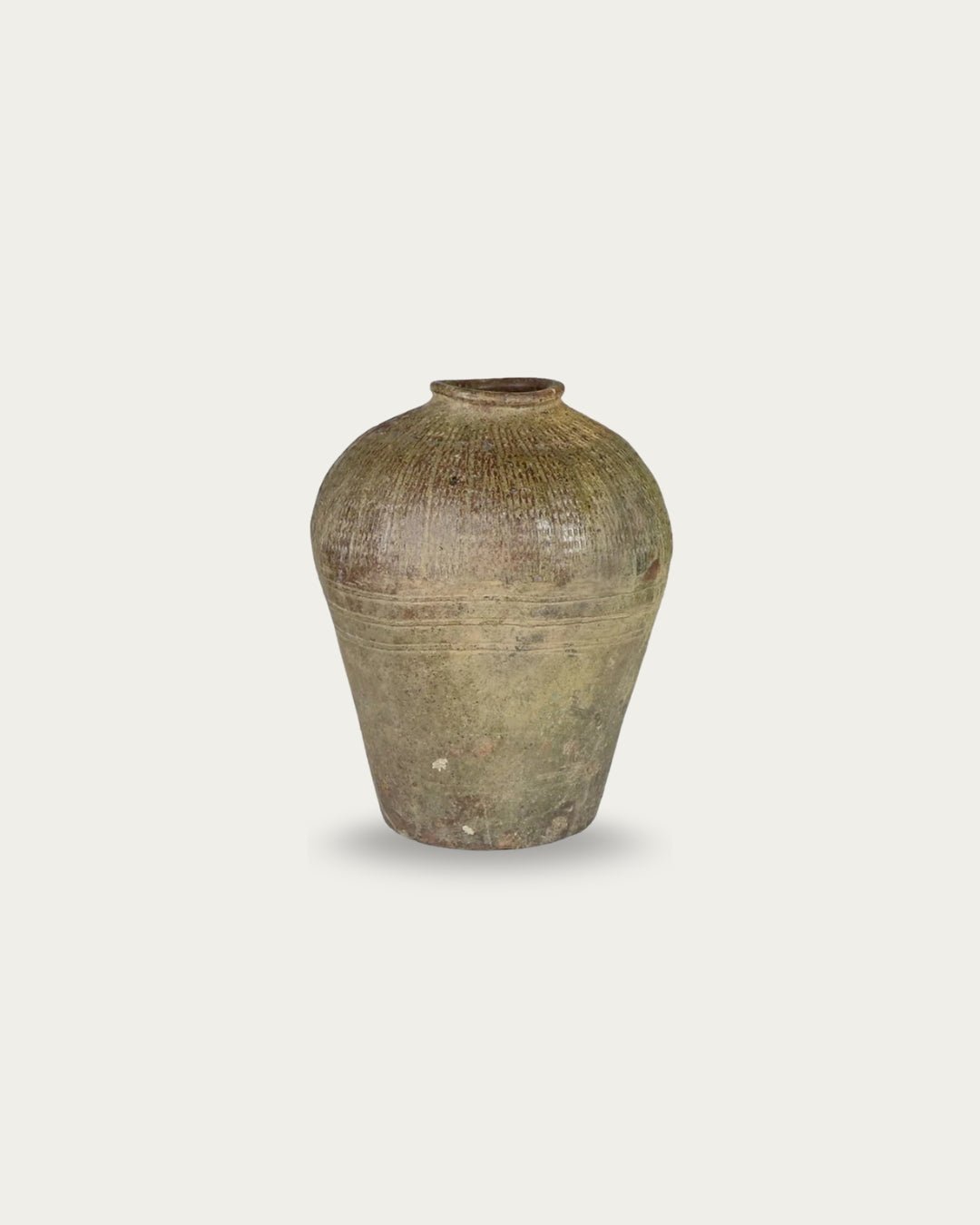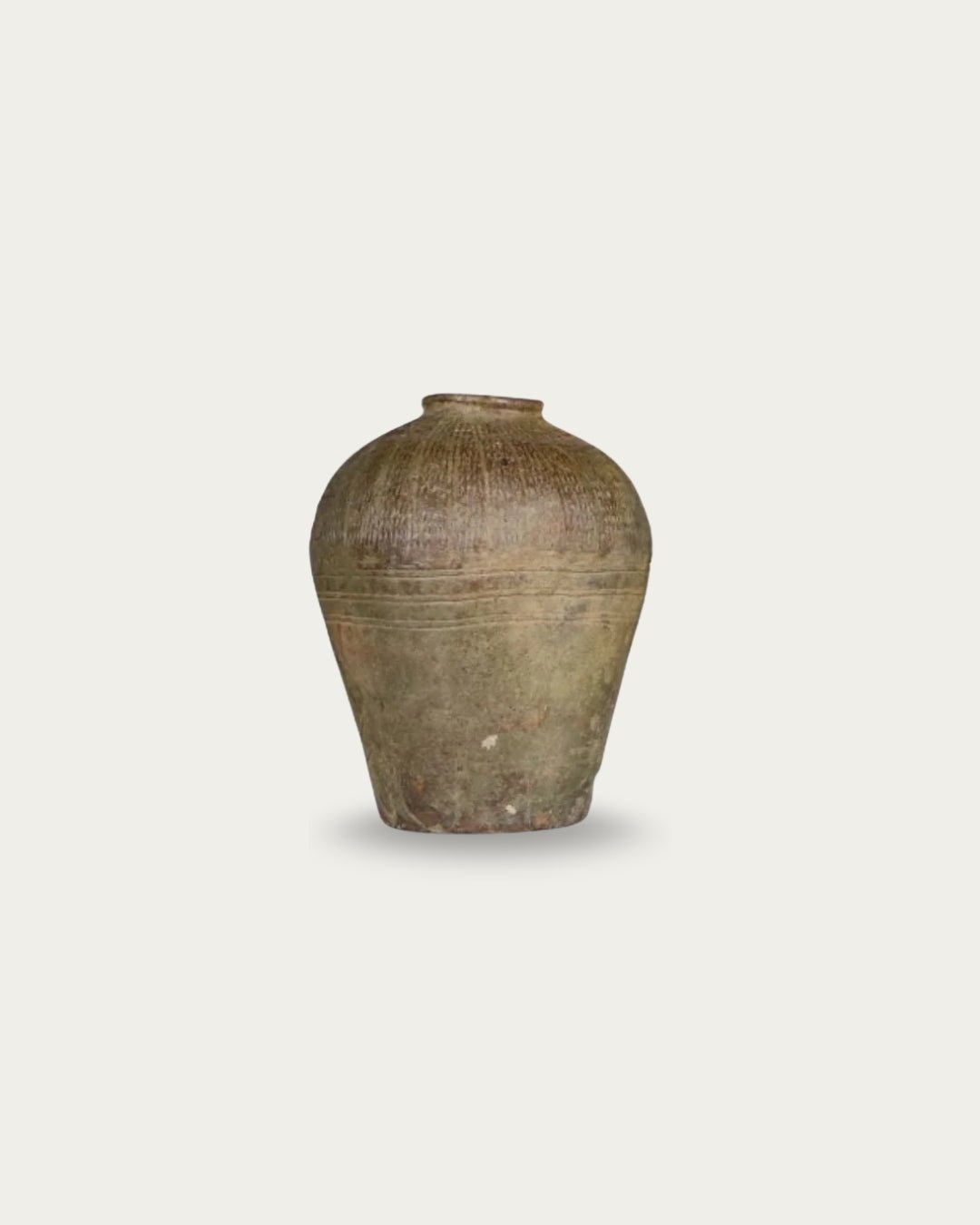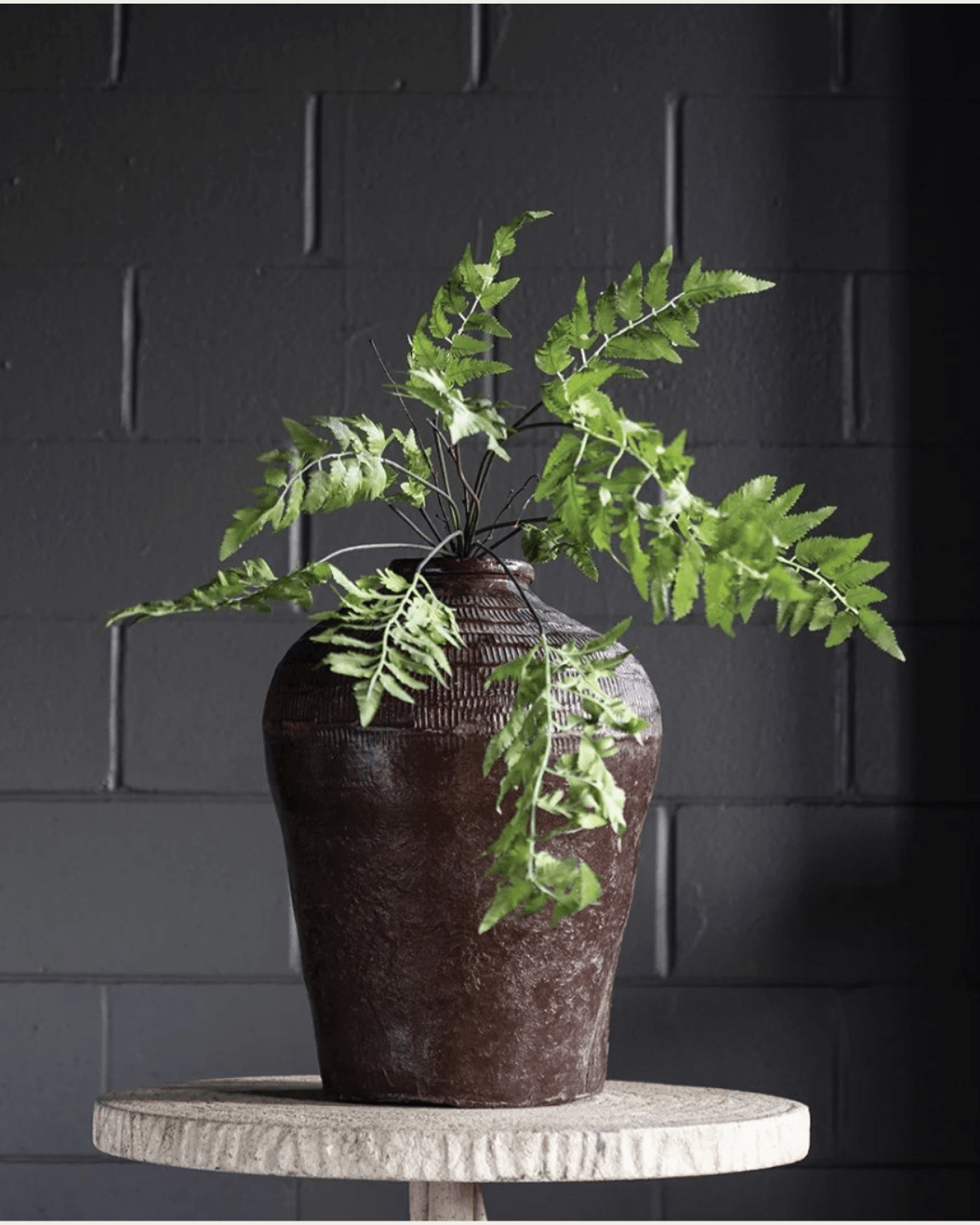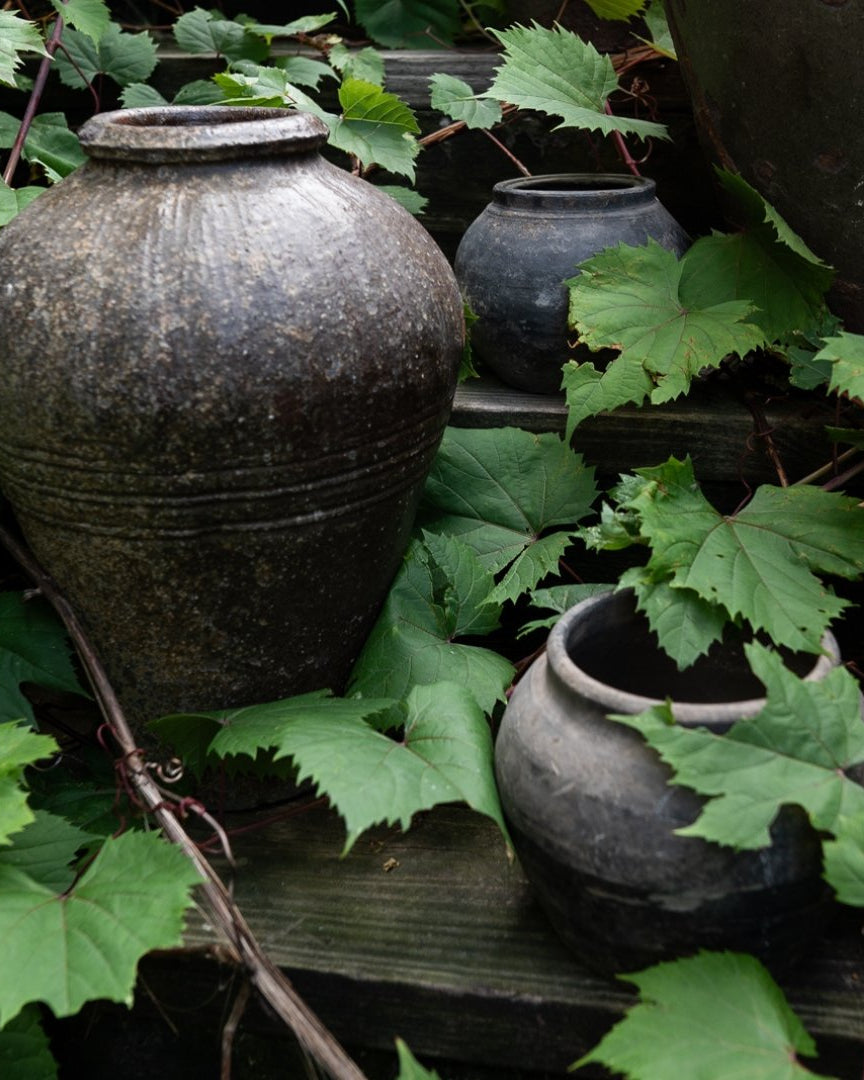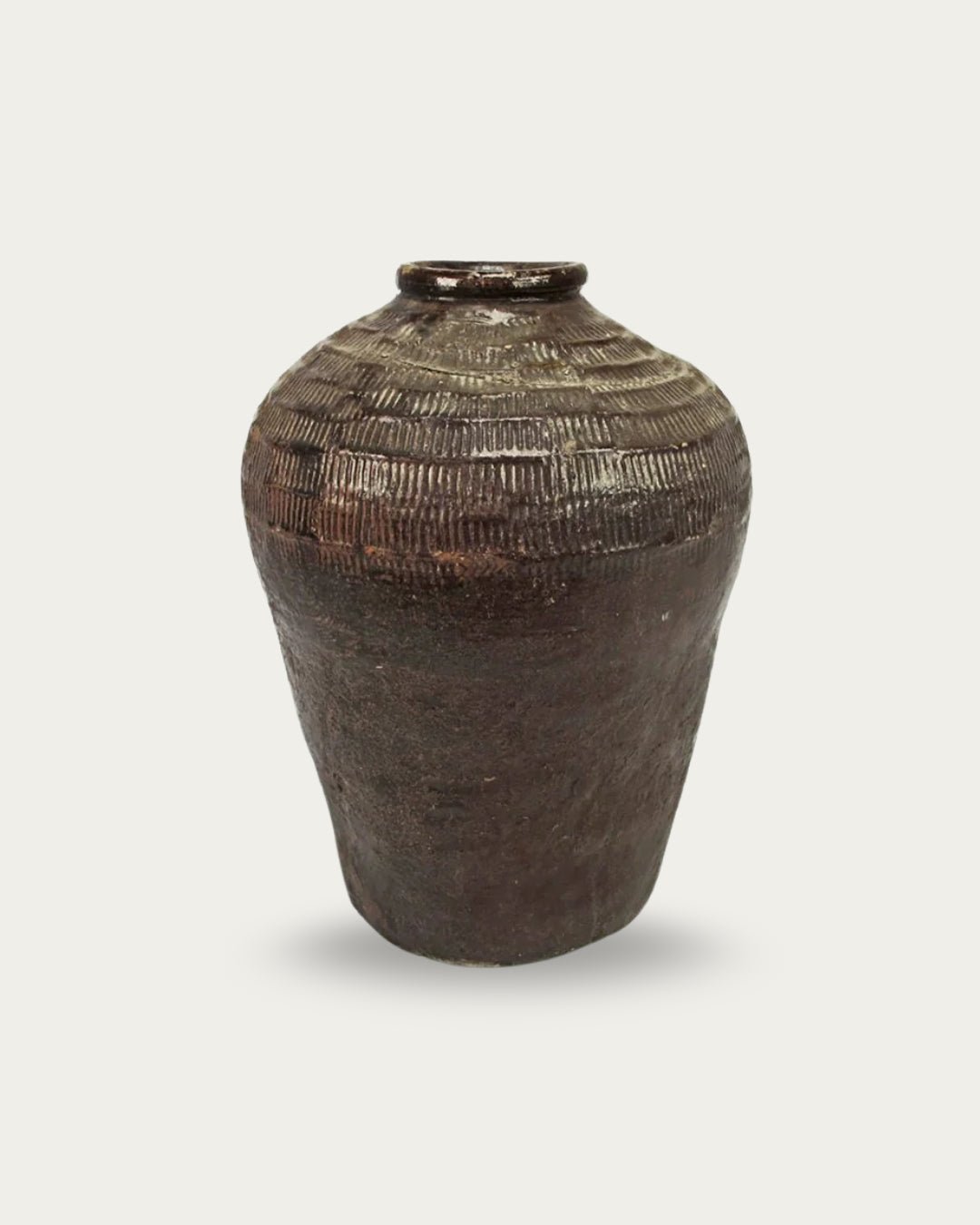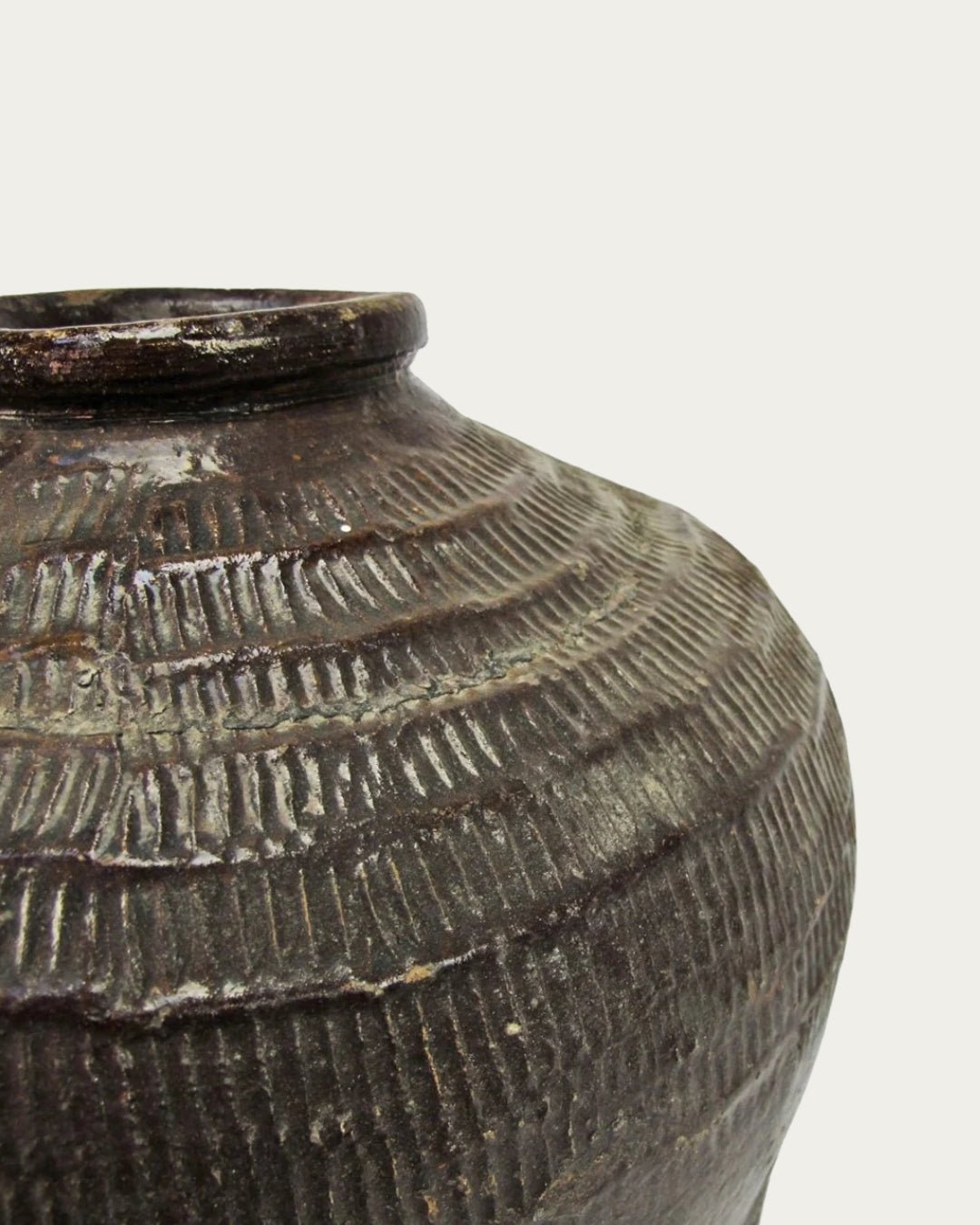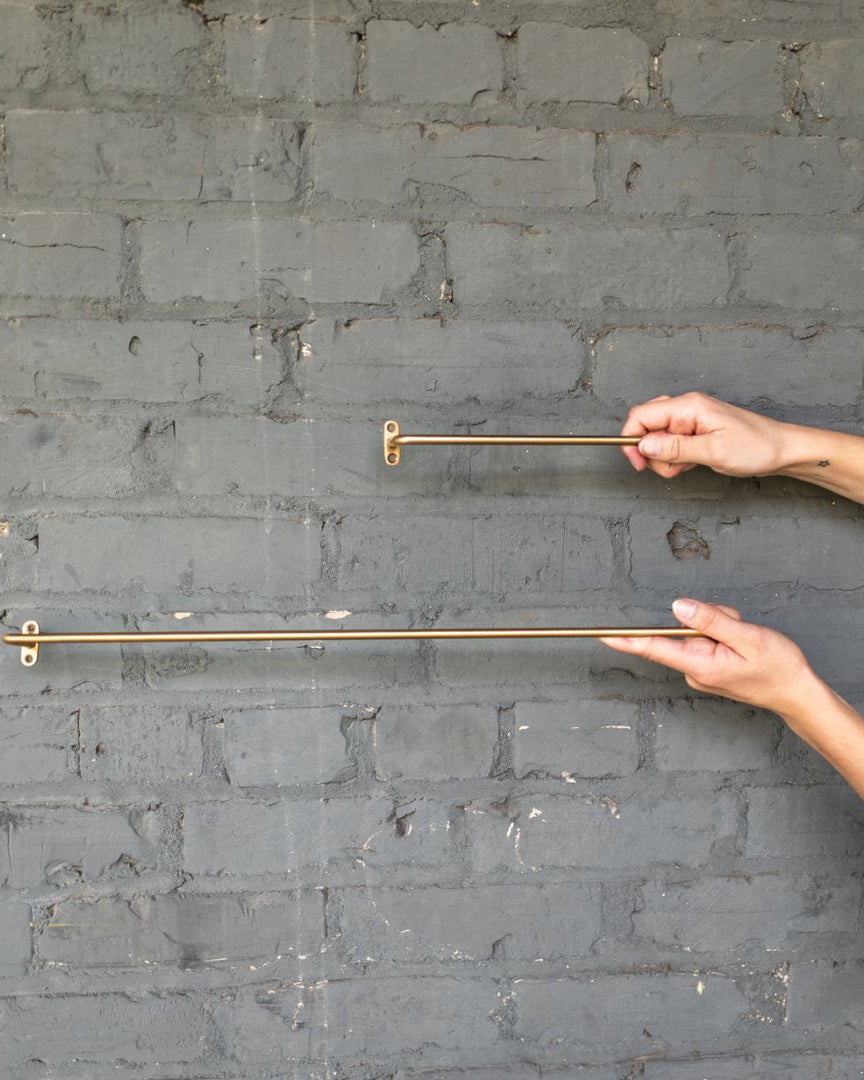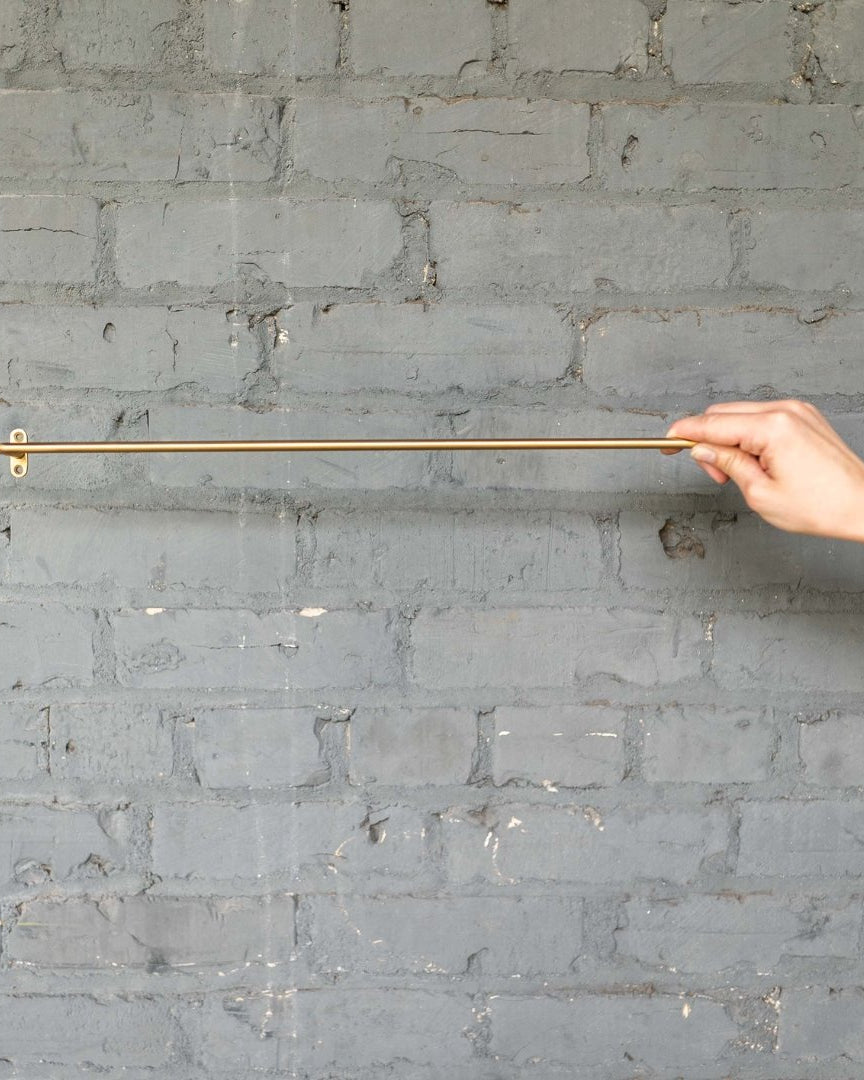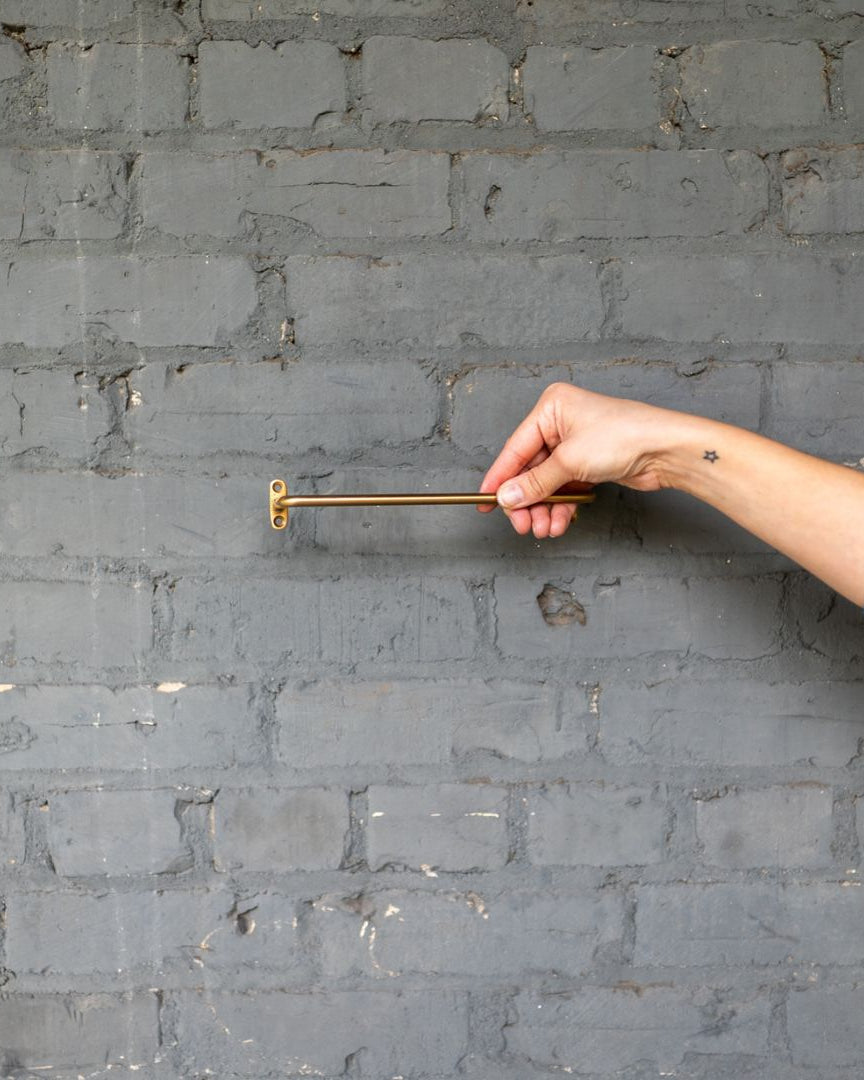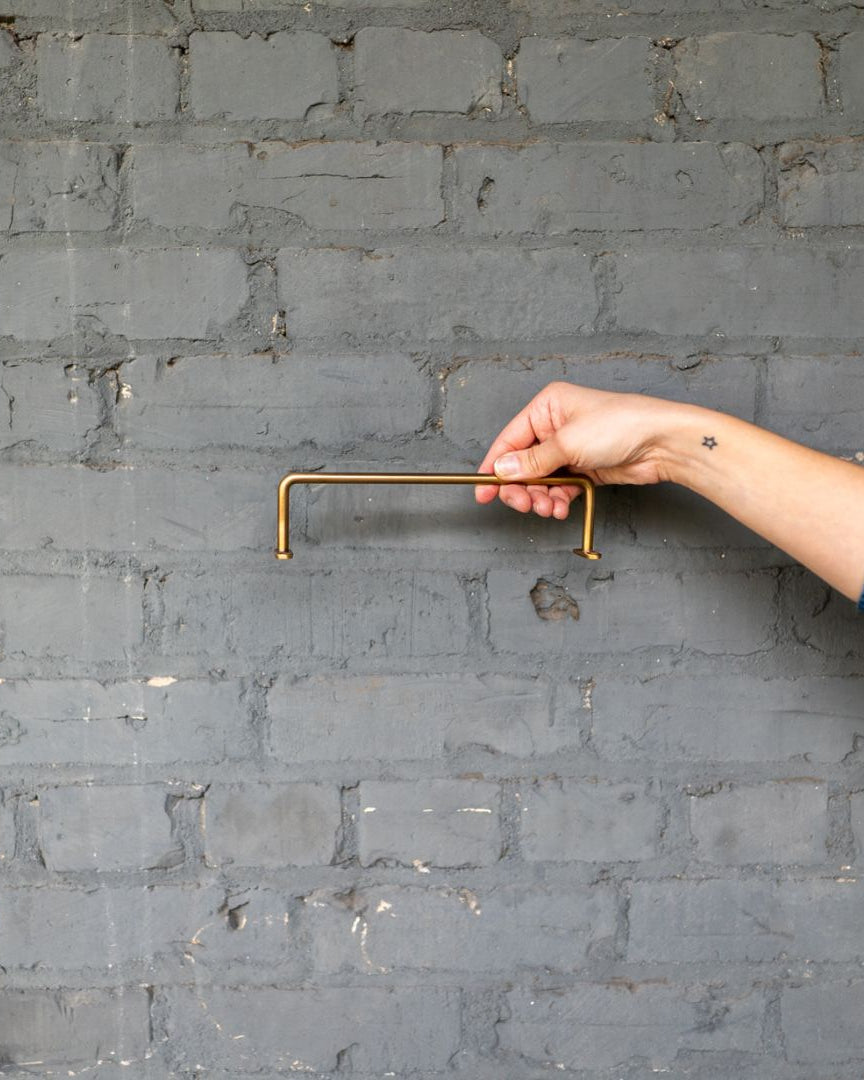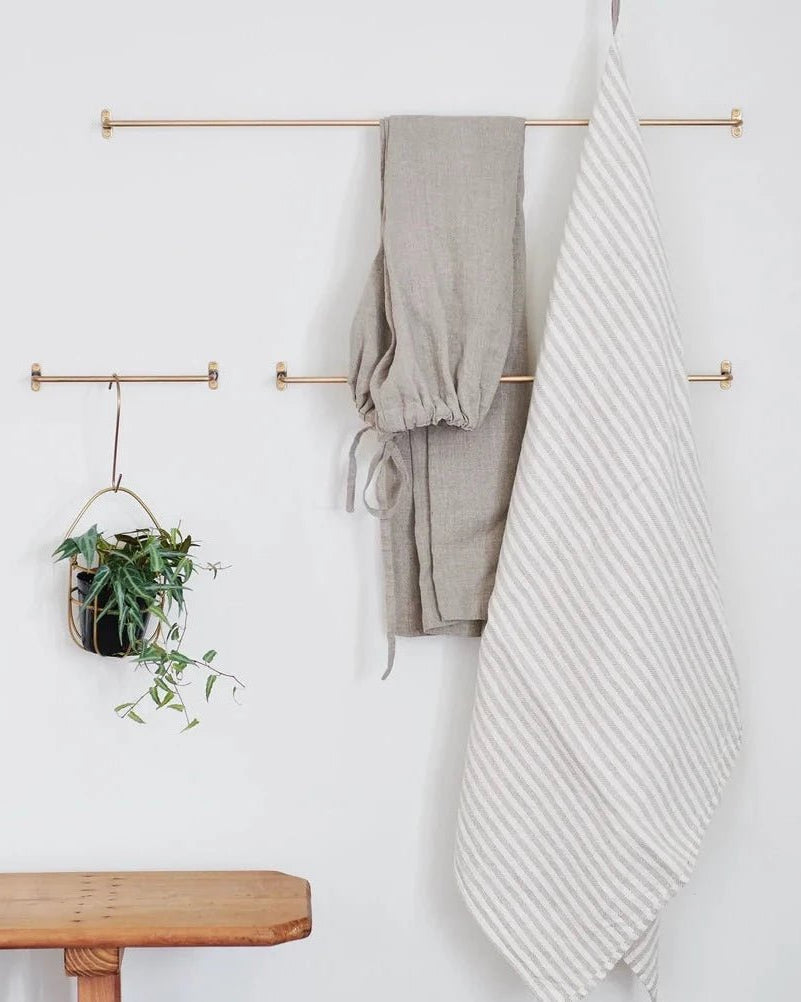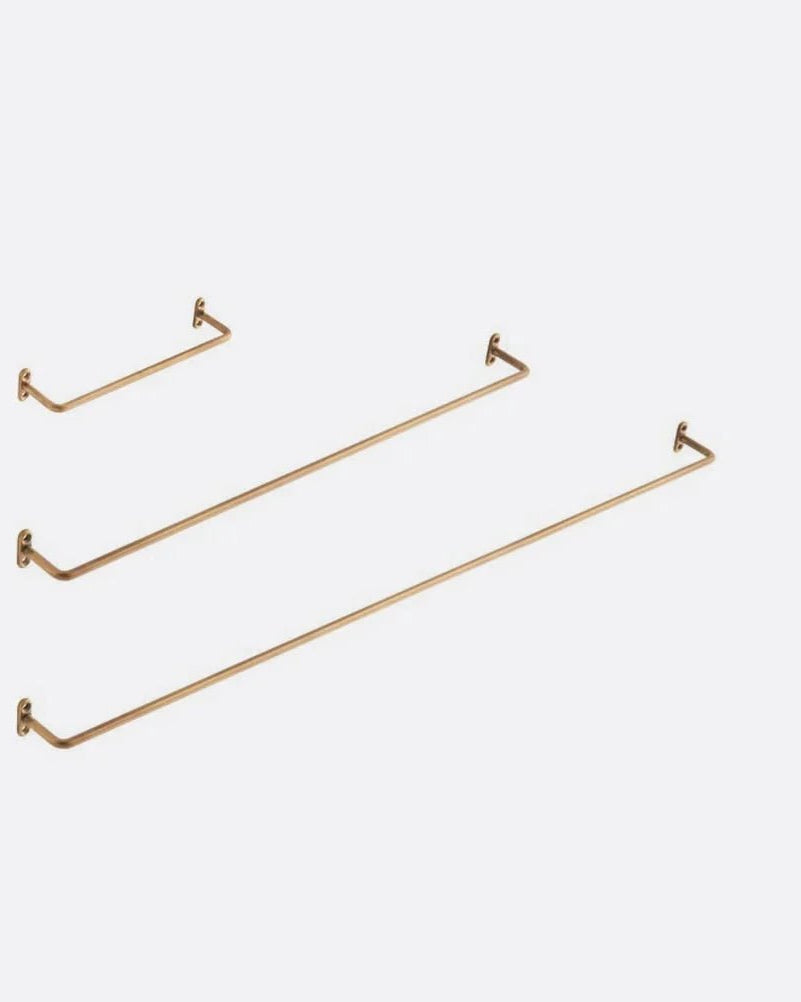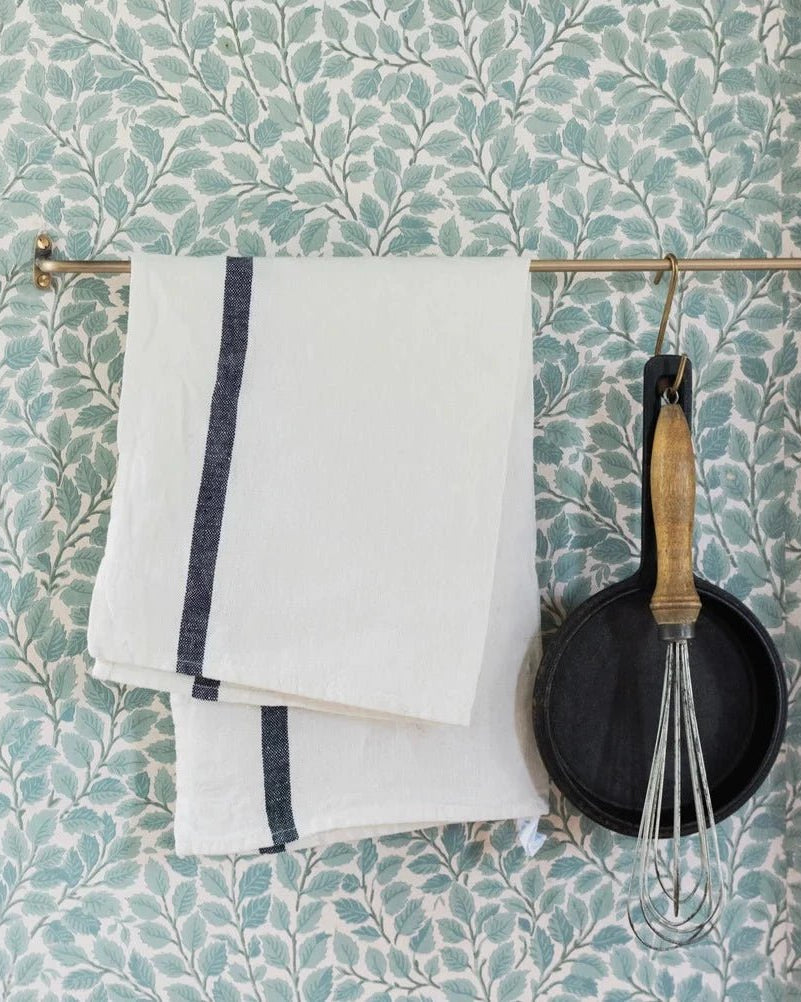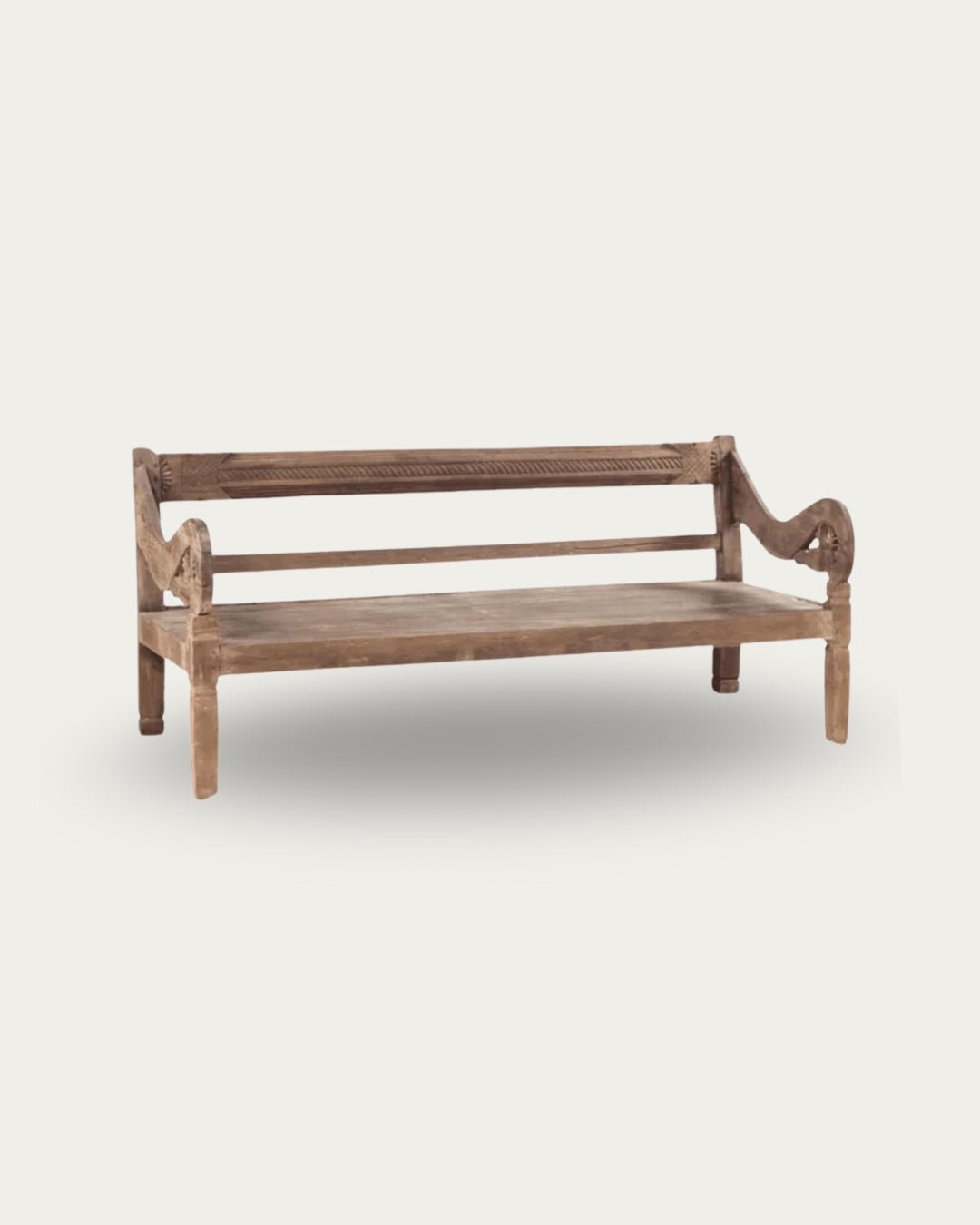A dining room is more than a place to eat—it’s where meals become memories, and everyday routines gain rhythm. At the heart of this rhythm is the antique buffet cabinet, a piece of furniture that blends function, history, and style into one. Unlike modern mass-produced storage, an antique buffet cabinet carries personality, tactile depth, and a narrative written into its wood, finish, and design. It transforms dining room storage from a mundane necessity into a statement of character and intention.

Whether holding your china, linens, or curiosities collected over years, a buffet cabinet defines the room while offering subtle cues about how it’s used. In this blog, we’ll explore why an antique buffet cabinet is essential, how to choose one that fits your space, and how to style it so it feels alive. In this guide, we’ll explore why antique buffet cabinets matter, how to style them, and how each piece brings personality and history into your home.
Browse the Hello Norden vintage sideboard and buffet collection to find the piece that anchors your dining room with style and story.
Why an Antique Buffet Cabinet is More Than Storage
A Stage for Story and Style
Every antique buffet cabinet is a storyteller. Its wood grain, patina, and handcrafted details offer subtle clues about its history, previous life, and craftsmanship. These are not just storage solutions—they’re visual and tactile anchors in the room, shaping how a space feels and flows.
Take the Isabella antique chinese cabinet, for example. Crafted from solid teak with swing doors and small drawers, its original ring pull hardware and natural imperfections tell a story of use and care. Its small footprint allows it to sit on a desk, in an entryway, or even as a bedside cabinet, making it both practical and full of character.
Anchoring the Dining Room
Placement is everything. A buffet cabinet against a wall draws the eye horizontally, creating a sense of structure that complements tables and seating. Its surface becomes a stage, whether for serving trays, candles, or curated décor. When scaled correctly, it also provides a visual balance to the height and mass of dining chairs, ensuring the room feels intentional rather than haphazard.
Personality Through Materials
The wood grain, patina, and imperfections of an antique buffet cabinet are what make it alive. Knots, cracks, and subtle scratches aren’t flaws—they’re markers of history and authenticity. Each piece is unique, carrying a story that adds dimension to your dining room.
Pieces like the Iver reclaimed wood cabinet, with its butterfly glass doors and warm reclaimed pine, bring both functional storage and warmth to any modern or rustic dining room. Every detail—from the hardware to the tapered legs—echoes craftsmanship, creating a dialogue between history and your home.
Choosing the Right Antique Buffet Cabinet
Scale and Placement
When selecting an antique buffet cabinet, scale is critical. A cabinet that’s too large will overwhelm a small dining room, while one that’s too small may get lost. Consider circulation, wall space, and how the cabinet interacts with other furniture.
The Agnes wood cabinet is perfectly proportioned for hallways, bedrooms, or living areas. Its carved teak doors, original metal hardware, and fixed interior shelving provide ample storage without dominating the space, making it an ideal balance of utility and design.
Size and Proportion
Scale is critical. A cabinet that’s too small feels lost; too large, it overwhelms. Measure your wall, consider circulation, and choose a height that complements your table. A long, low buffet cabinet works well for modern dining rooms, while a taller, narrower piece may suit smaller spaces or those with vertical design elements.
Material and Finish
Wood choice dictates character. Reclaimed pine, elm, or hand-selected hardwoods develop patina, grain variation, and tactile warmth over time. Finishes can be whitewashed, natural, or subtly distressed, creating texture and depth.
Consider the Minna cabinet. Its high-quality mindi wood, natural finish, and sliding glass doors create a blend of contemporary energy with vintage charm, allowing you to display items while maintaining a grounded, tactile presence in the room. A storage like Minna blends seamlessly into both modern and traditional interiors.
Storage Needs and Functionality
Consider your storage needs: drawers for utensils, shelves for plates, doors for linens or barware. Adjustable shelves offer flexibility, while open storage allows display of curated objects.
A two-door antique cabinet strikes a balance between hidden and visible storage. The outer doors conceal shelves for functional use, while the top surface allows for decorative styling, proving that practicality and beauty can coexist.
Styling Your Antique Buffet Cabinet
Dining Room Essentials
The dining room is the natural home for a buffet cabinet. The surface can stage dinnerware, candles, or curated décor, while hidden storage keeps table linens, serveware, or seasonal accessories out of sight.
Placement under a mirror or artwork adds vertical interest, while the surface becomes a canvas for curated styling: candles, trays, vases, or tableware.
The Hulda sideboard balances curved elegance with generous storage, offering room for all your serveware while maintaining a sophisticated presence. Its reclaimed pine construction and natural finish give a subtle warmth to dining spaces
Multipurpose Styling in Living Spaces
Antique buffet cabinets aren’t limited to dining areas—they can act as media cabinets, hallway storage, or console tables. Their horizontal form anchors seating arrangements, while their wood grain and patina add depth and texture.
The Broder pine wood media cabinet offers a rustic approach, perfect for storing media essentials. Its rich pine finish and spacious shelves make it practical while retaining visual interest and warmth.
Beyond the Dining Room
Sideboards can function as media consoles, hallway tables, or storage in living spaces. An antique sideboard buffet turns functional storage into a visual centerpiece. With its distinctive doors and vintage finishes, it serves as a statement piece while offering practical storage compartments.
Open vs Closed Storage
Open Shelves for Display
Open shelves highlight decorative items like books, ceramics, or collectibles. They make the cabinet feel interactive and alive, creating depth and inviting engagement.
The Linus bookcase features clear glass doors and four shelves, balancing display and protection while showing off wood grain and texture.
Closed Storage for Clarity
Closed compartments conceal clutter while maintaining the sideboard’s form. The Adele reclaimed pine wood cabinet provides enclosed storage with a contemporary silhouette, offering a blend of modern and vintage practicality.
Reclaimed Wood and the Personality of Imperfection
Sustainability Meets Style
Reclaimed wood reduces waste while offering texture and authenticity. Knots, grain variation, and subtle imperfections enrich the piece, ensuring each sideboard or buffet cabinet is unique.
A vintage sideboard buffet shows how reclaimed wood can be practical, sustainable, and beautiful, blending modern utility with tactile character.
Imperfections as Story
Slight warping, faded paint, or nail holes aren’t flaws—they are marks of history, giving the cabinet depth and personality. Imperfection enhances authenticity, making your antique buffet cabinet a story-driven focal point.
Mixing Antique Buffet Cabinets with Modern Interiors
Contrasting Minimalist Spaces
Pairing an antique buffet cabinet with clean, modern furniture adds warmth and texture. Its imperfections and grain patterns break up minimalism without overwhelming the space.
The Kasper curved wood sideboard introduces subtle curves and playful form, adding character while serving as functional storage in hallways, bedrooms, or living spaces.
Accessorizing and Layering
Curate displays using lamps, vases, and books to enhance the cabinet’s presence. The Ida wood cabinet with glass-paneled doors allows you to showcase items while keeping less decorative pieces tucked away, offering both style and utility.
Common Mistakes When Choosing a Vintage Sideboard
- Ignoring scale: too big or too small can throw off the room balance.
Overlooking storage: beauty without function frustrates everyday use.
Neglecting material or finish: mismatched tones can overwhelm a room.
The Long-Term Value of an Antique Buffet Cabinet
Durability and Craftsmanship
High-quality wood and artisan craftsmanship ensure longevity. Pieces like the Jonte cabinet, built from recycled oak, will last decades while gaining patina and character over time
Investment in Style and Story
A well-chosen antique buffet cabinet or vintage sideboard is more than just a piece of furniture—it’s an investment in character, narrative, and enduring beauty. Over time, the patina develops, surfaces soften, and subtle wear marks appear, each telling a story of the home it has inhabited. These natural signs of age do not diminish value; rather, they enhance it, giving the piece a tactile depth and visual richness that new furniture cannot replicate. Handcrafted details like carved panels, original hardware, or dovetail joinery add layers of interest, ensuring the sideboard or cabinet remains a statement piece for decades to come.
This combination of functionality and narrative makes an antique buffet cabinet a unique investment in your home’s identity. Unlike mass-produced furniture, which often fades with trends, a vintage sideboard retains aesthetic relevance because it carries history within its grain and finish. Each scratch, knot, and variation contributes to a sense of authenticity, giving rooms a story-driven focal point that evolves alongside your life. When you choose pieces thoughtfully, you’re not just adding storage—you’re adding a living artifact that enriches the rhythm, style, and soul of your space.
Heirloom Potential
Antique buffet cabinets are not just pieces of furniture—they are investments in history, quality craftsmanship, and lasting value. Built from solid wood, with hand-carved details and patinas developed over years of use, these cabinets are designed to endure. Unlike mass-produced furniture that often wears out or loses its appeal over time, an antique sideboard grows more valuable and unique with age. Every scratch, dent, and subtle imperfection only enhances its character and soul, giving it a personality that cannot be replicated. These cabinets become integral to the story of your home, not just as functional furniture but as pieces that hold emotional significance as they evolve.
Because of their craftsmanship, antique buffet cabinets carry heirloom potential. They are built to last for generations, becoming cherished pieces passed down through families, often carrying memories and stories of the past. Just like solid wood that develops a deeper patina over time, an antique piece holds onto emotional weight and history—making it far more than just a piece of furniture. A sideboard like the Isabella antique chinese cabinet can be enjoyed for years before becoming a cherished family heirloom, continuing to hold and display your treasures long after it has been passed on. These pieces offer continuity, connection, and timeless appeal, providing functional storage while also telling the story of your home and its history for generations to come.
Final Word
An antique buffet cabinet is far more than a place to store your china or linens—it’s a storyteller, a design anchor, and a functional work of art all in one. These pieces carry the weight of history in every crack and grain, transforming a dining room or living space from ordinary to something truly special. The beauty of an antique sideboard lies not only in its functionality but in its ability to breathe life into a room. Its tactile depth, handcrafted details, and natural imperfections make it a piece that invites touch and interaction. It doesn’t just hold objects; it holds memories, rituals, and a sense of place.
From dining room storage to living room styling, an antique buffet cabinet enhances both the aesthetic and emotional value of your home. These pieces have a unique way of anchoring a space, offering visual texture while maintaining practicality. They provide warmth and authenticity that modern furniture often lacks, grounding a room with their organic beauty and history. Whether tucked in a corner, under a mirror, or used as a media console, an antique sideboard offers more than just storage—it offers a visual narrative, a connection to the past, and a presence that evolves with your home.
Explore the Hello Norden antique buffet cabinet collection to find the perfect piece that brings warmth, history, and function to your home. Let your sideboard be more than furniture; let it be a part of your home’s story.
FAQ: Antique Buffet Cabinets and Vintage Sideboards
1. What makes an antique buffet cabinet different from a vintage sideboard?
An antique buffet cabinet stands out because it carries history, craftsmanship, and story in every detail. While a vintage sideboard may be decades old and feature handcrafted elements, an antique buffet cabinet typically comes from a specific historical period and embodies authentic design, patina, and traditional joinery.
The key difference lies in age, detailing, and provenance. Antique buffet cabinets often feature hand-carved doors, original hardware, or period-specific construction that cannot be replicated, while vintage sideboards may mix historical style with modern elements. Both provide practical dining room storage, but antiques bring added narrative depth, grounding your space in story and texture.
2. How do I choose the right antique buffet cabinet for my dining room?
Choosing the right antique buffet cabinet involves balancing scale, function, and style. Start by measuring your space: a cabinet that is too large can overwhelm a small dining room, while a tiny sideboard may feel lost against a long wall. Consider circulation and sightlines, ensuring the piece enhances the room without restricting movement.
Next, assess your storage needs. Are you storing table linens, serving trays, dinnerware, or barware? Do you need open shelving for display or closed compartments to hide clutter? Choose a cabinet that provides a perfect blend of style and storage, with spacious compartments, antique-inspired hardware, and tapered legs that bring character while keeping functional flexibility.
Finally, consider material and finish. Reclaimed wood, solid teak, or naturally aged pine all bring warmth and visual depth, while finishes like whitewash or natural tones can soften the room. The goal is a piece that anchors the dining room visually, supports daily function, and communicates history and personality.
3. Can antique buffet cabinets be used in modern interiors?
Absolutely. A well-chosen antique buffet cabinet can bring warmth and authenticity to contemporary or minimalist spaces. Its aged wood, patina, and handcrafted details contrast beautifully with modern furniture, adding tactile and visual texture without feeling out of place.
Pairing antiques or vintage sideboards with clean-lined chairs, neutral walls, and curated accessories creates balanced contrast that feels deliberate, moody, and curated—true to the Hello Norden aesthetic.
Even in open-plan layouts, an antique buffet cabinet can define zones, acting as a visual divider between dining and living spaces while providing practical storage for dishes, linens, or decorative objects.
4. What are the benefits of open versus closed storage in a buffet cabinet?
Storage style significantly impacts both functionality and visual appeal. Open shelving highlights curated collections, books, ceramics, or glassware, making a buffet cabinet interactive and visually dynamic. Meanwhile, closed storage hides clutter and protects tableware, linens, or personal items from dust while maintaining clean lines.
Caring for an antique buffet cabinet is as much about preserving its story and character as maintaining its function. Regular dusting with a soft cloth keeps the surface clean, while occasional use of mild wood cleaners protects finishes. Avoid direct sunlight or placing hot items directly on the wood to prevent warping or discoloration. Proper care preserves both the structural integrity and the tactile beauty that makes vintage sideboards and antique buffet cabinets such impactful pieces in your home.
5. Can antique buffet cabinets be heirlooms?
Yes. High-quality cabinets crafted from solid wood and featuring handcrafted details can be passed down through generations. They retain both functional and aesthetic value, becoming living pieces of history in your home.
An antique sideboard with solid construction, carved doors, and metal accents, exemplifies potential. Over decades, its patina deepens, each scratch or worn edge adding story and soul, making it more than storage—it becomes a tangible link between generations while continuing to serve a practical purpose.
6. How can I style an antique buffet cabinet for maximum impact?
Styling is both art and strategy. Use your antique buffet cabinet as a base for layering objects of varying height, texture, and material. Add books, vases, candles, or seasonal décor to create depth and interest. The cabinet’s surface becomes a curated stage while its storage remains practical and functional.
Layer a small lamp, a stack of books, and a ceramic vase for a tactile, curated composition. The combination of visual weight, texture, and function ensures the cabinet is both a storytelling piece and a practical anchor for your dining room or living space.





